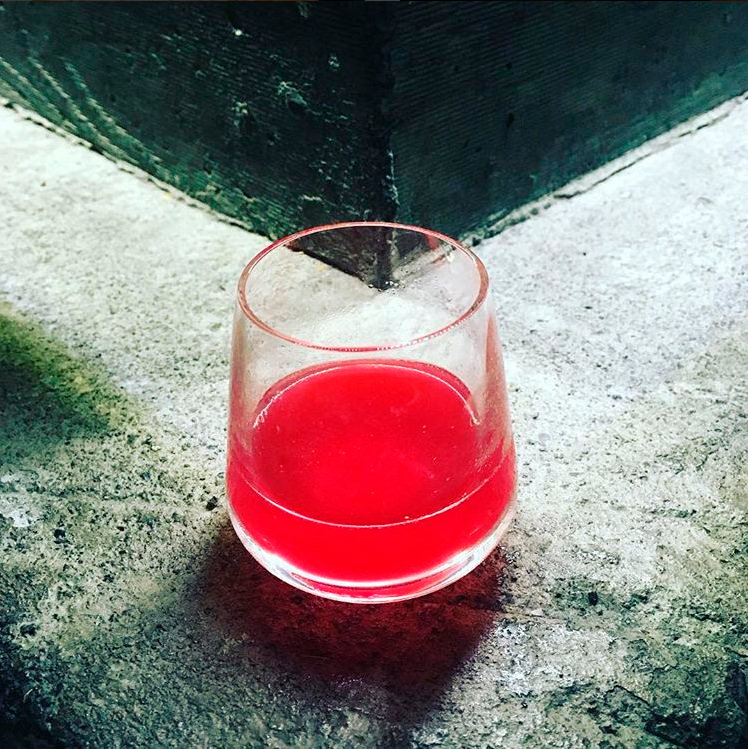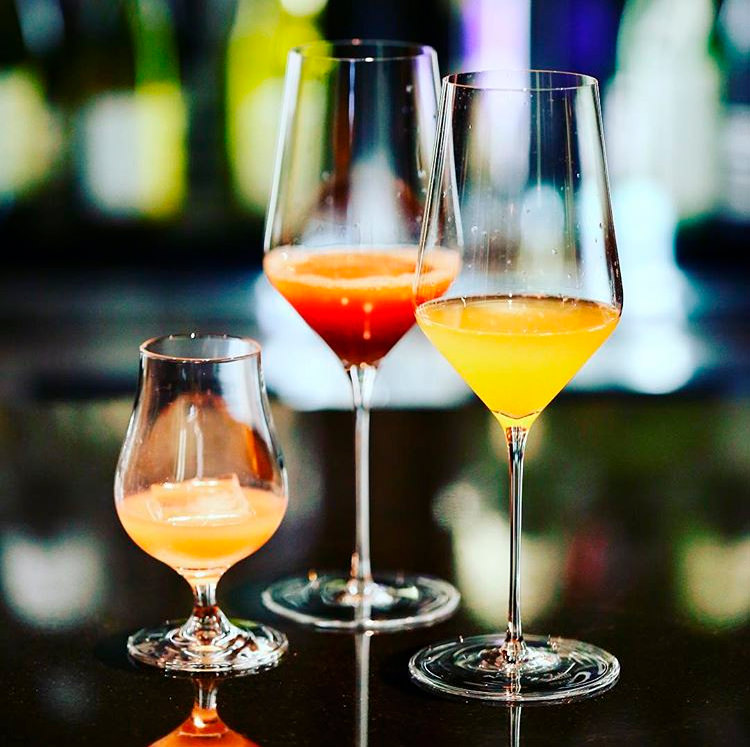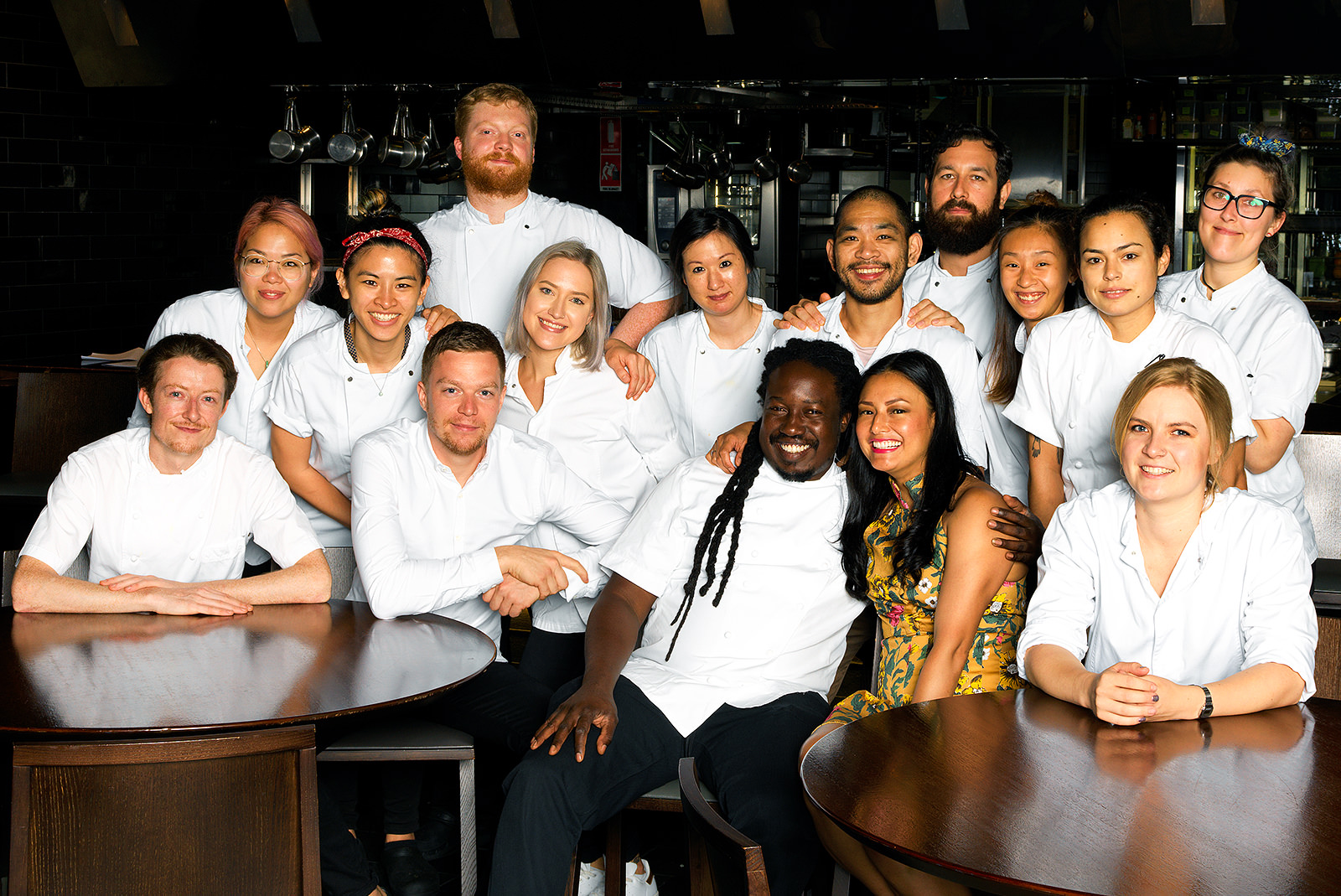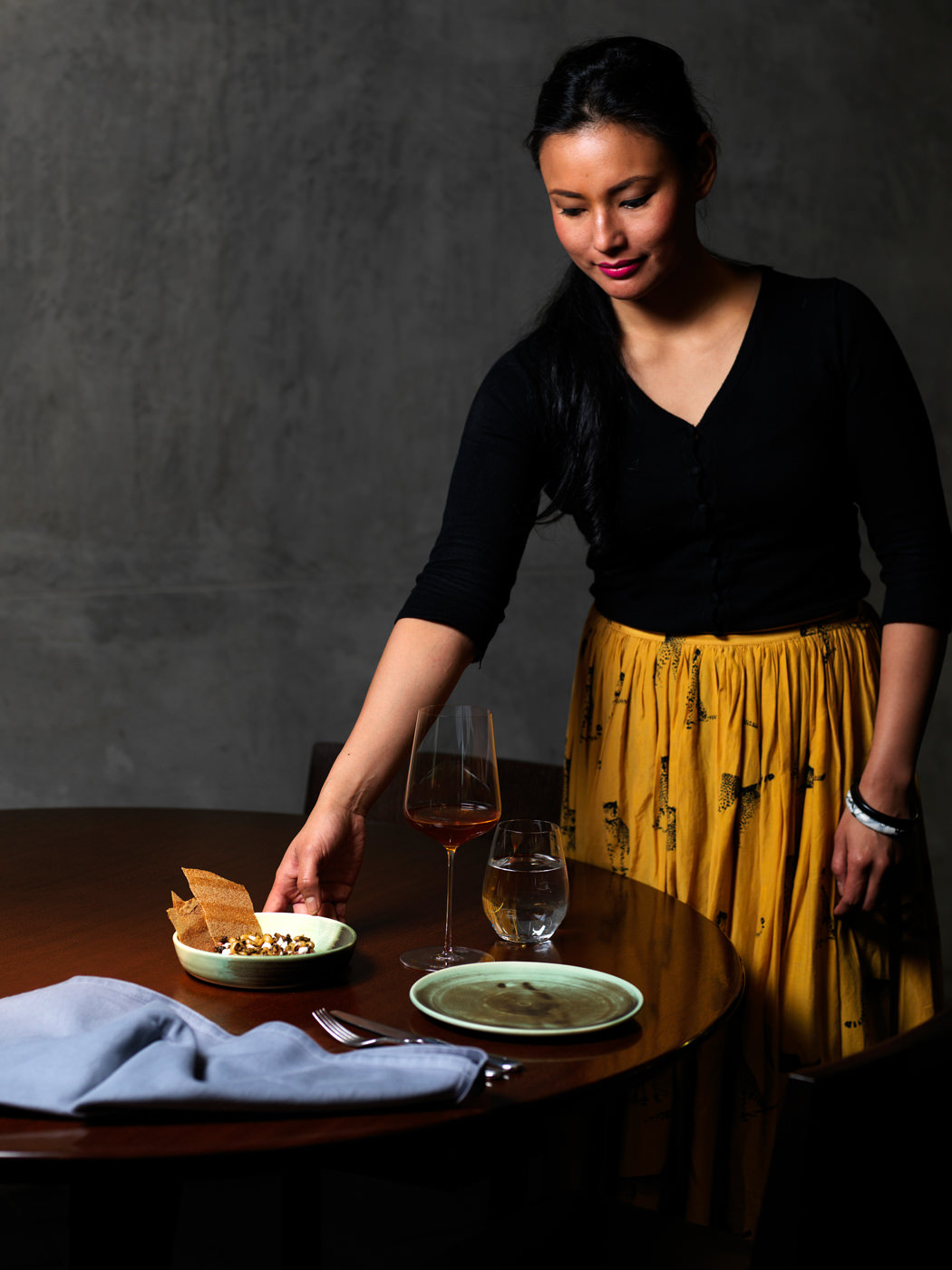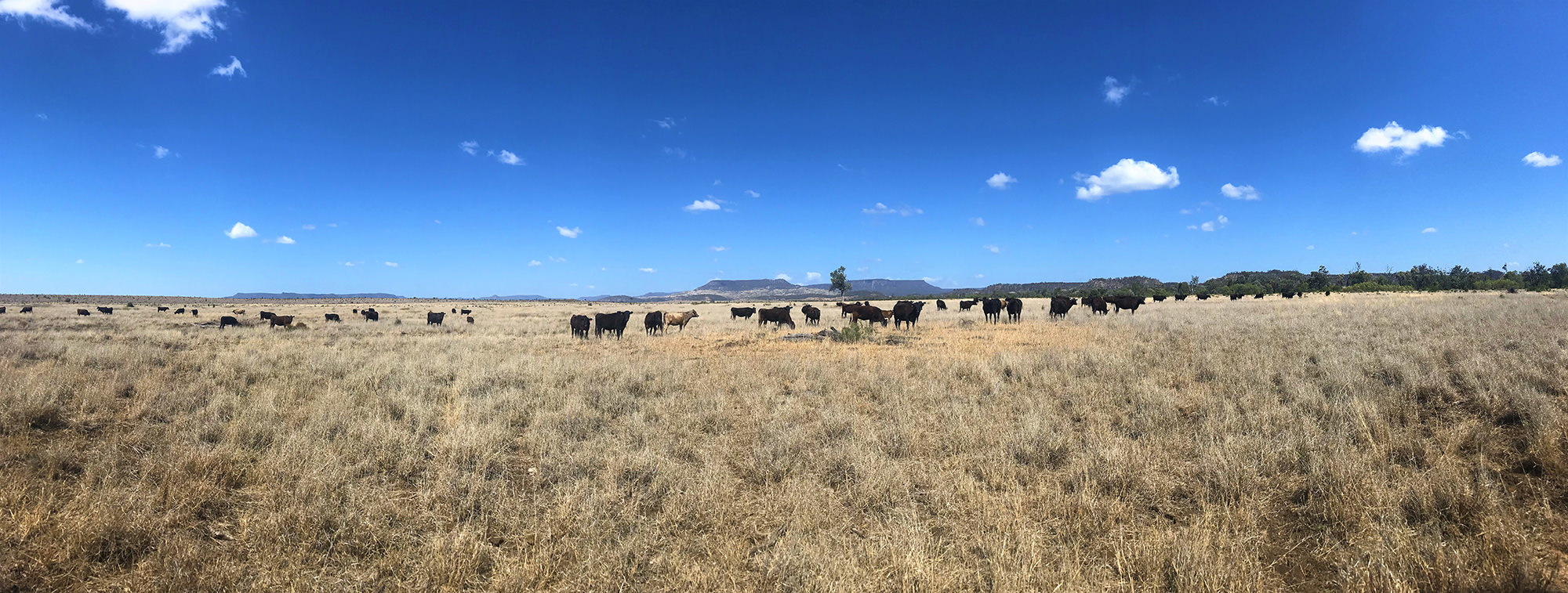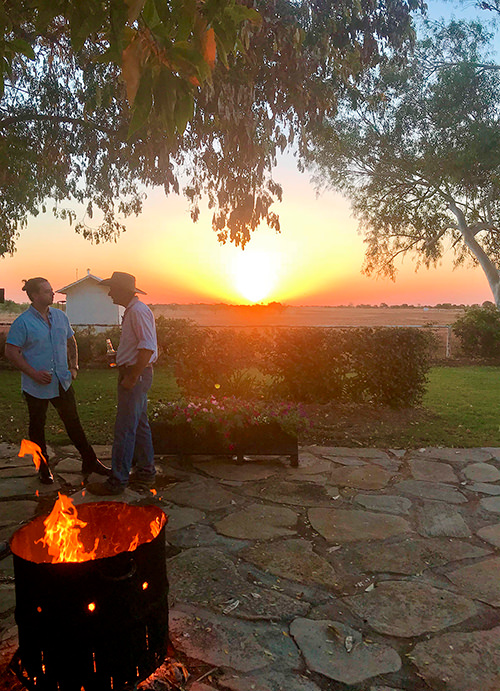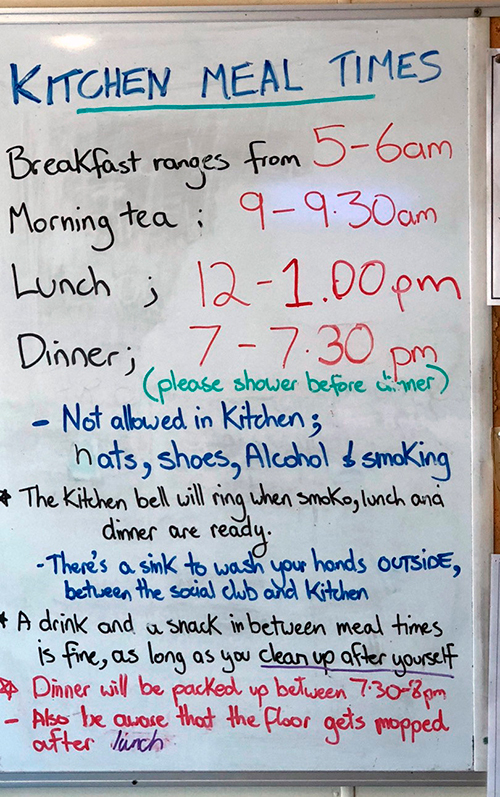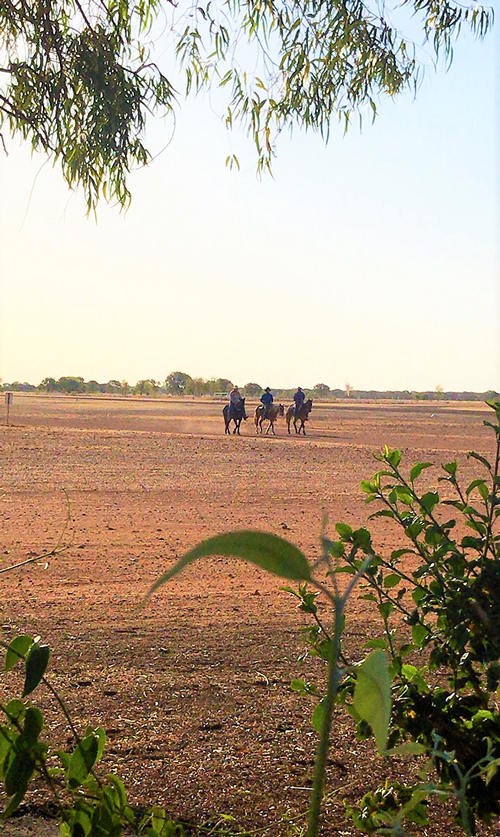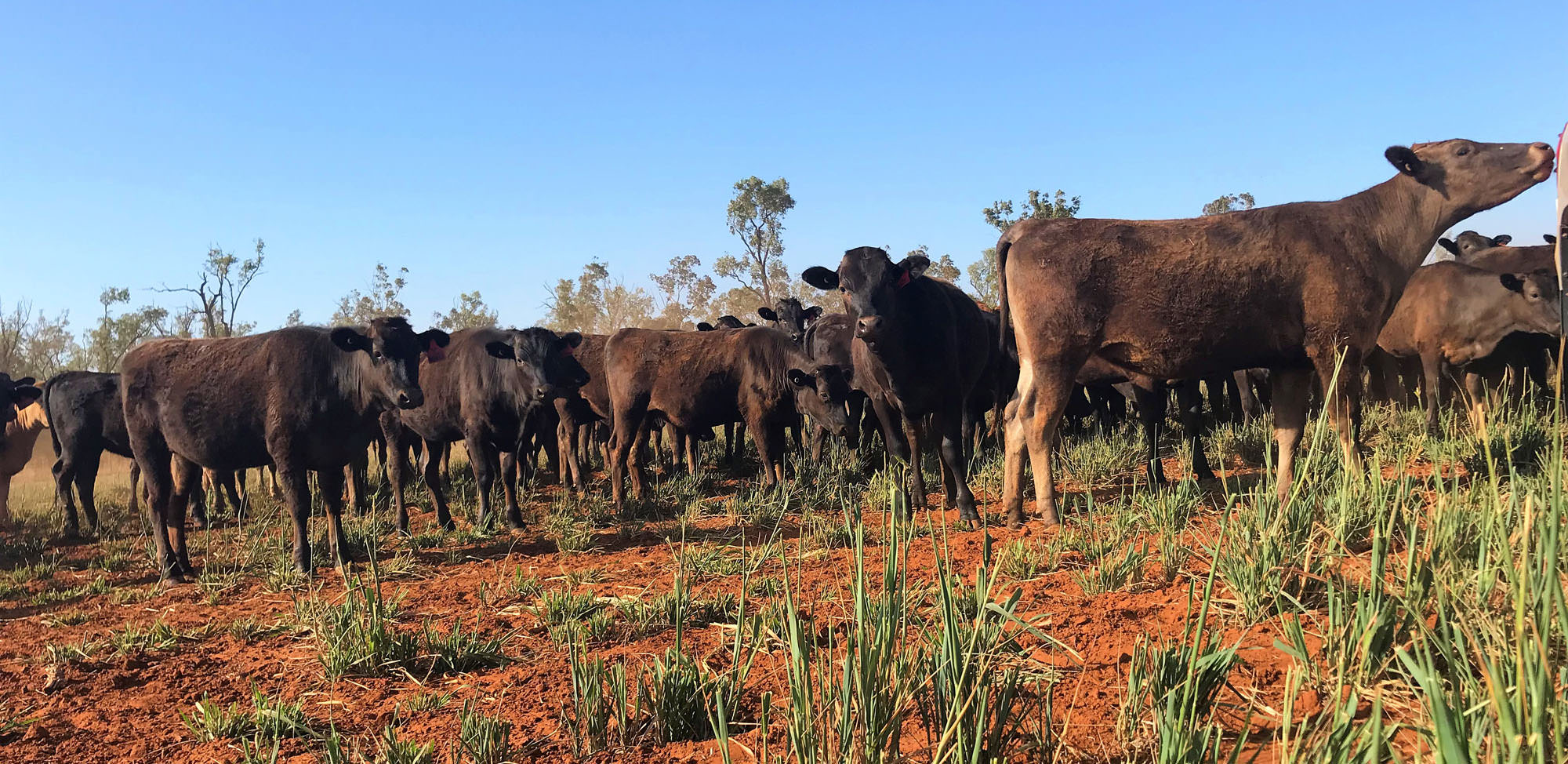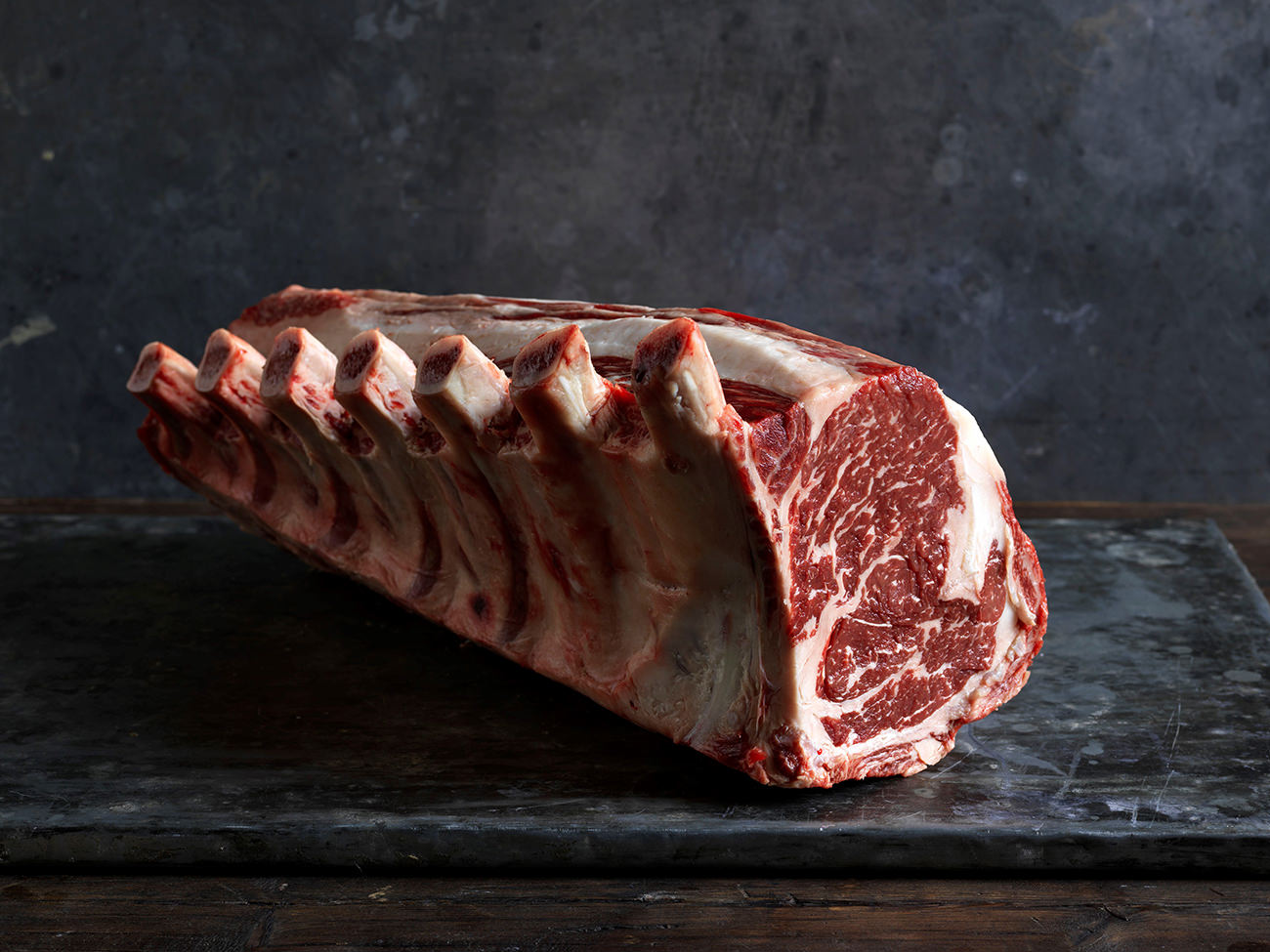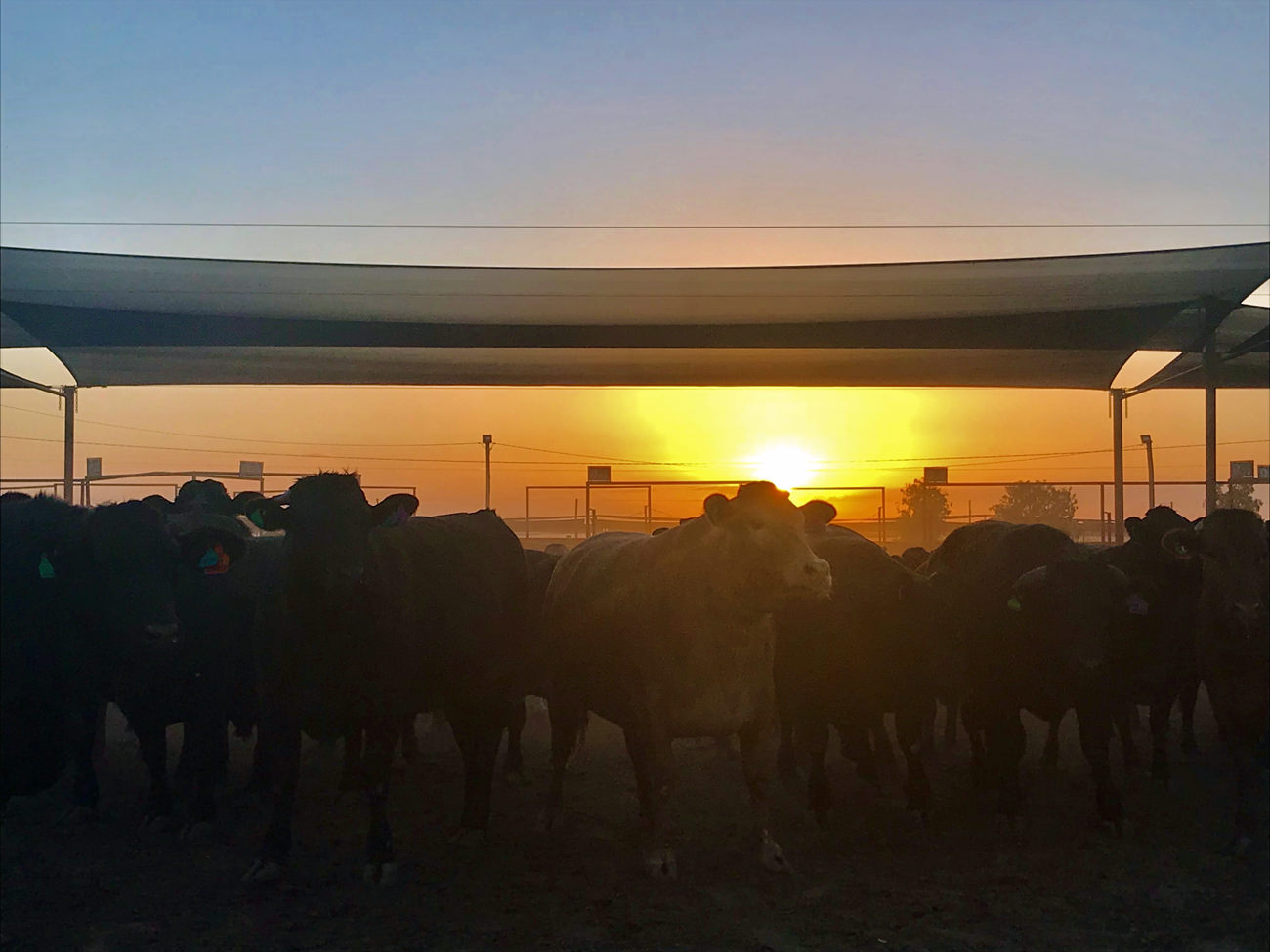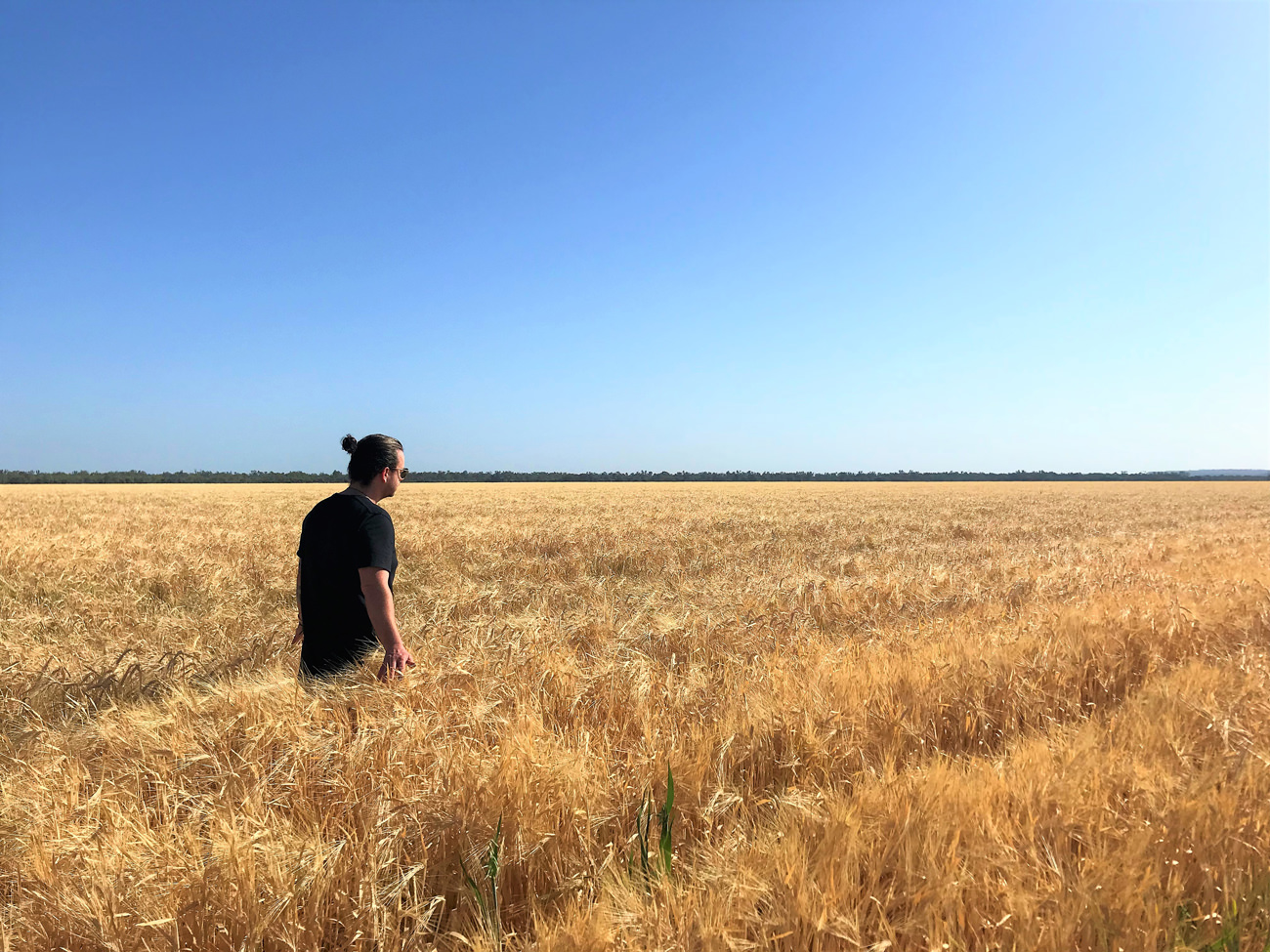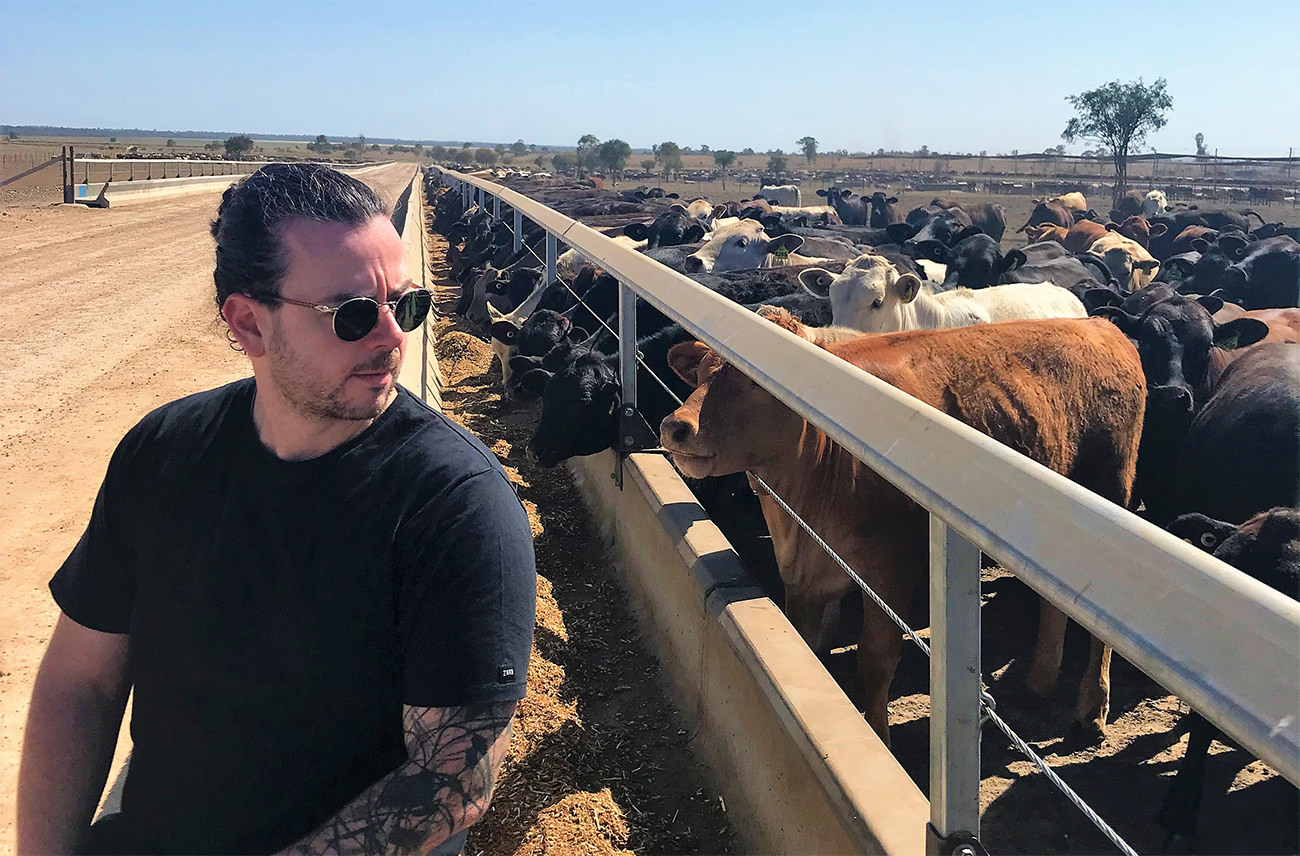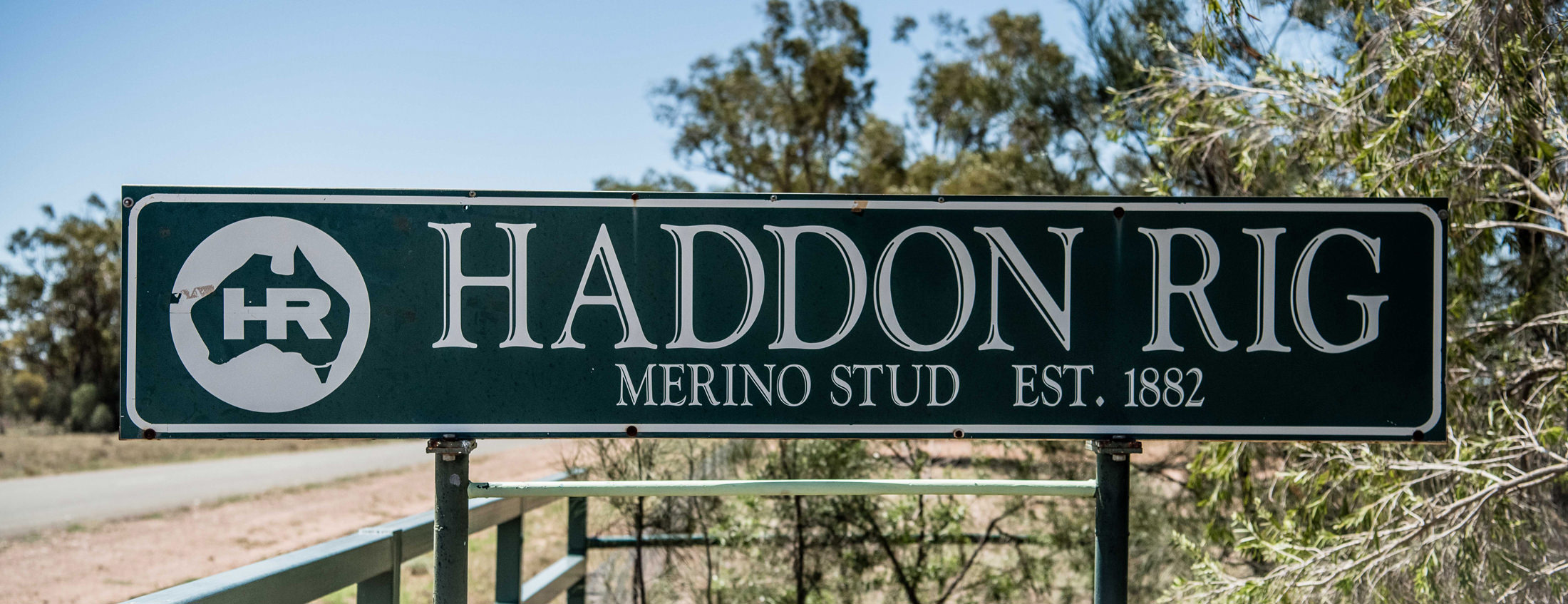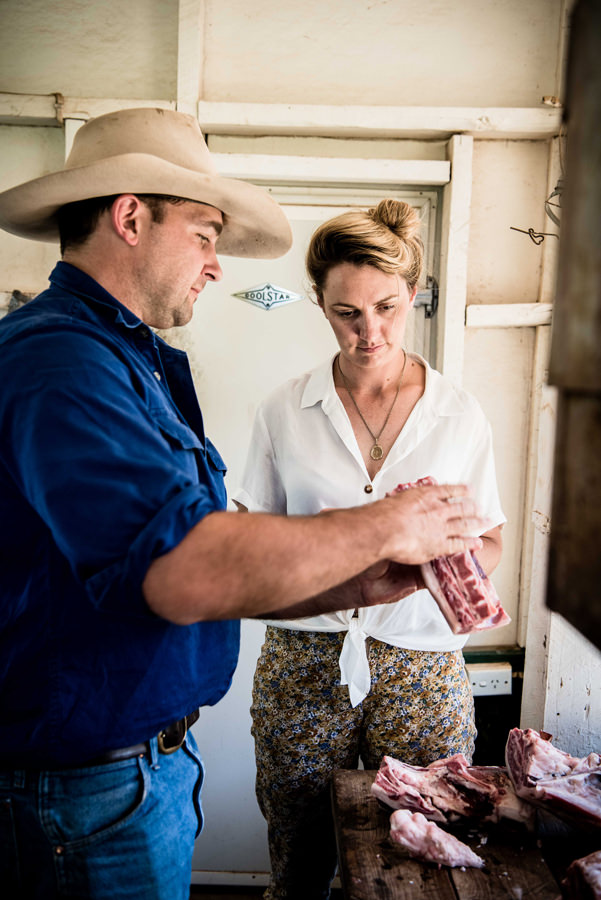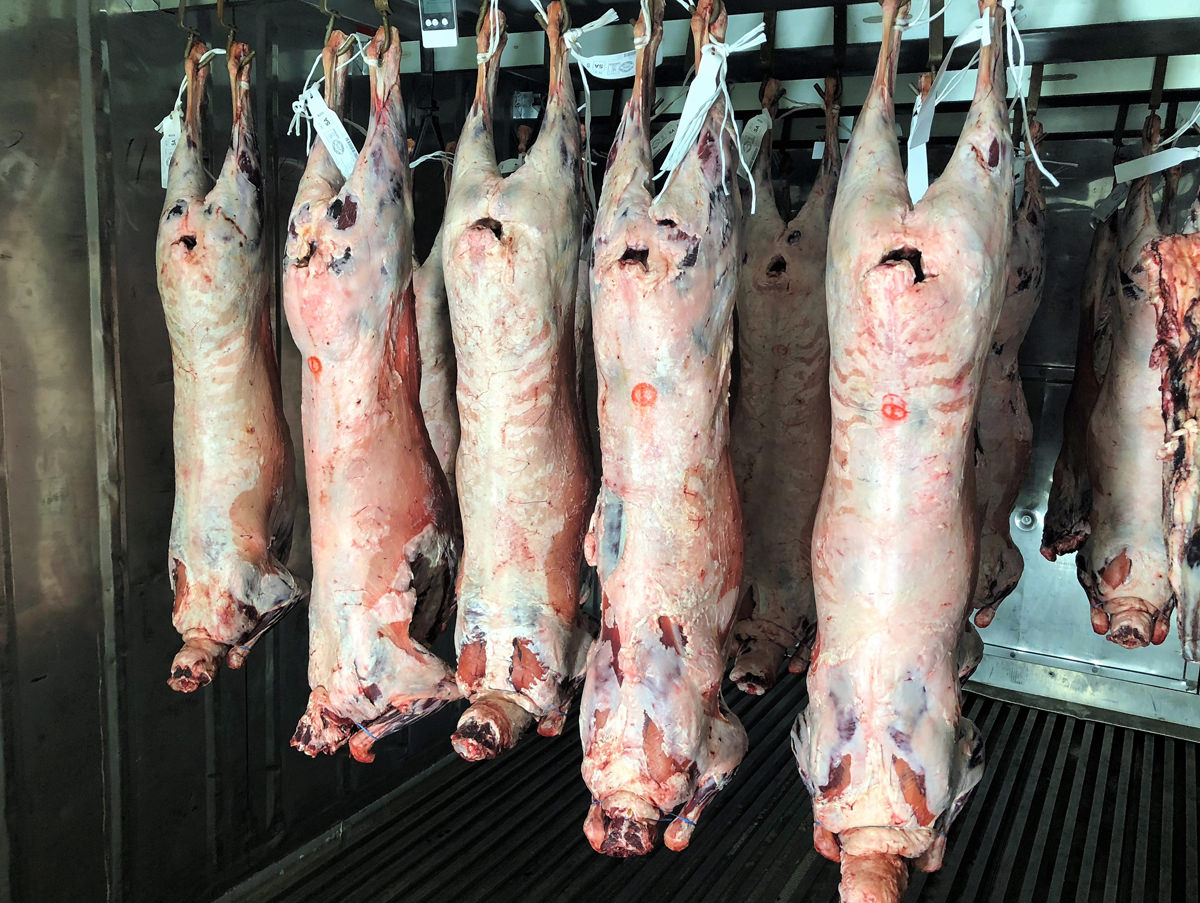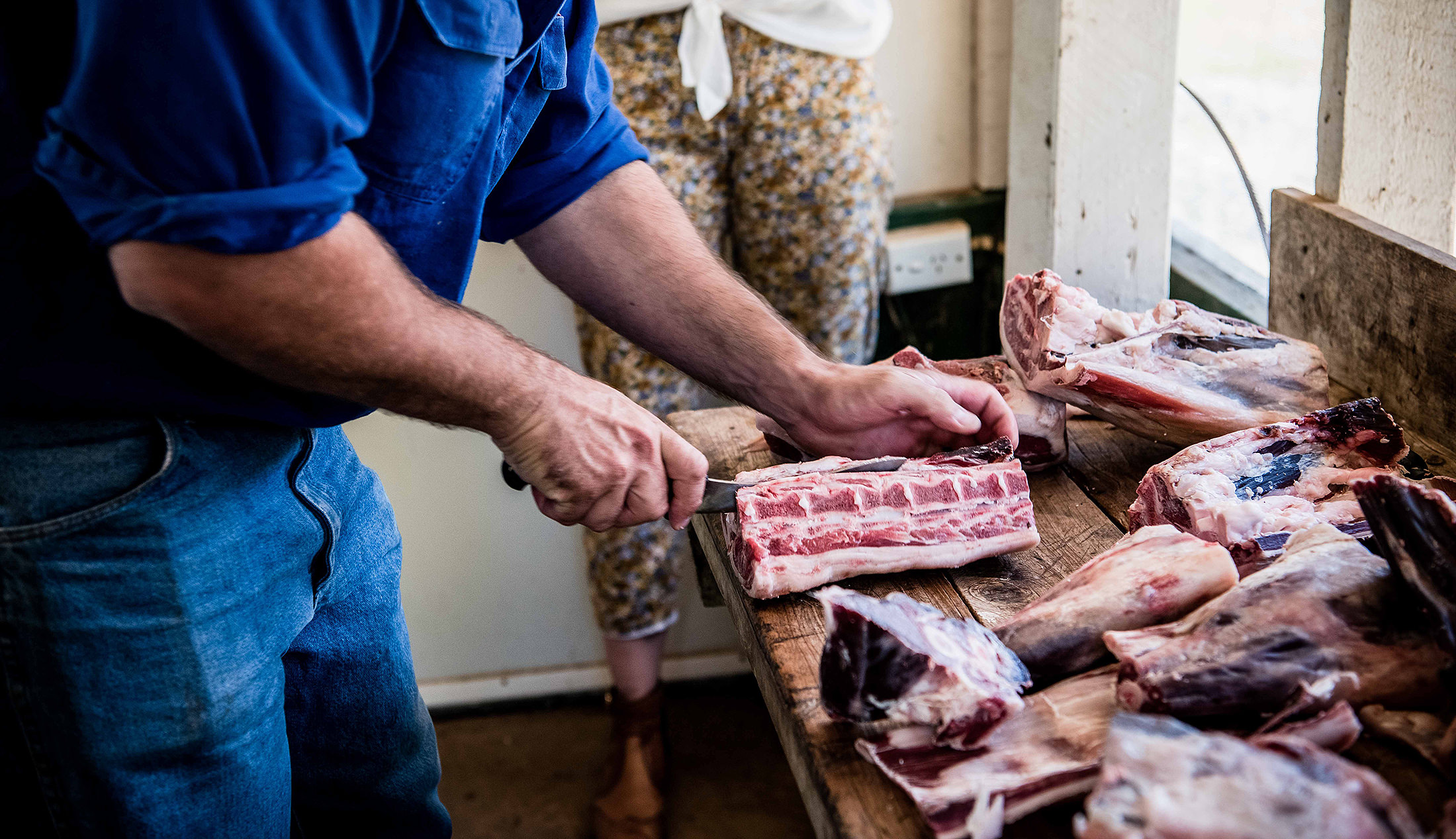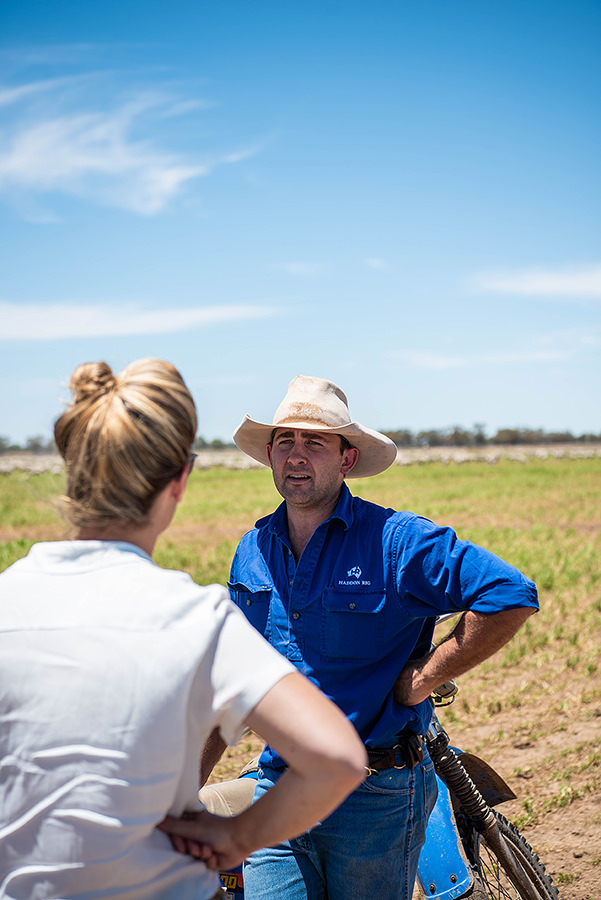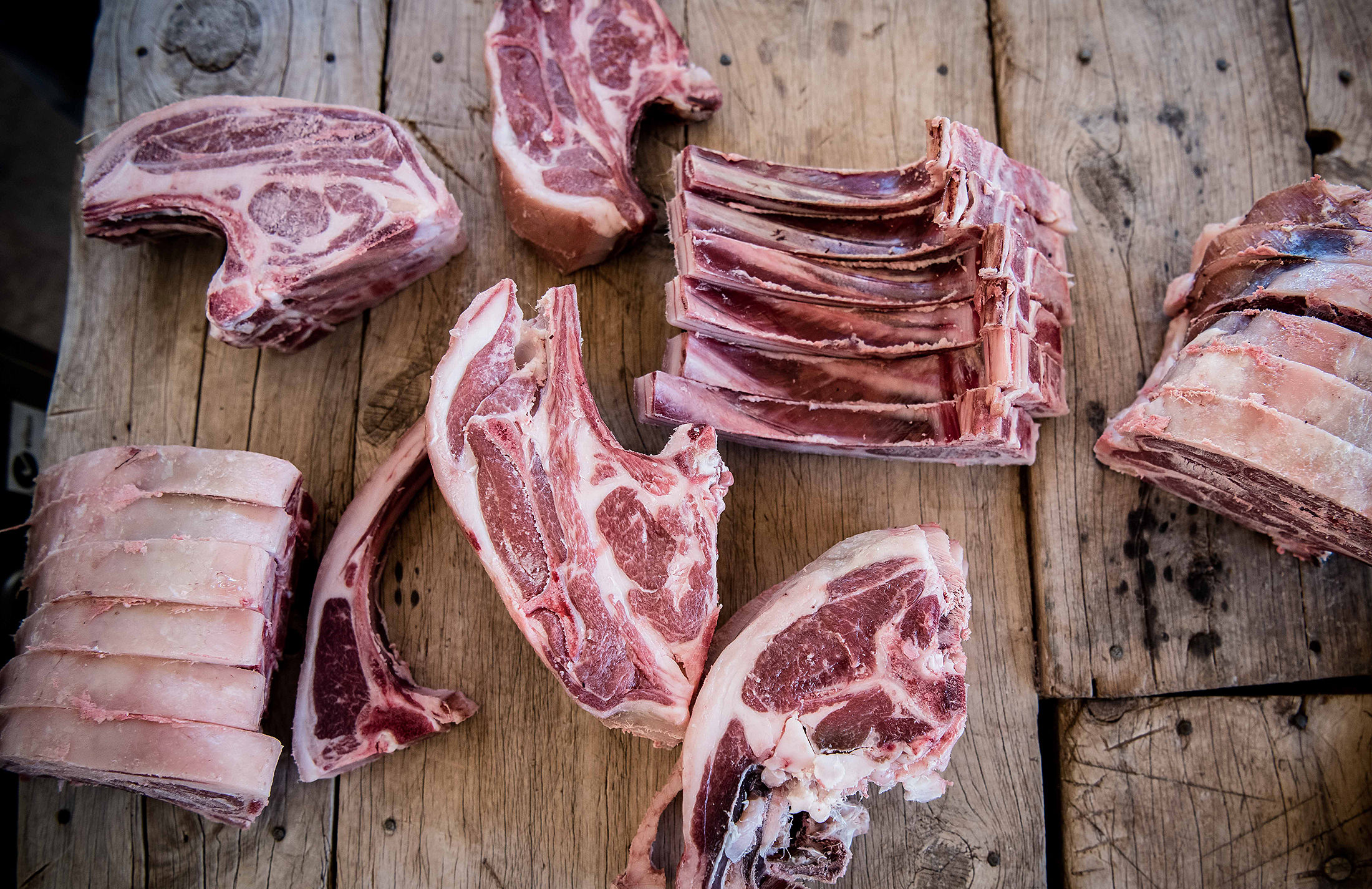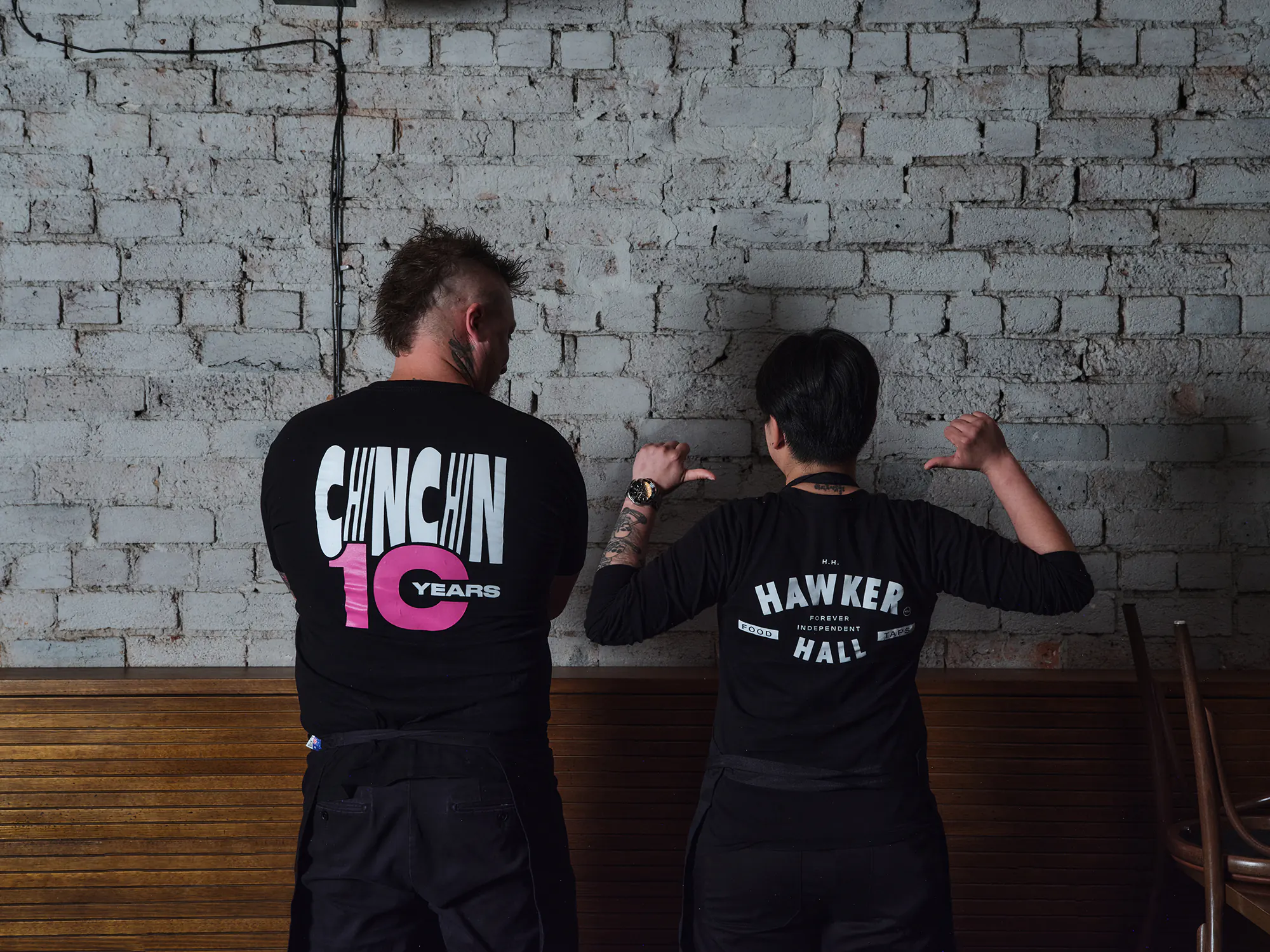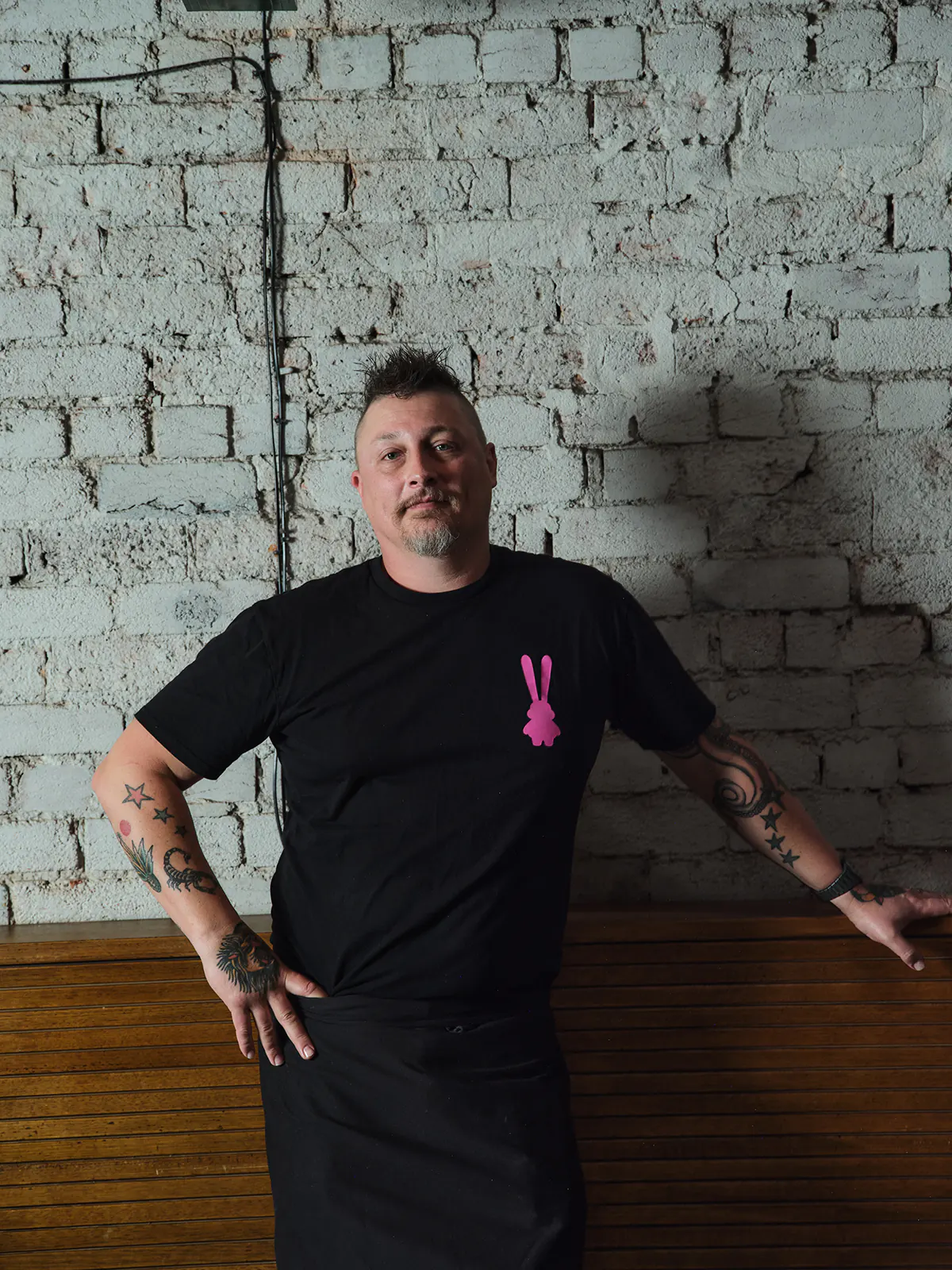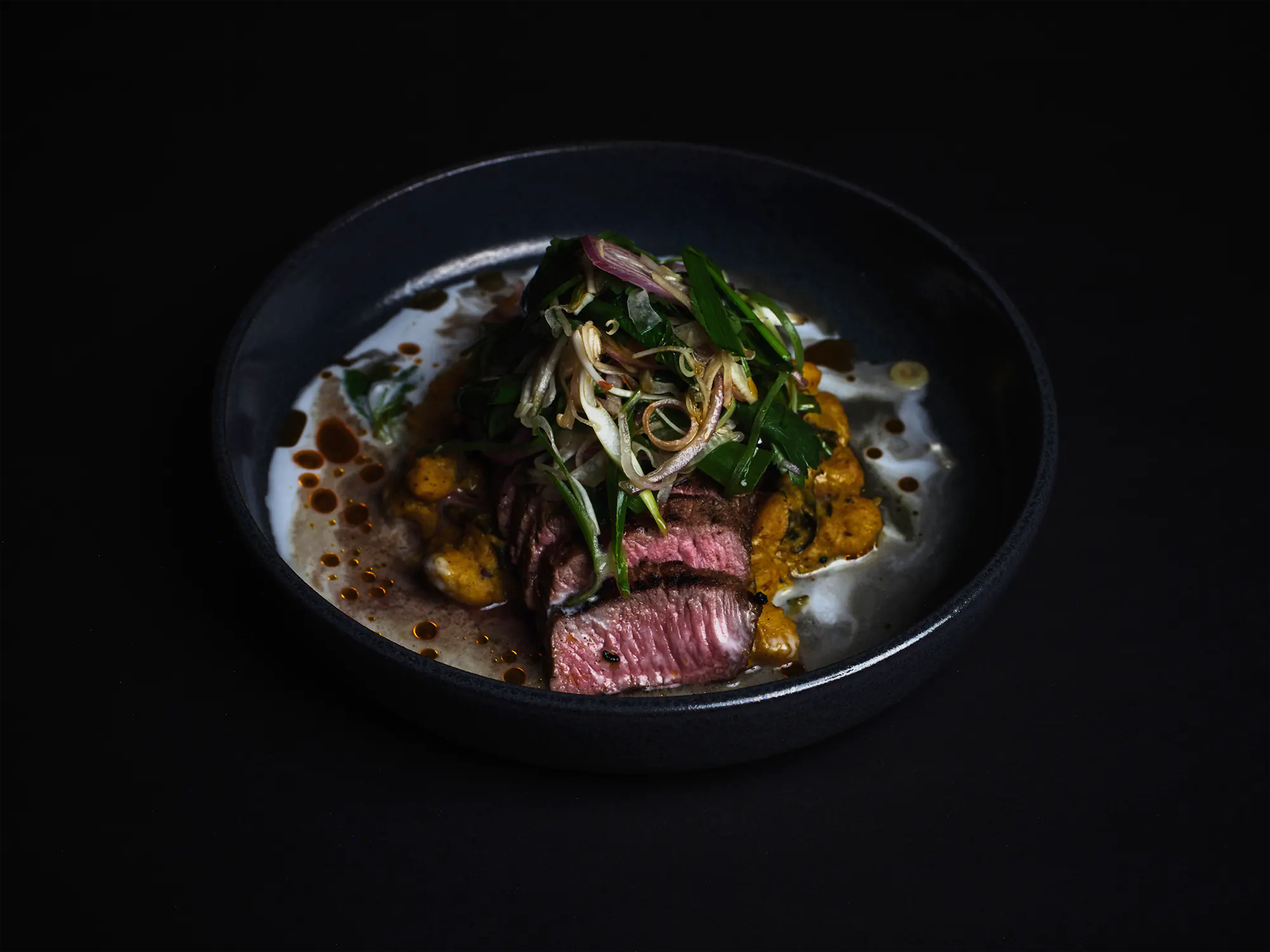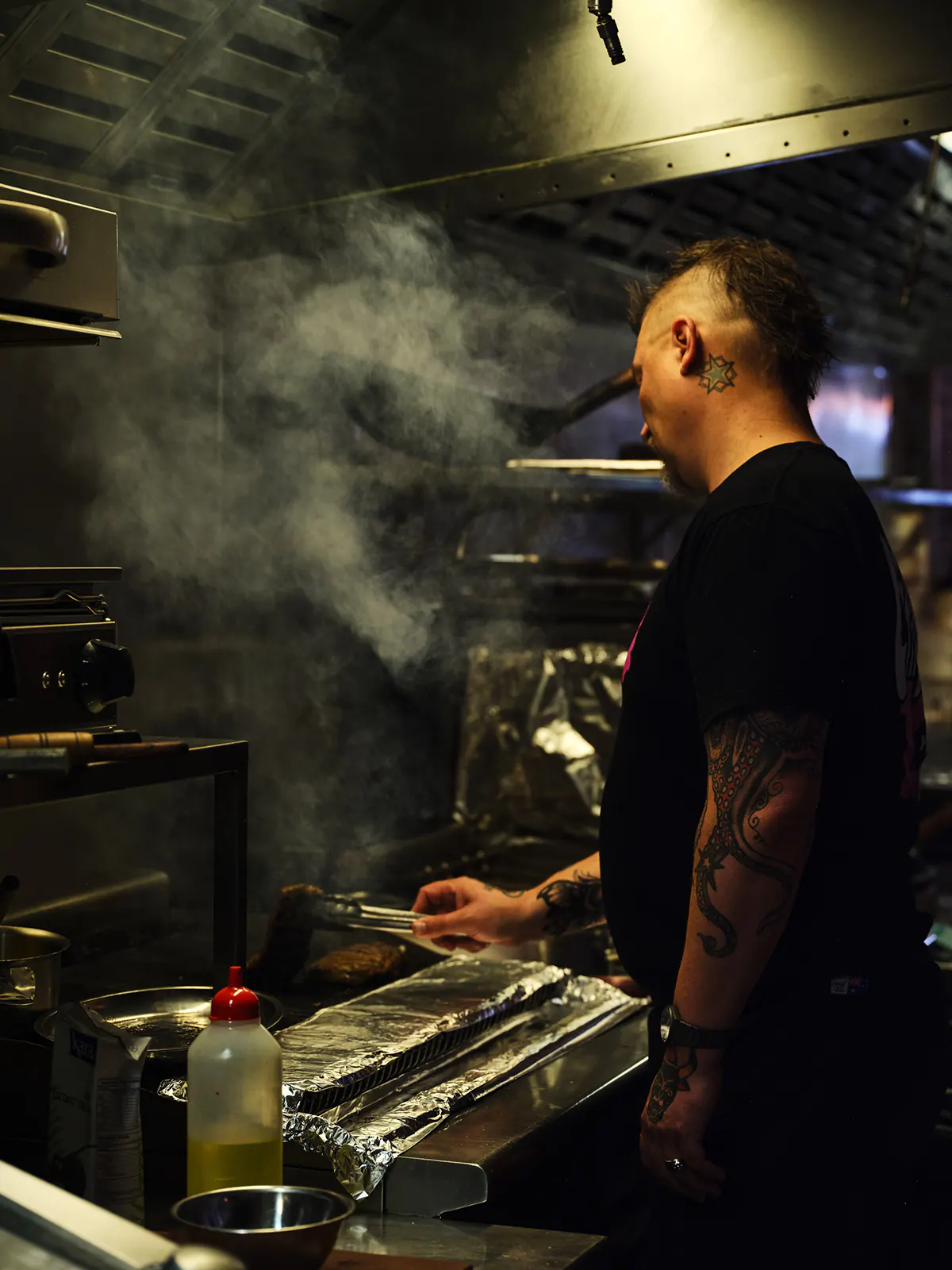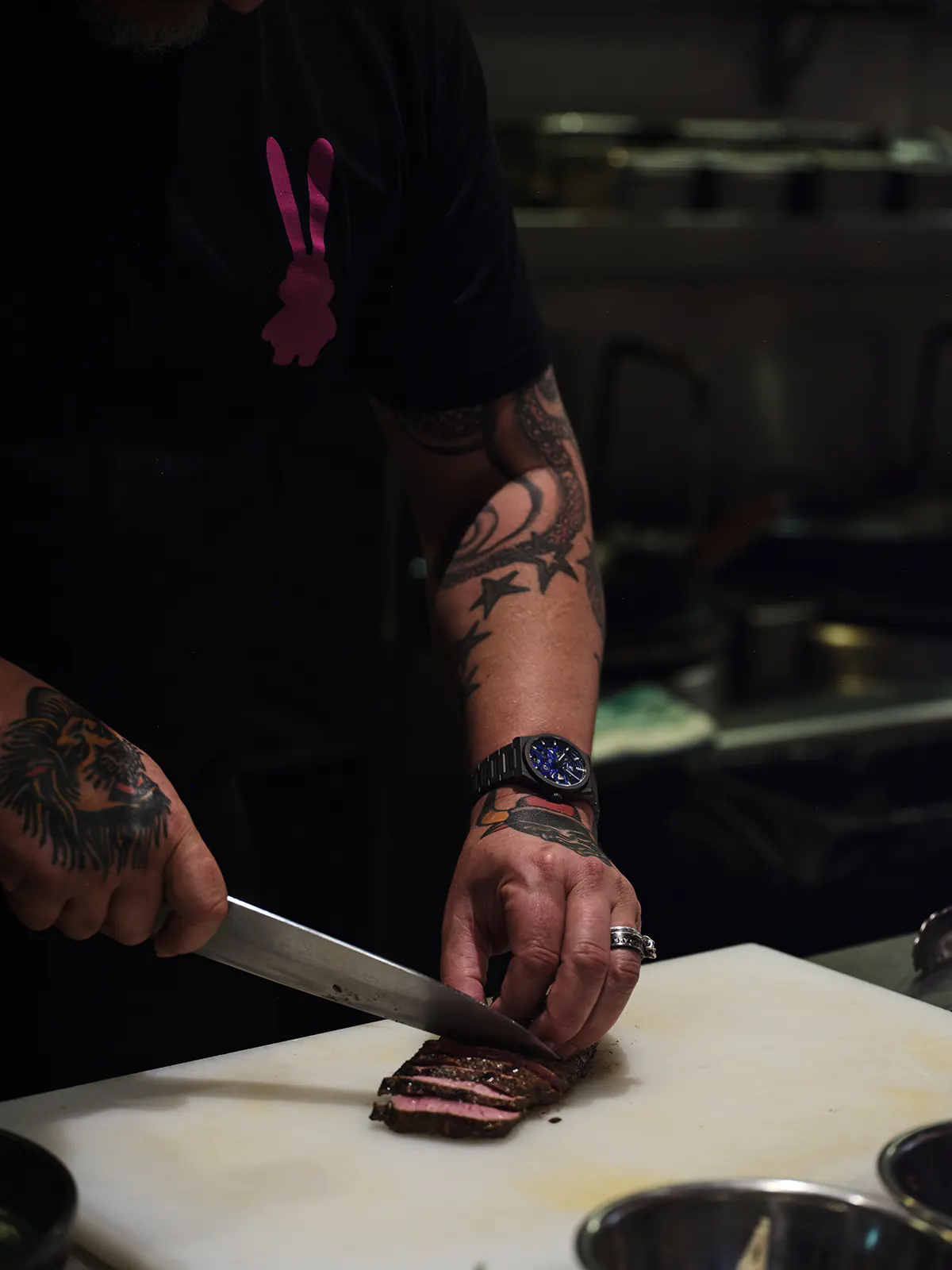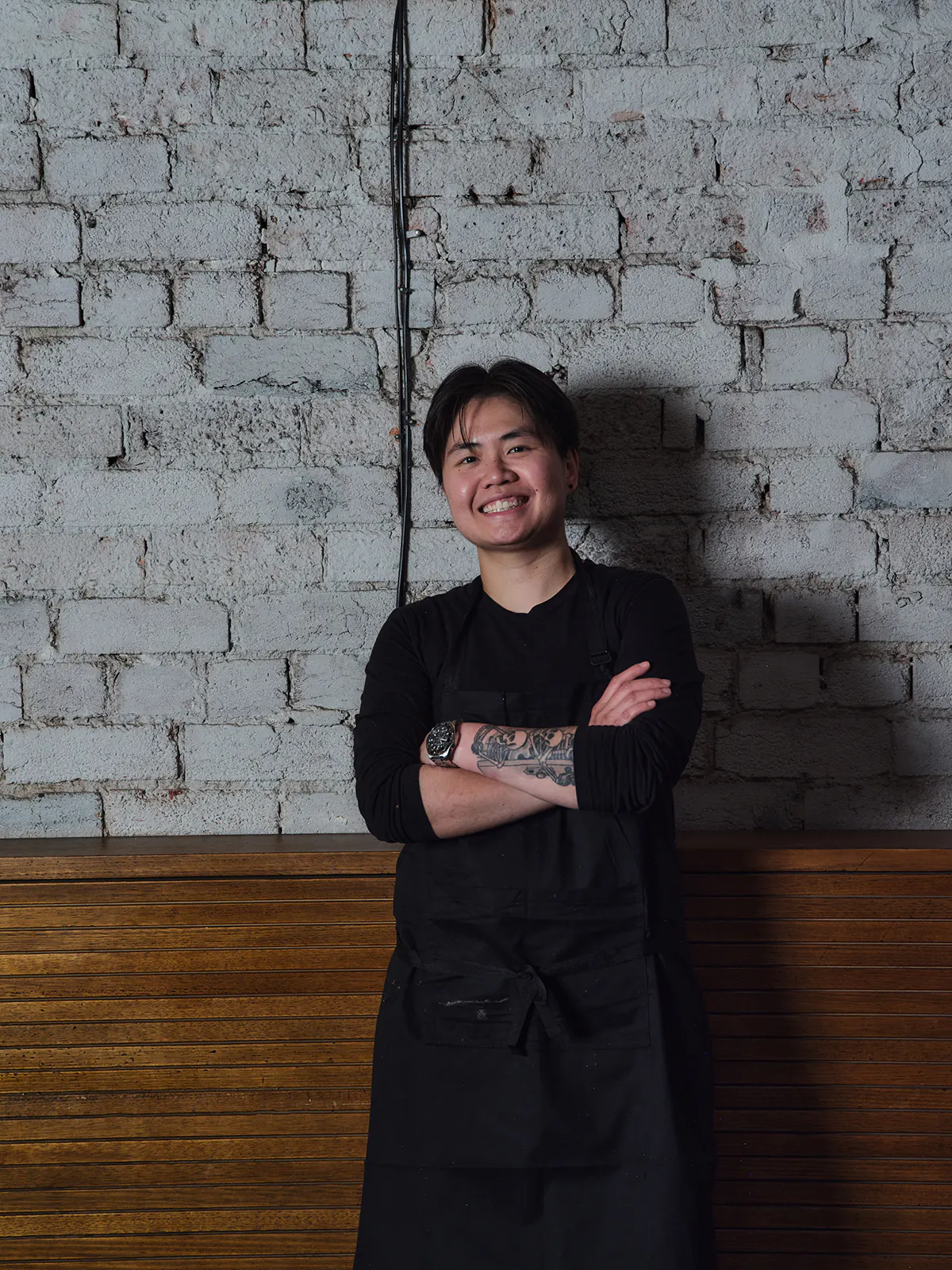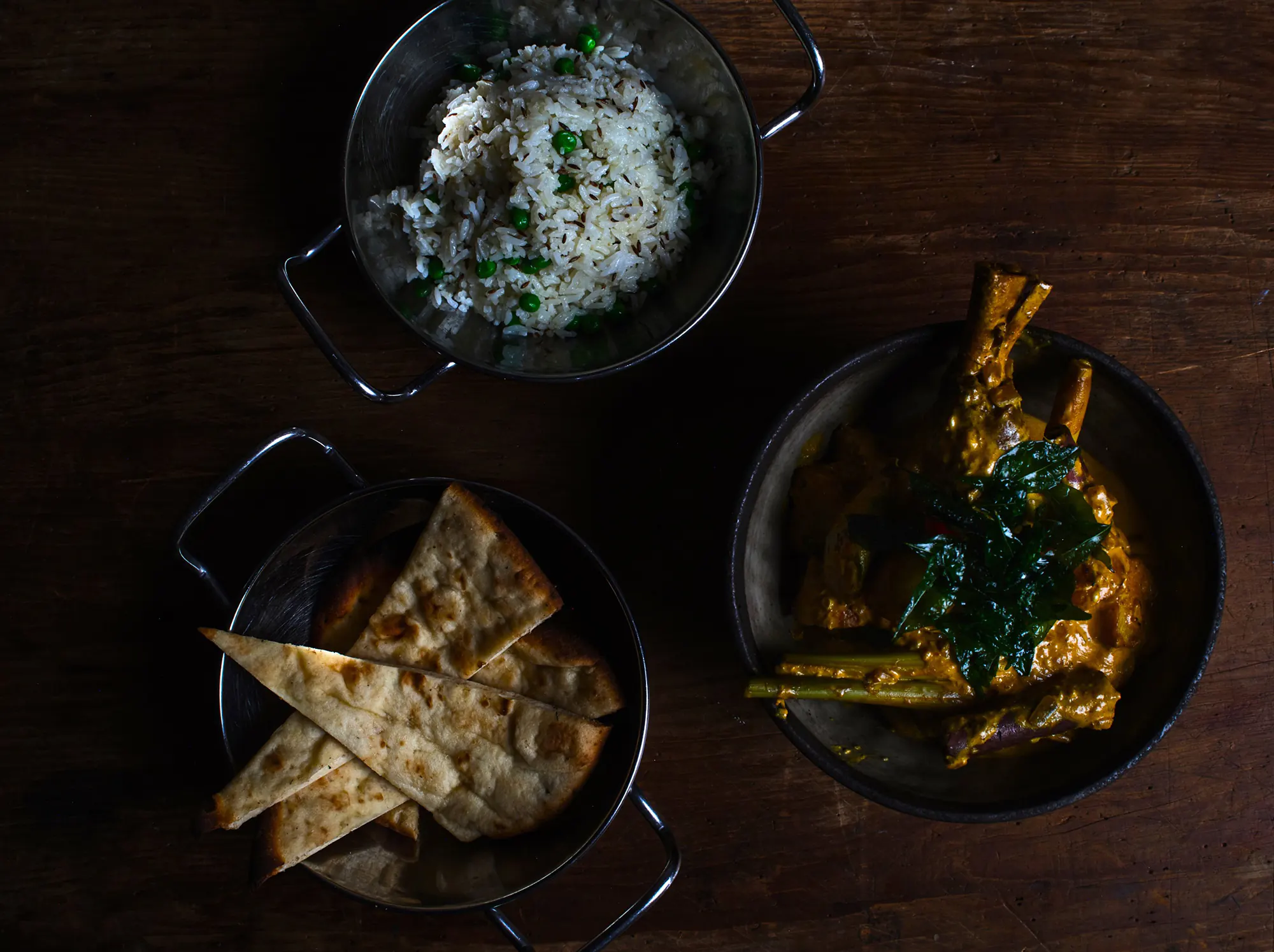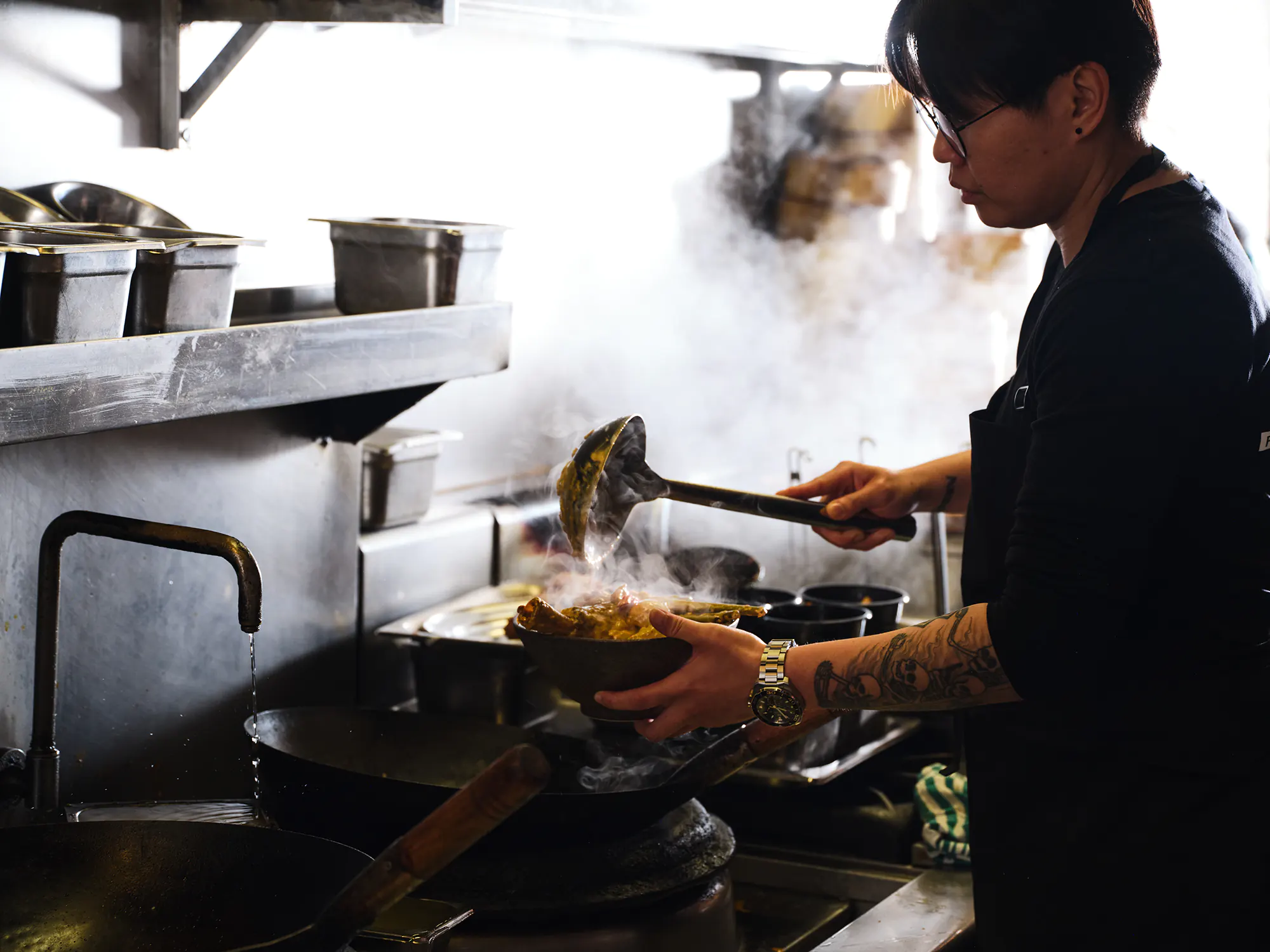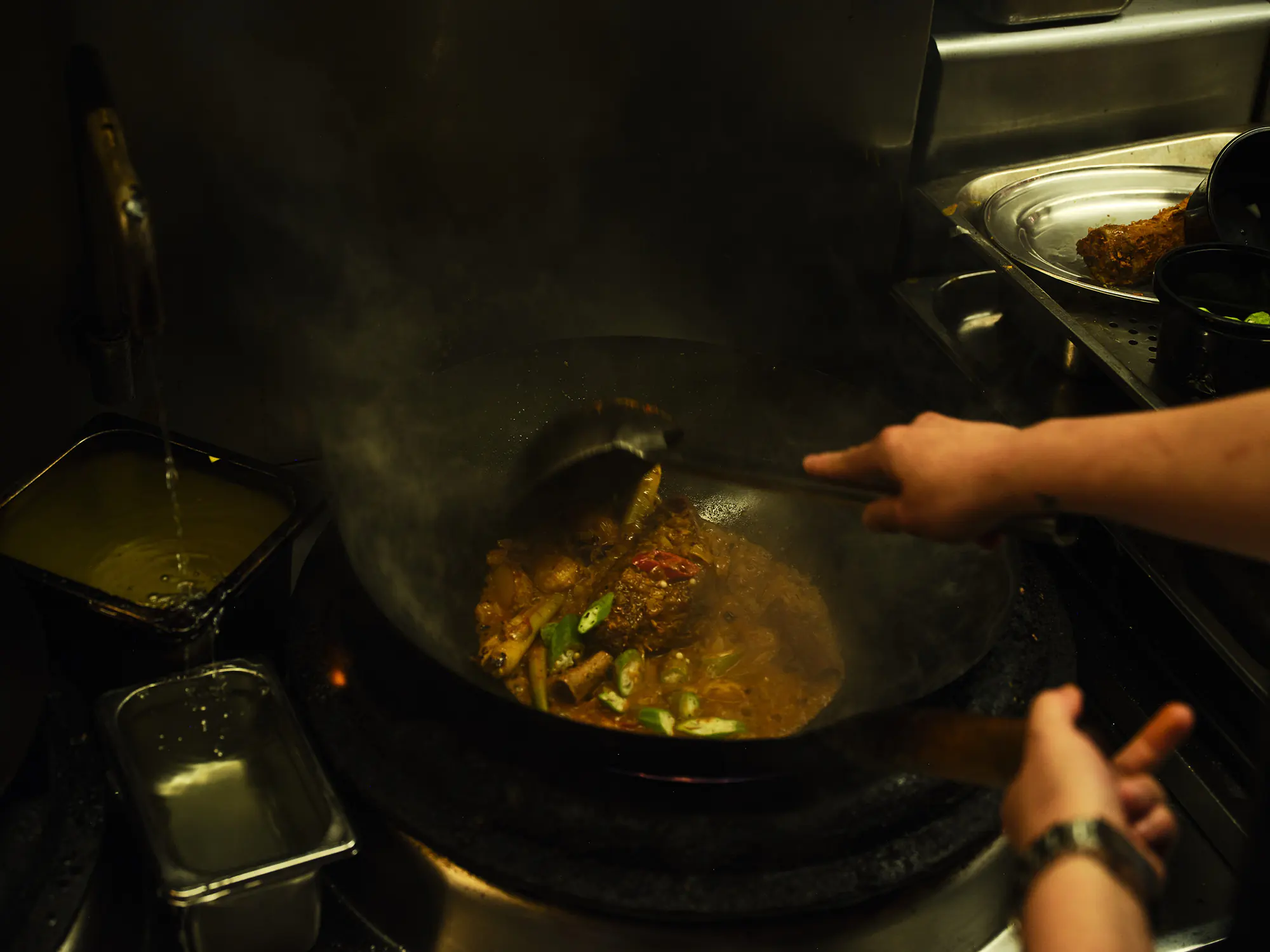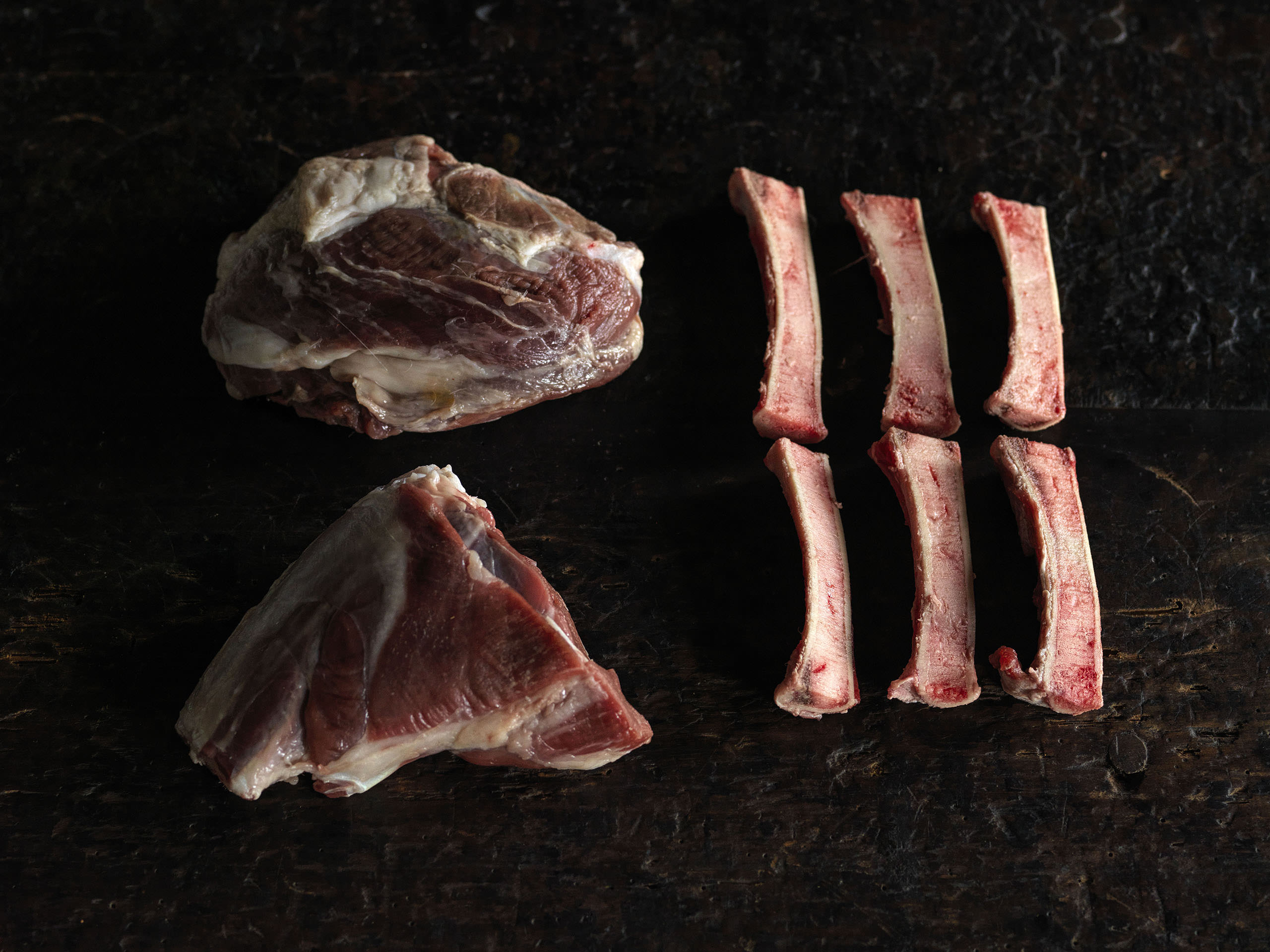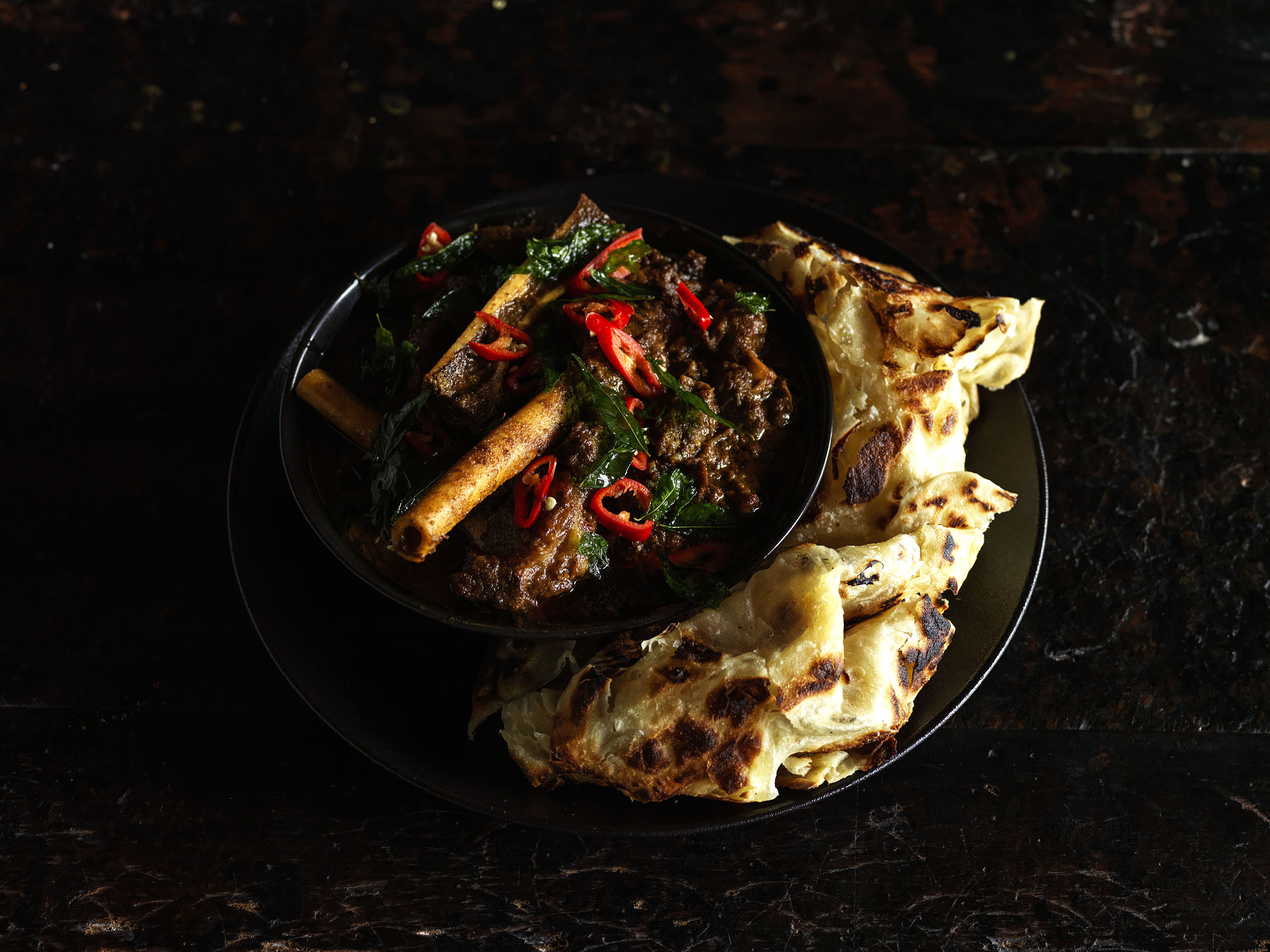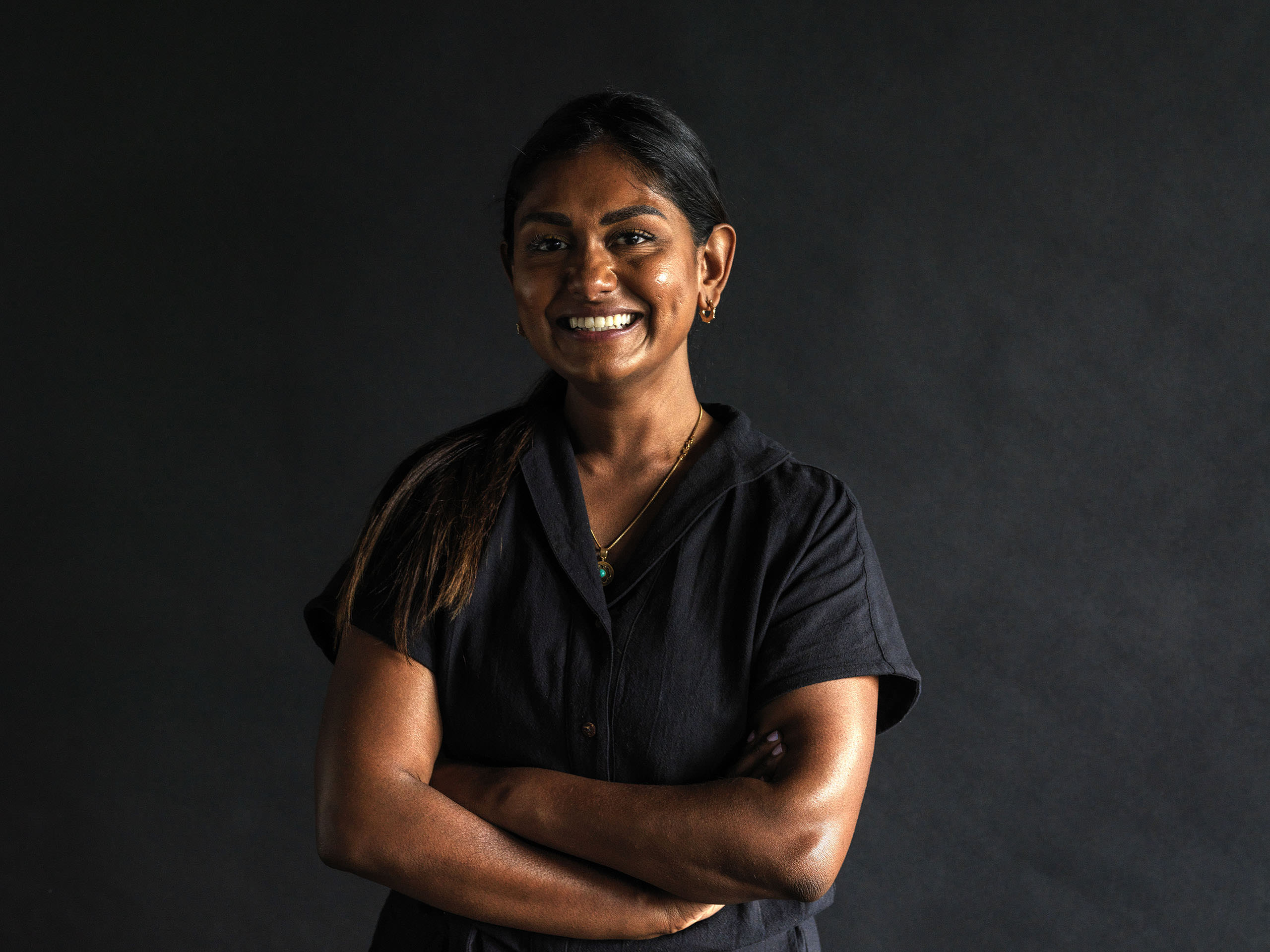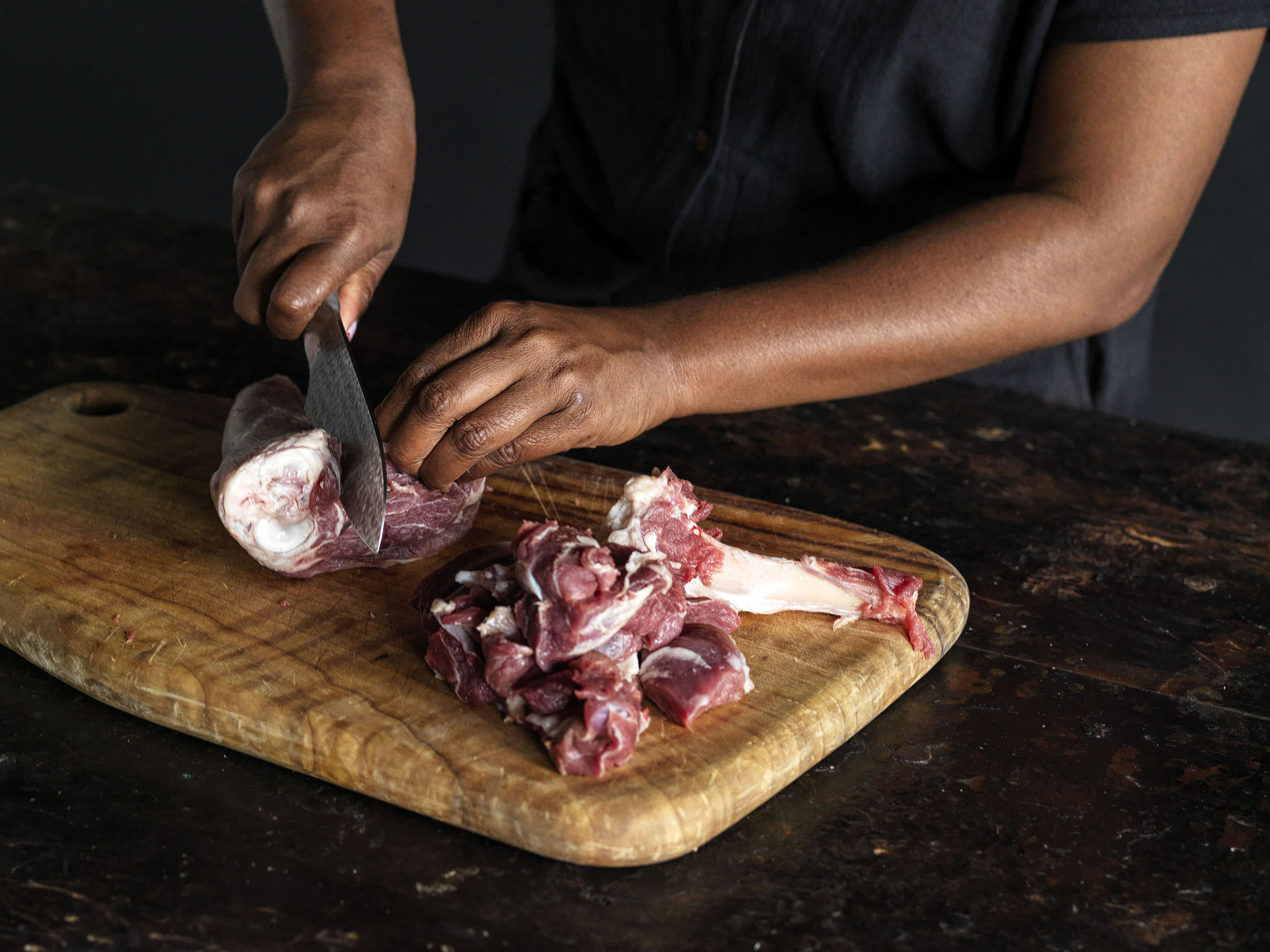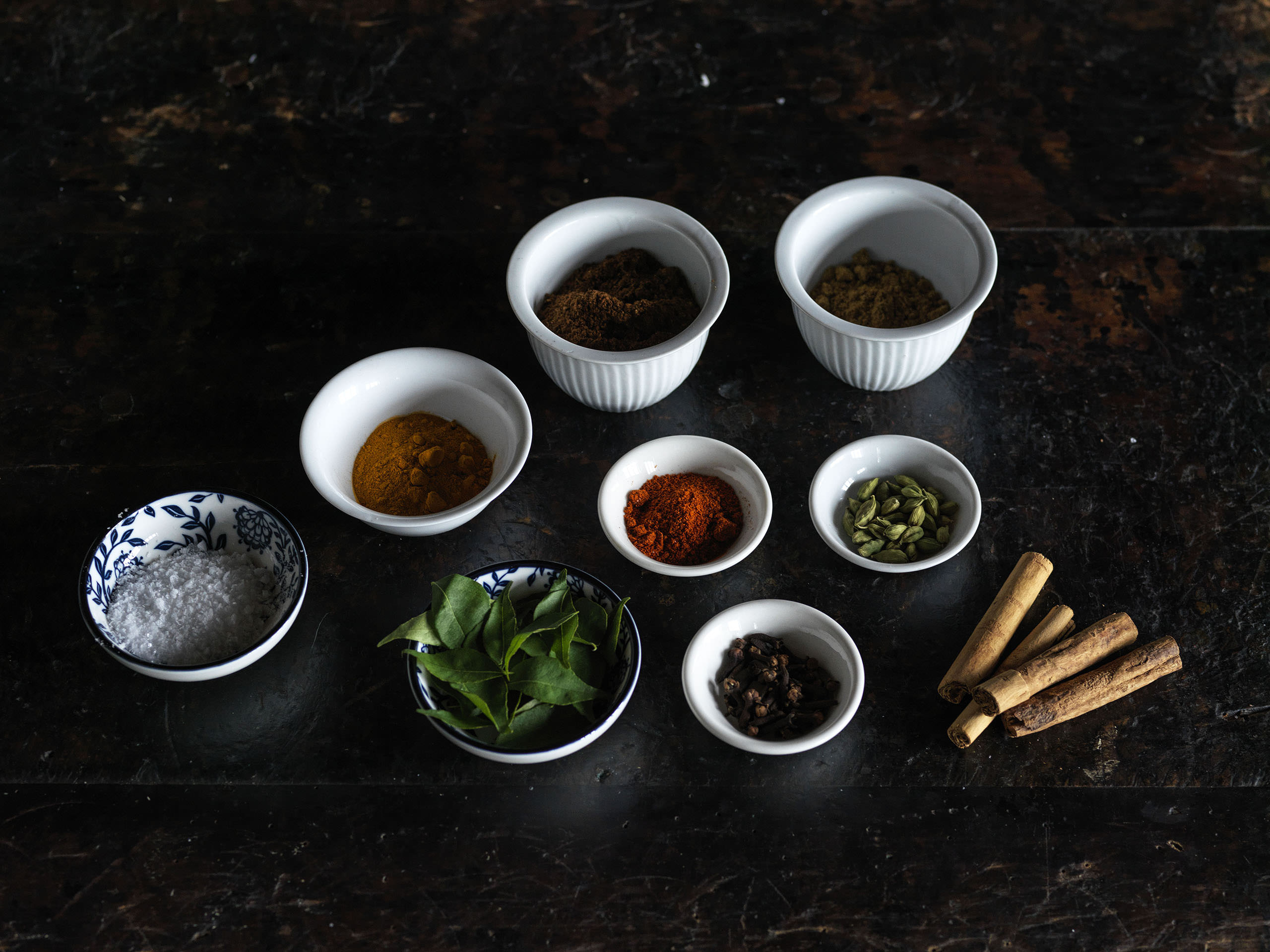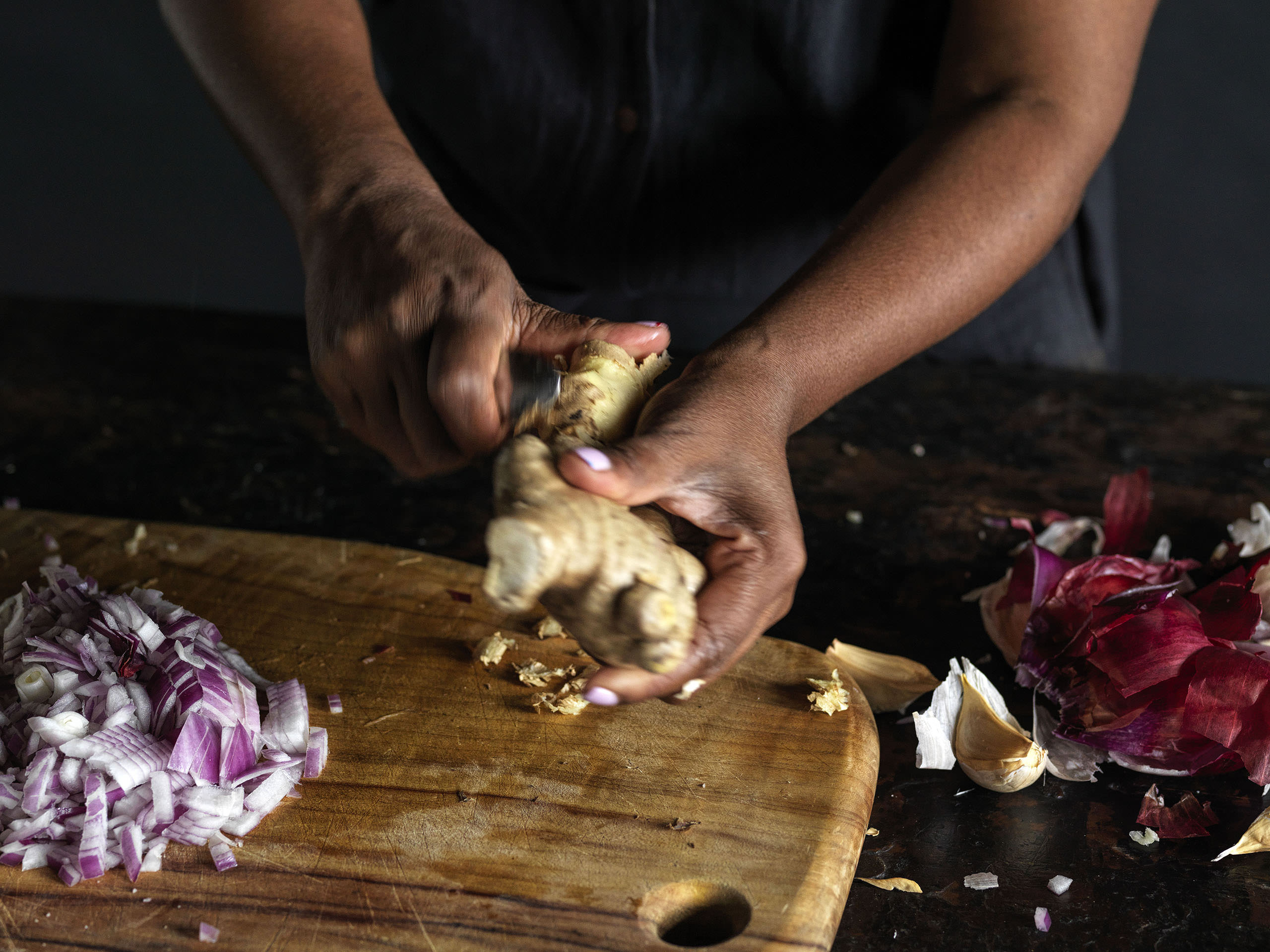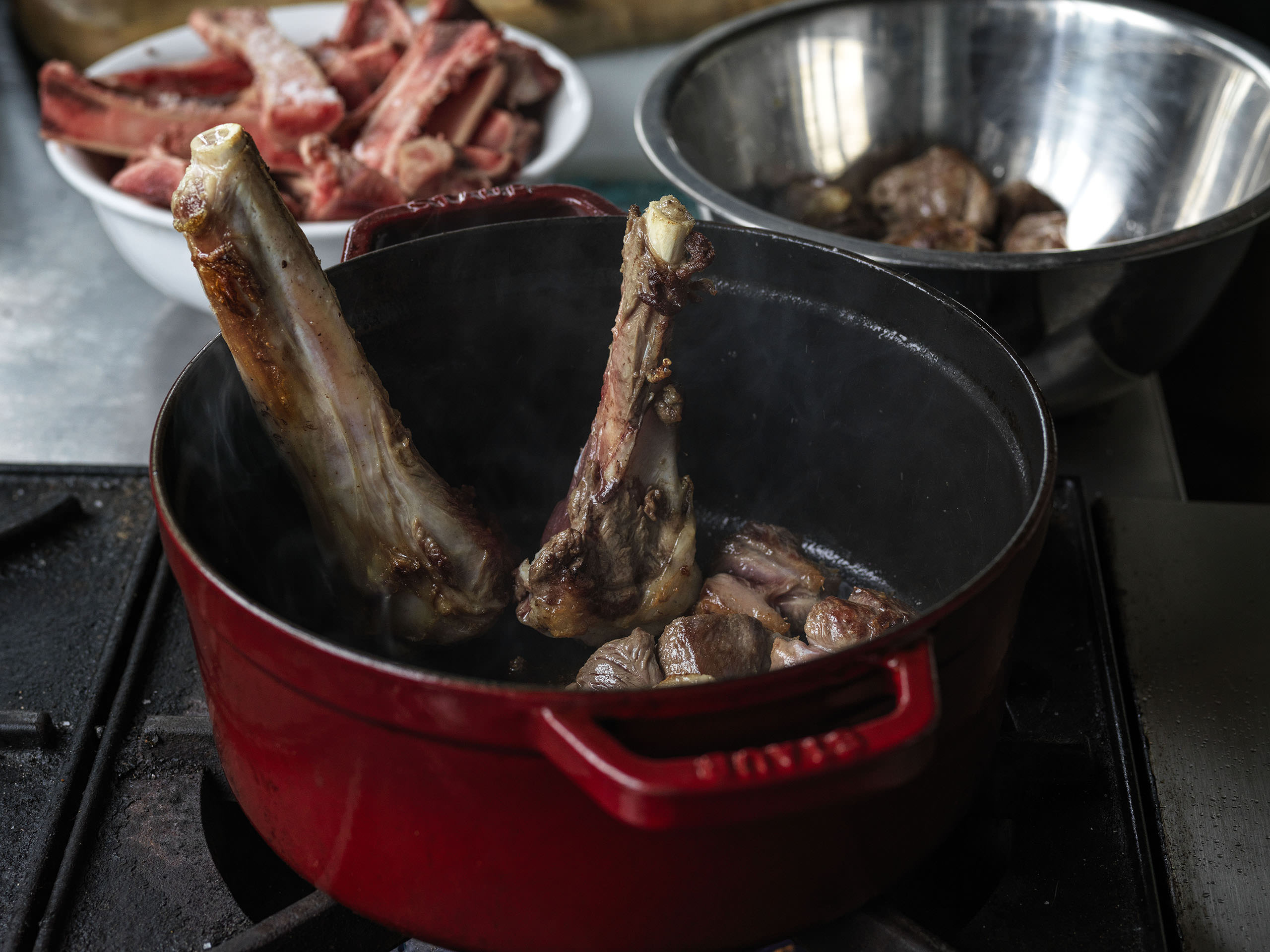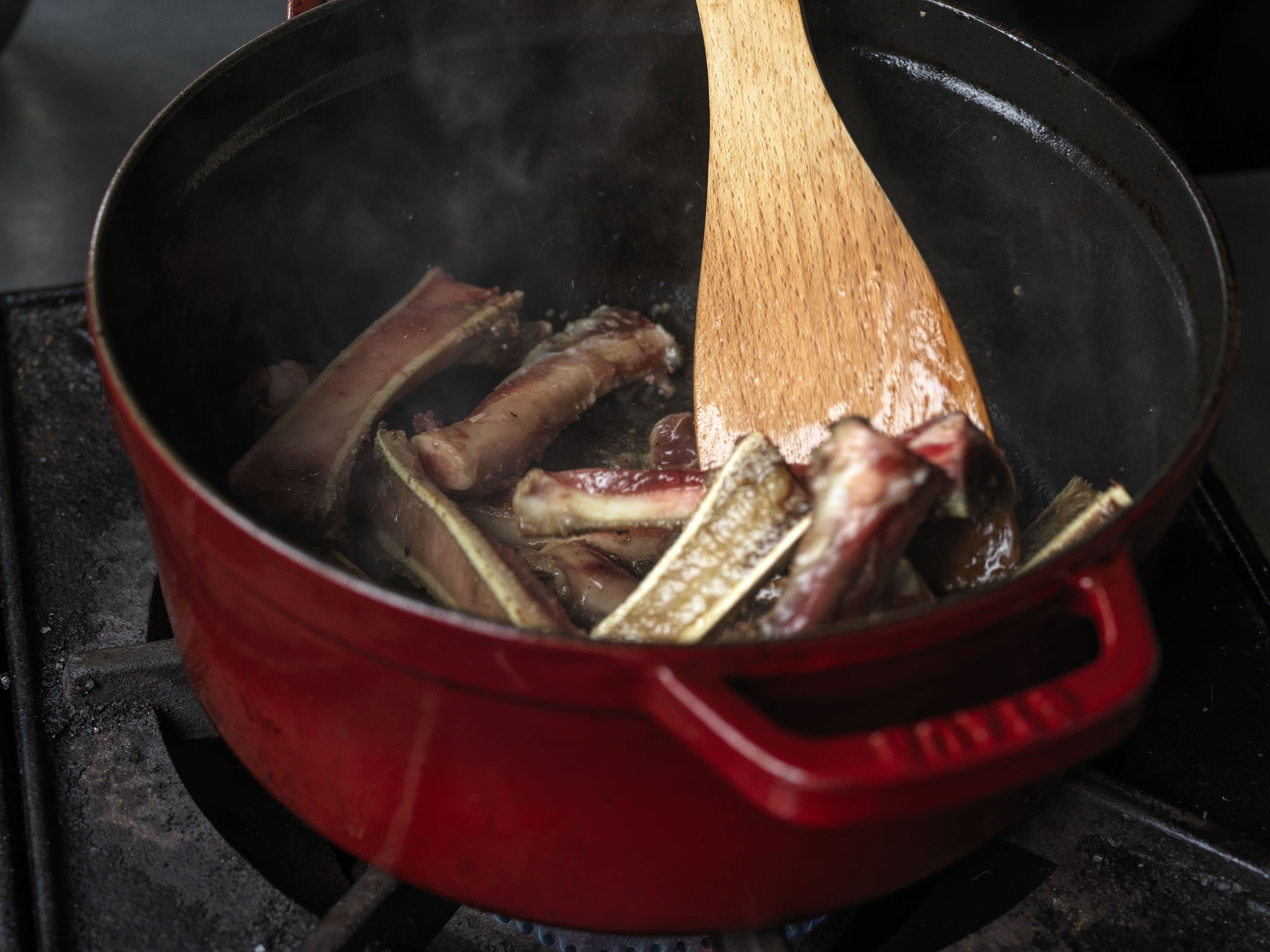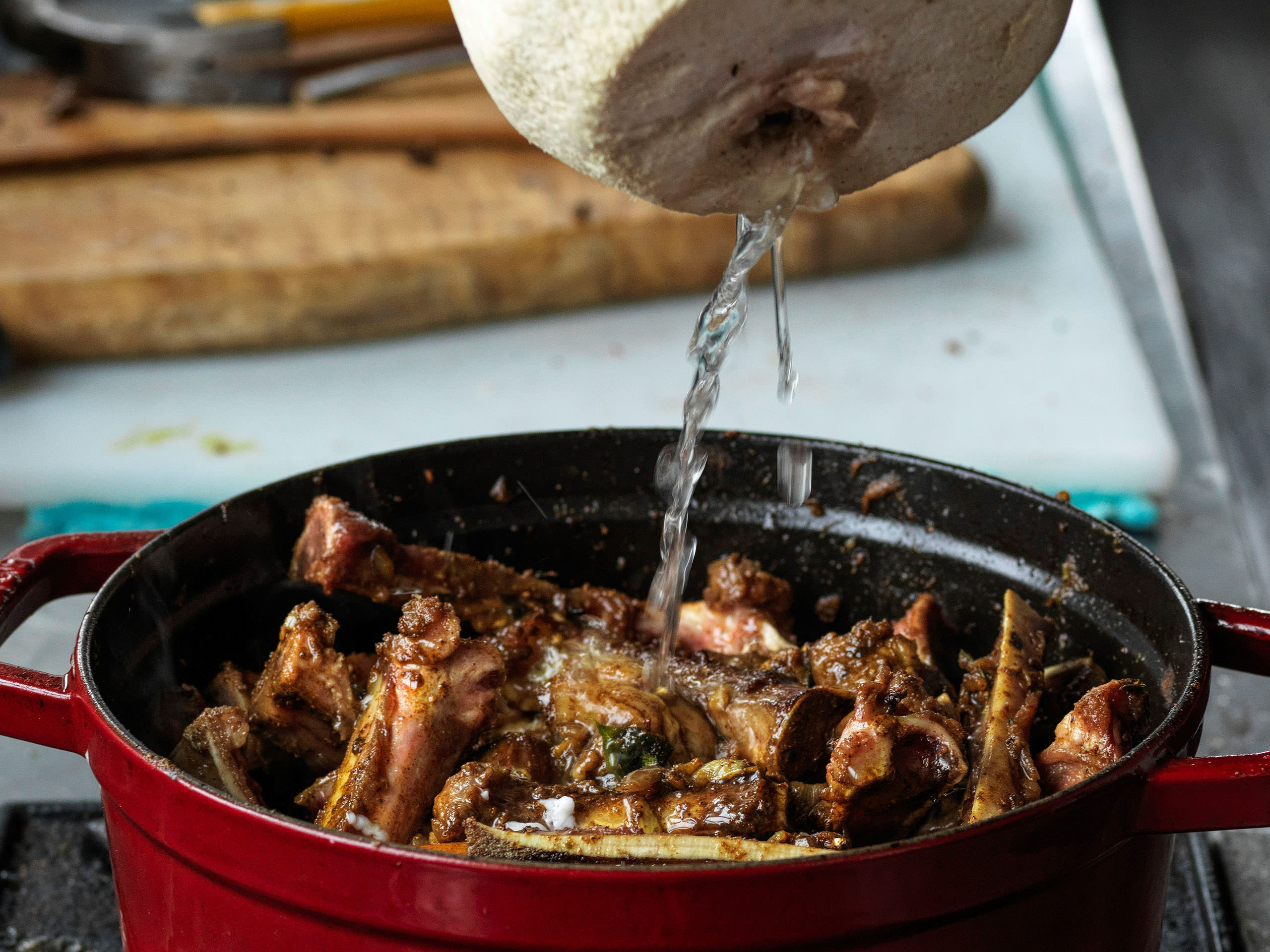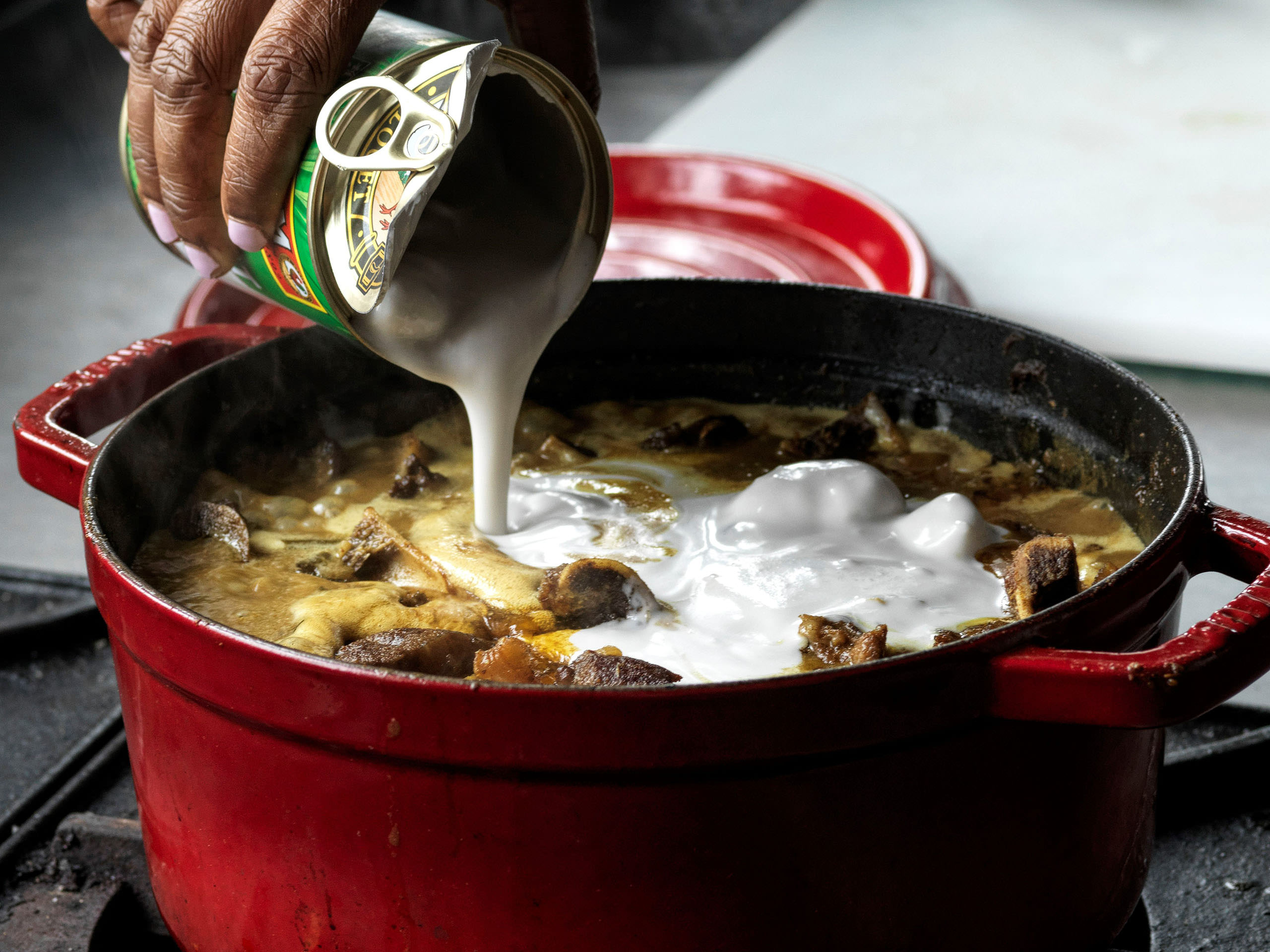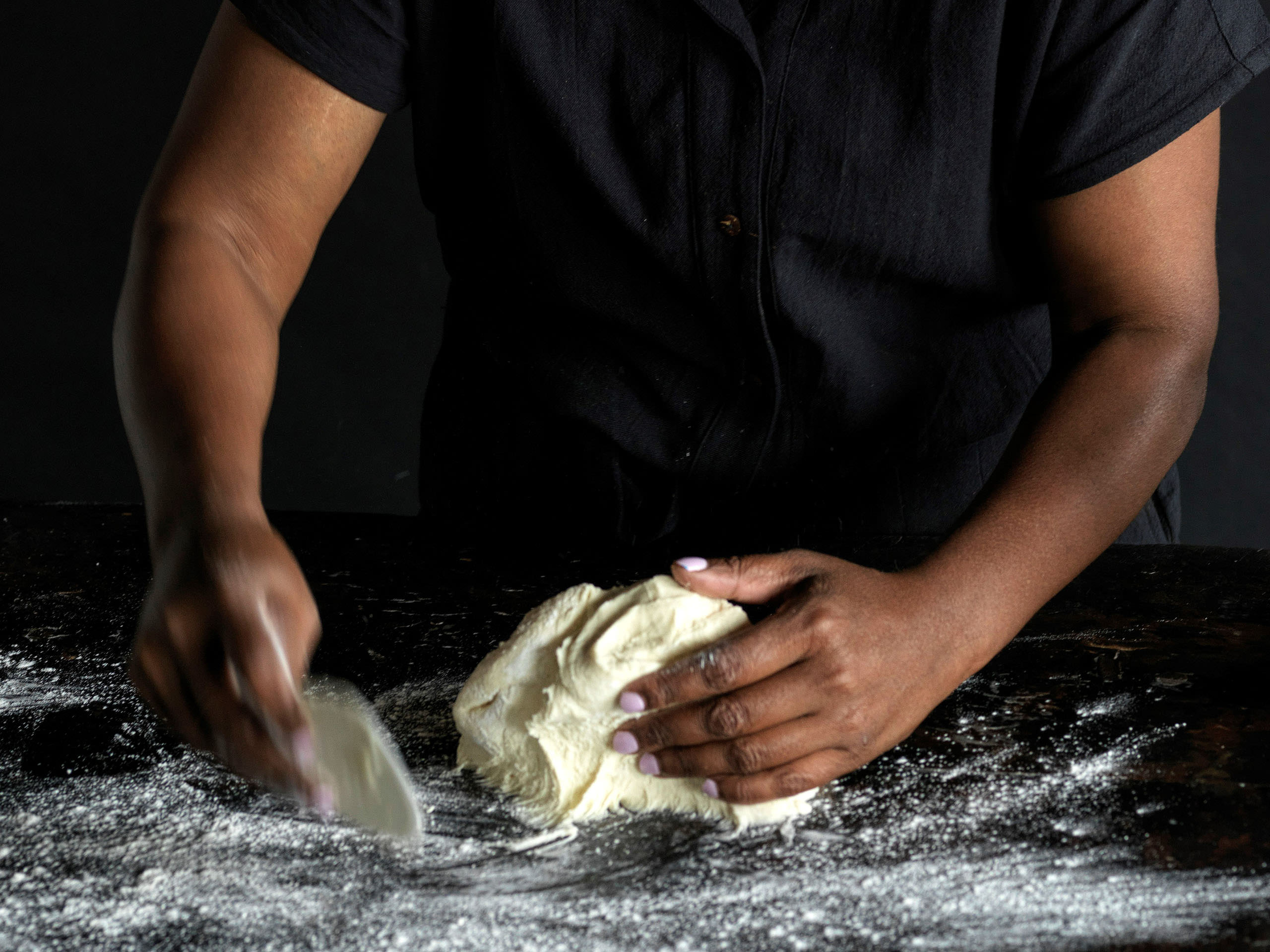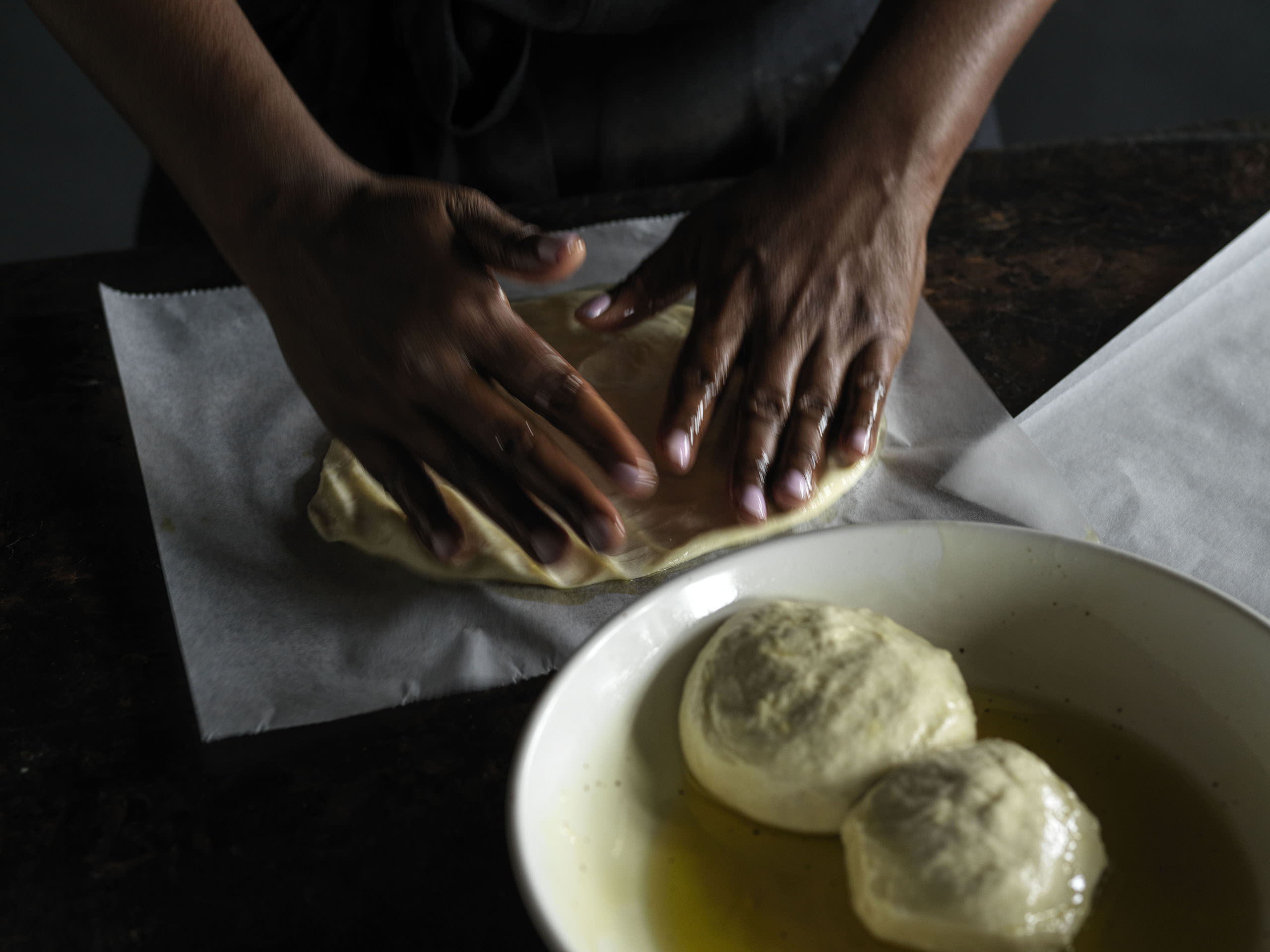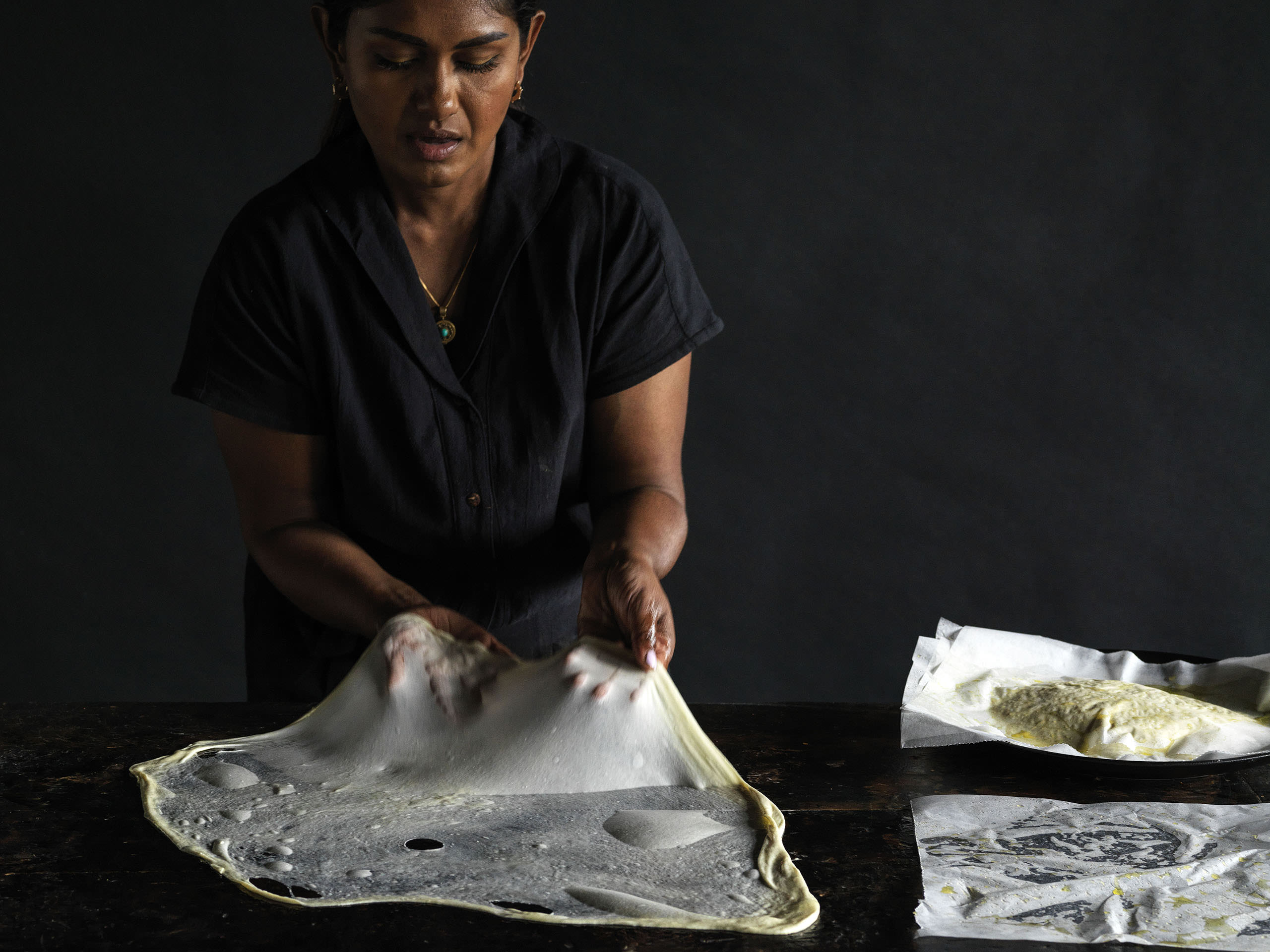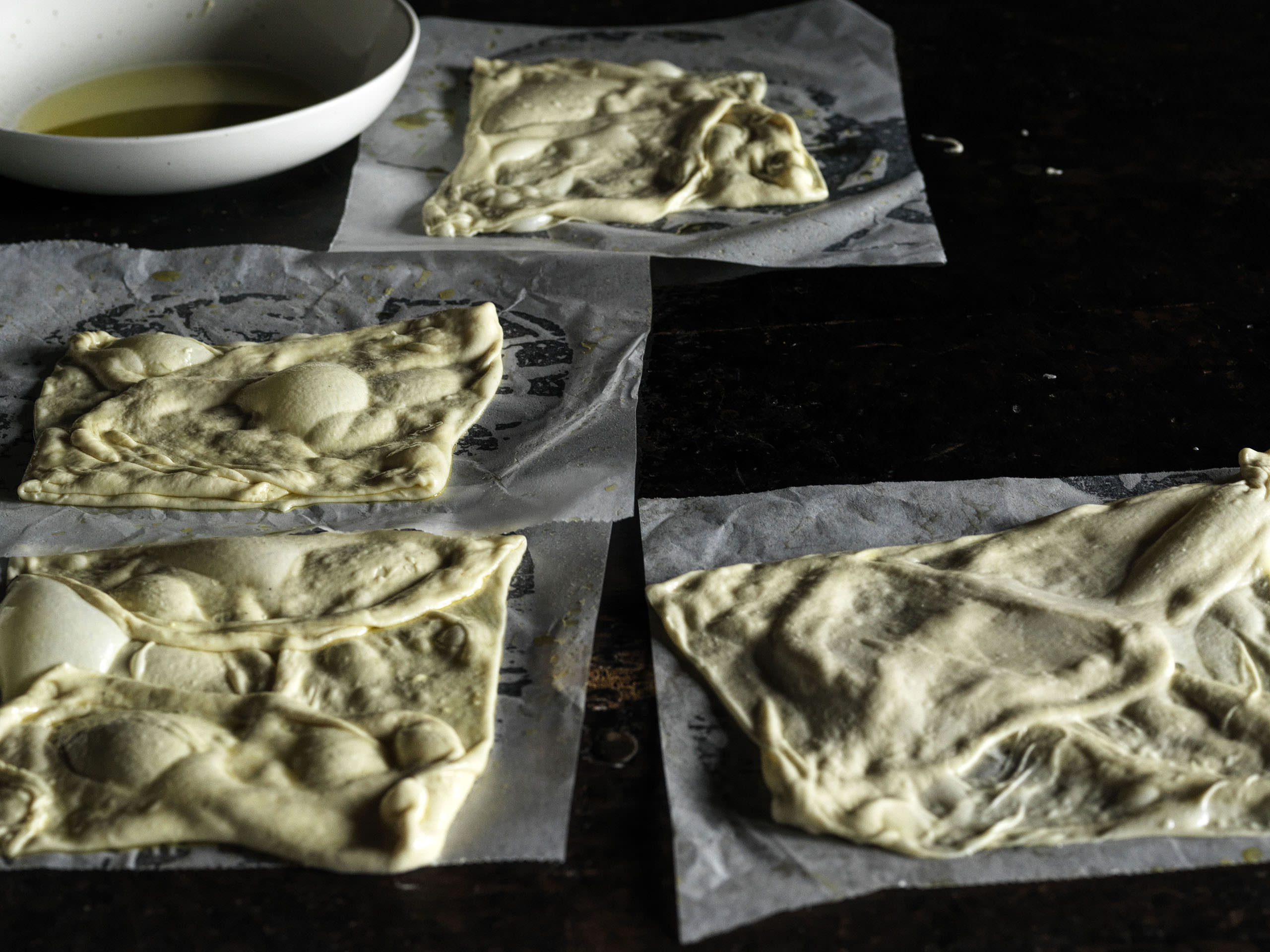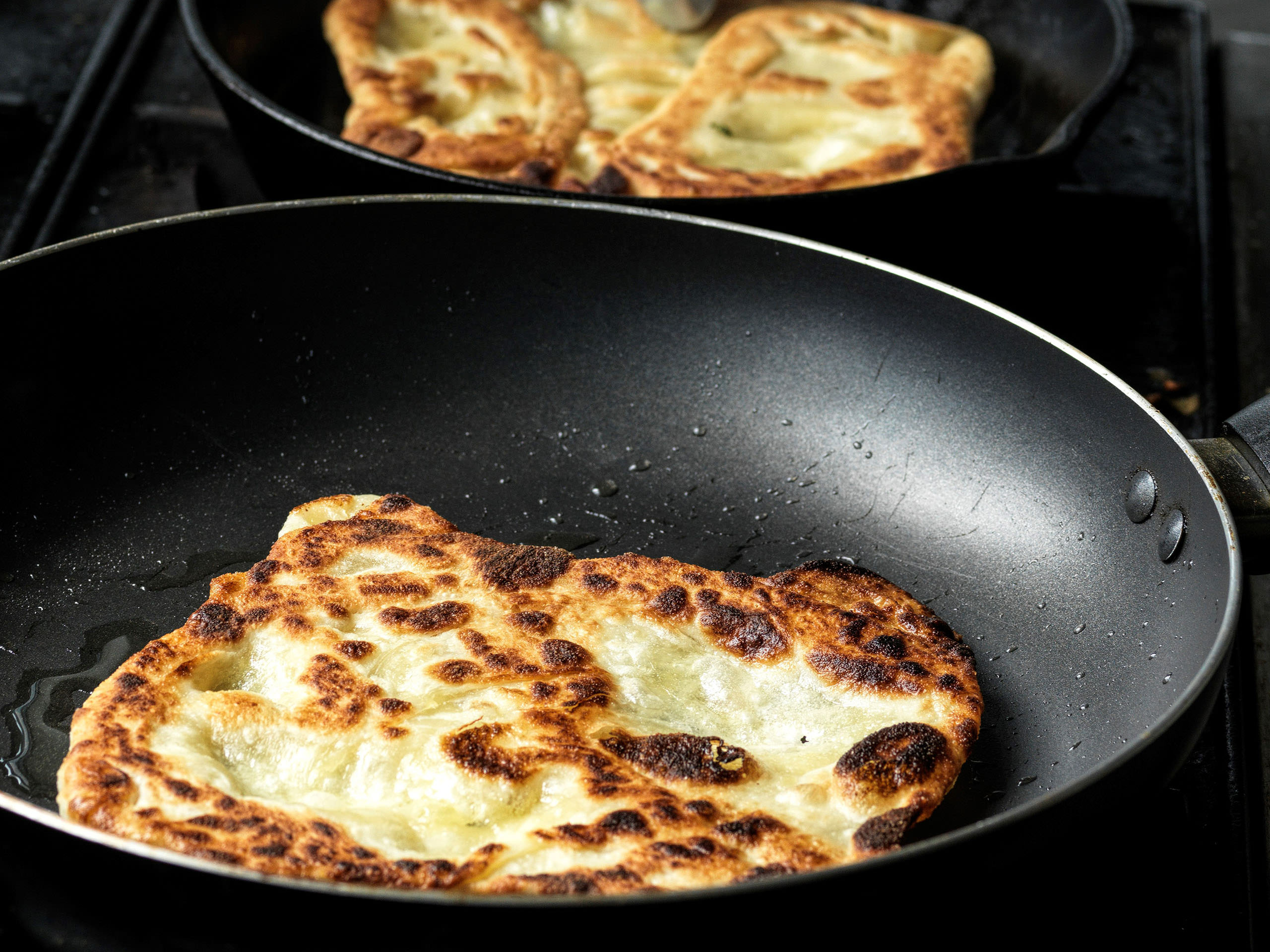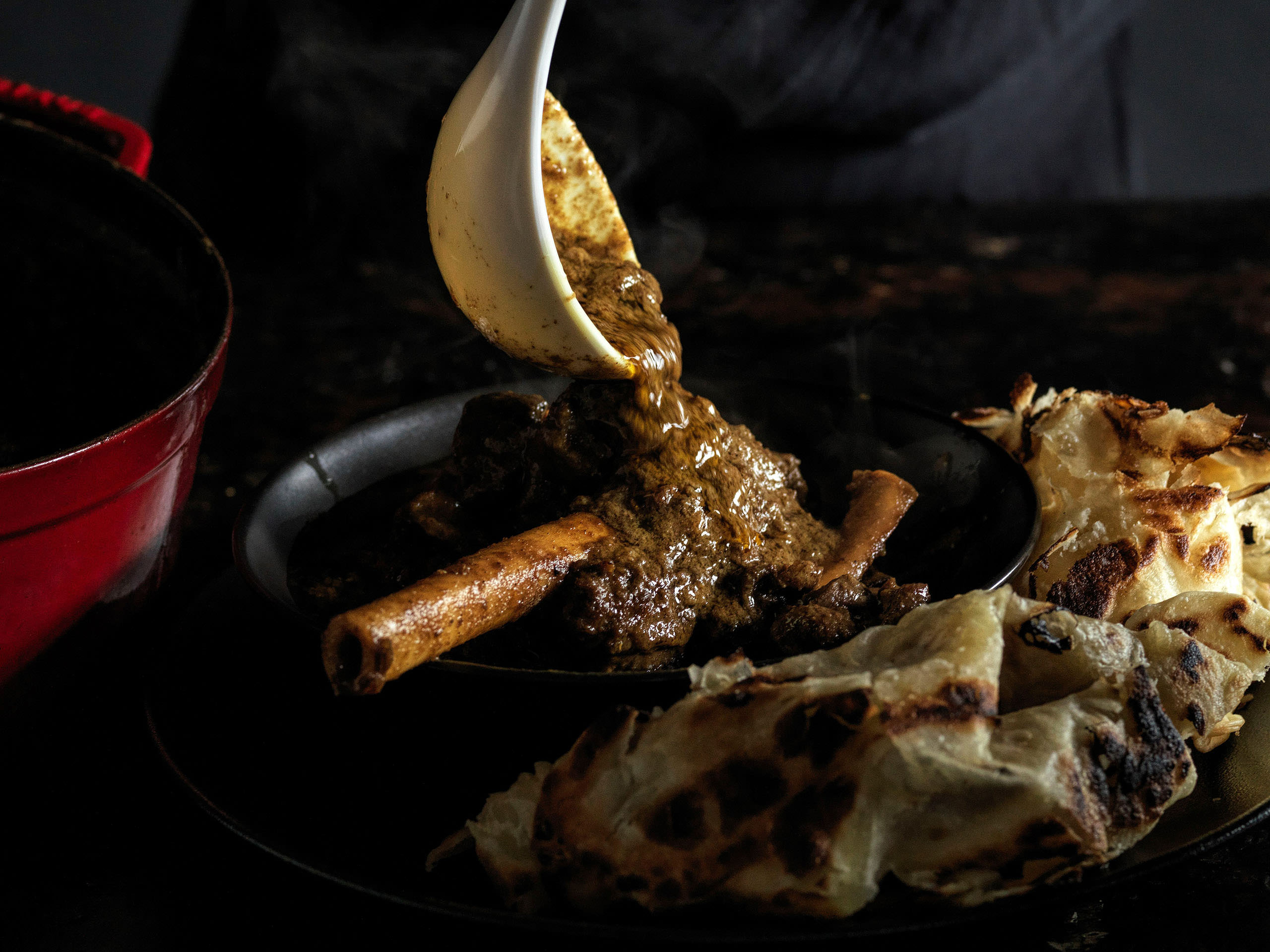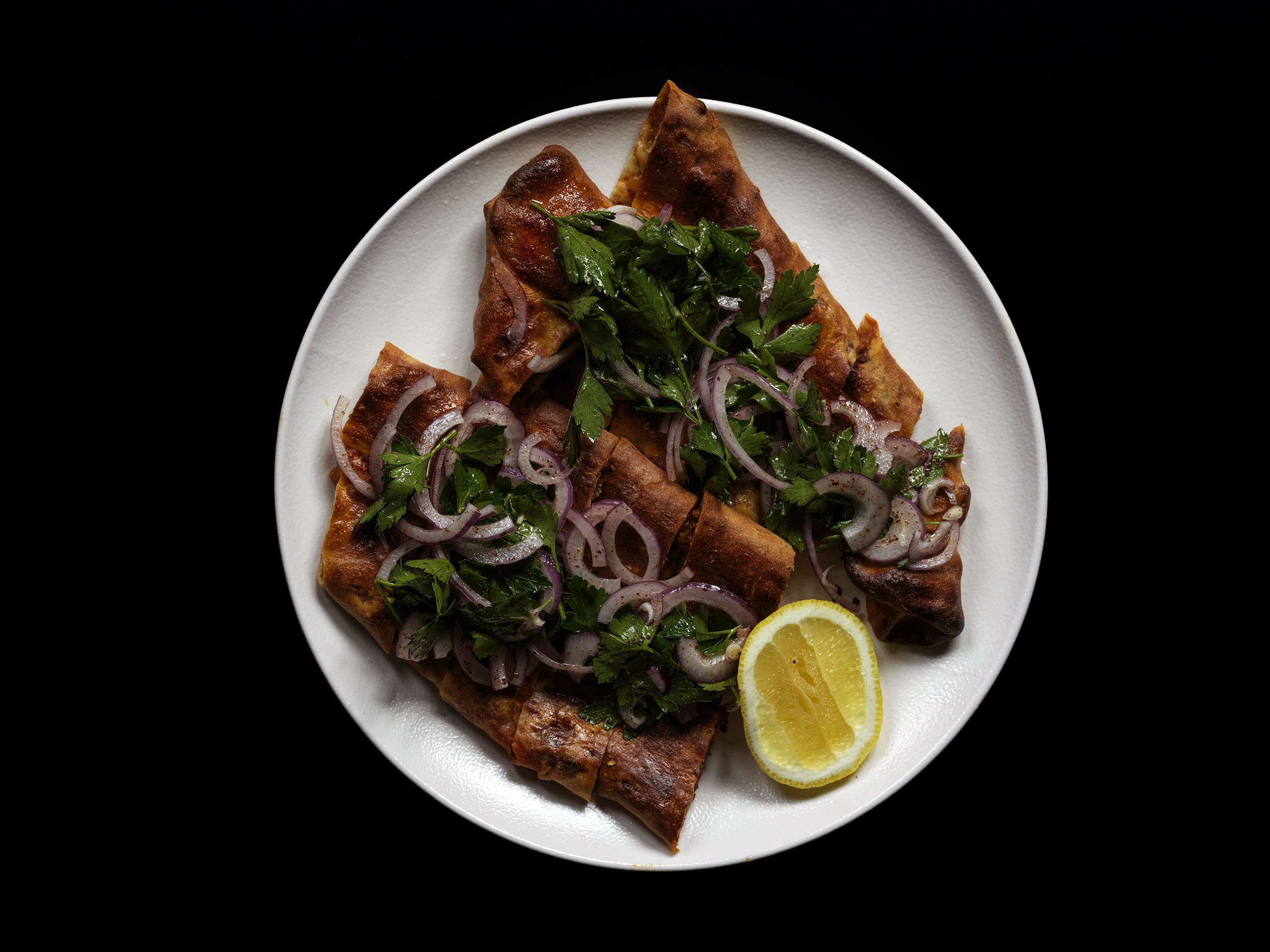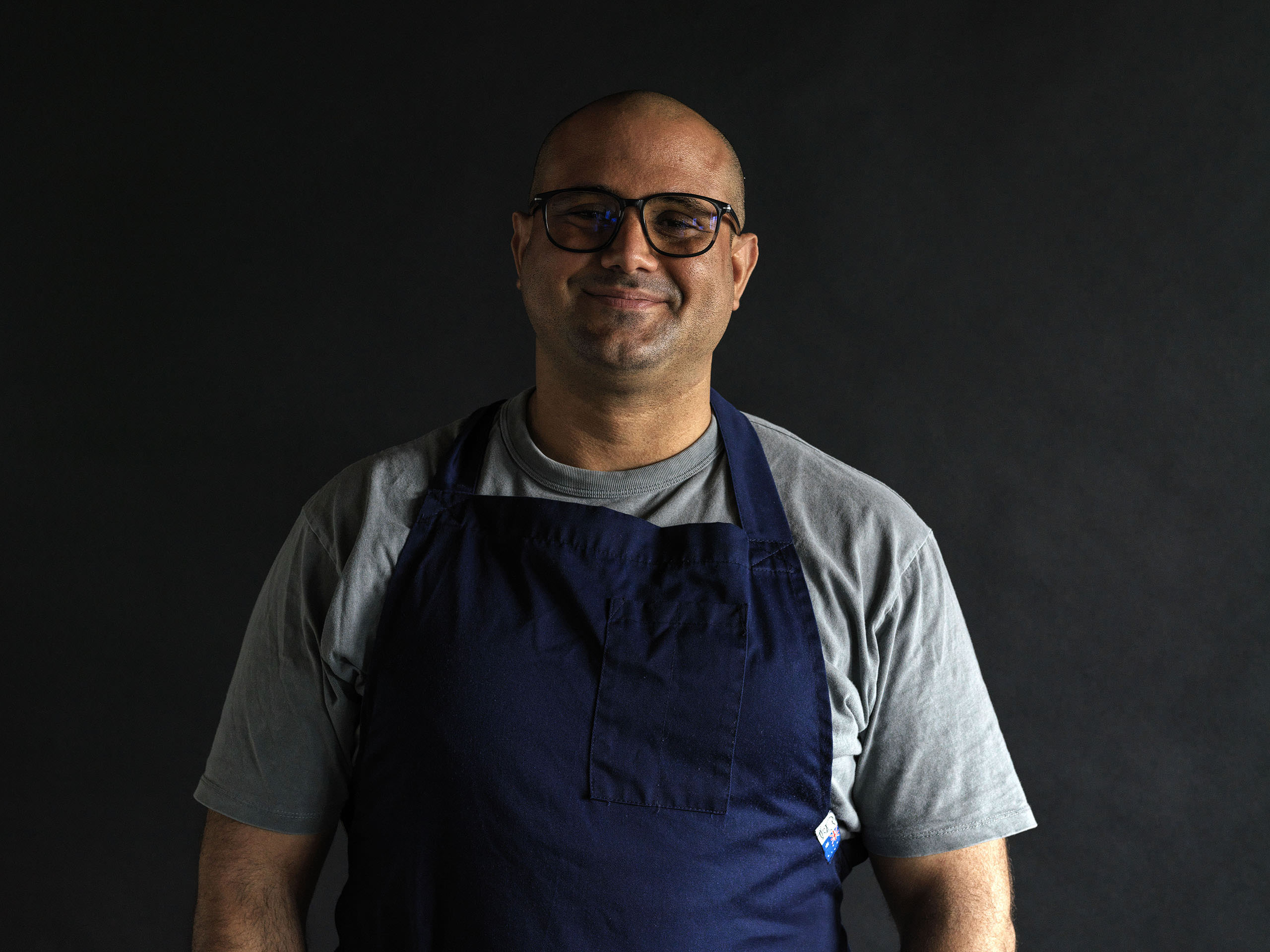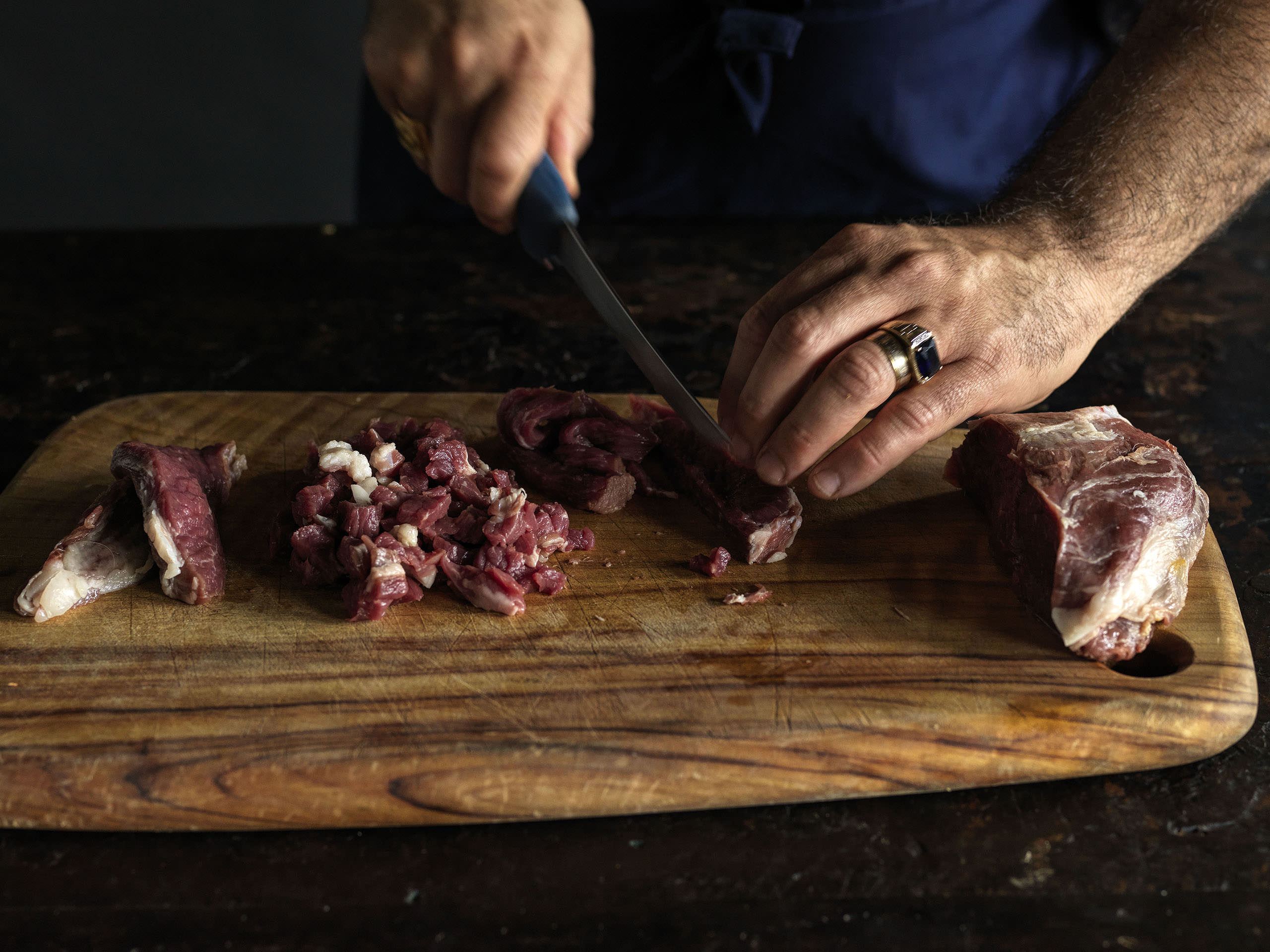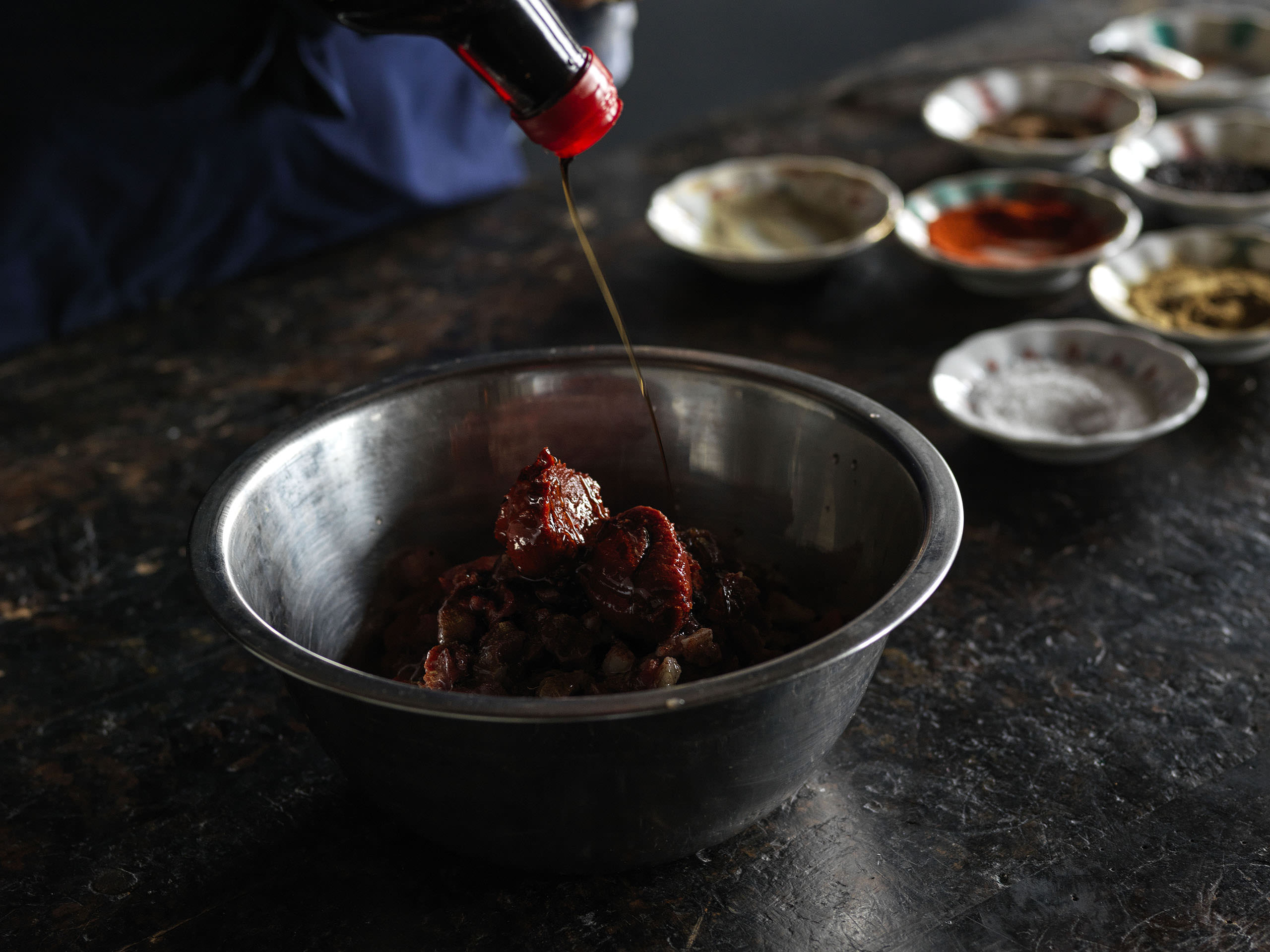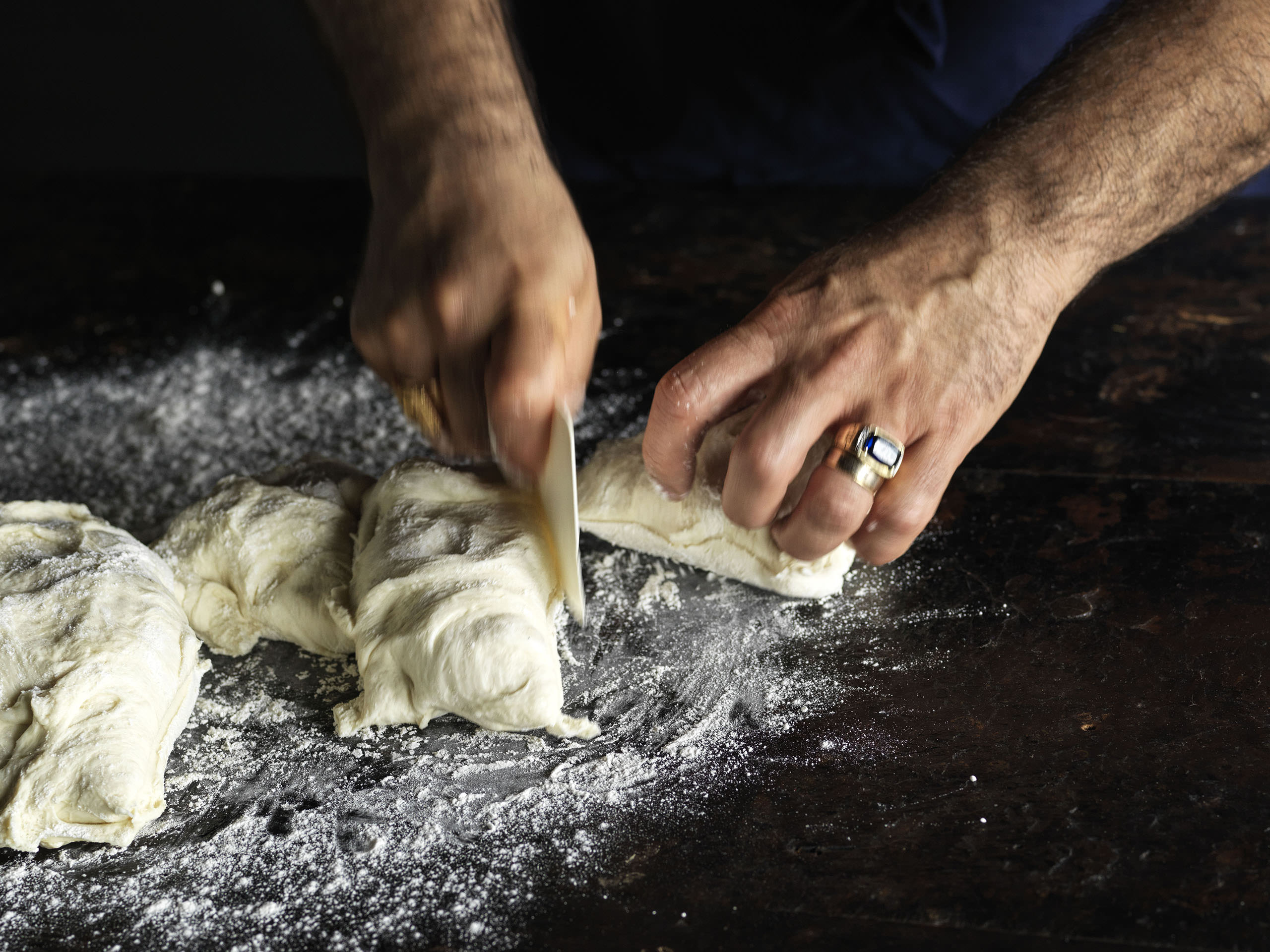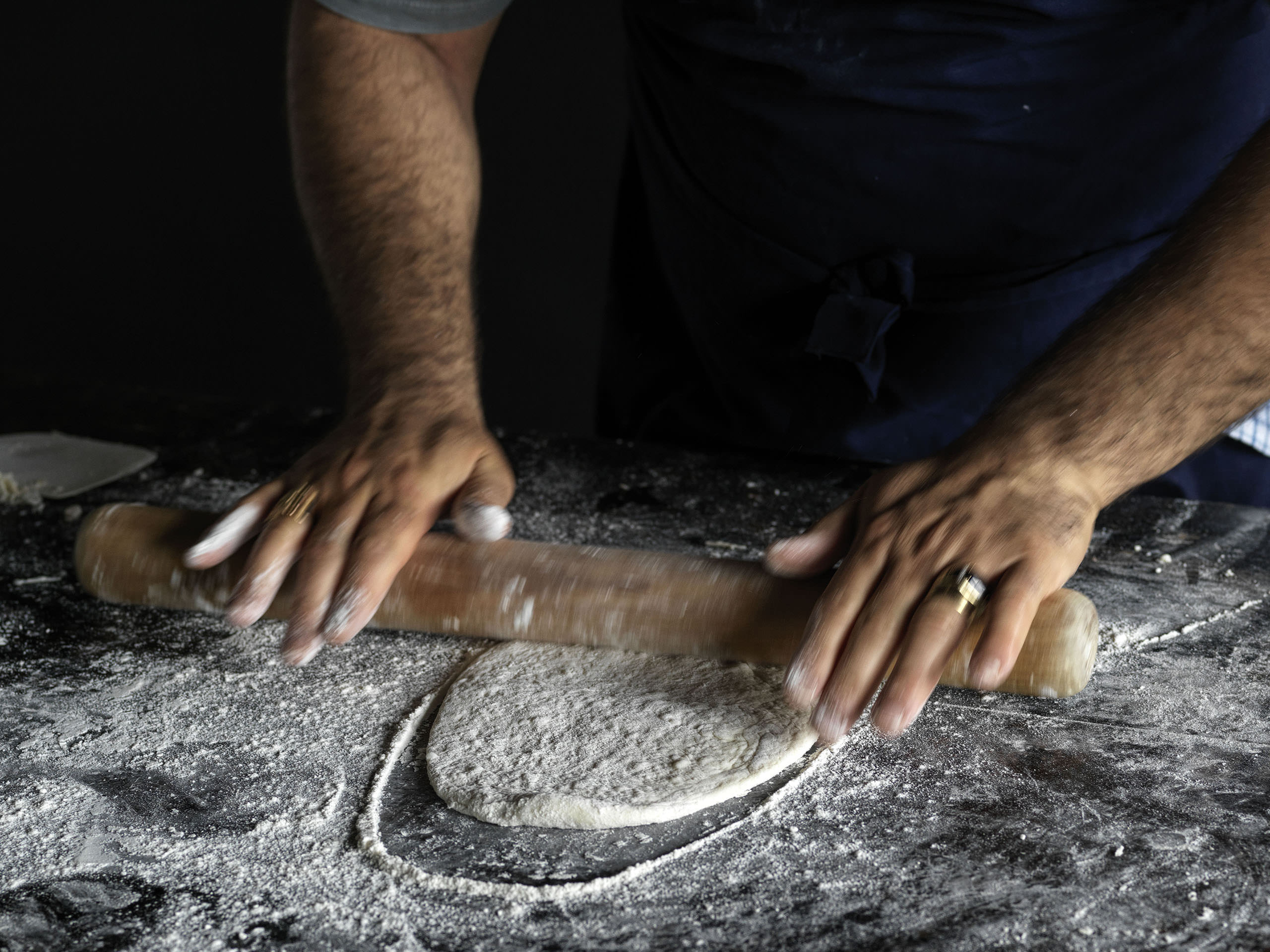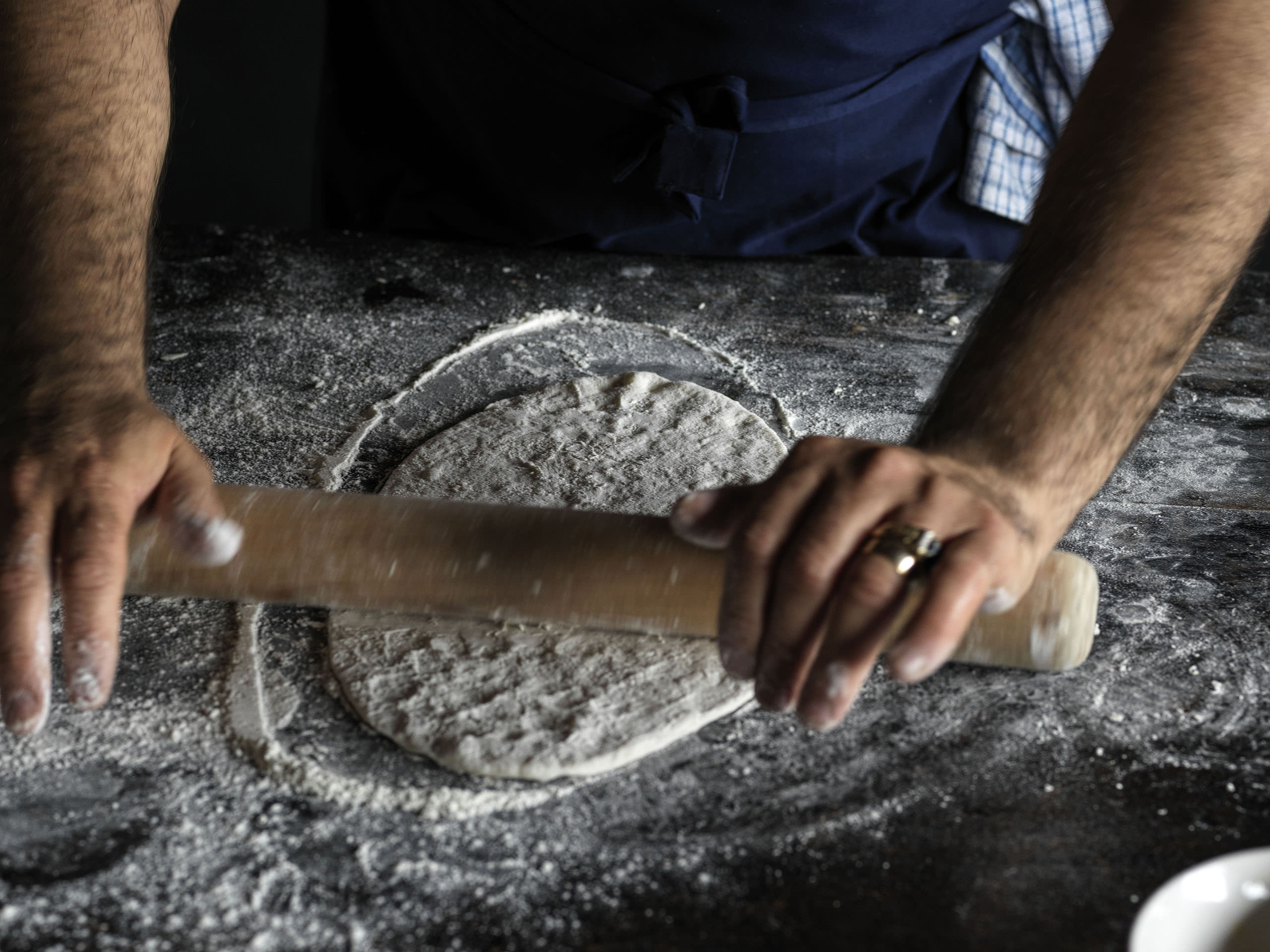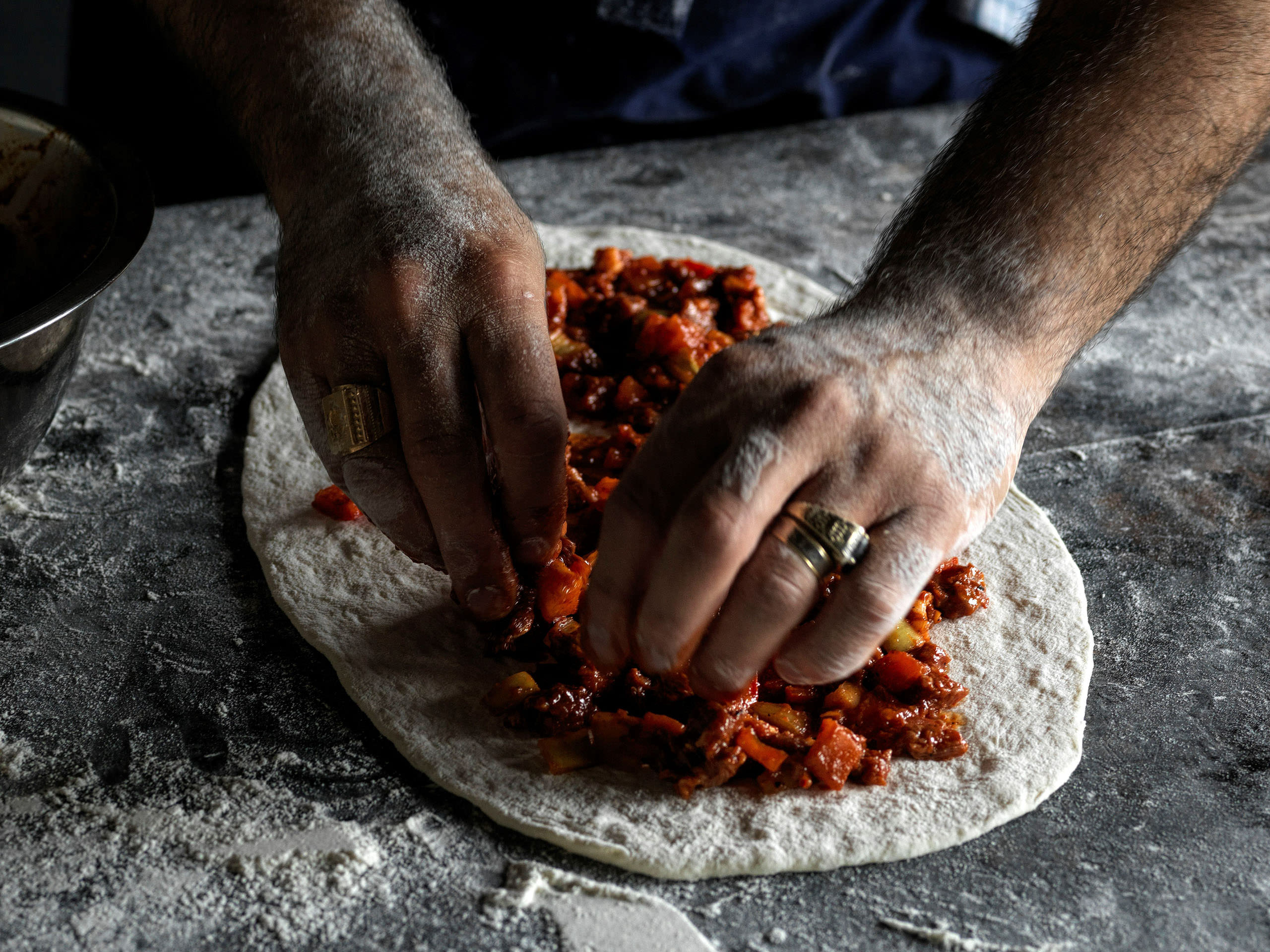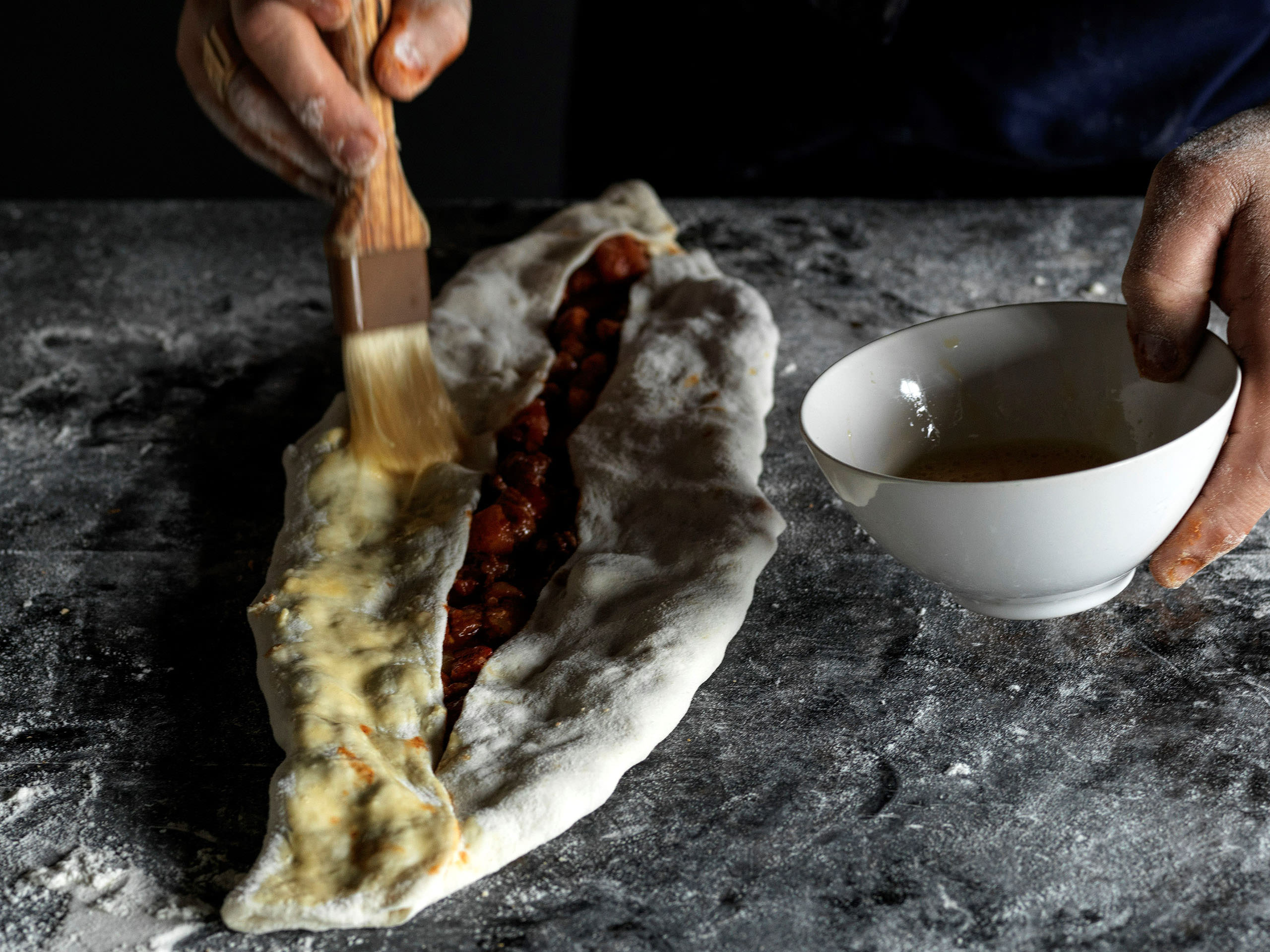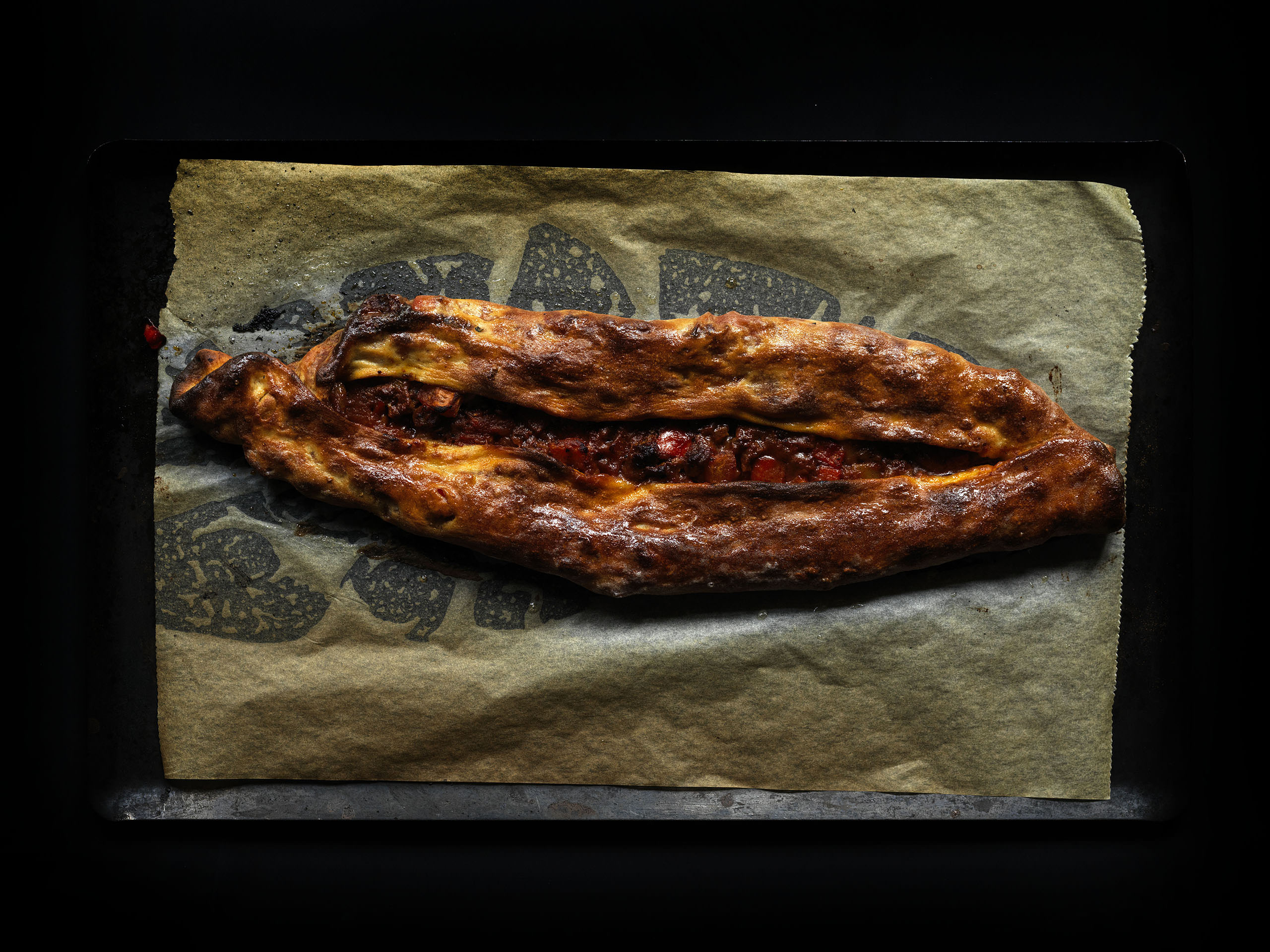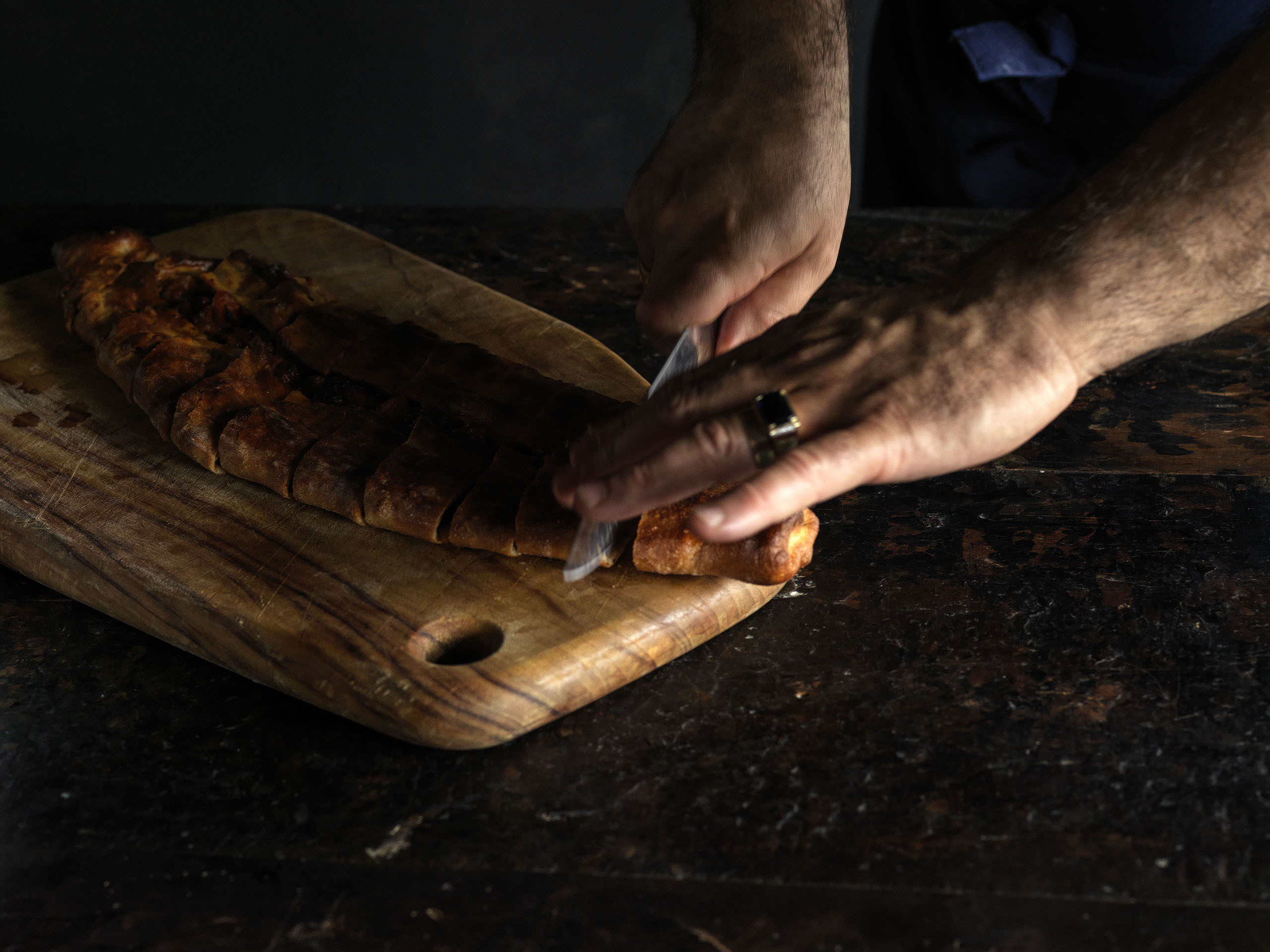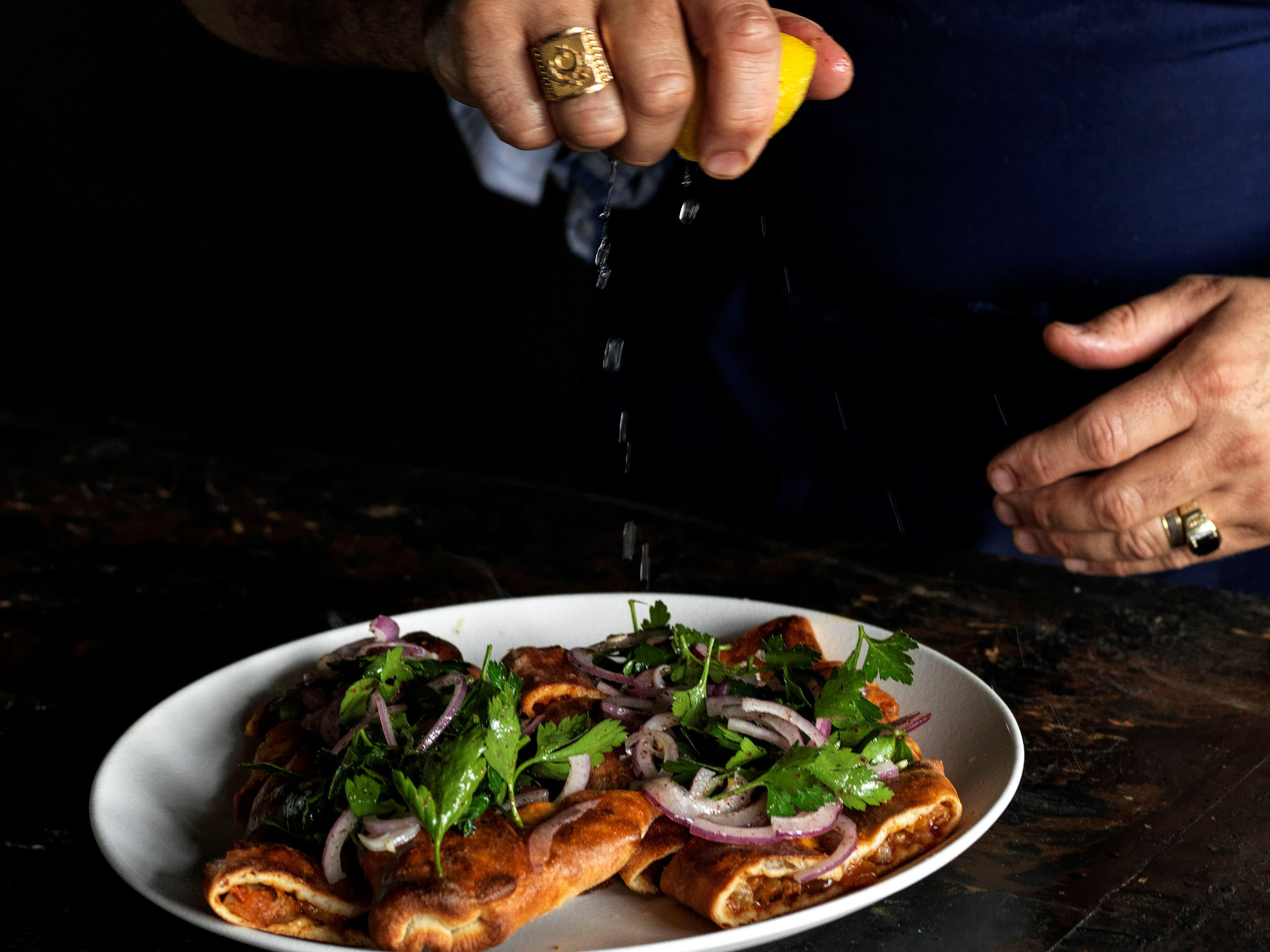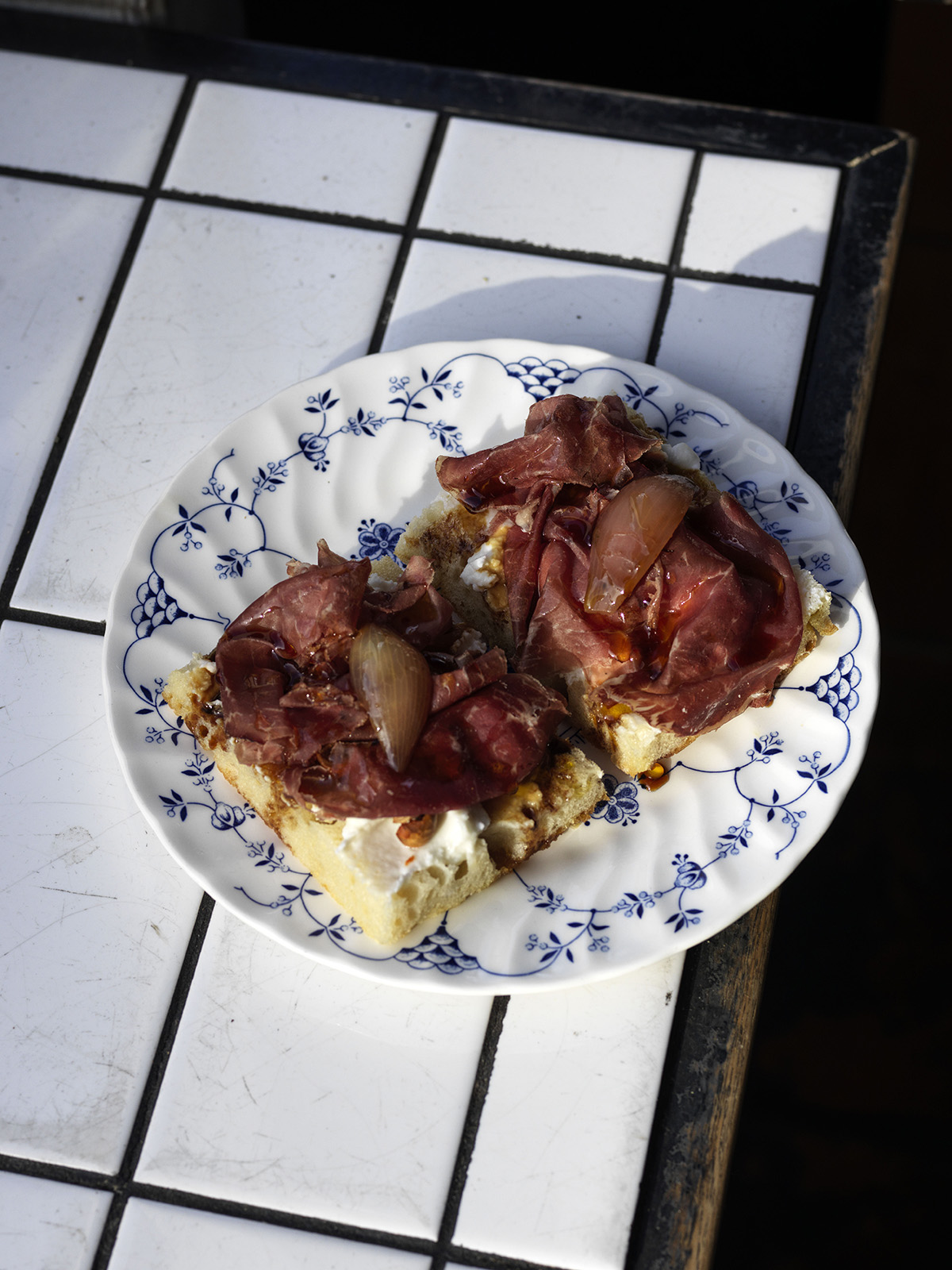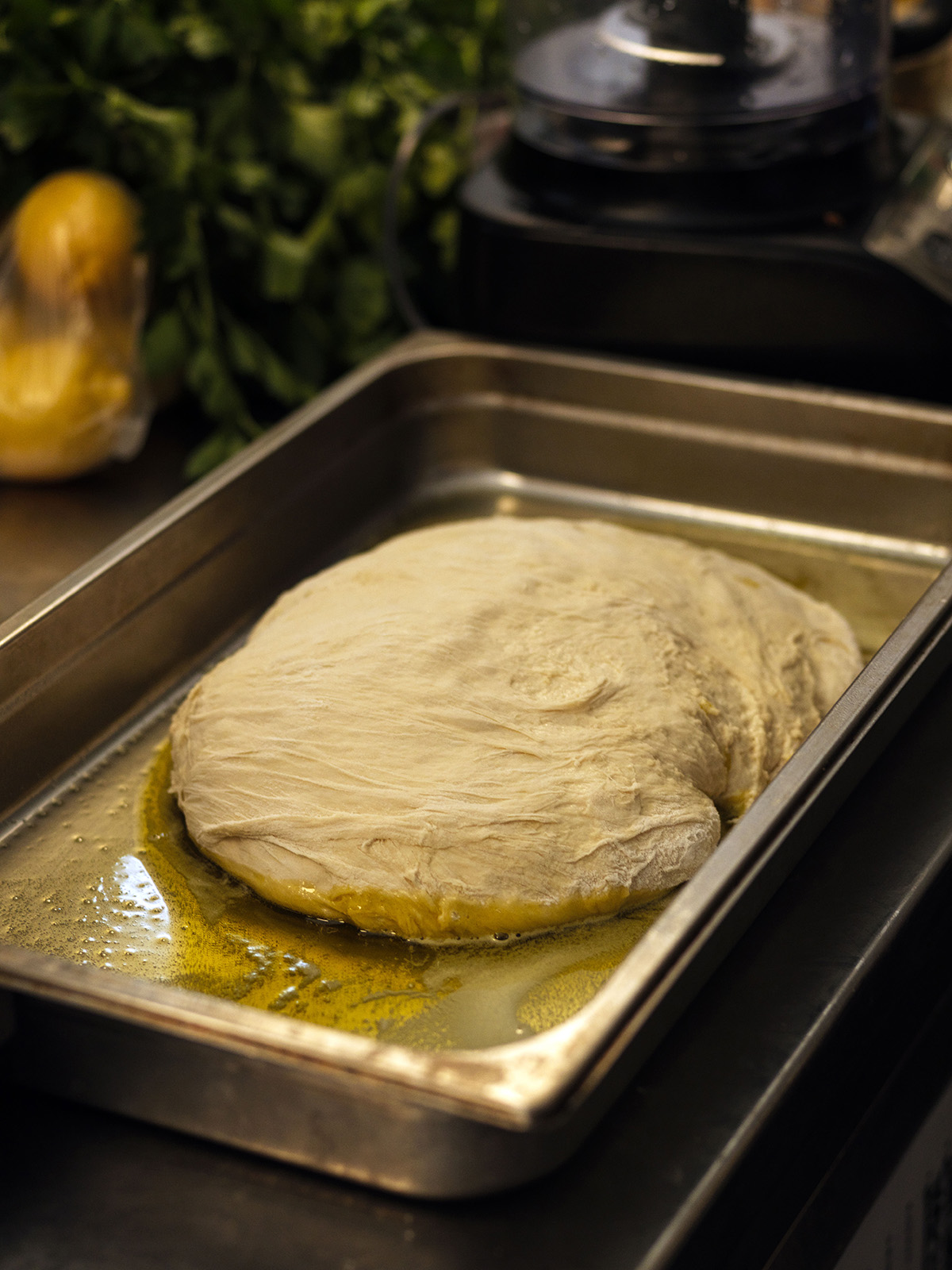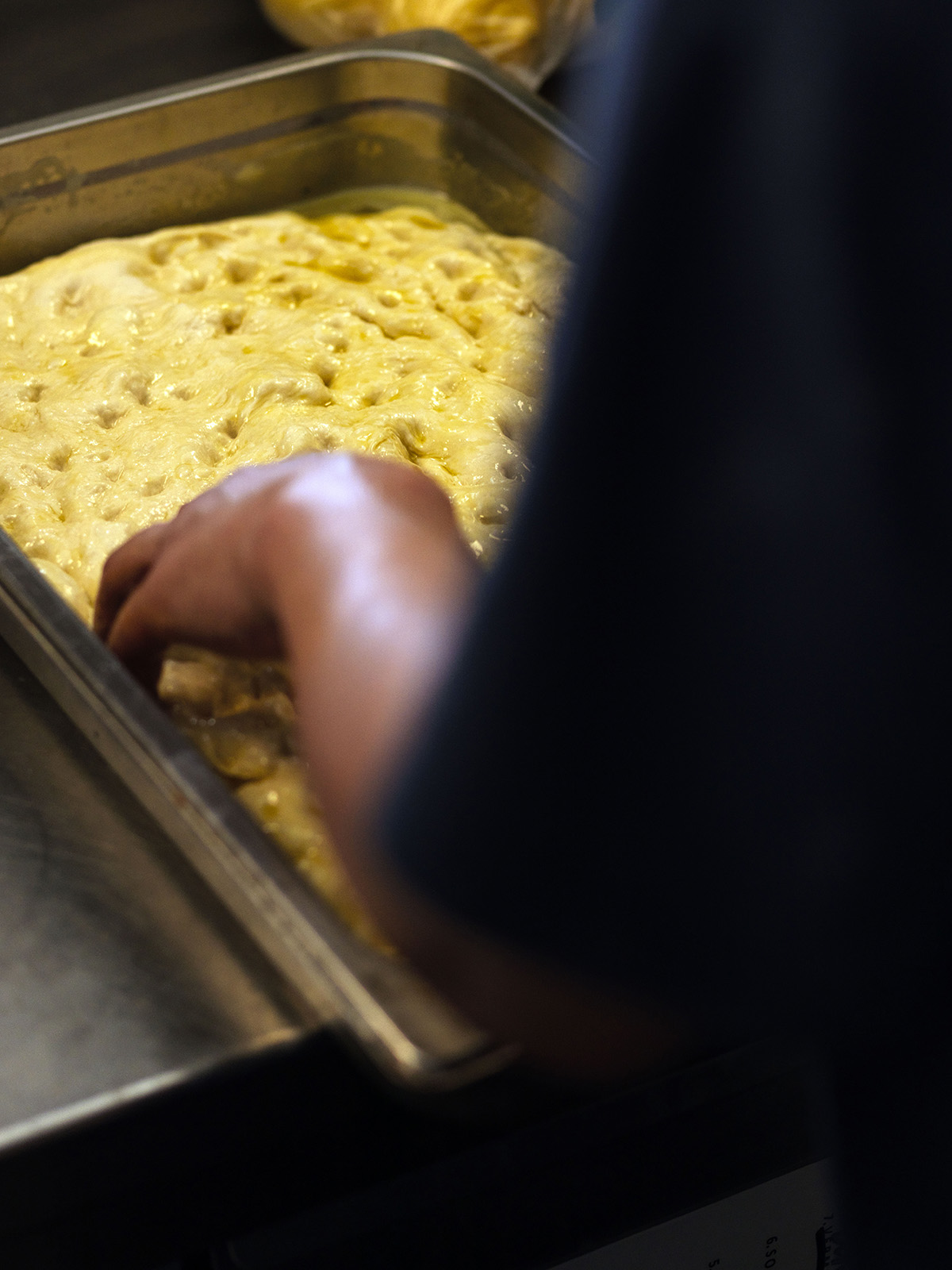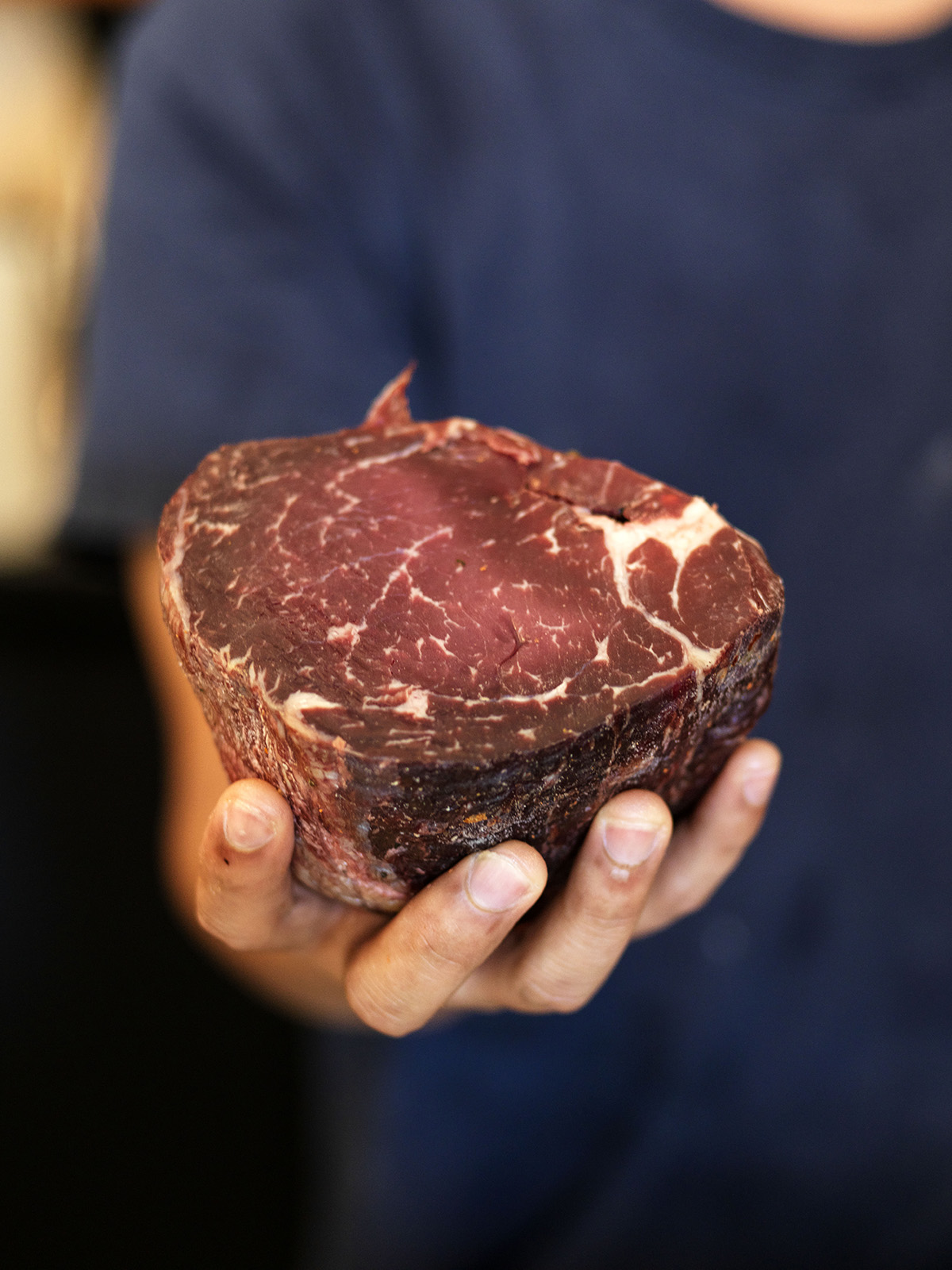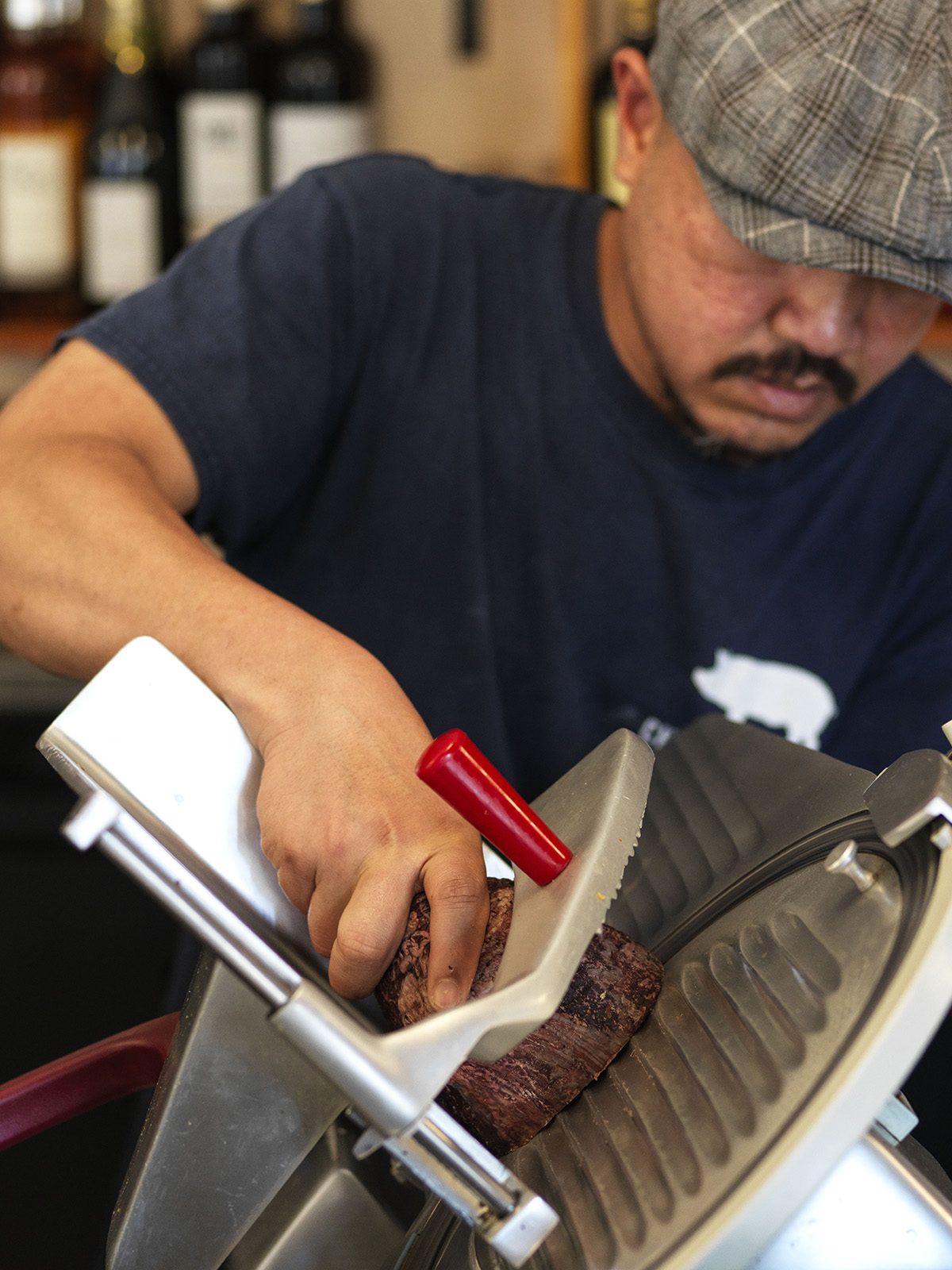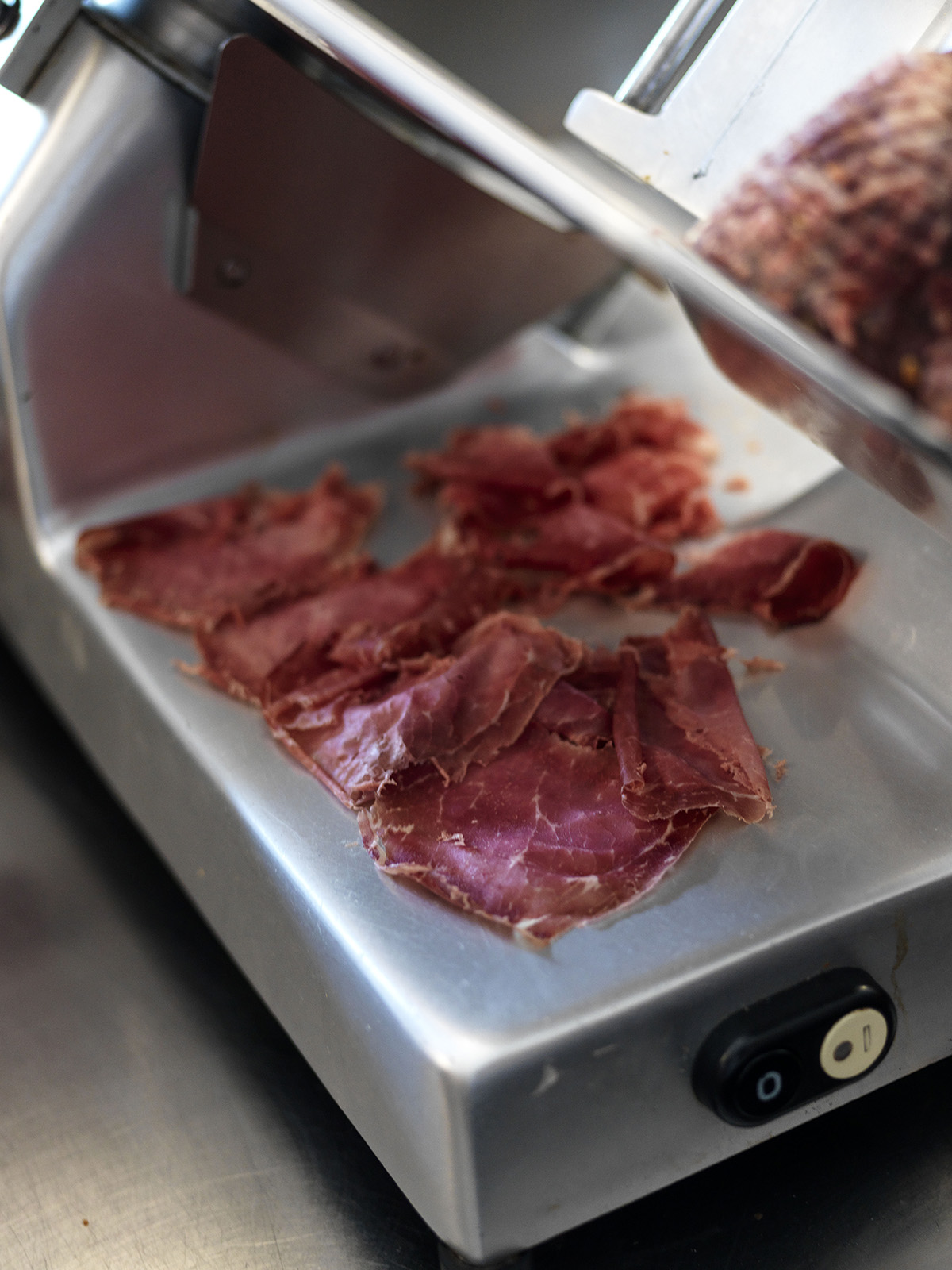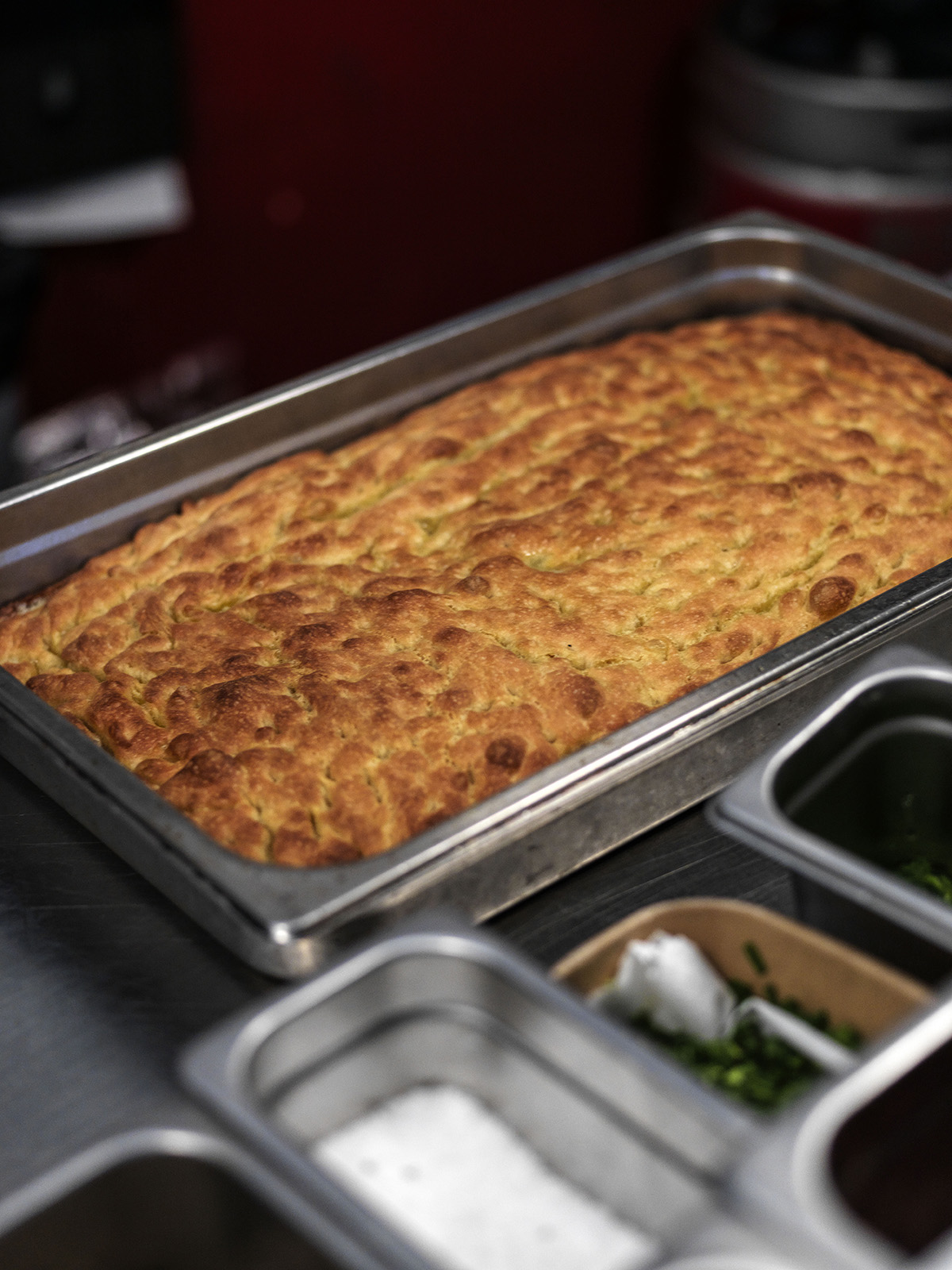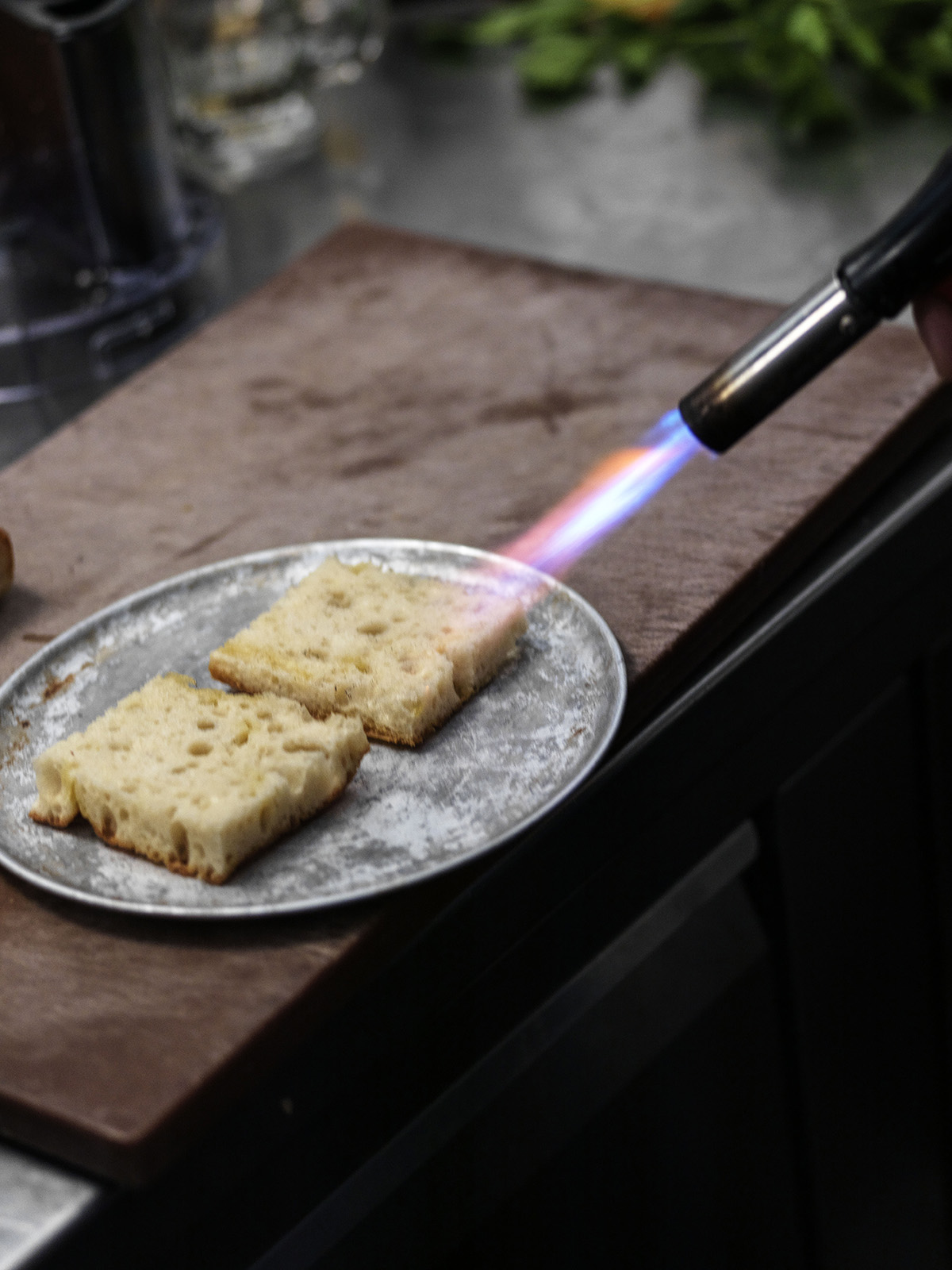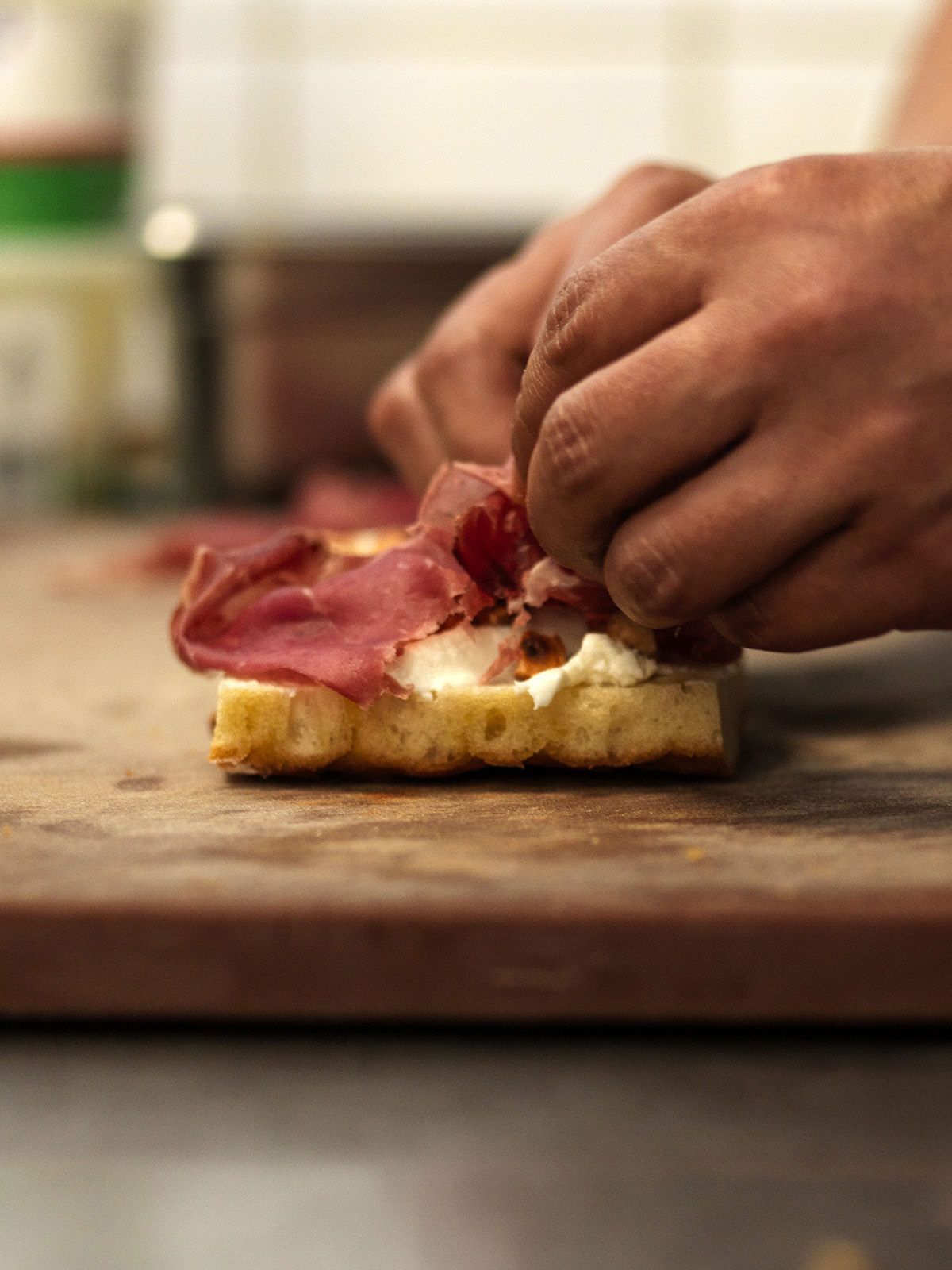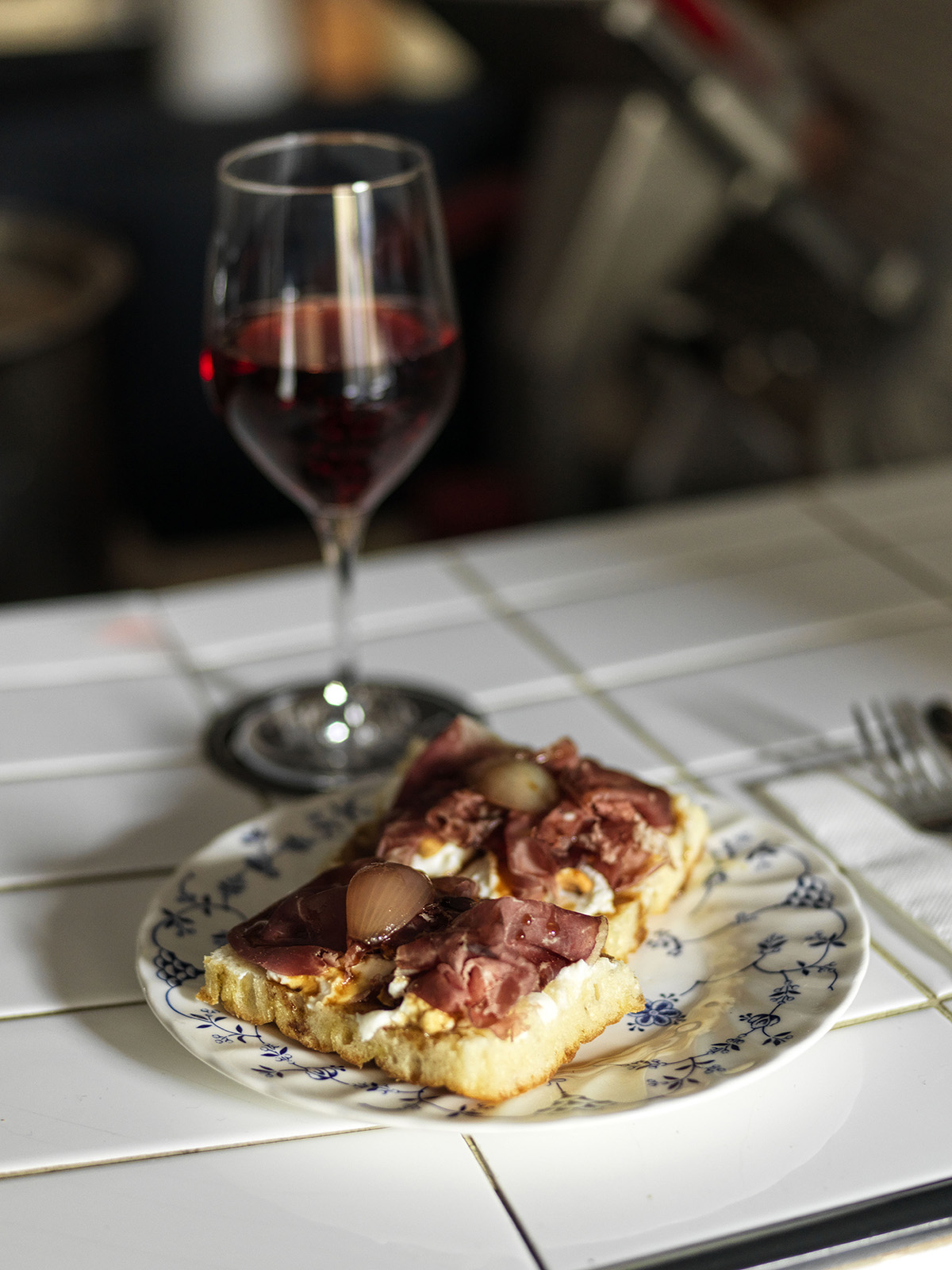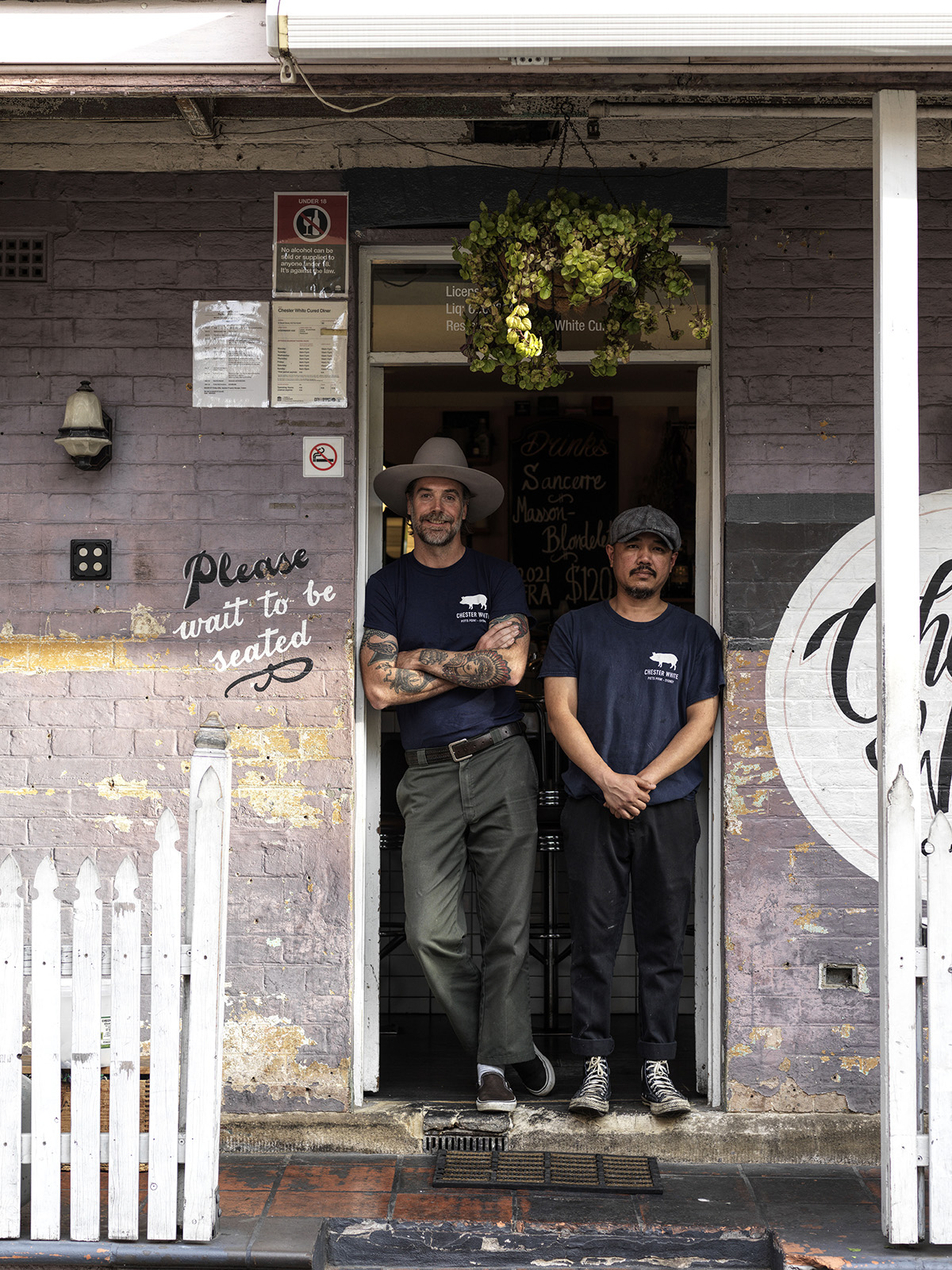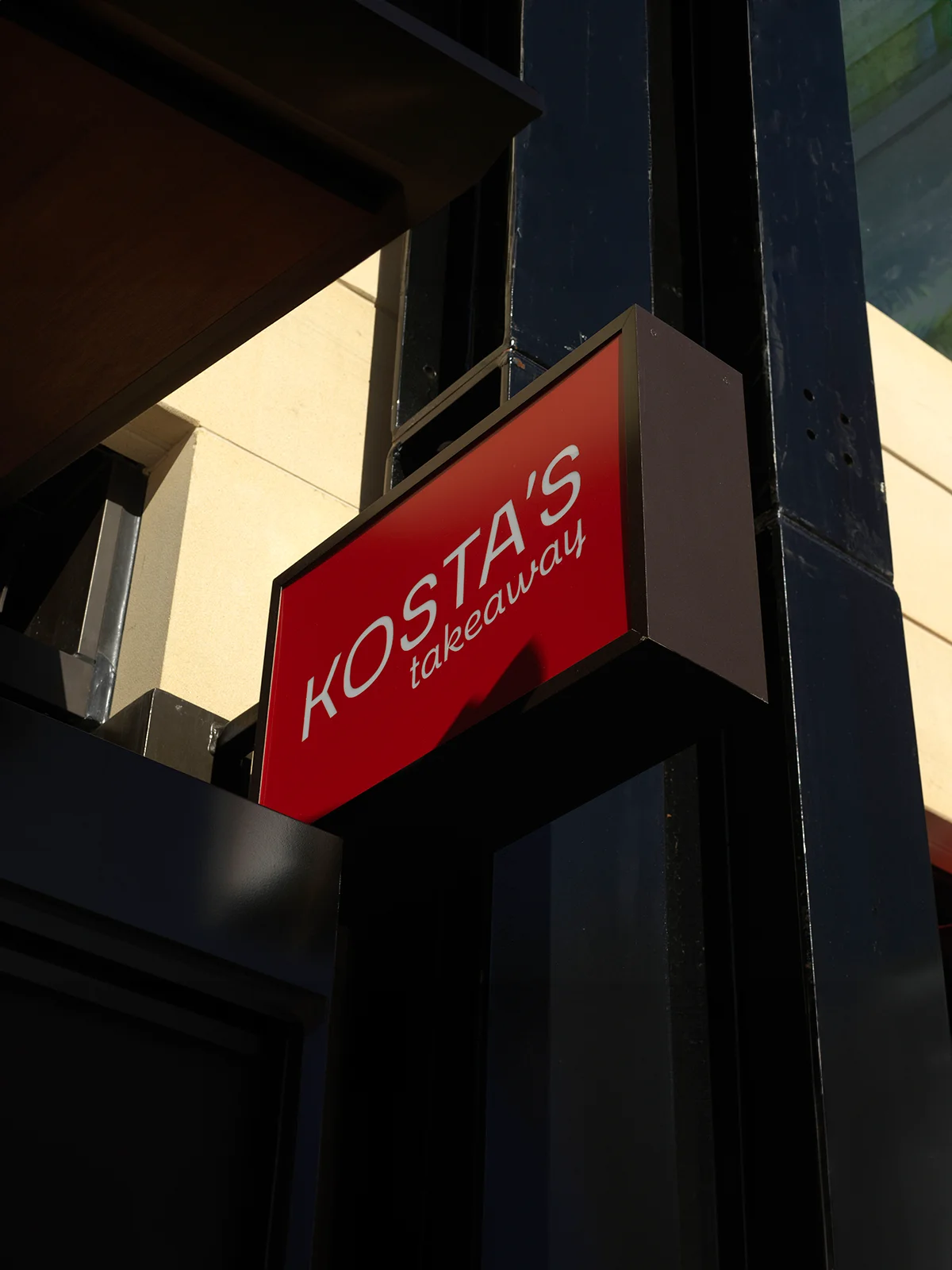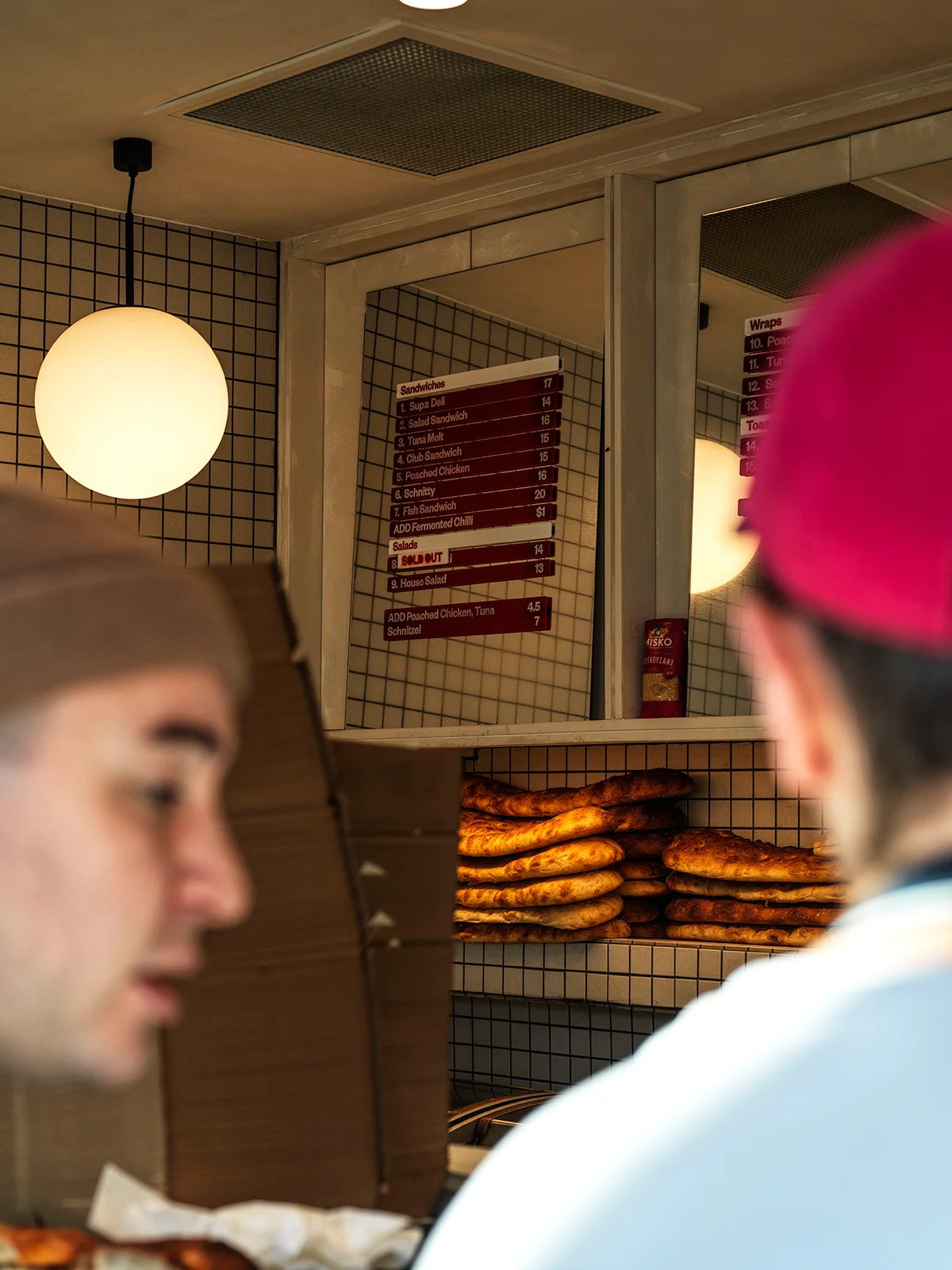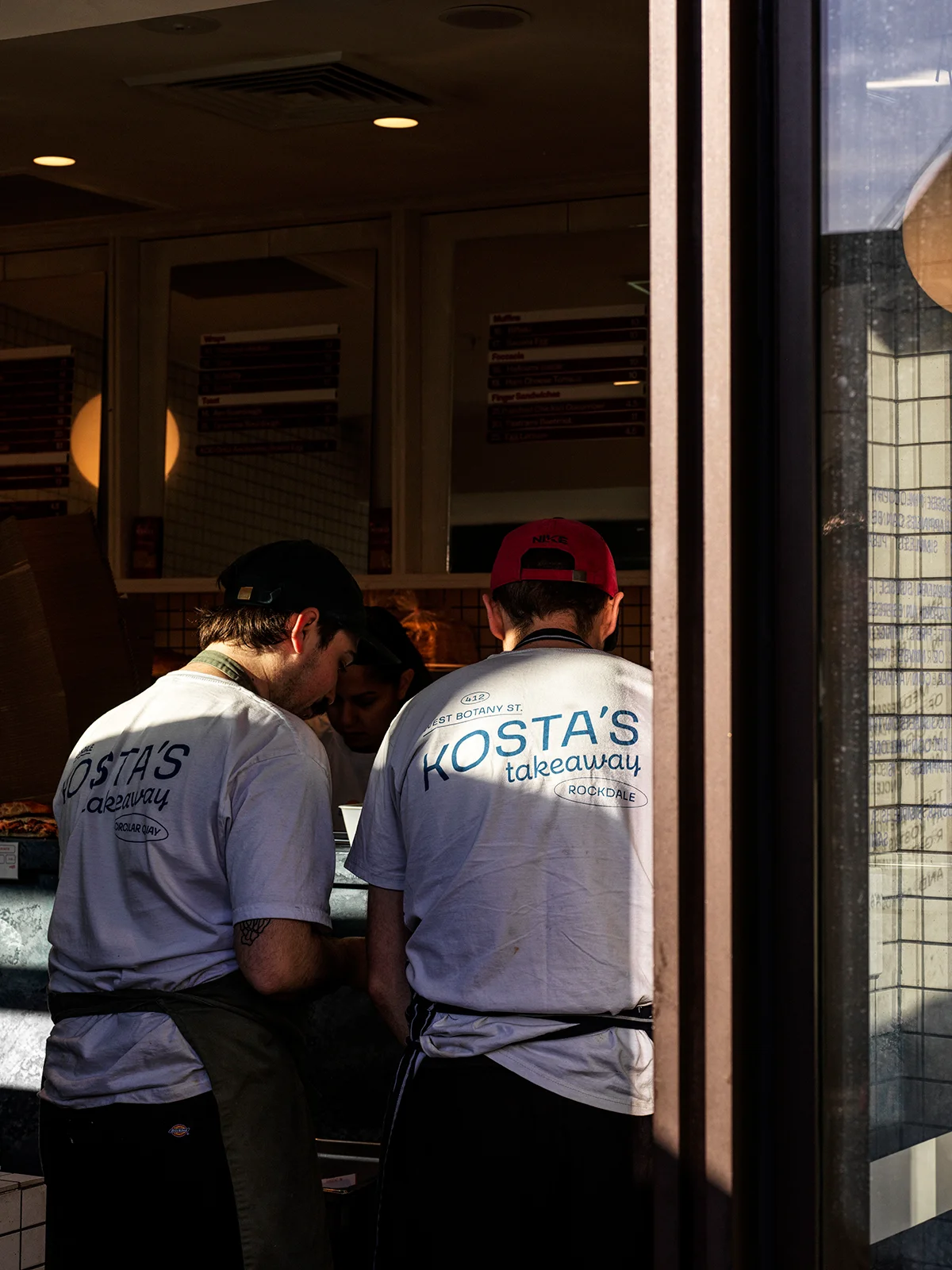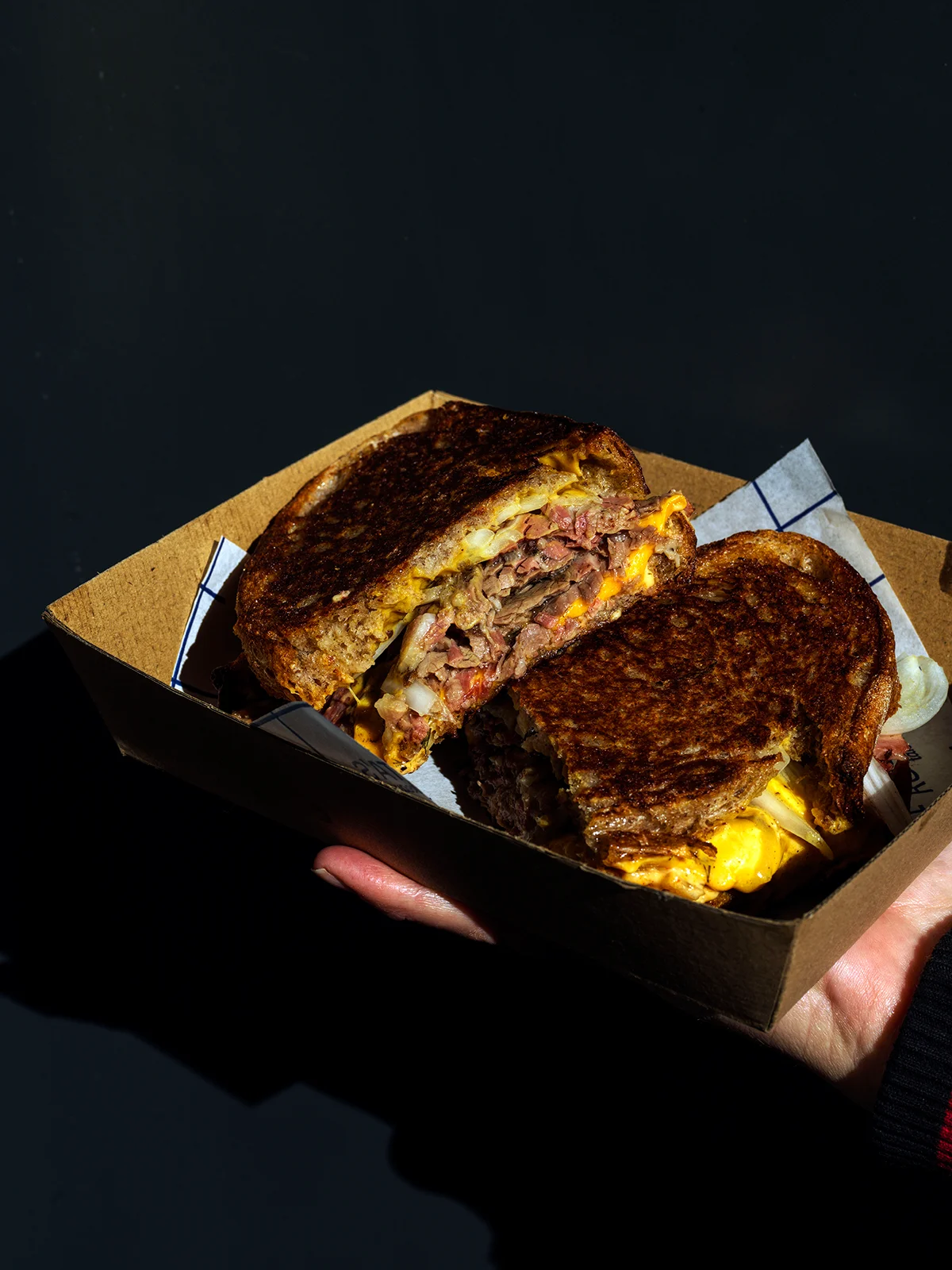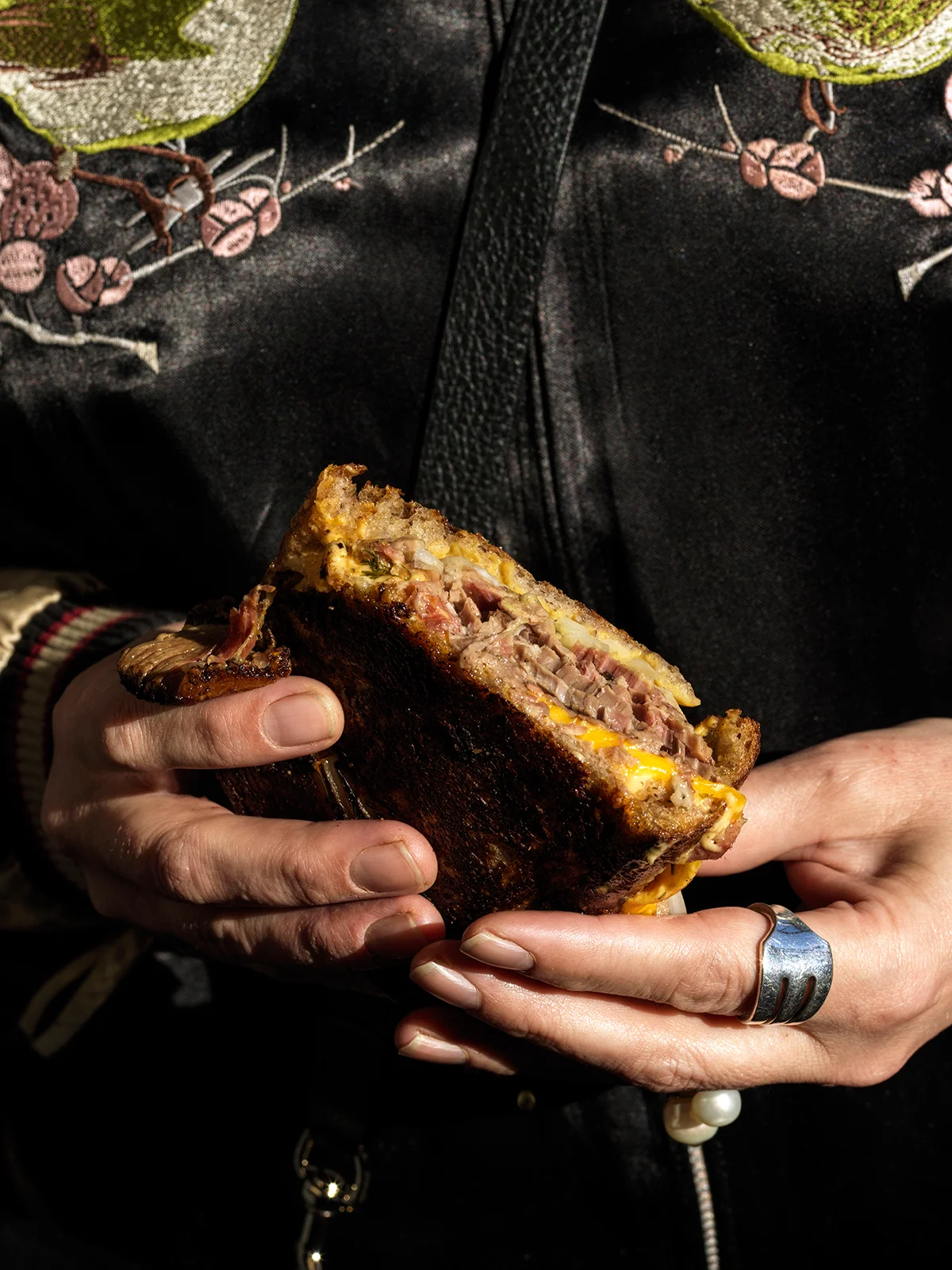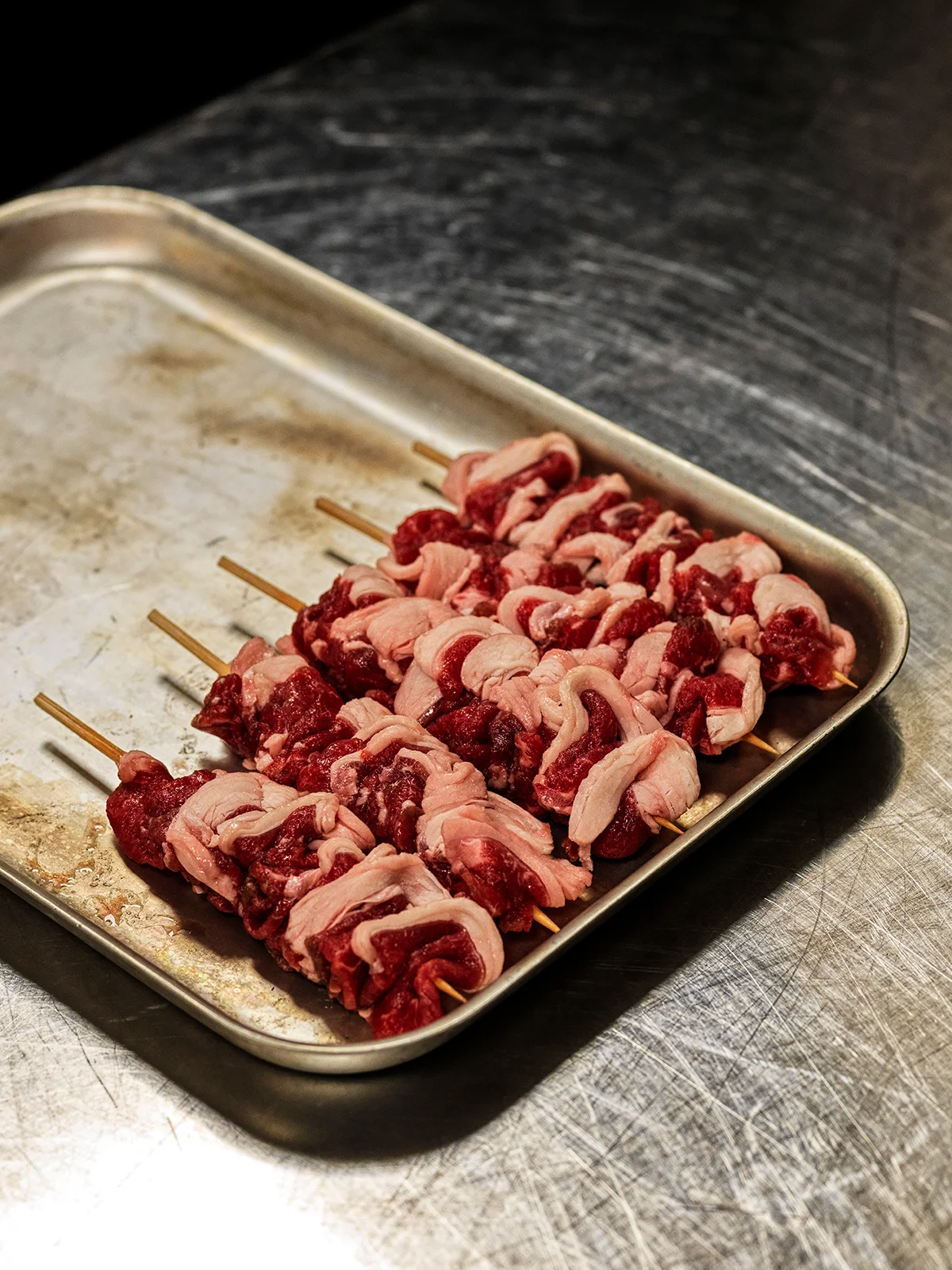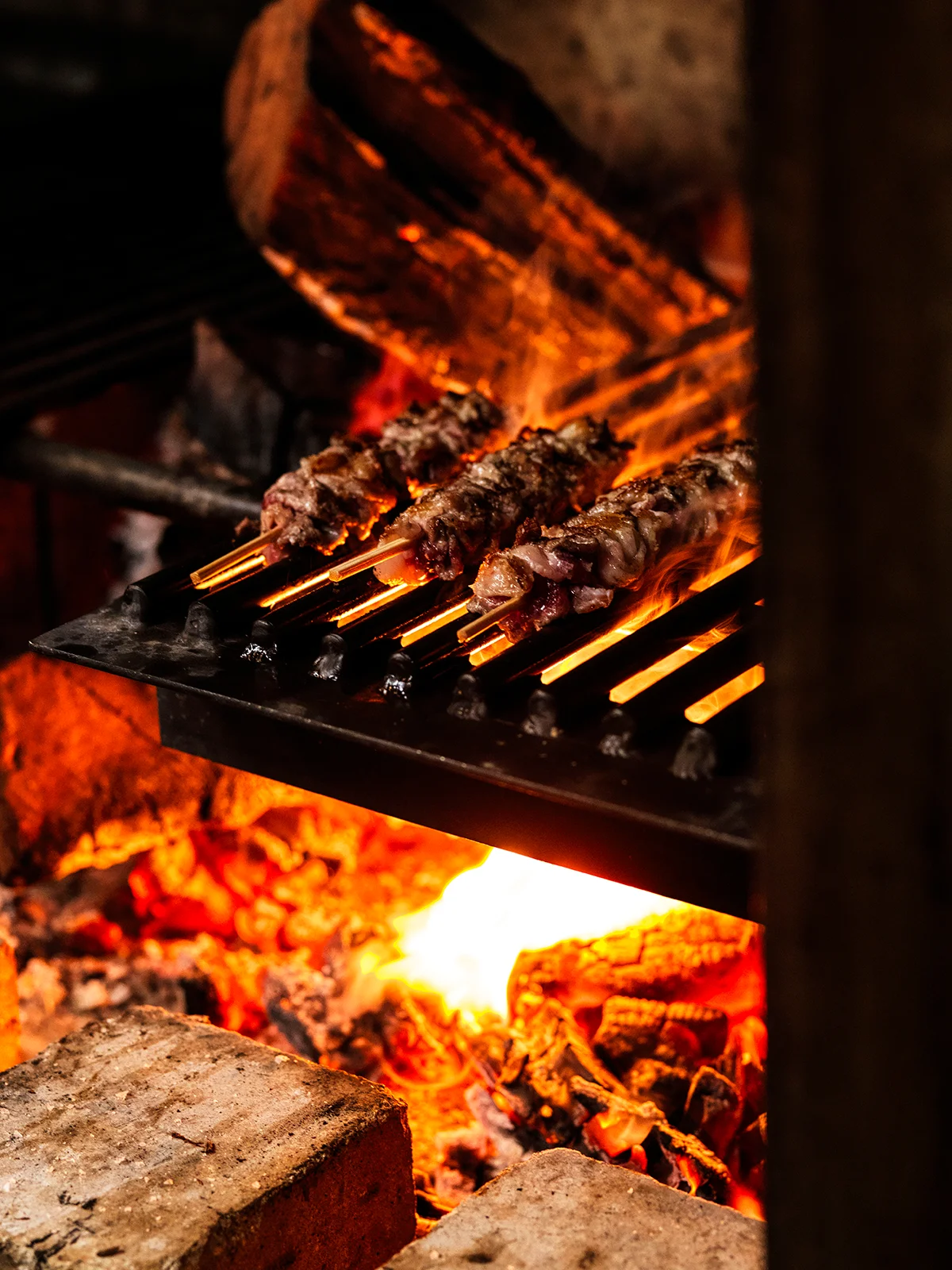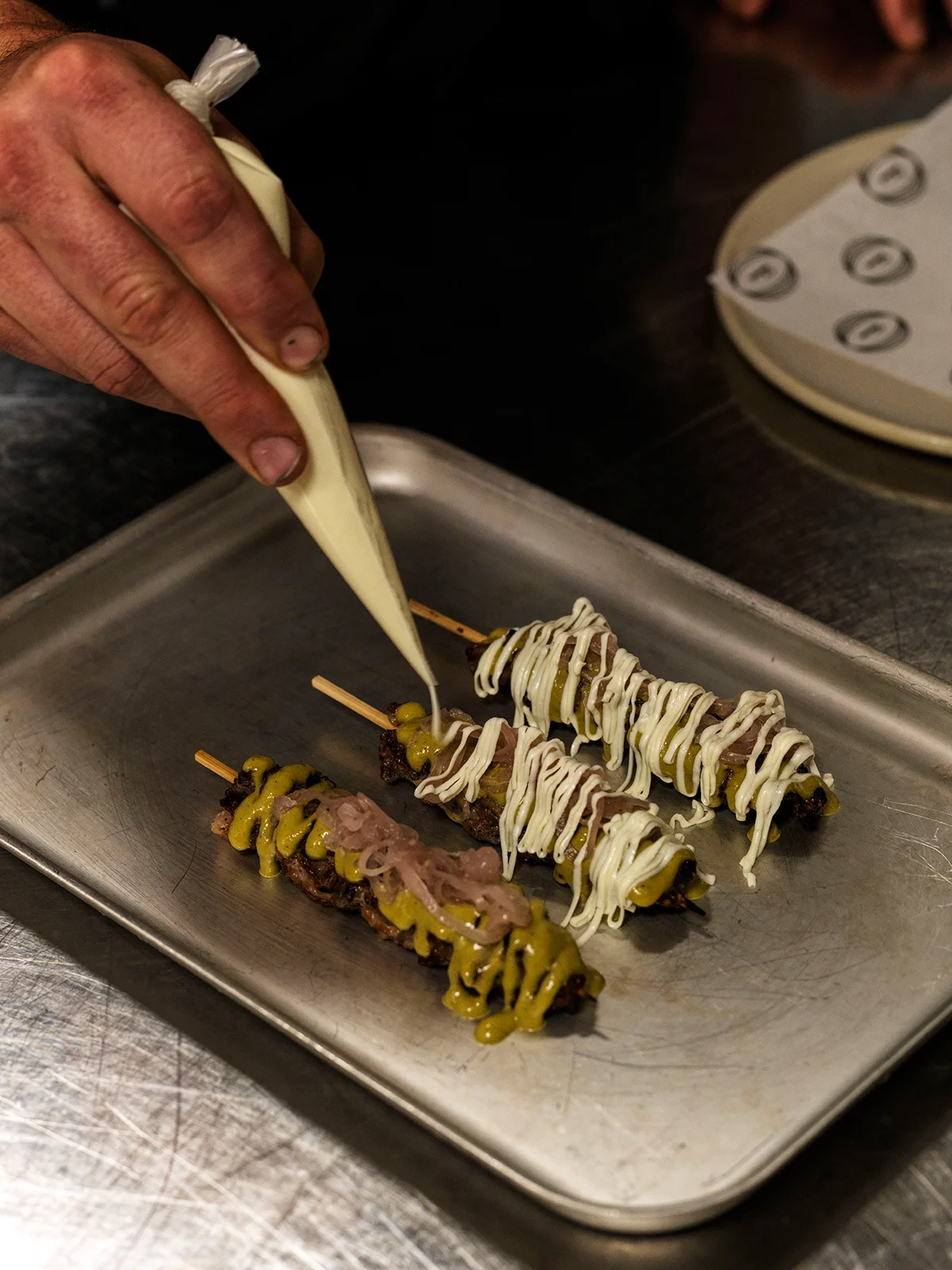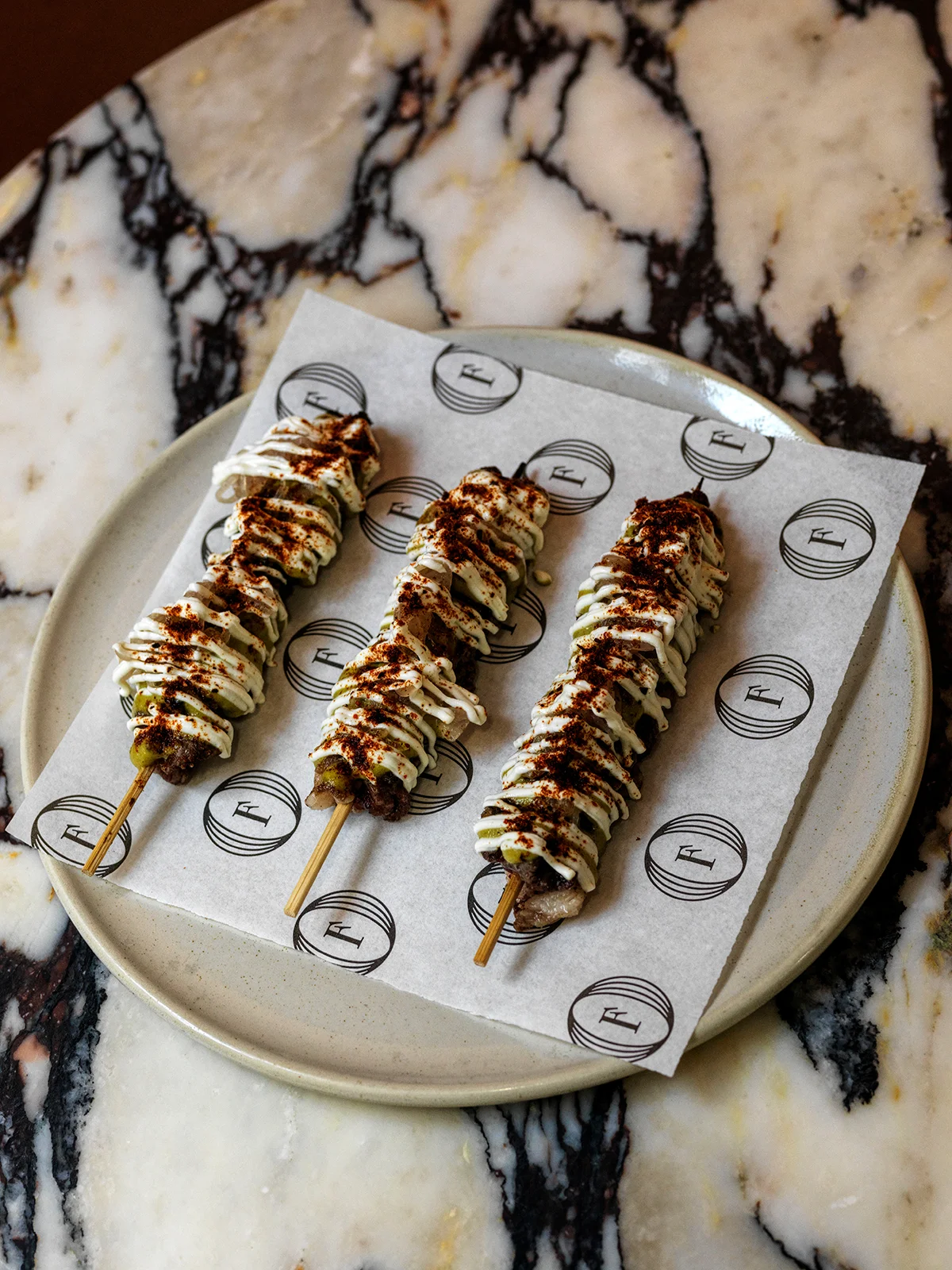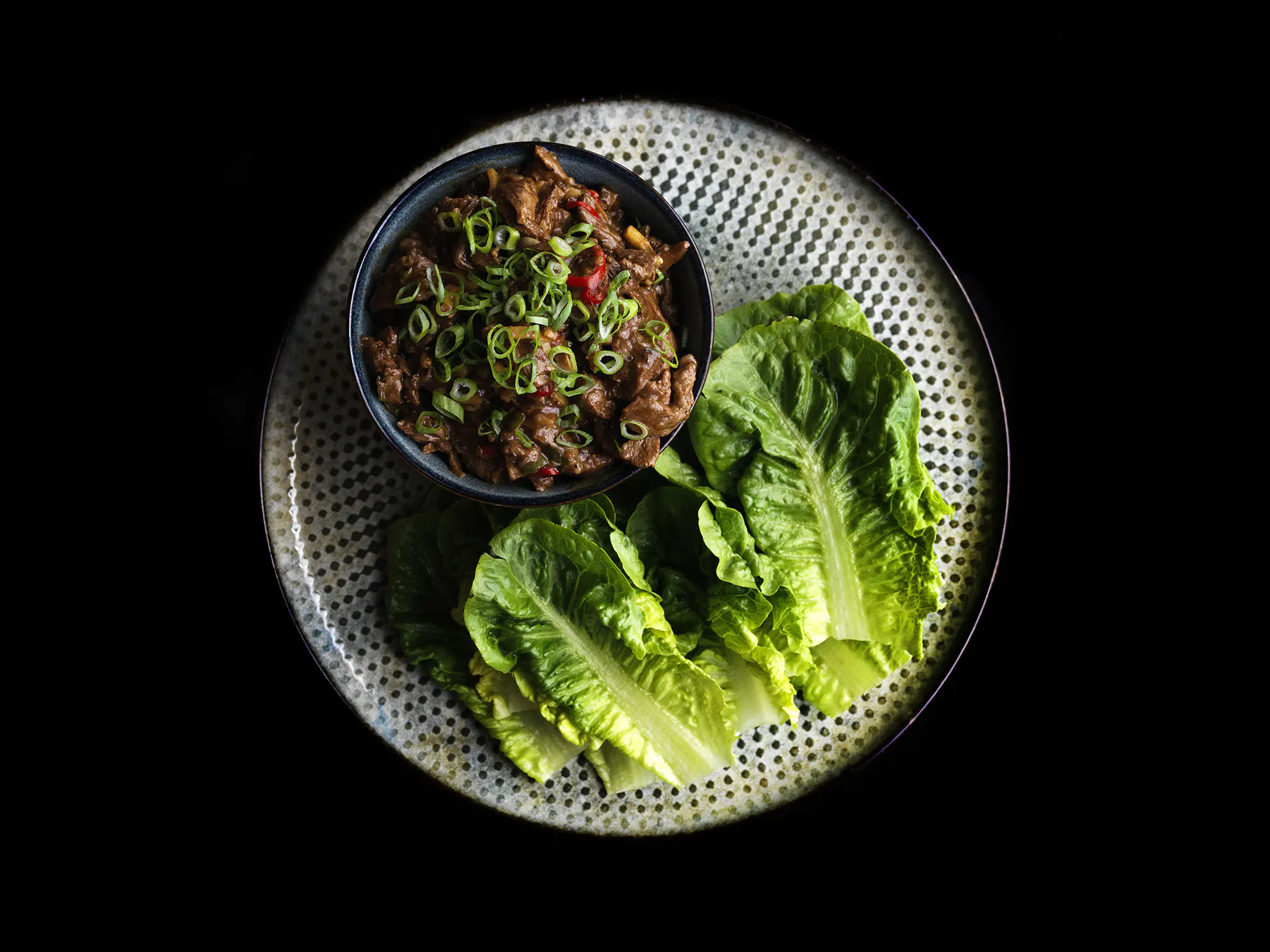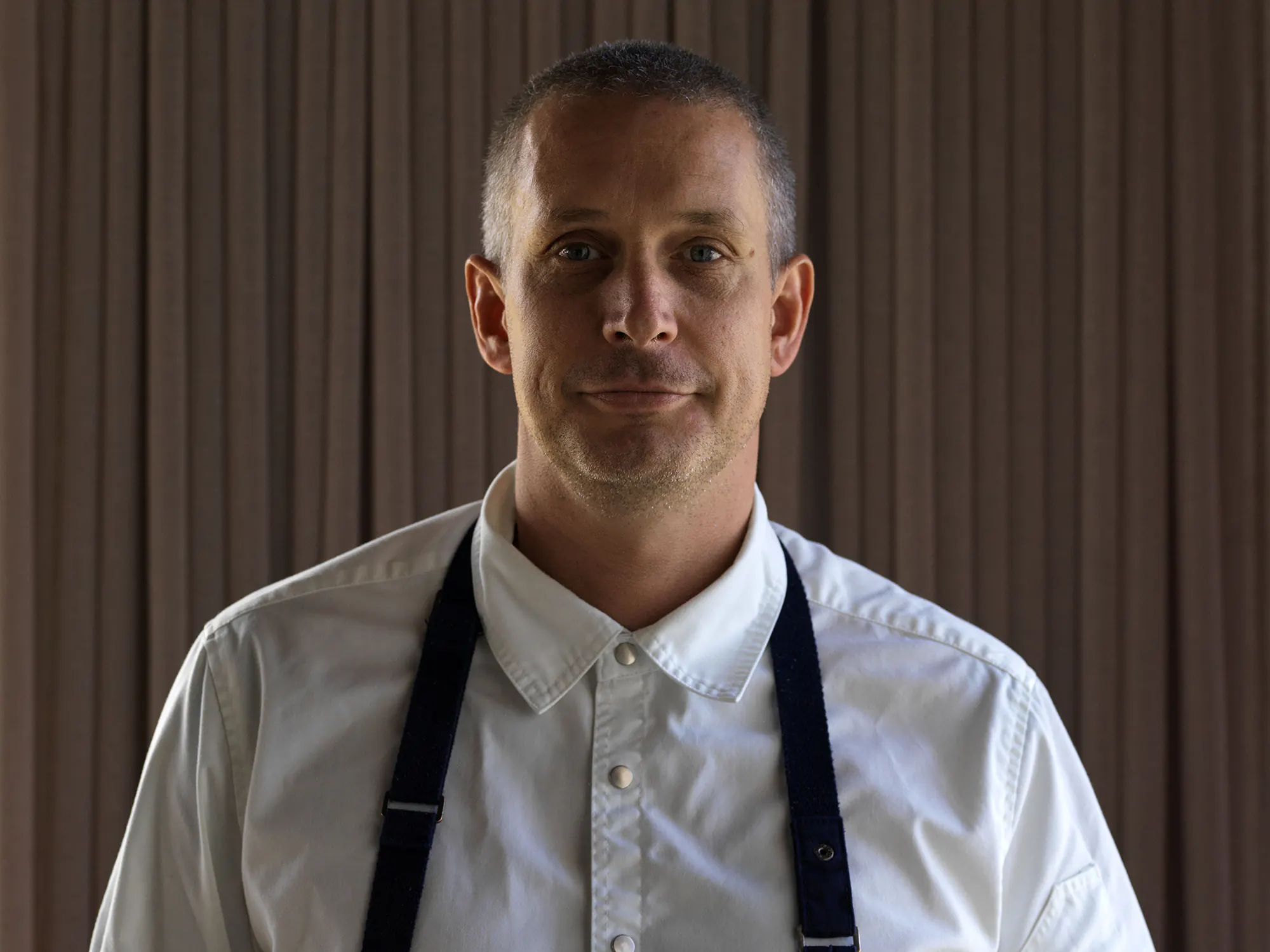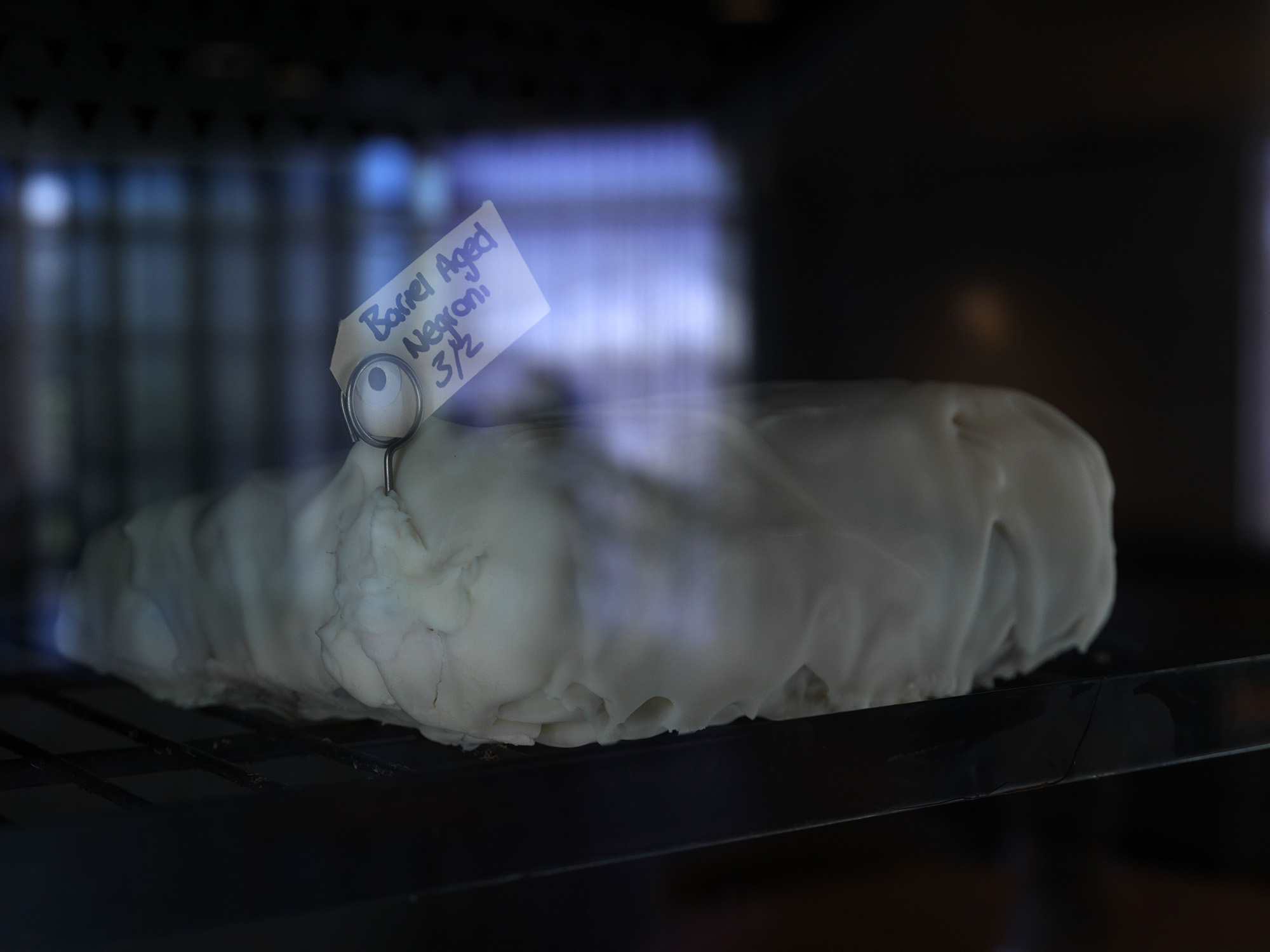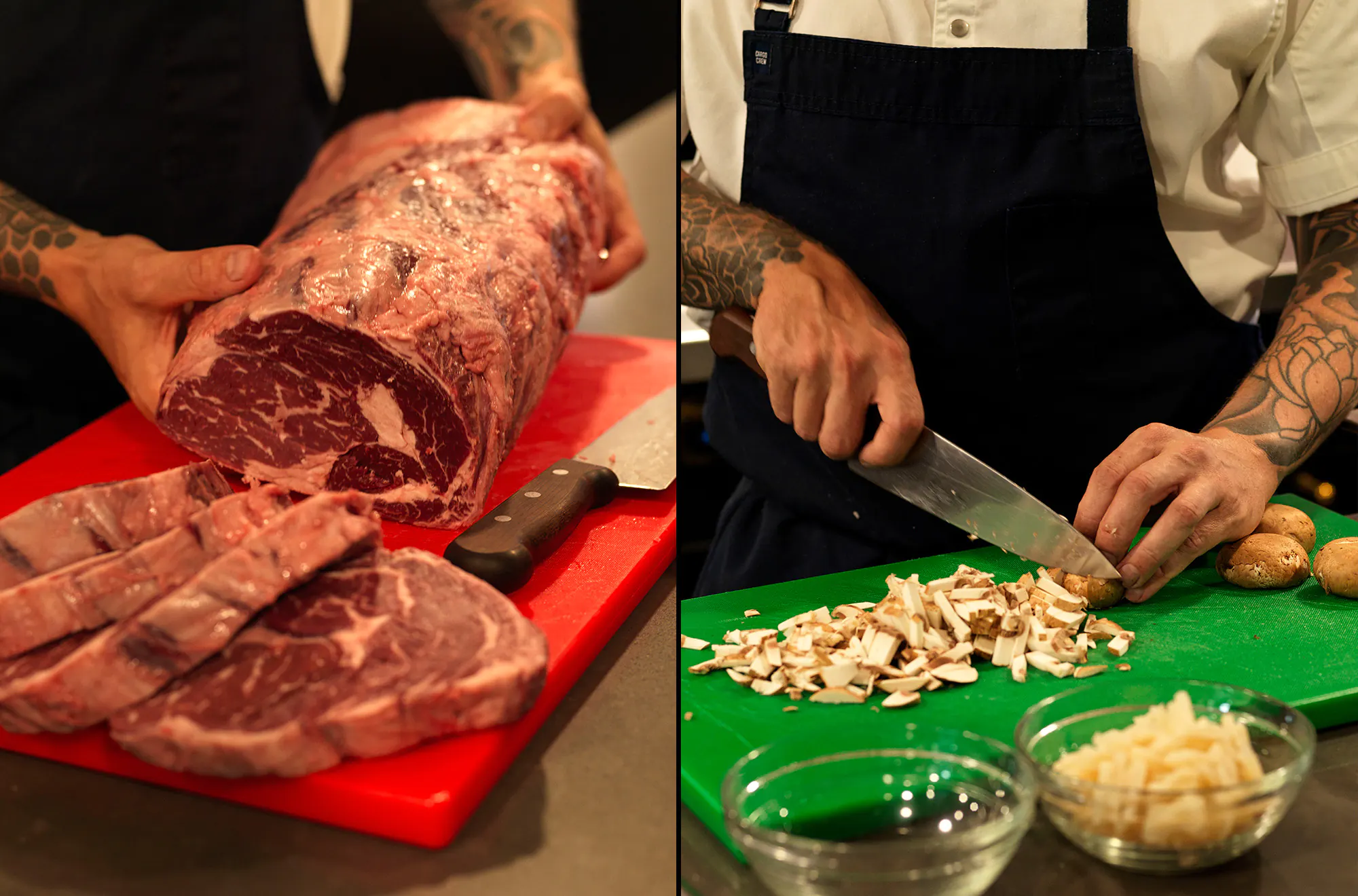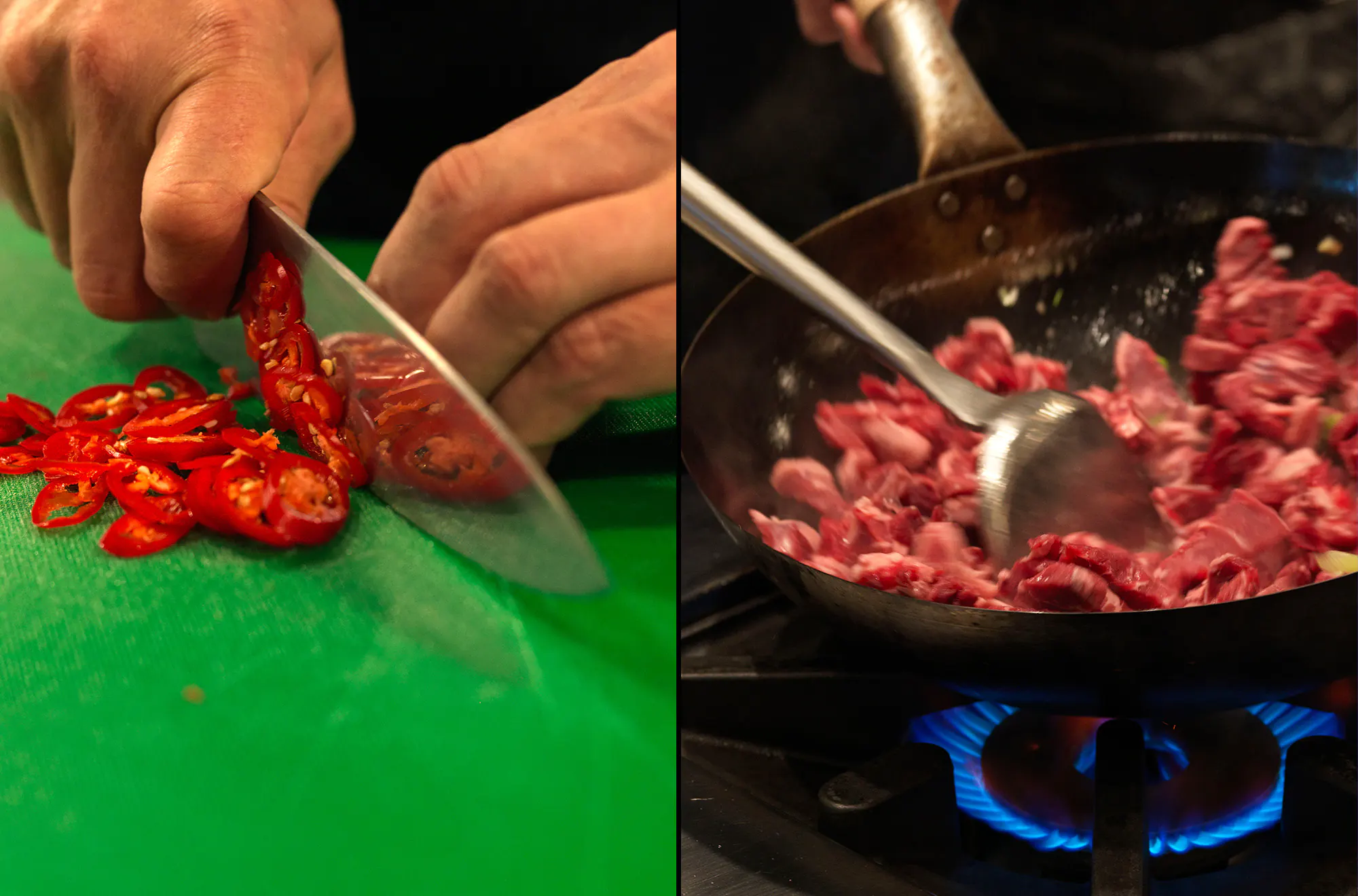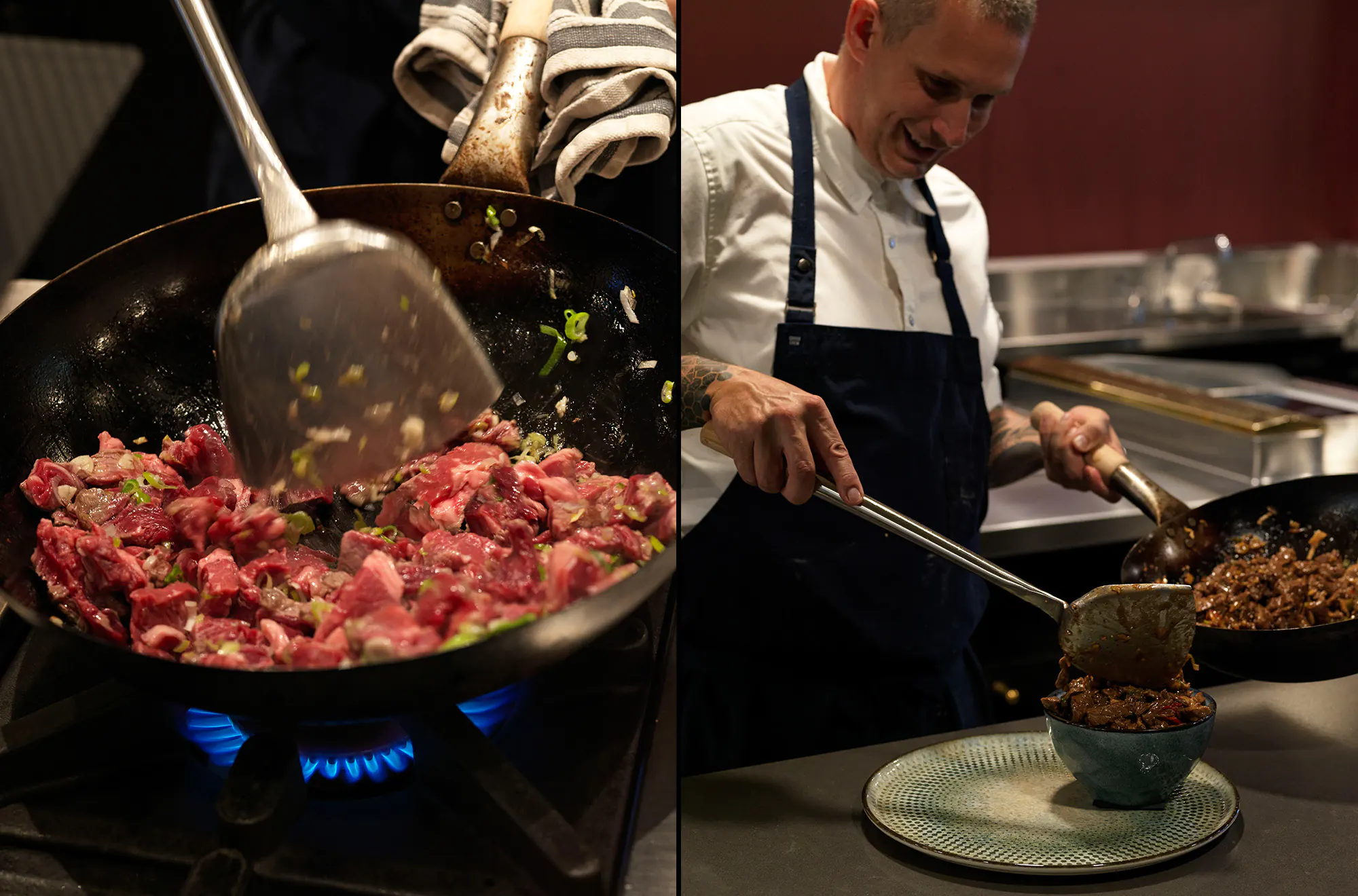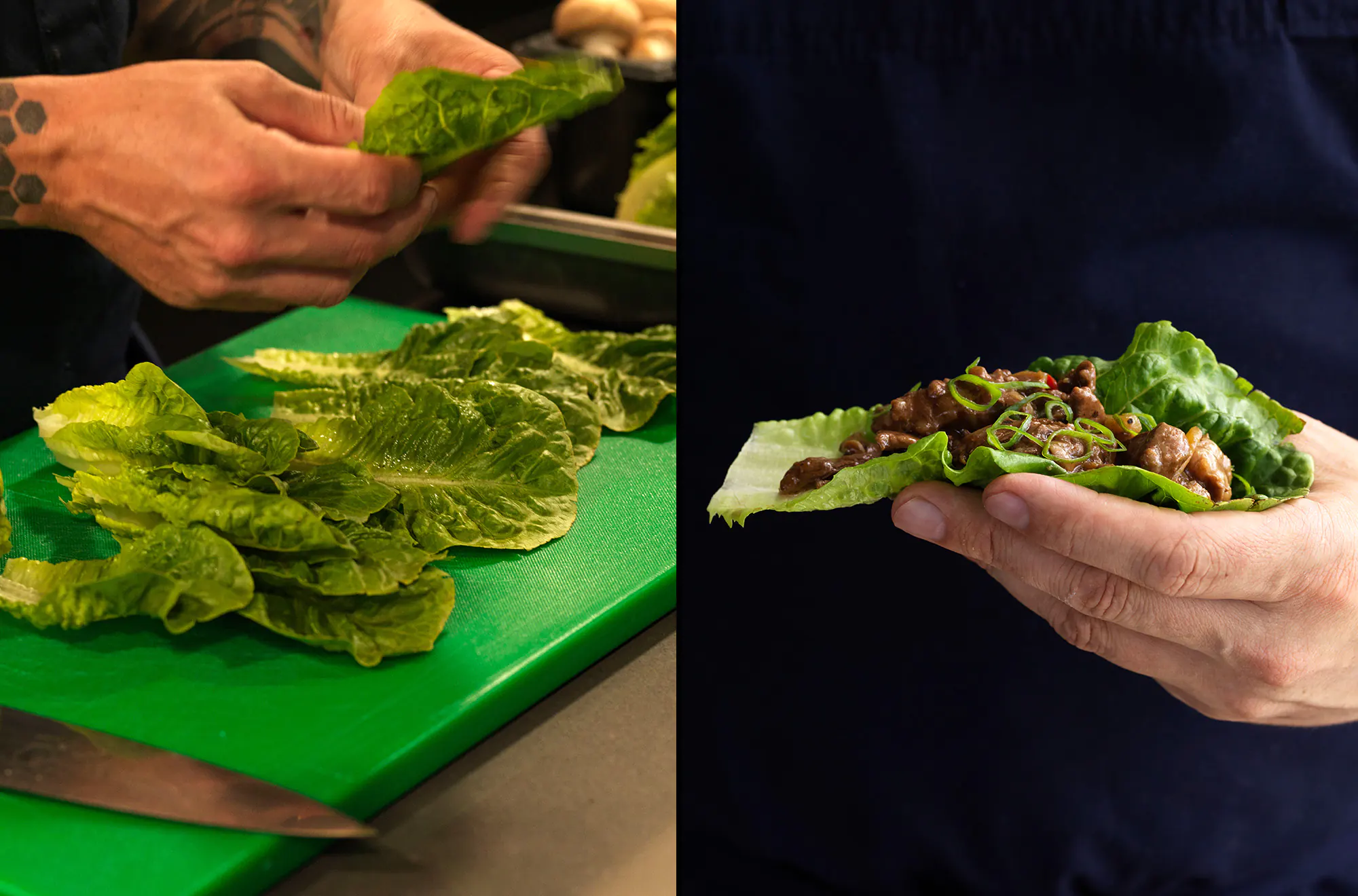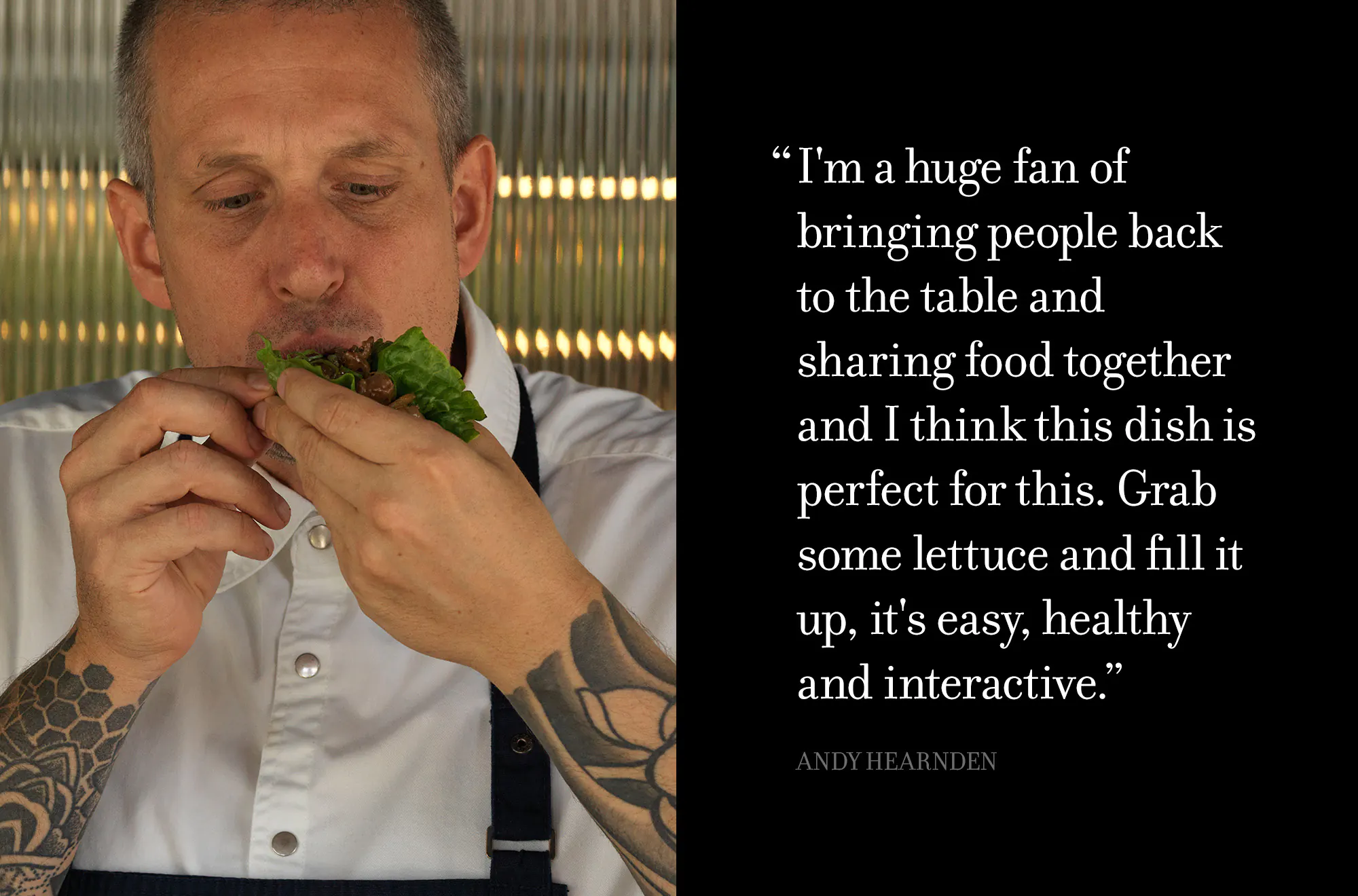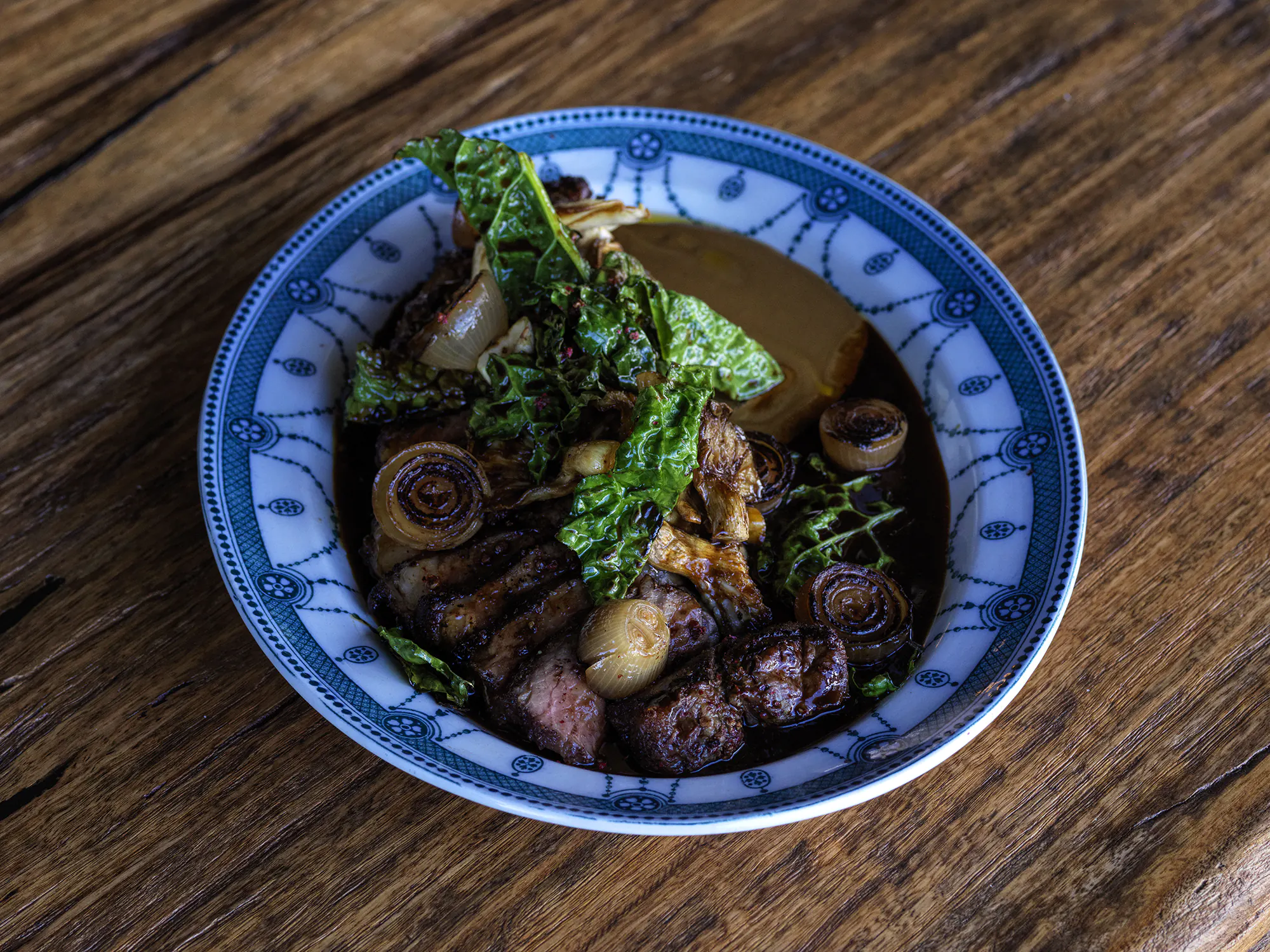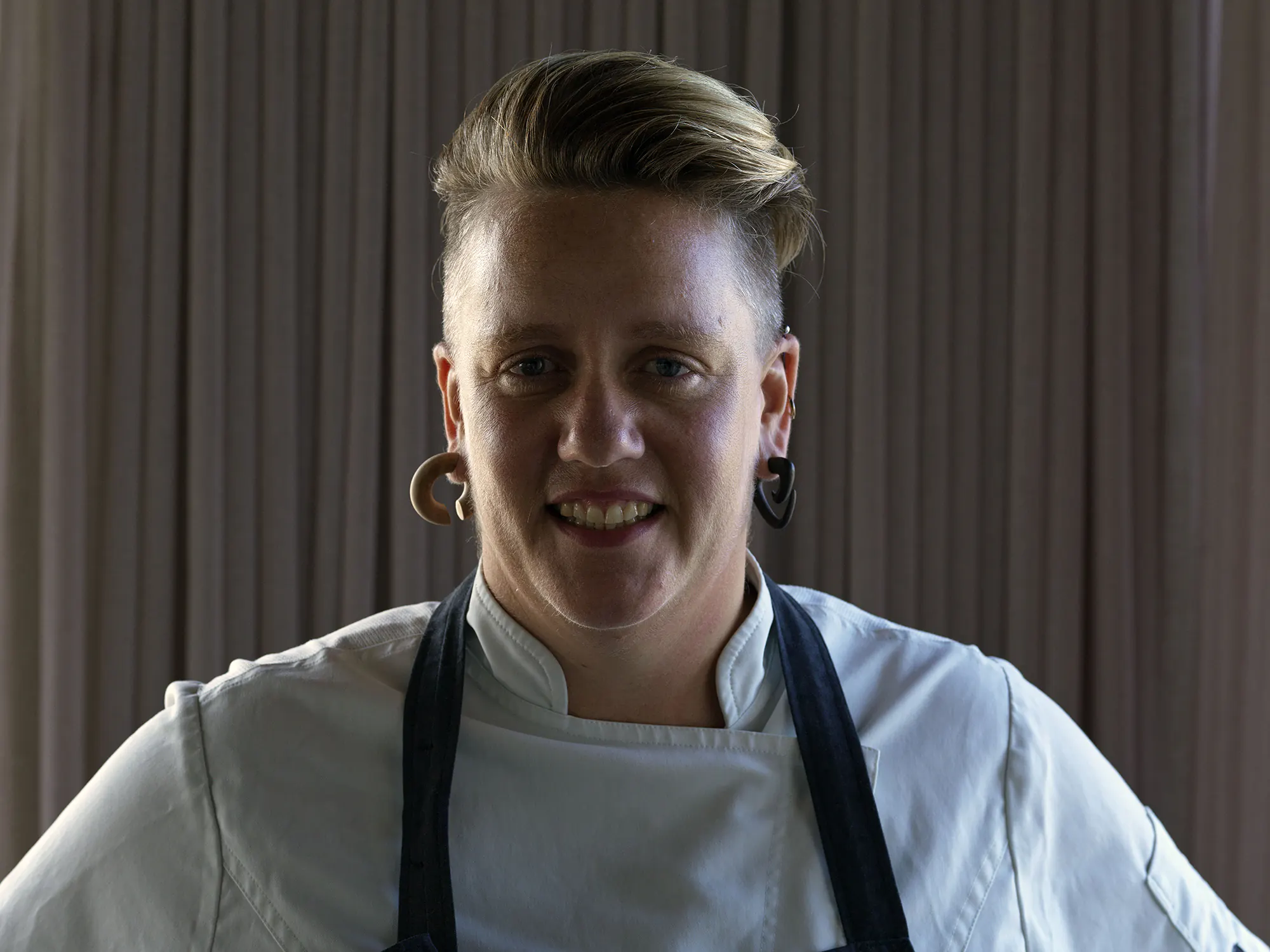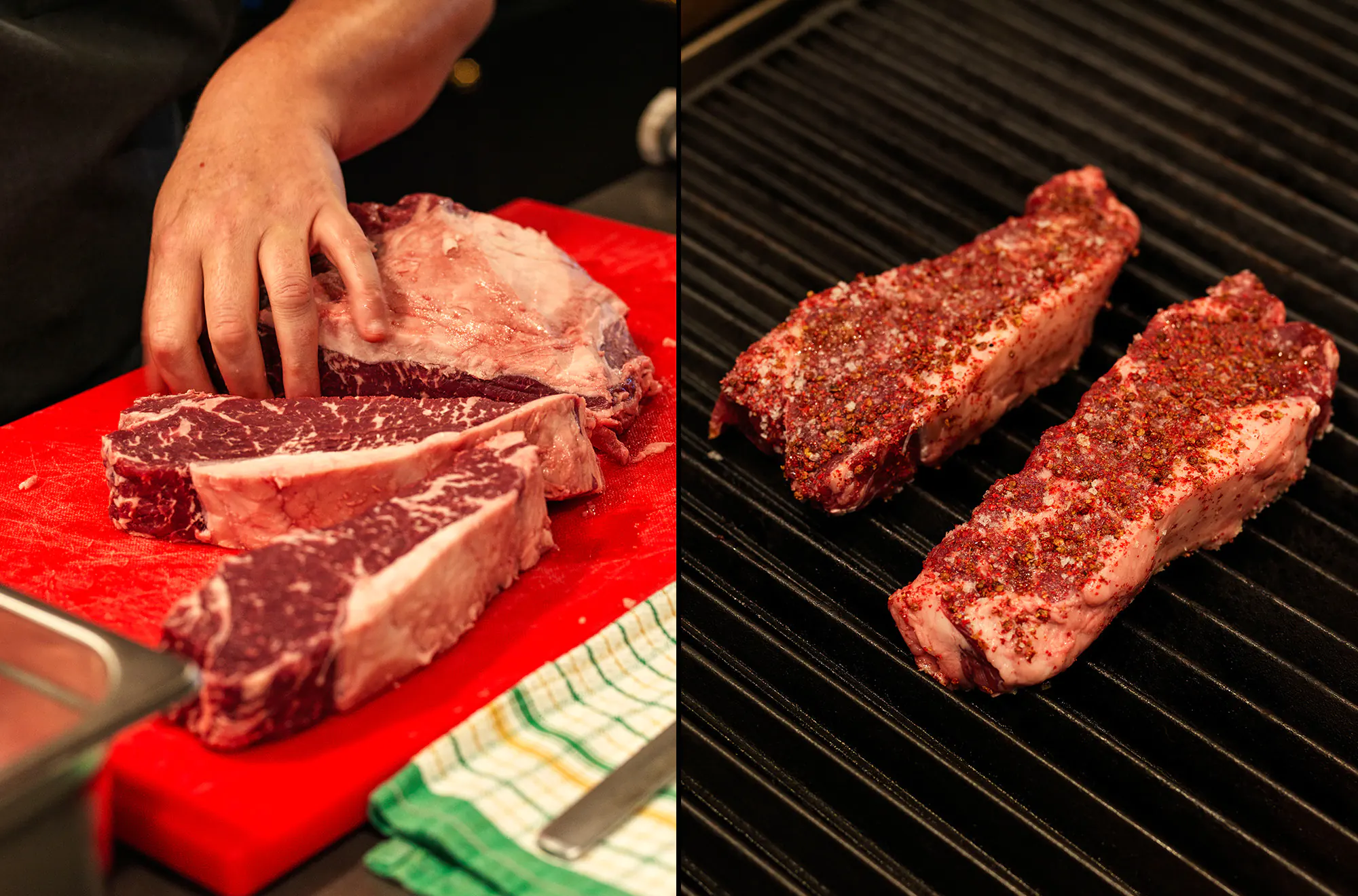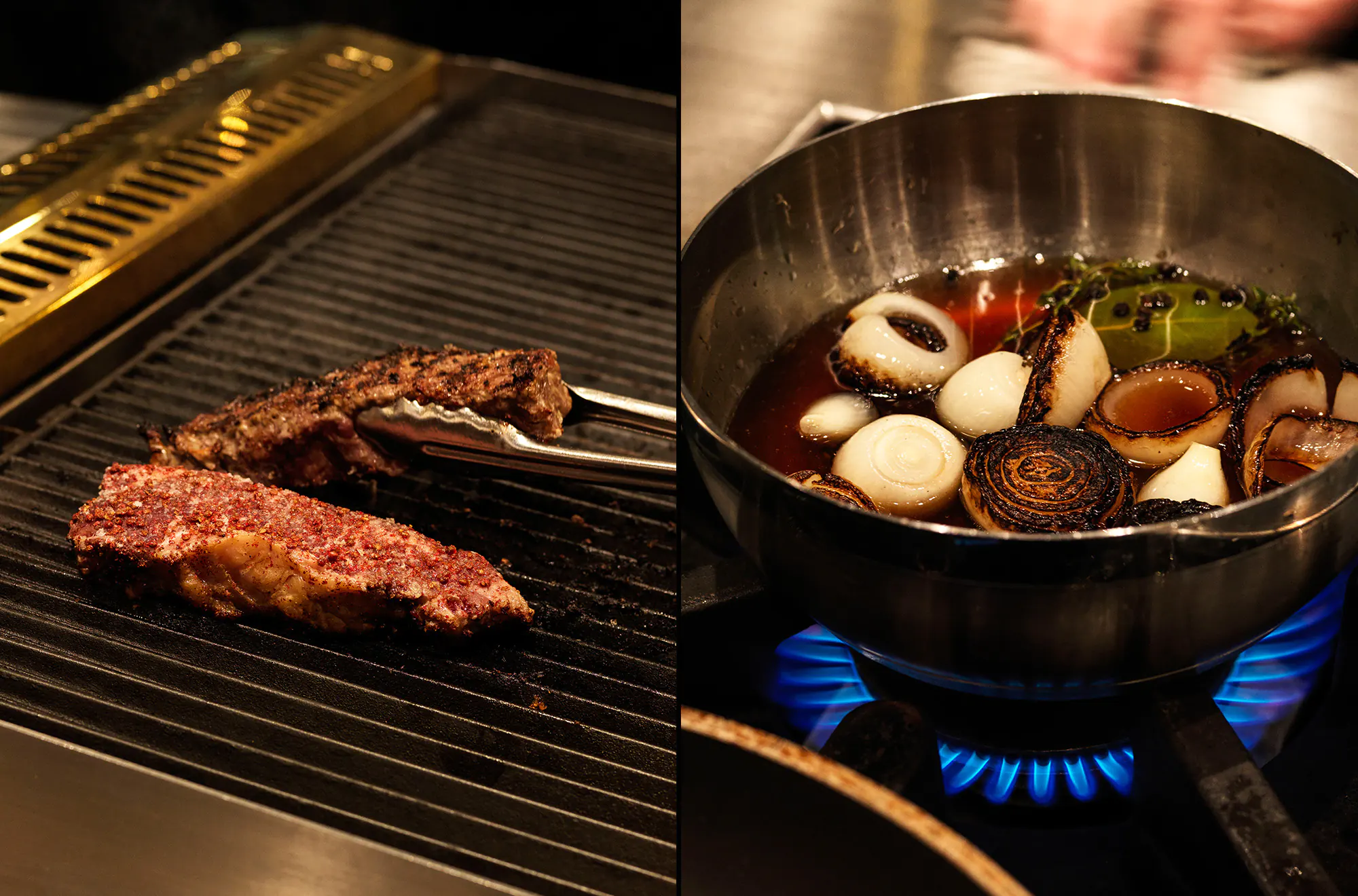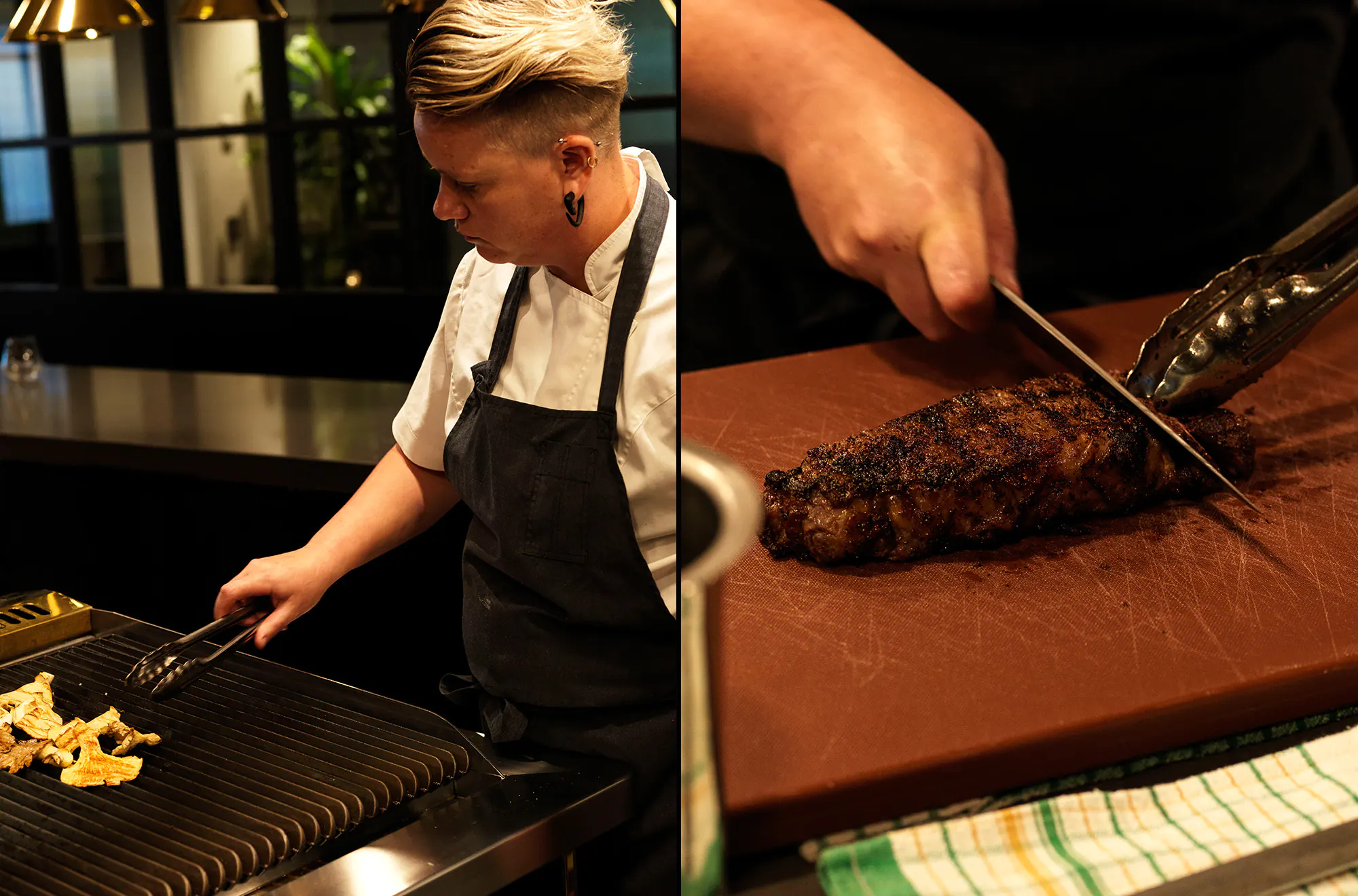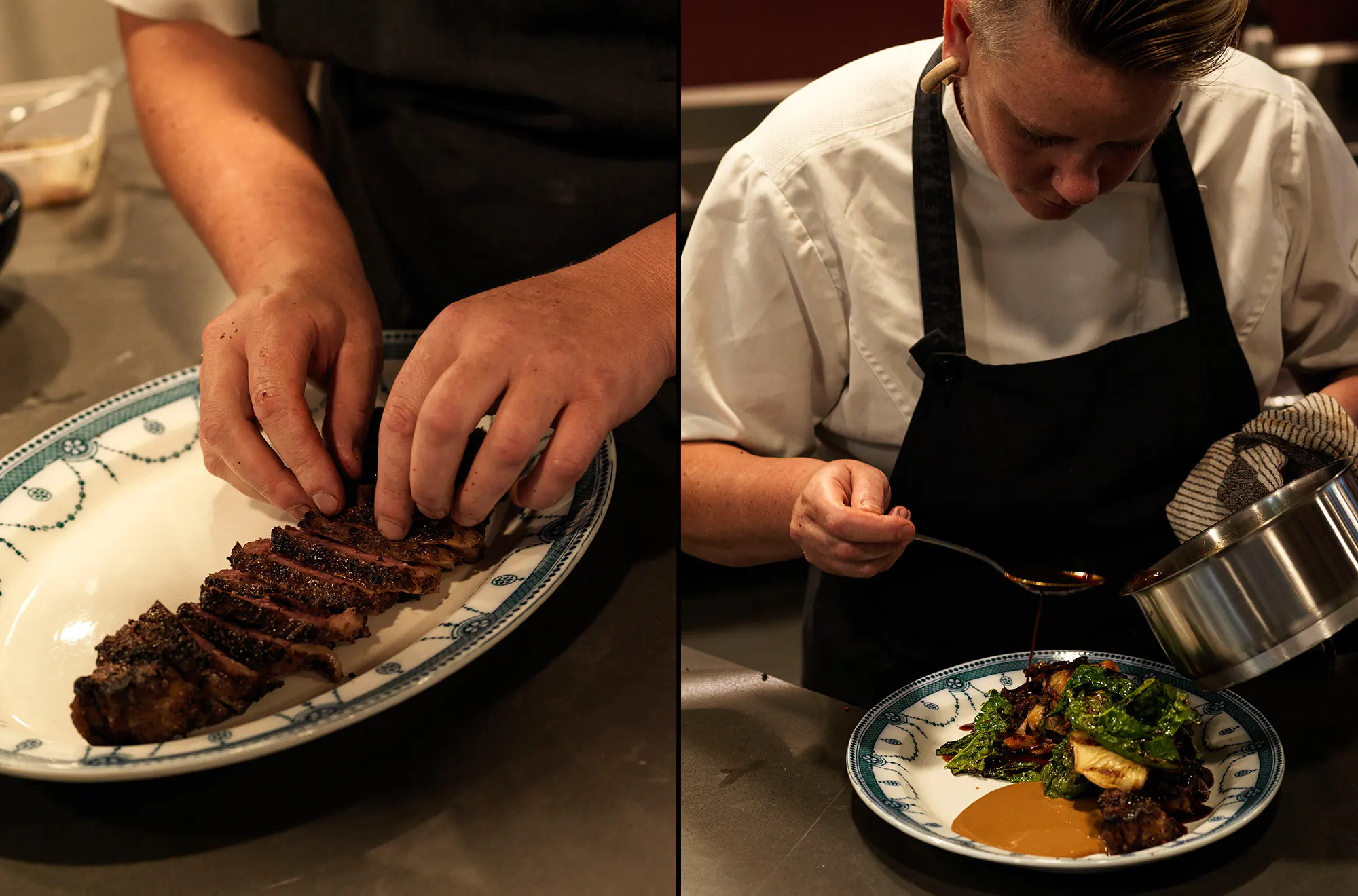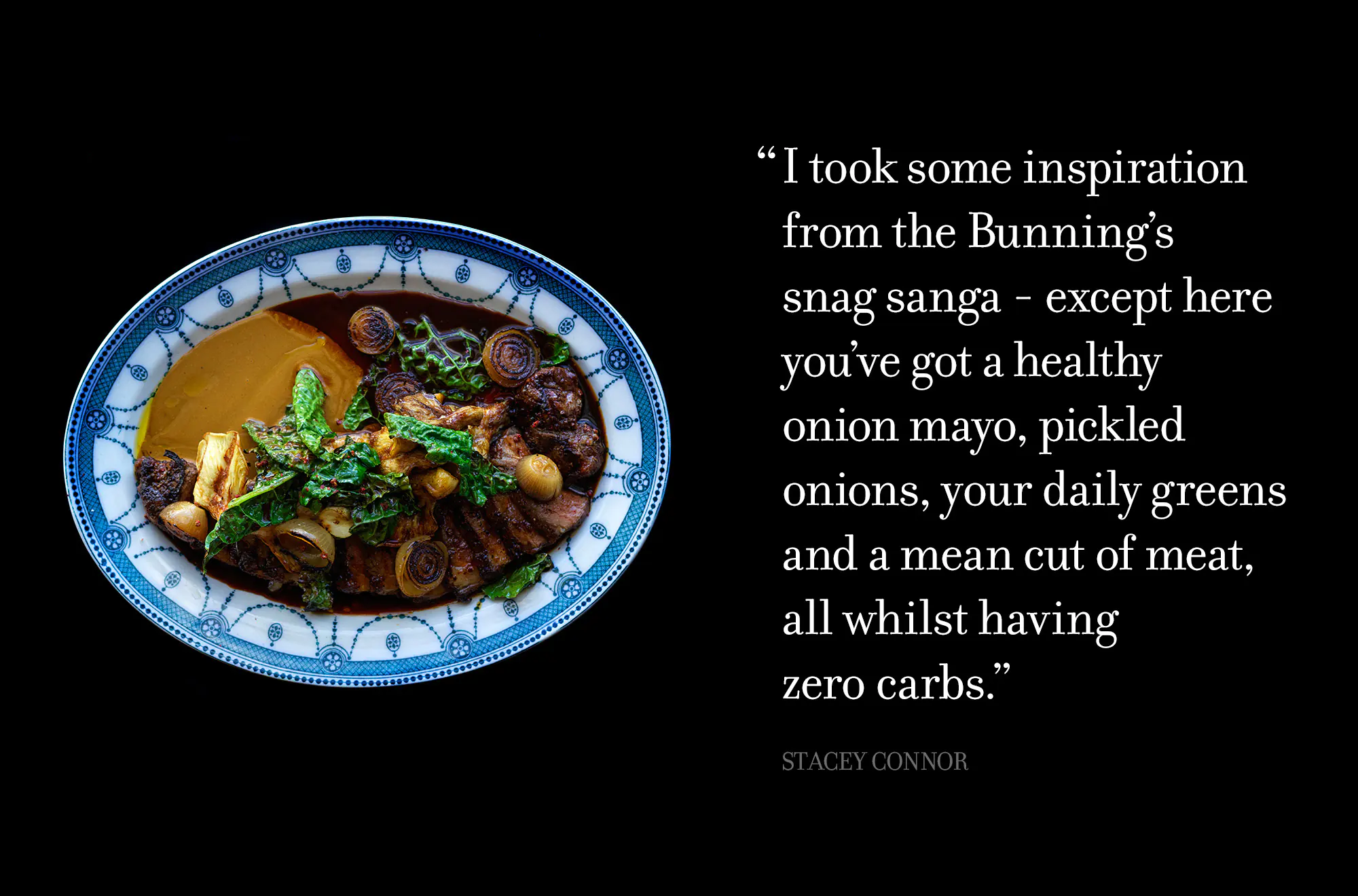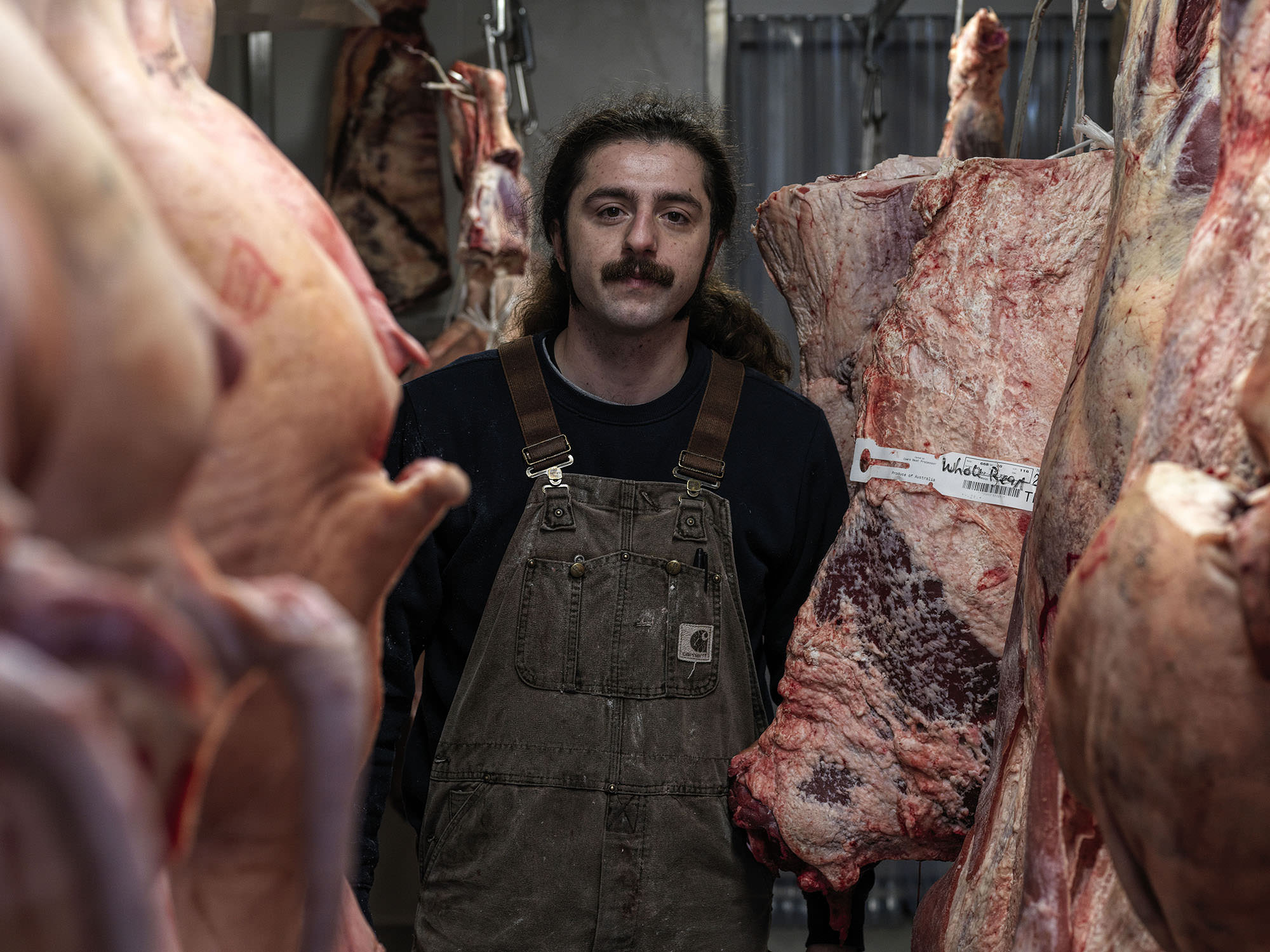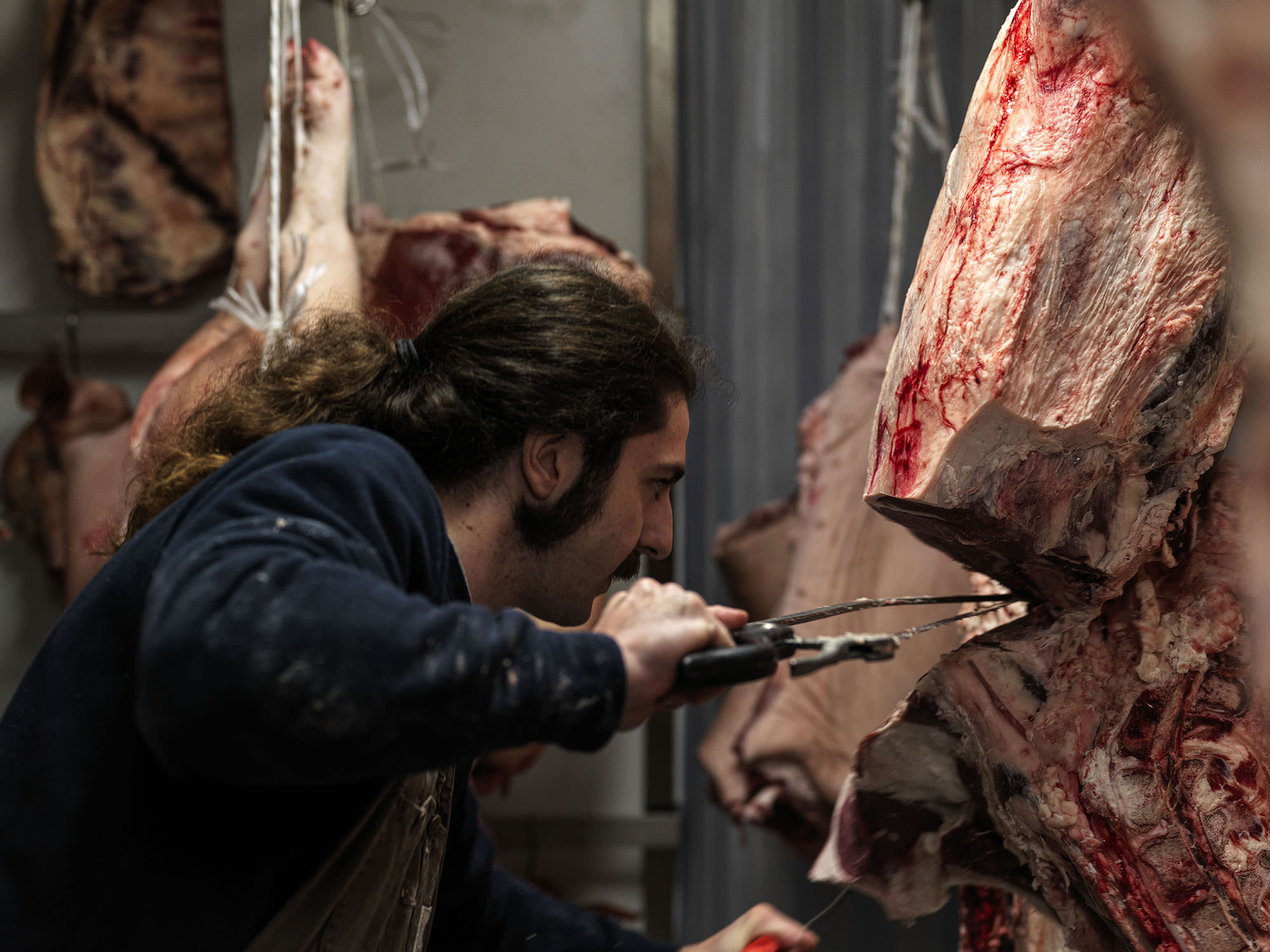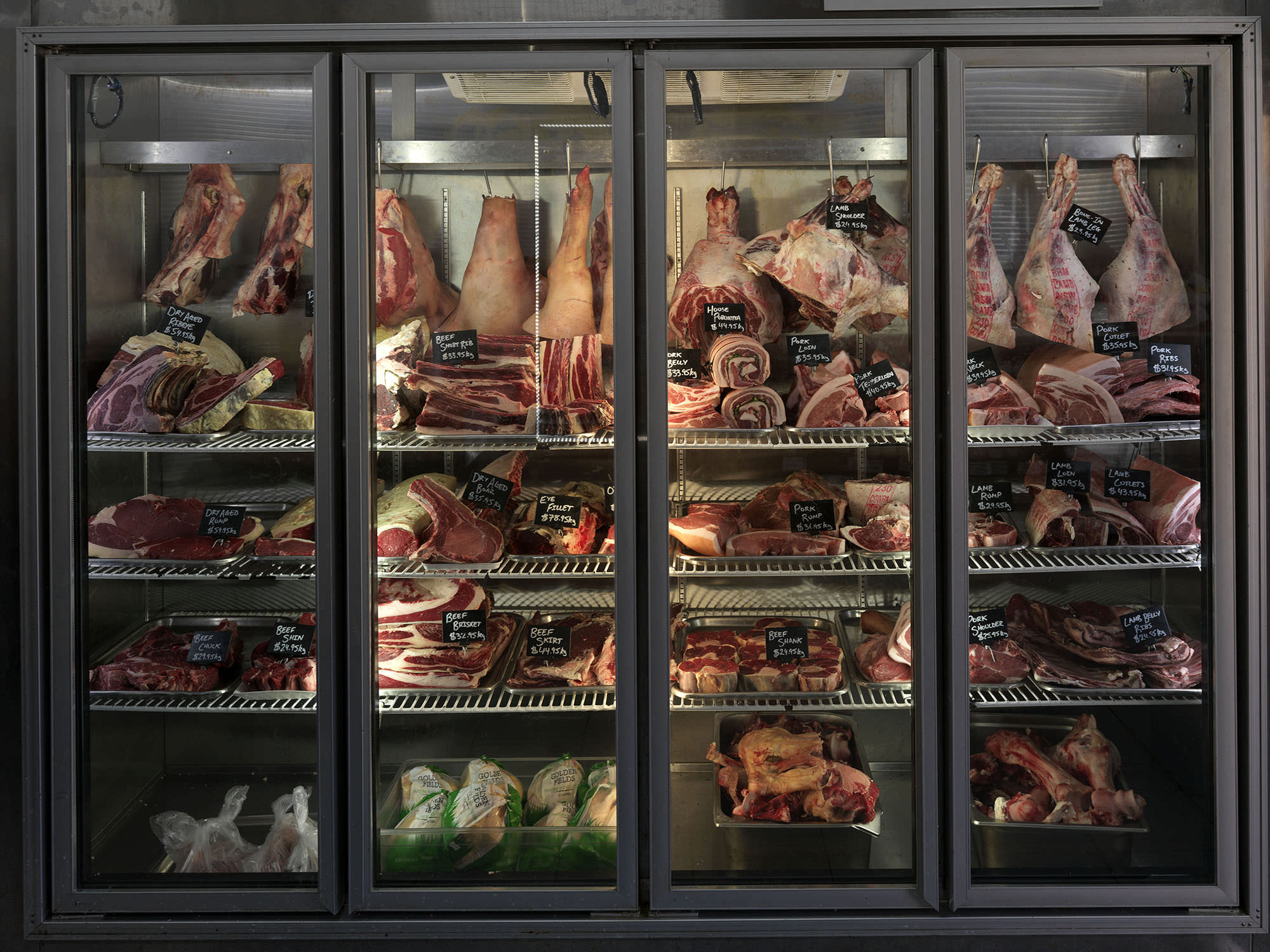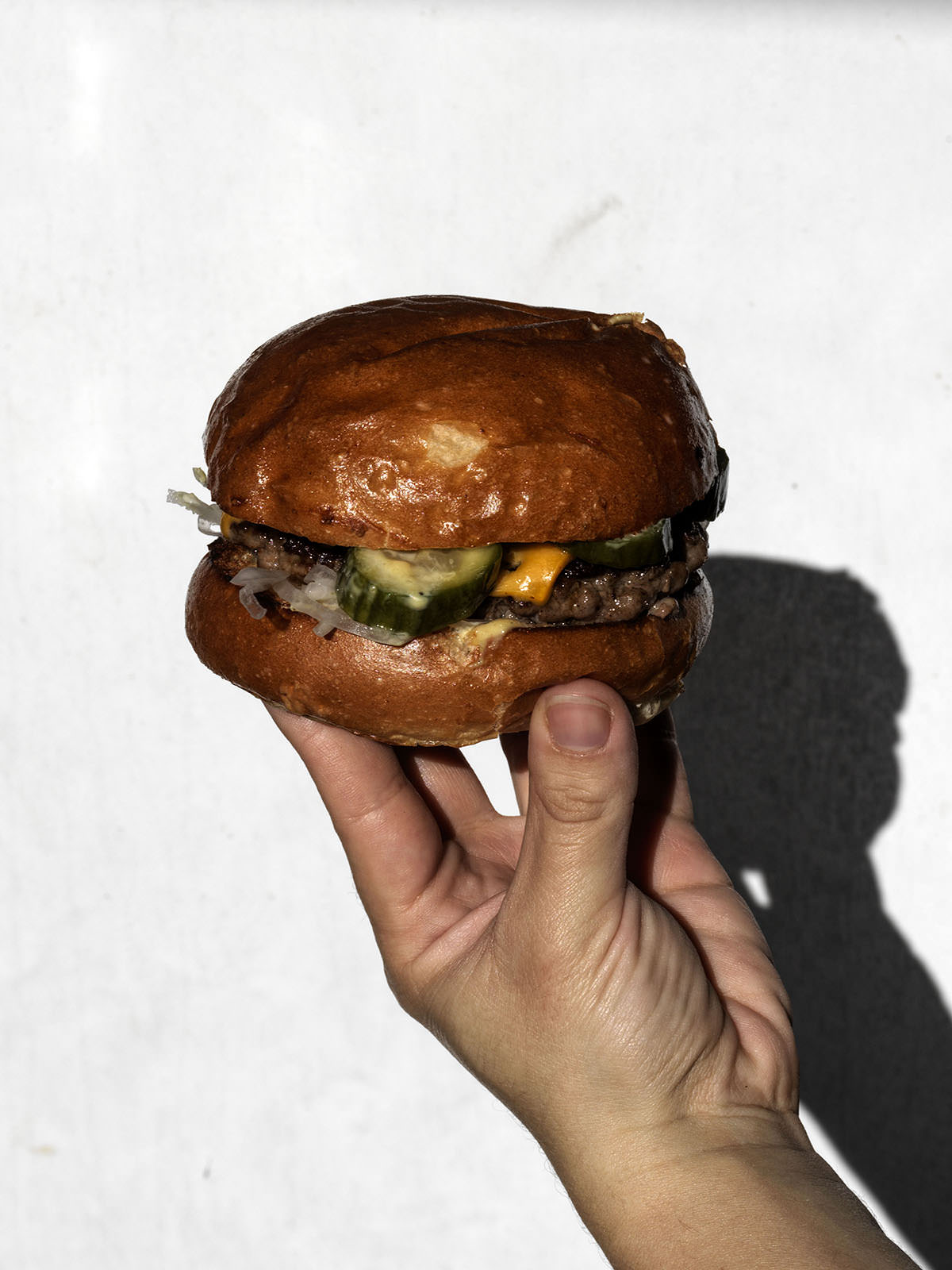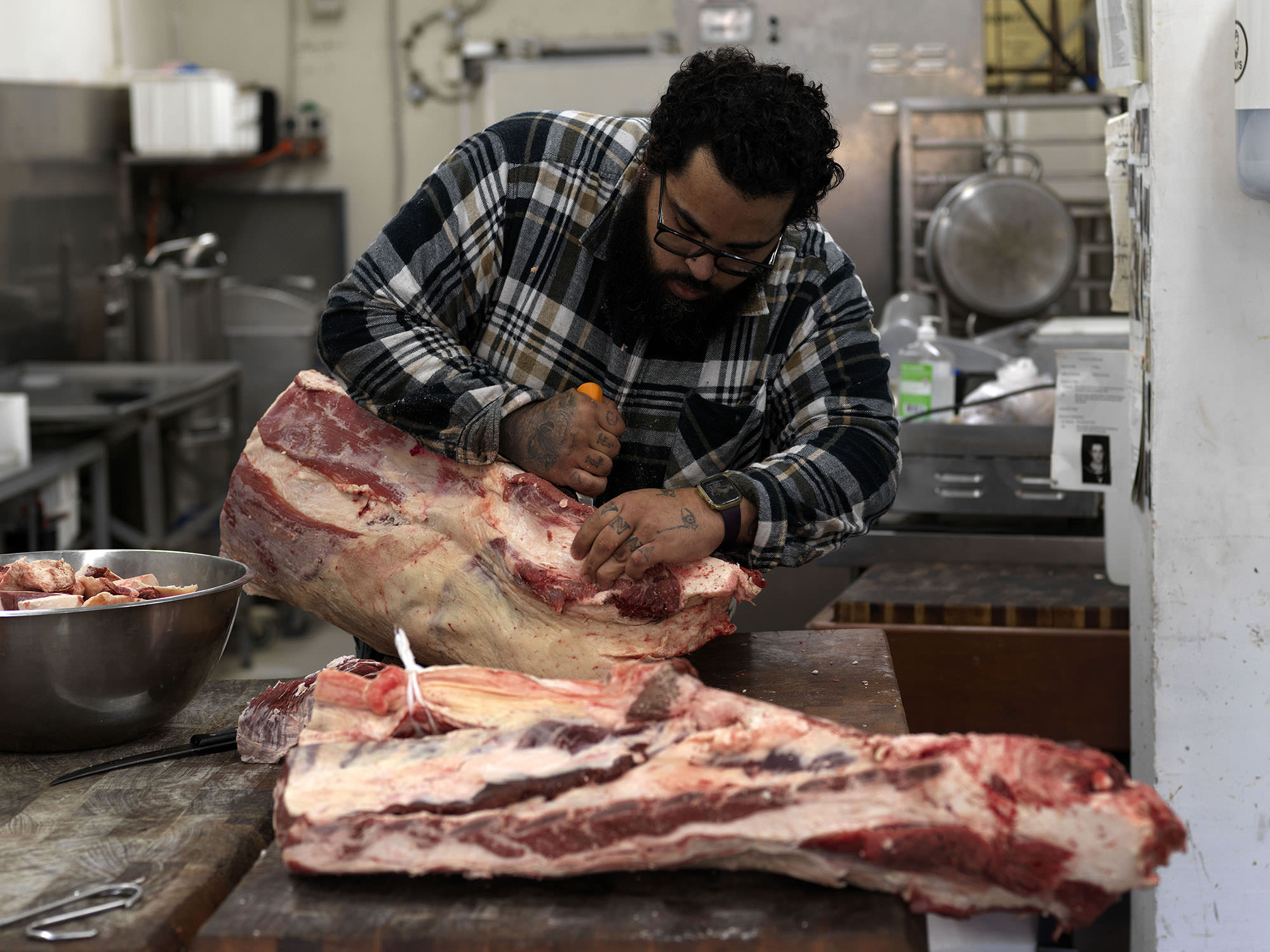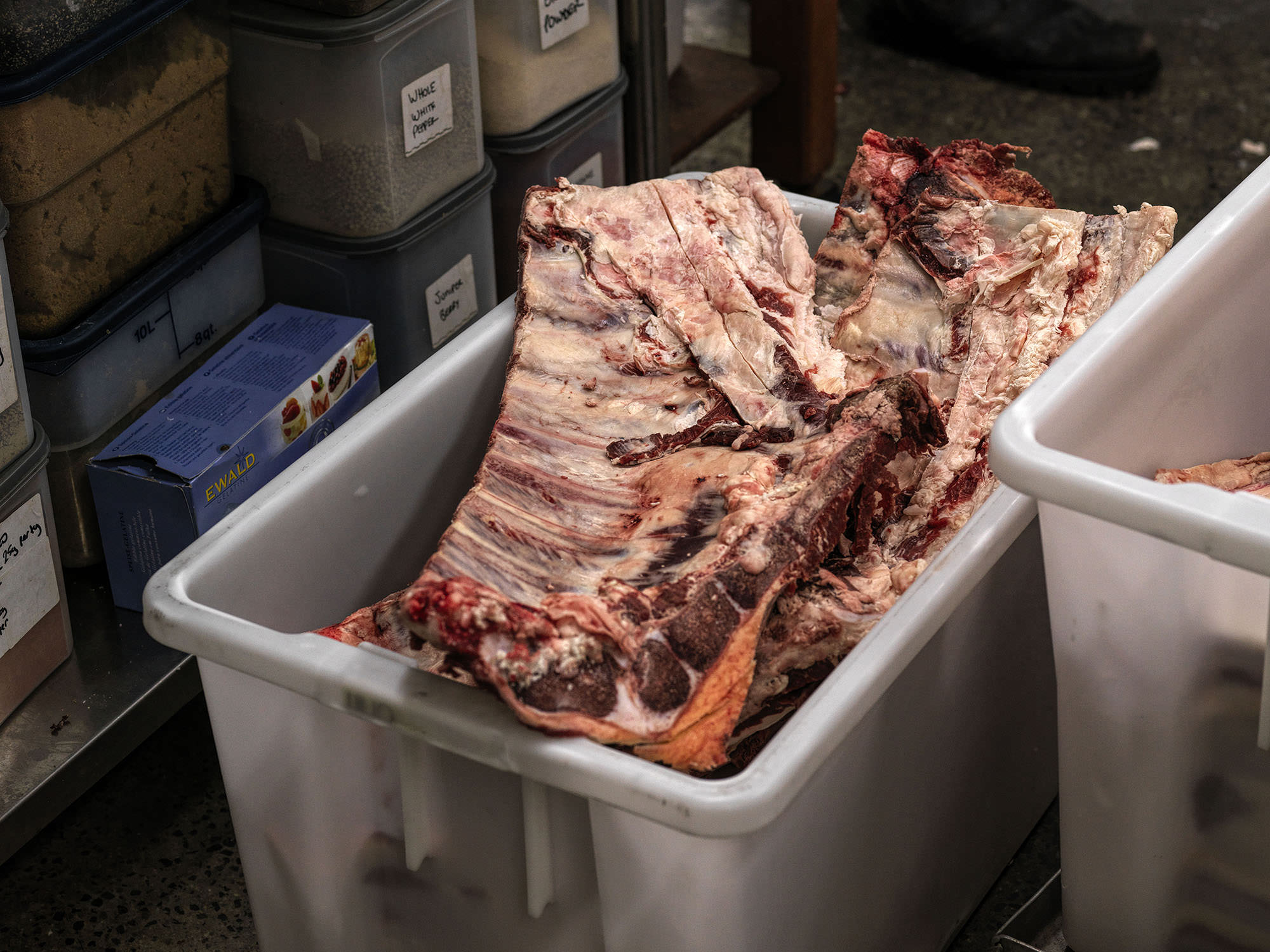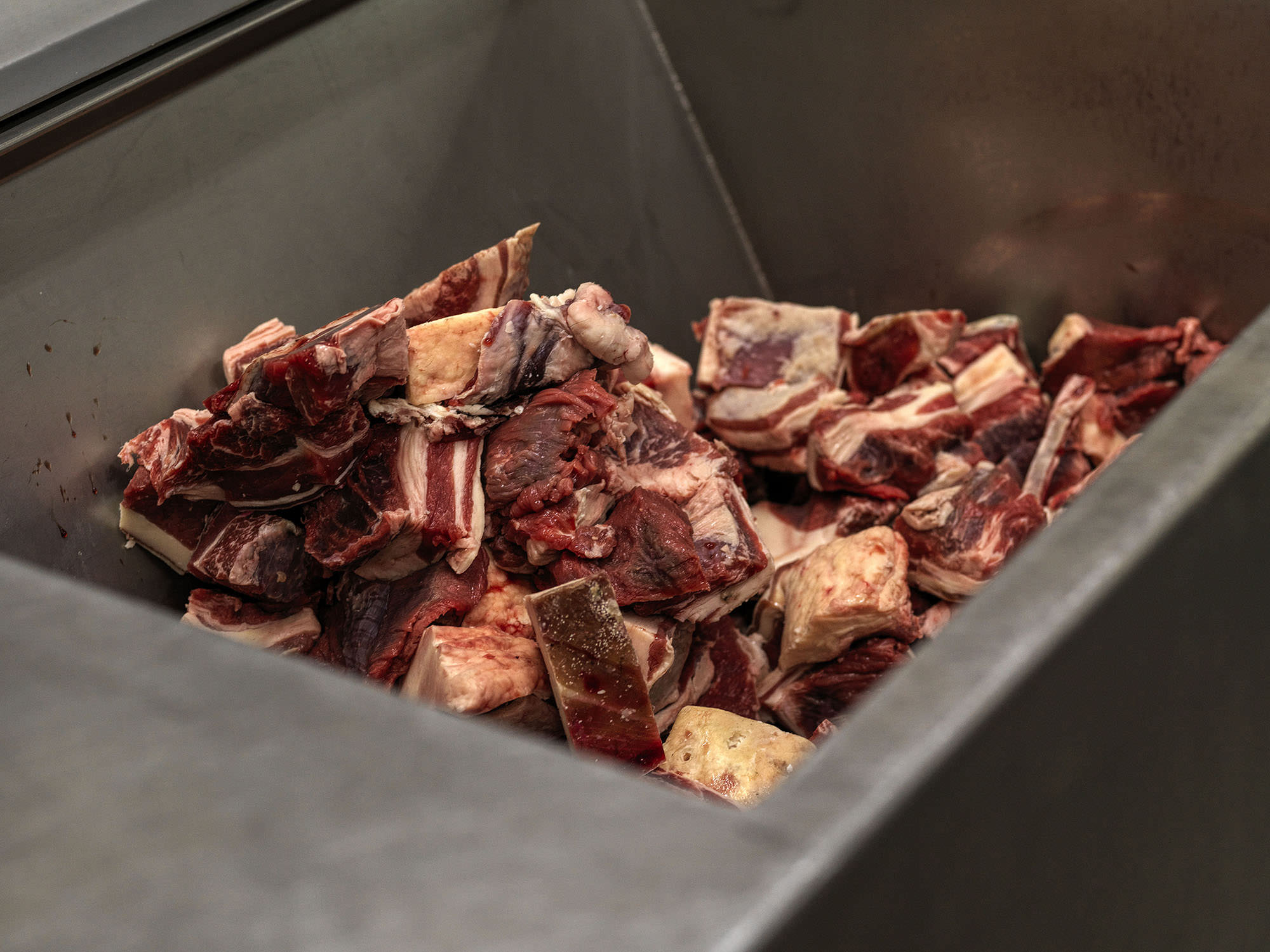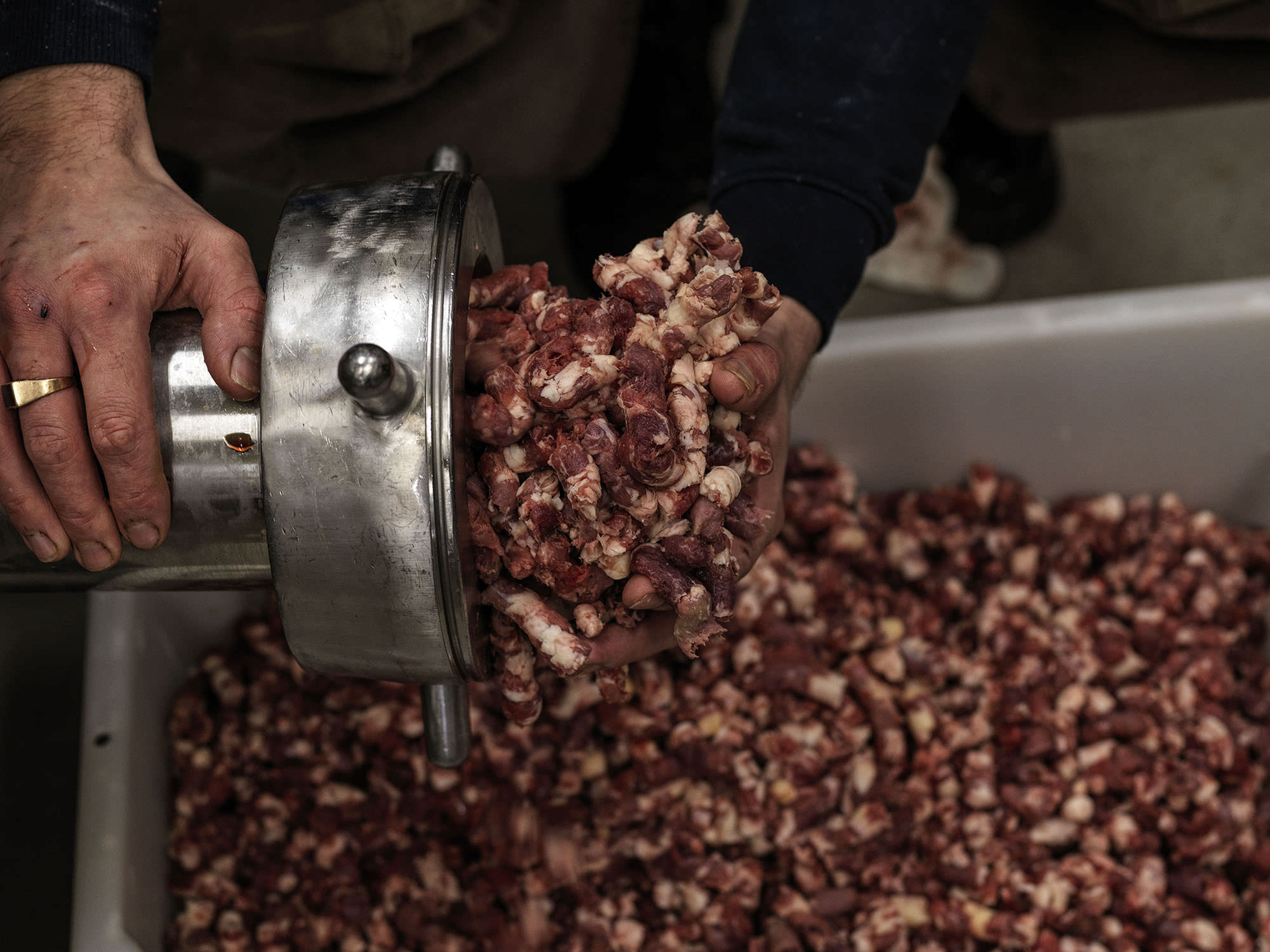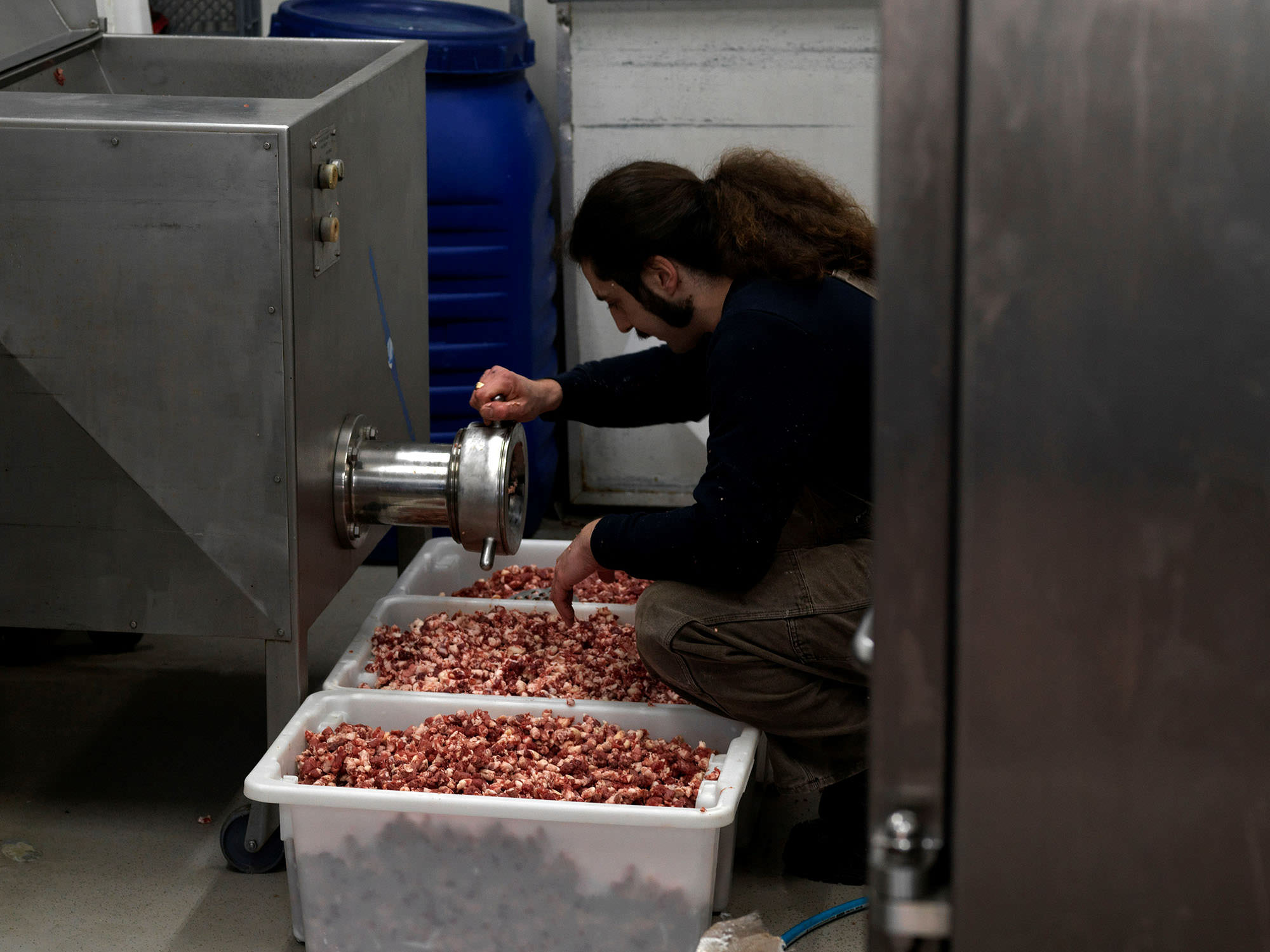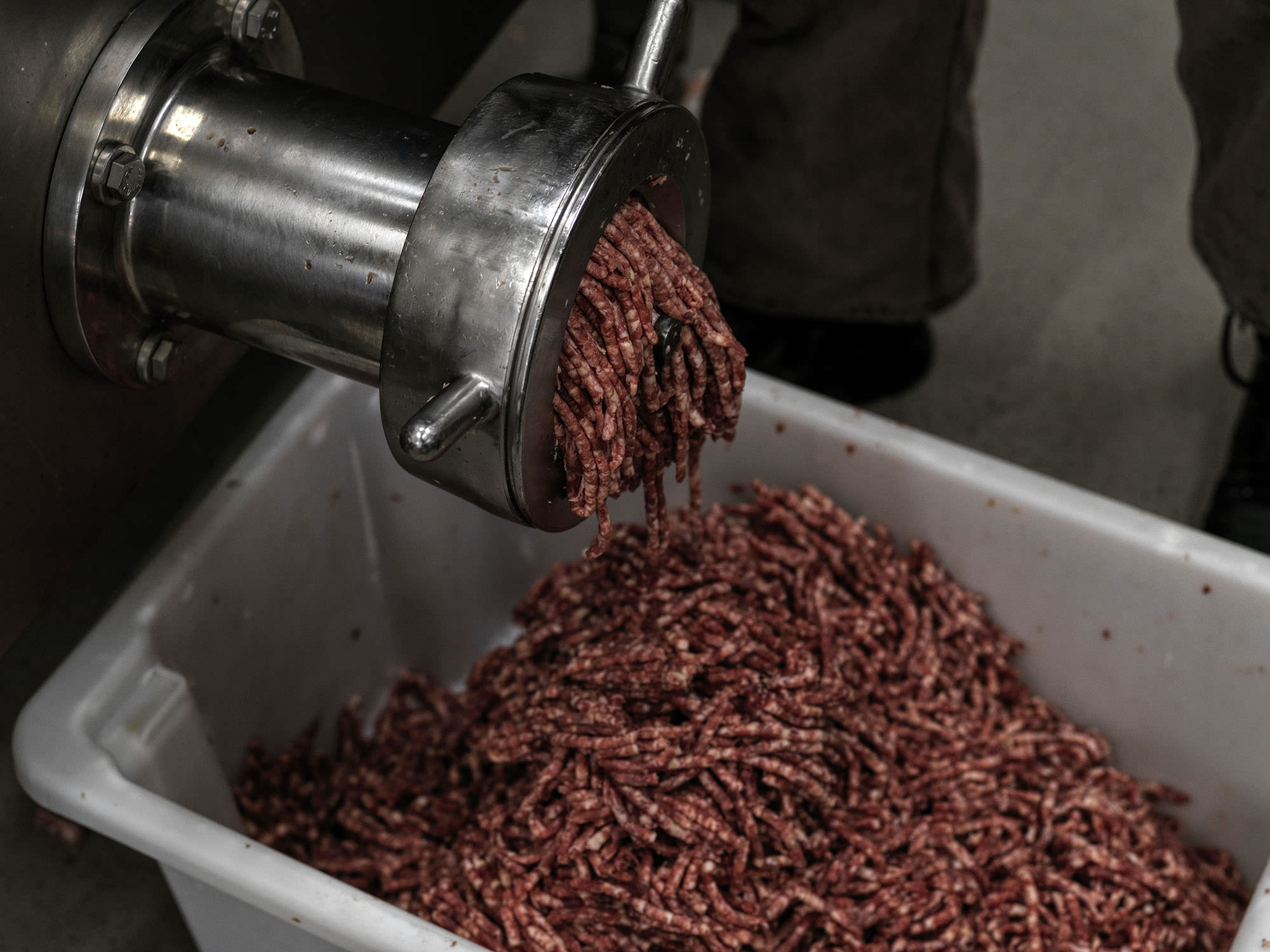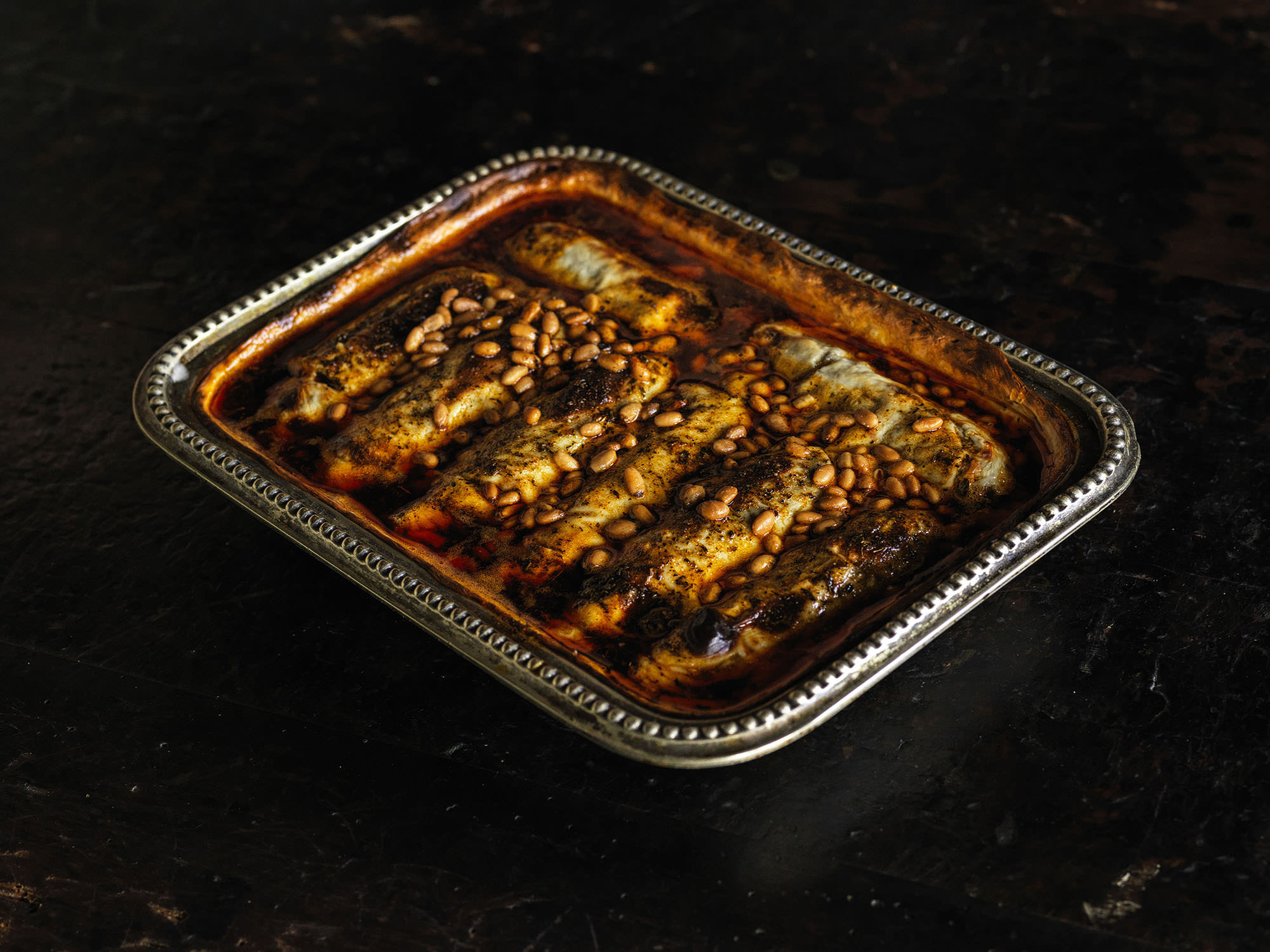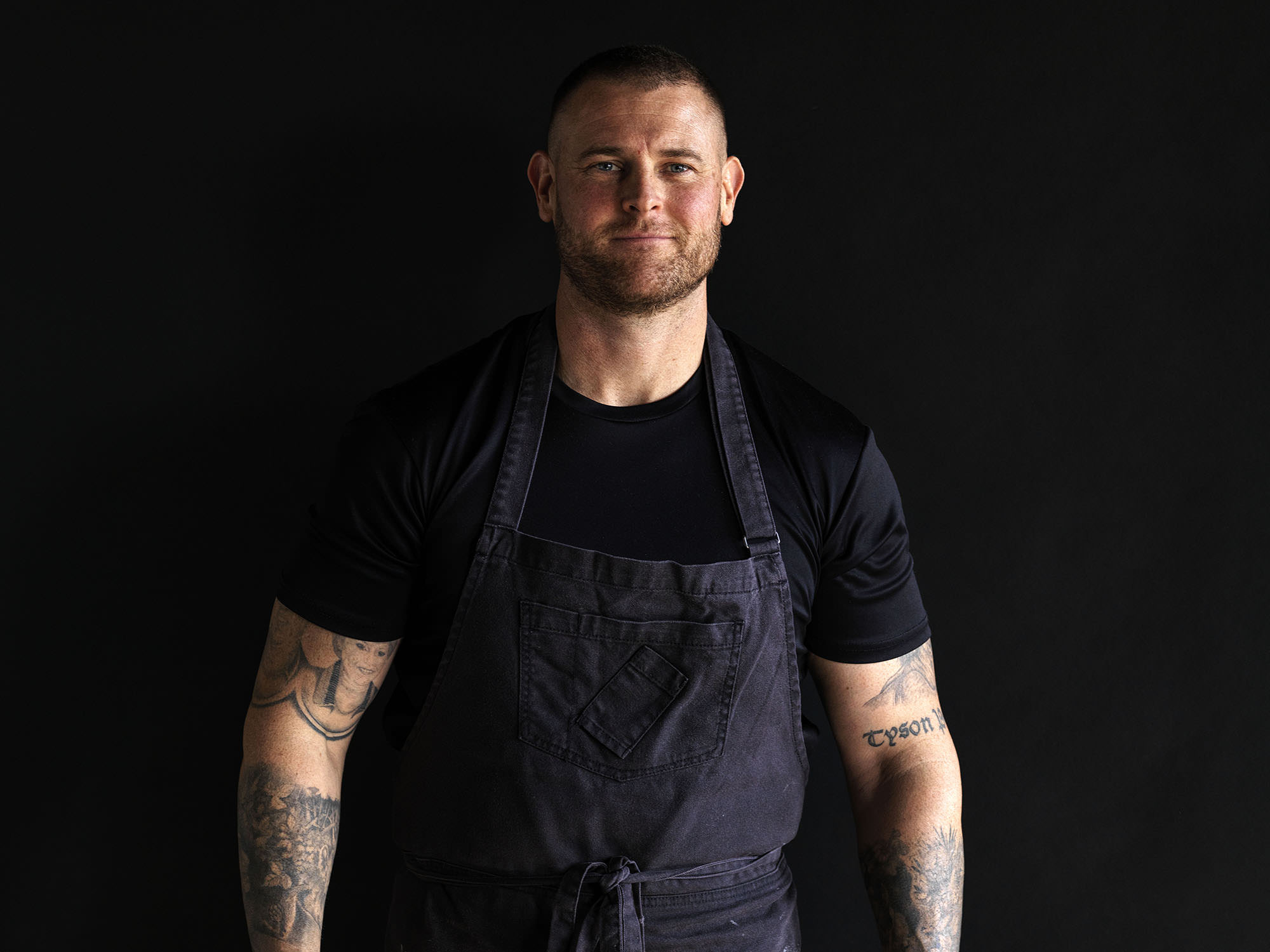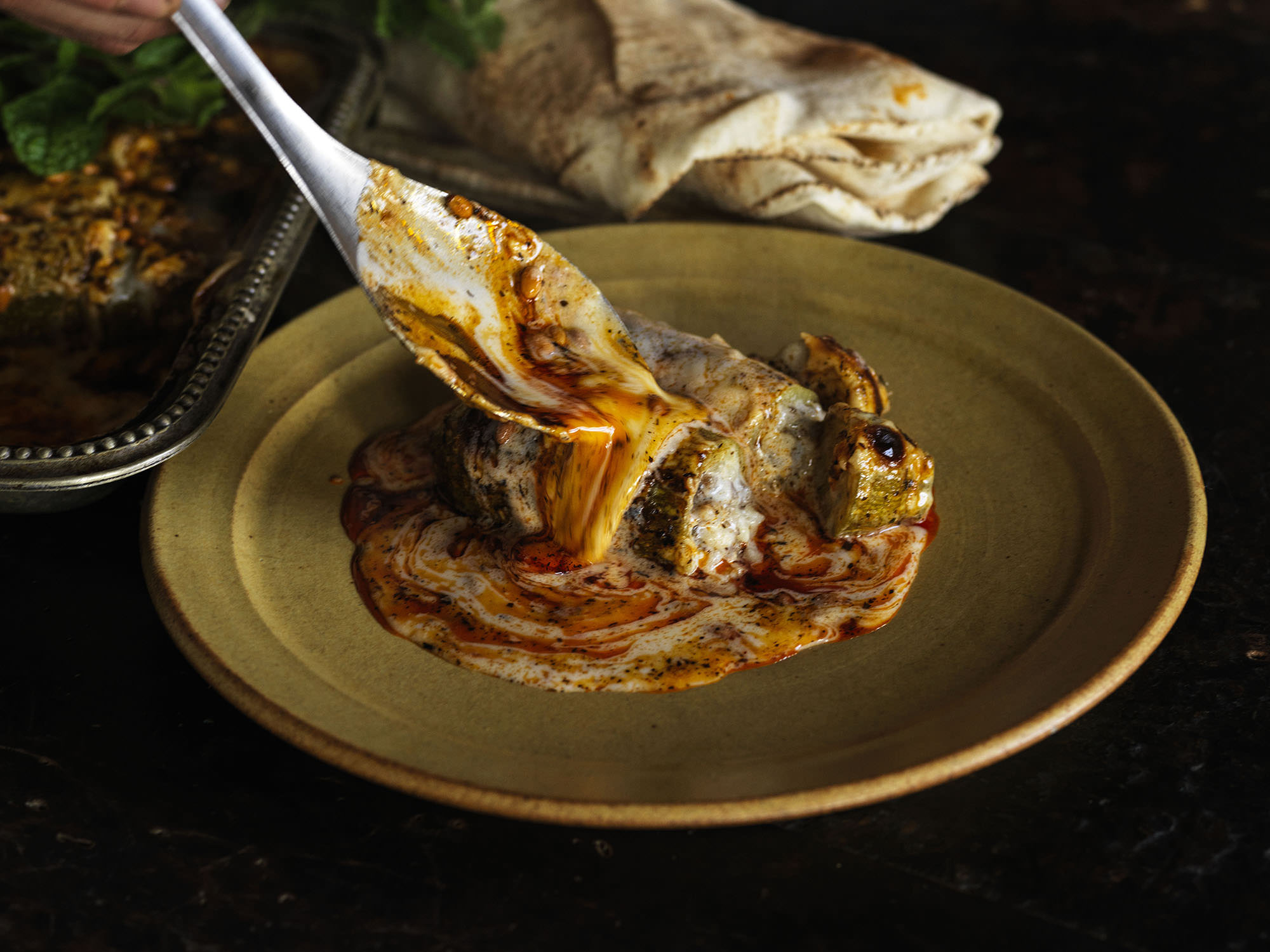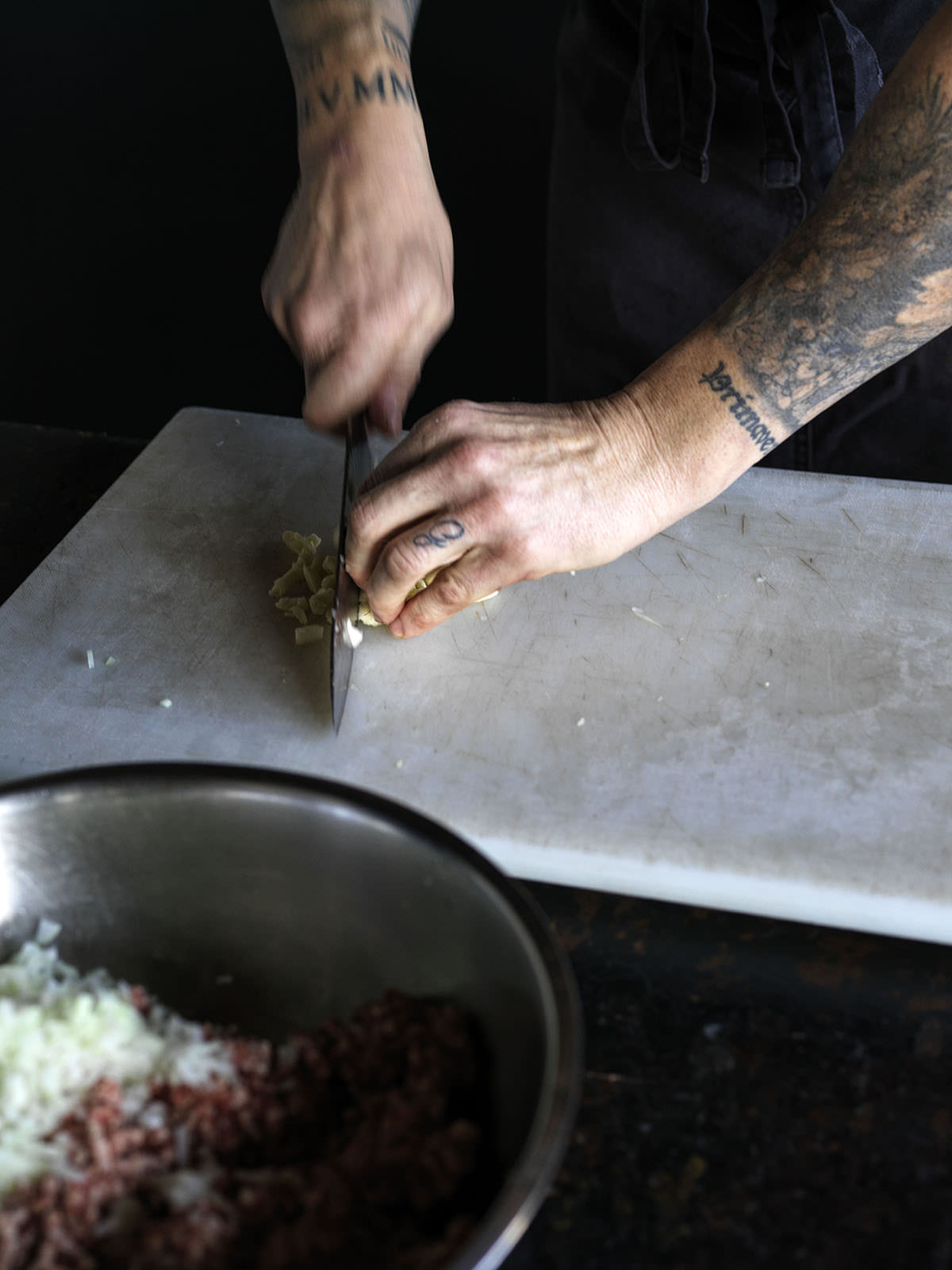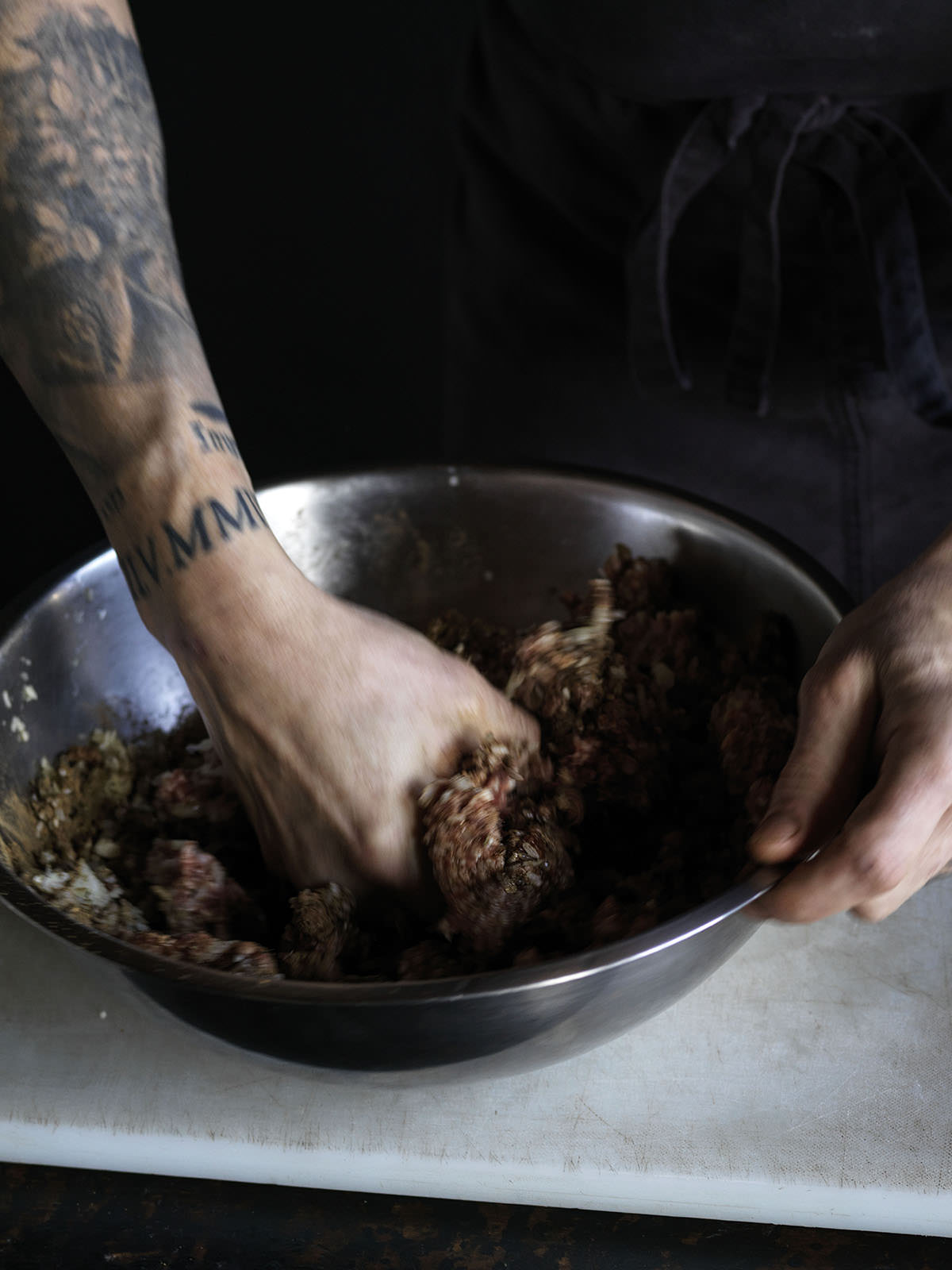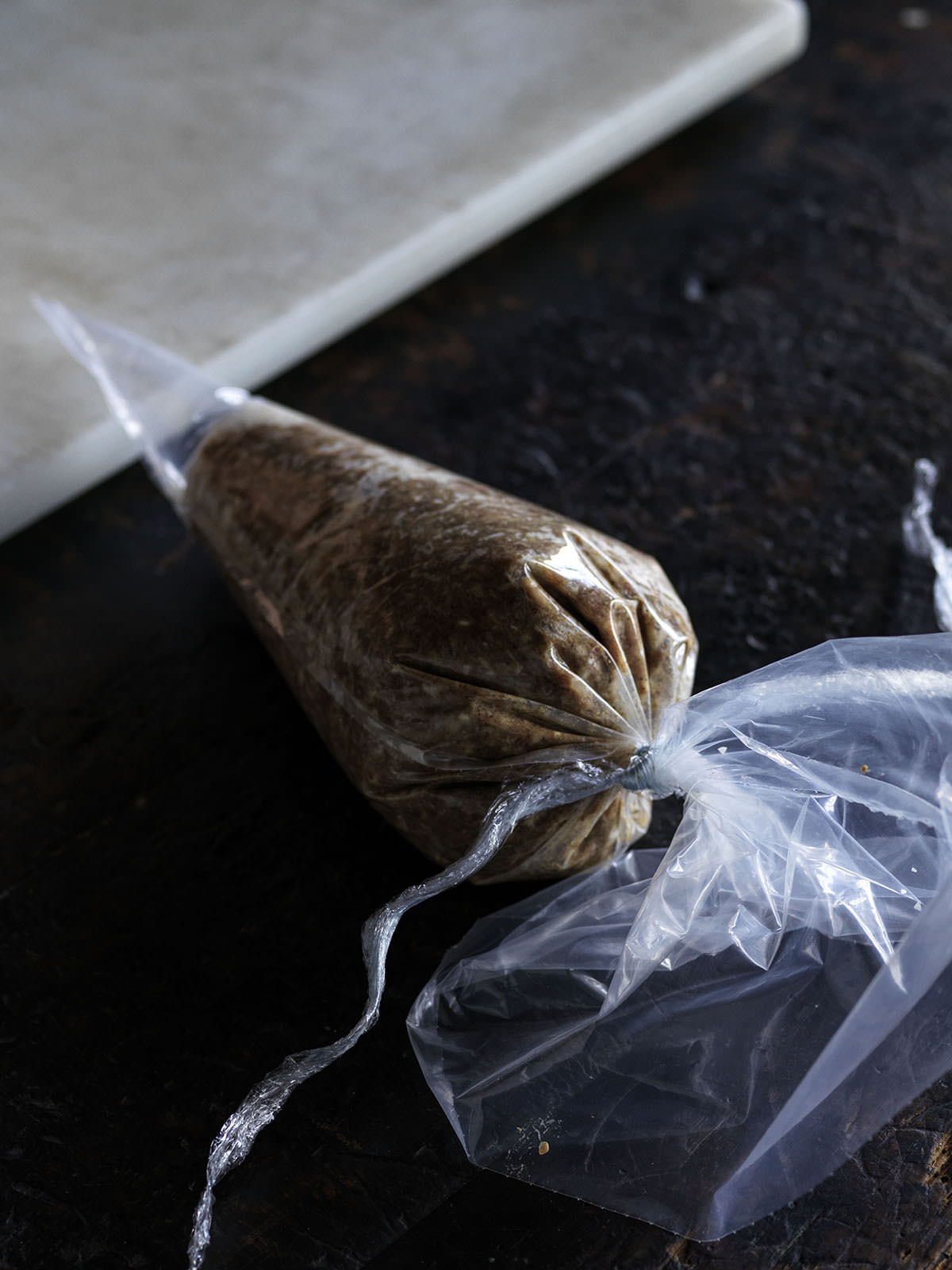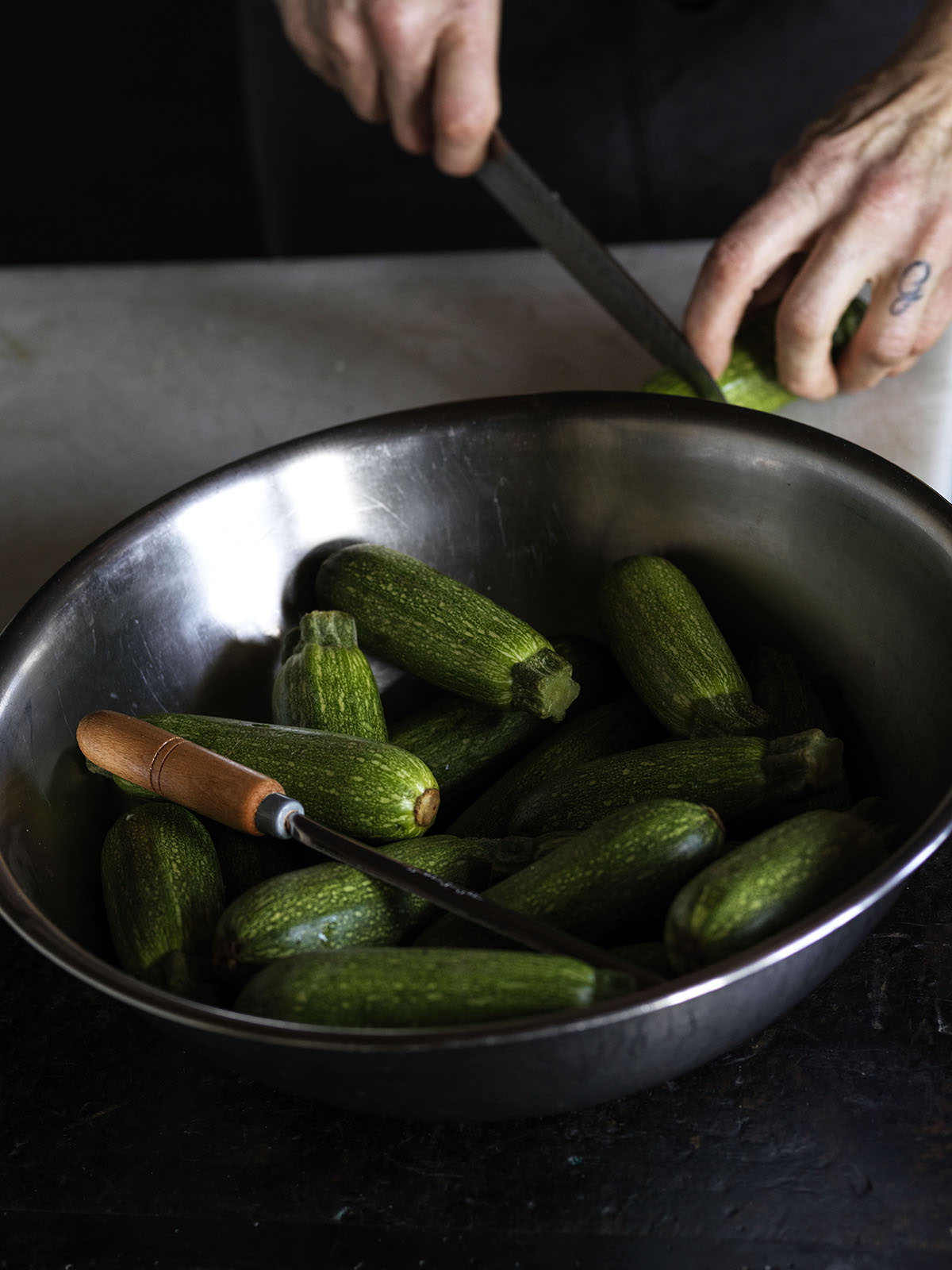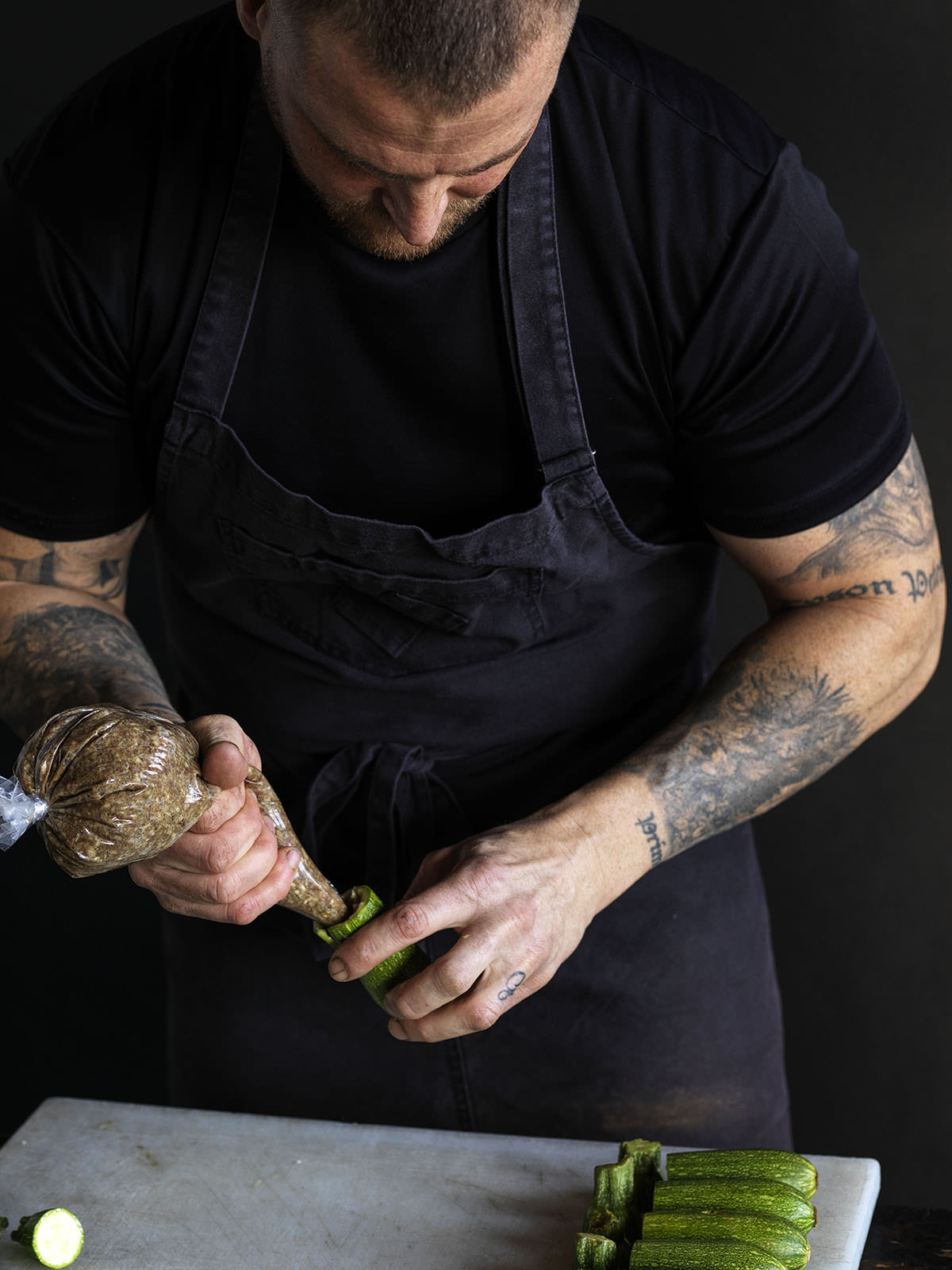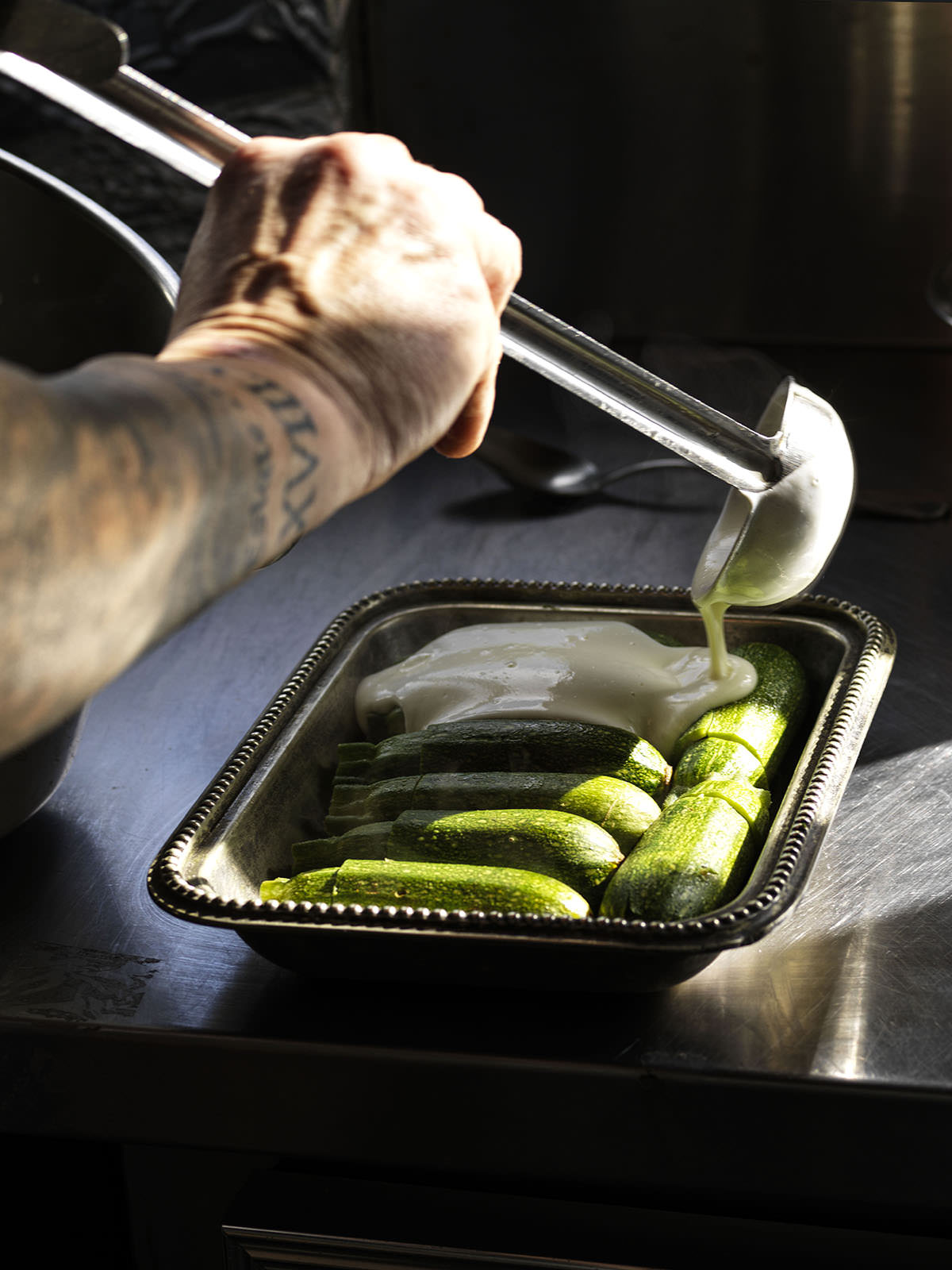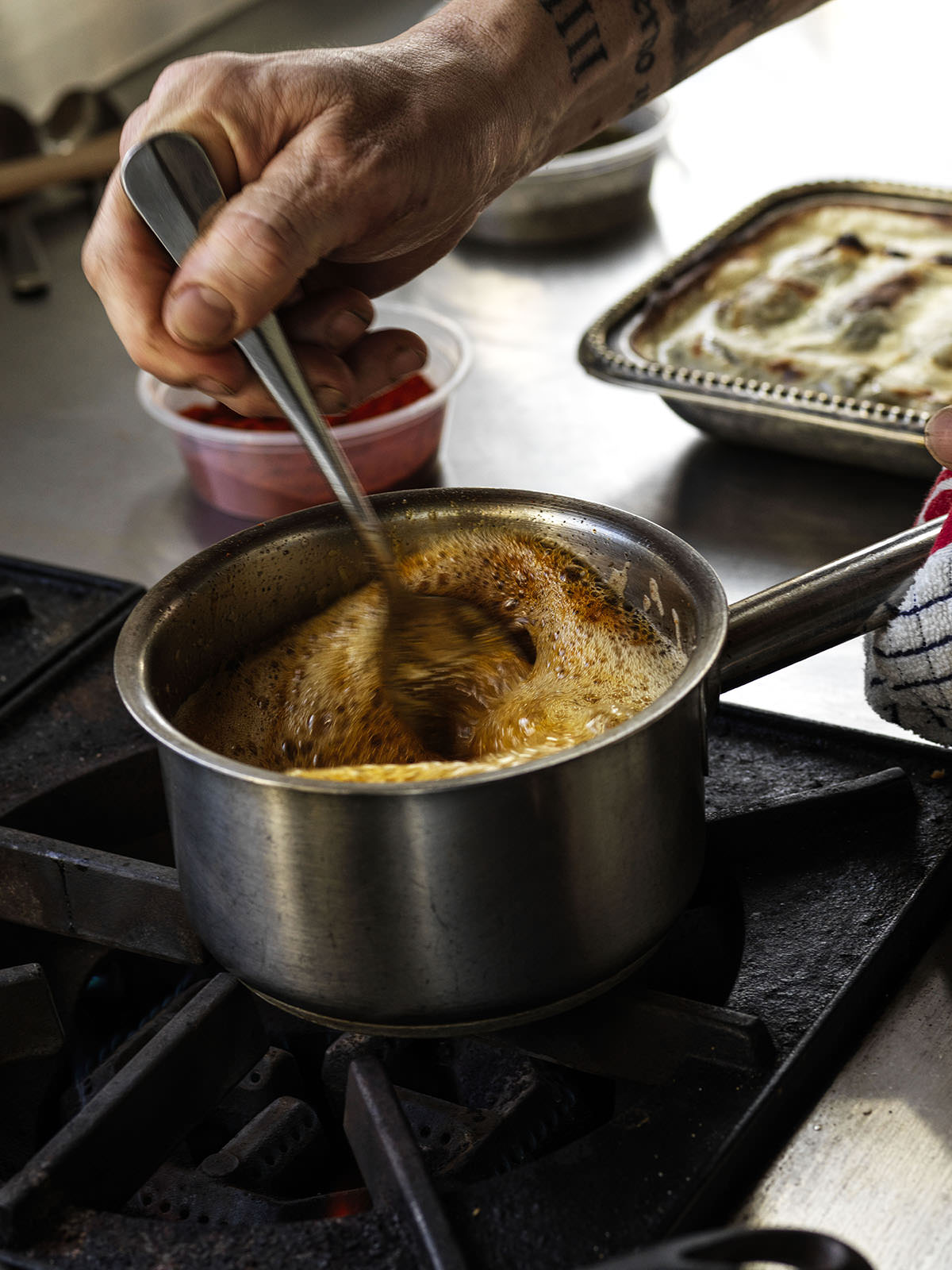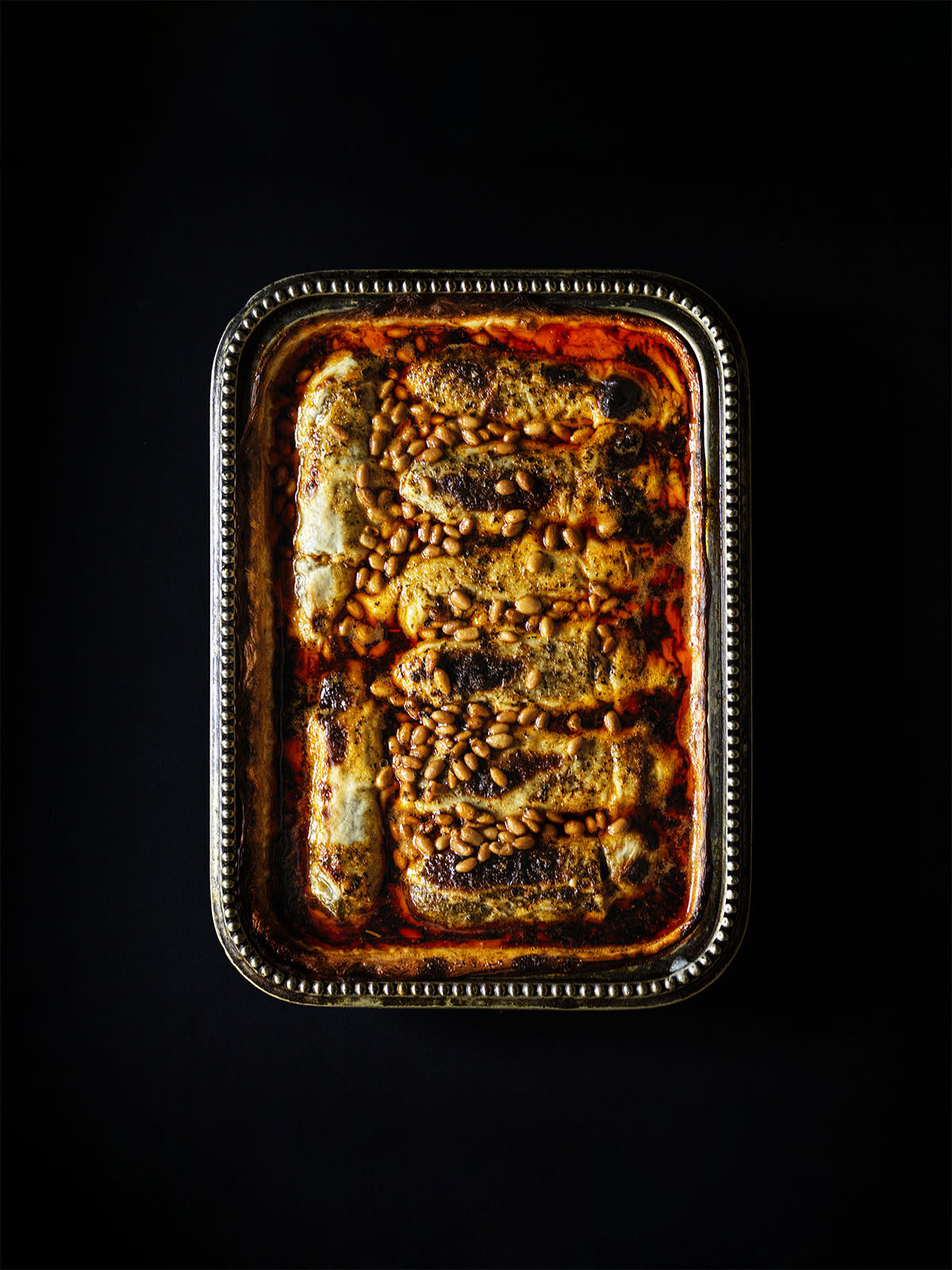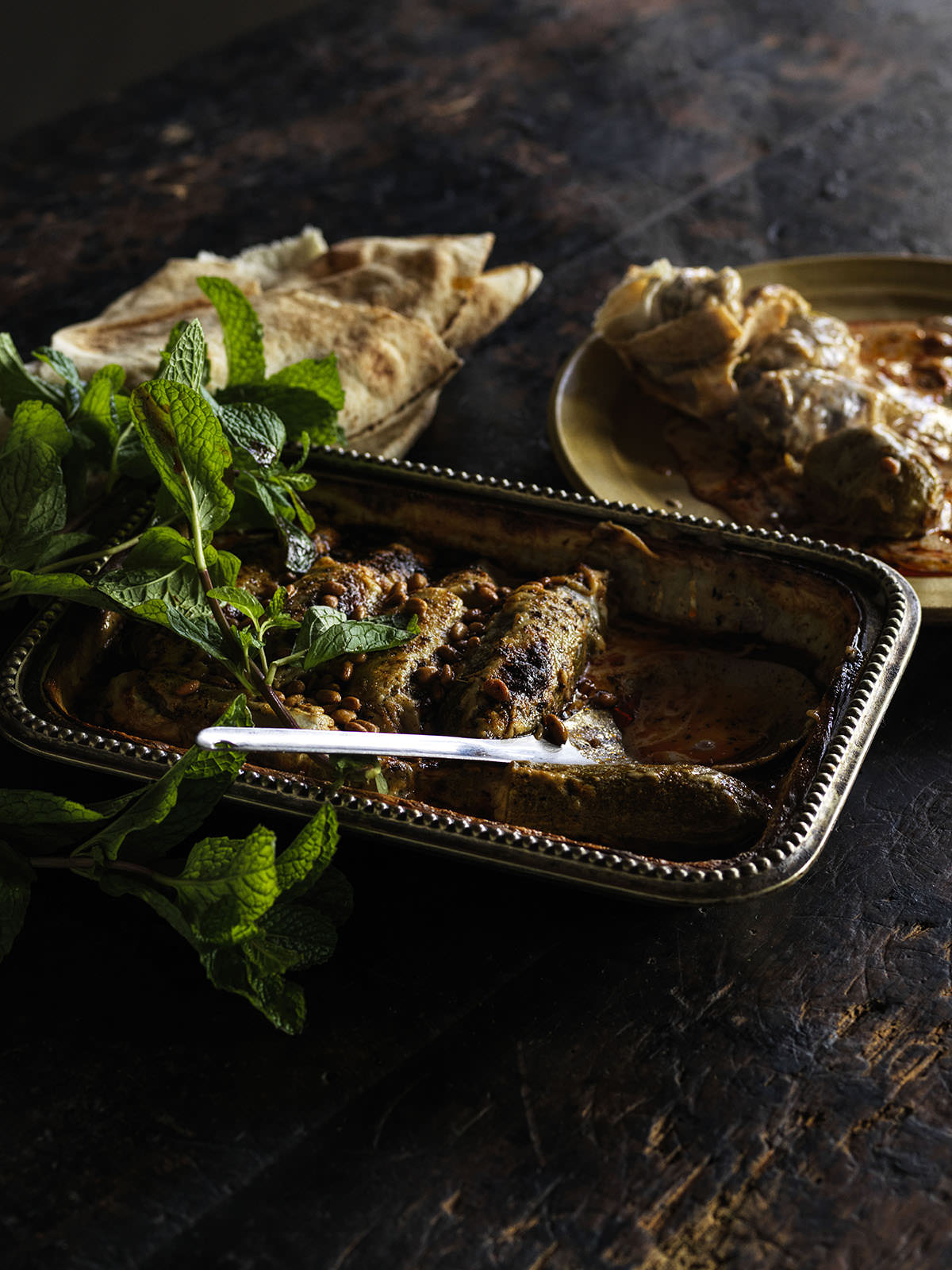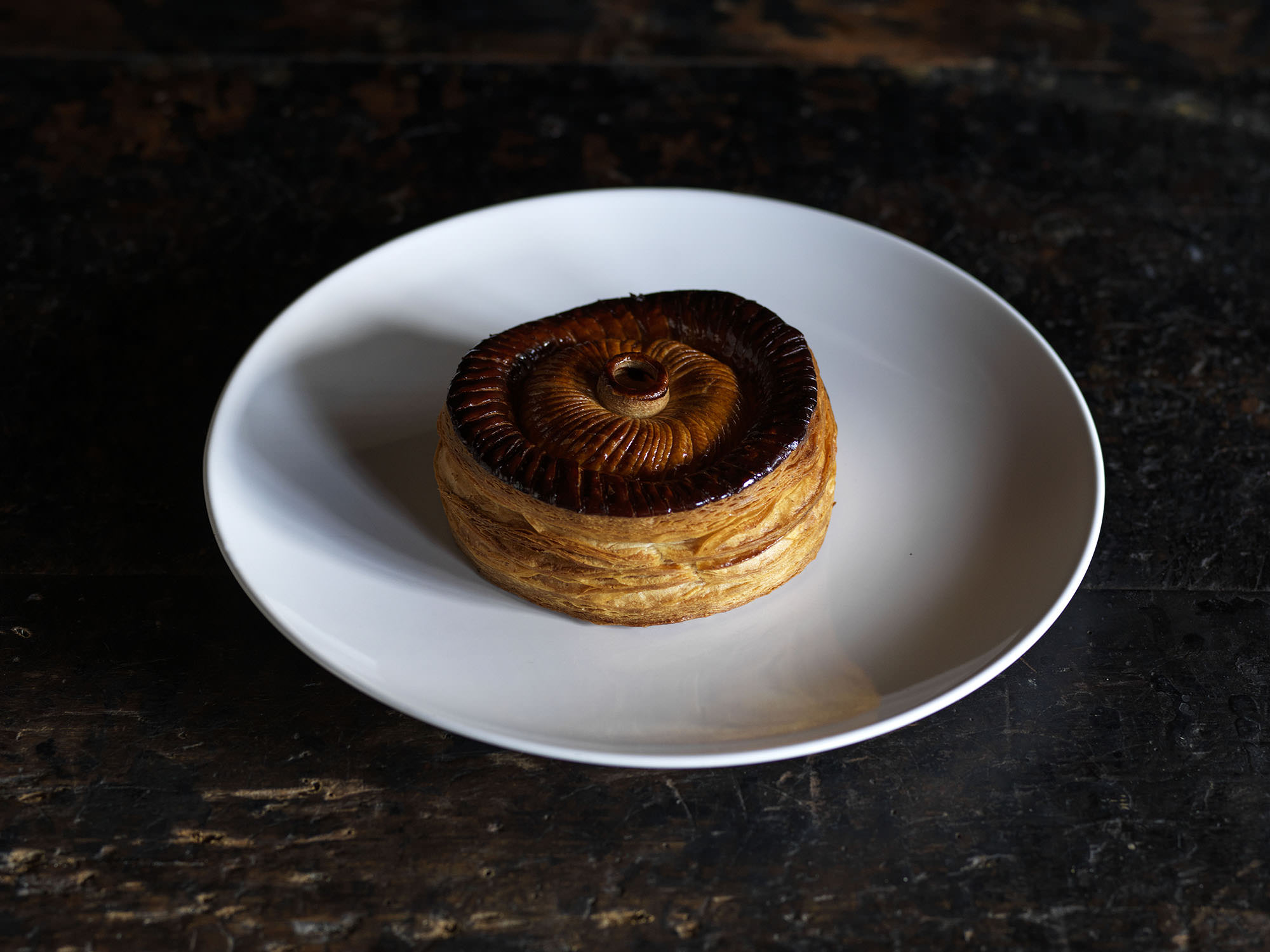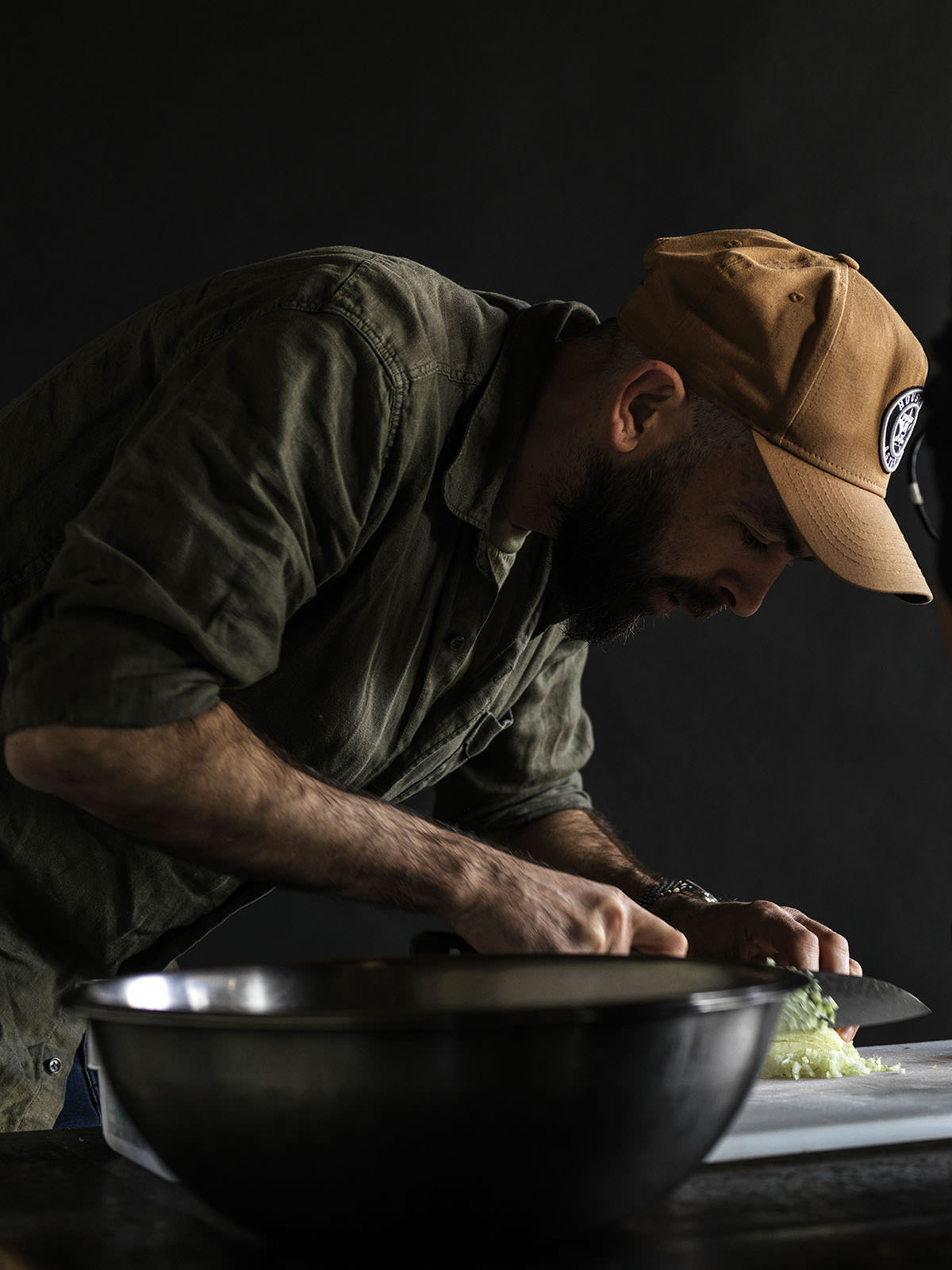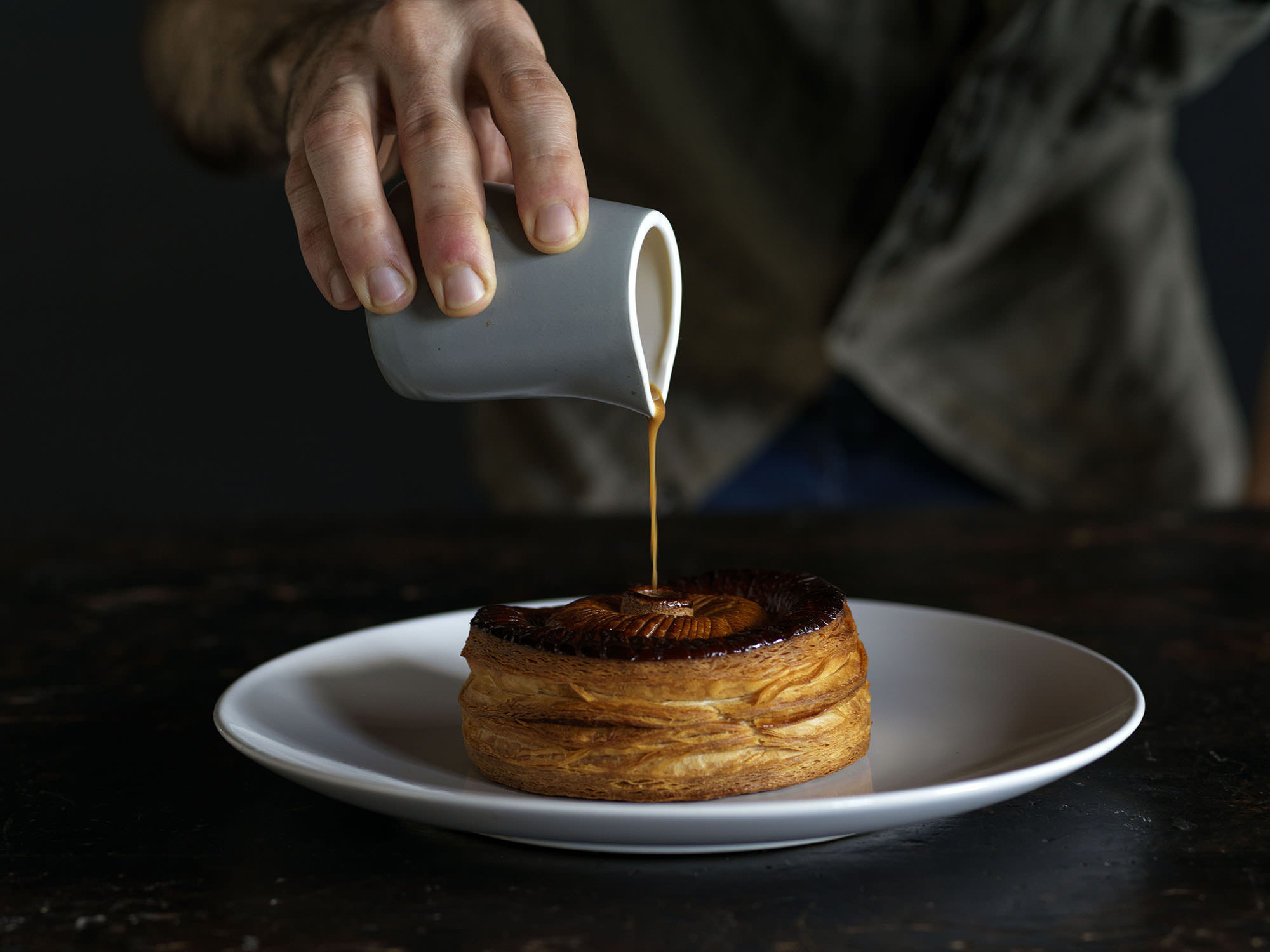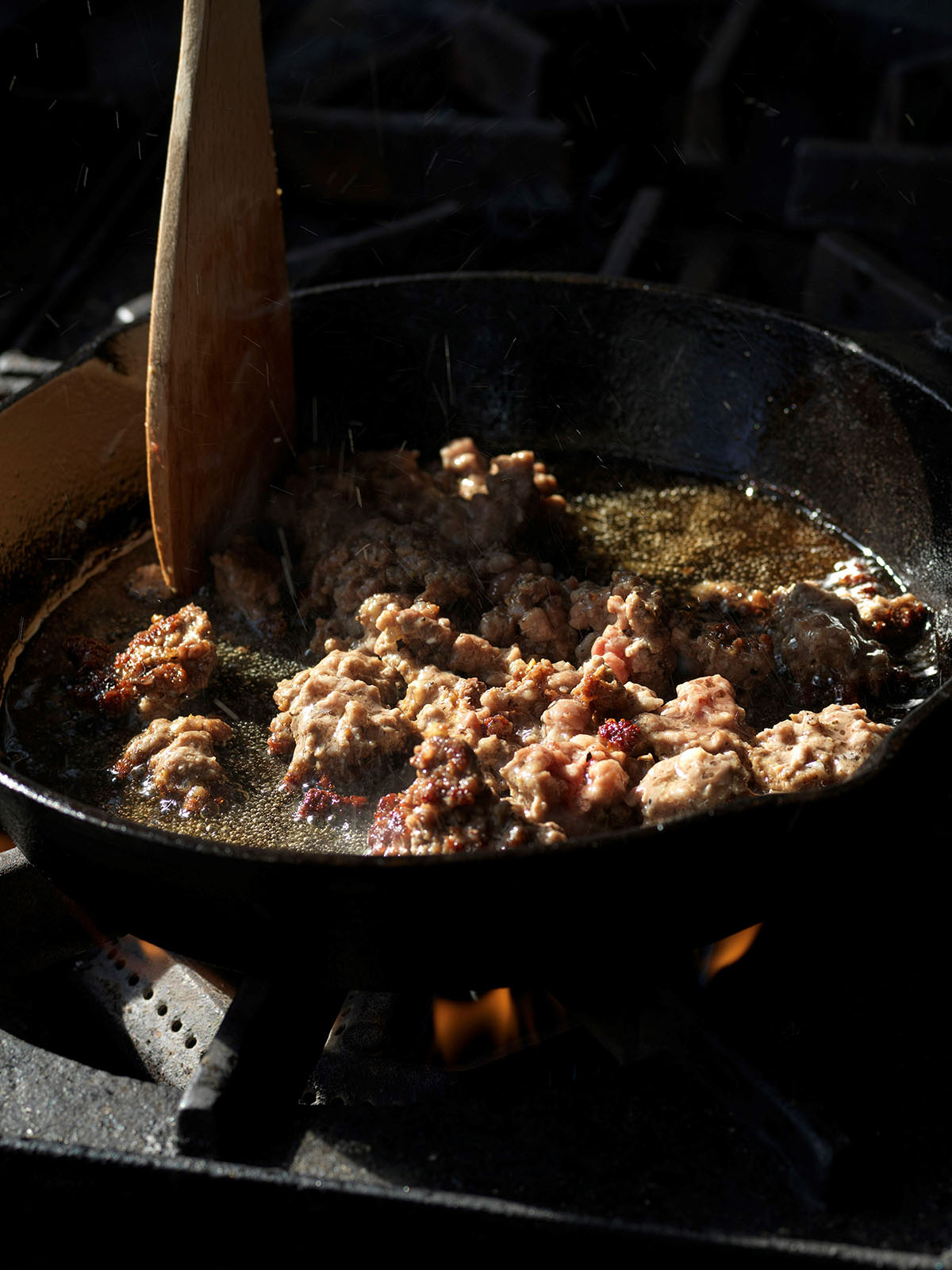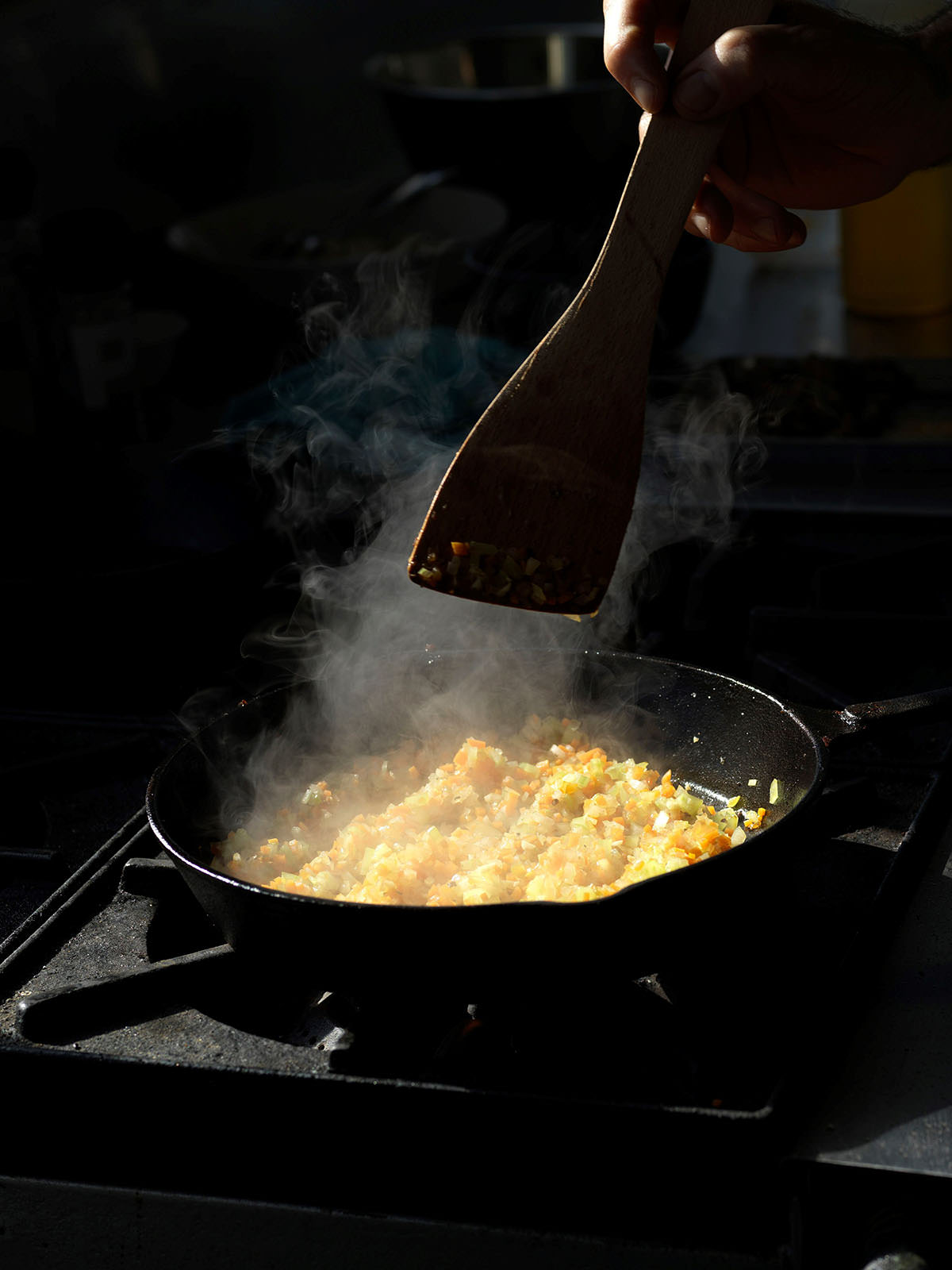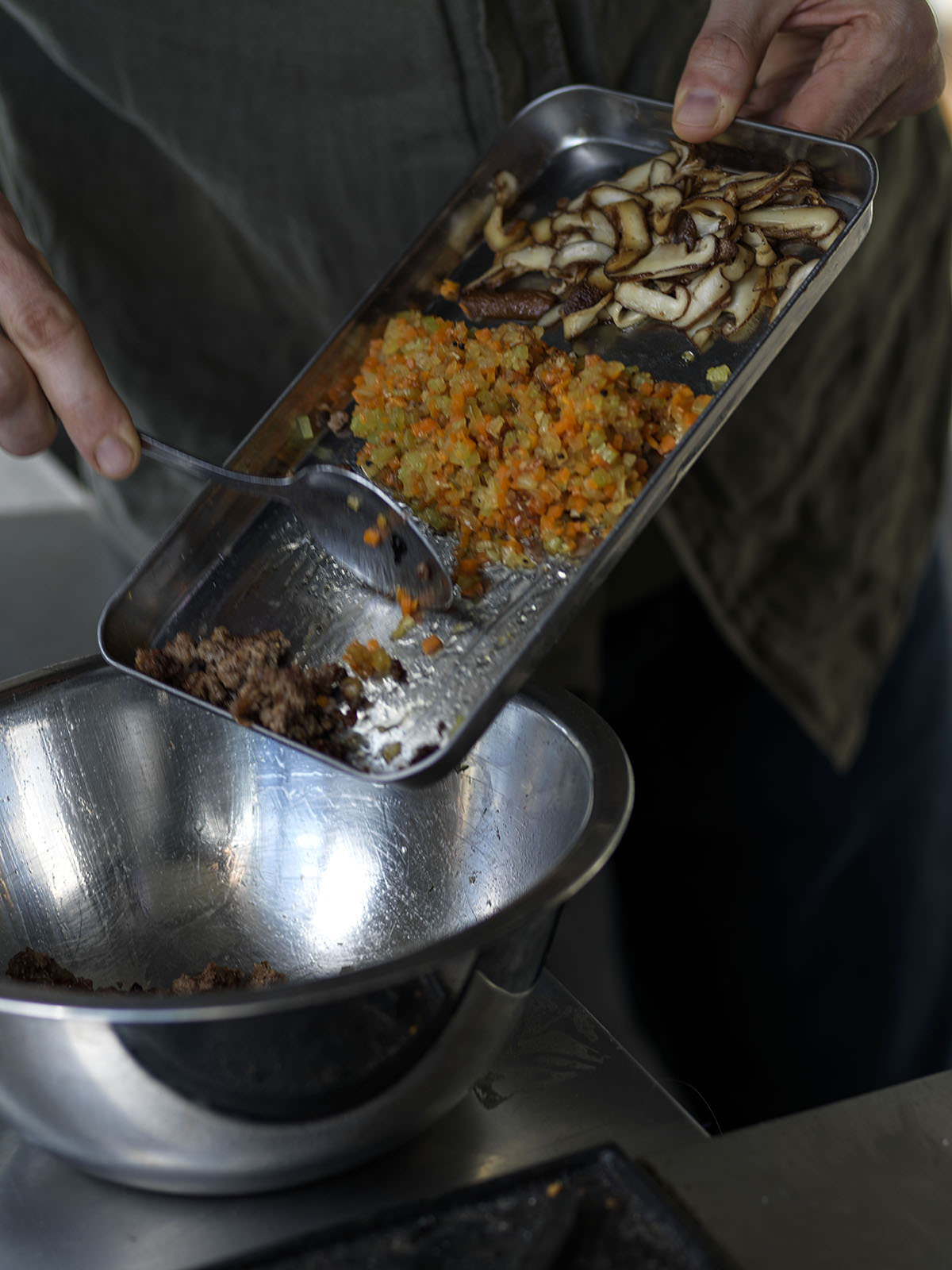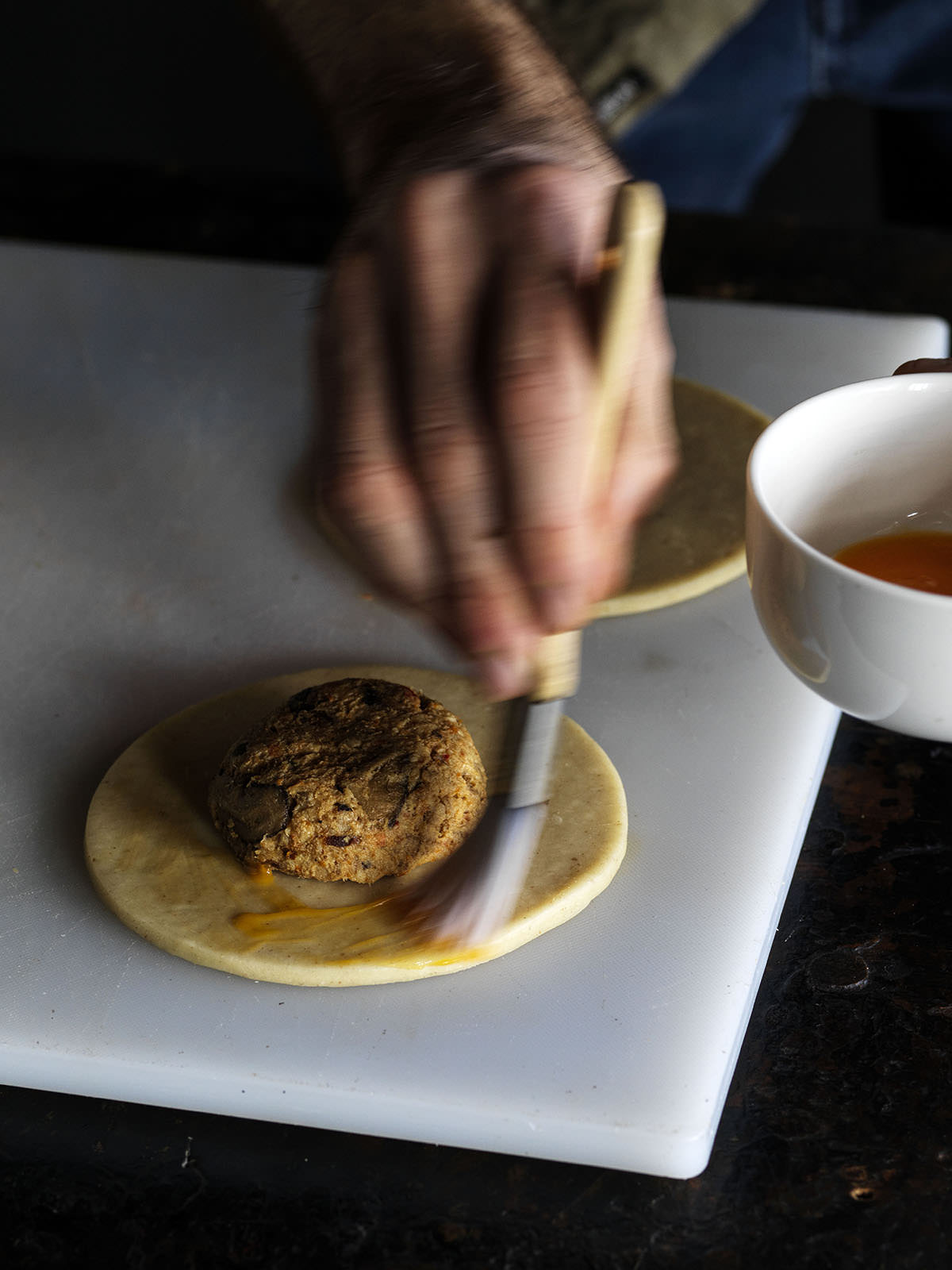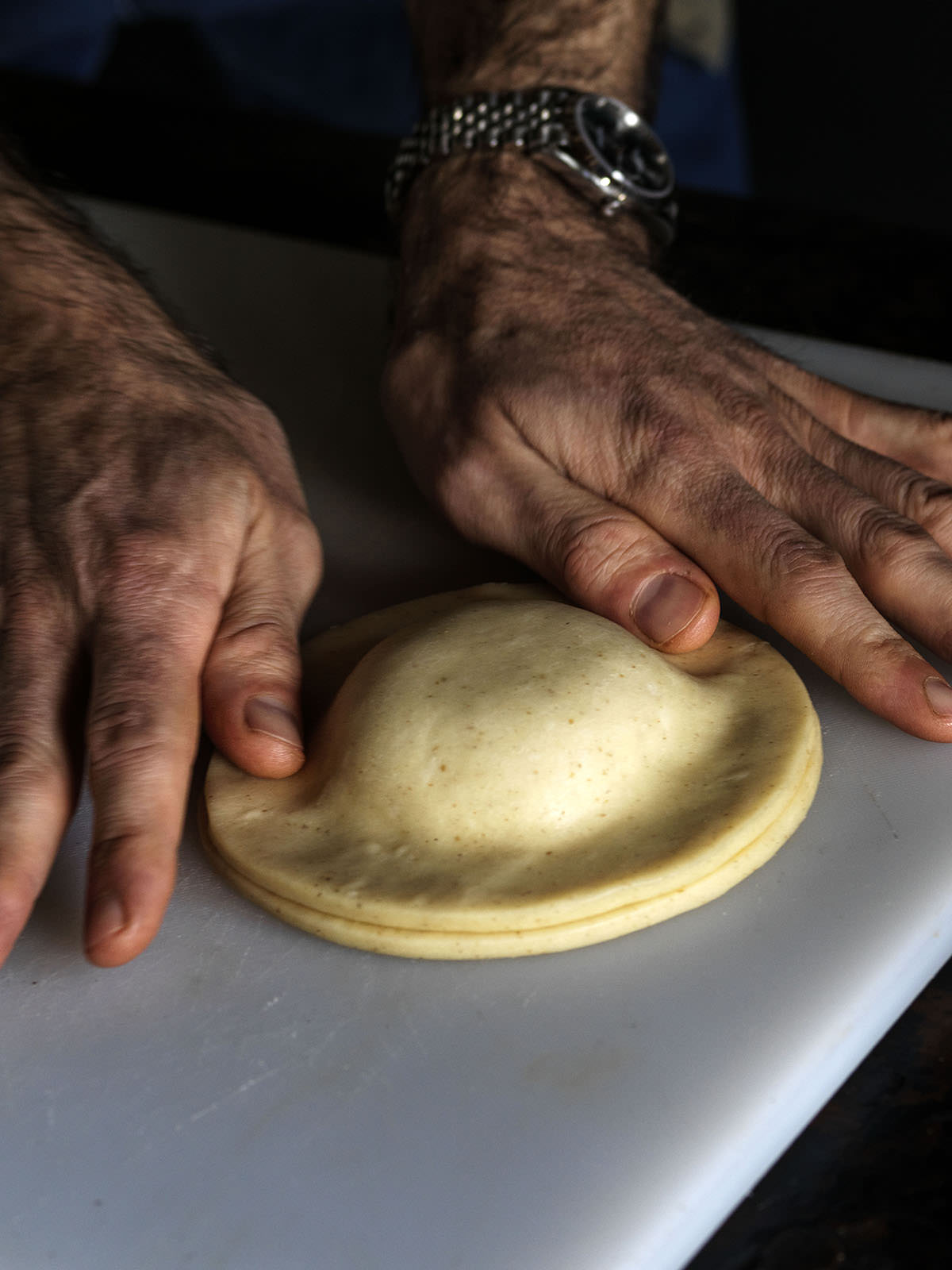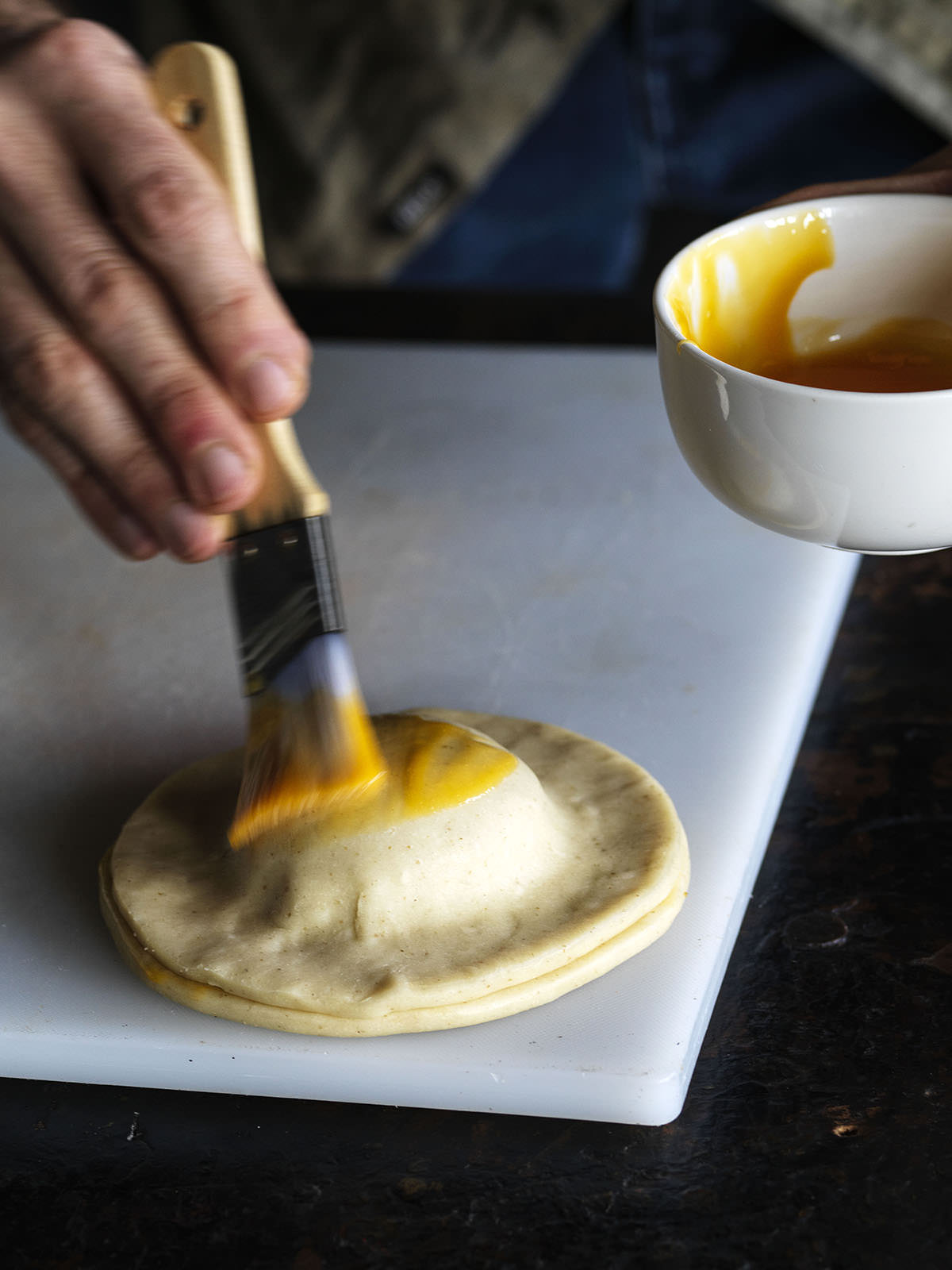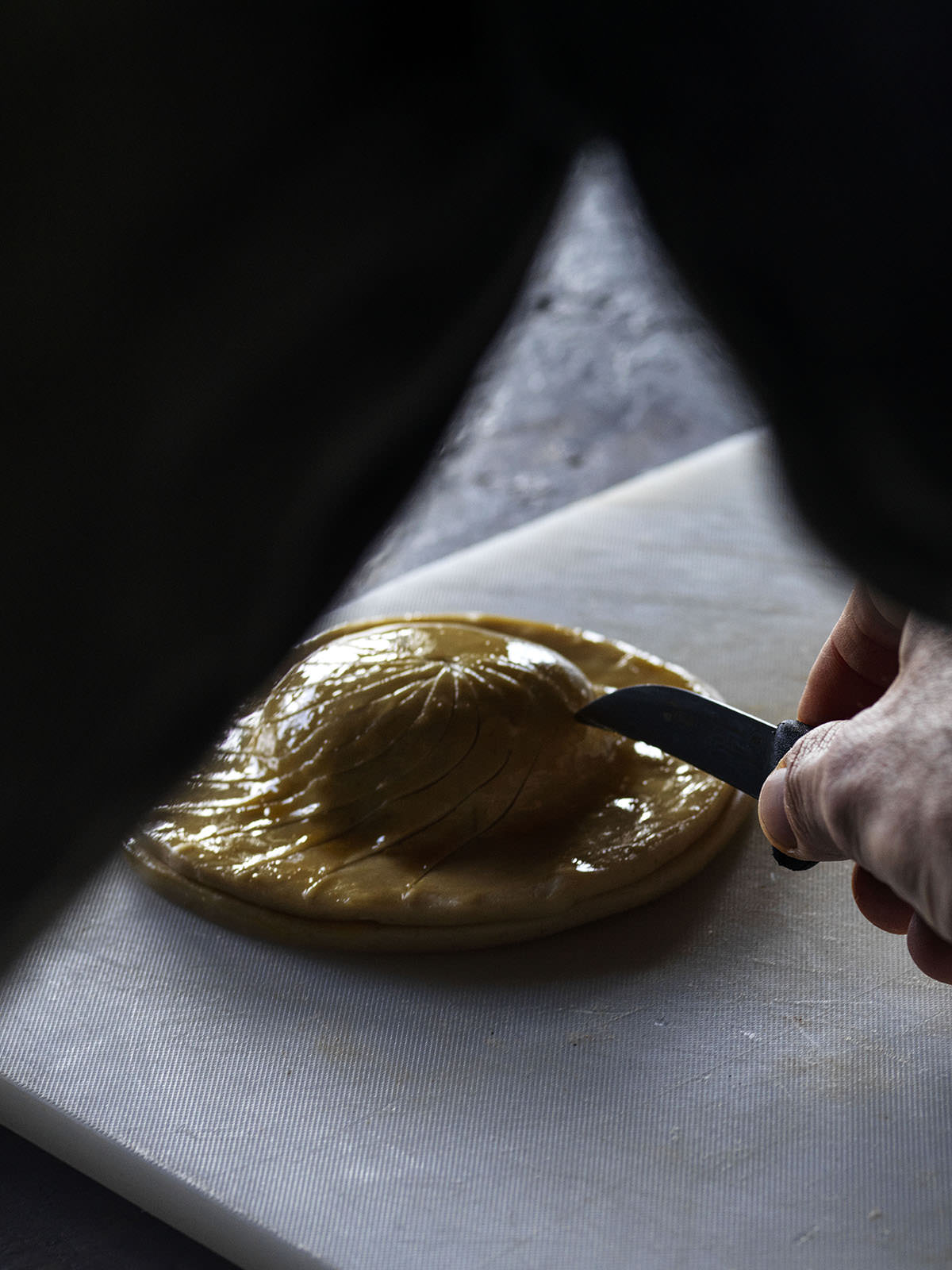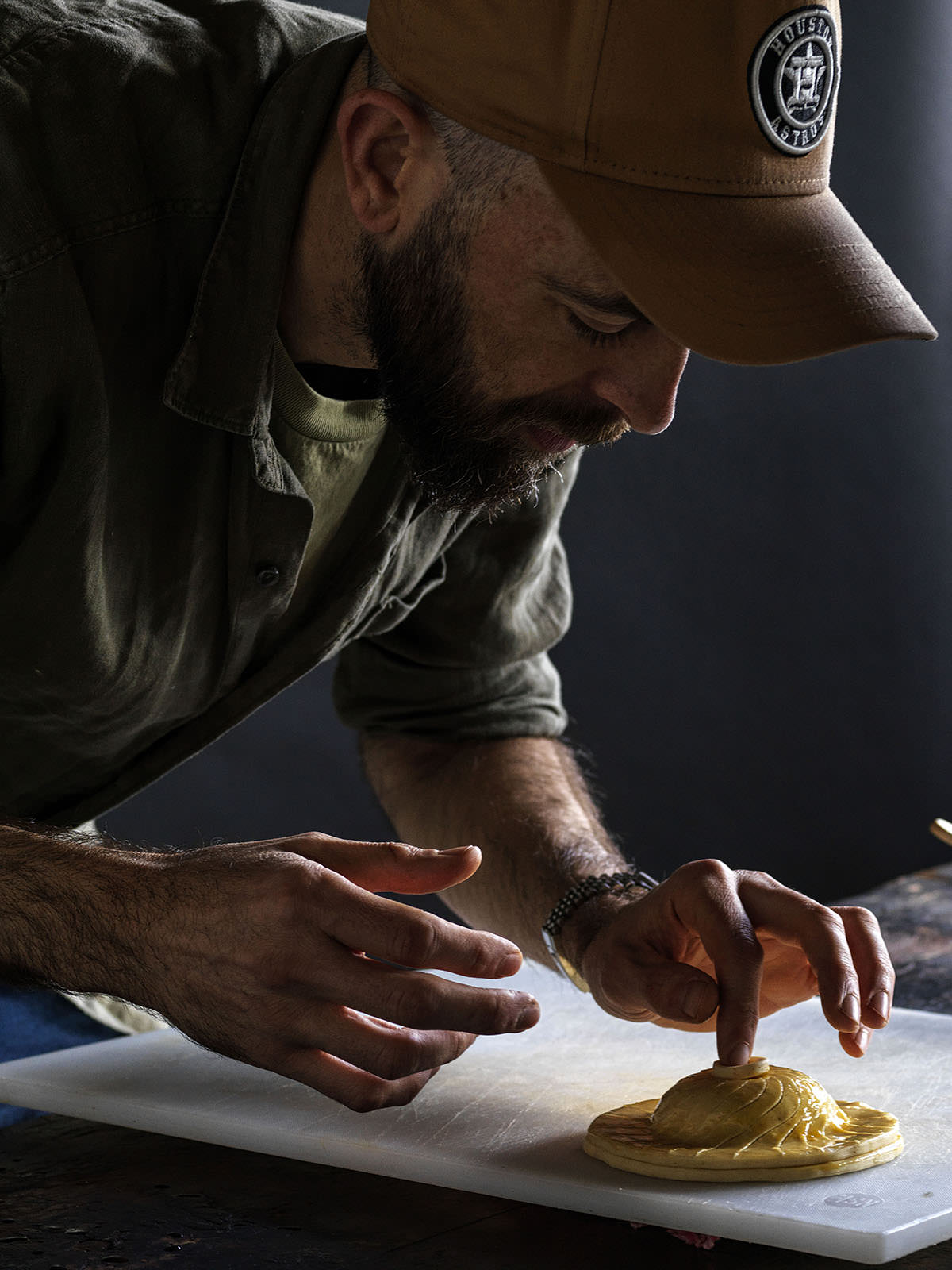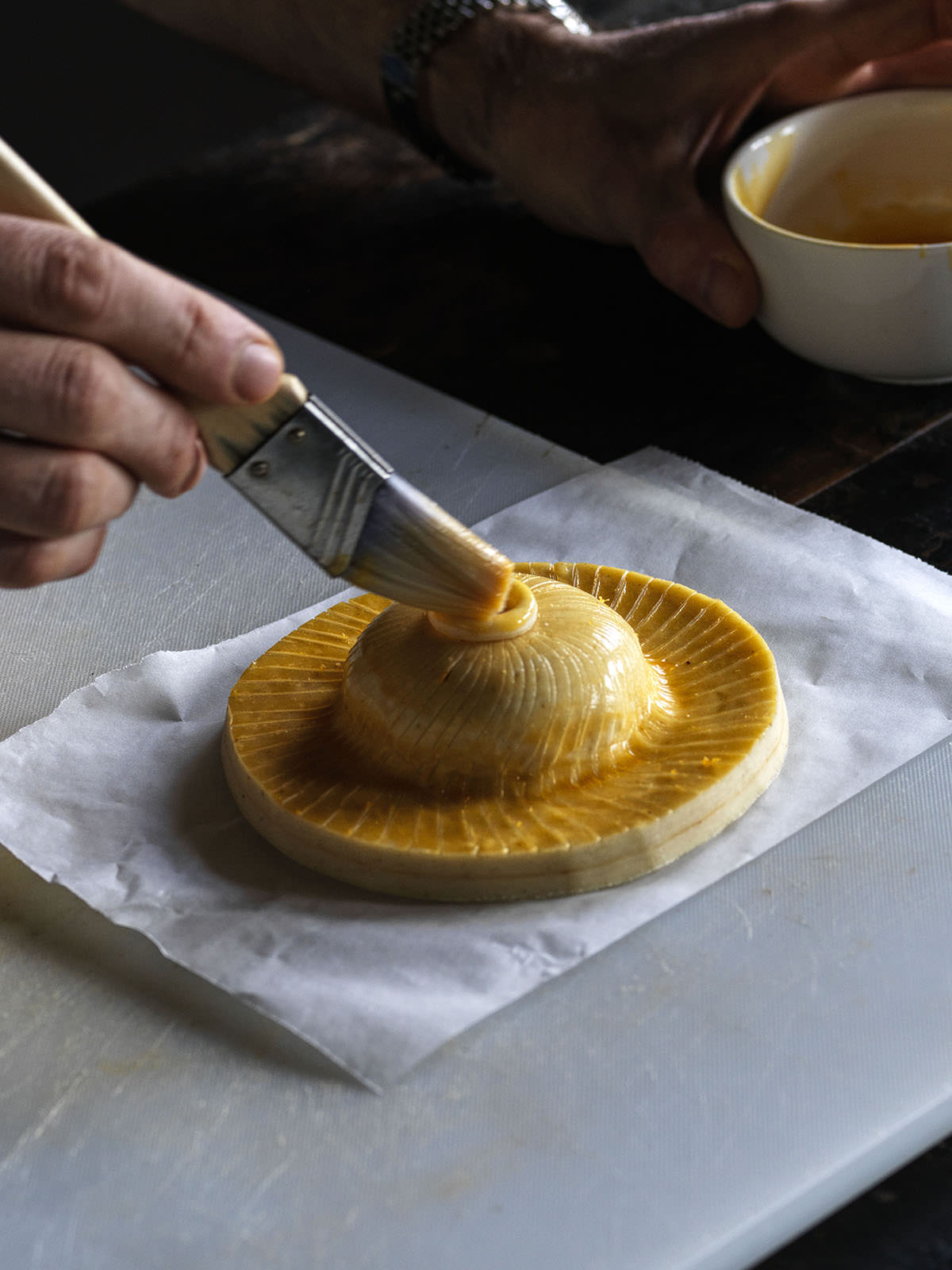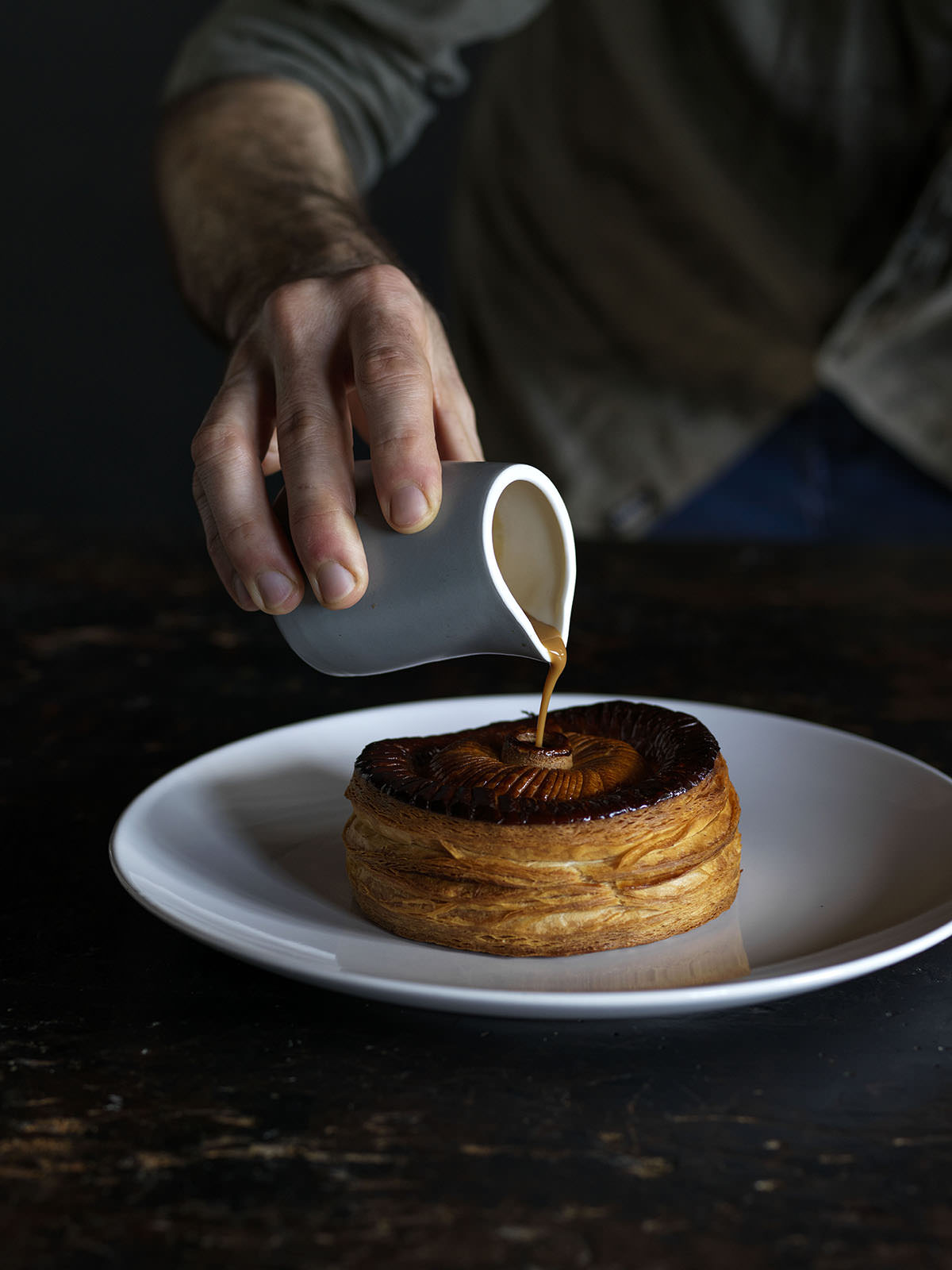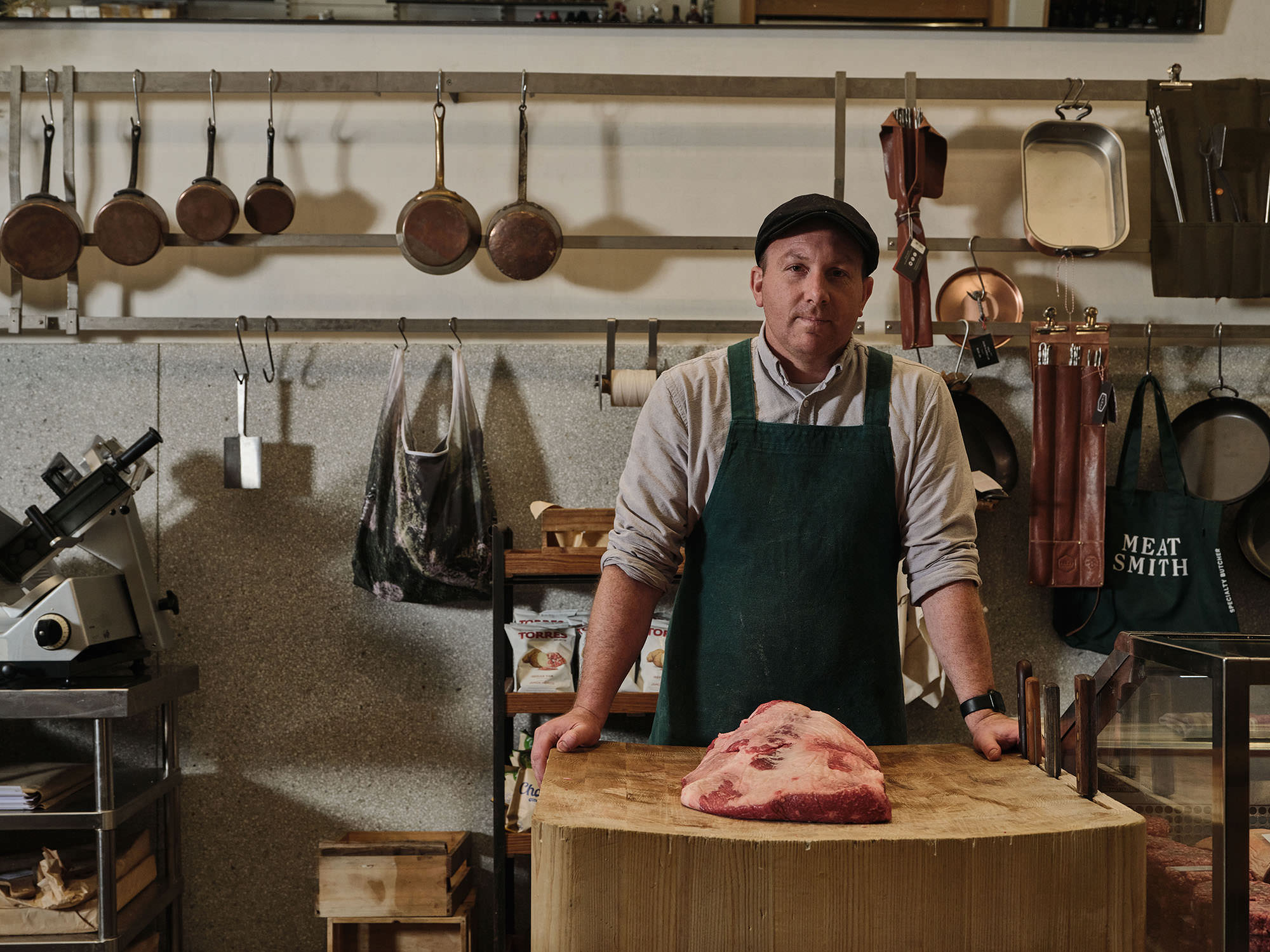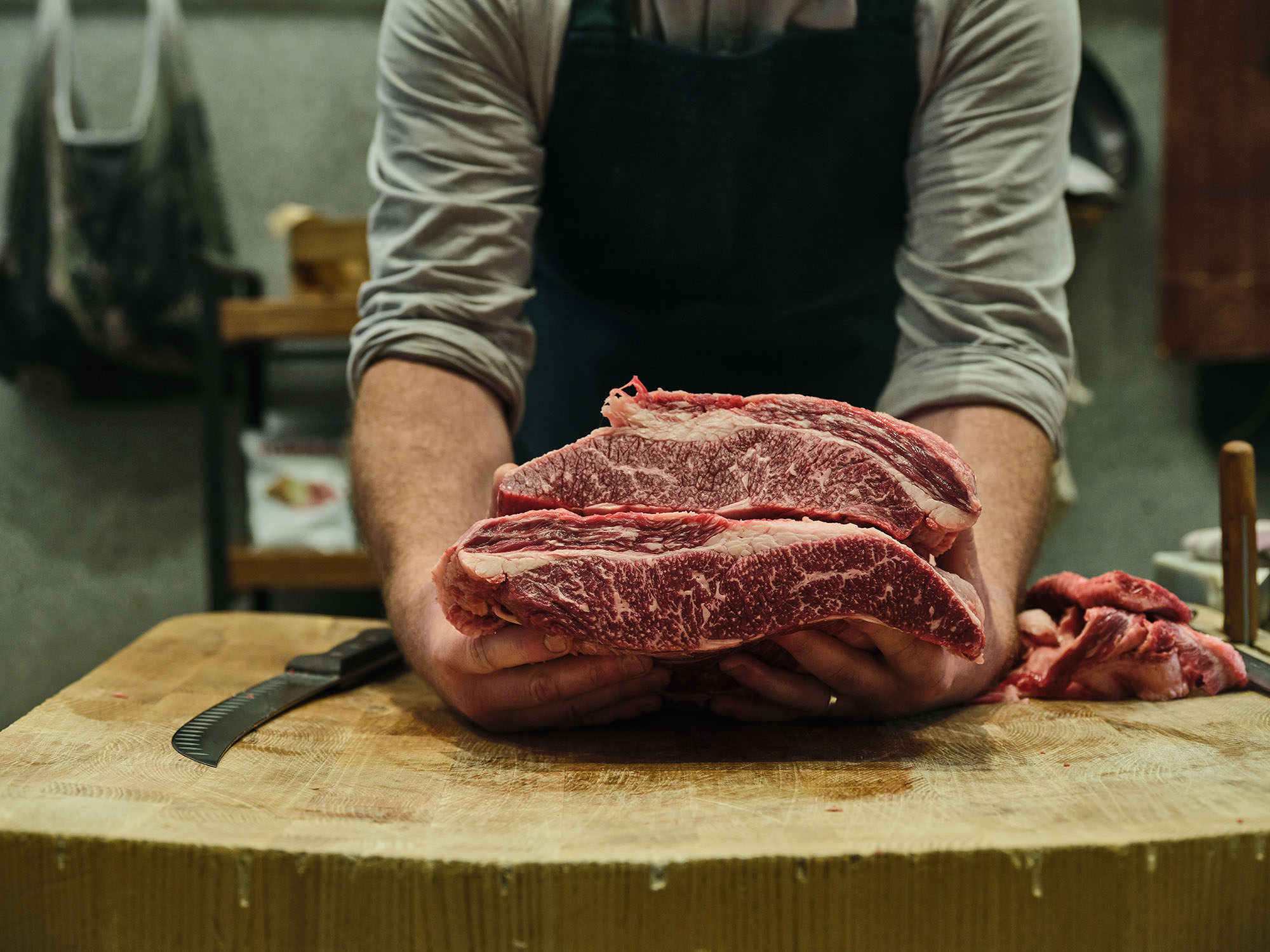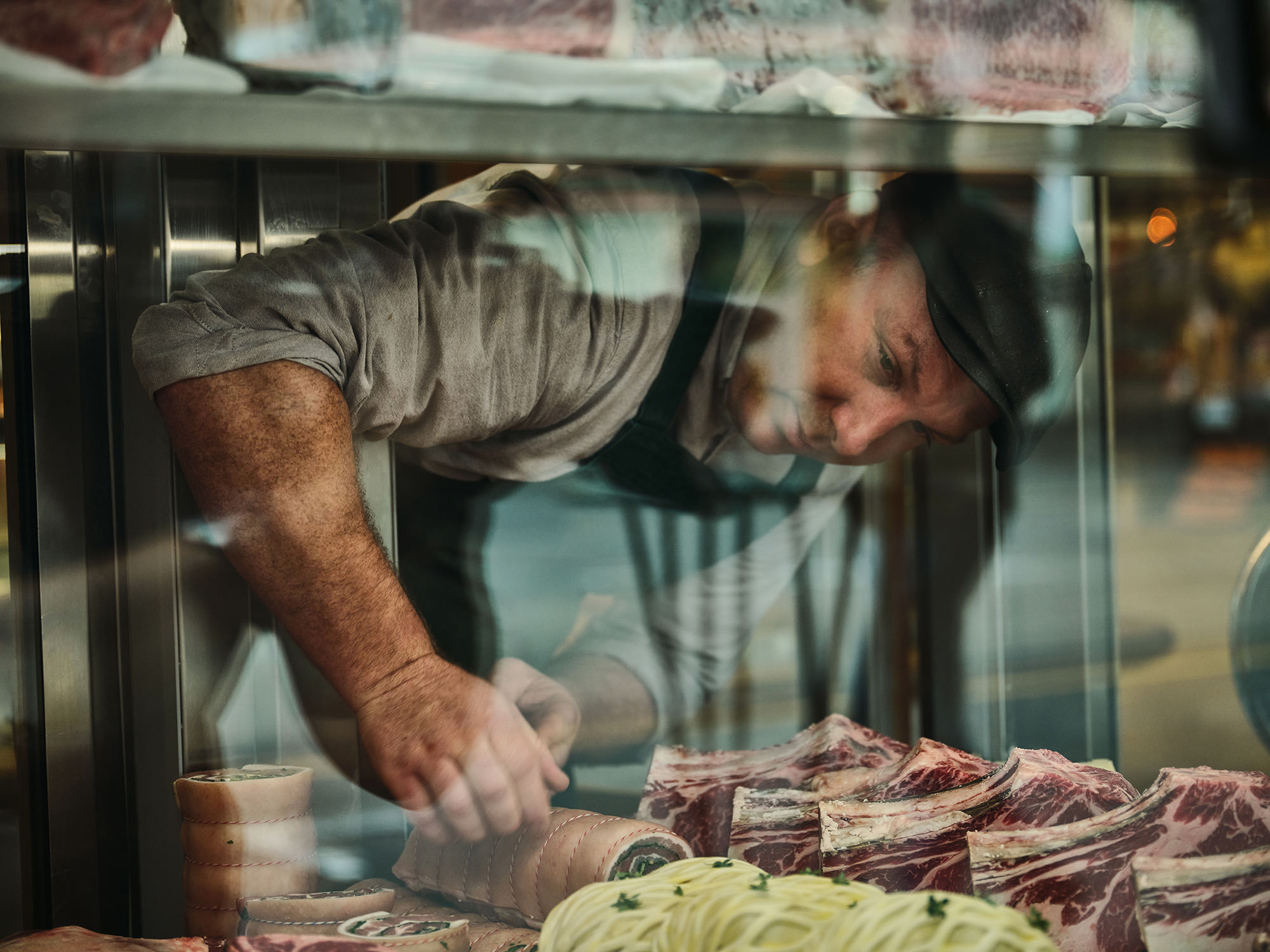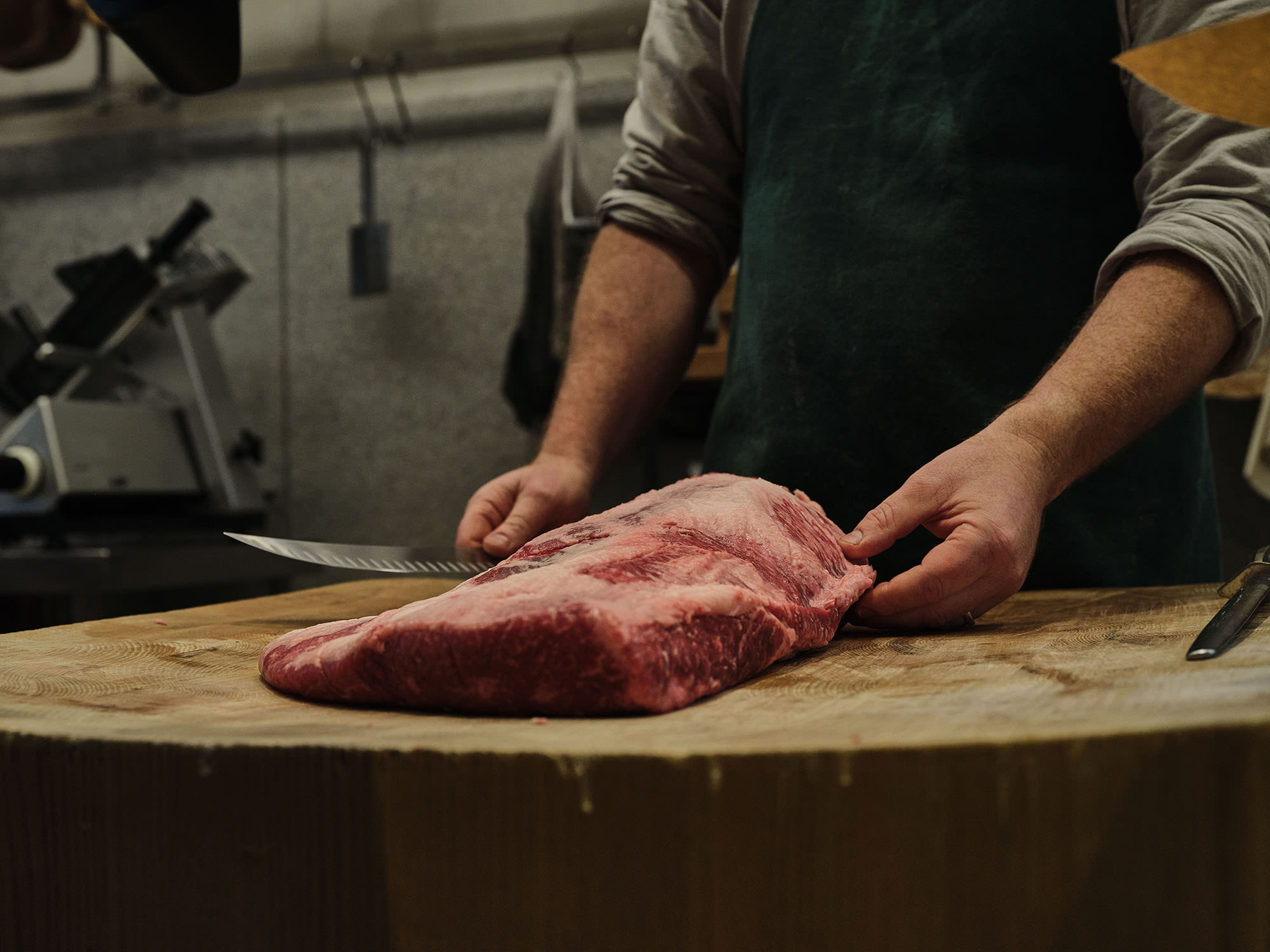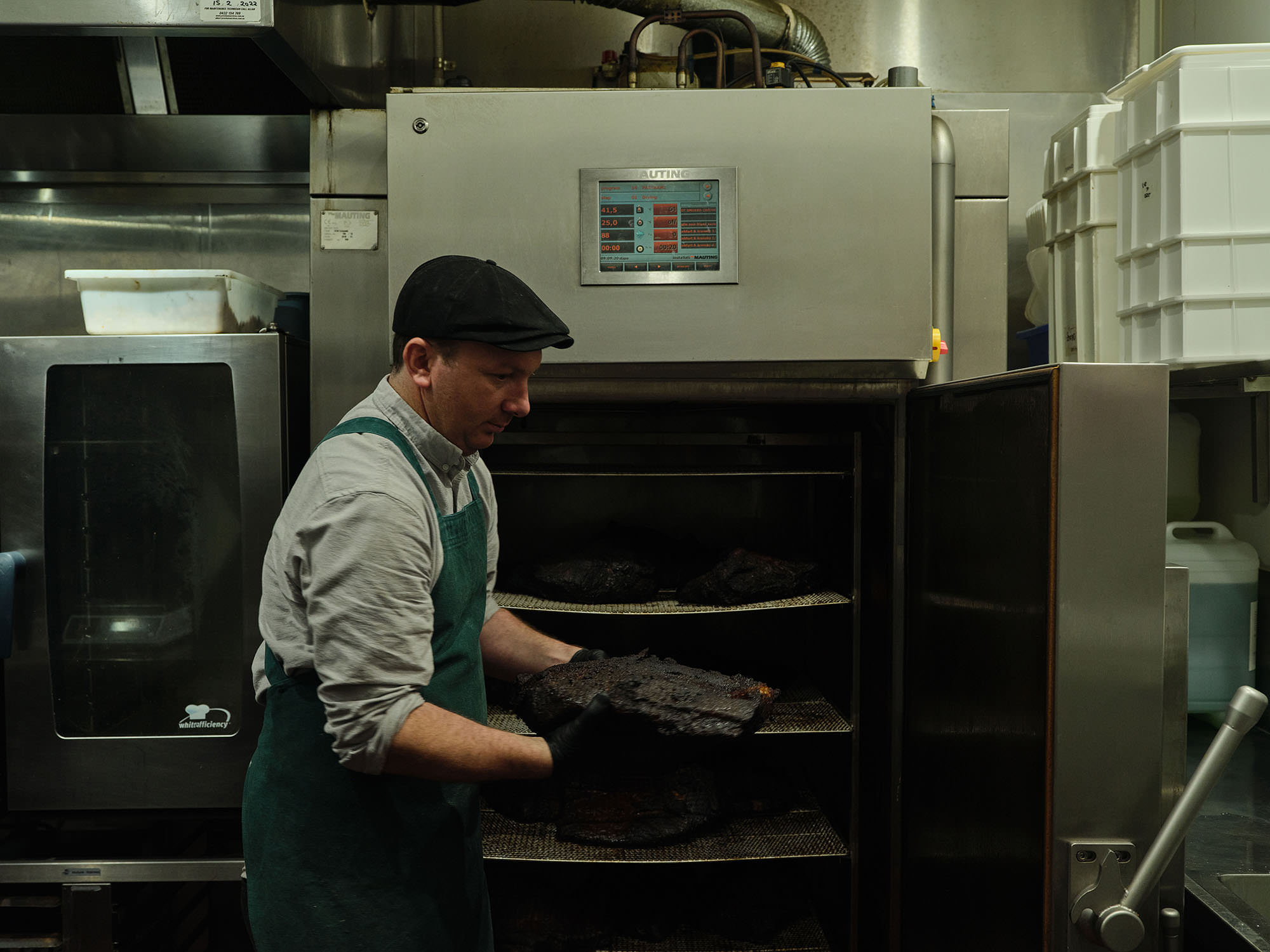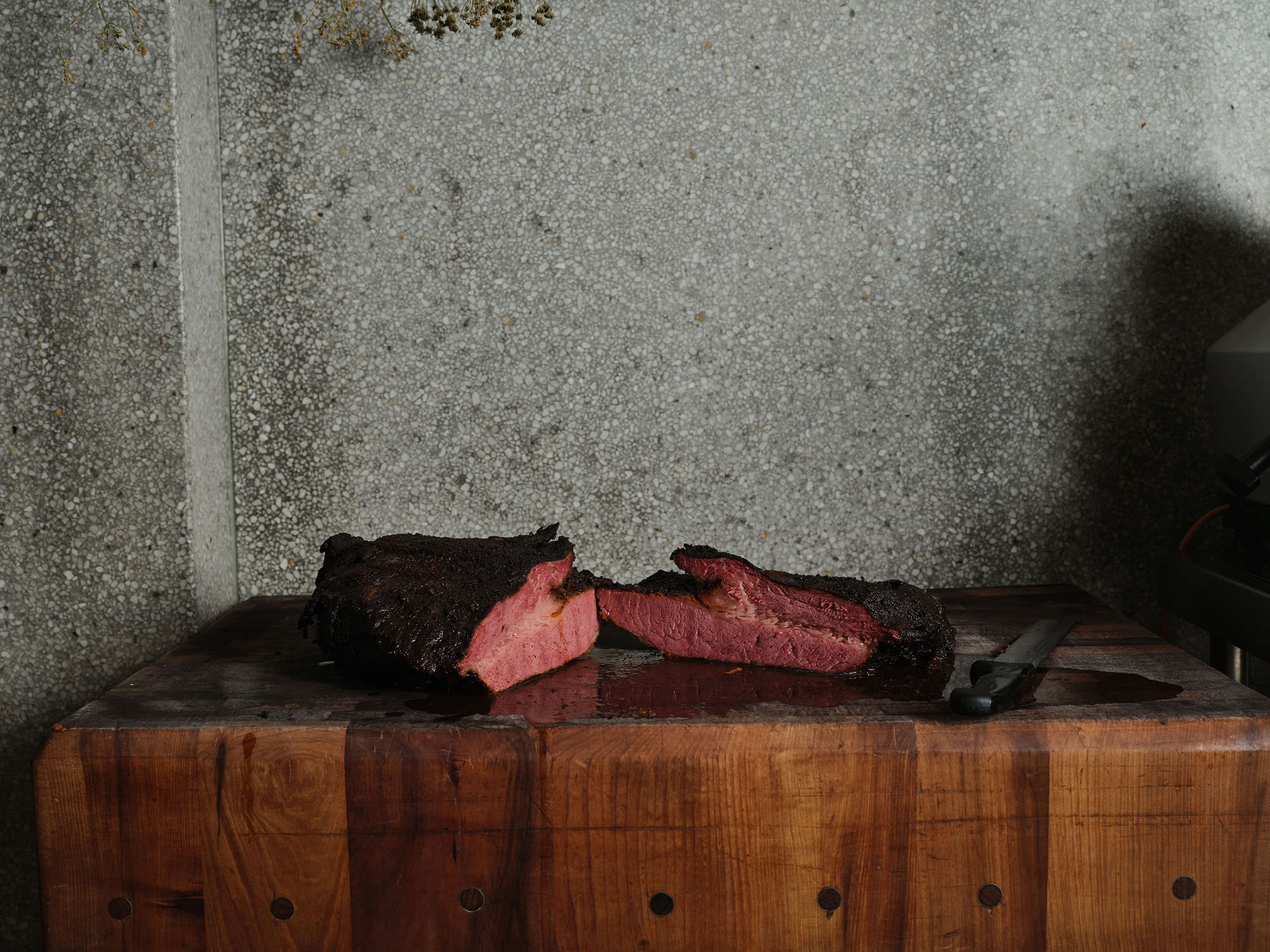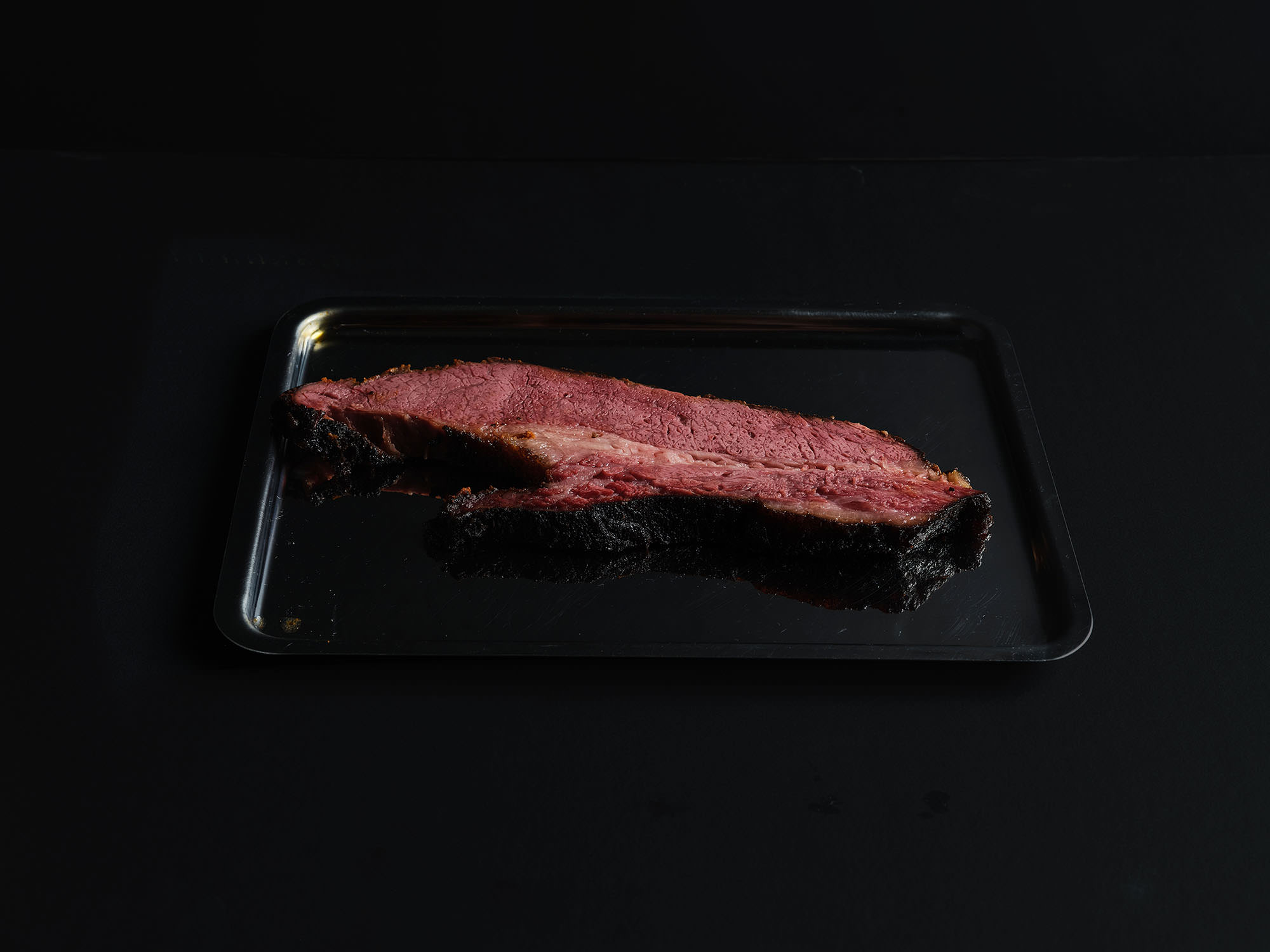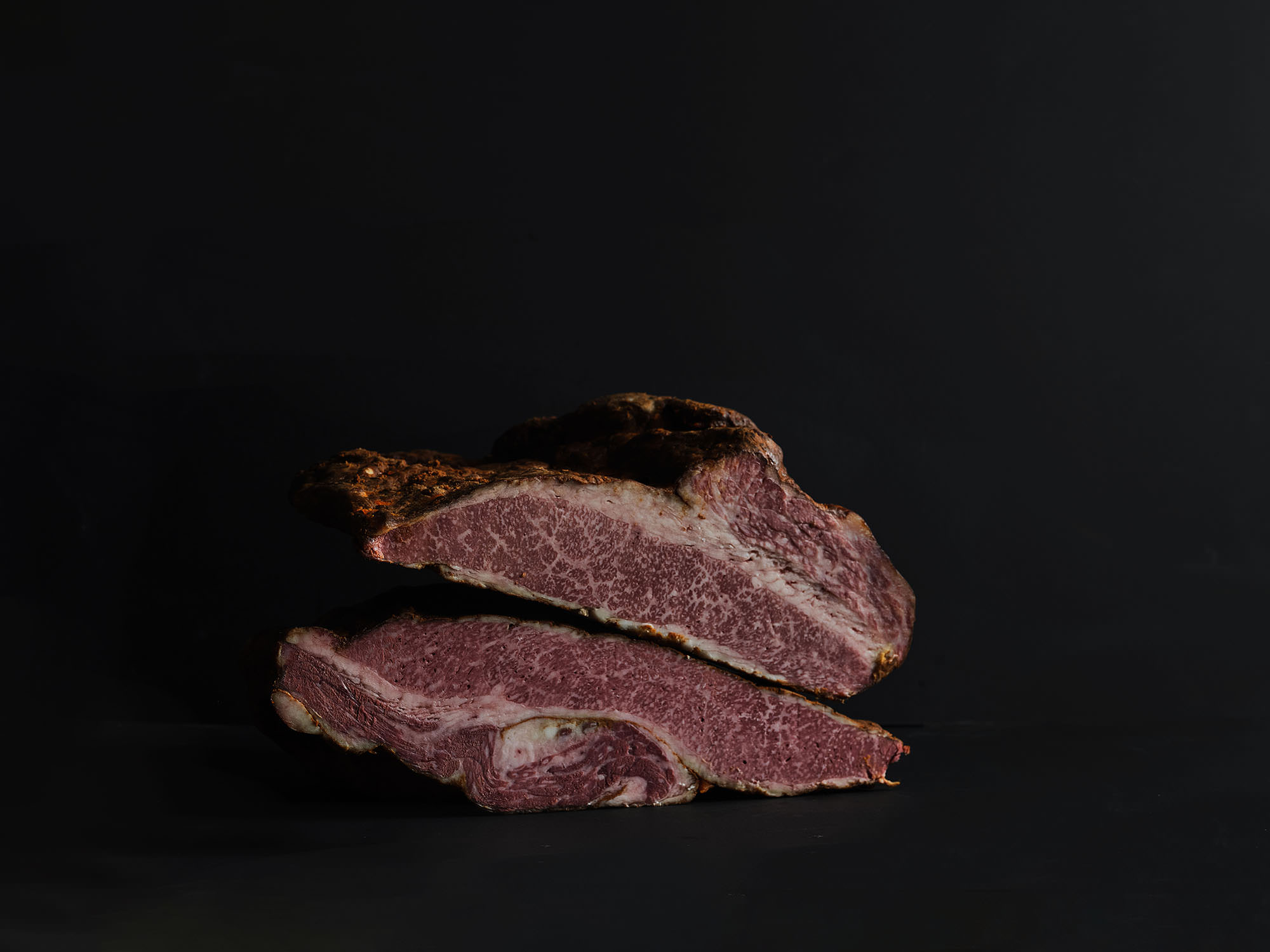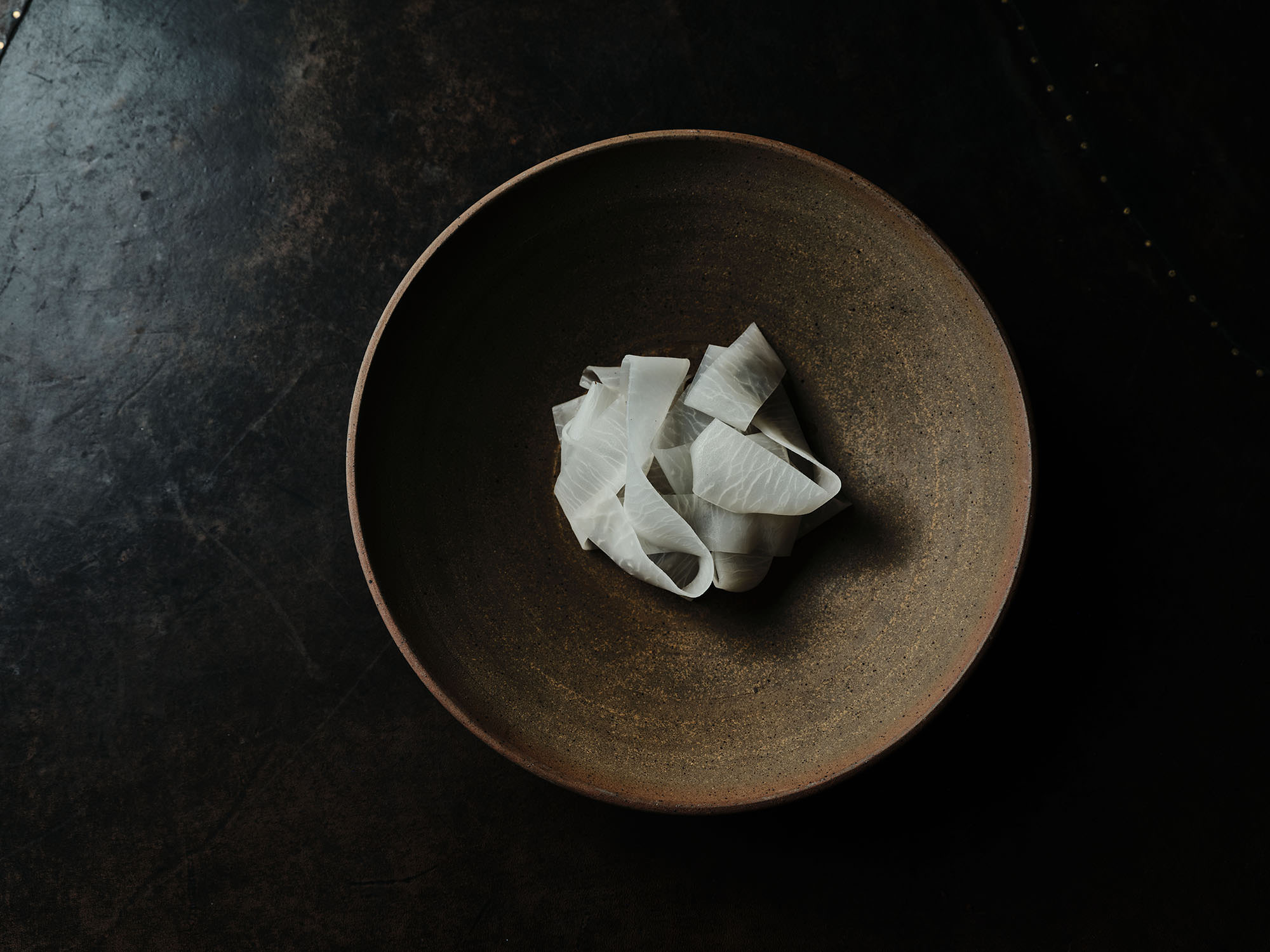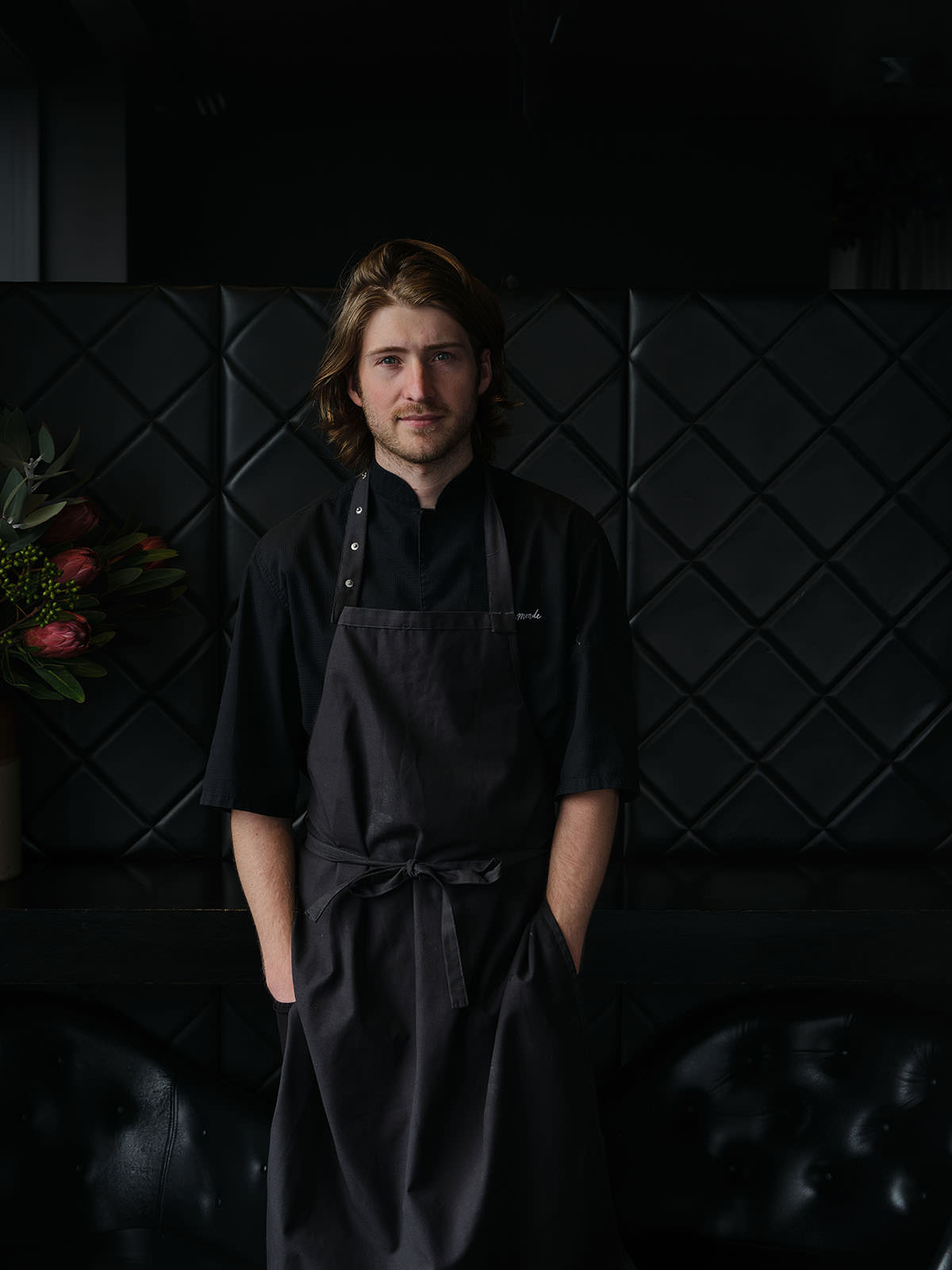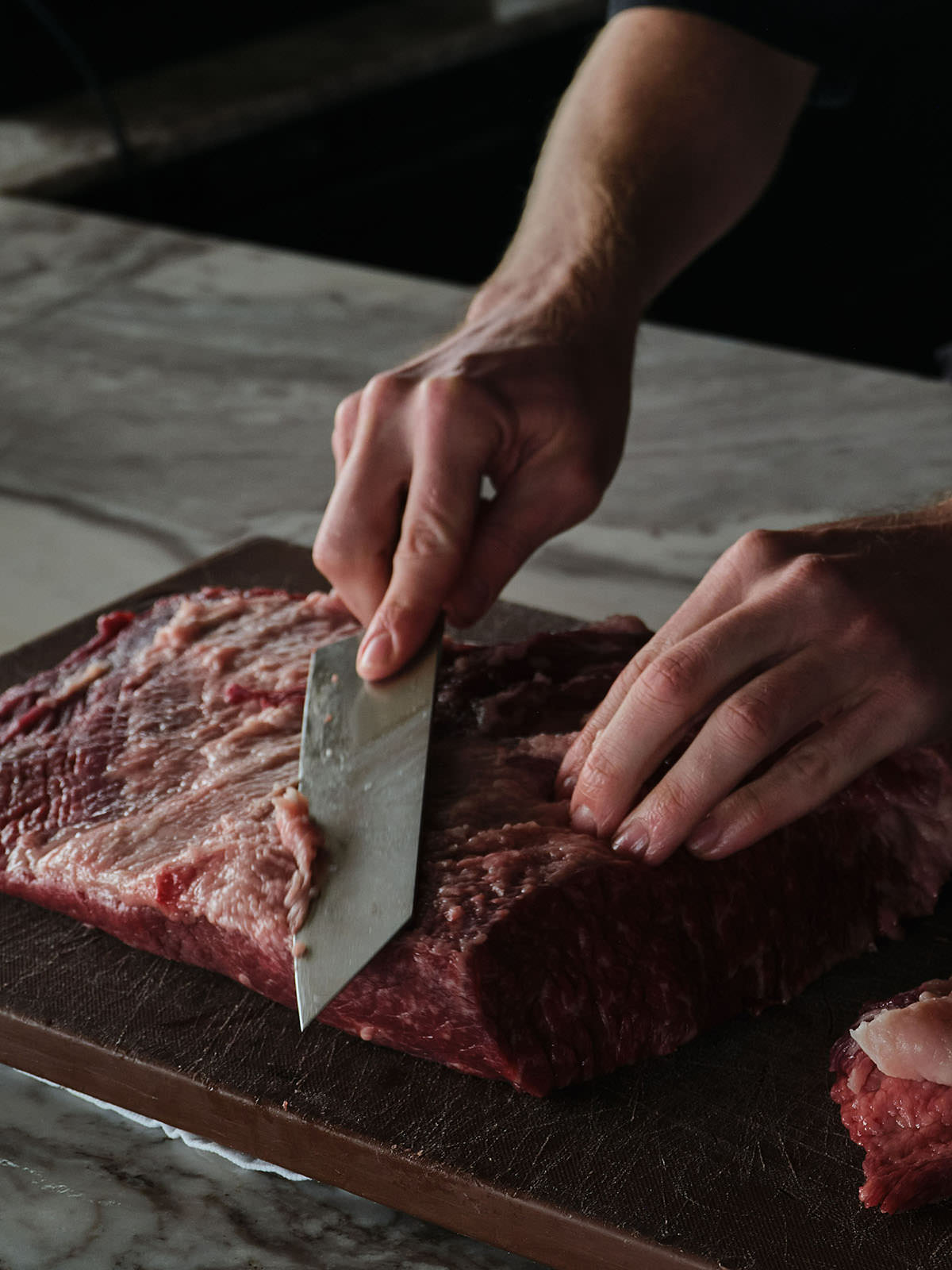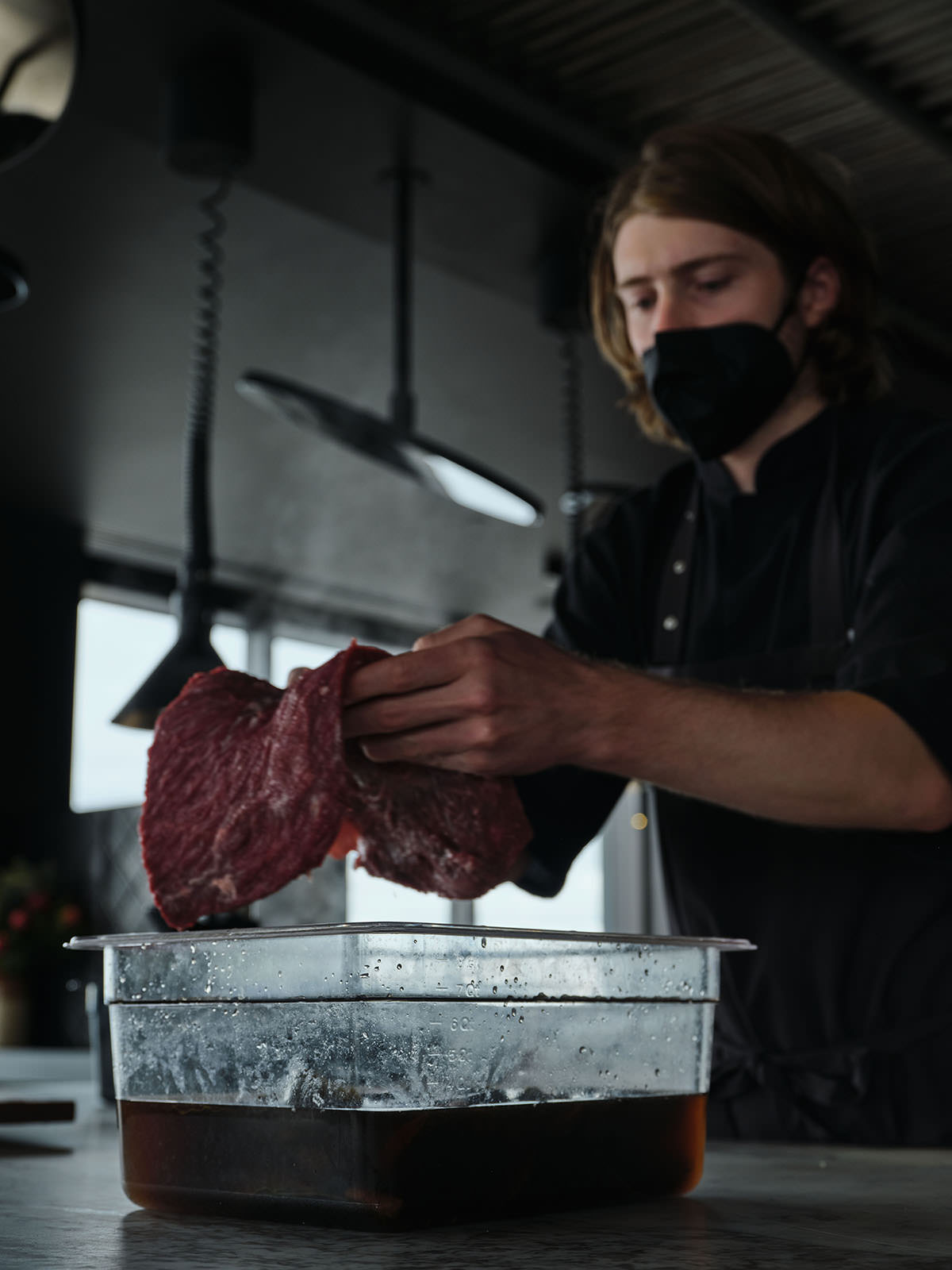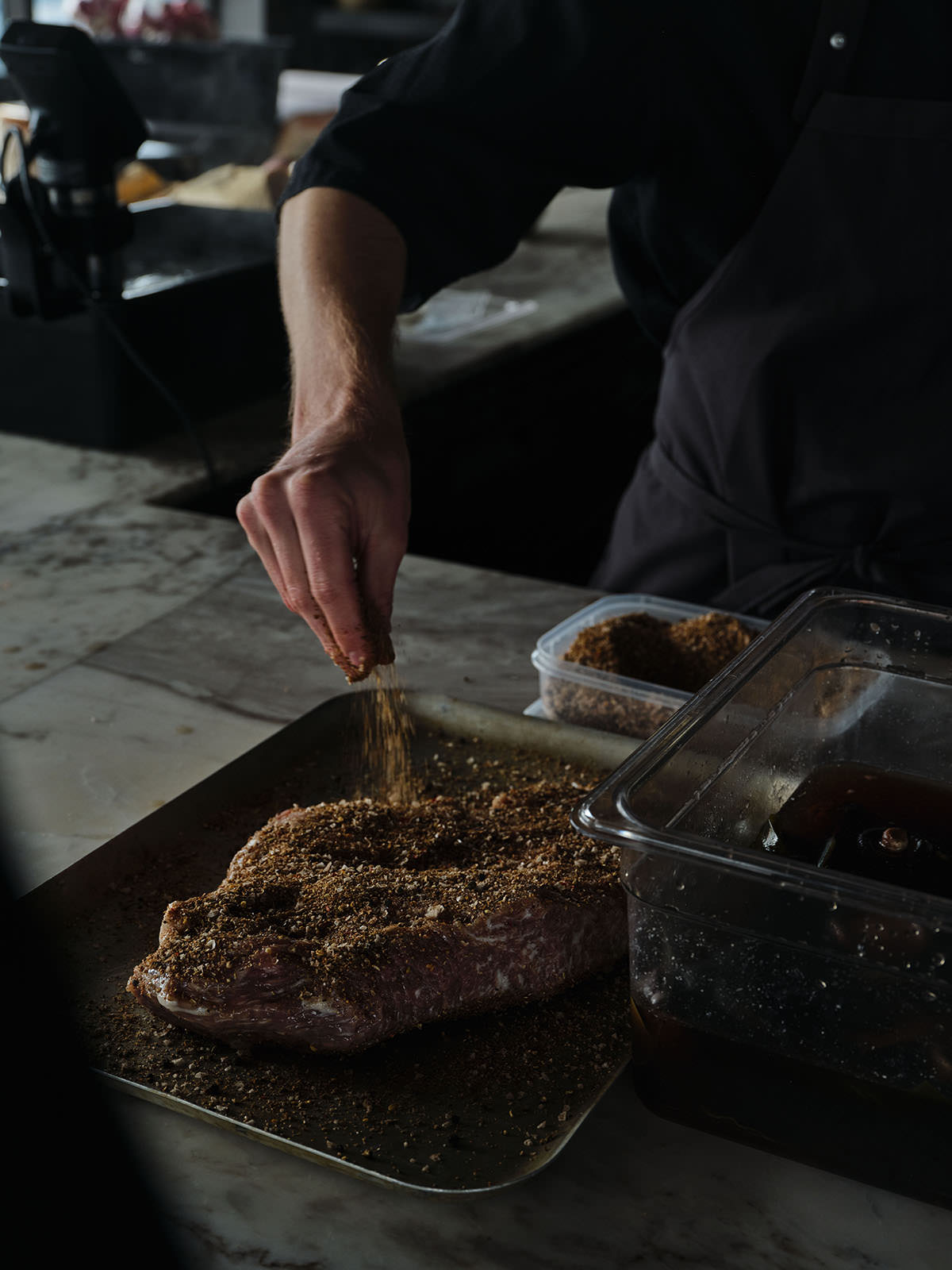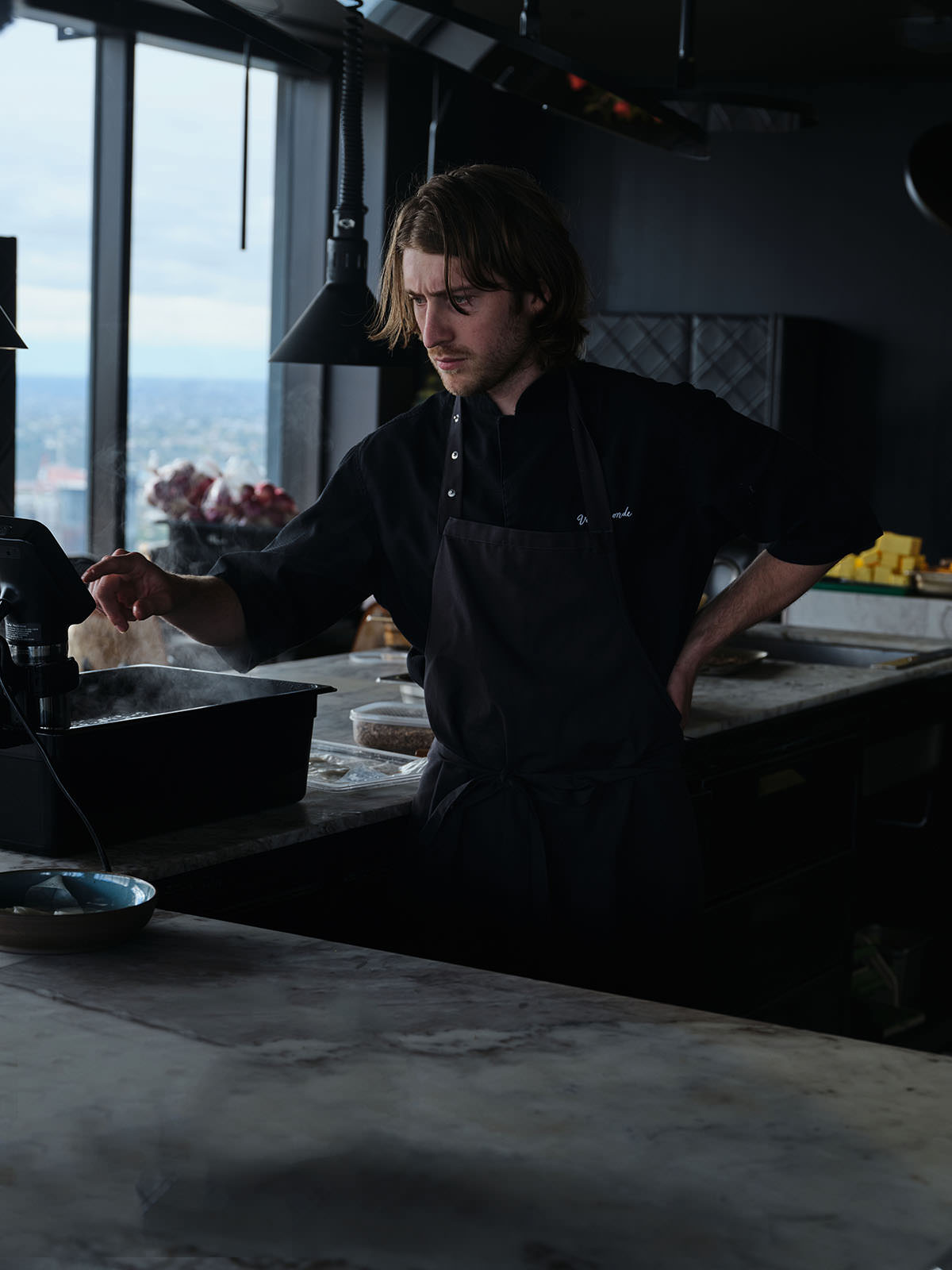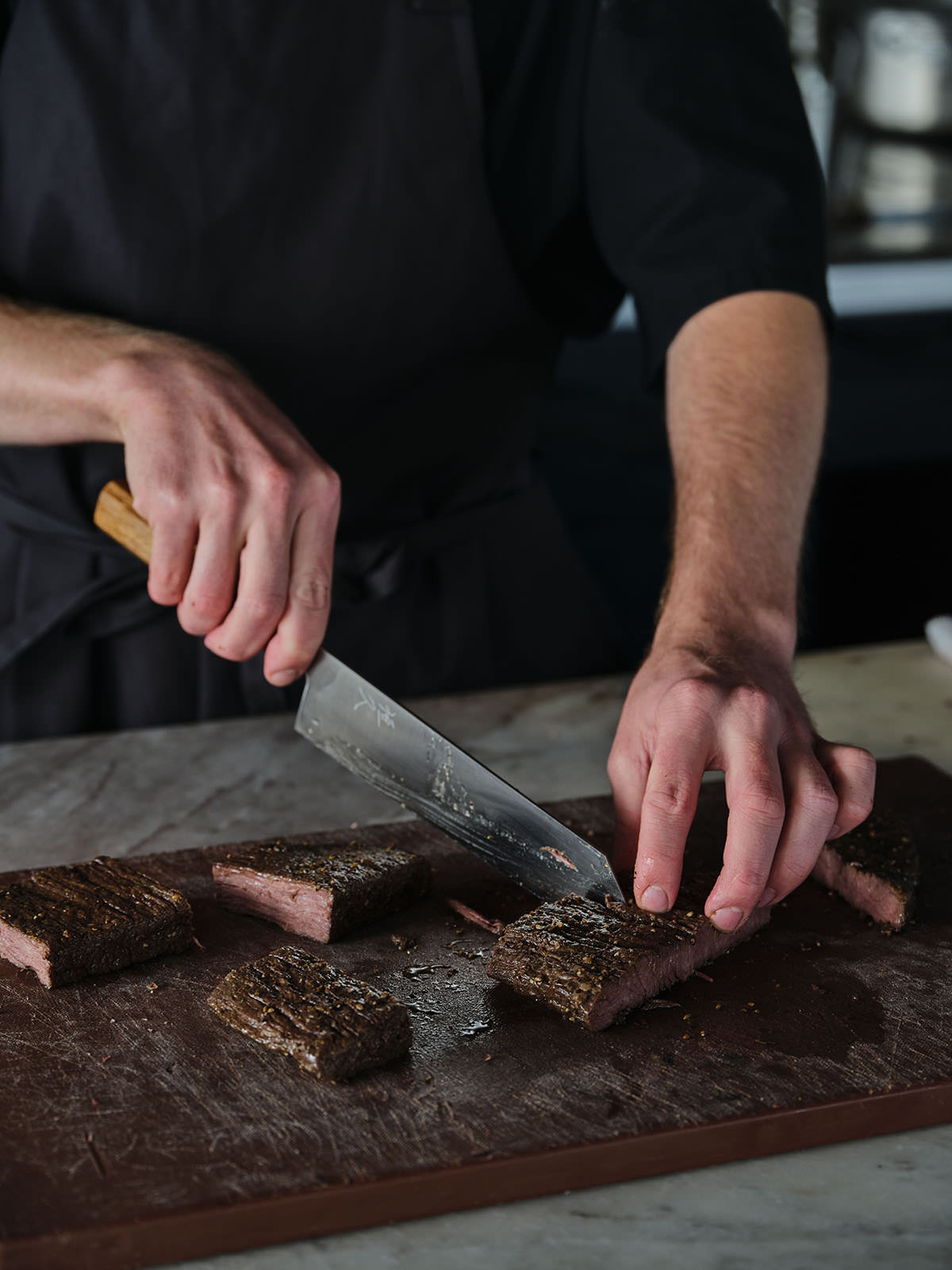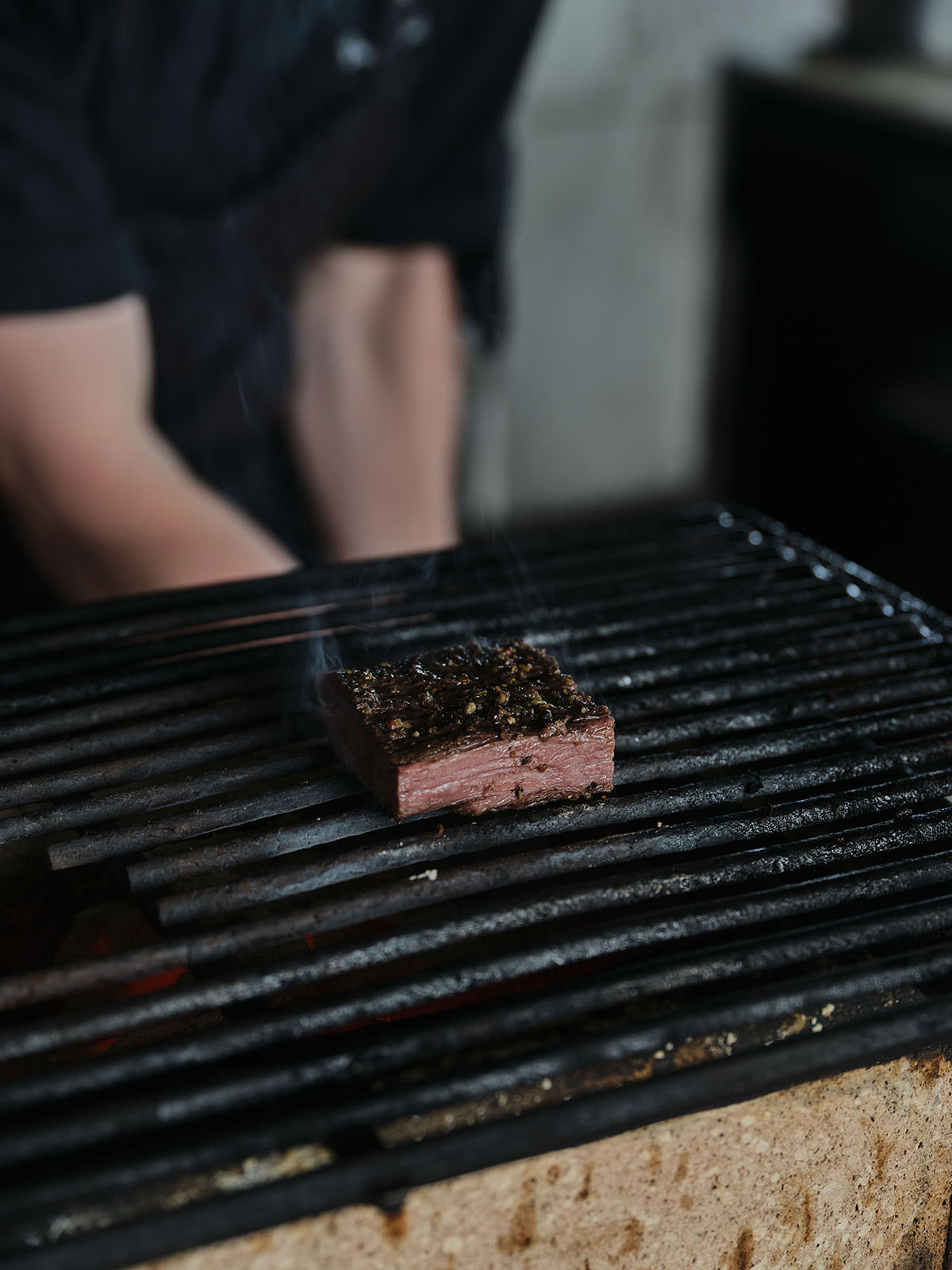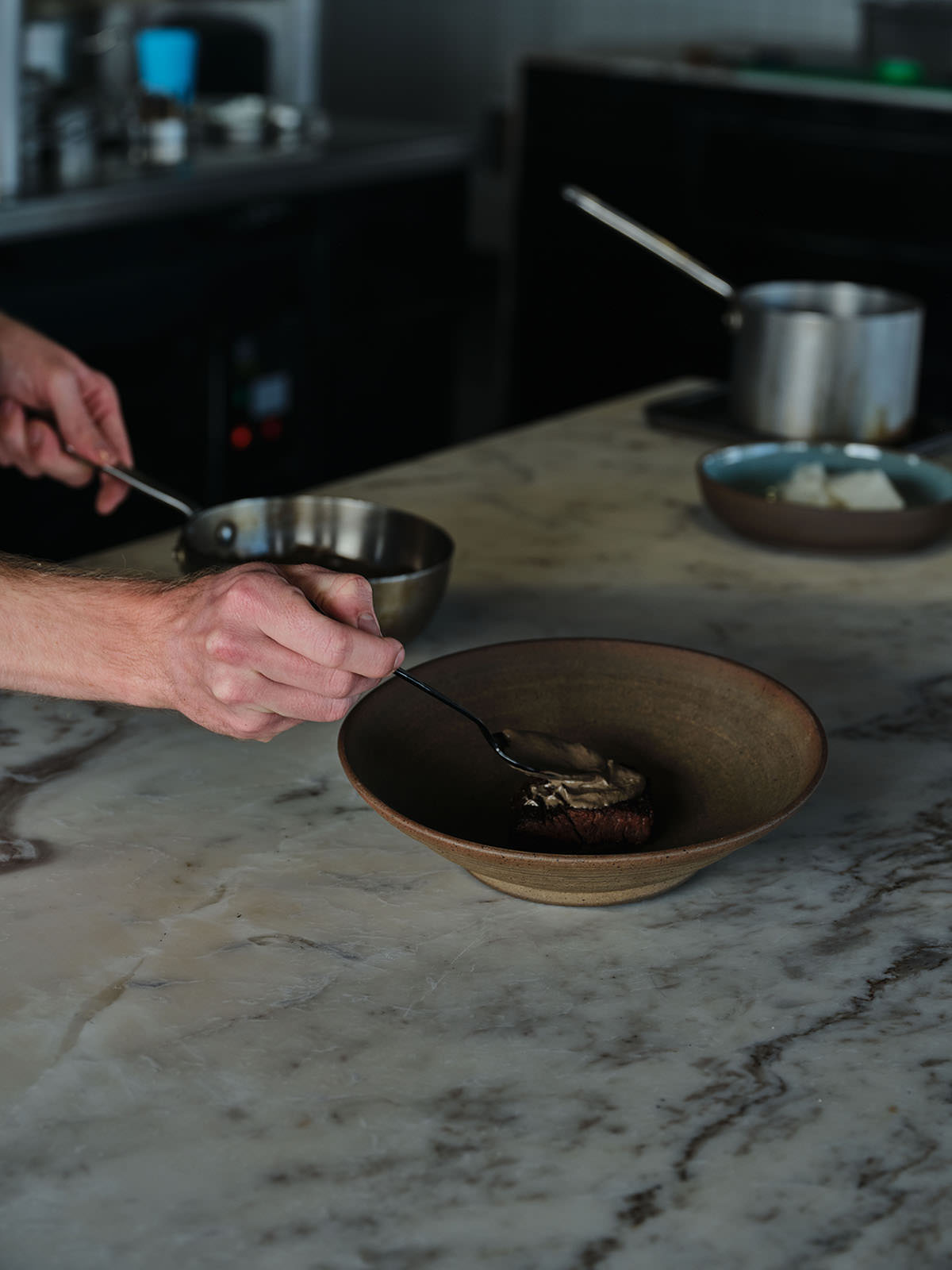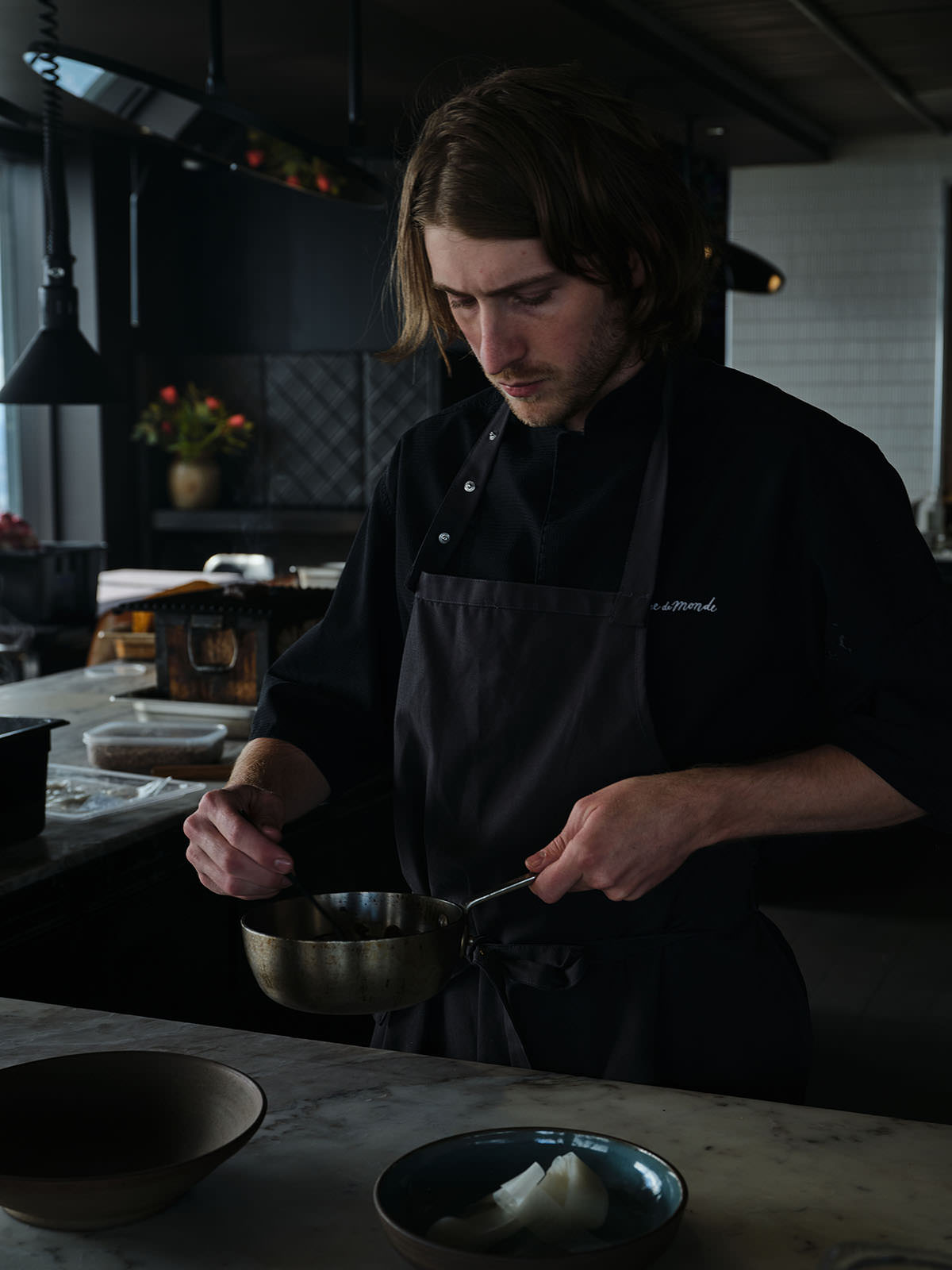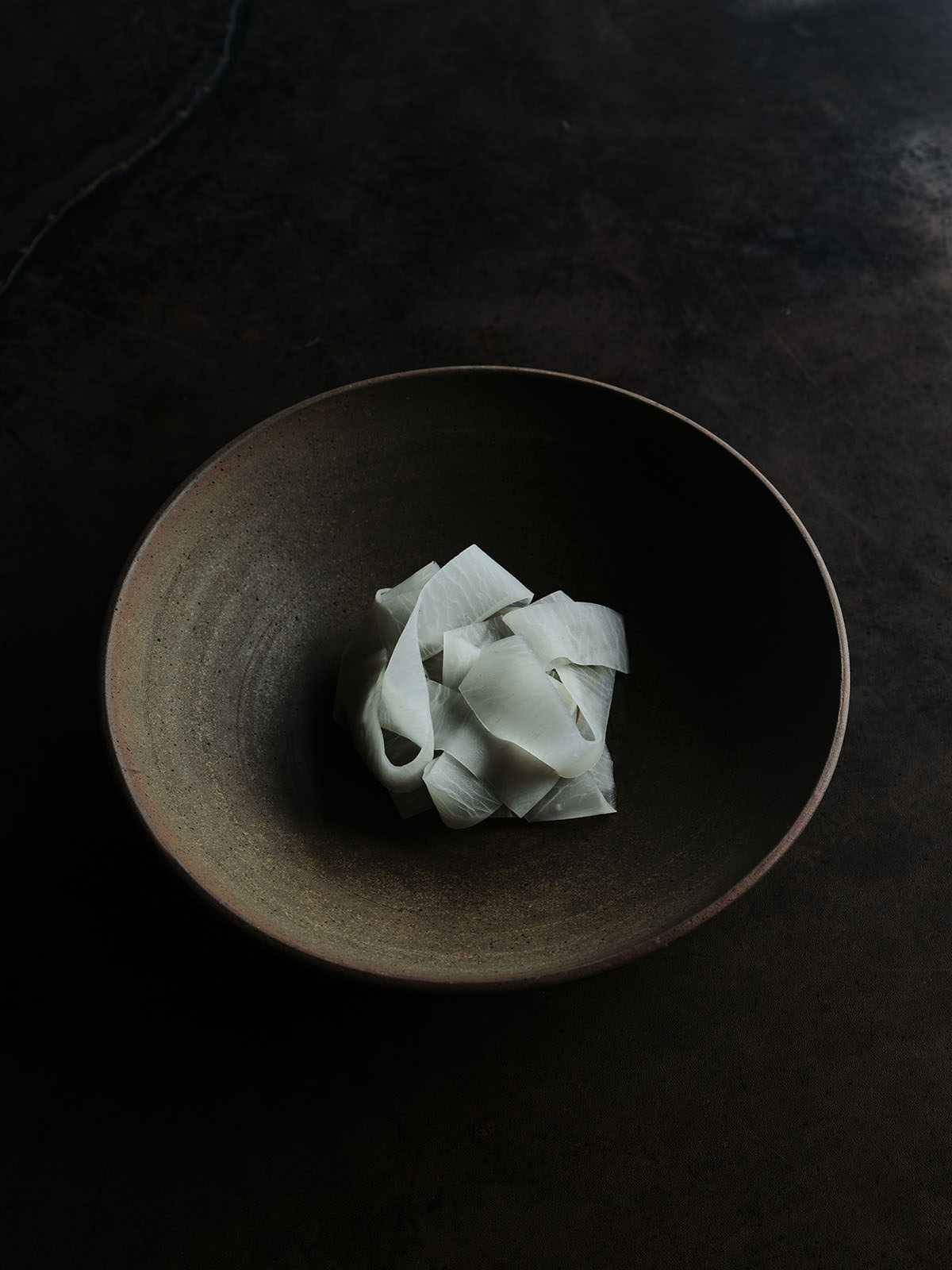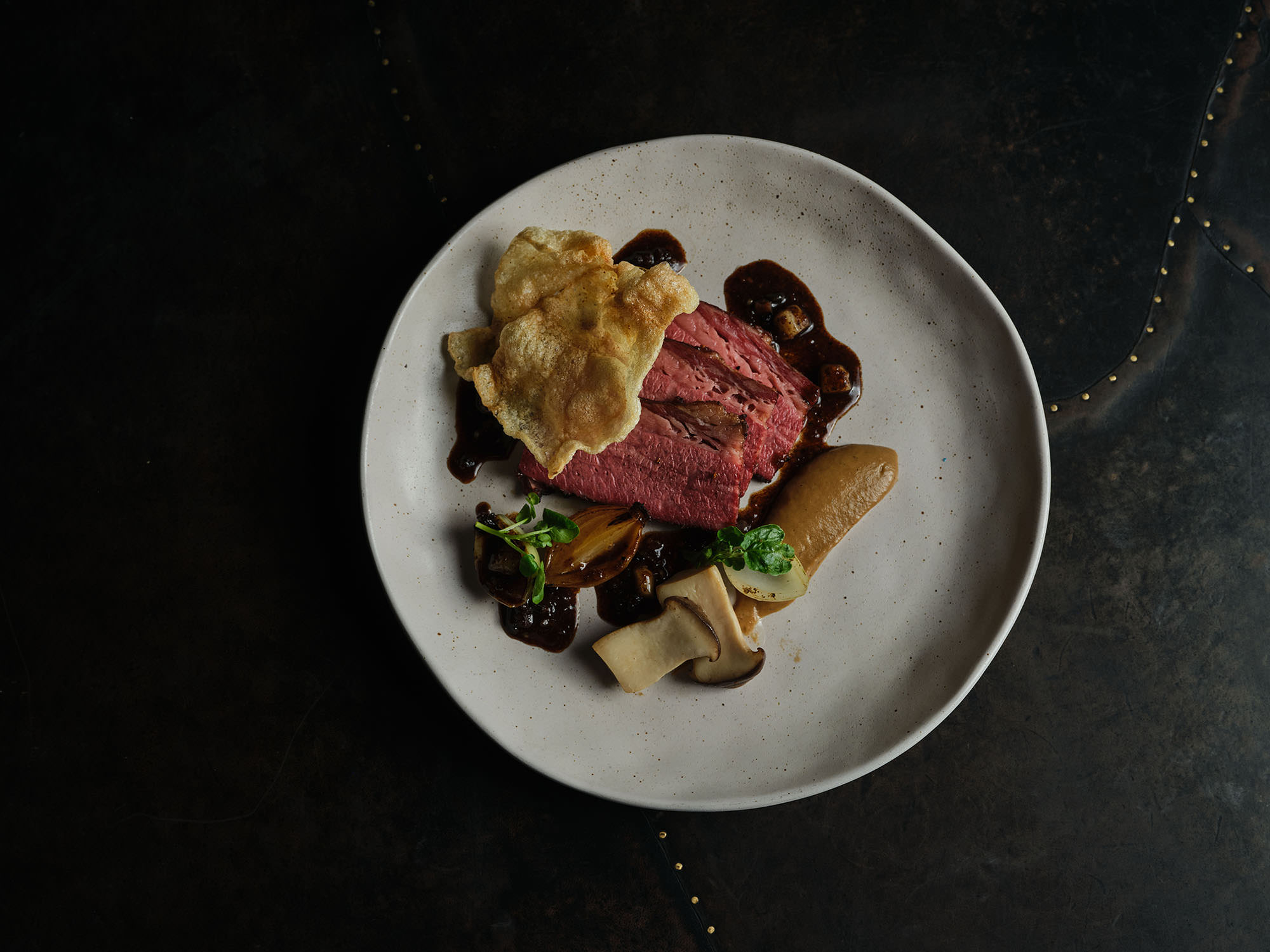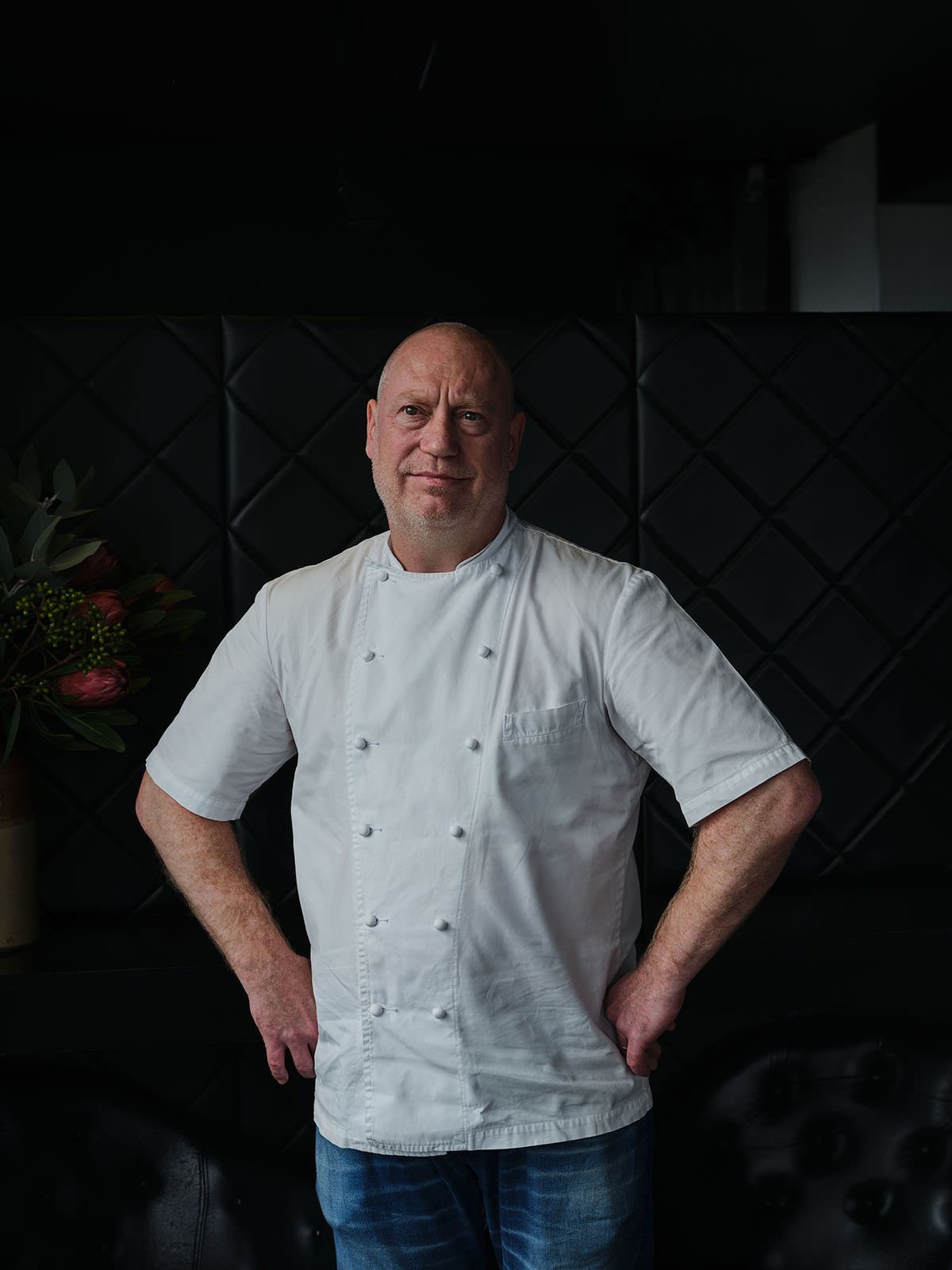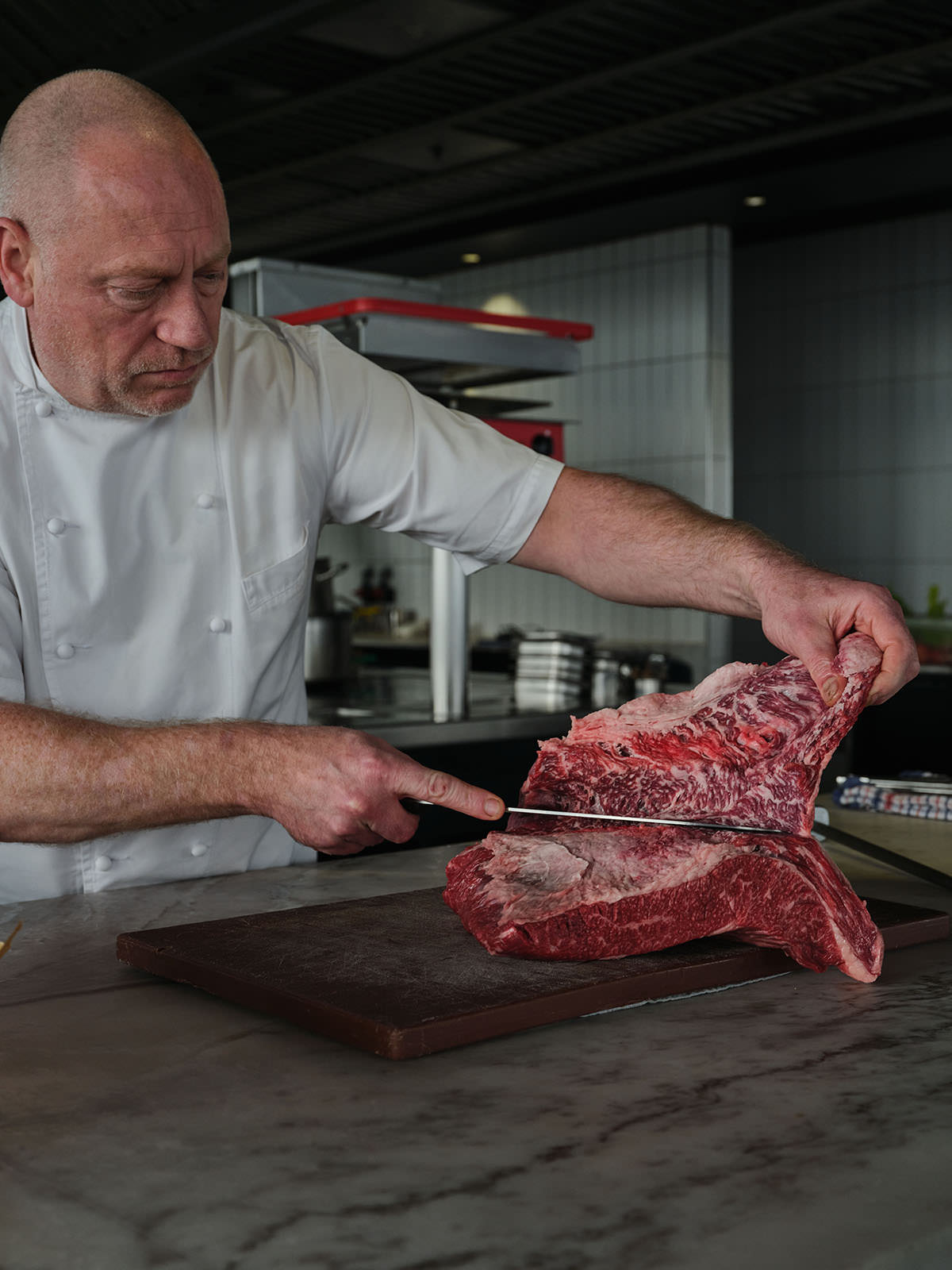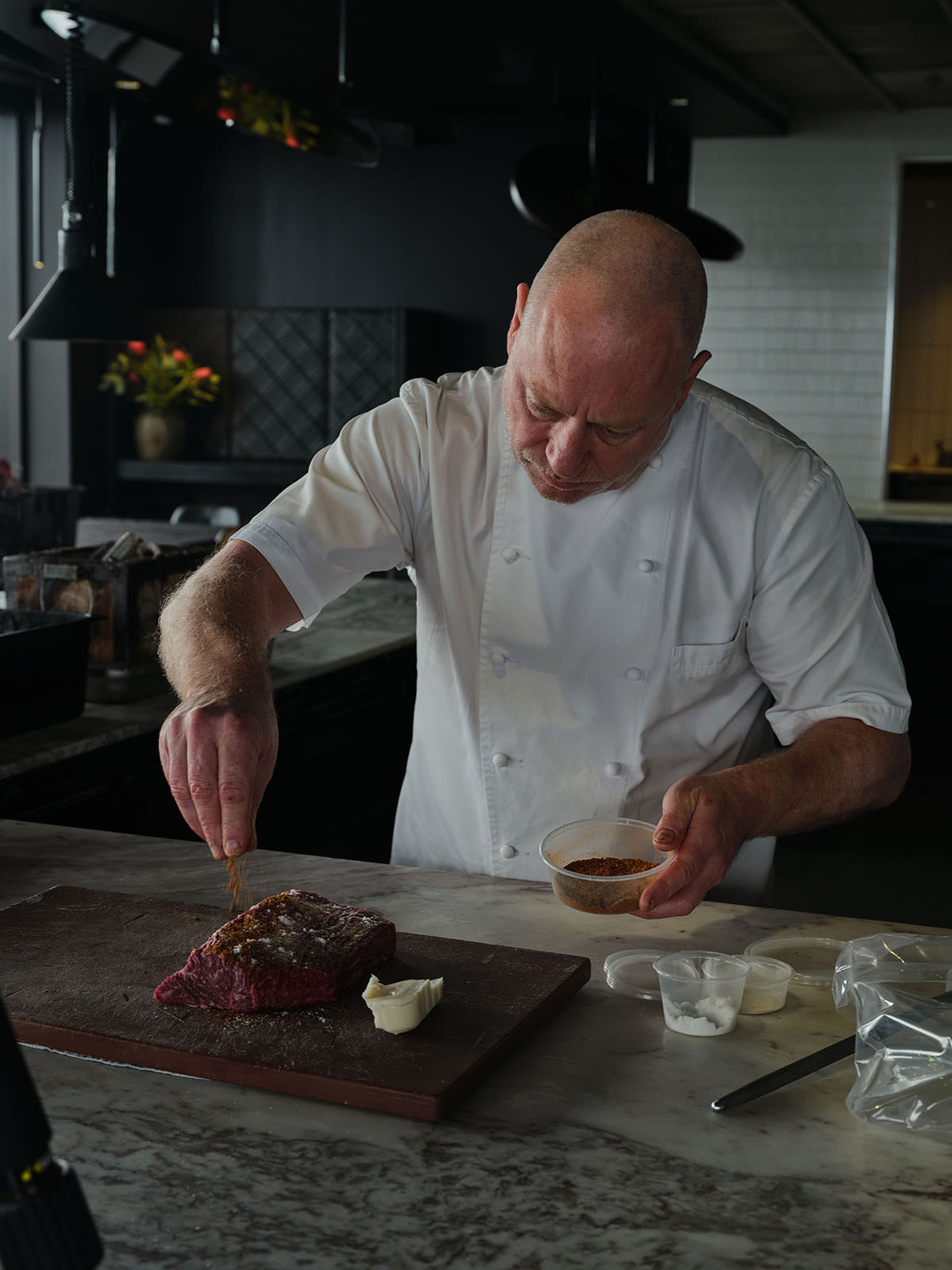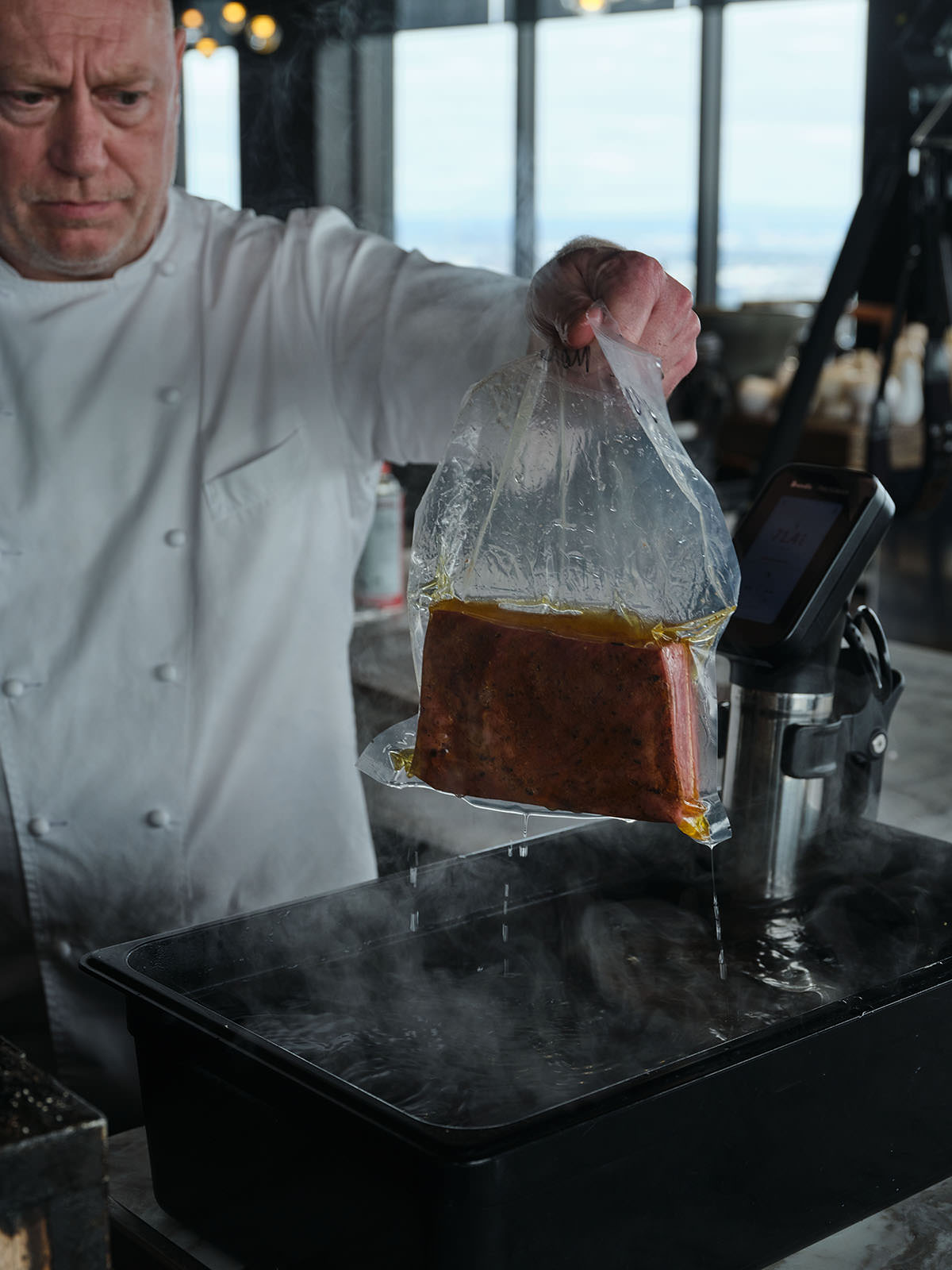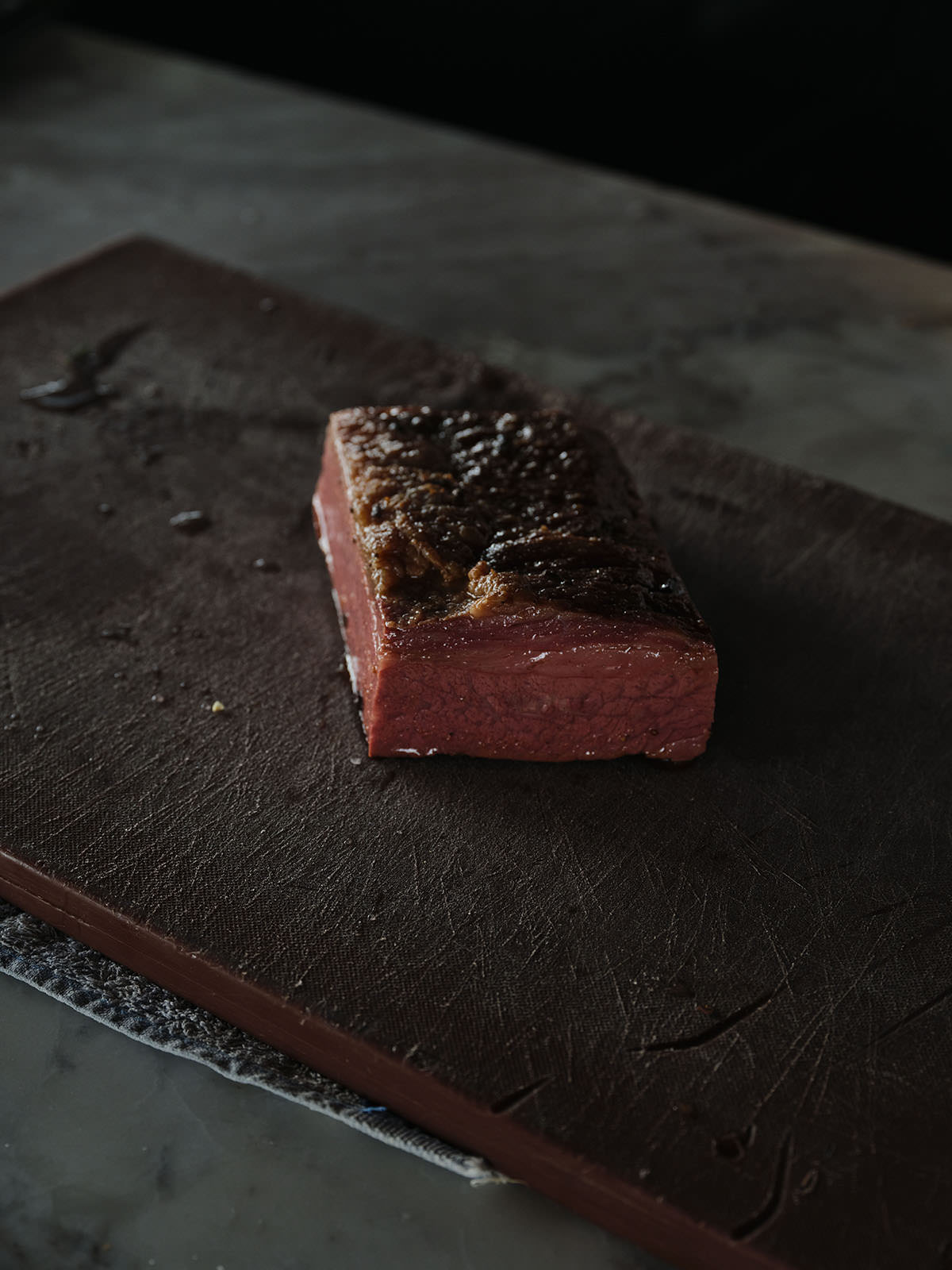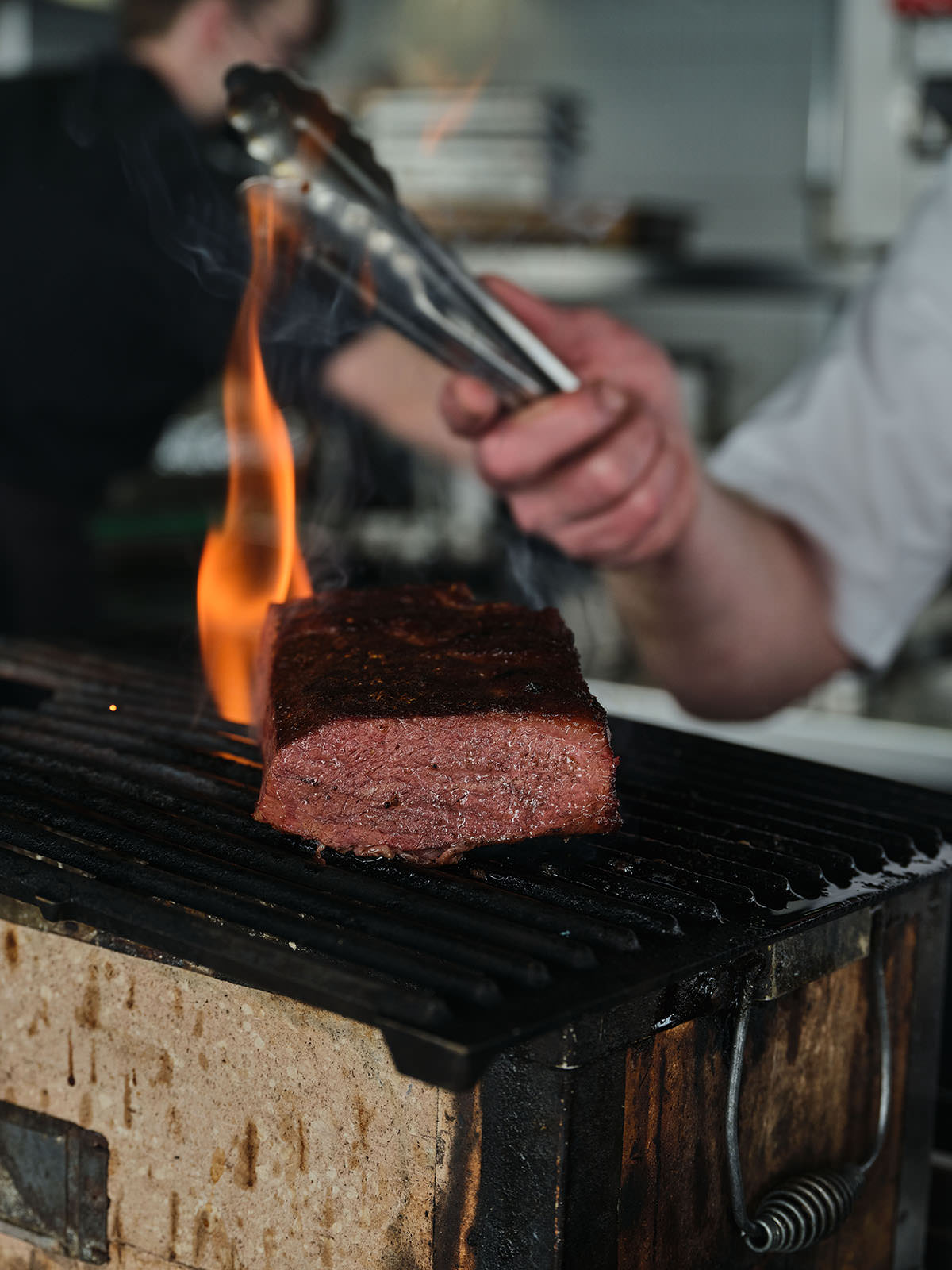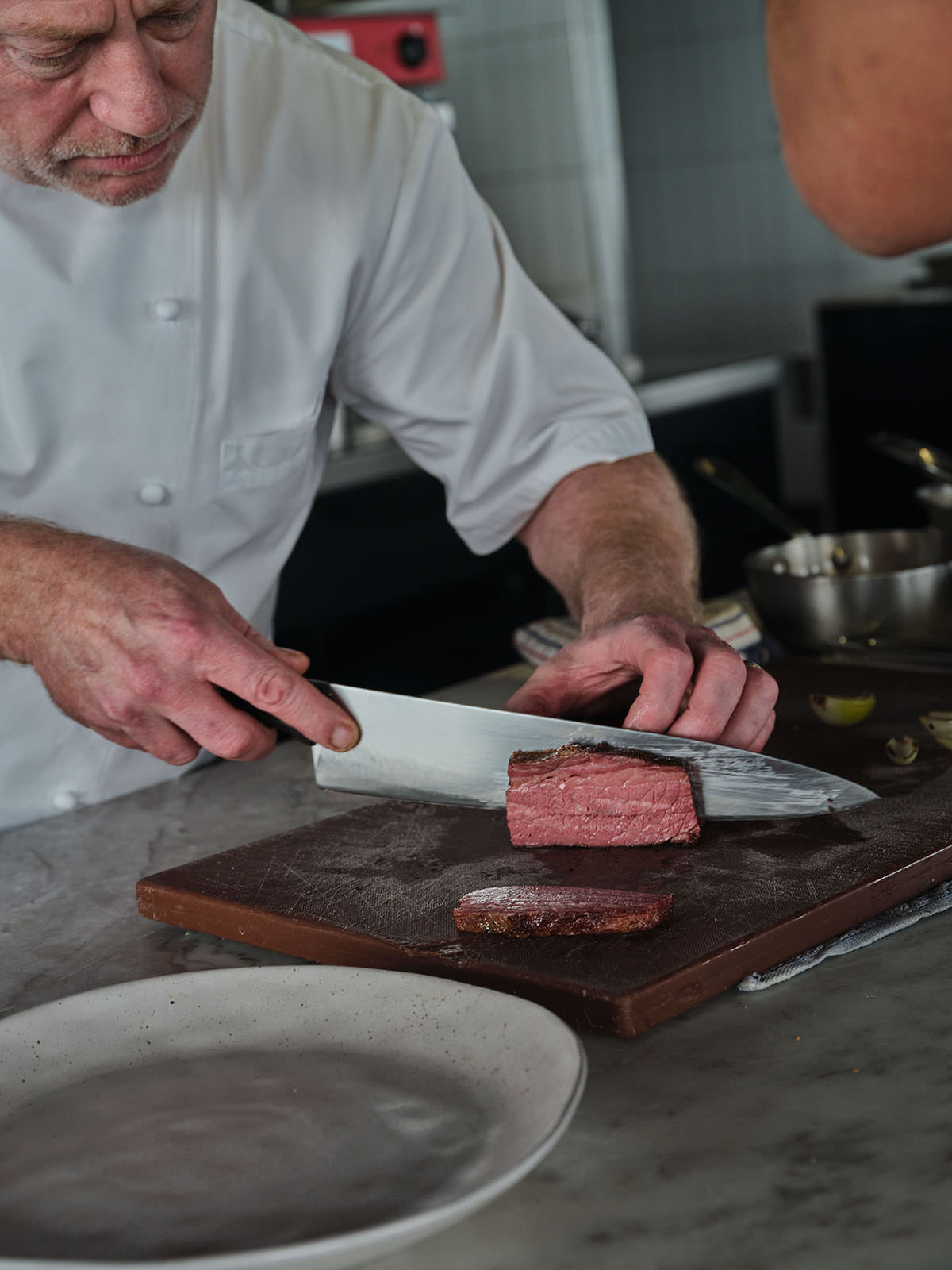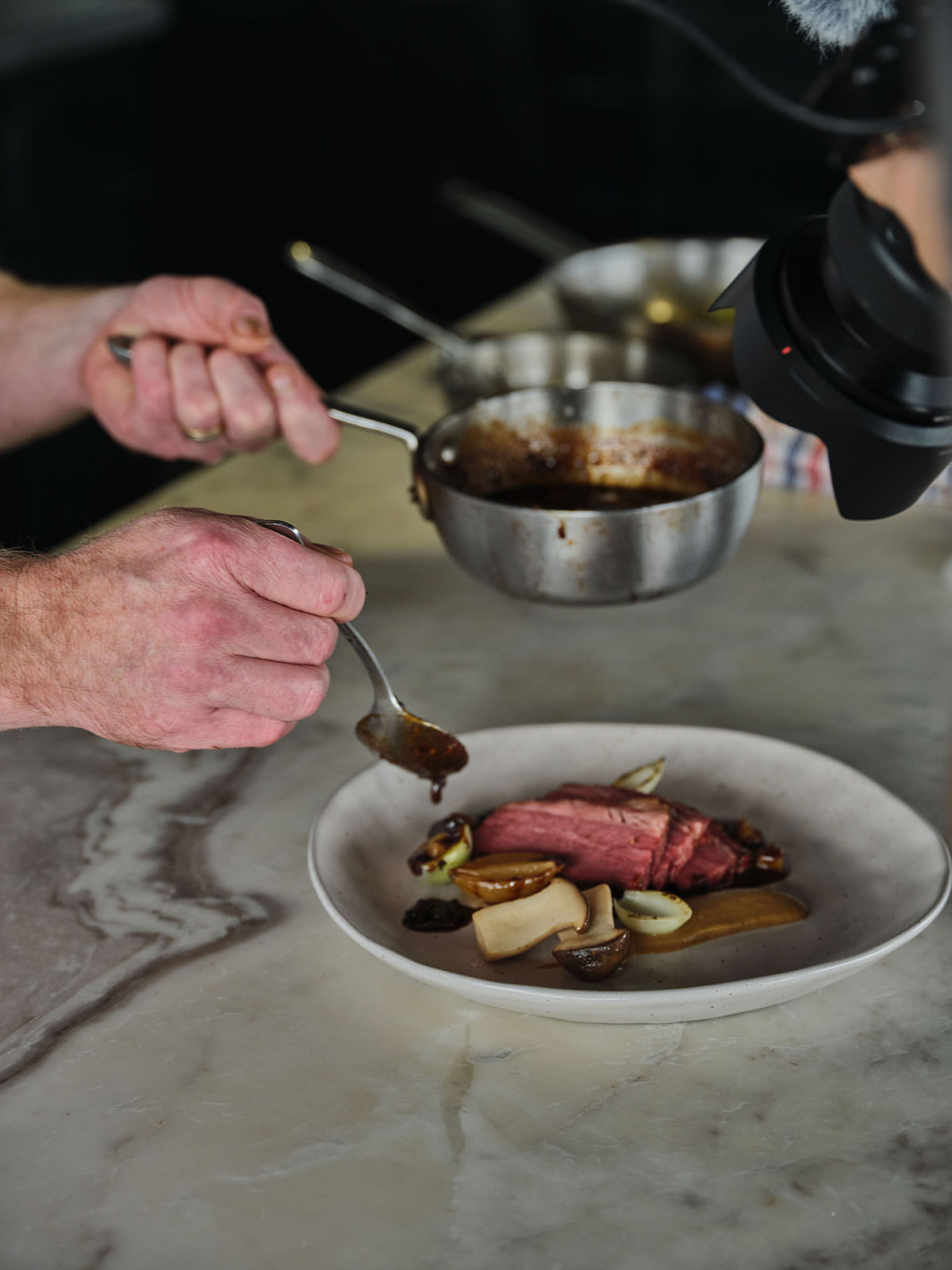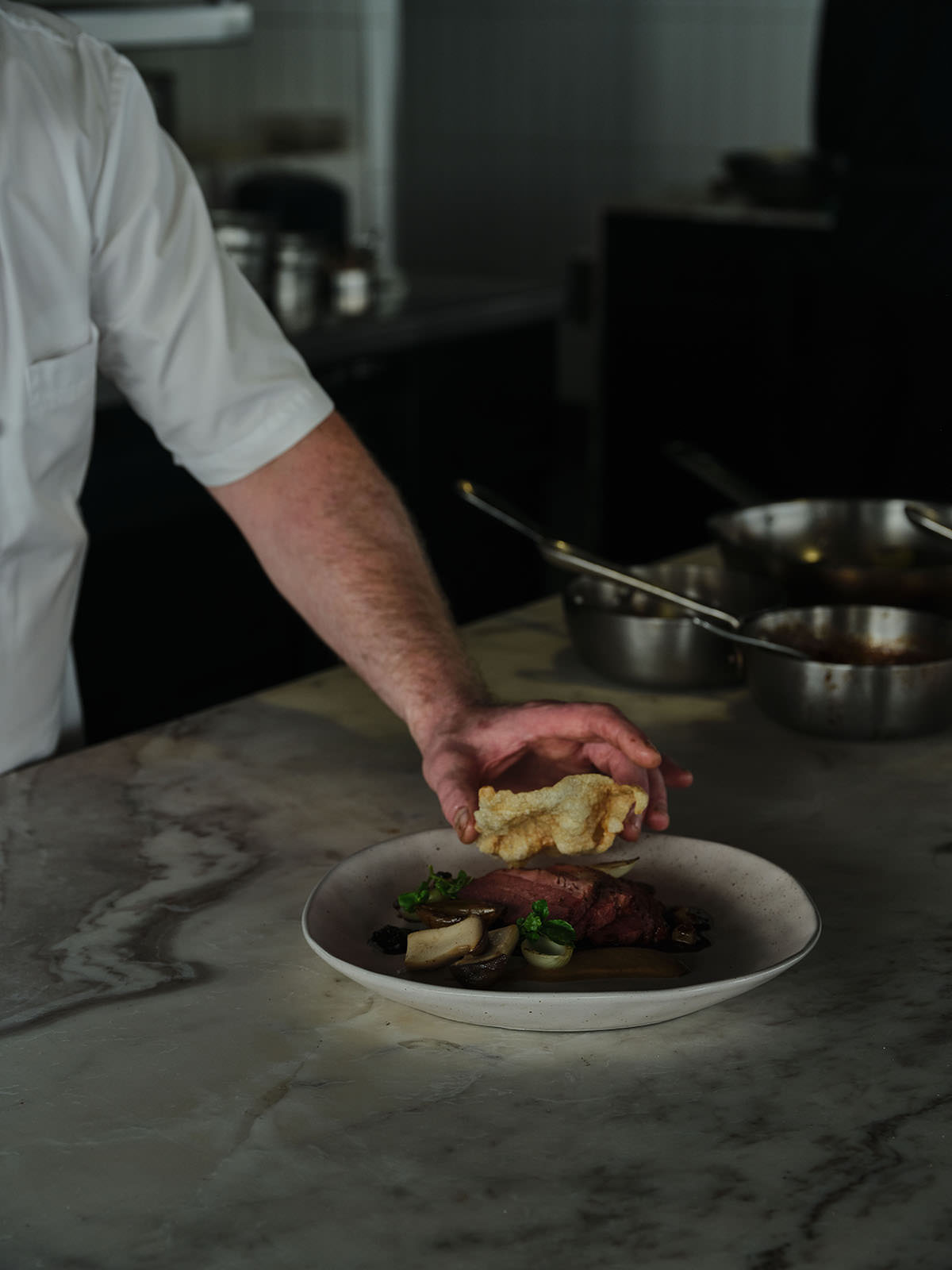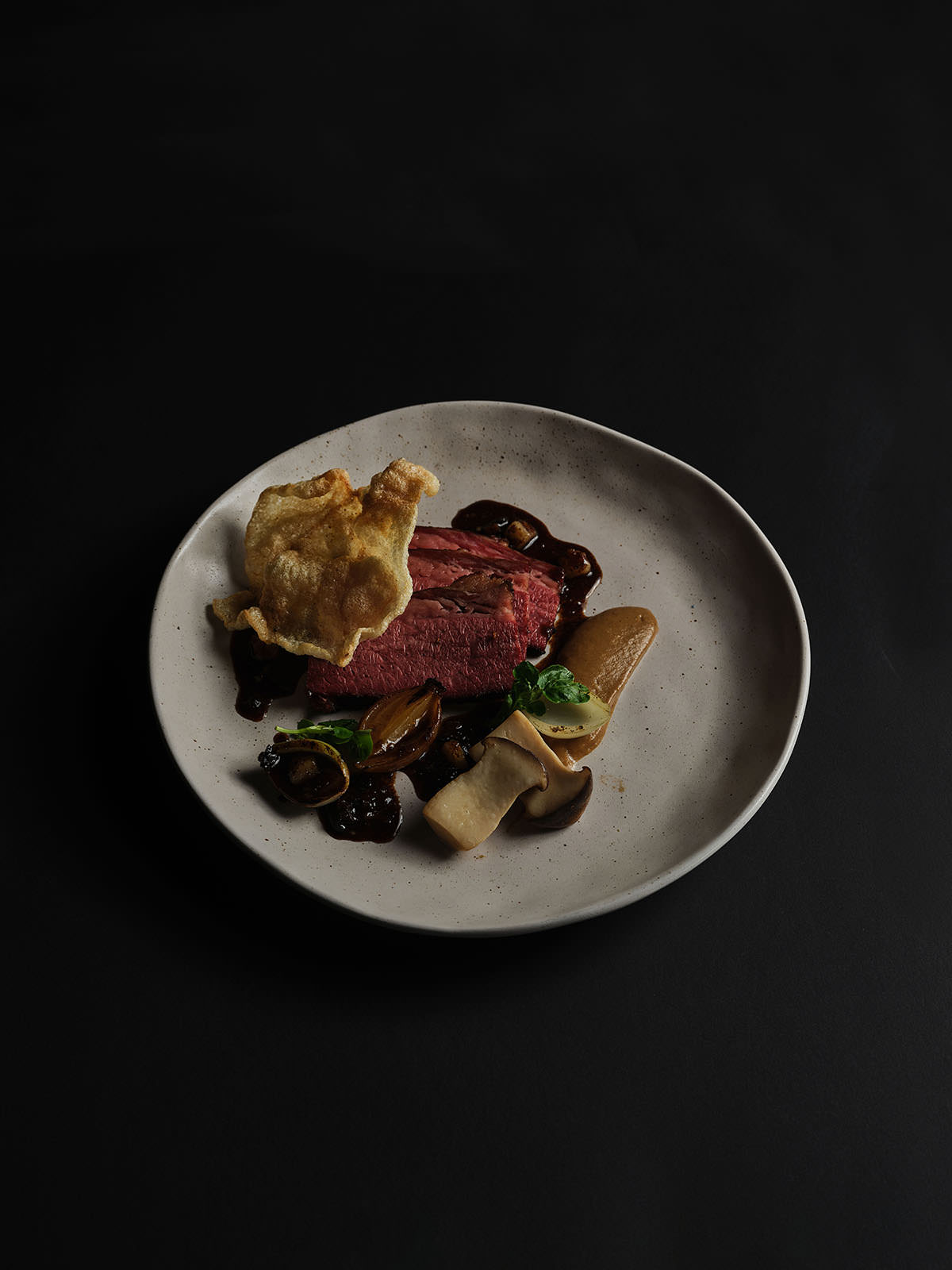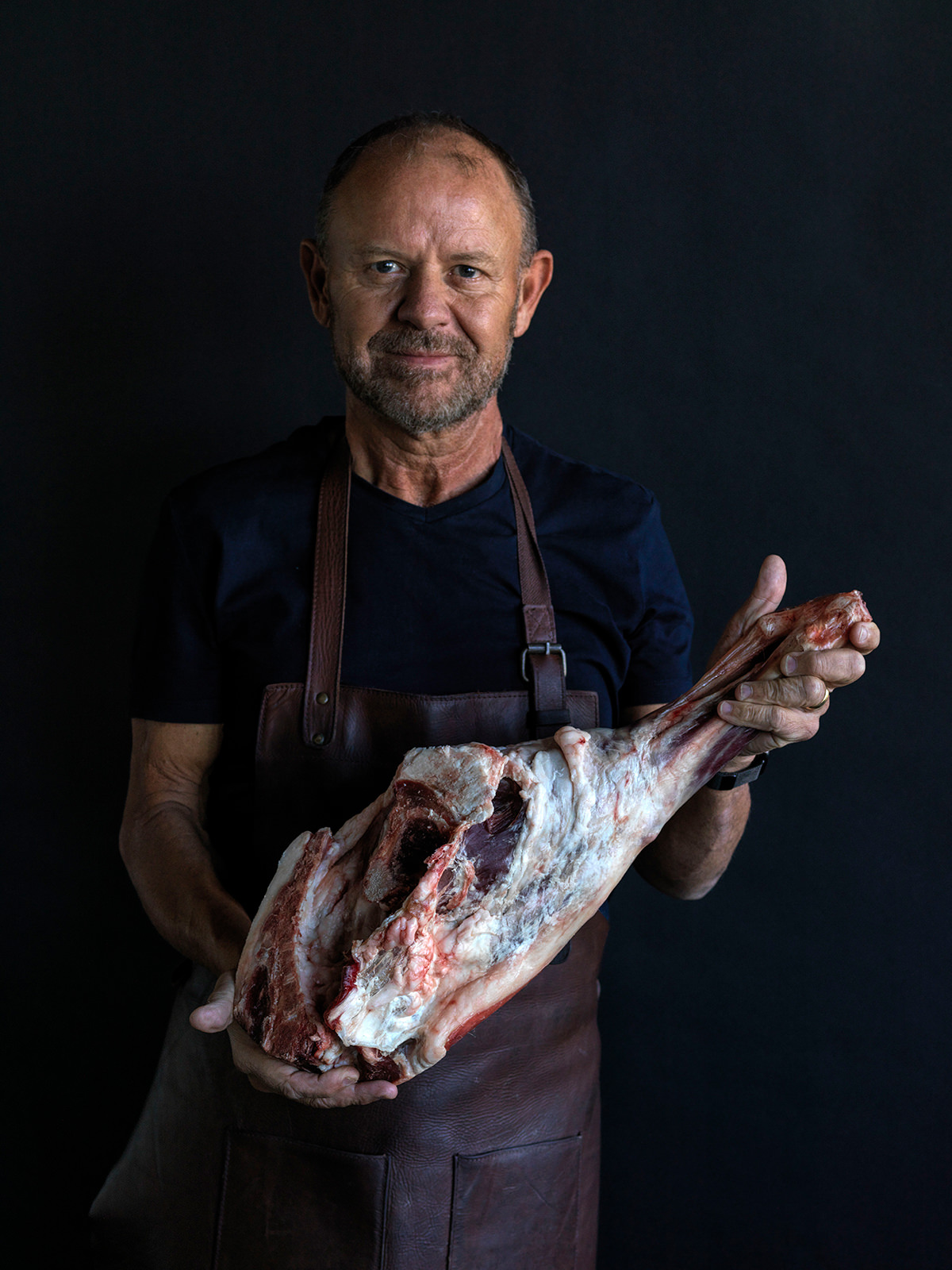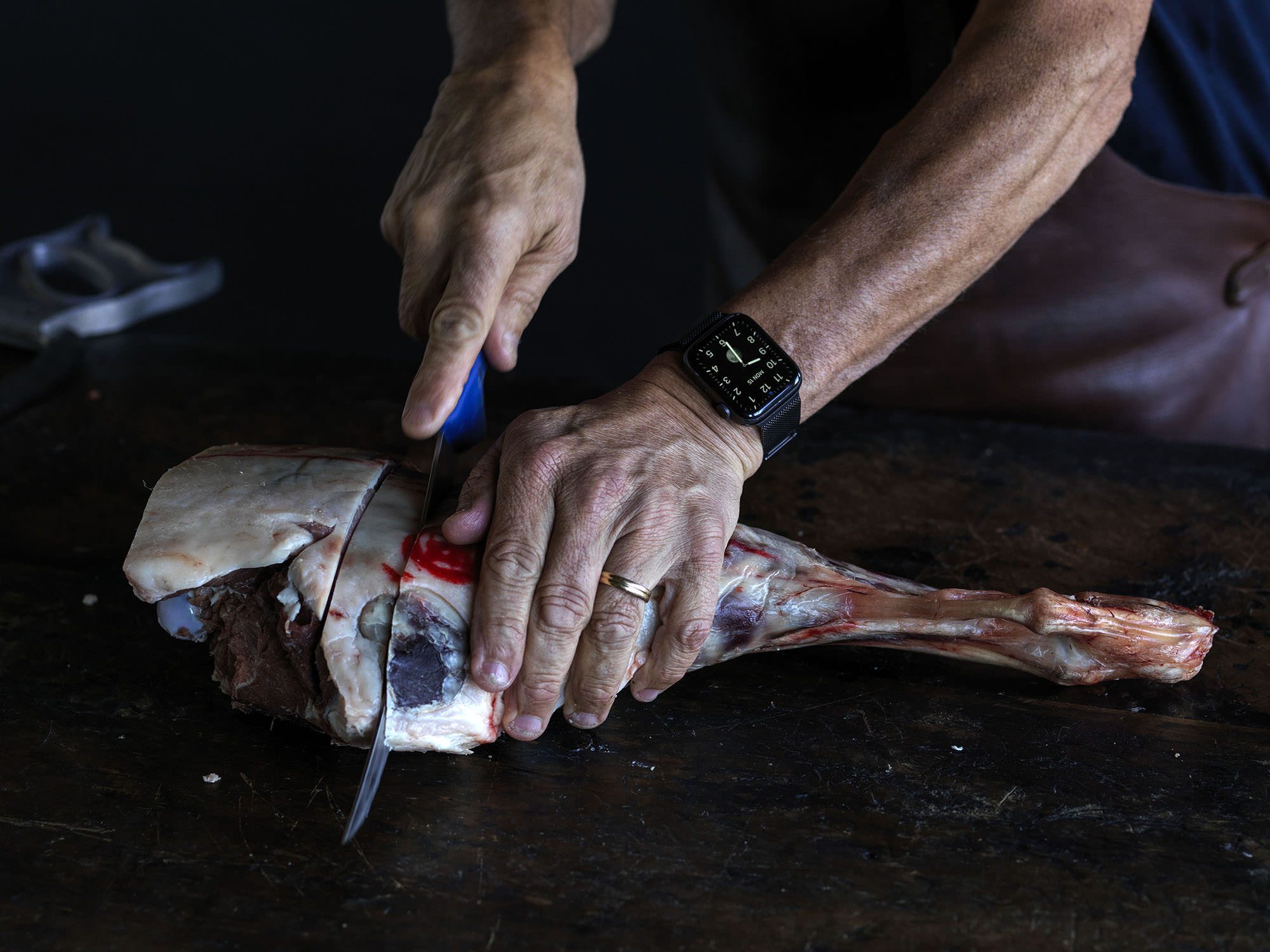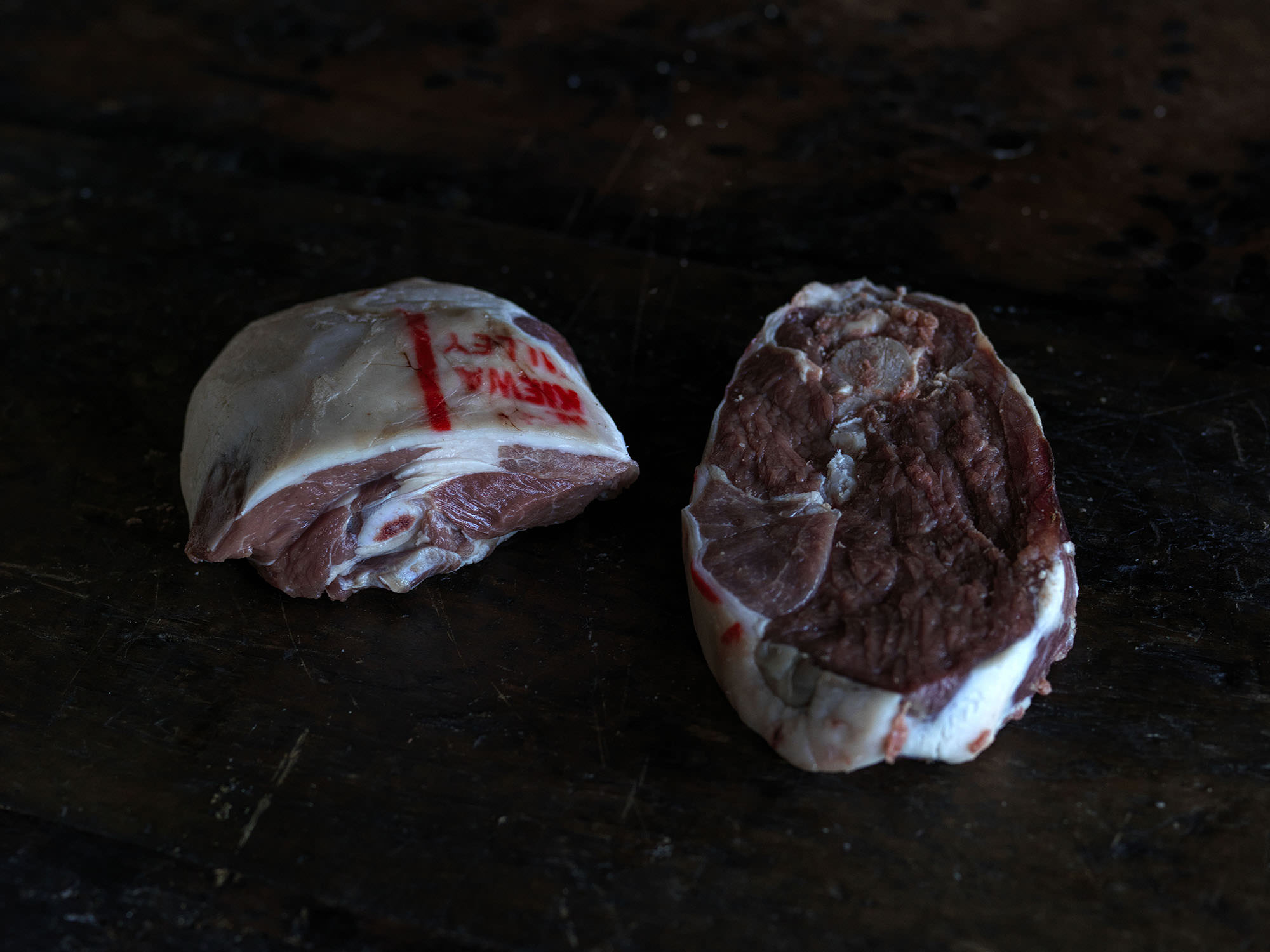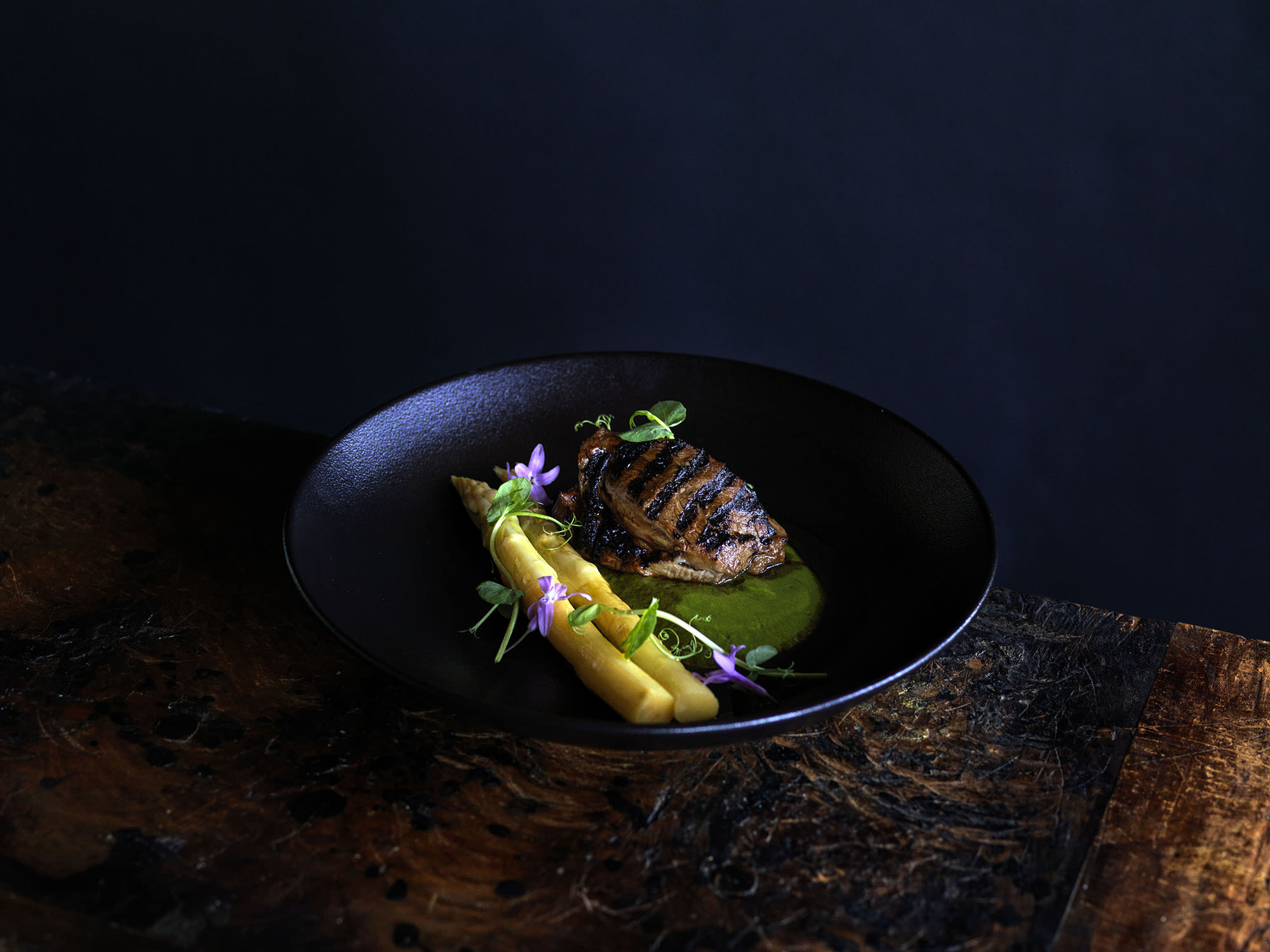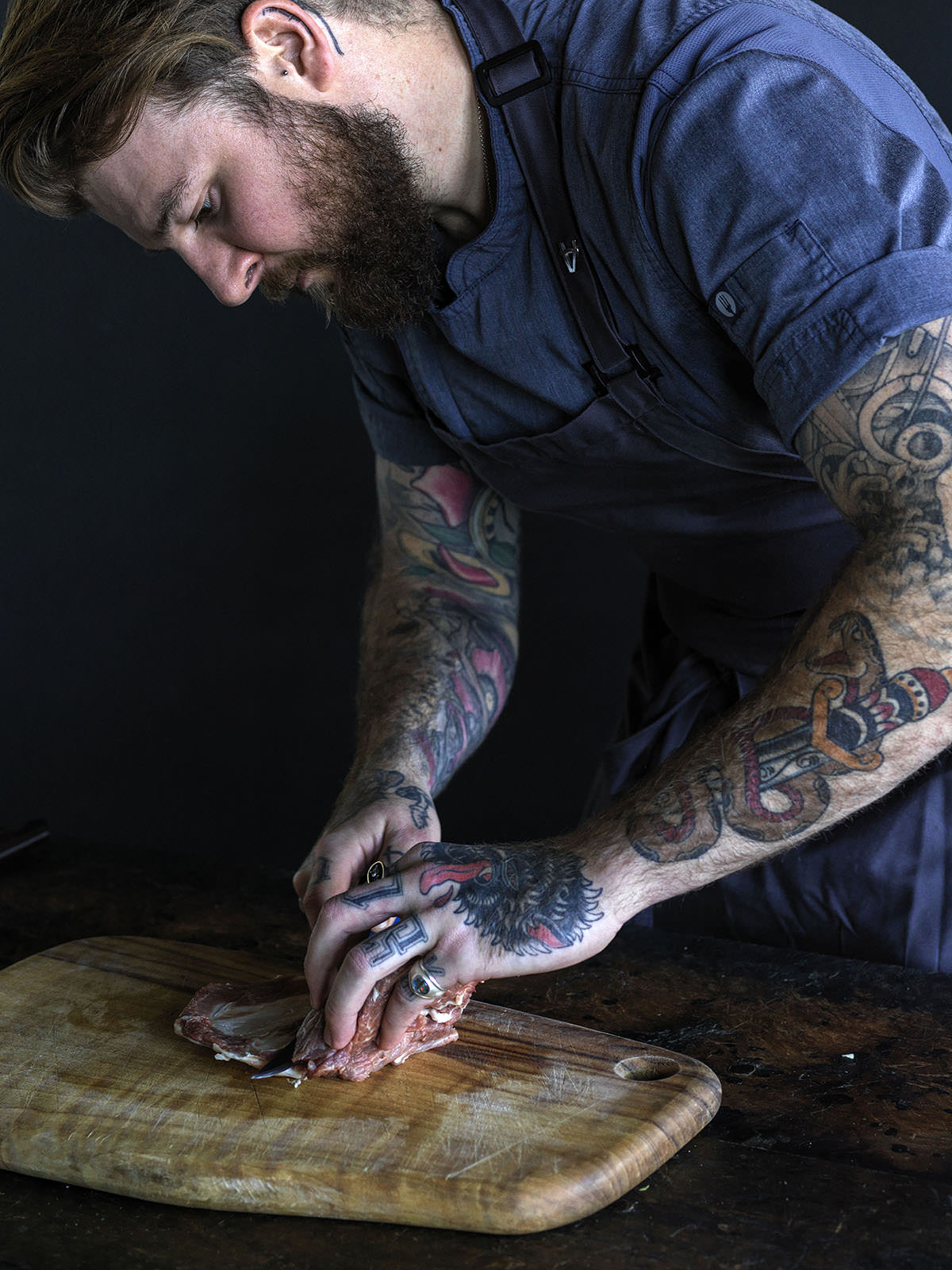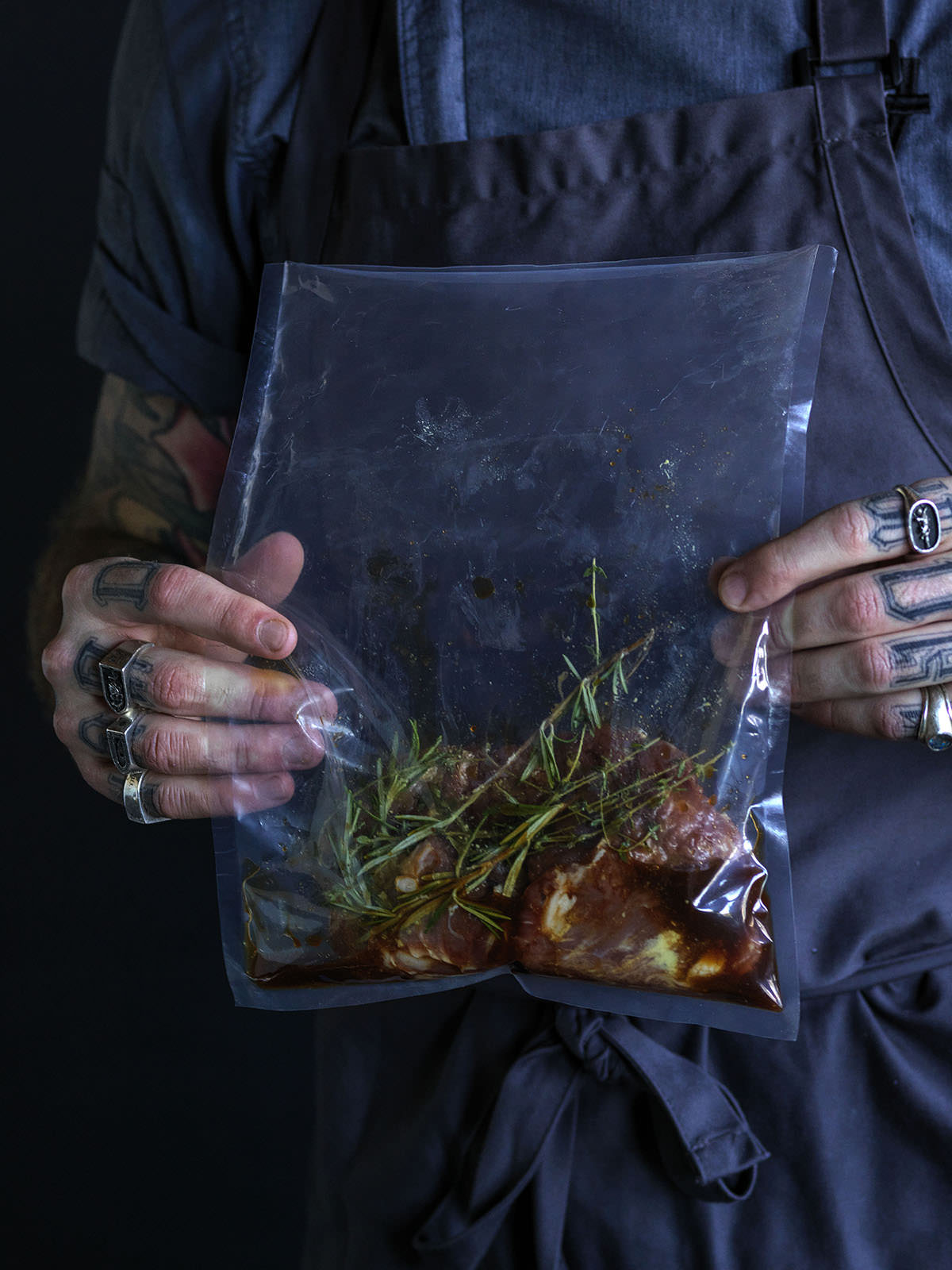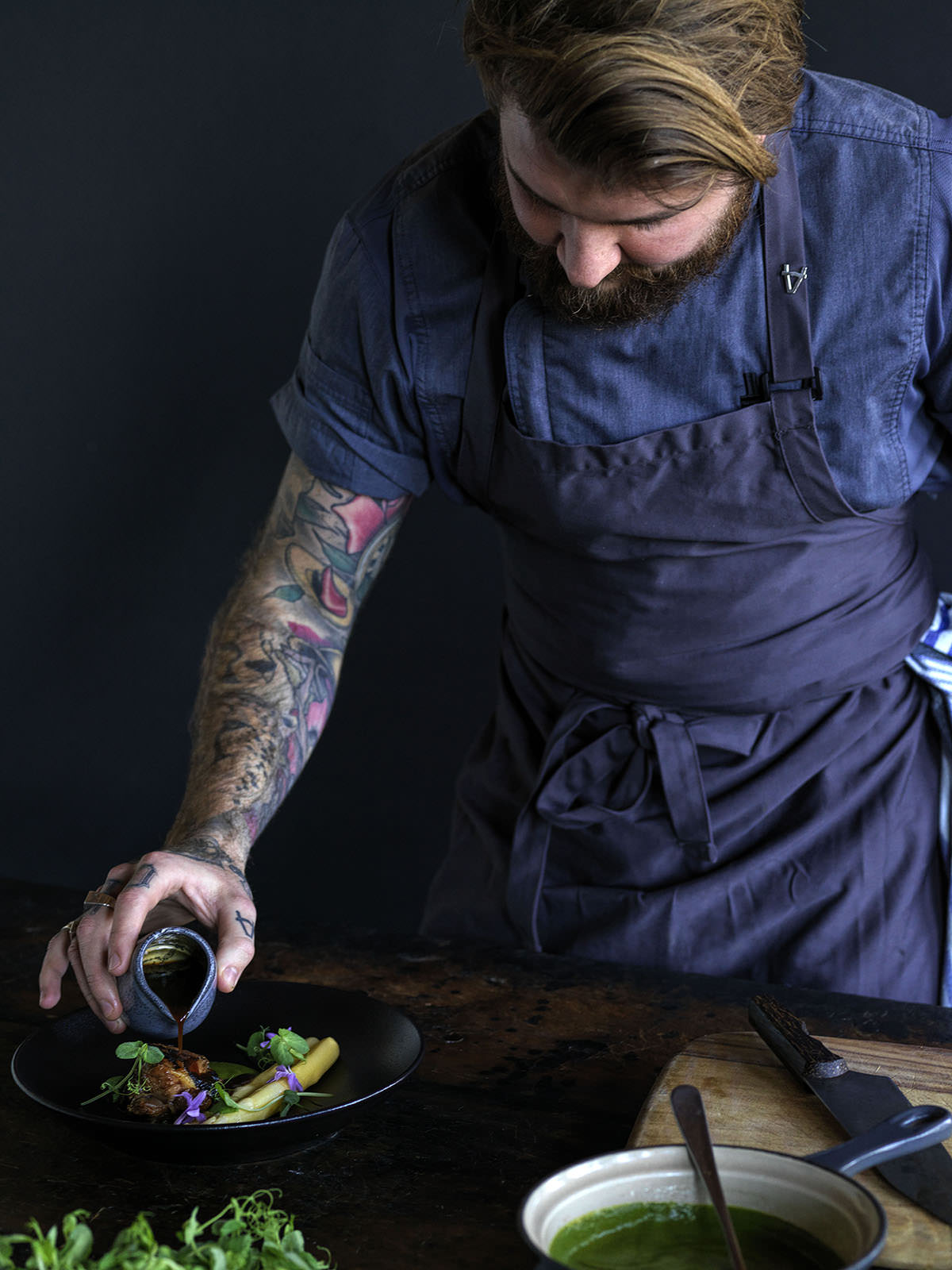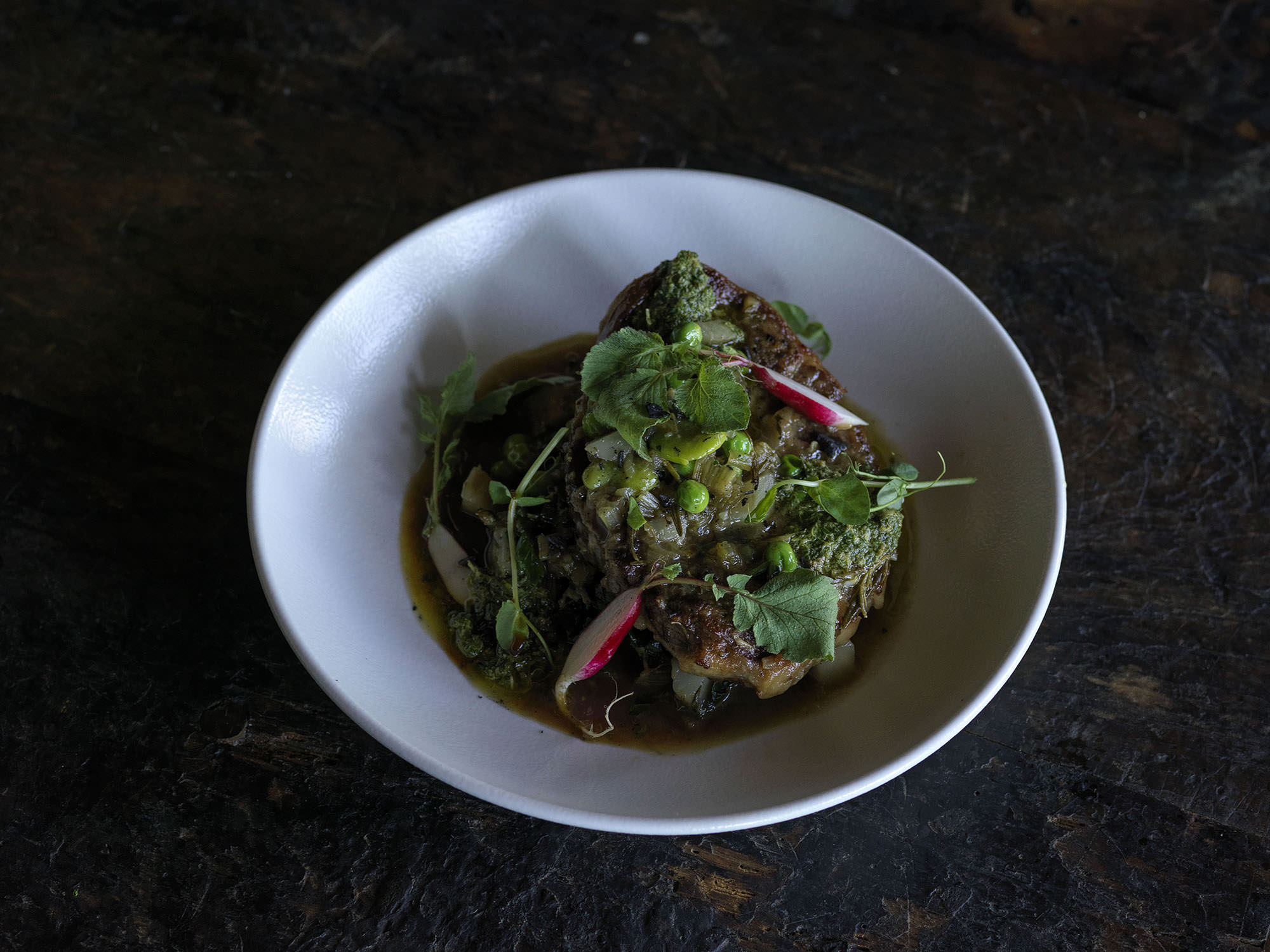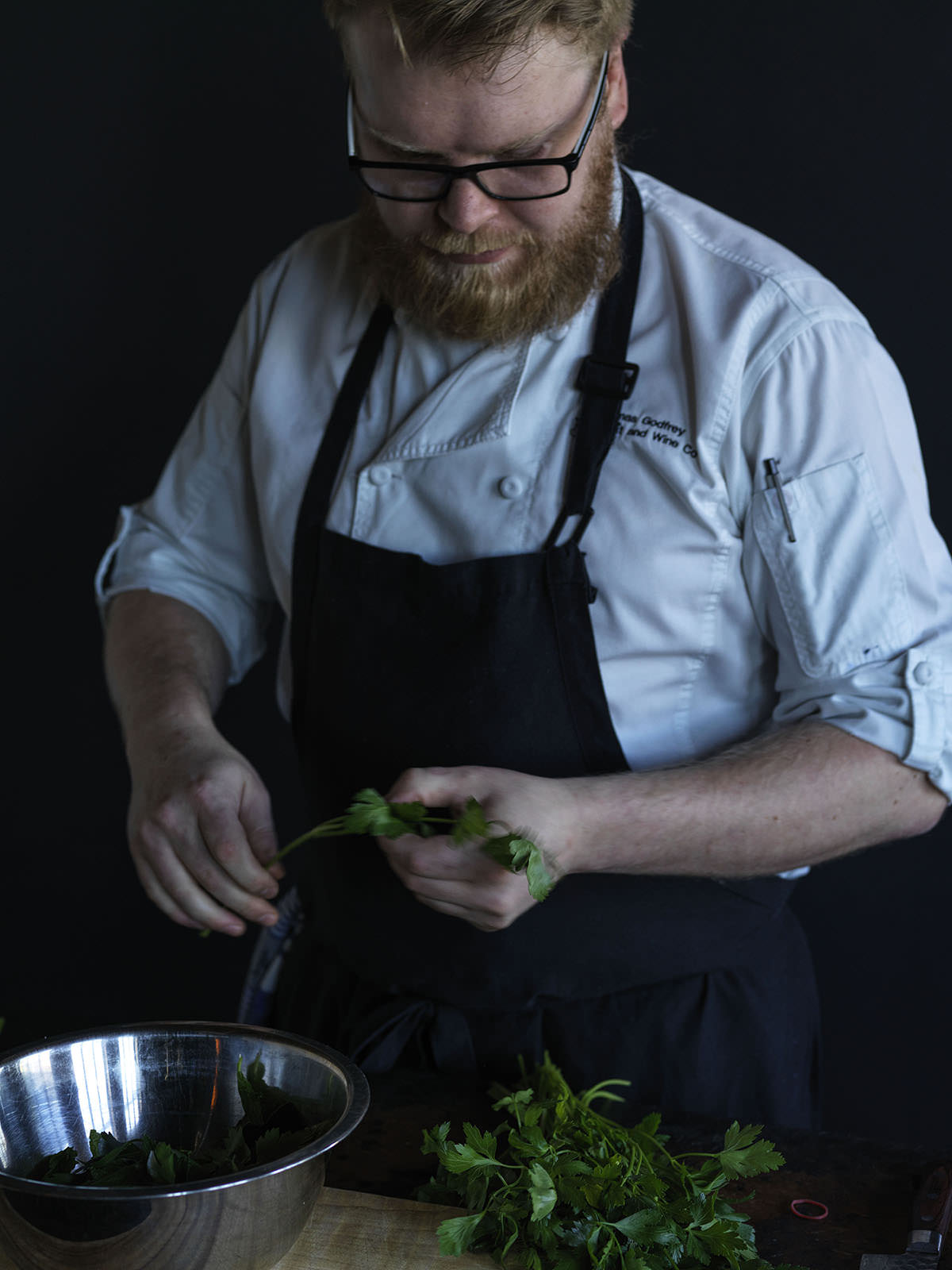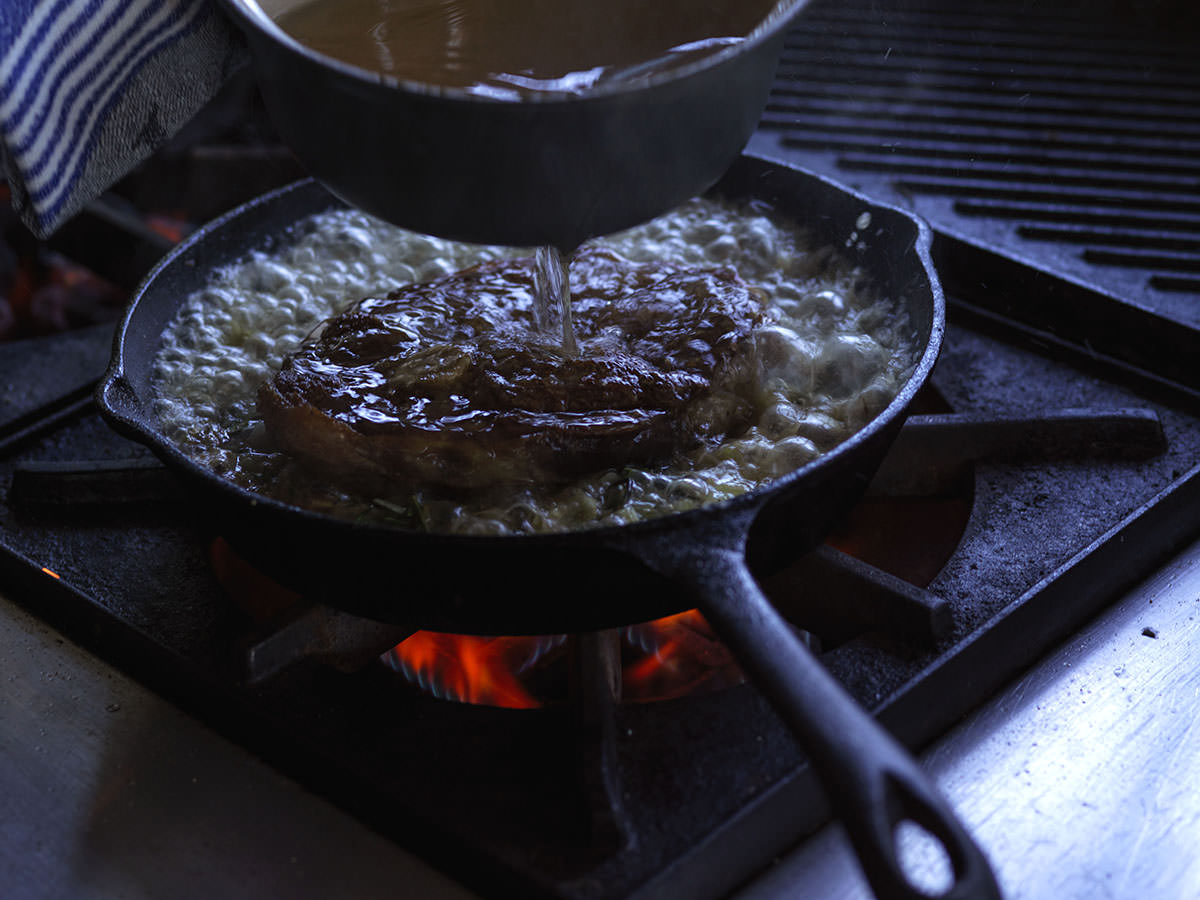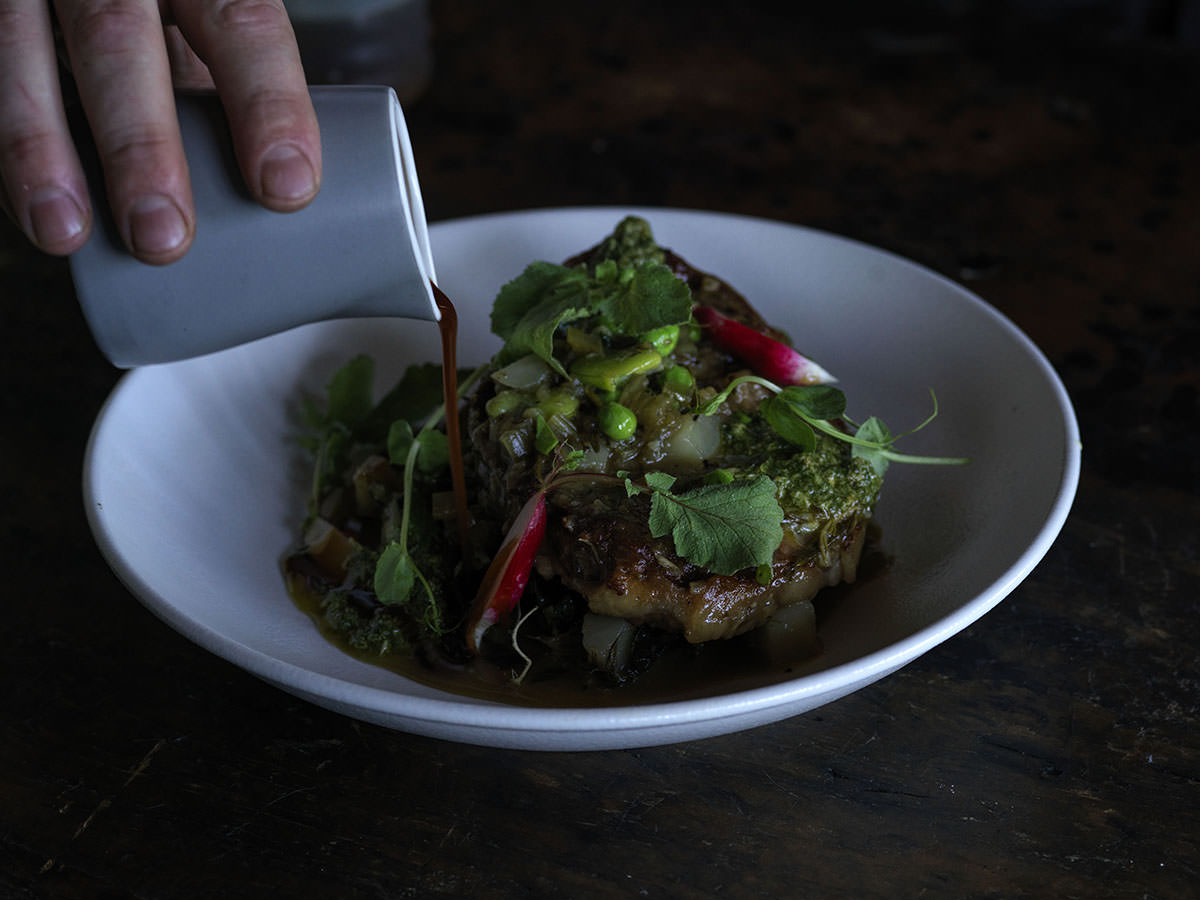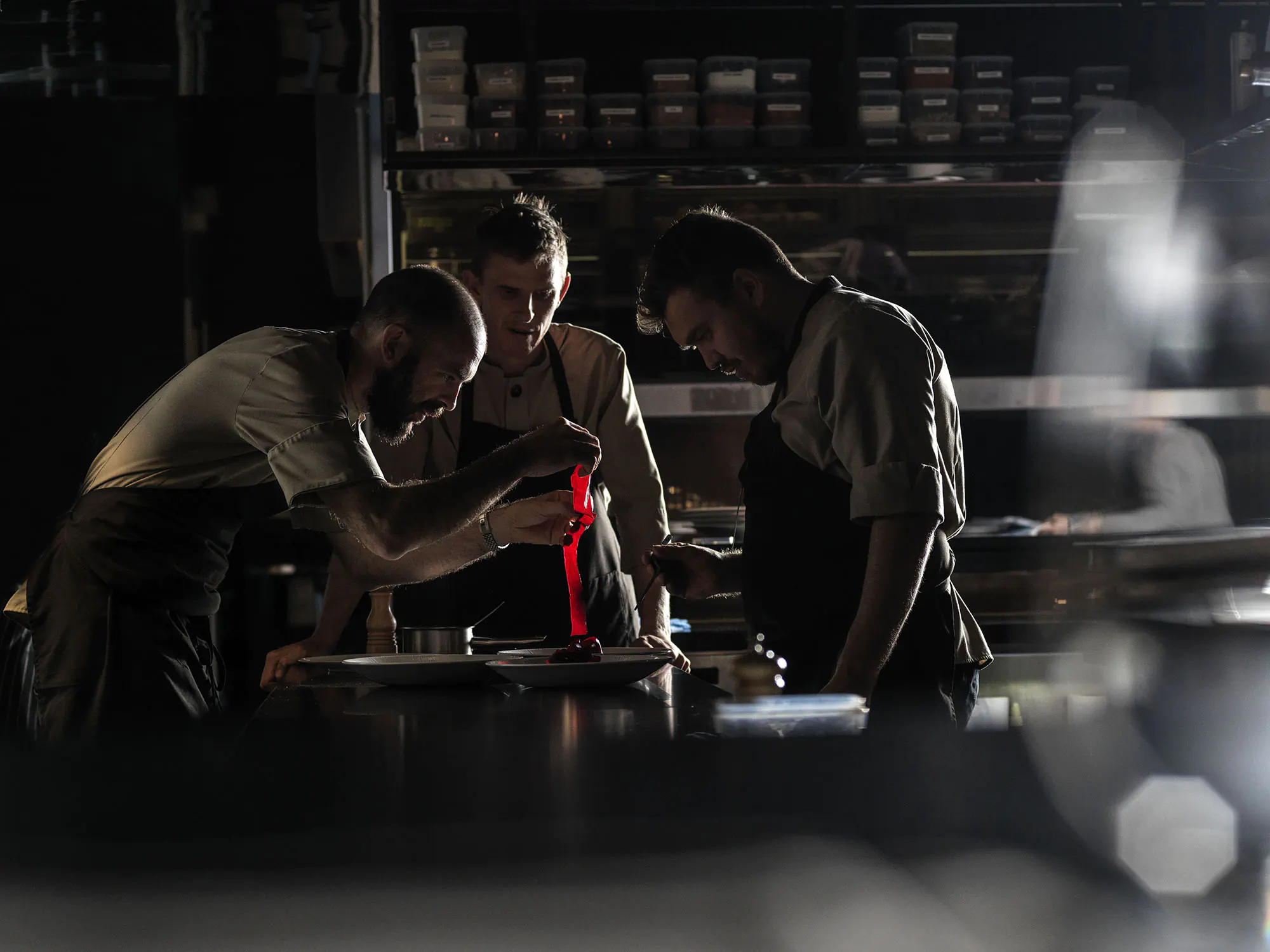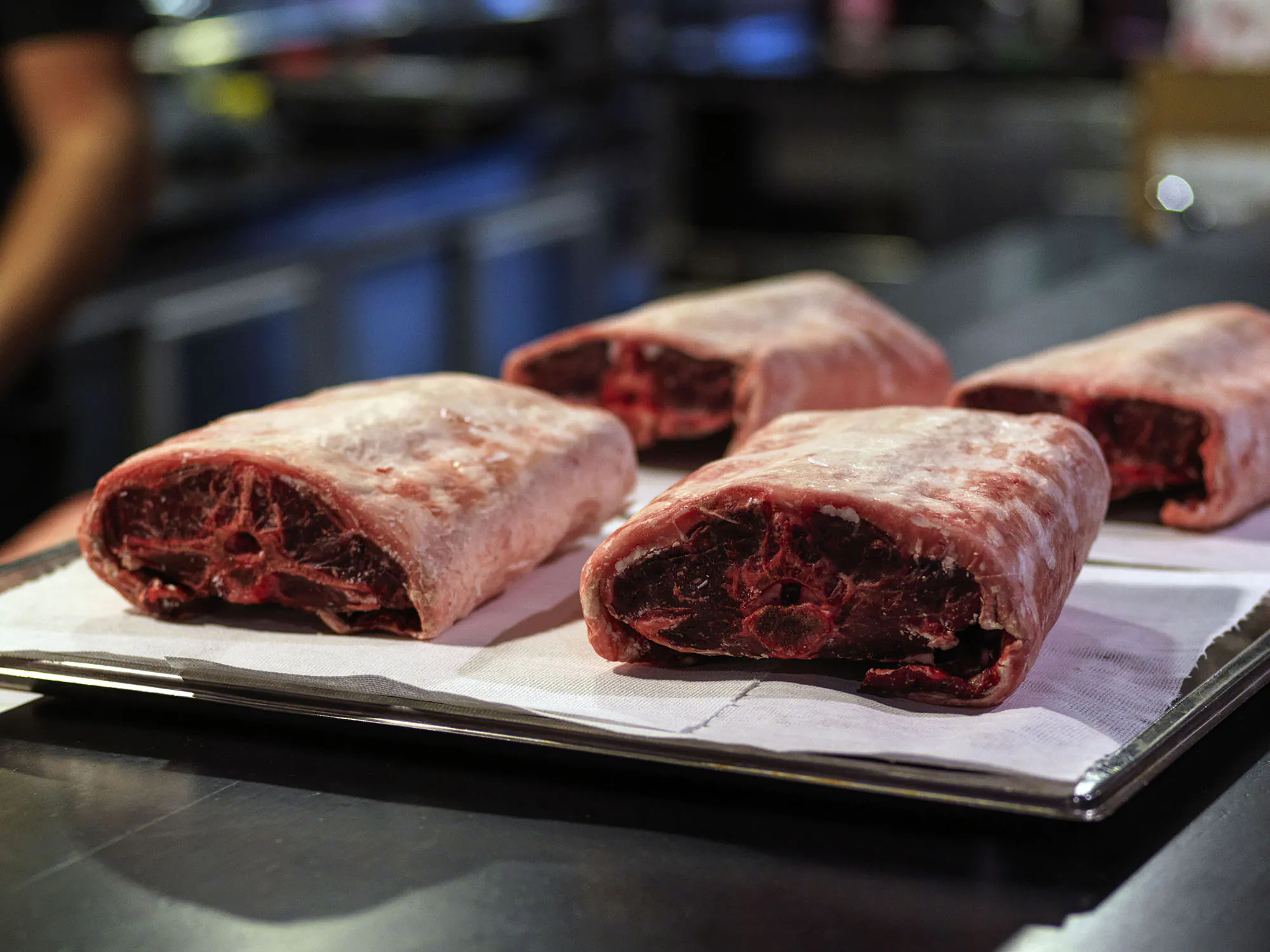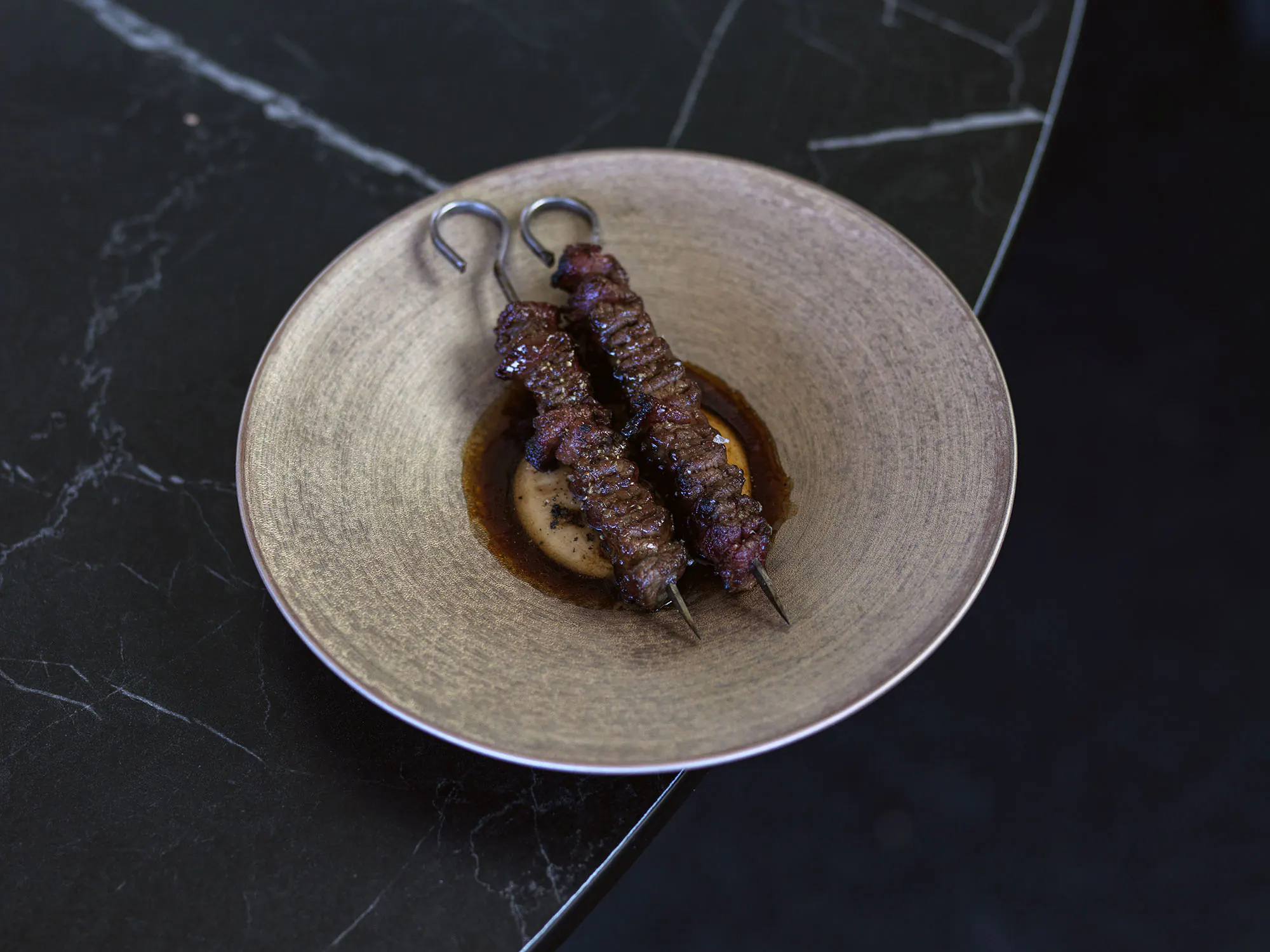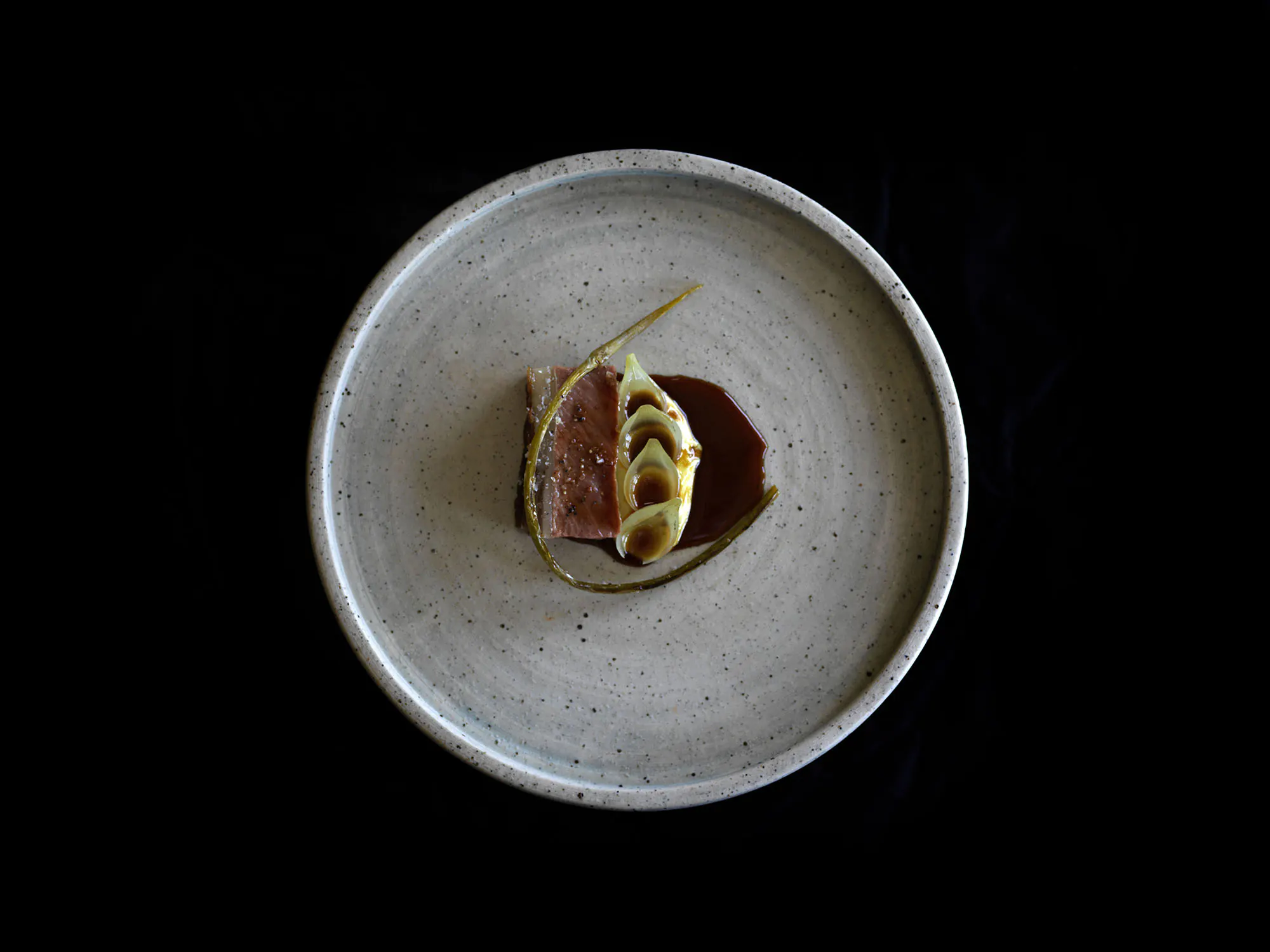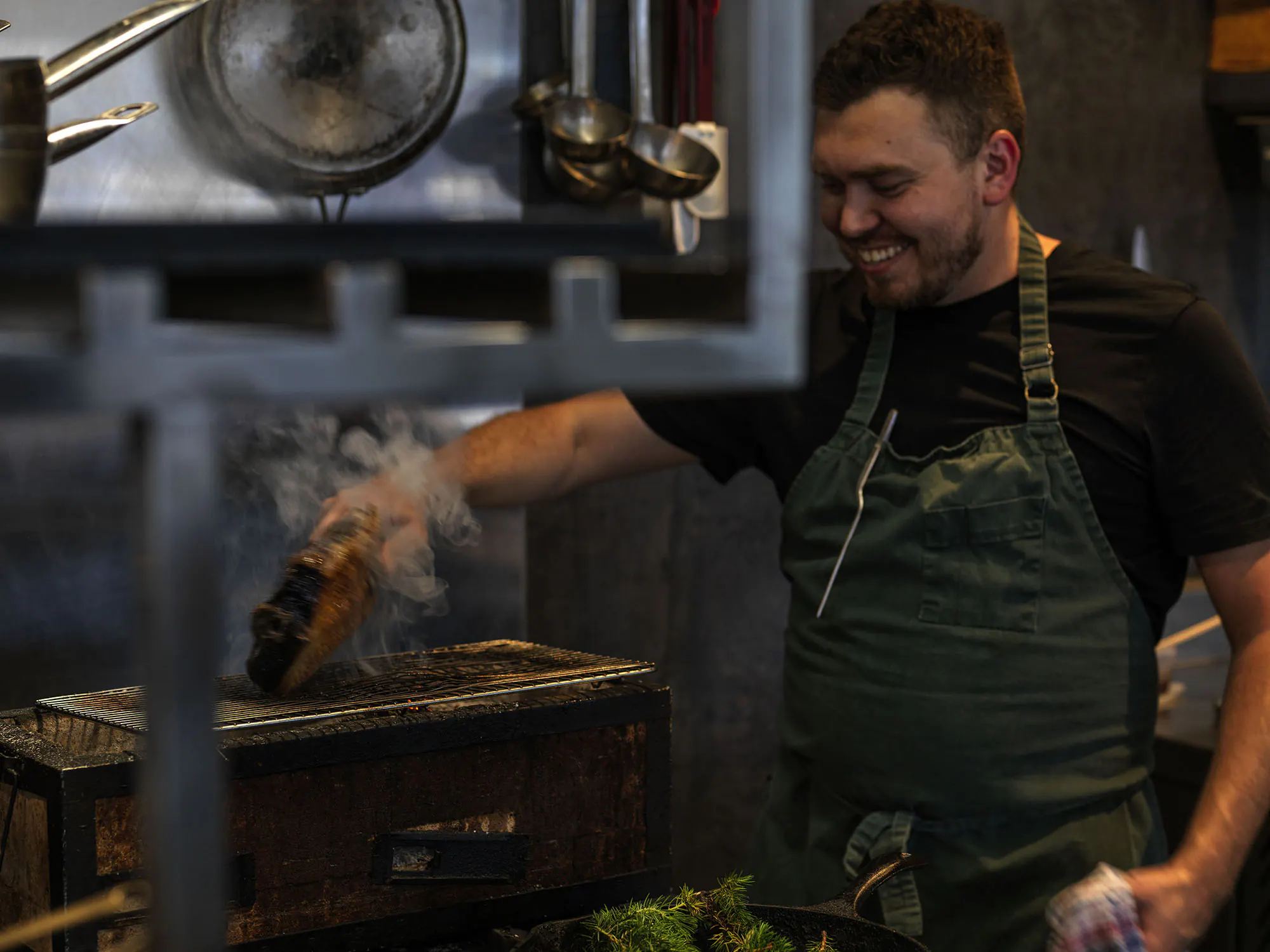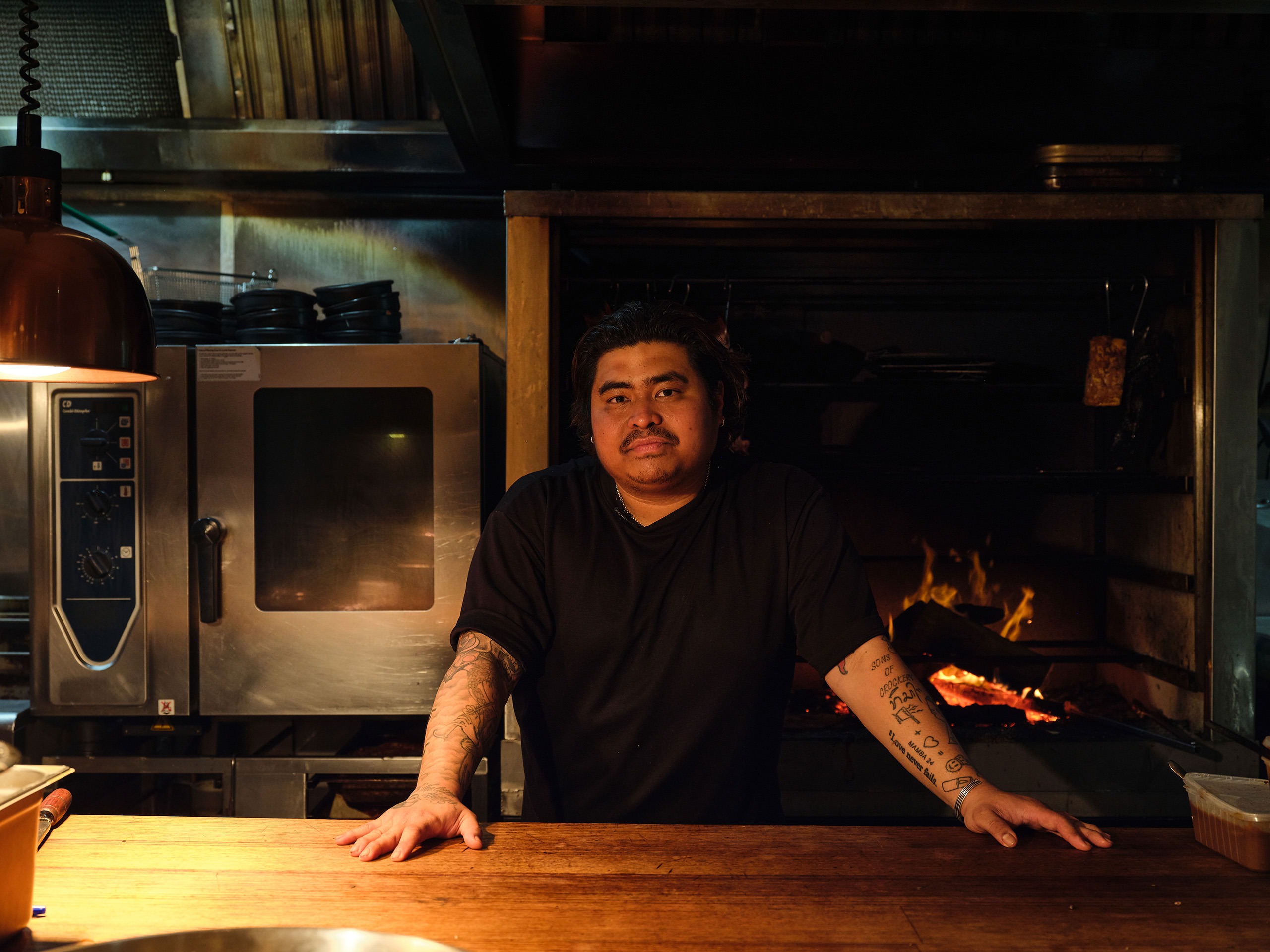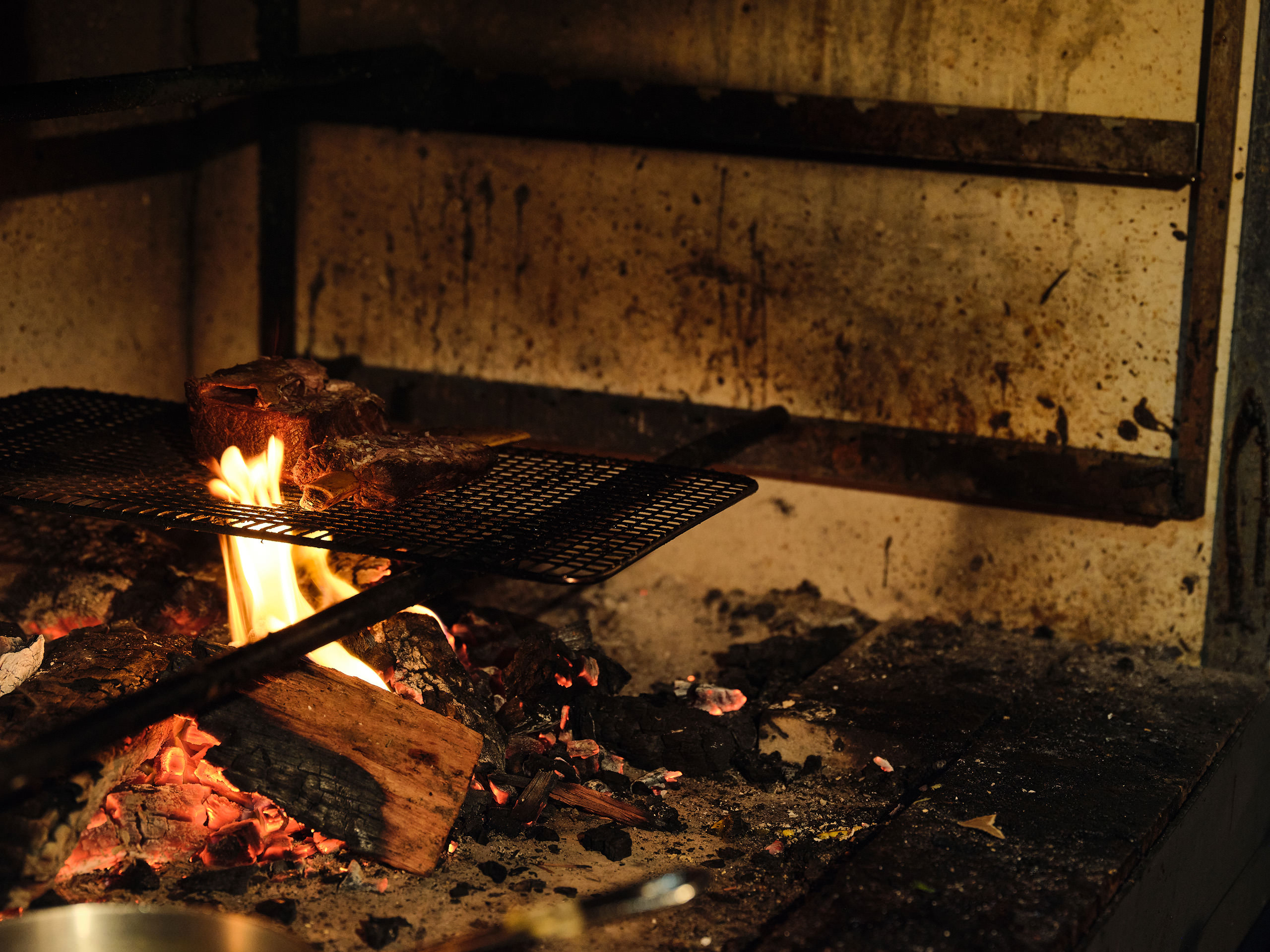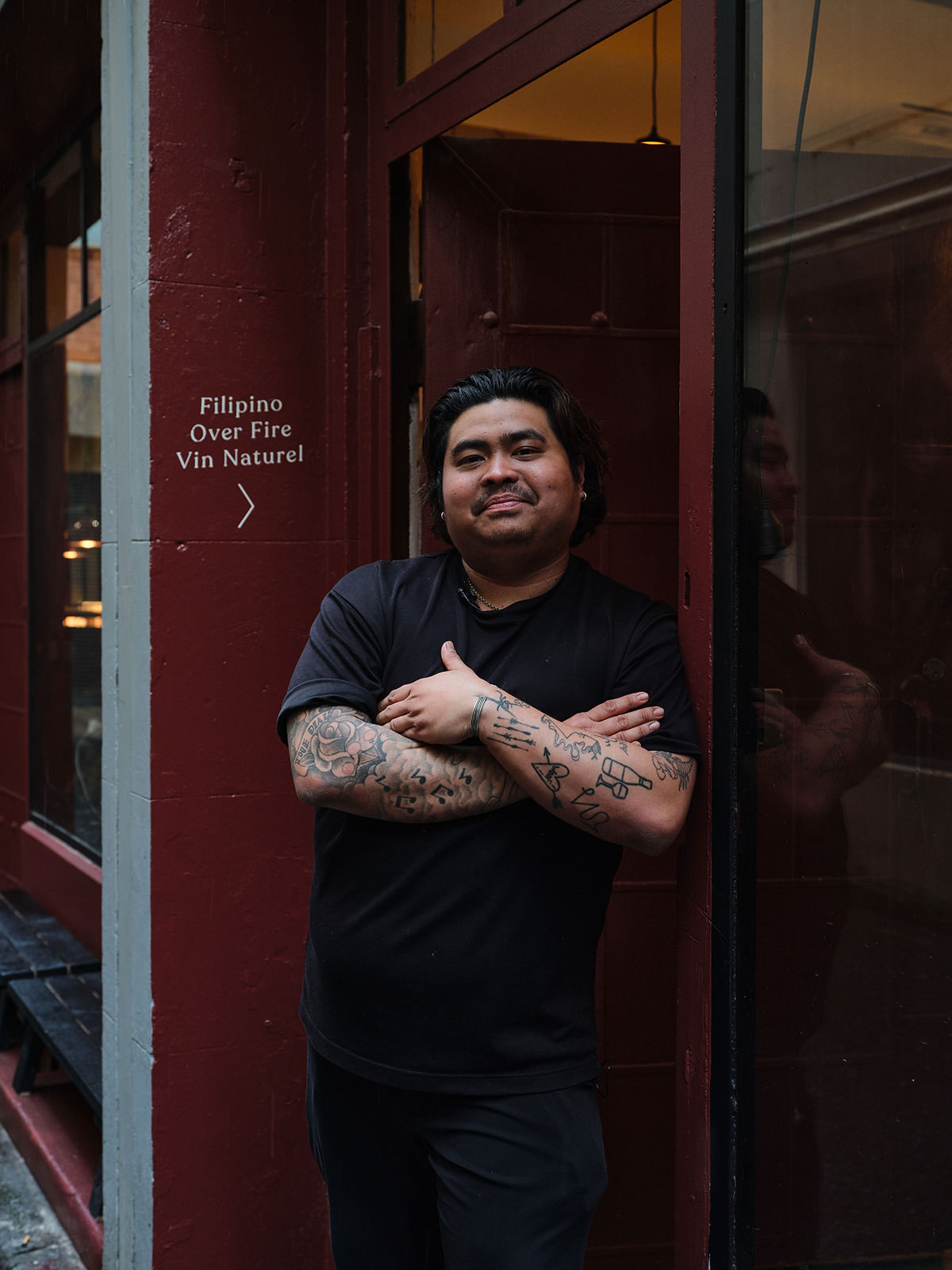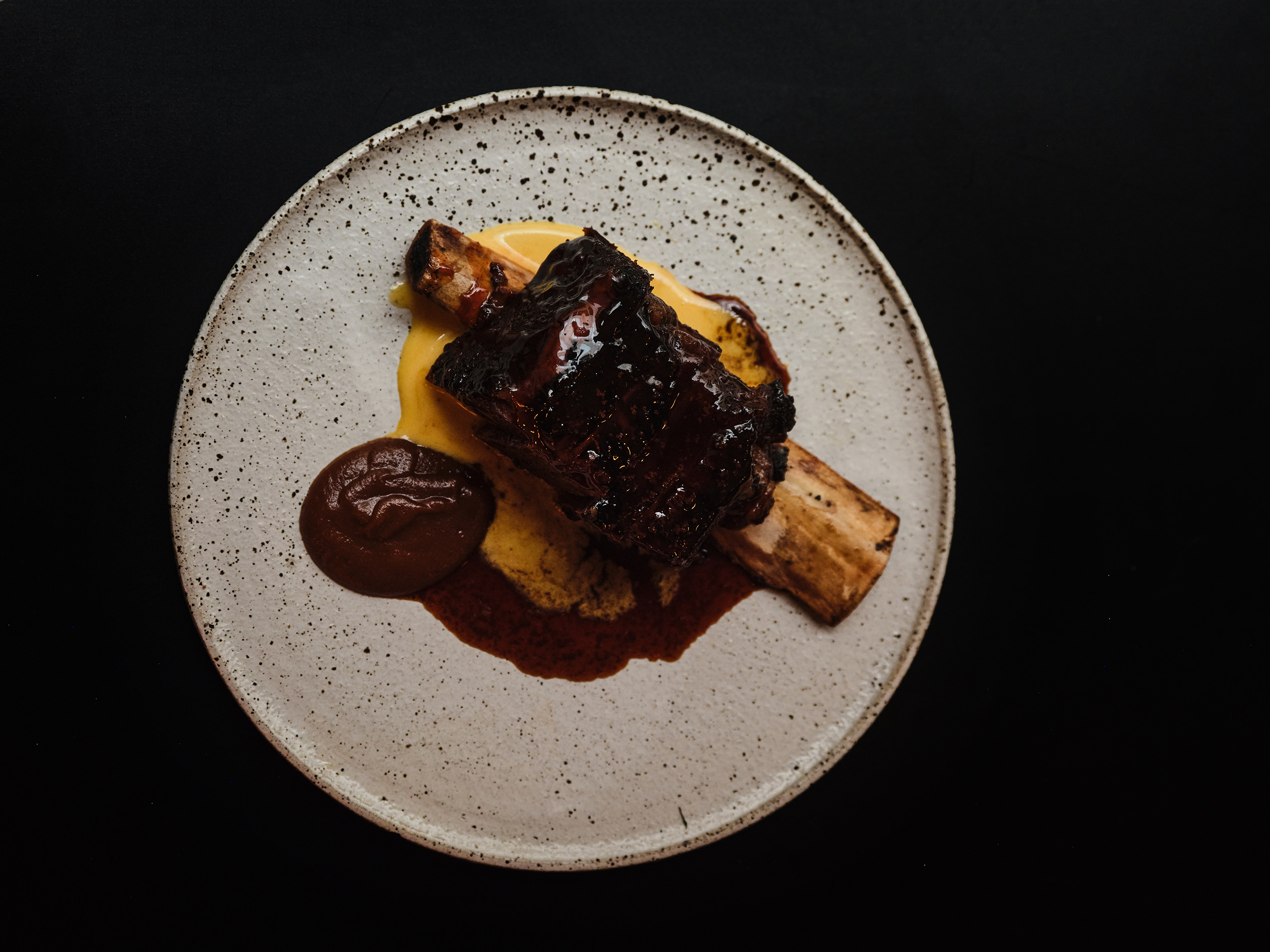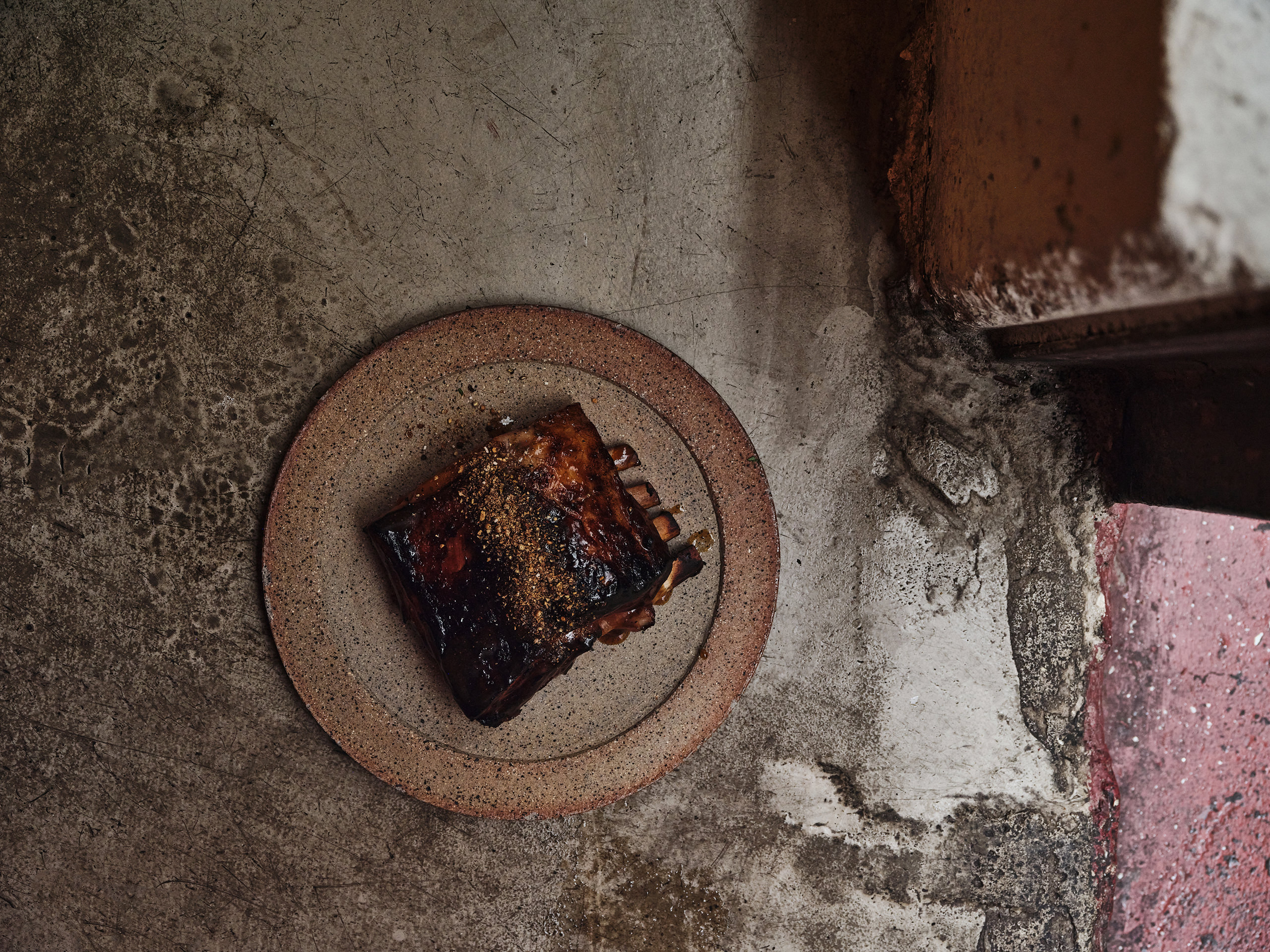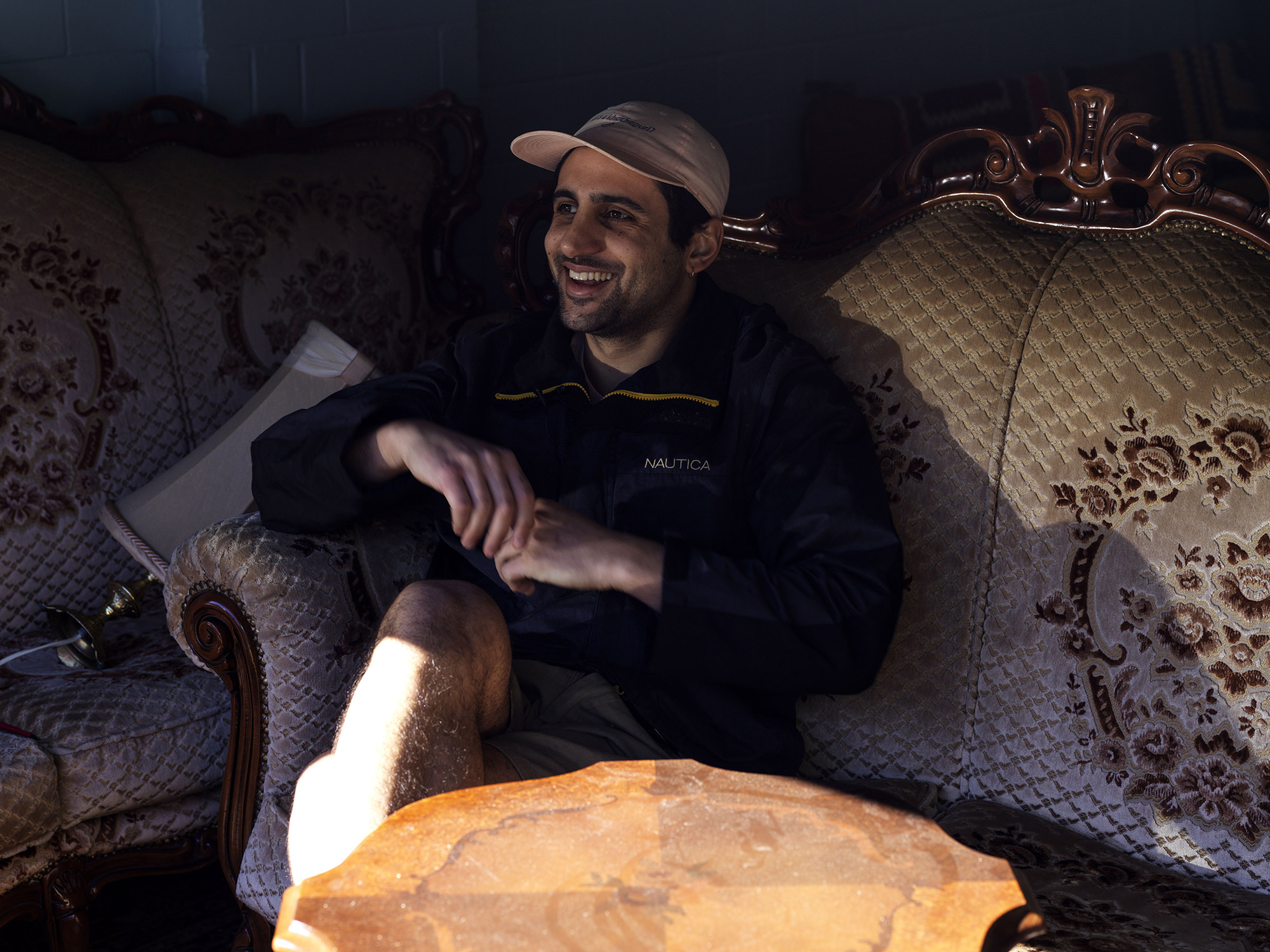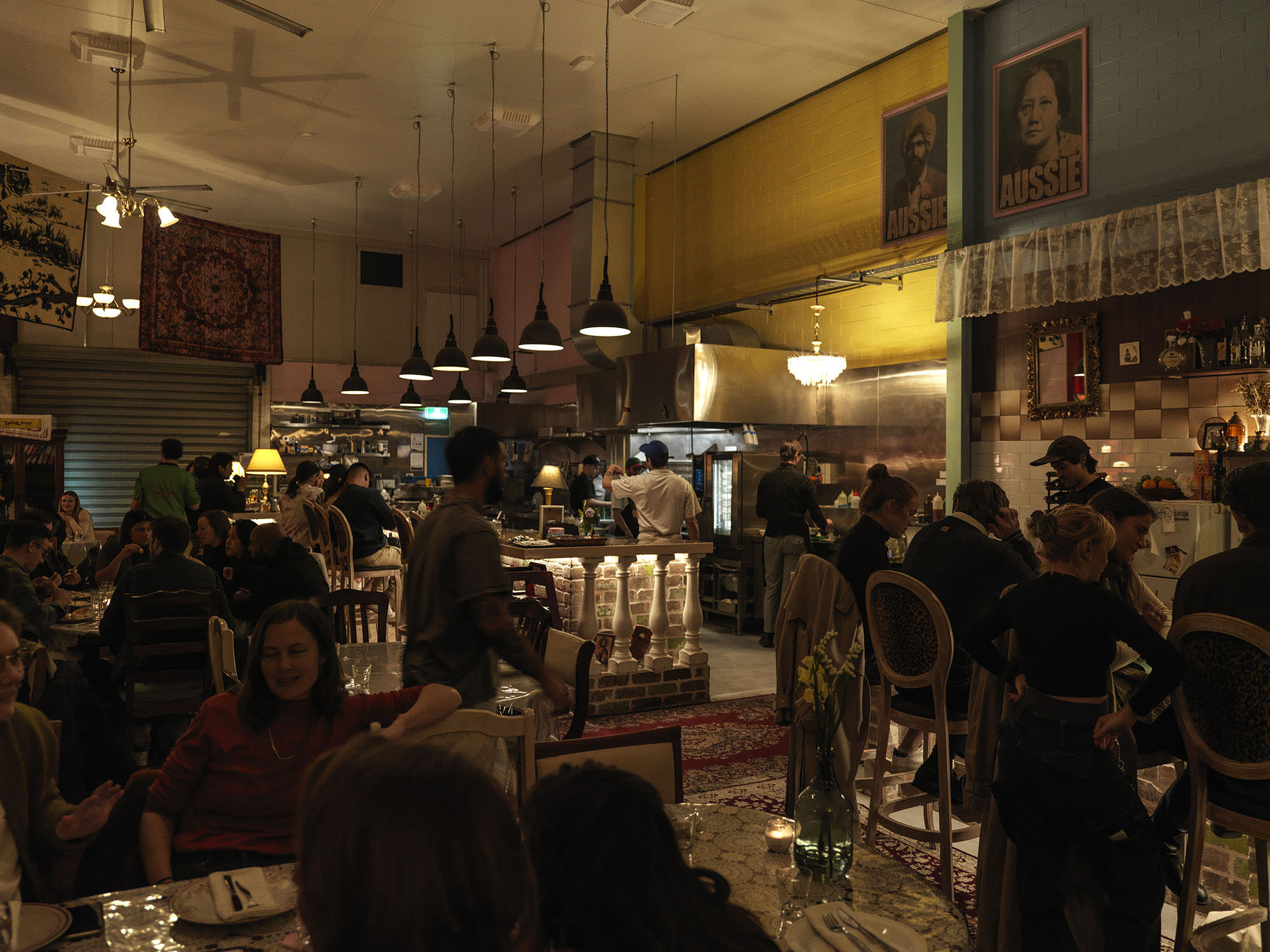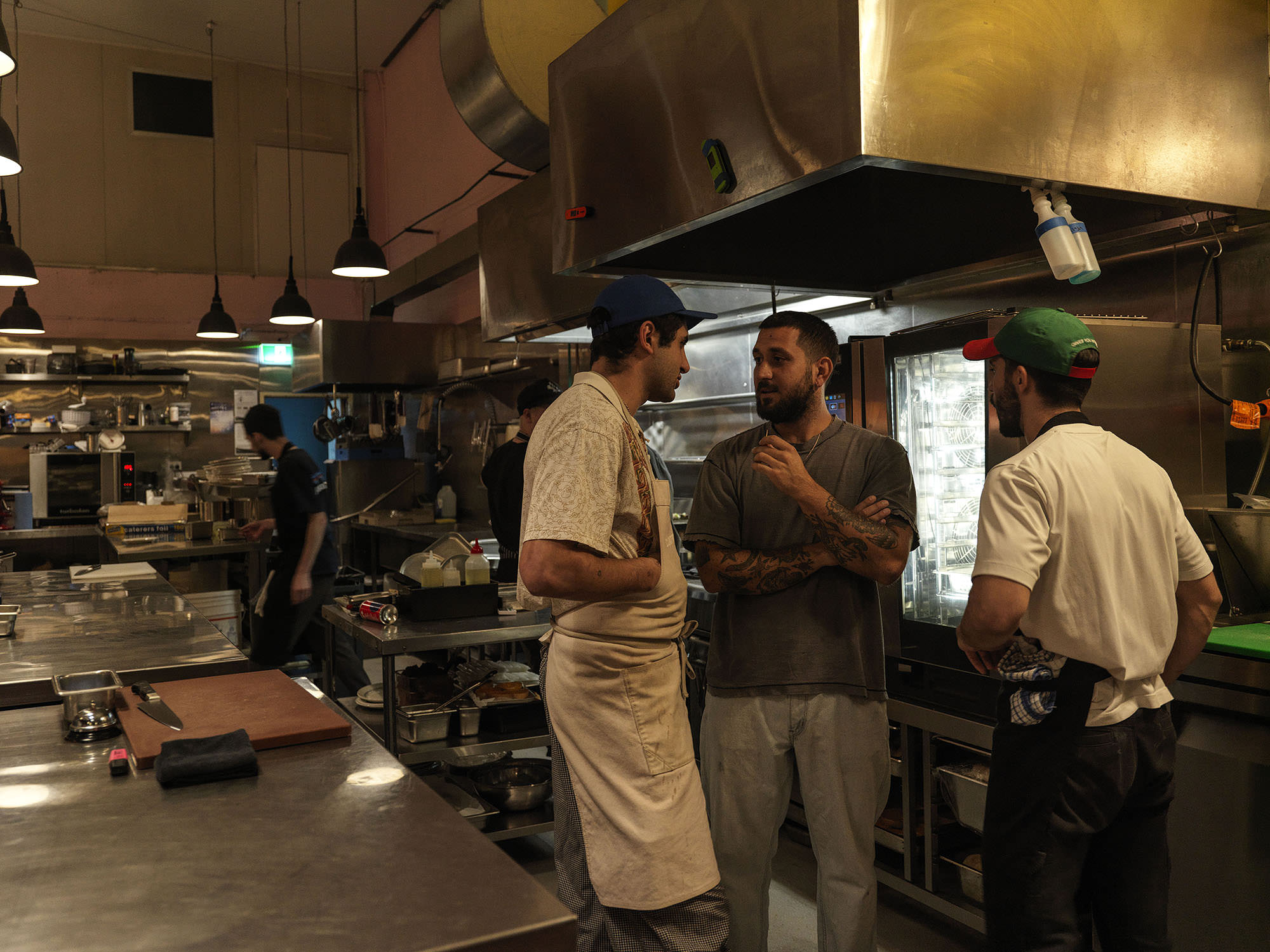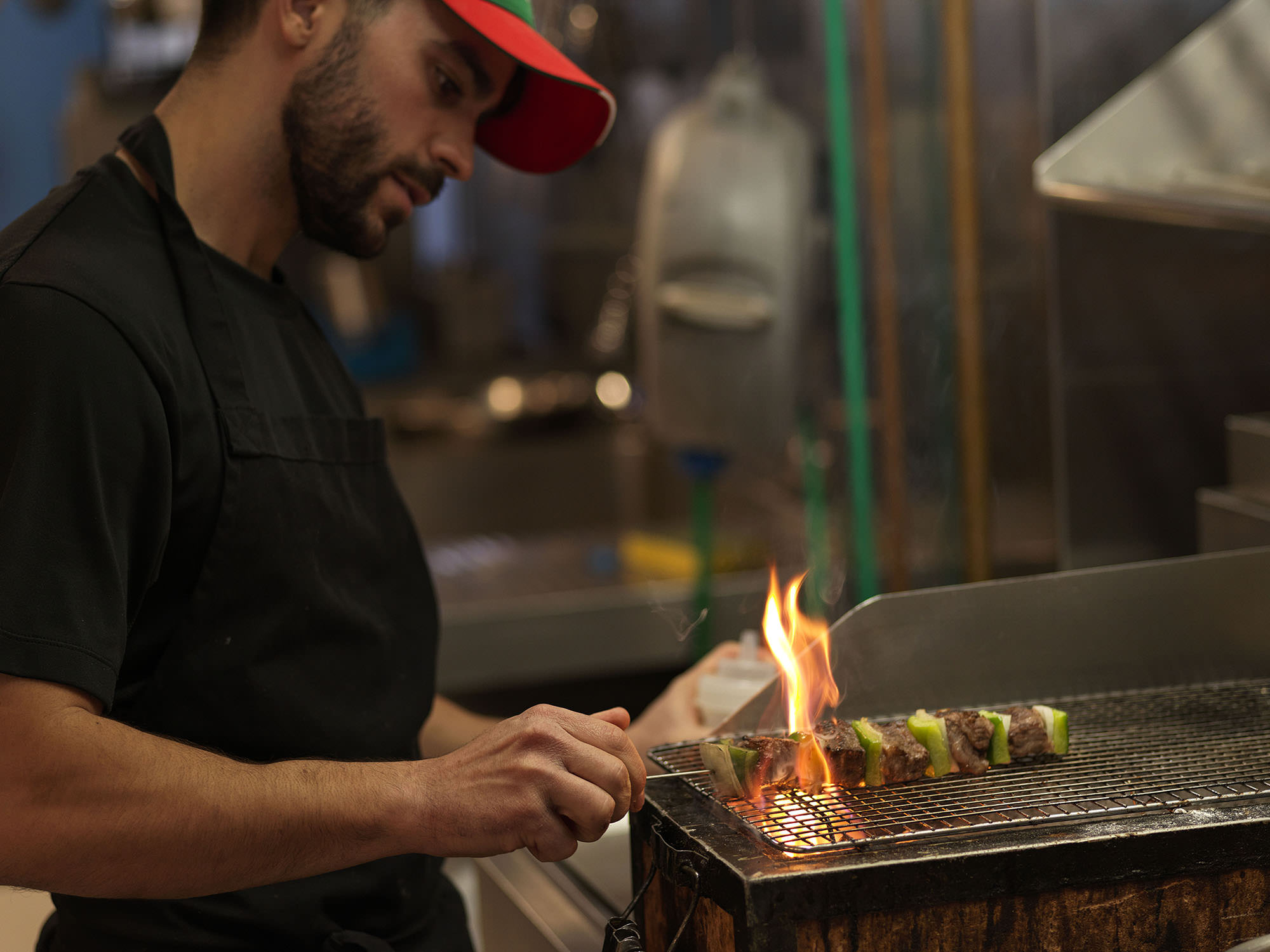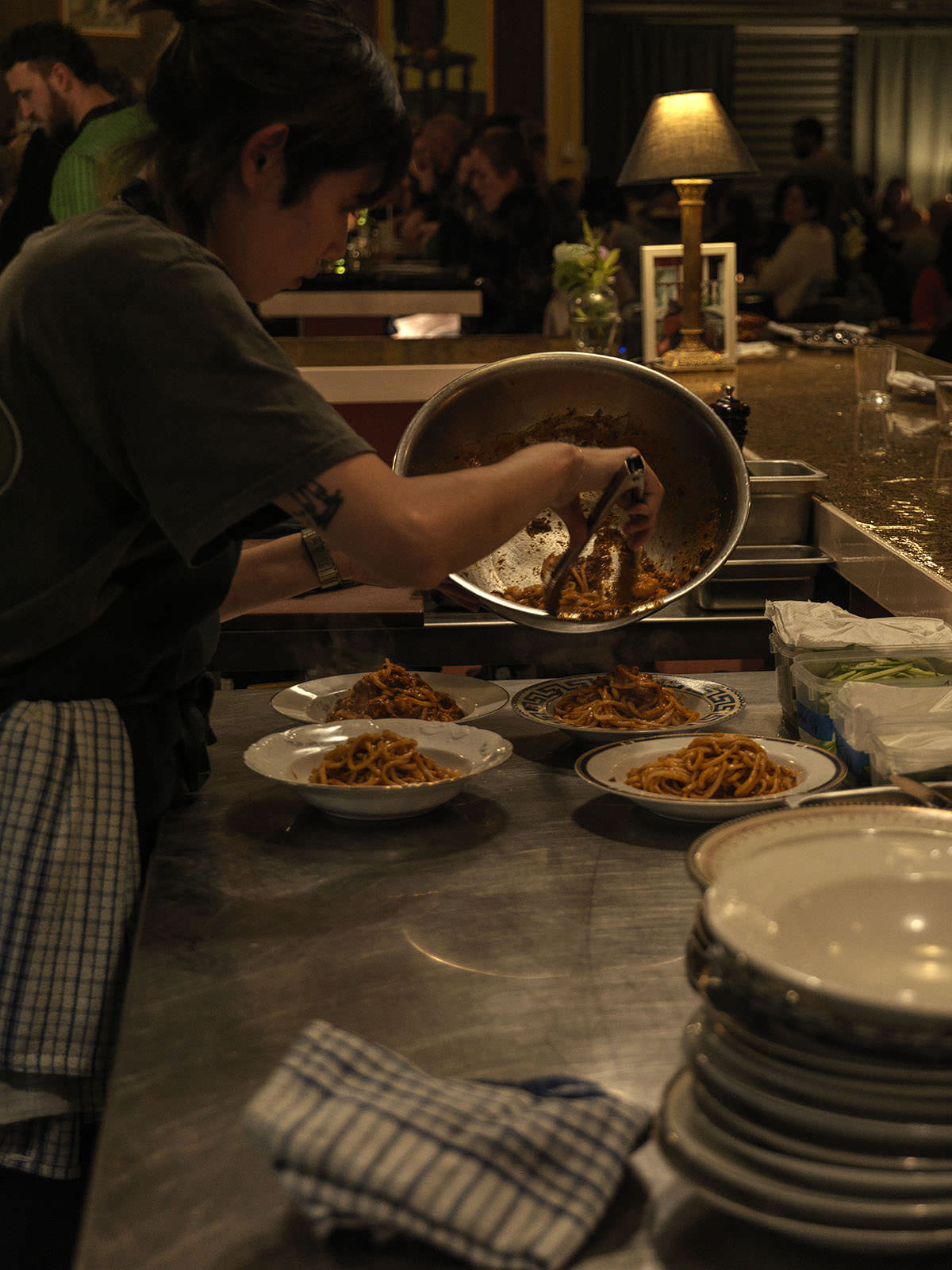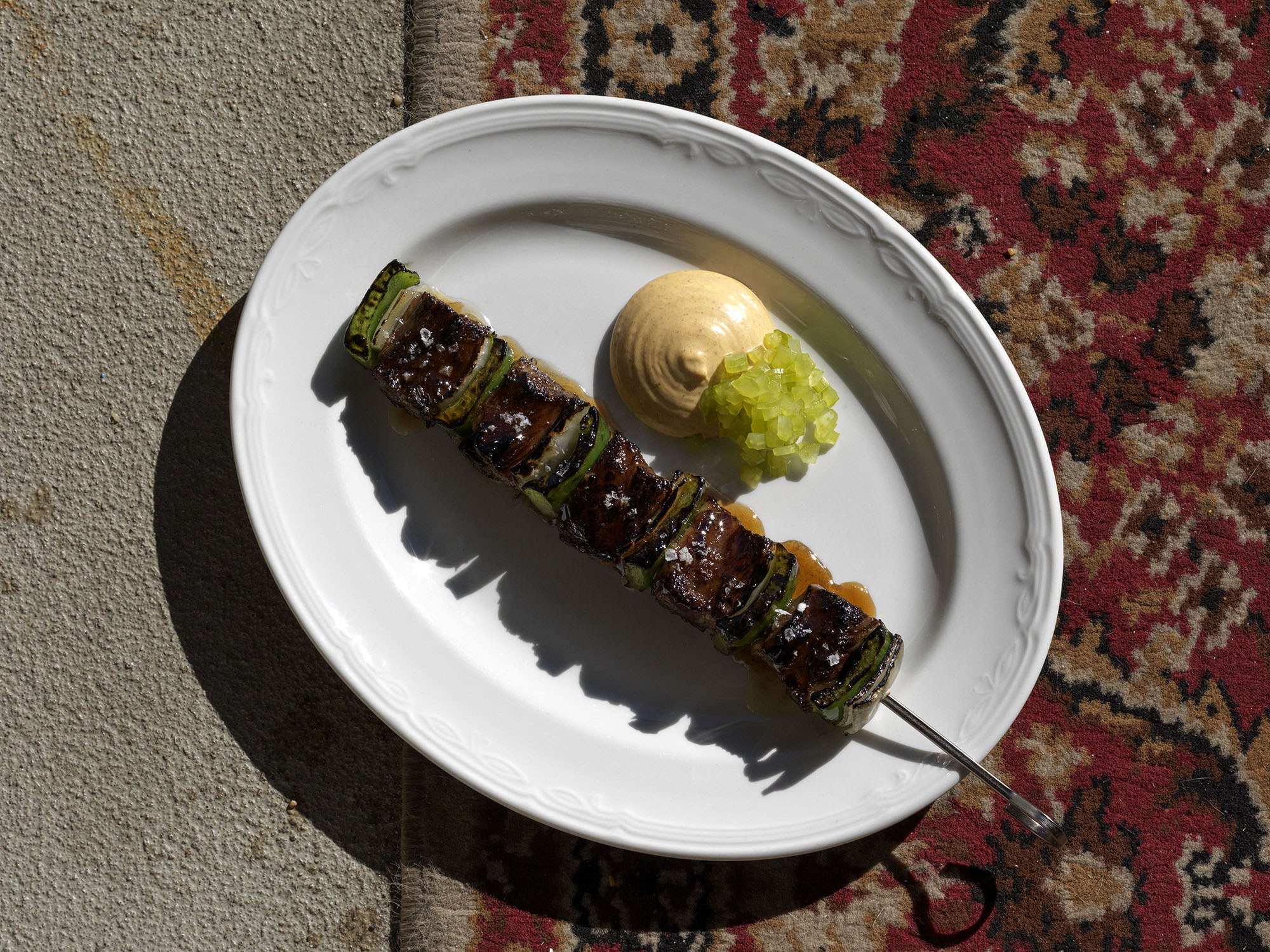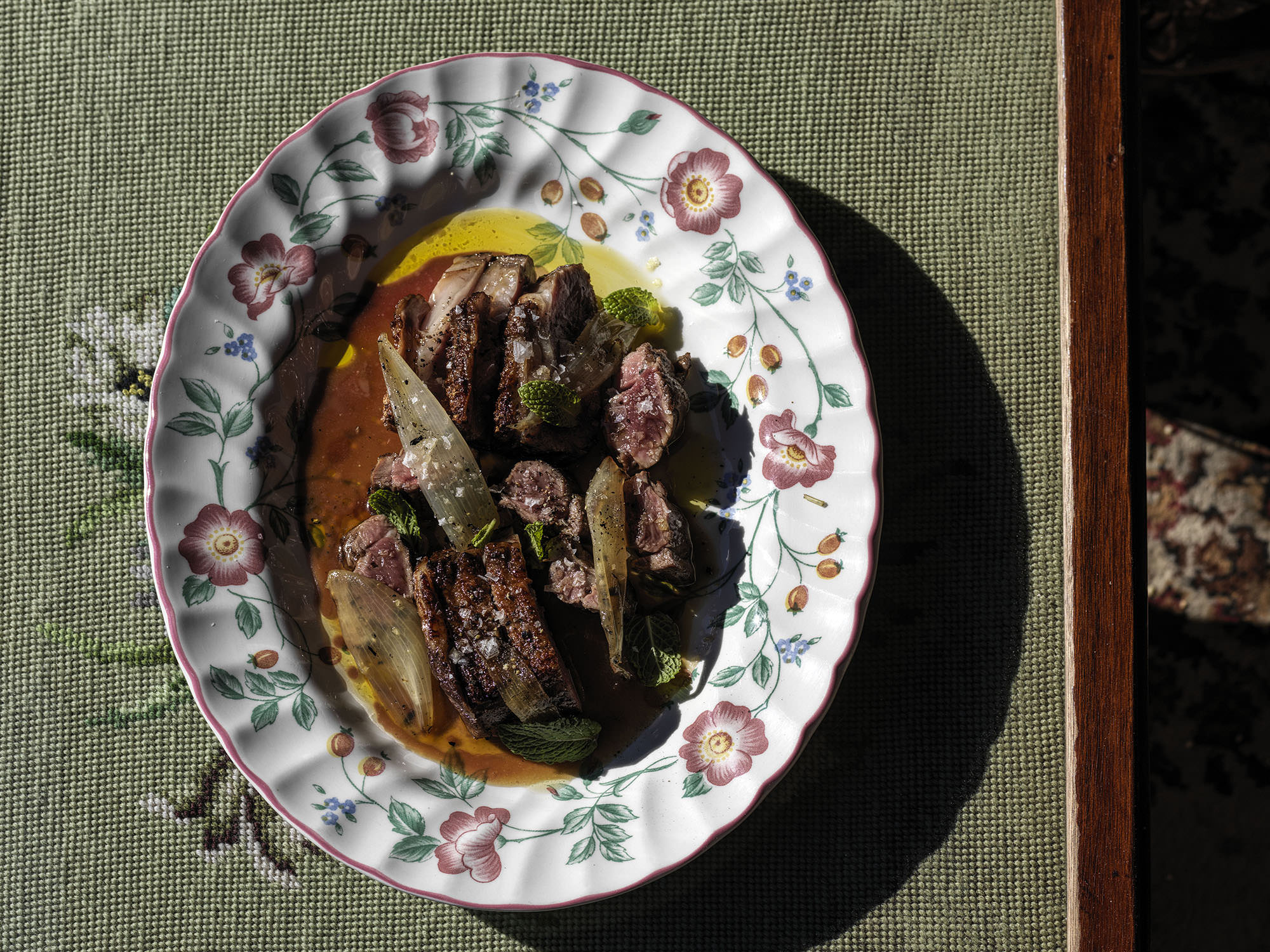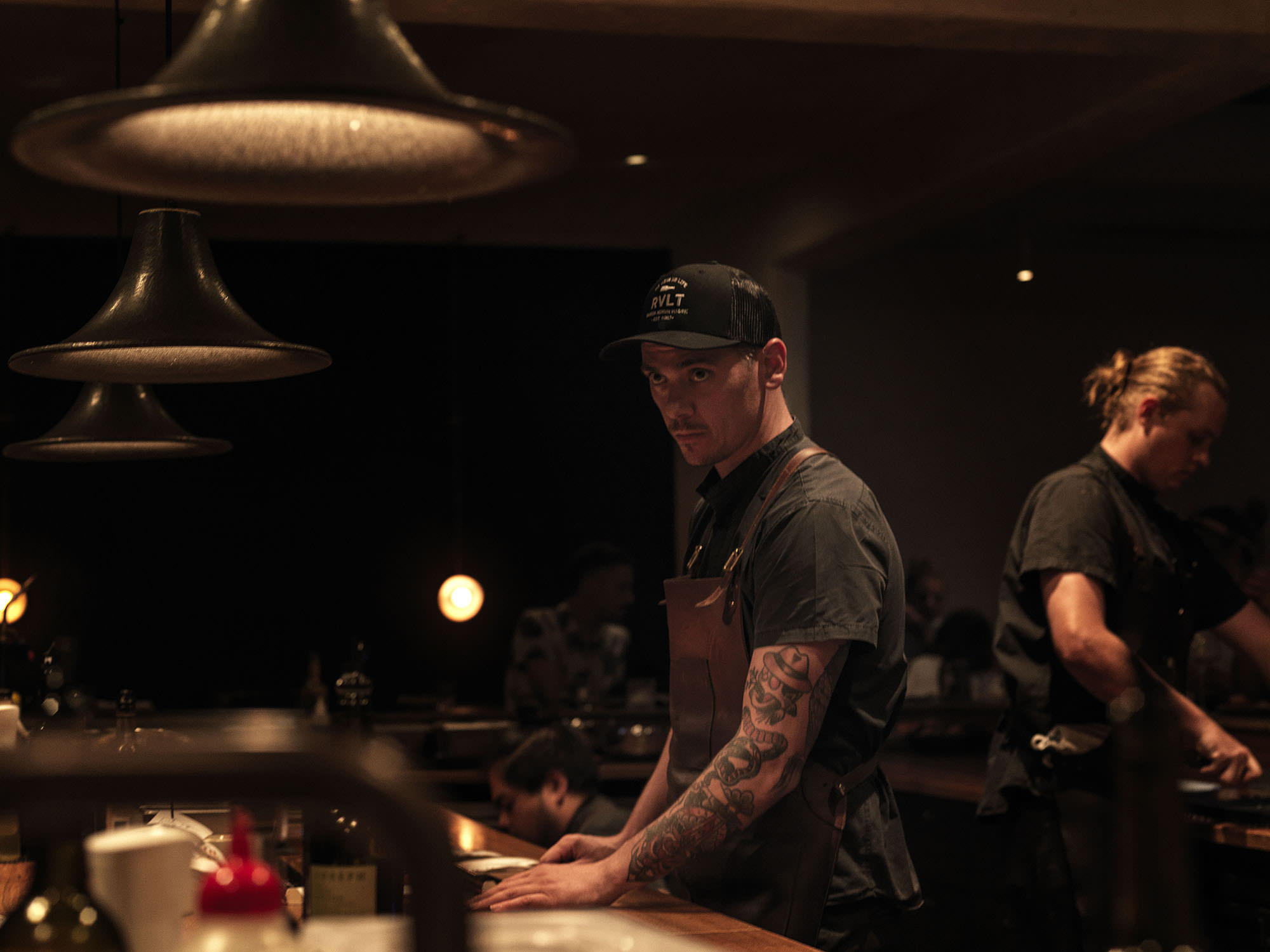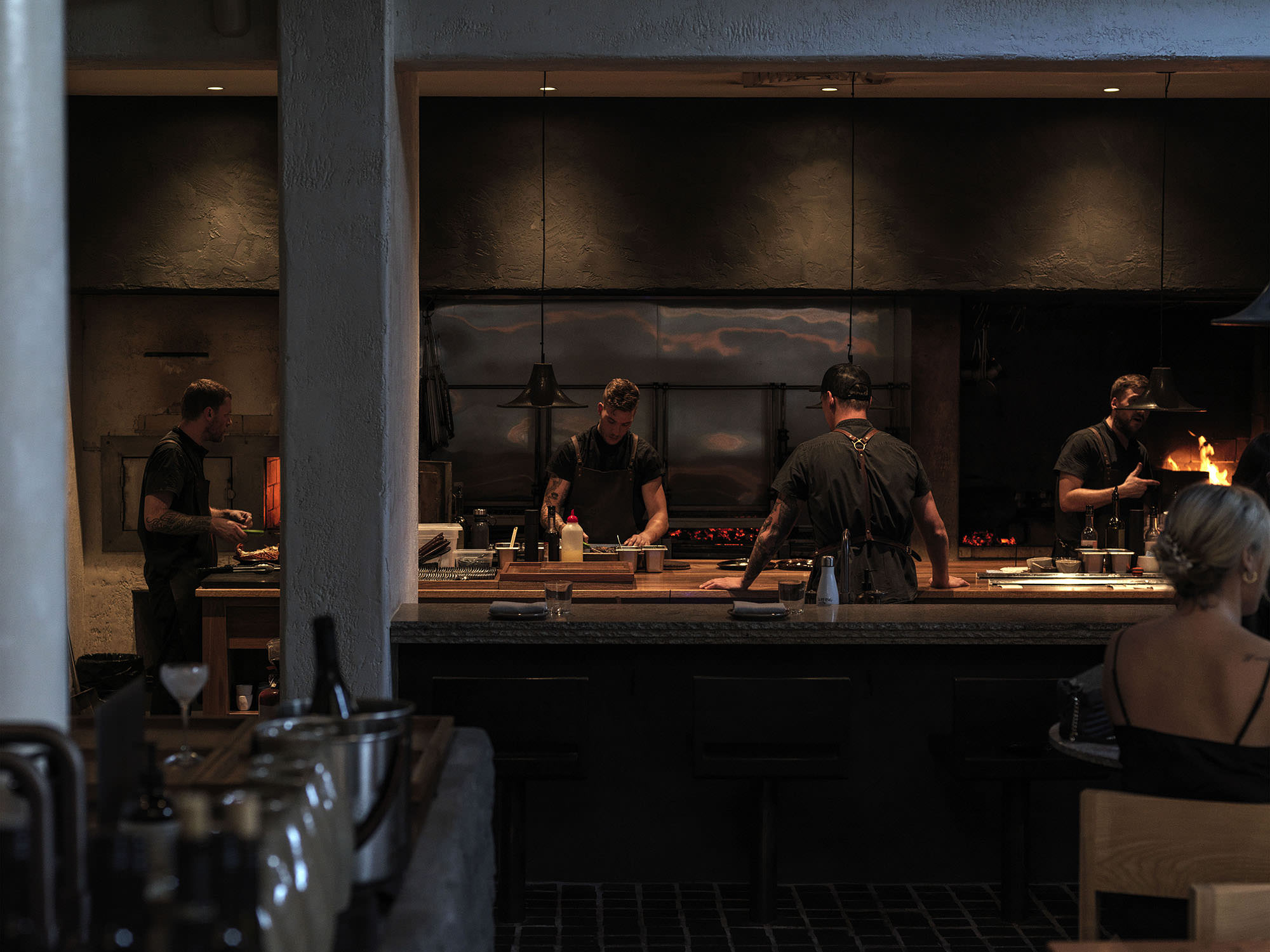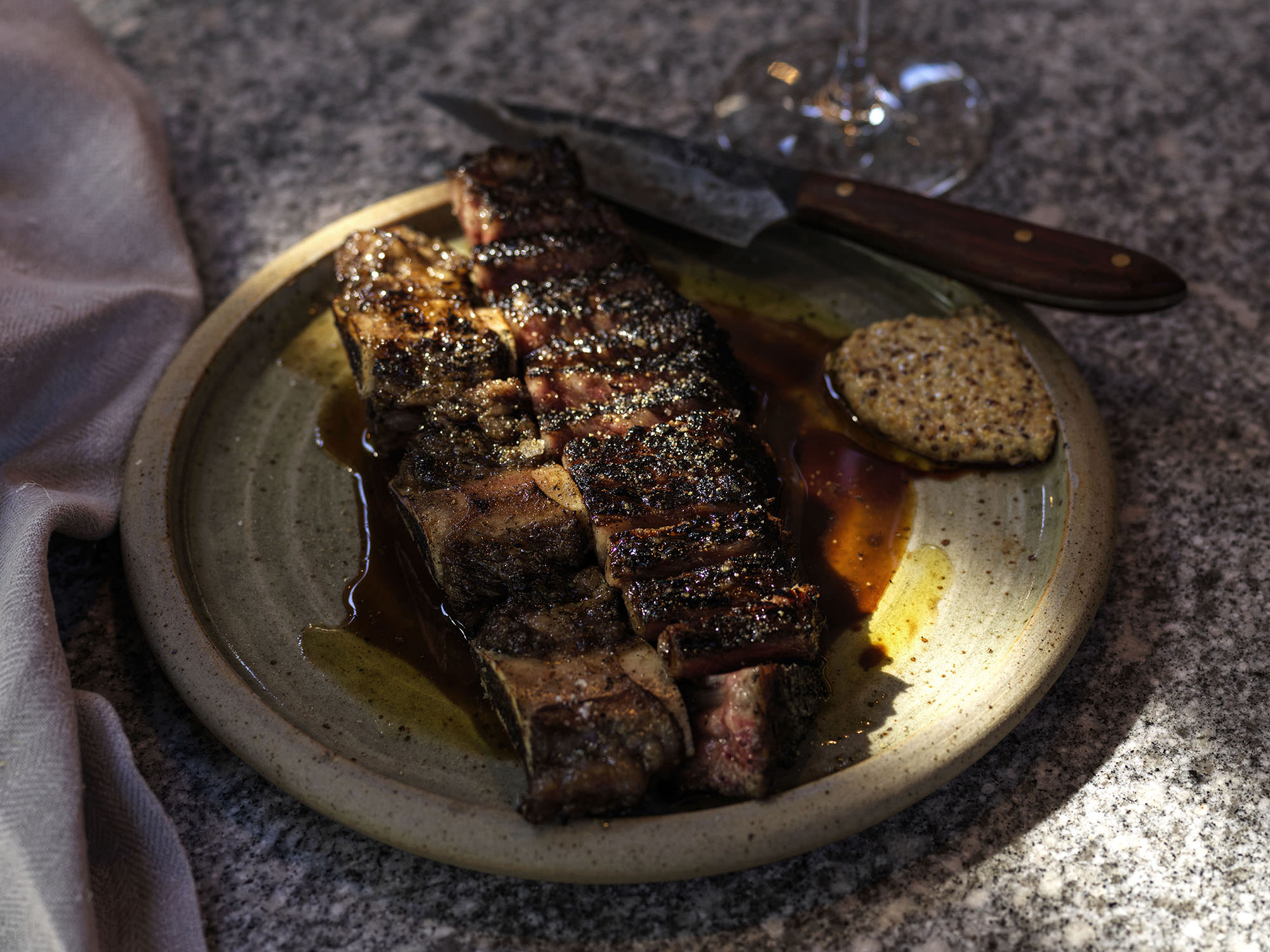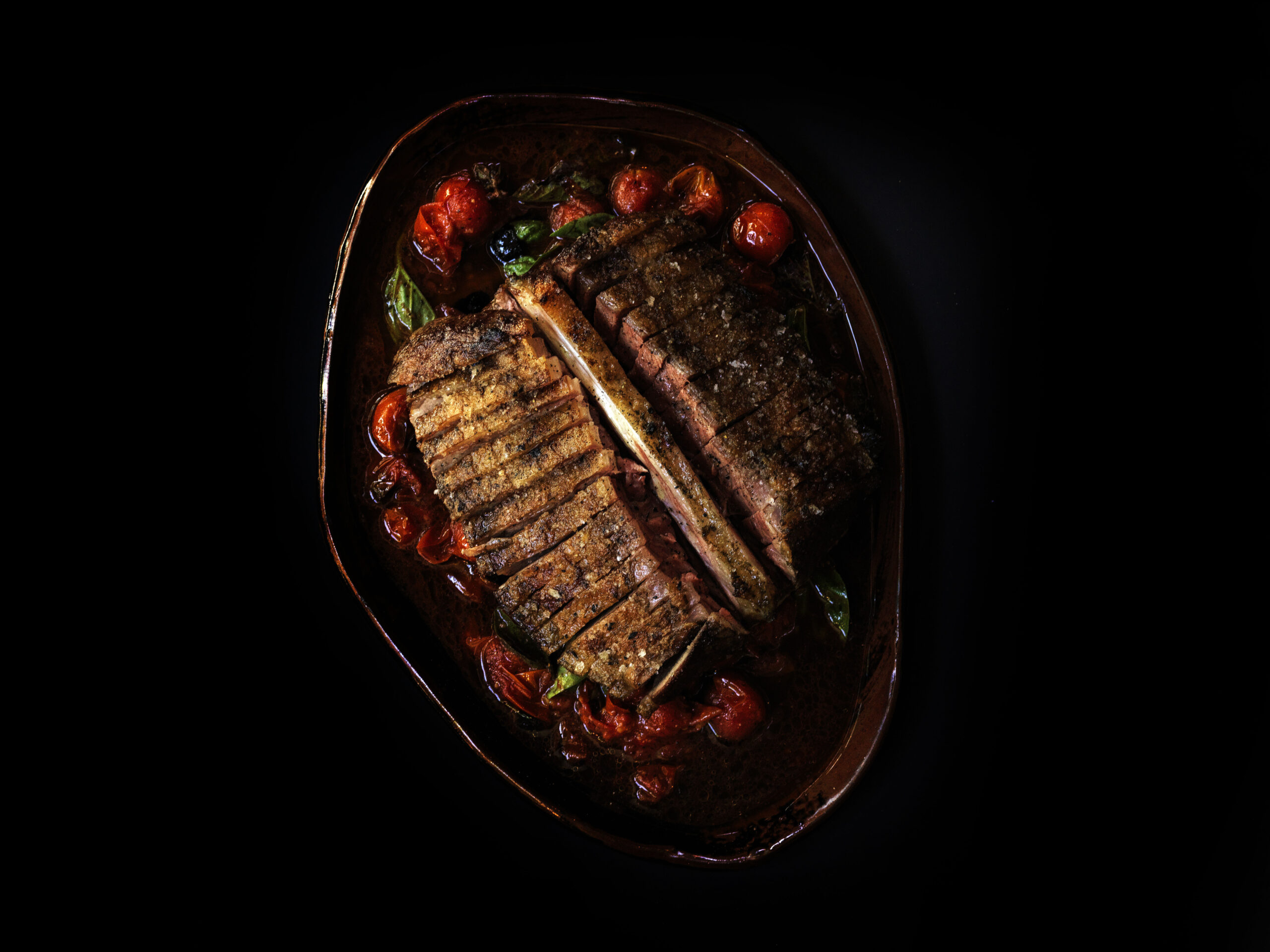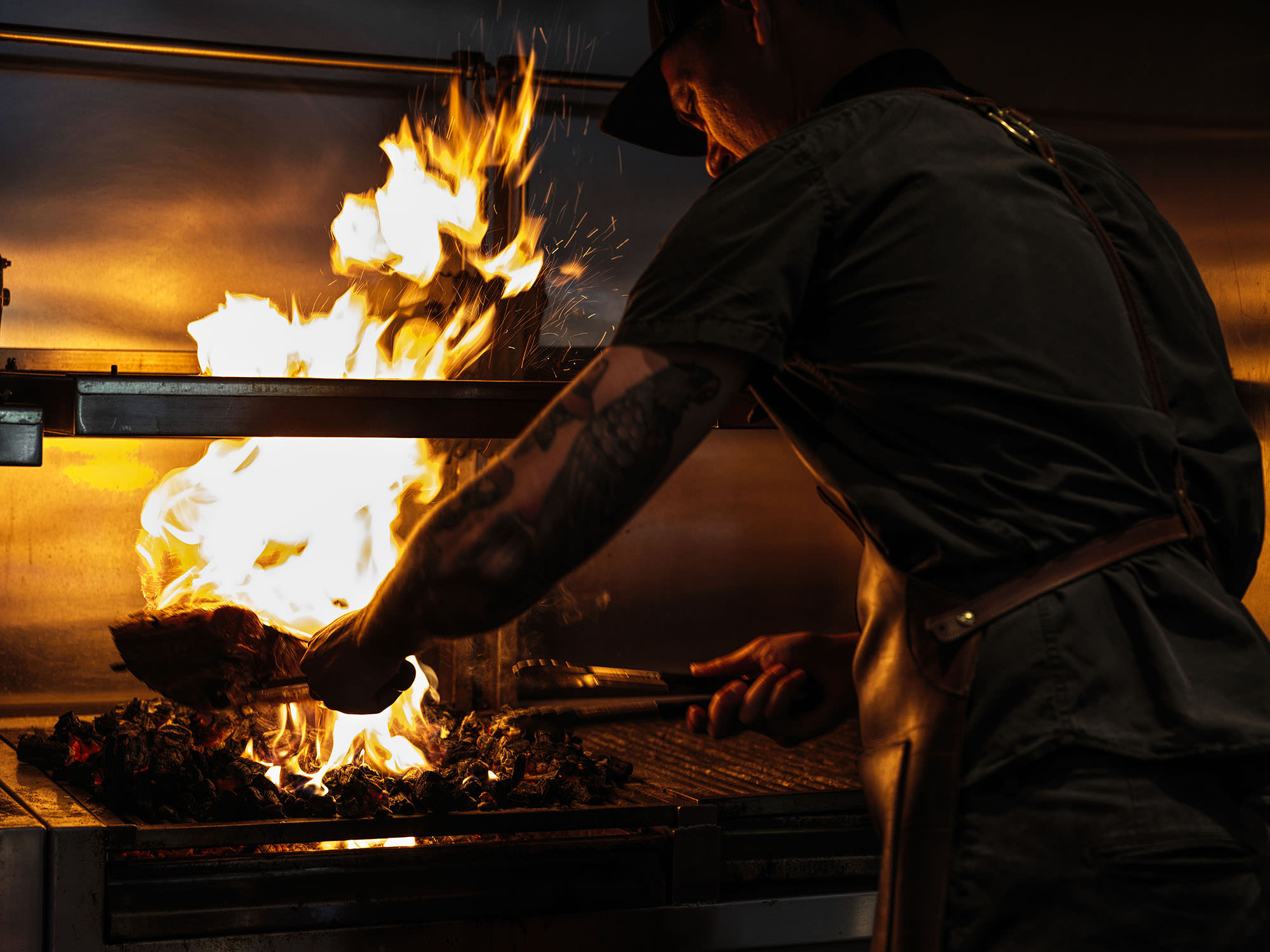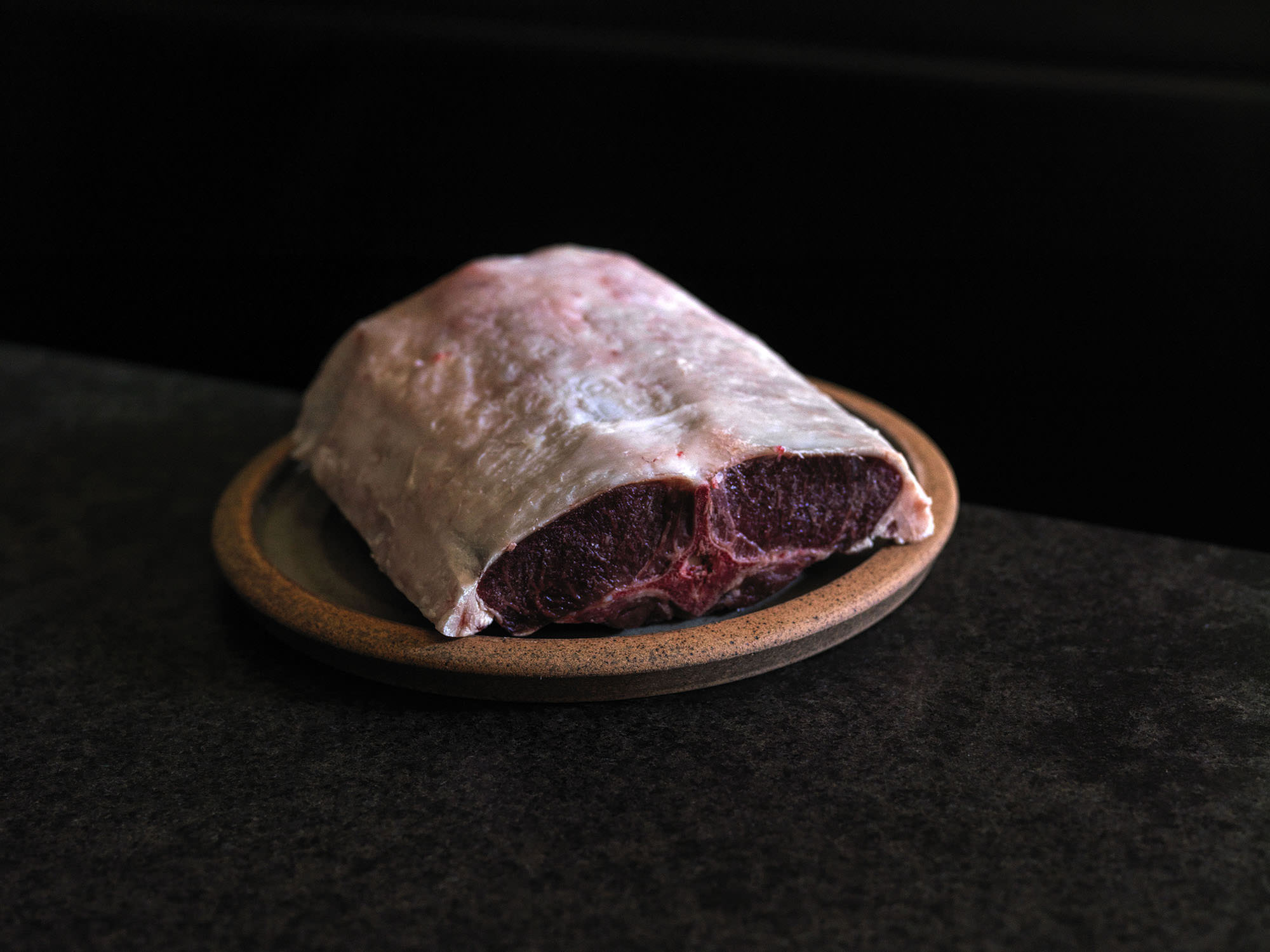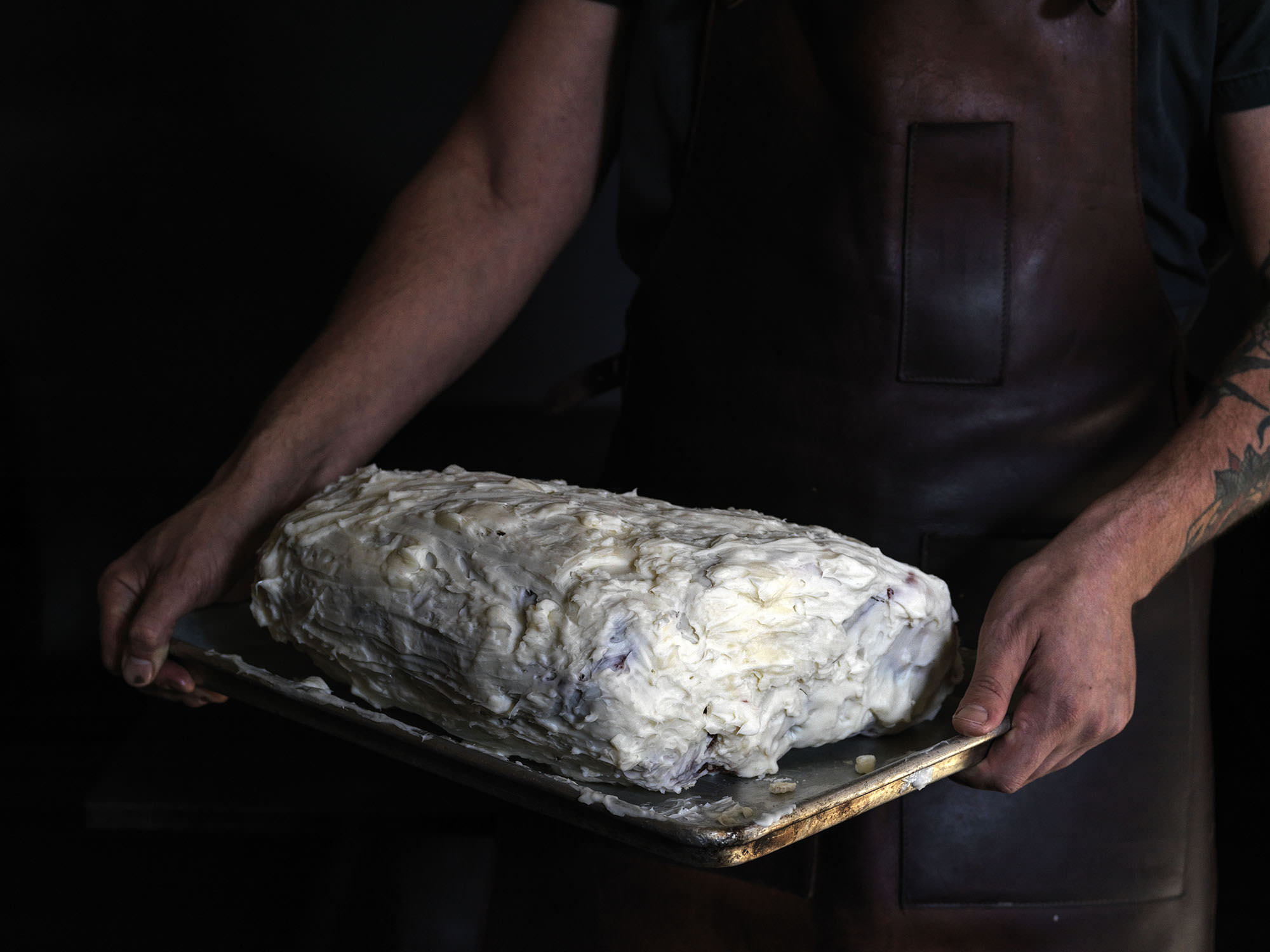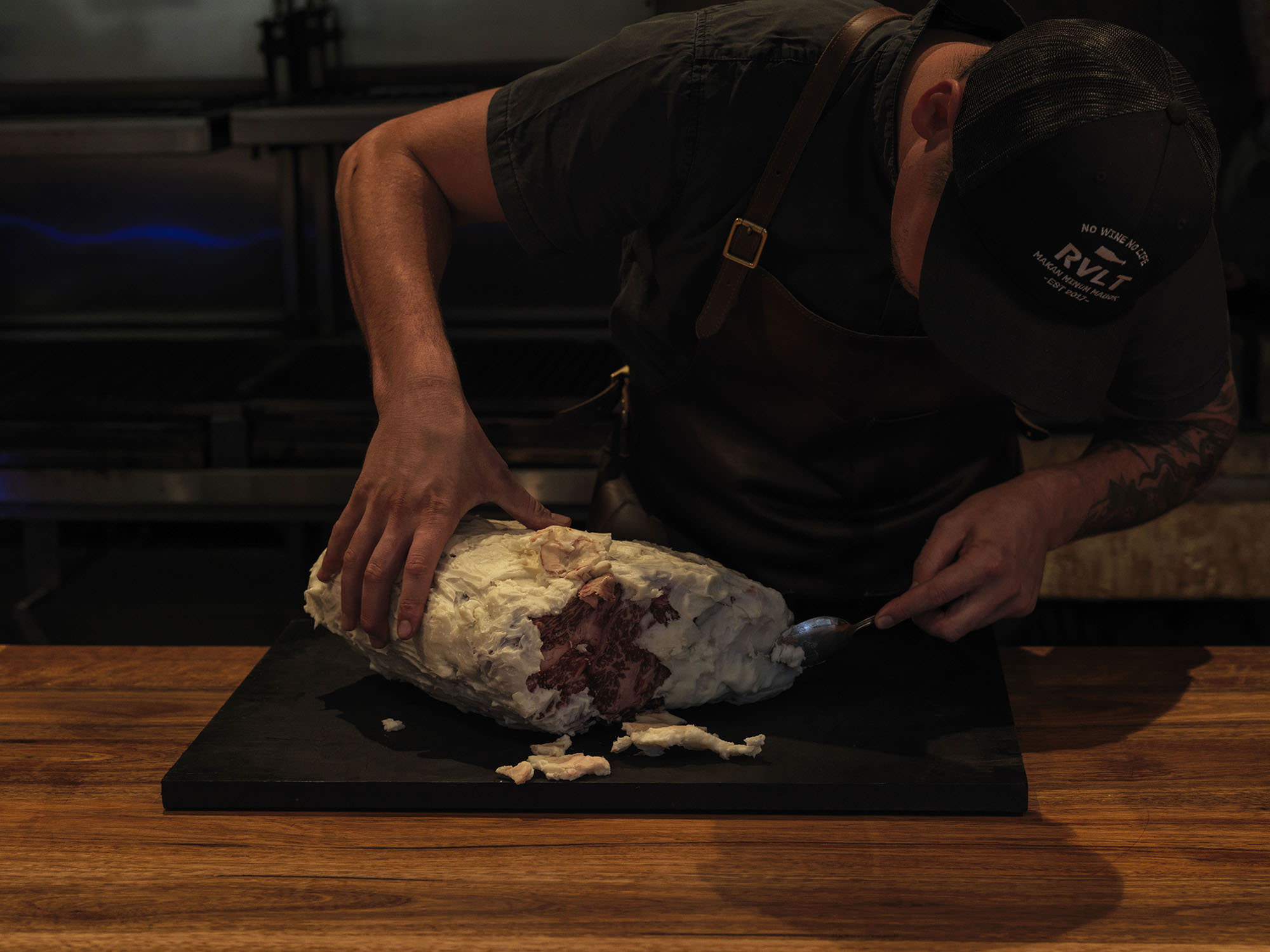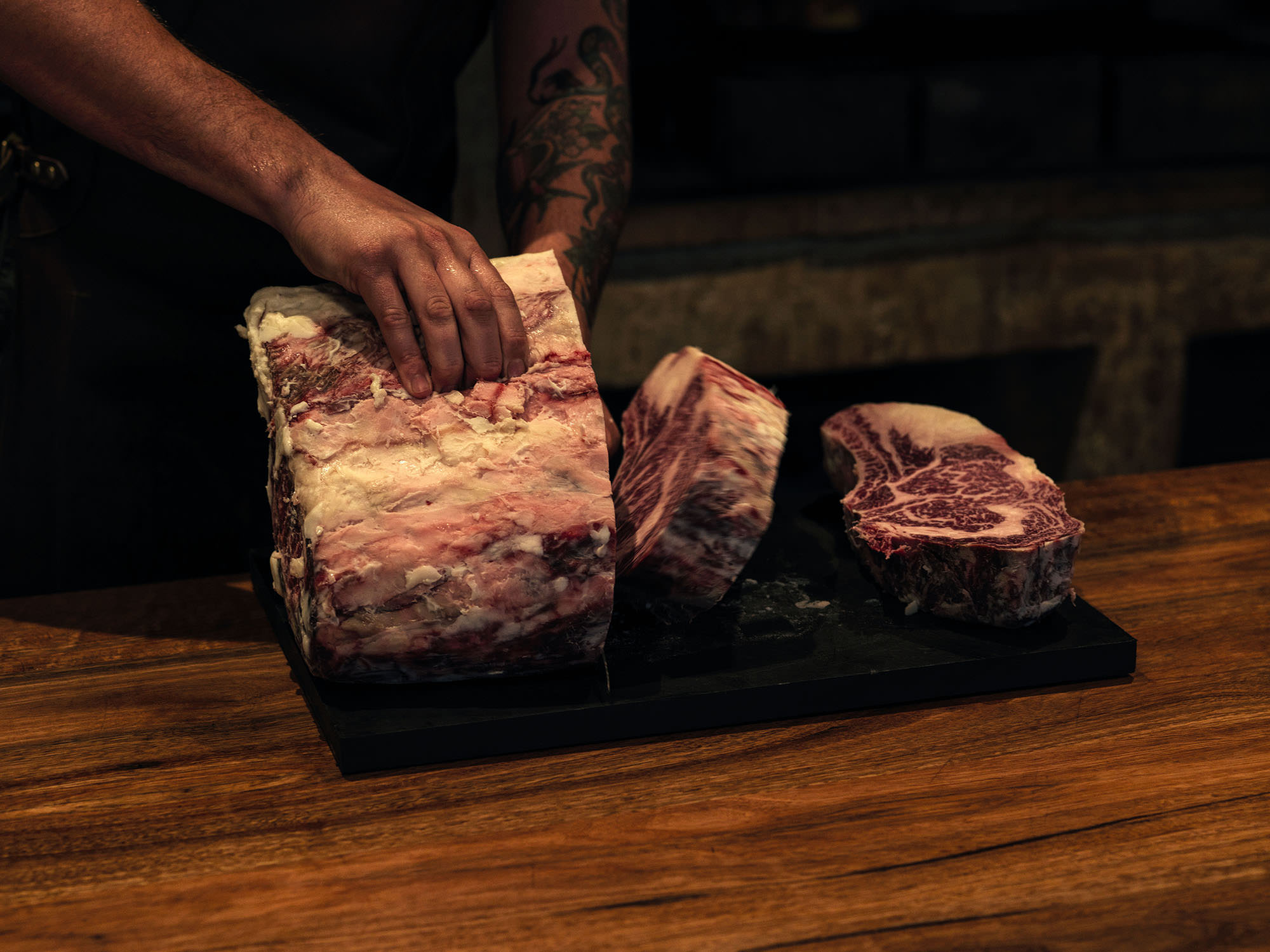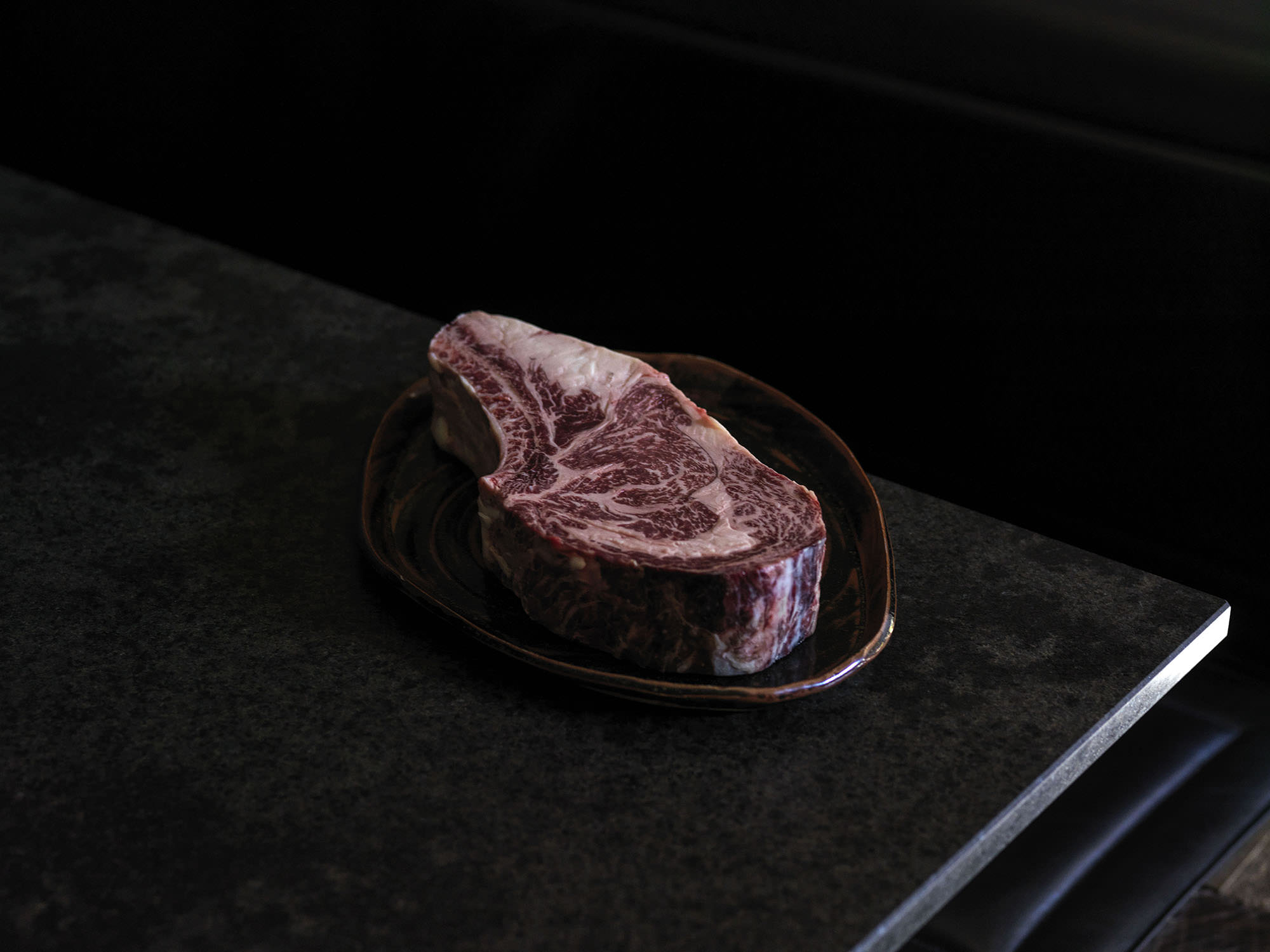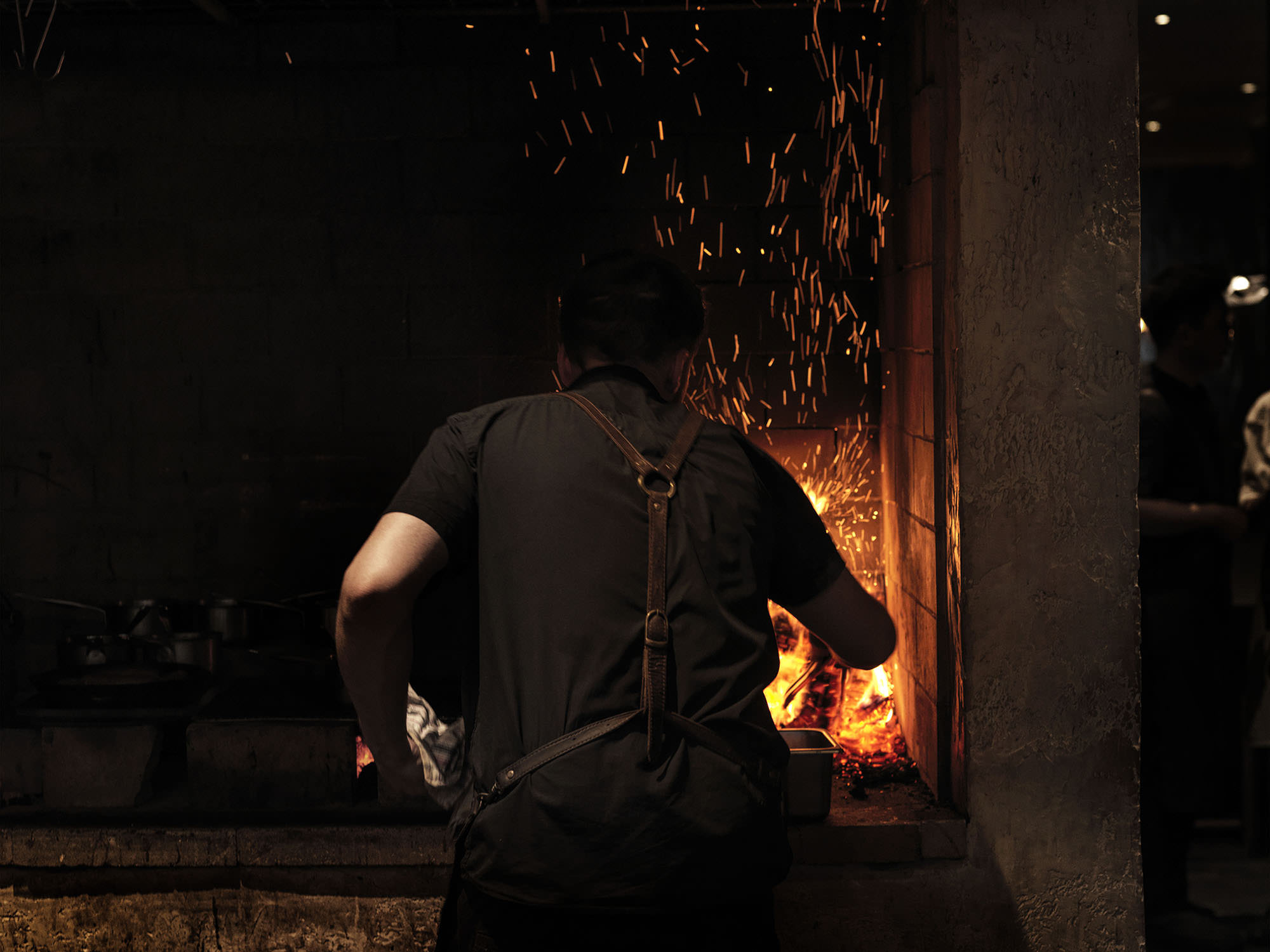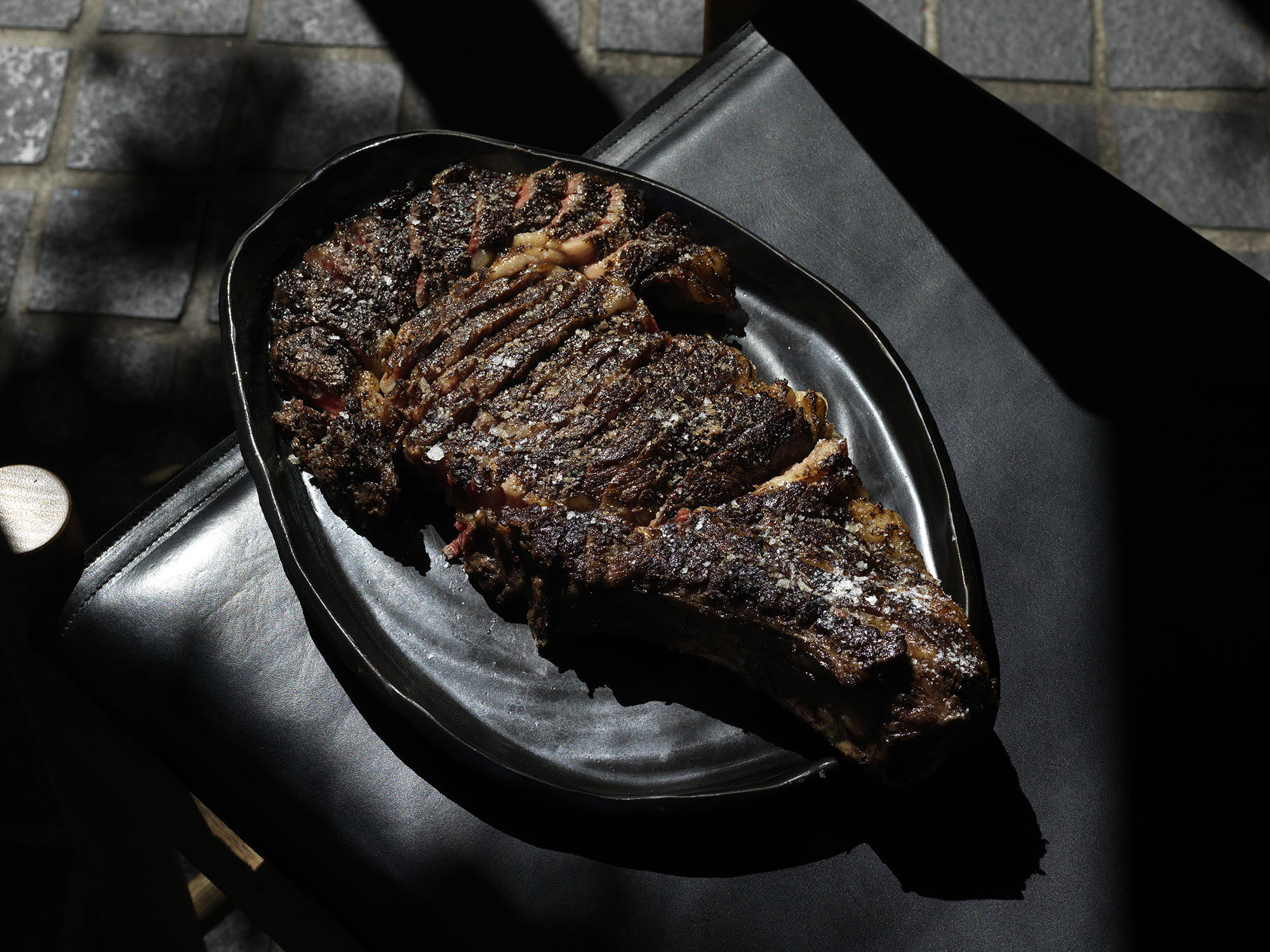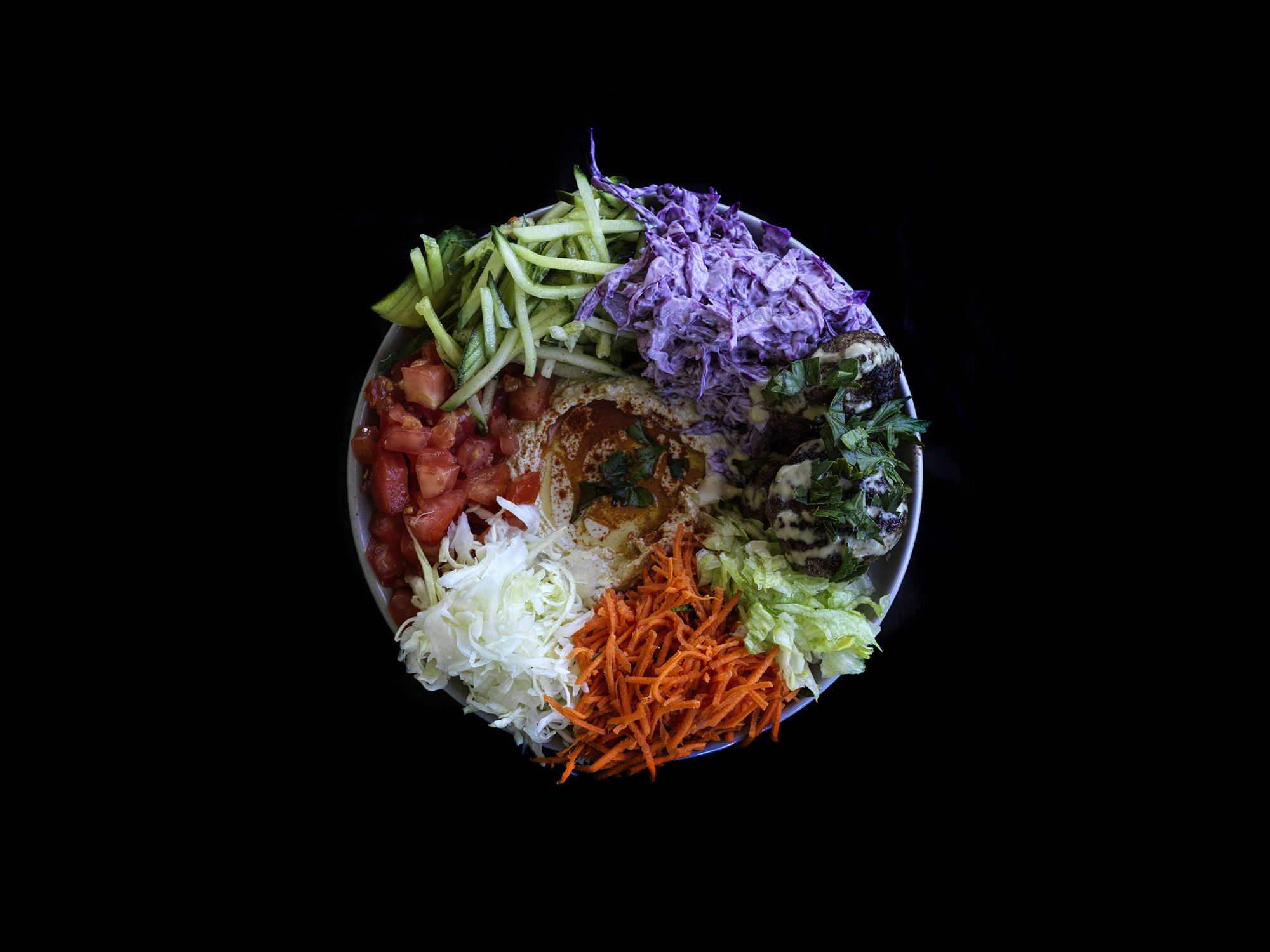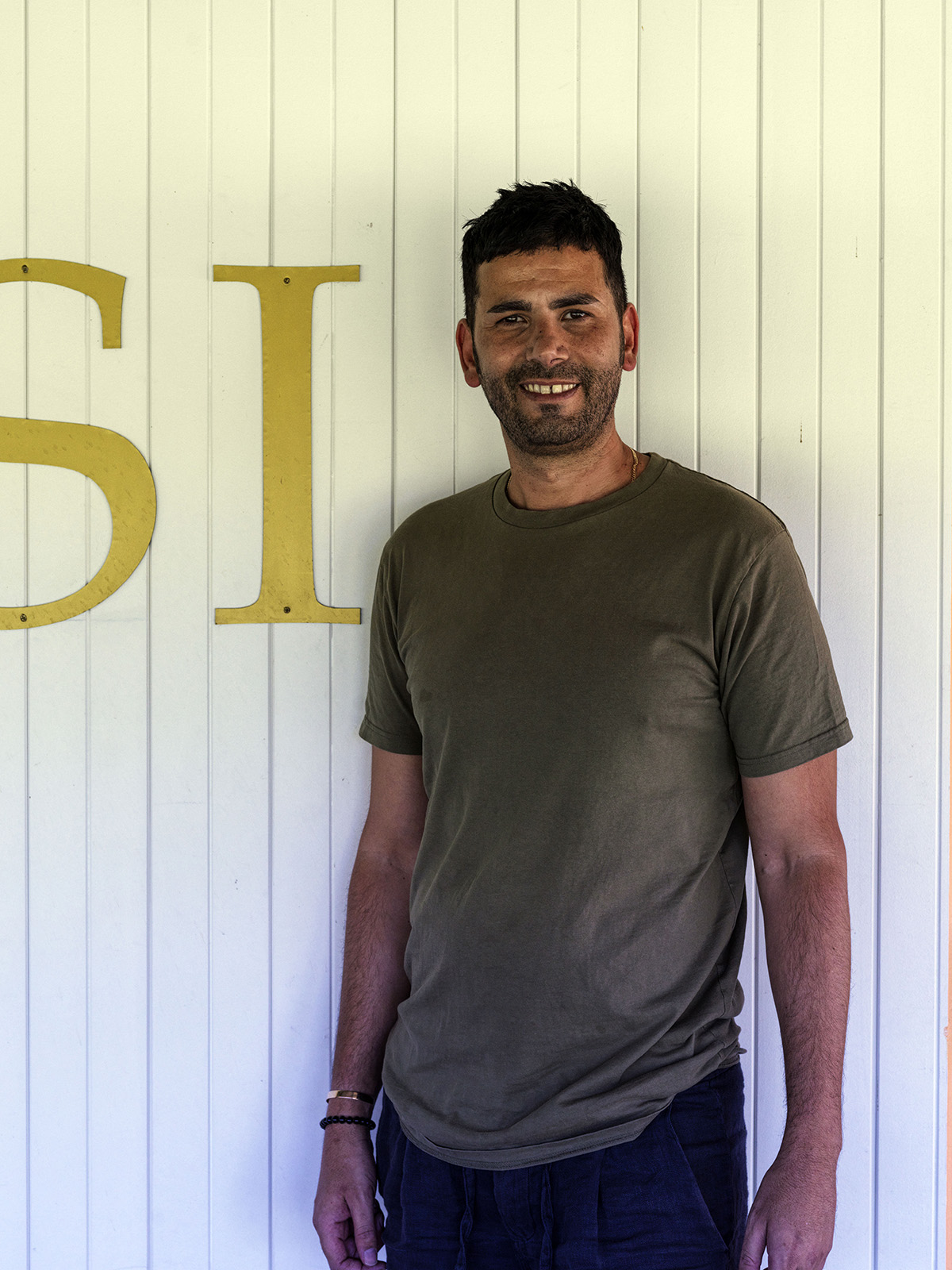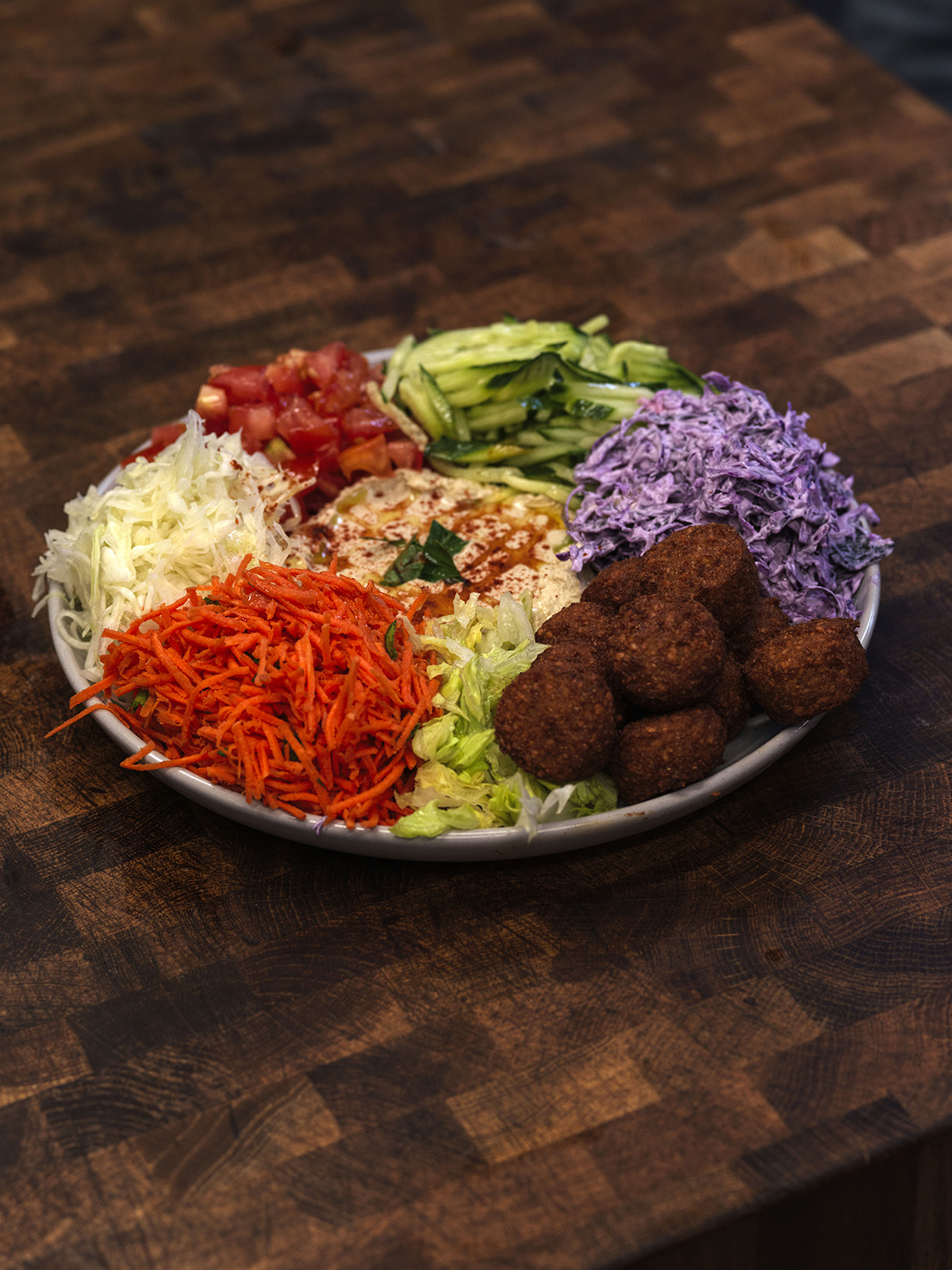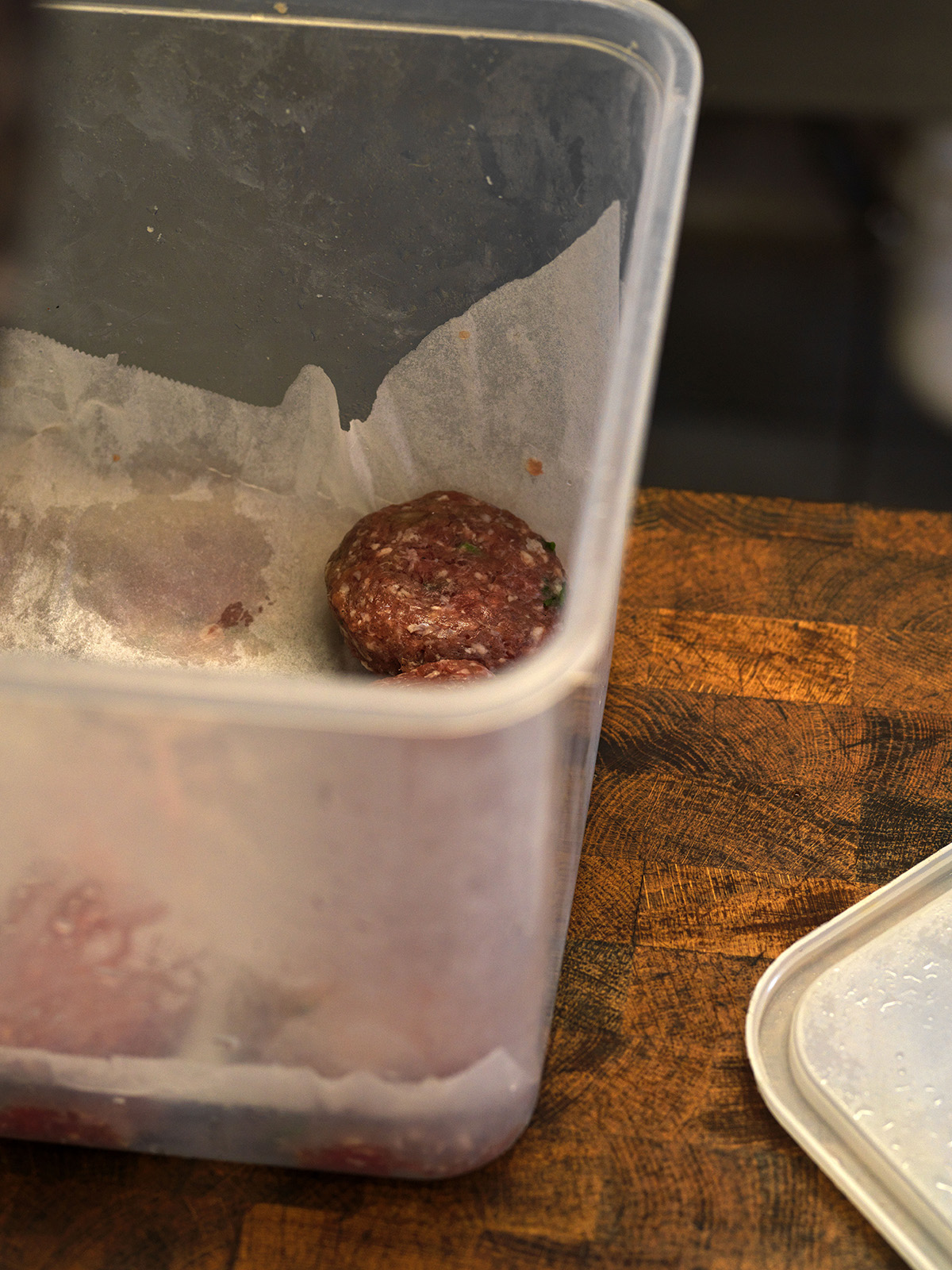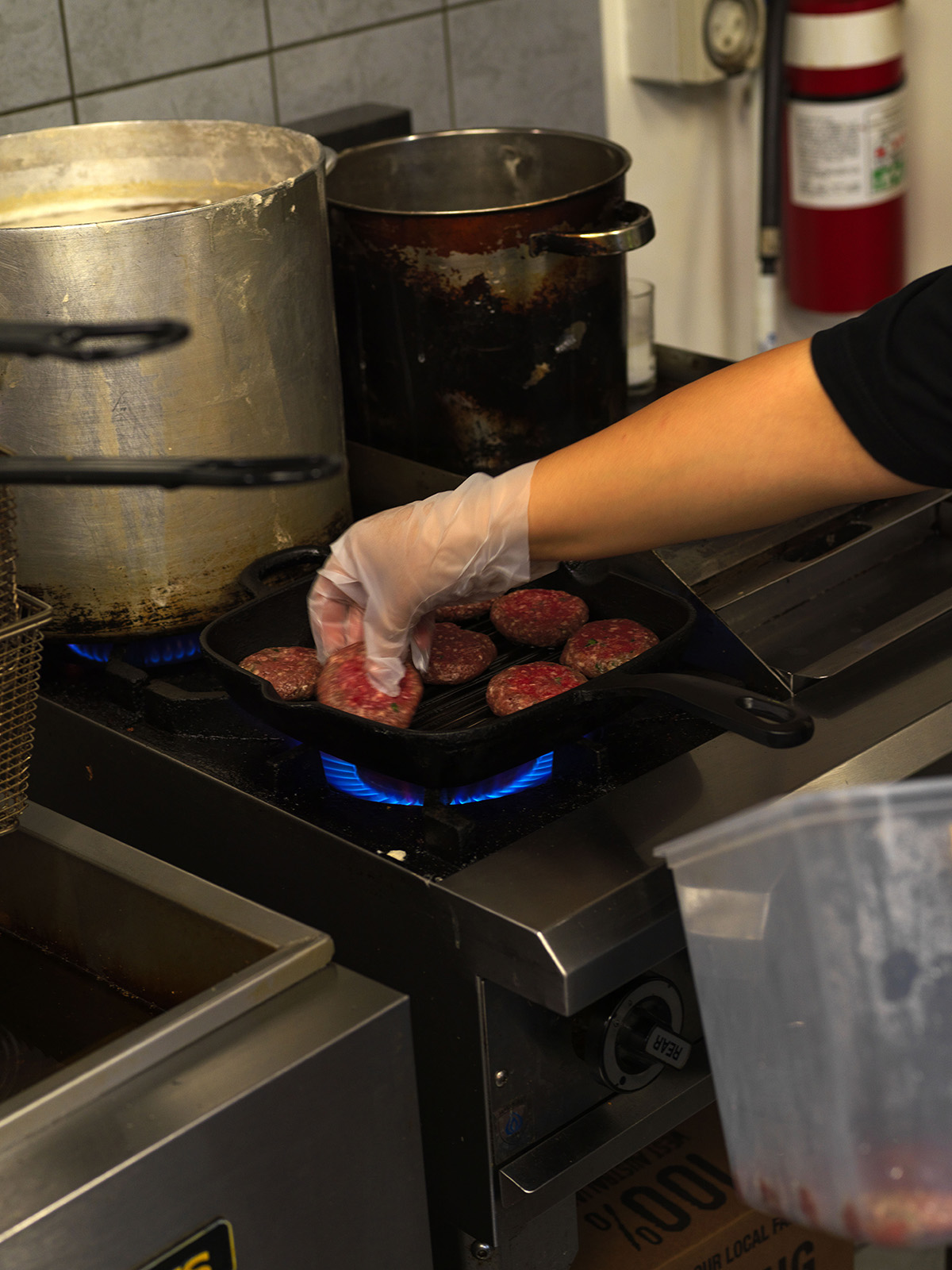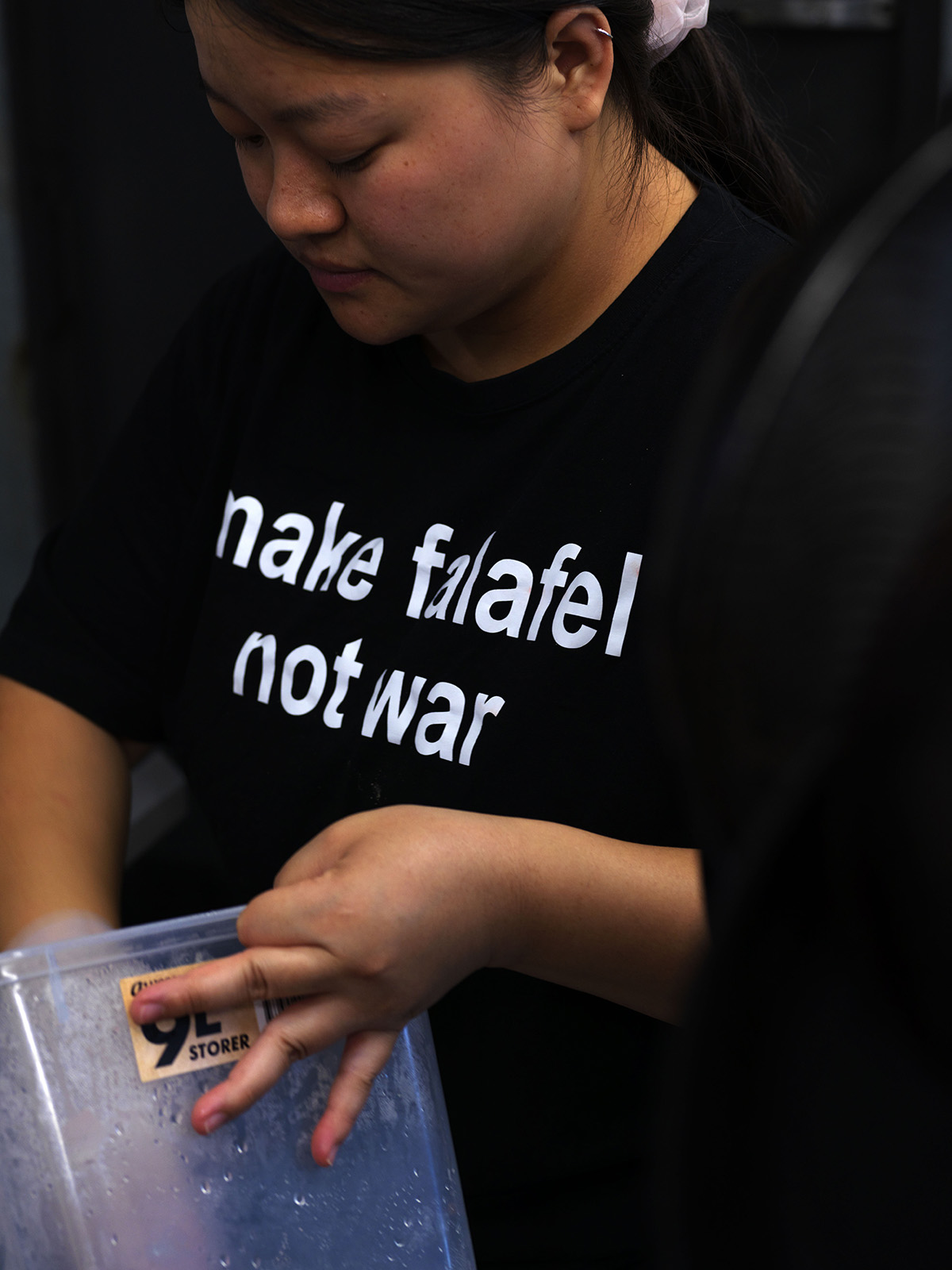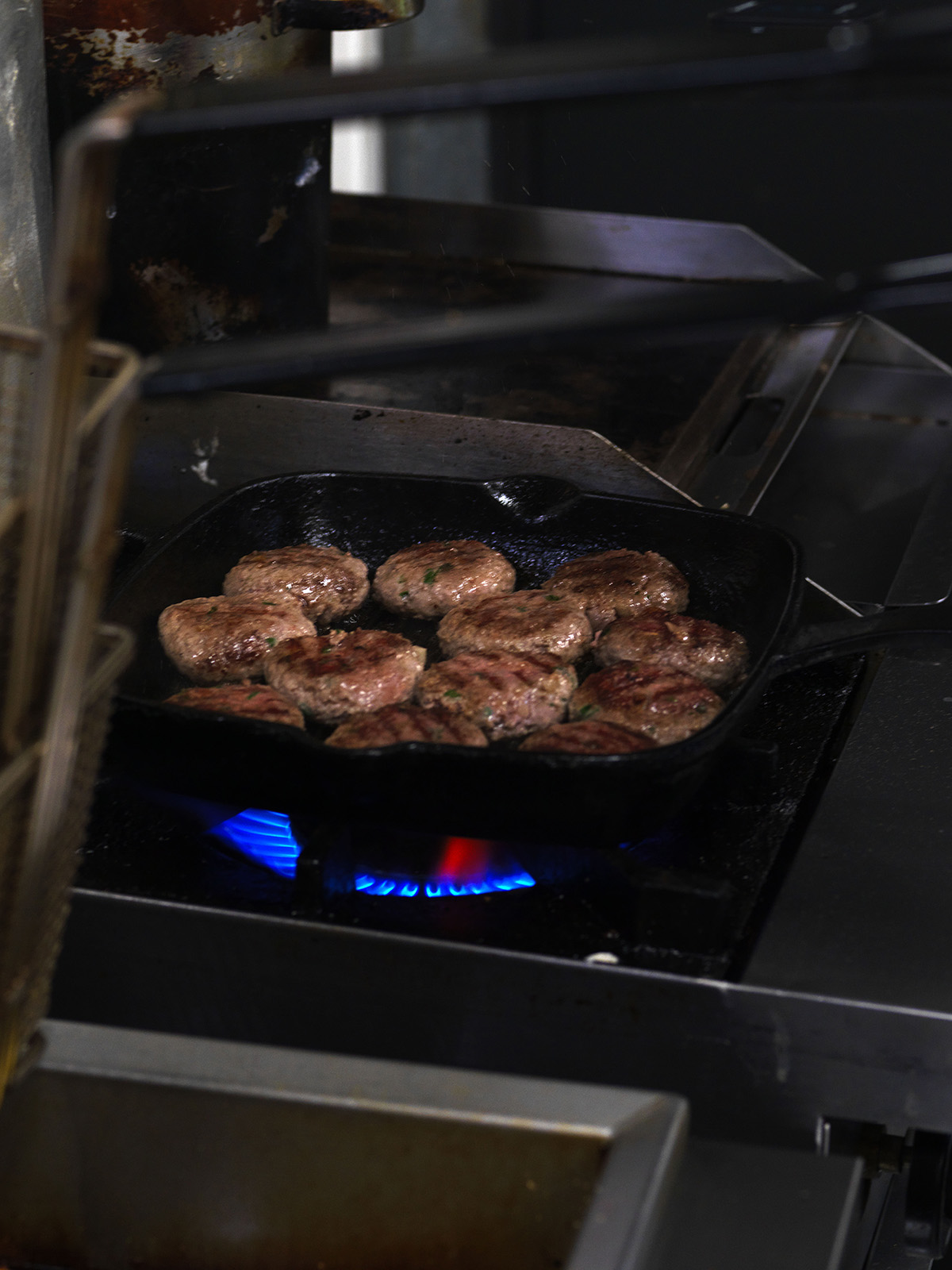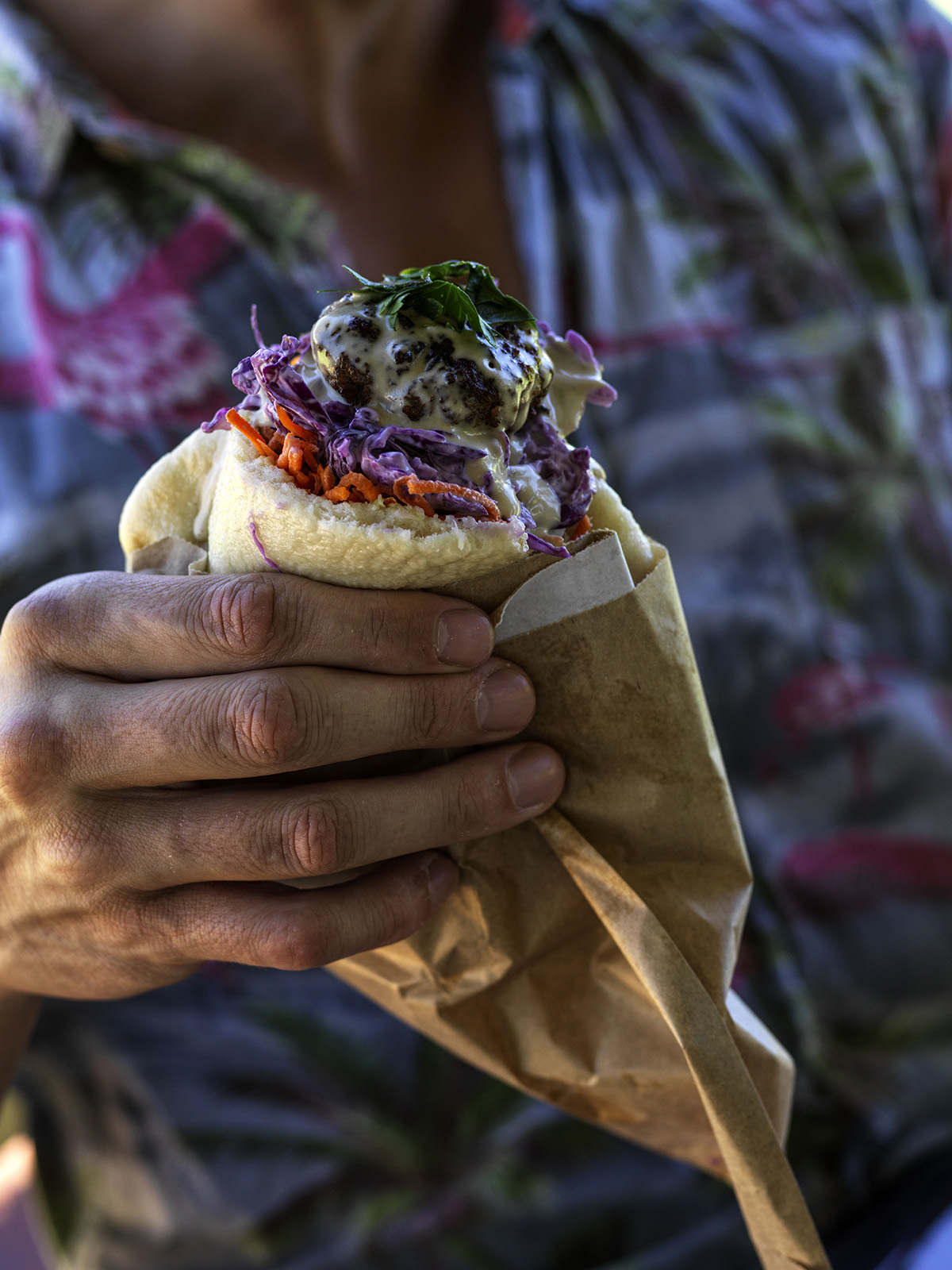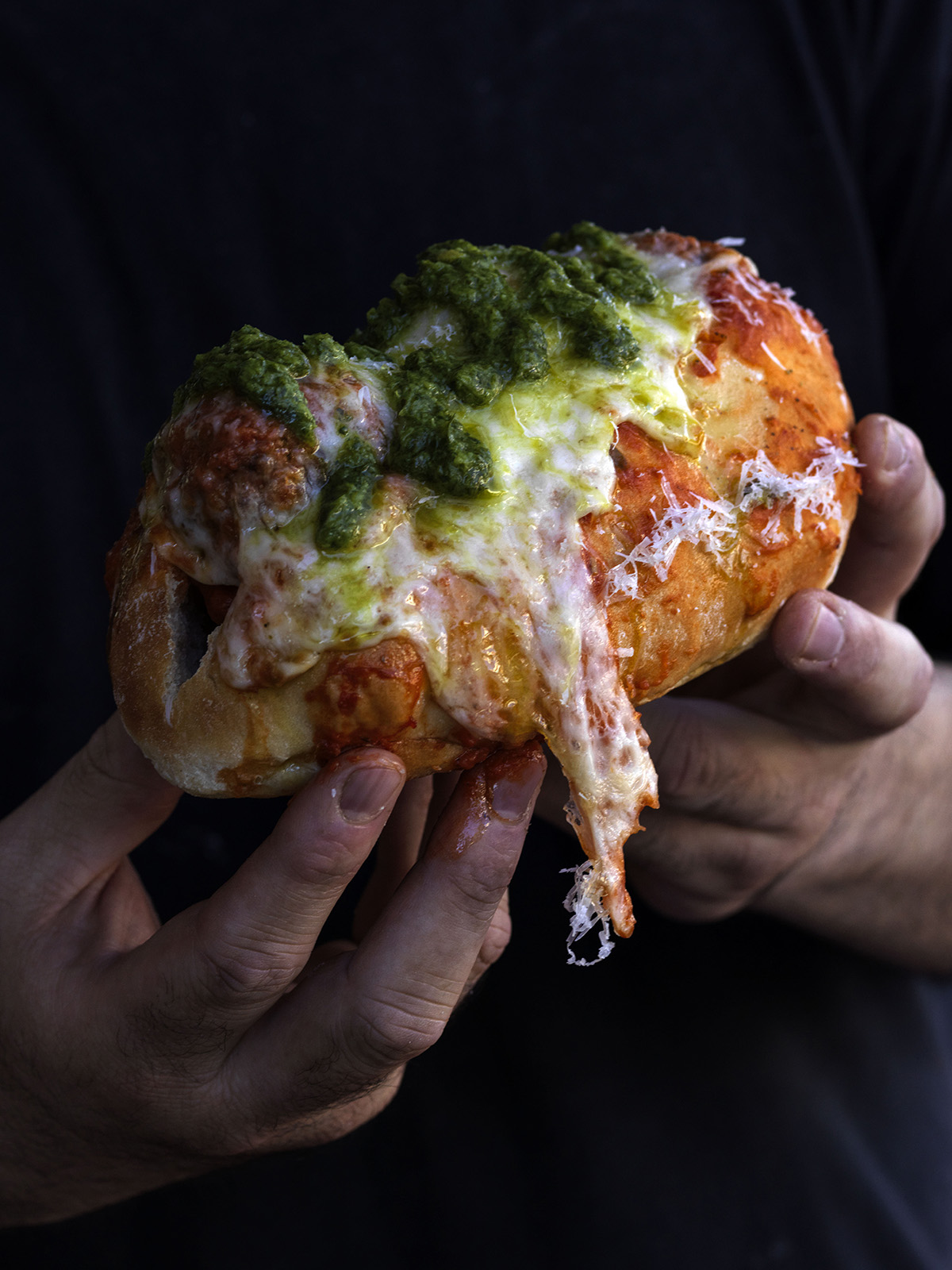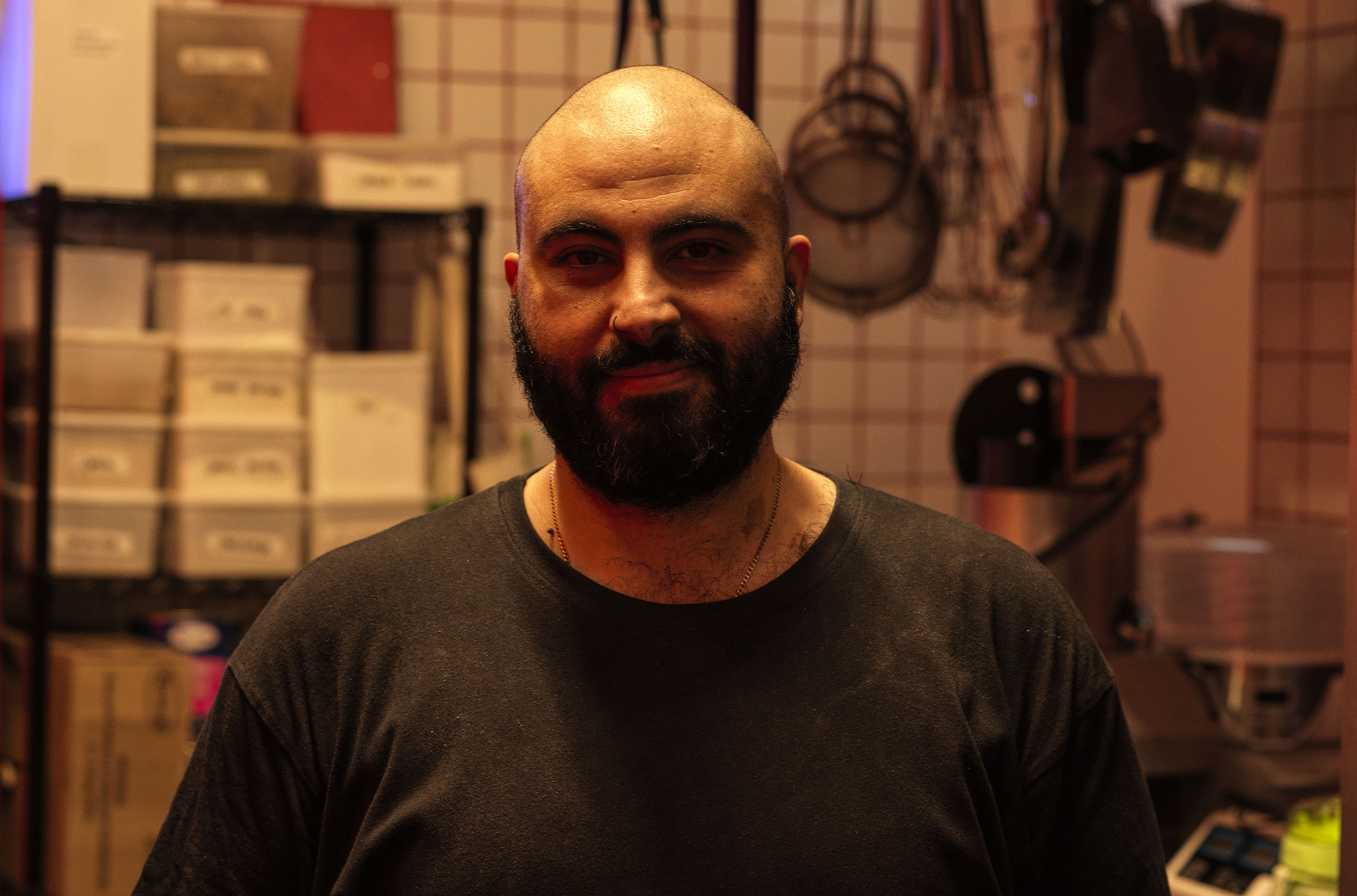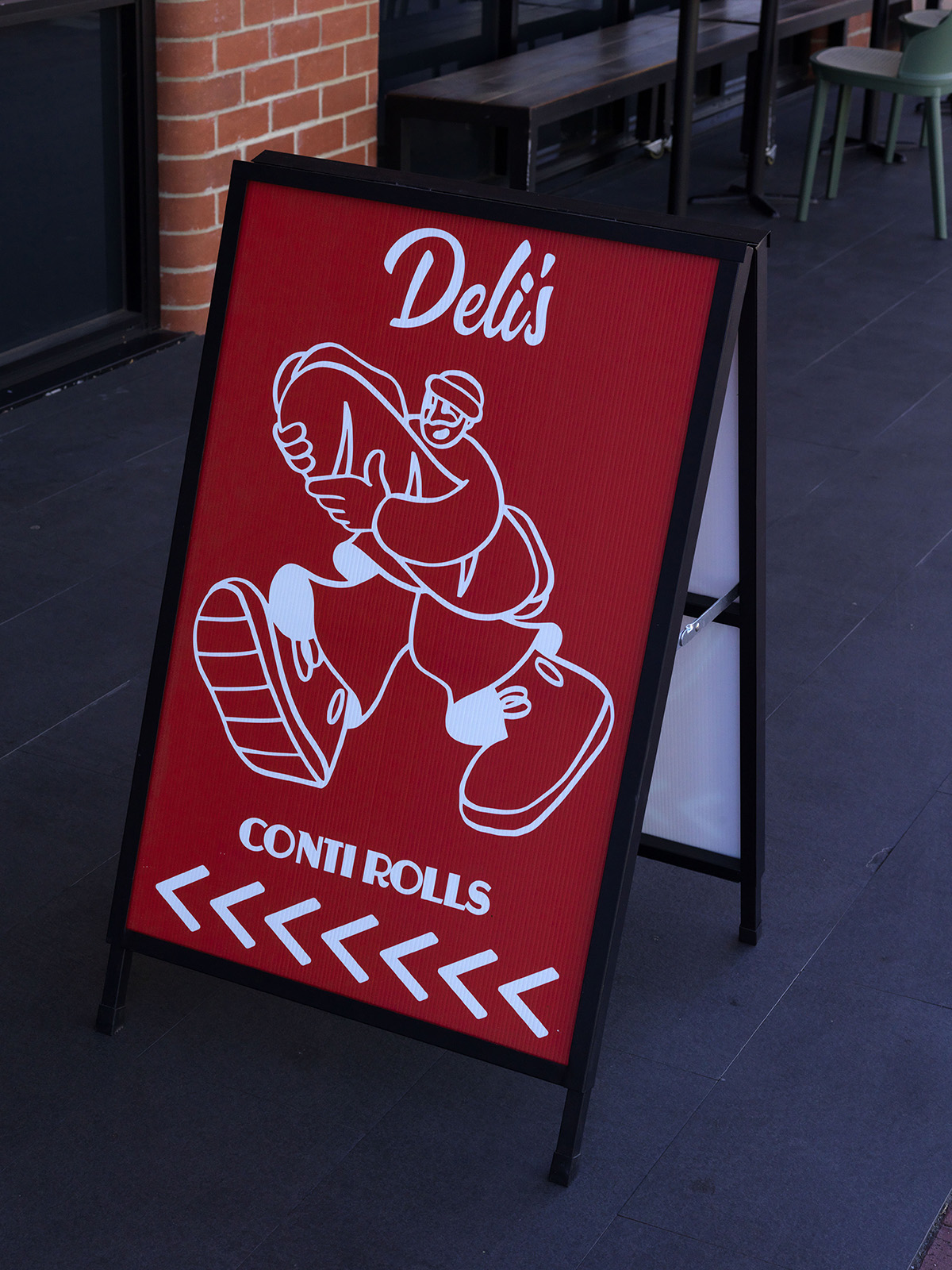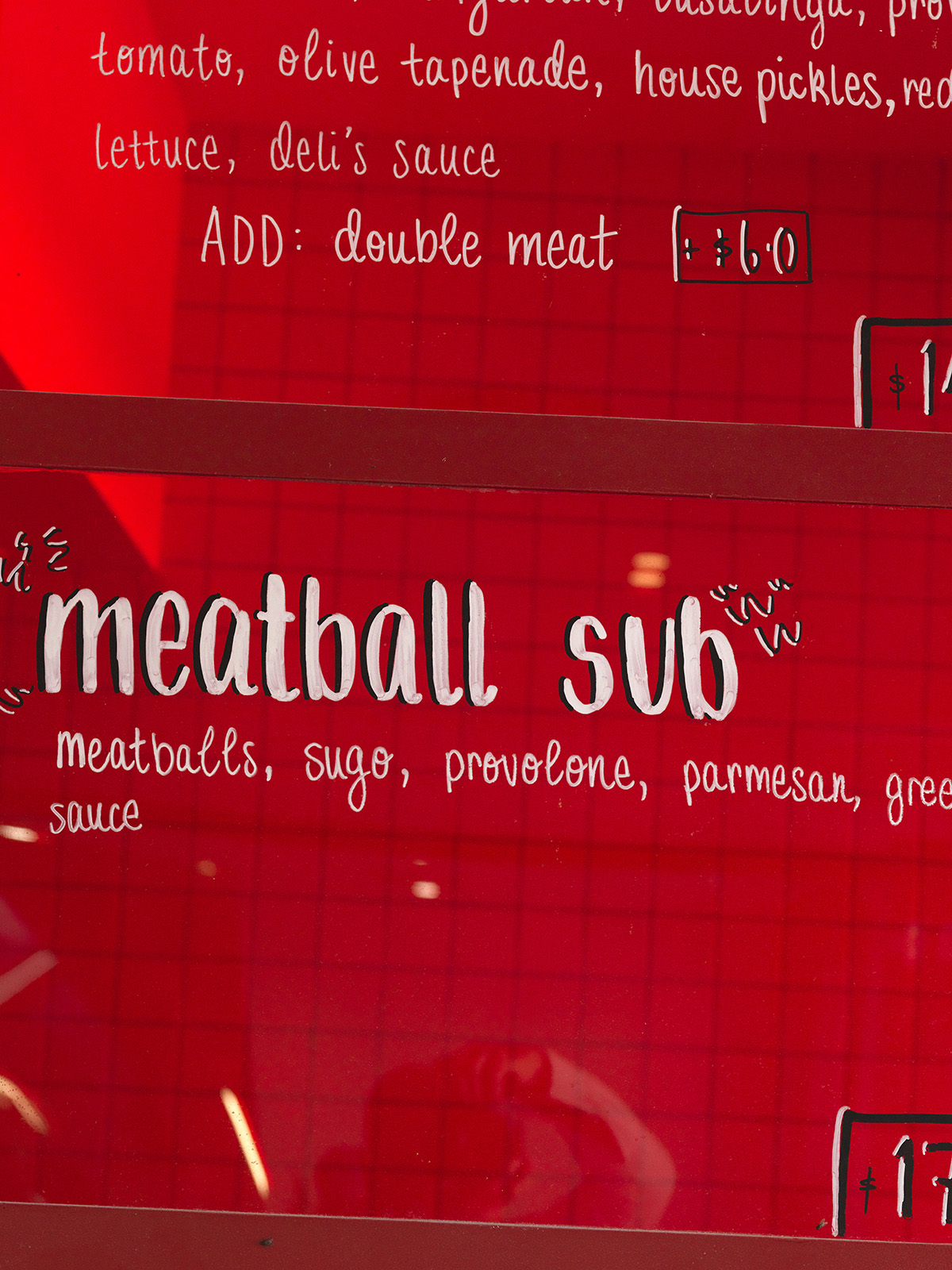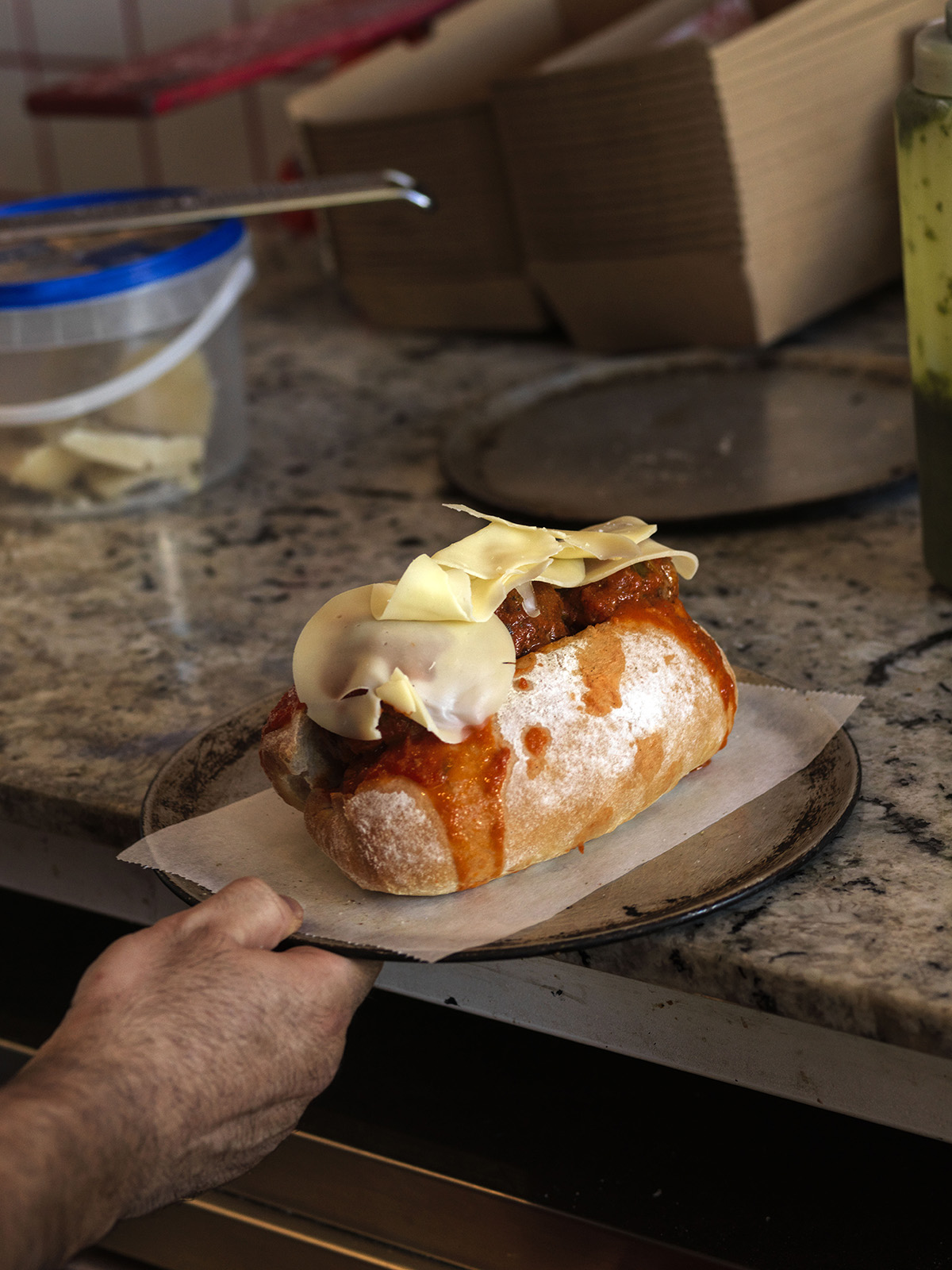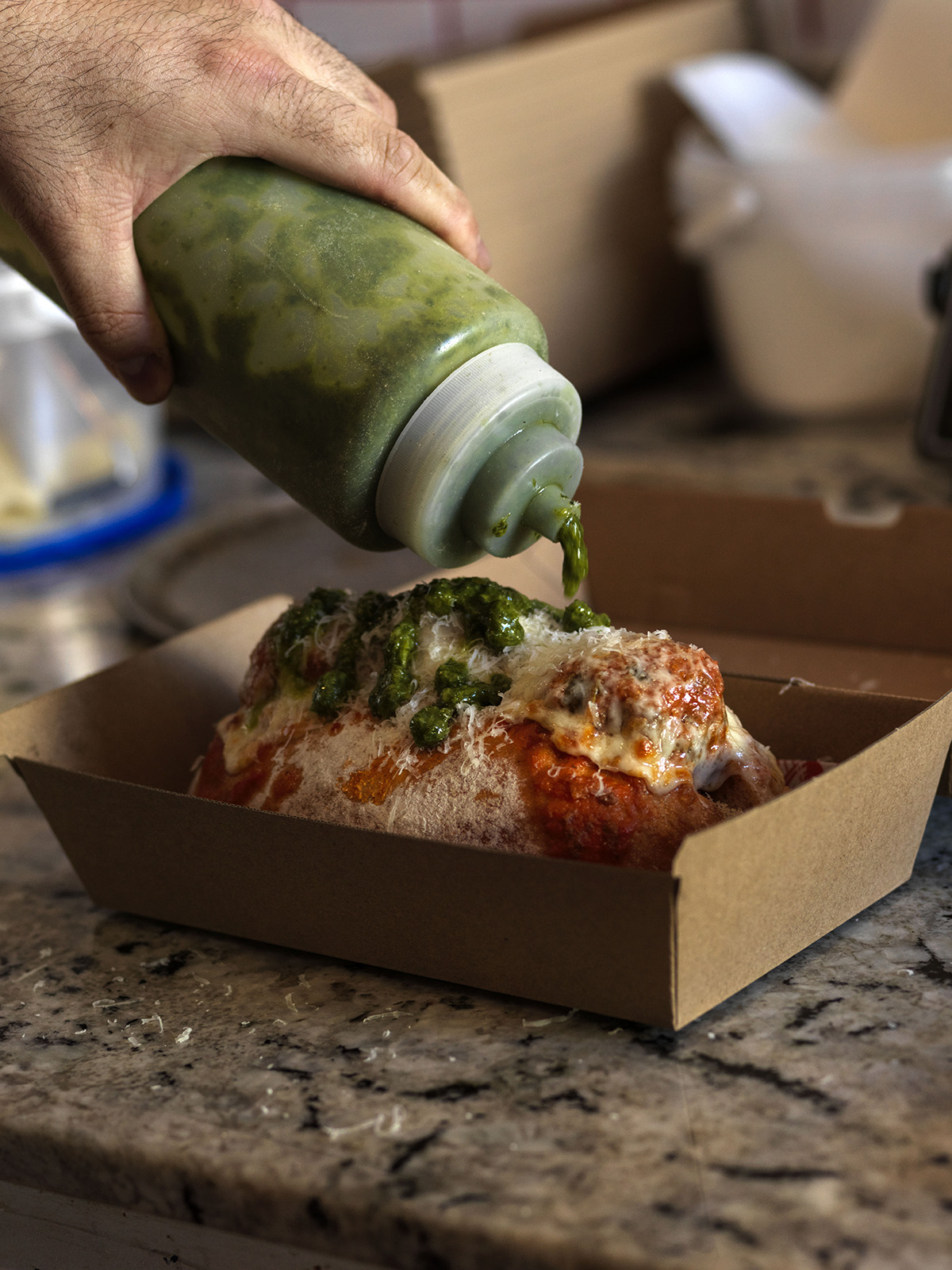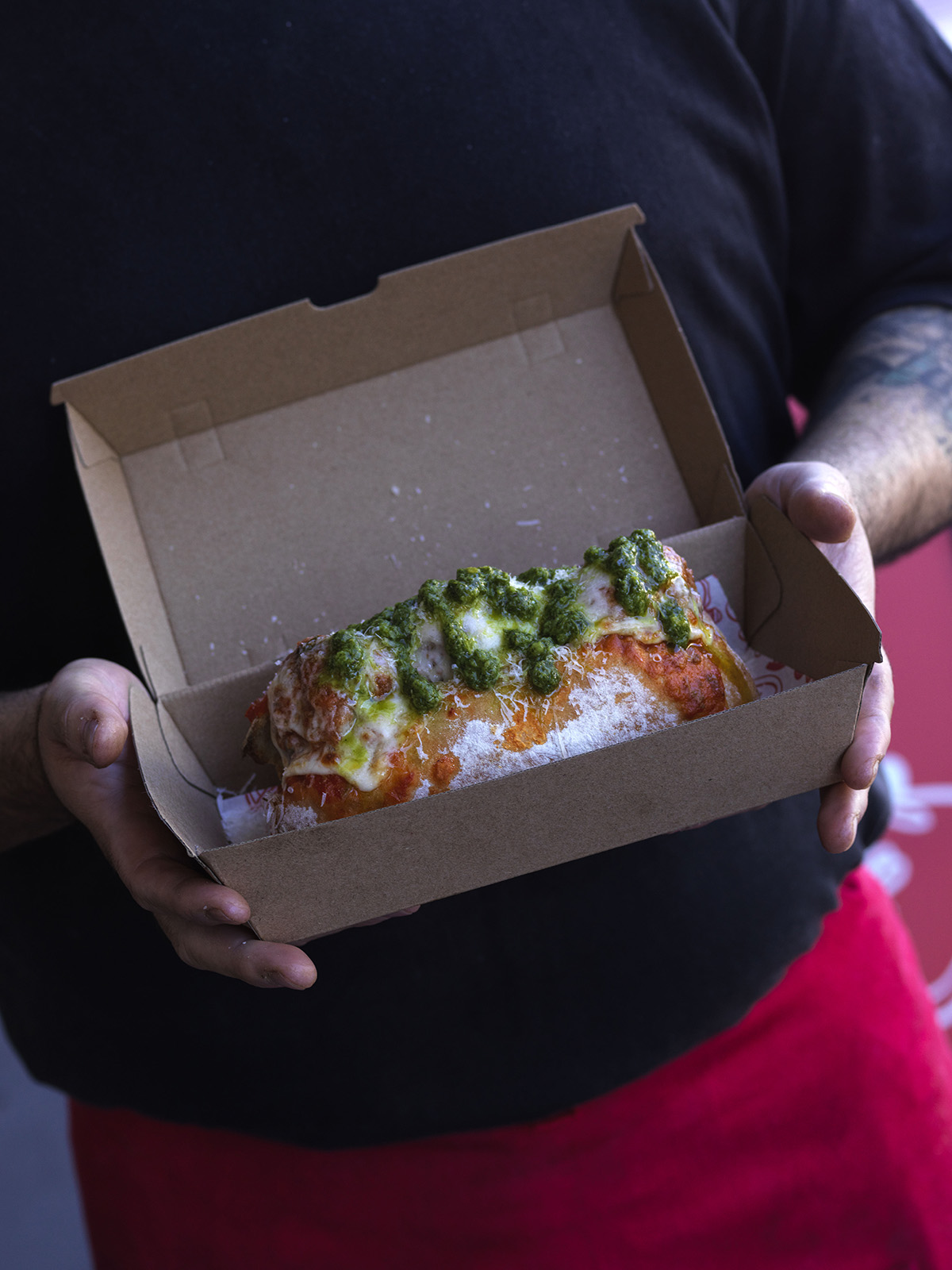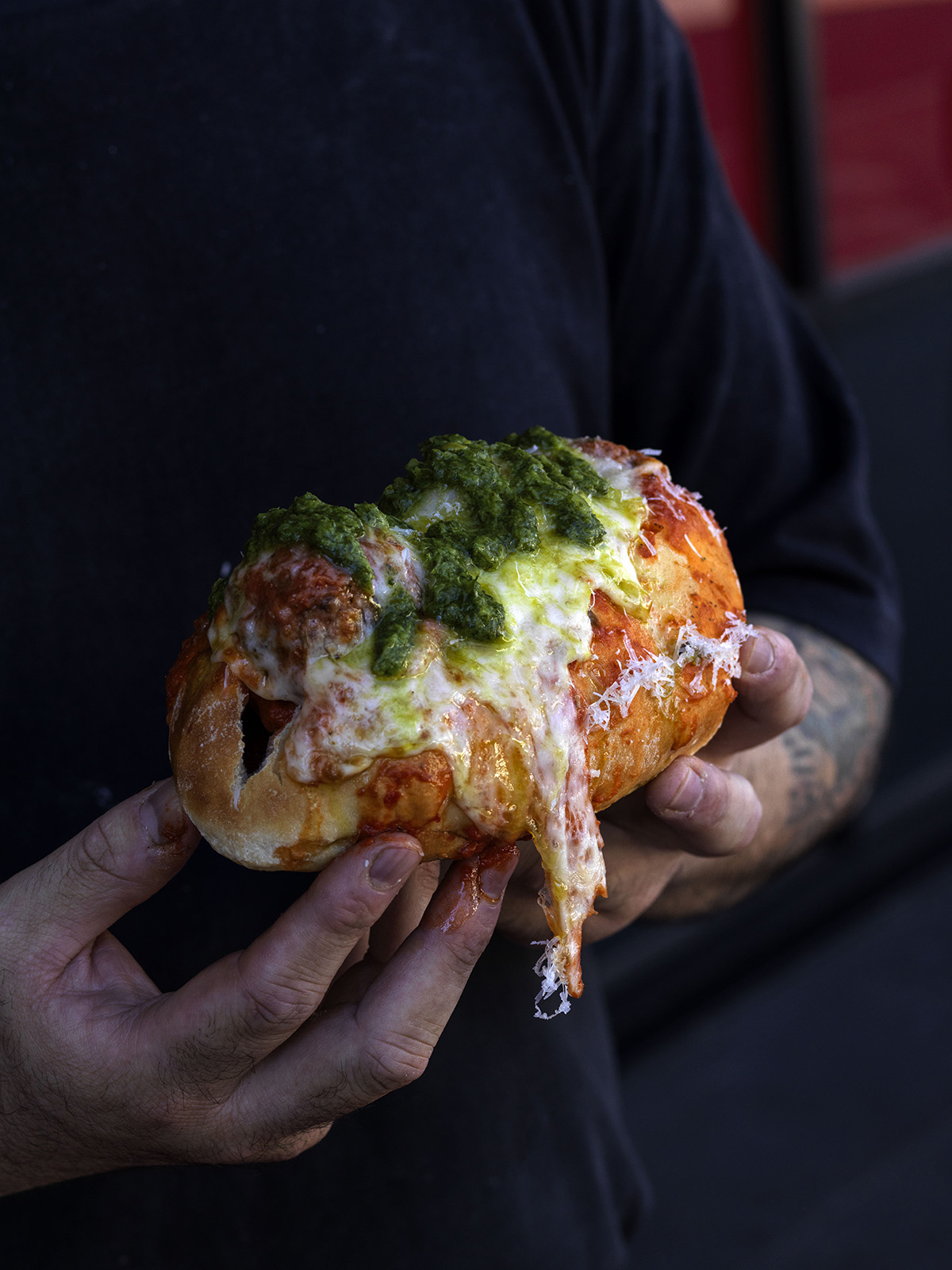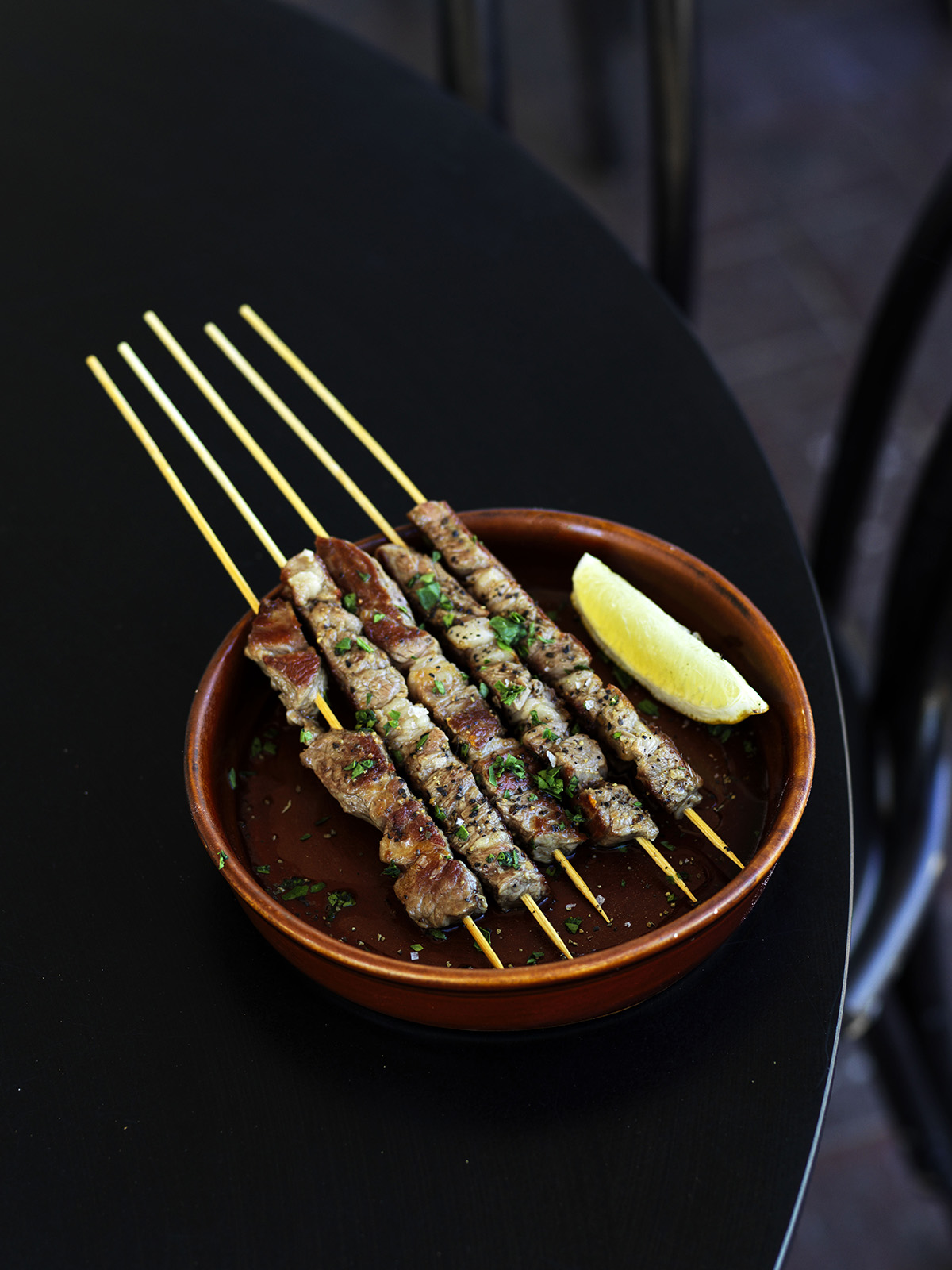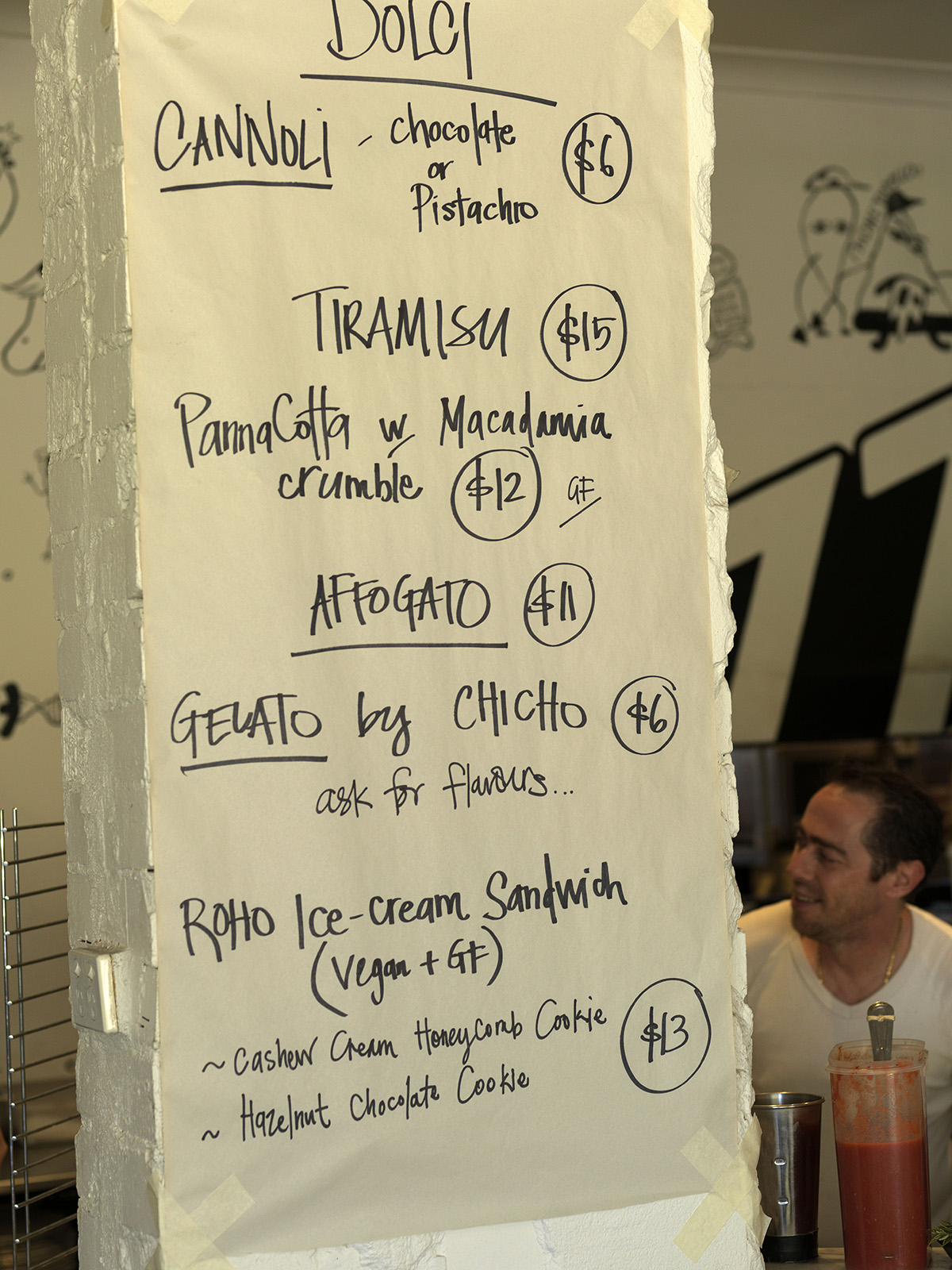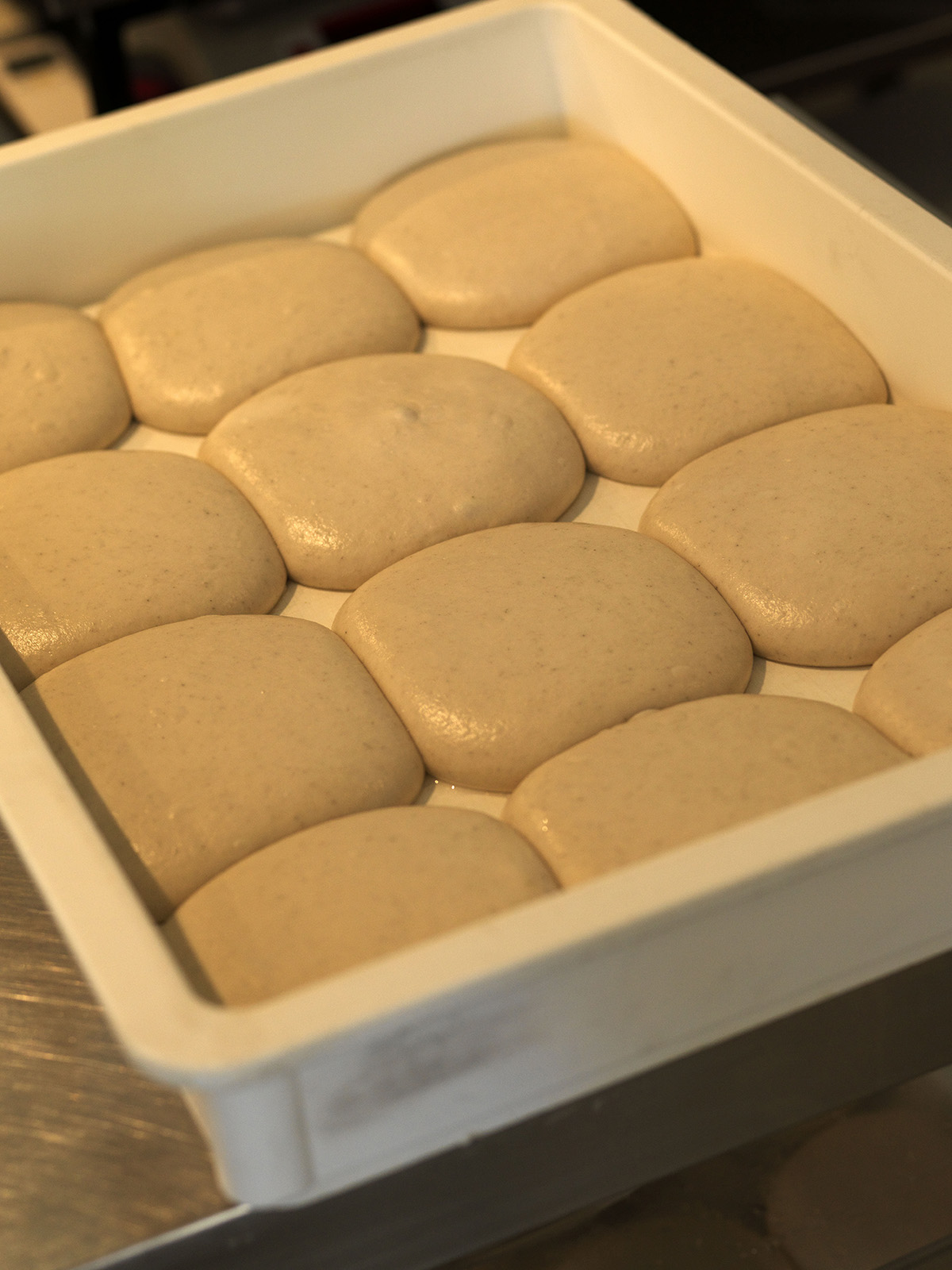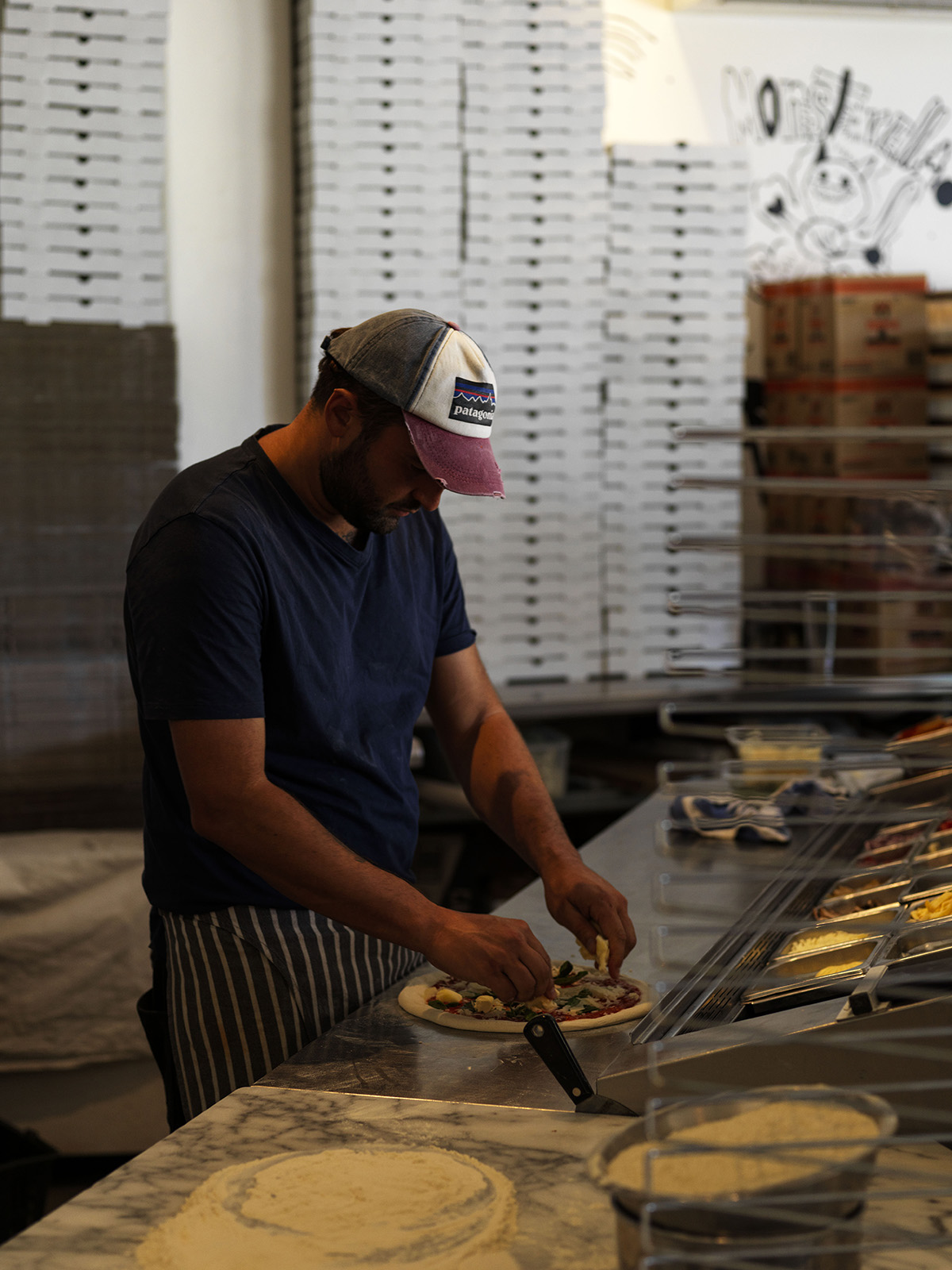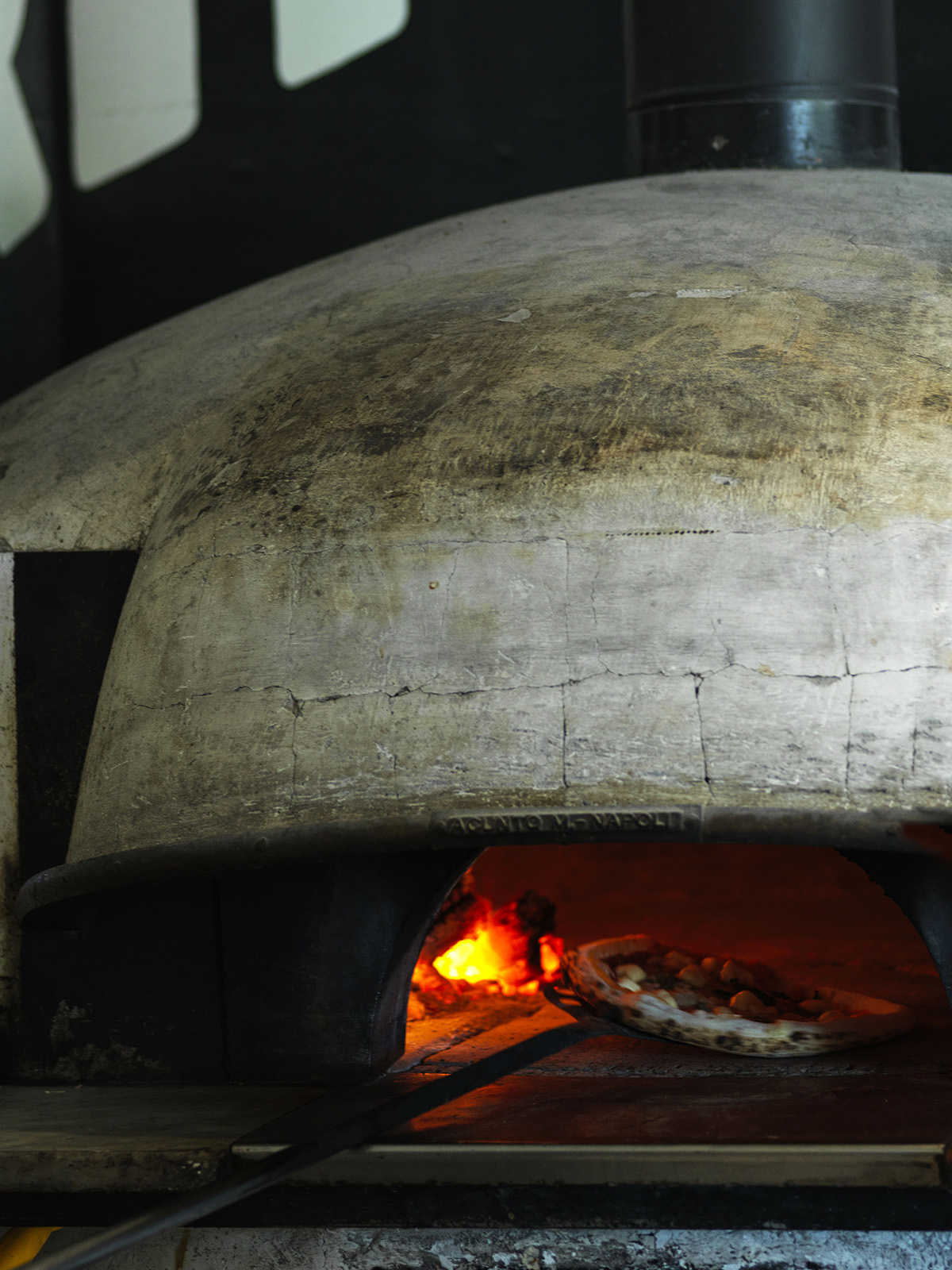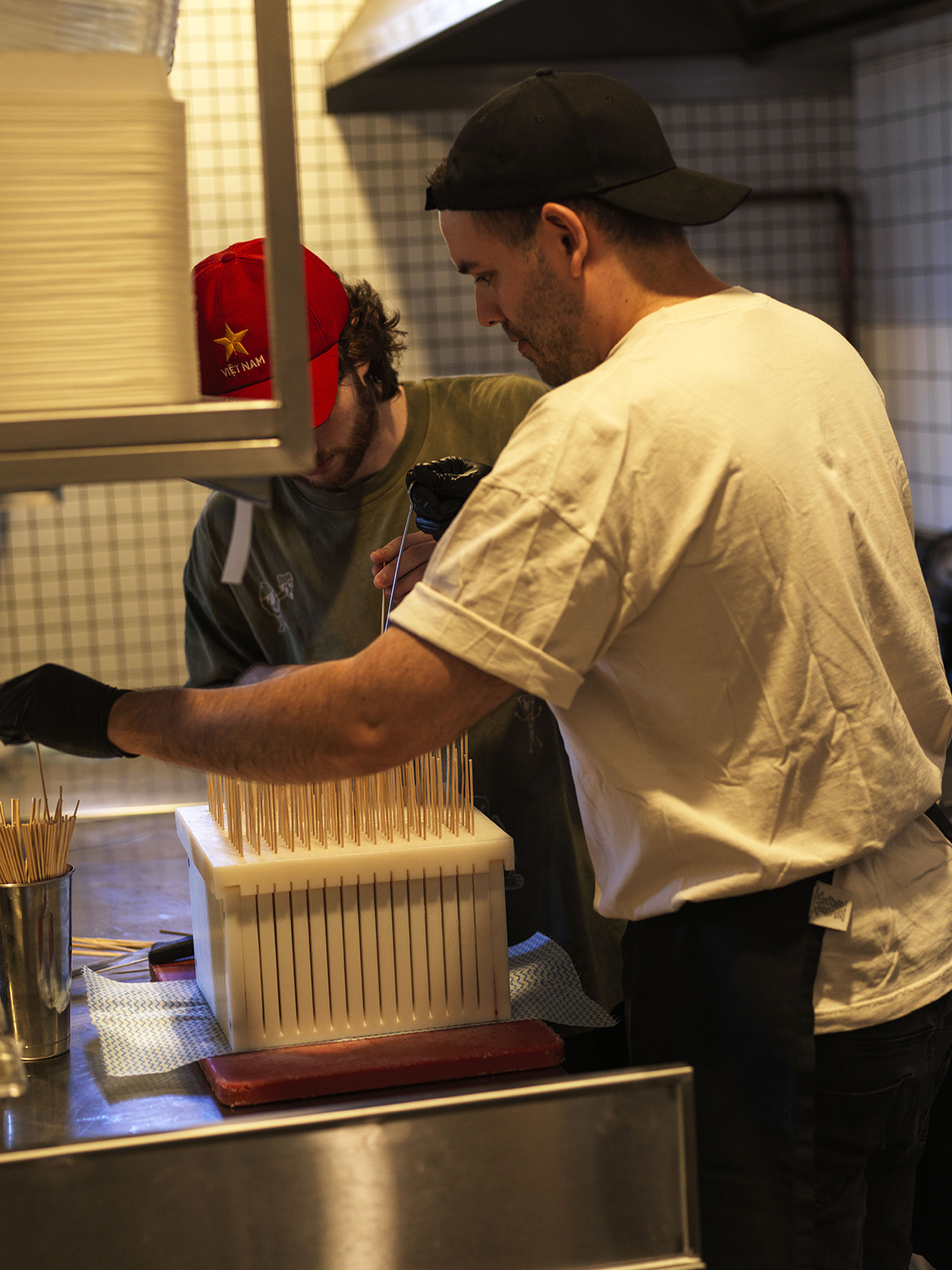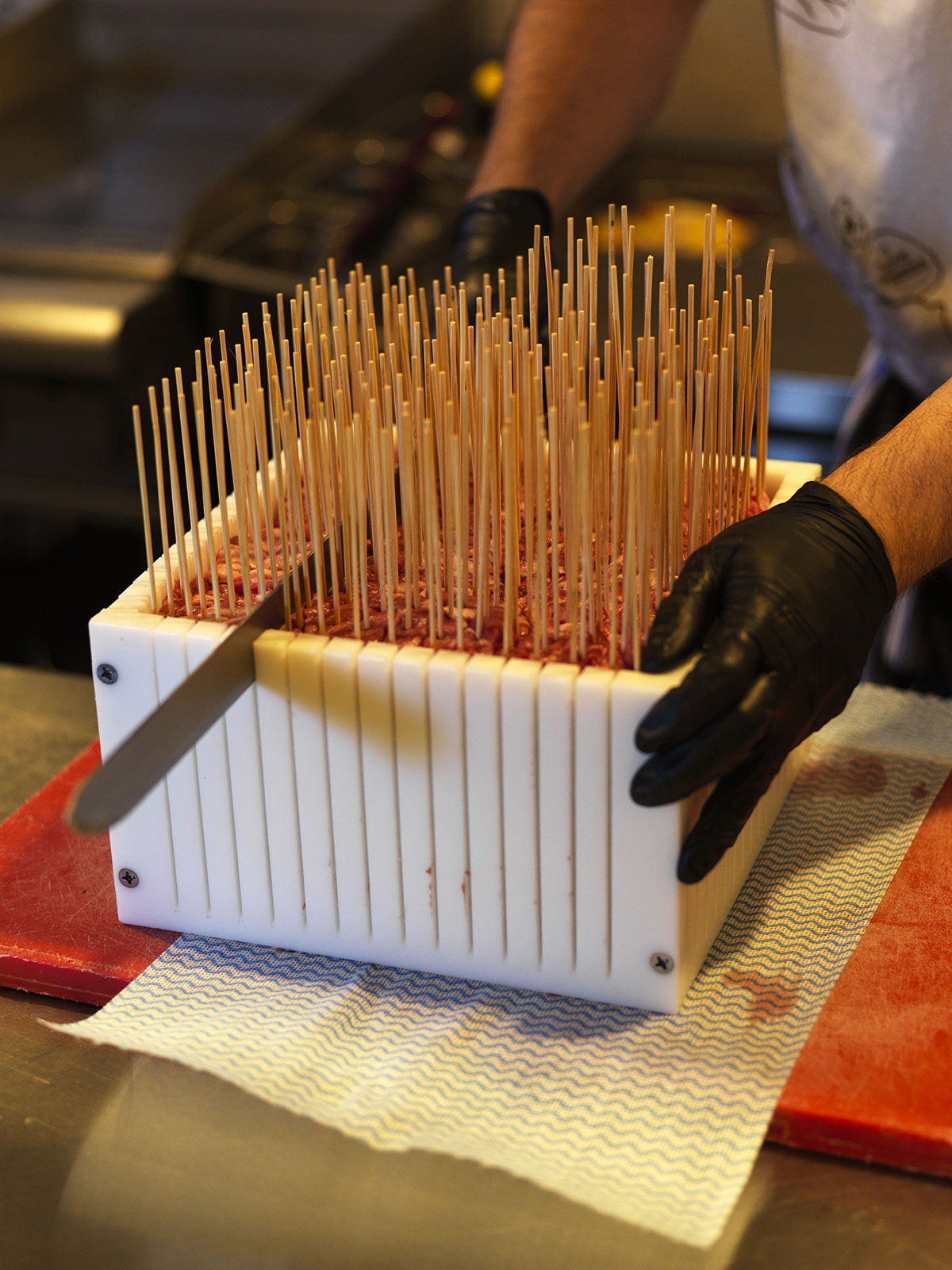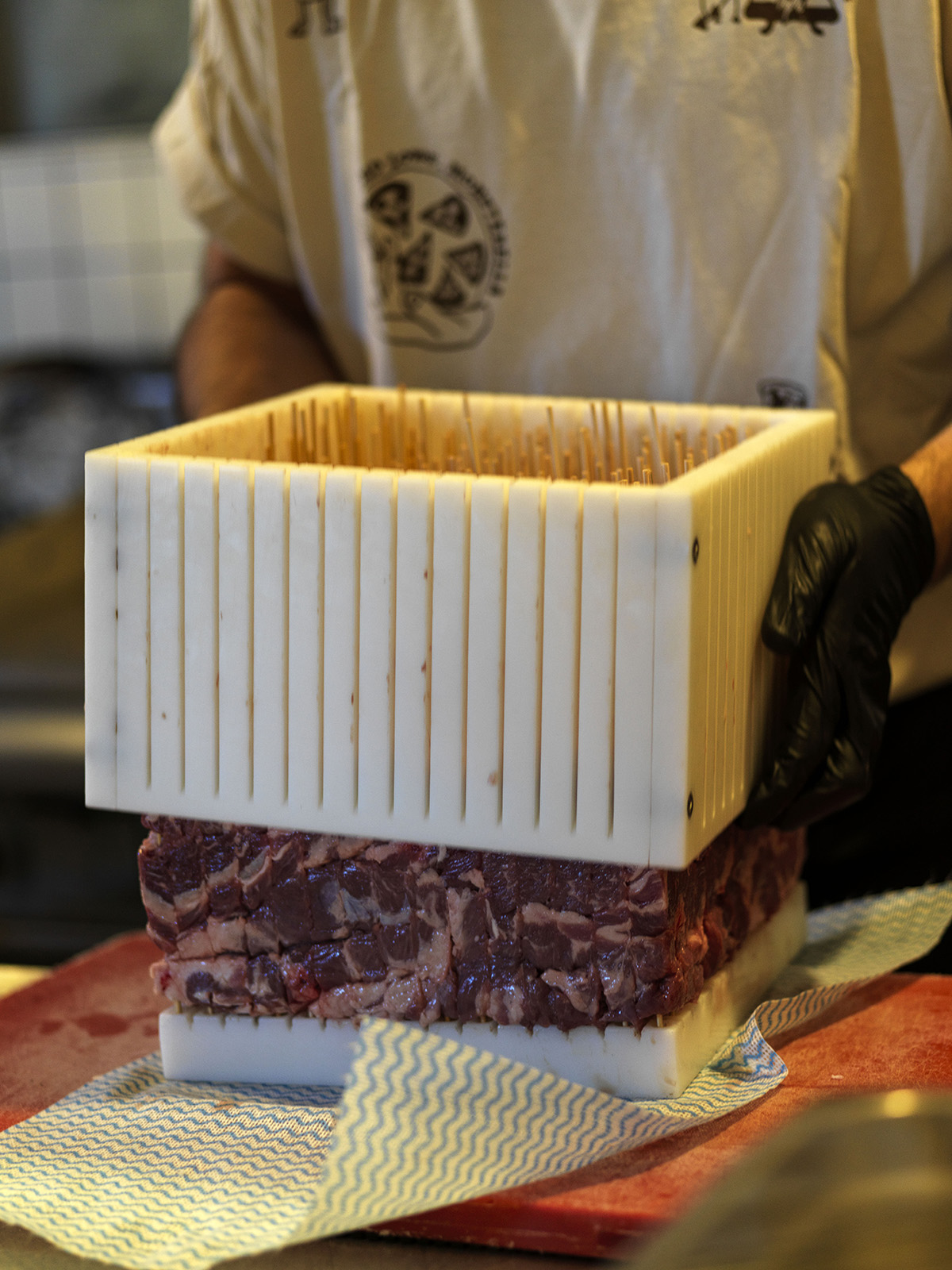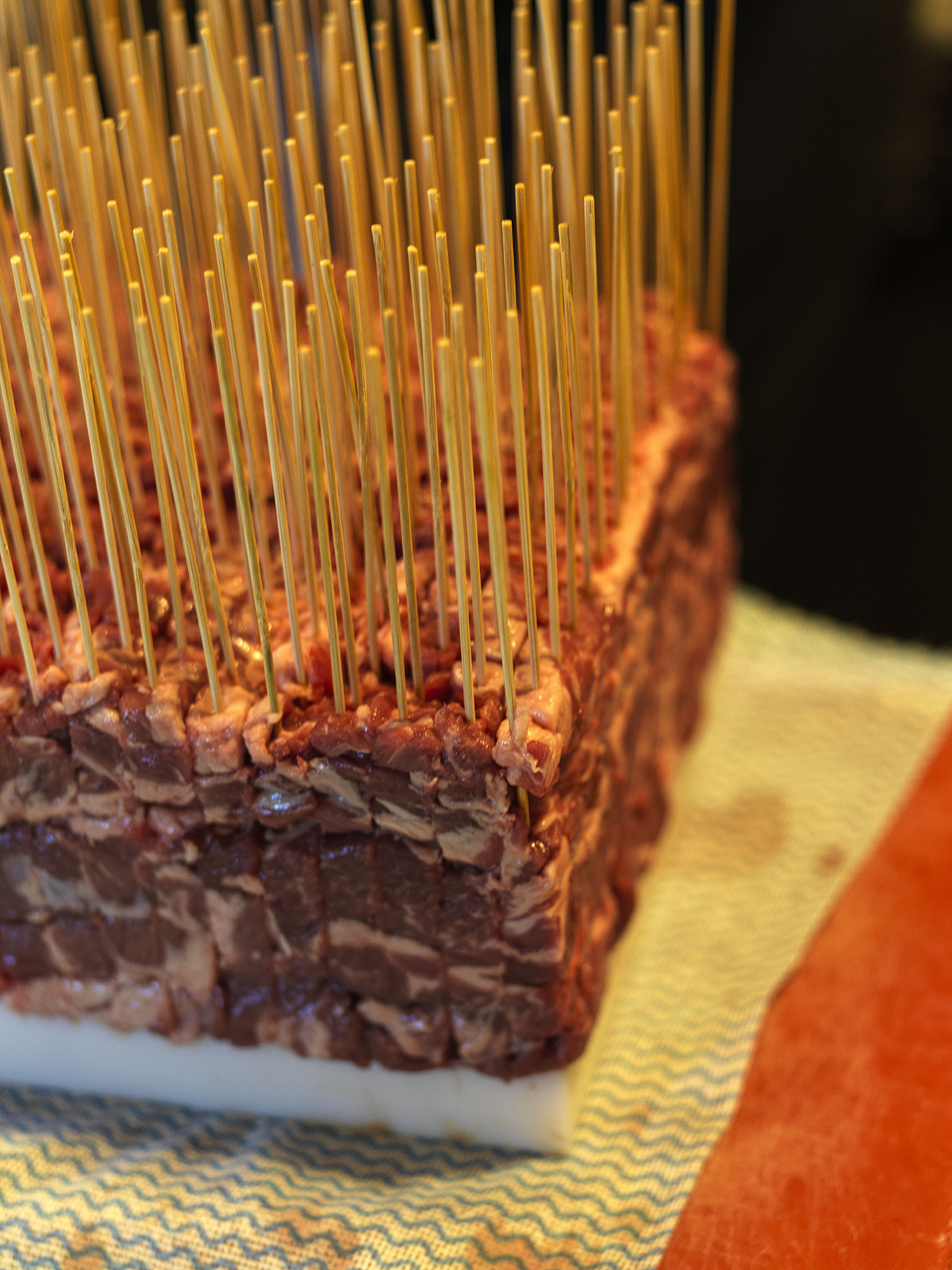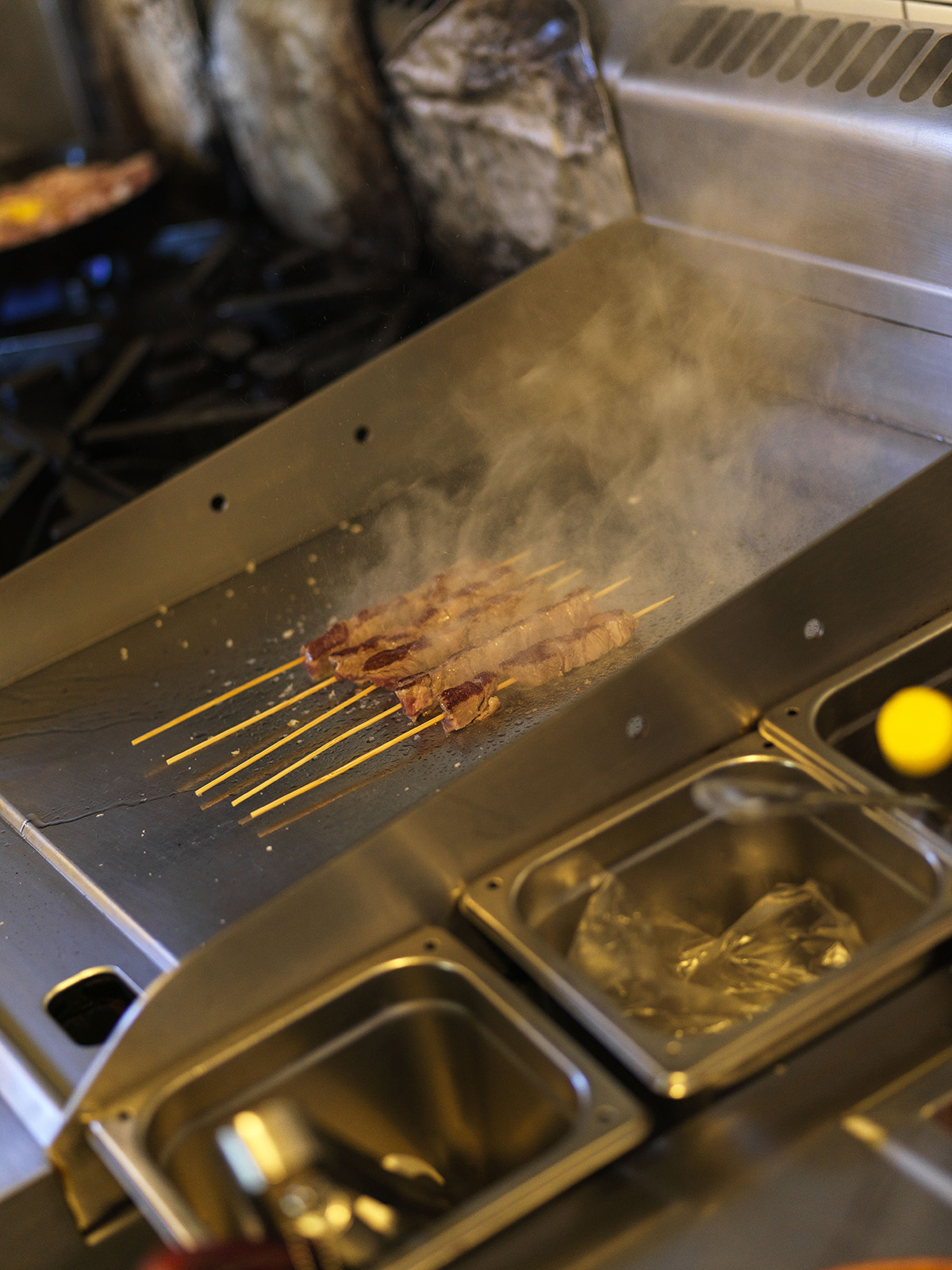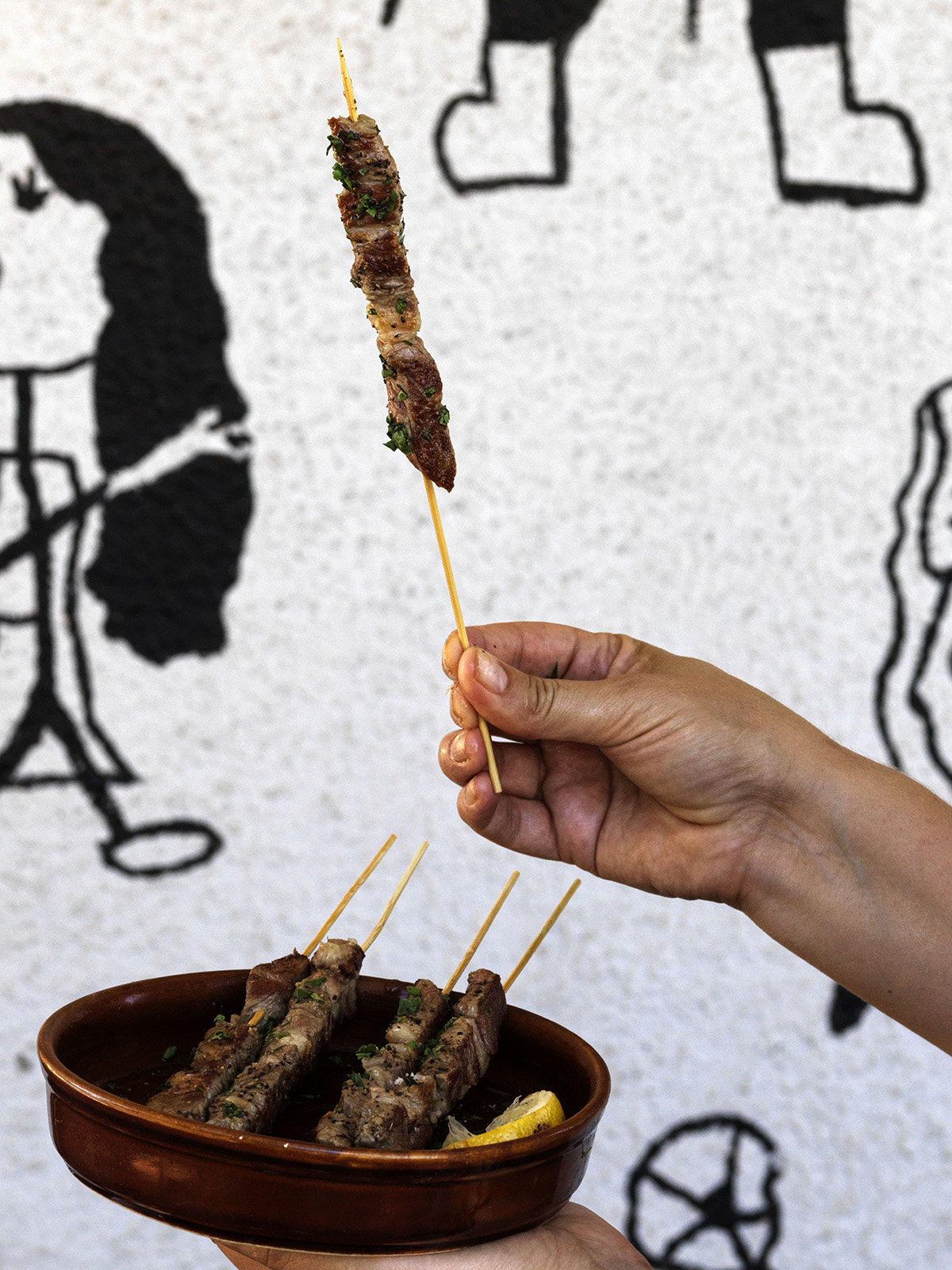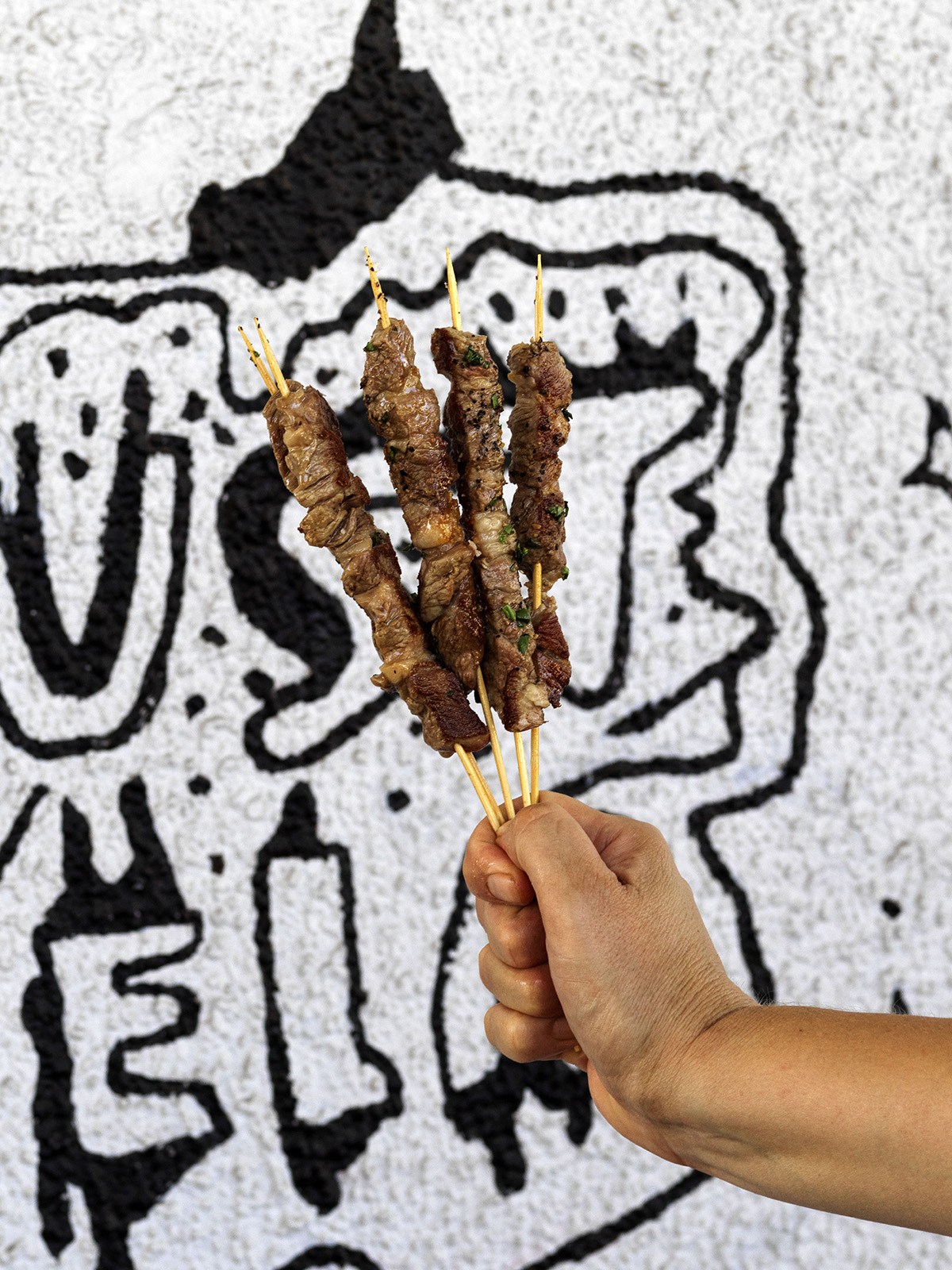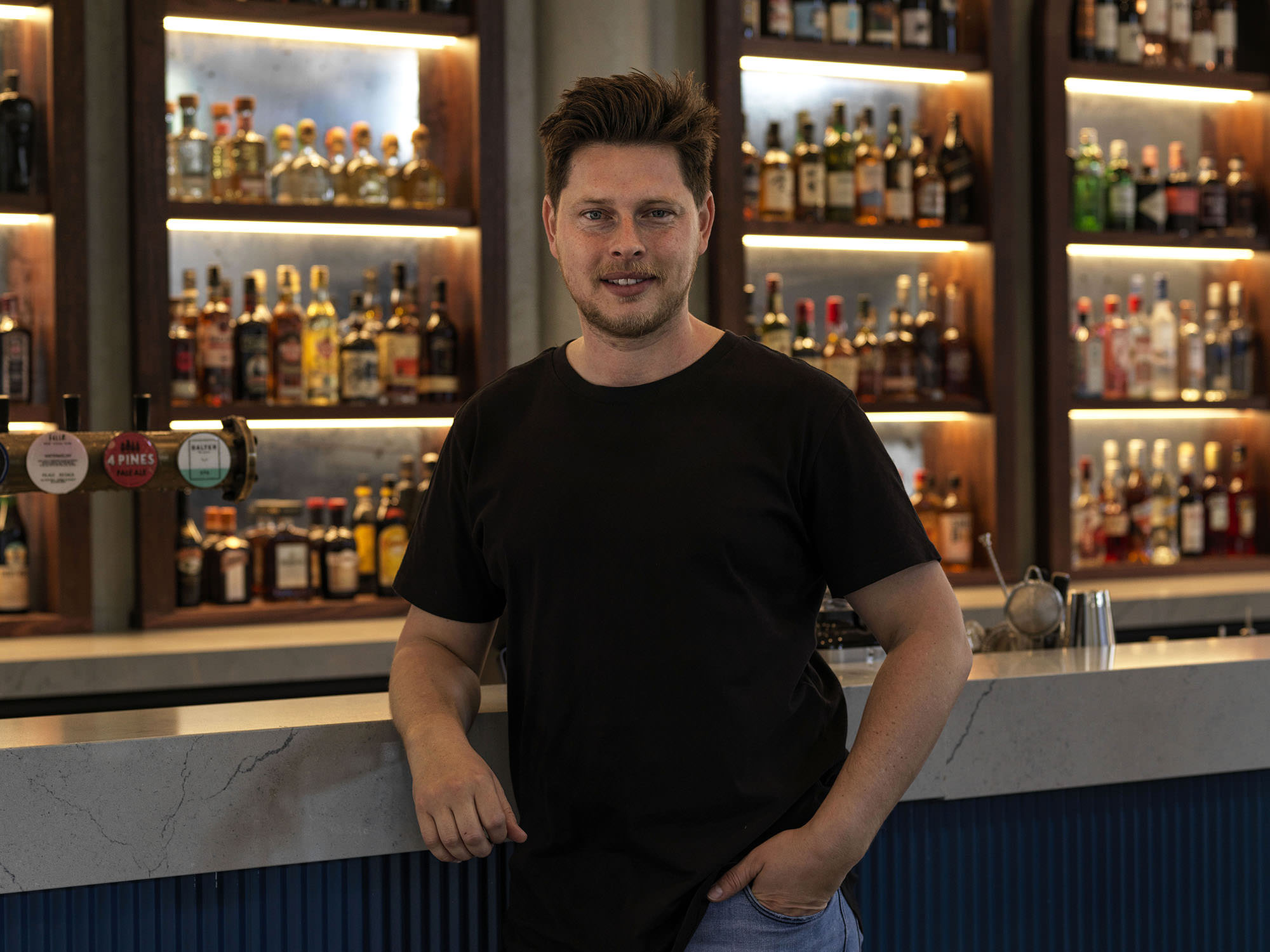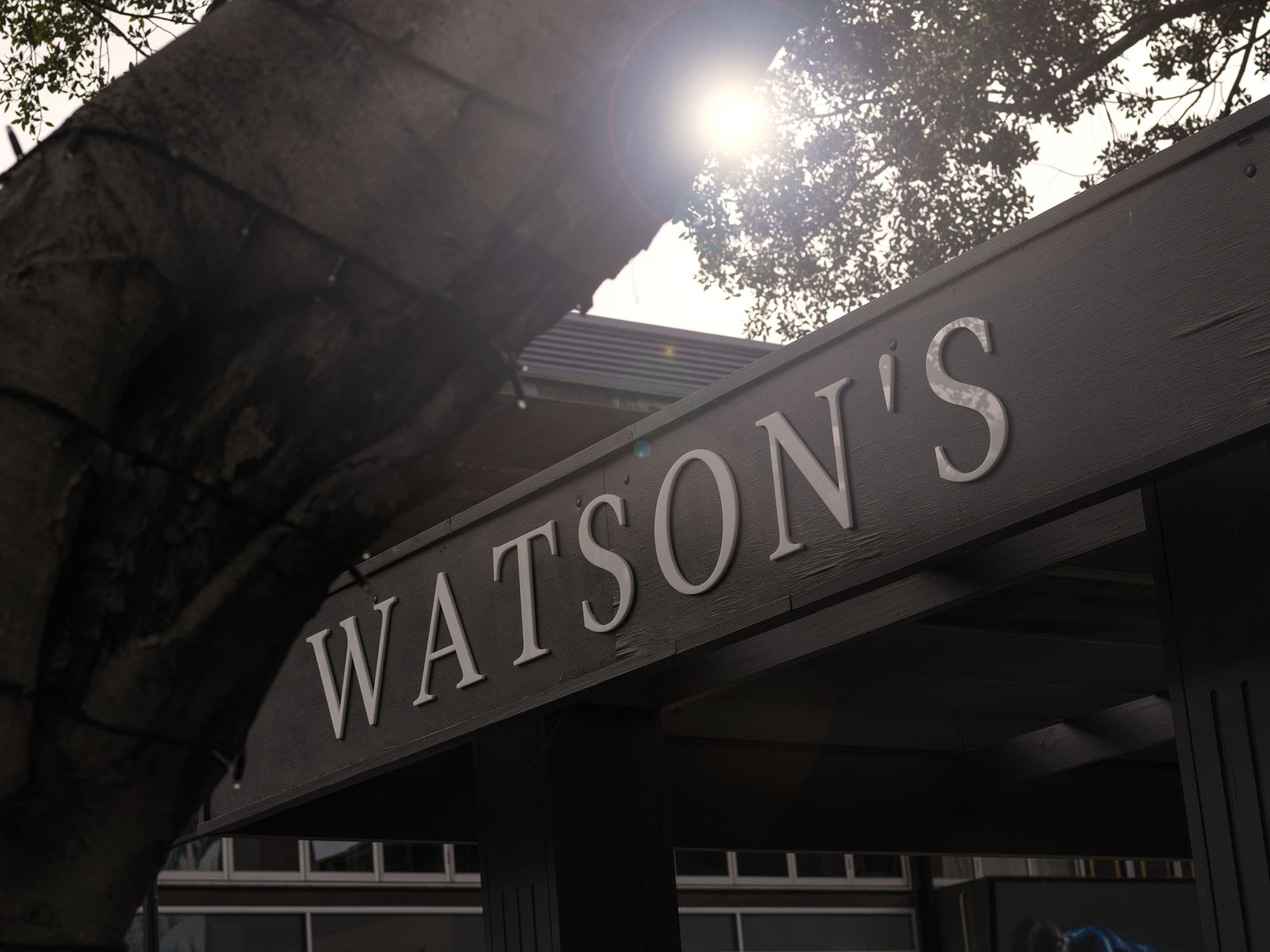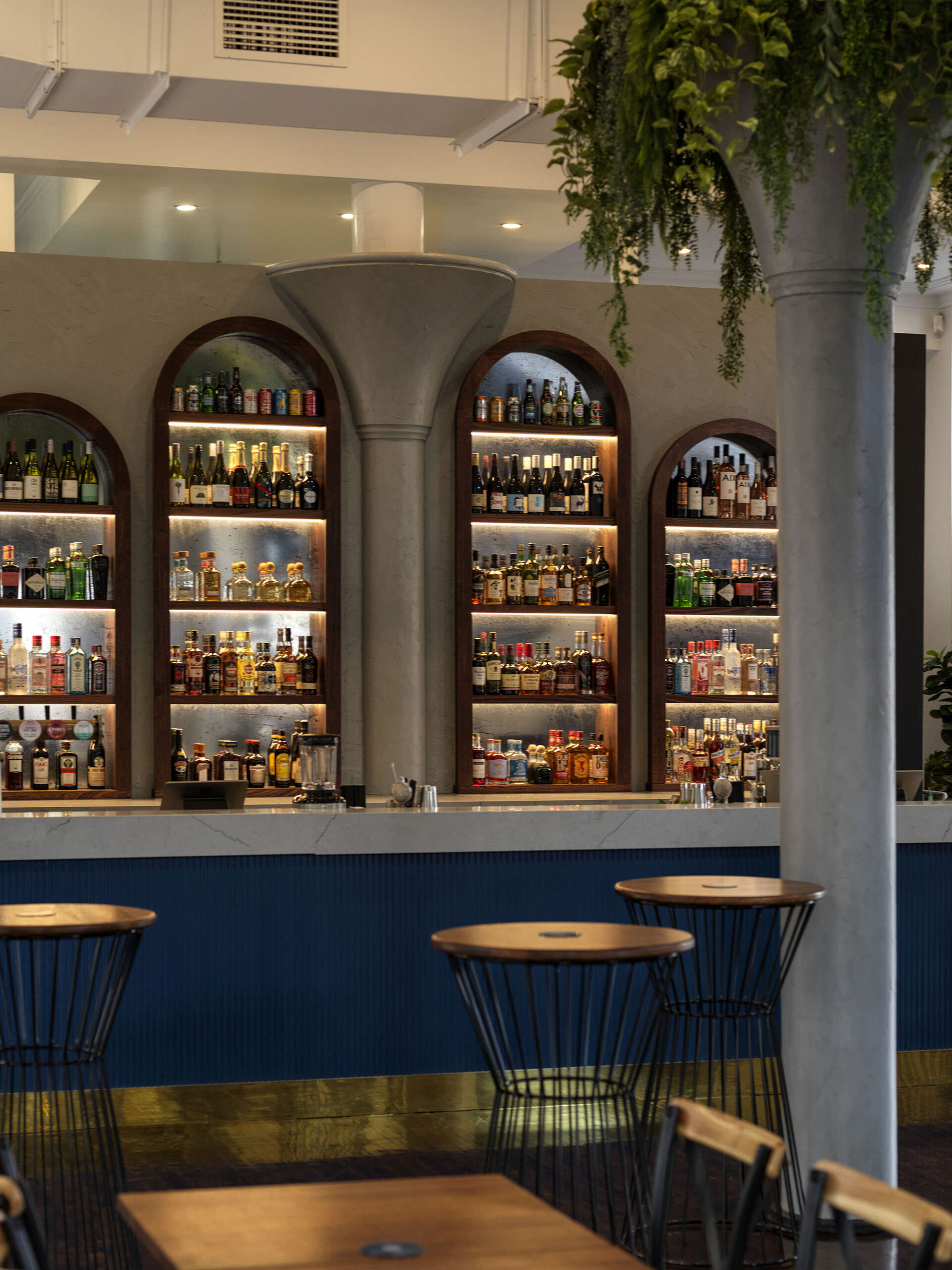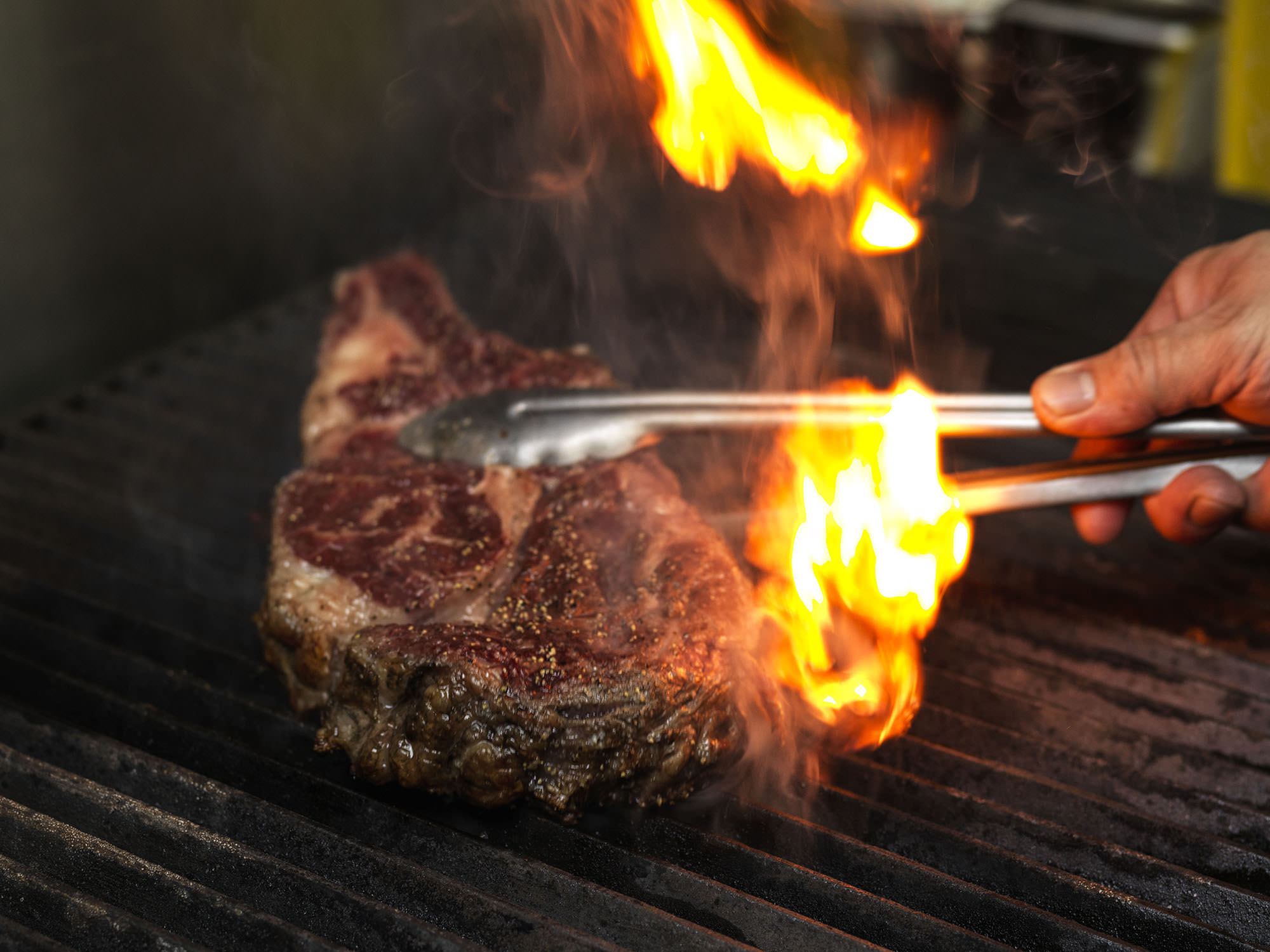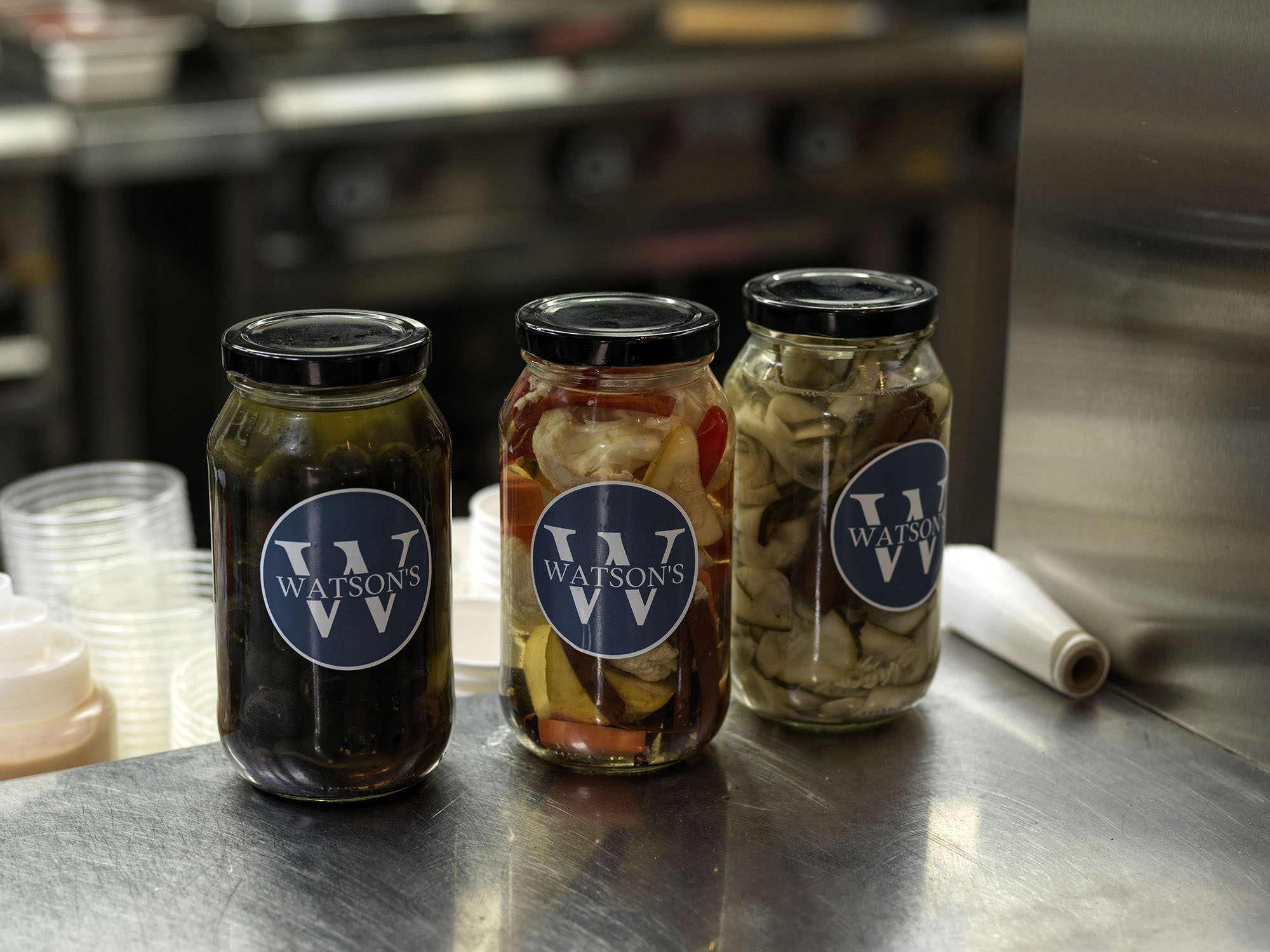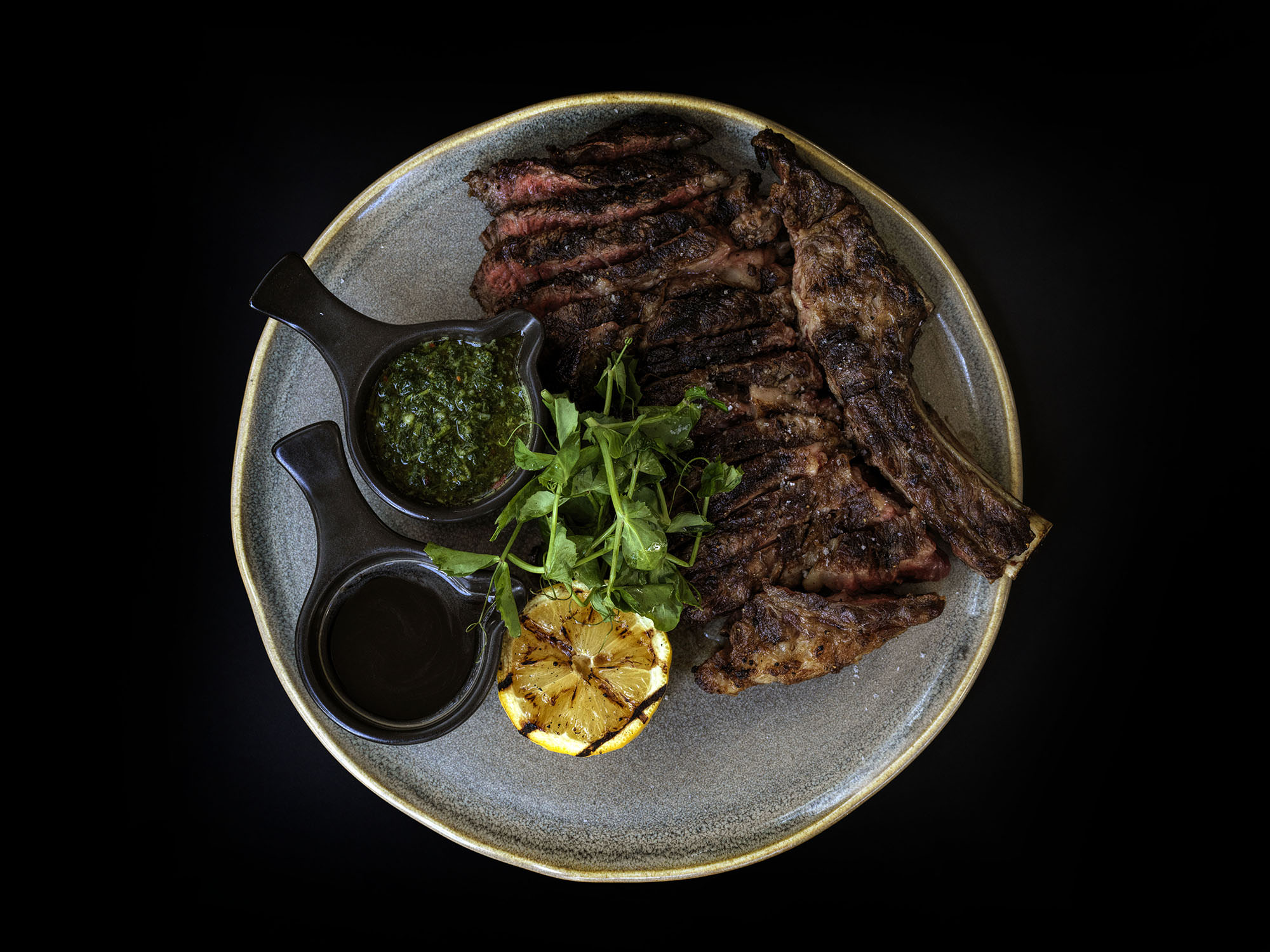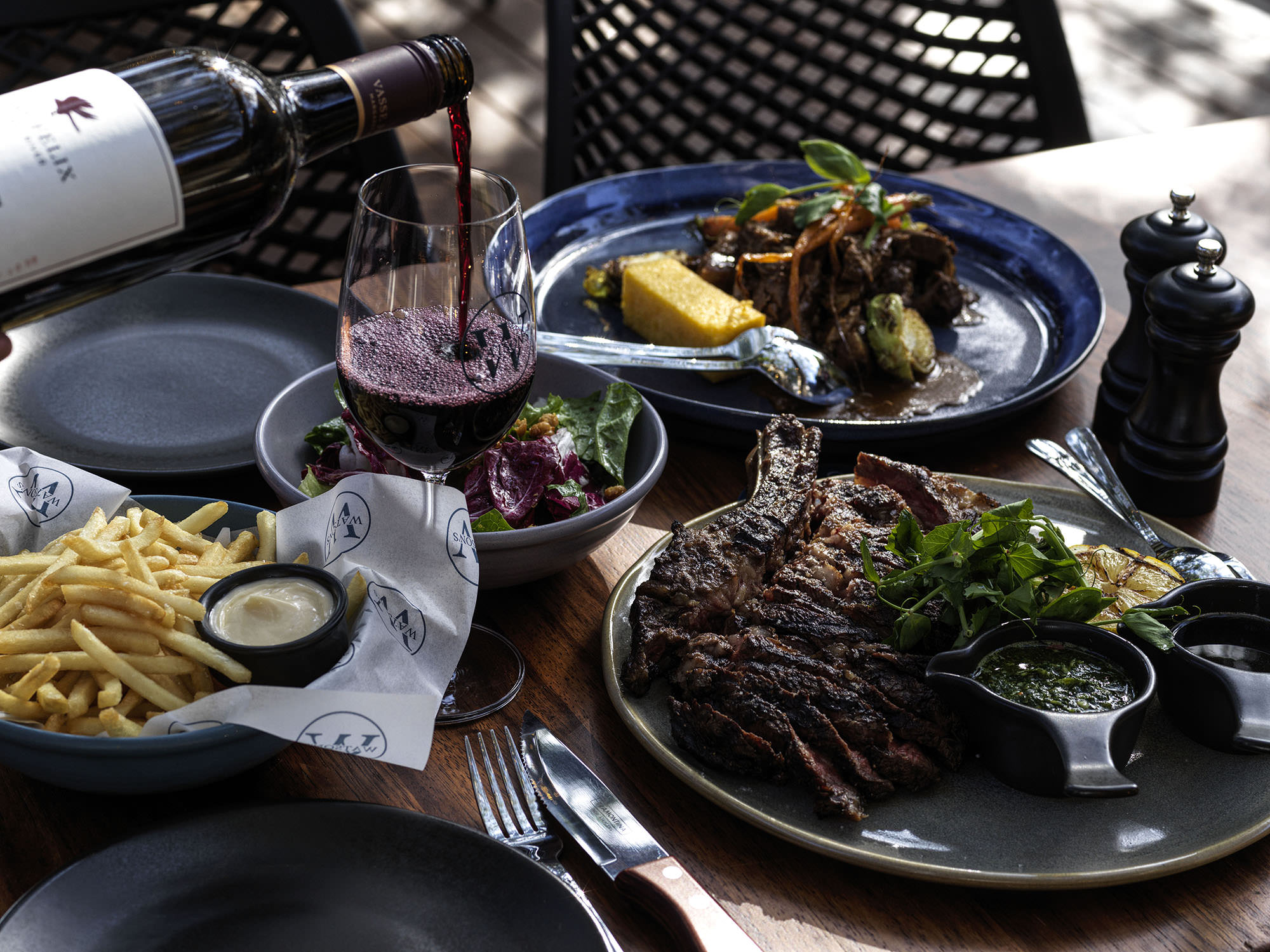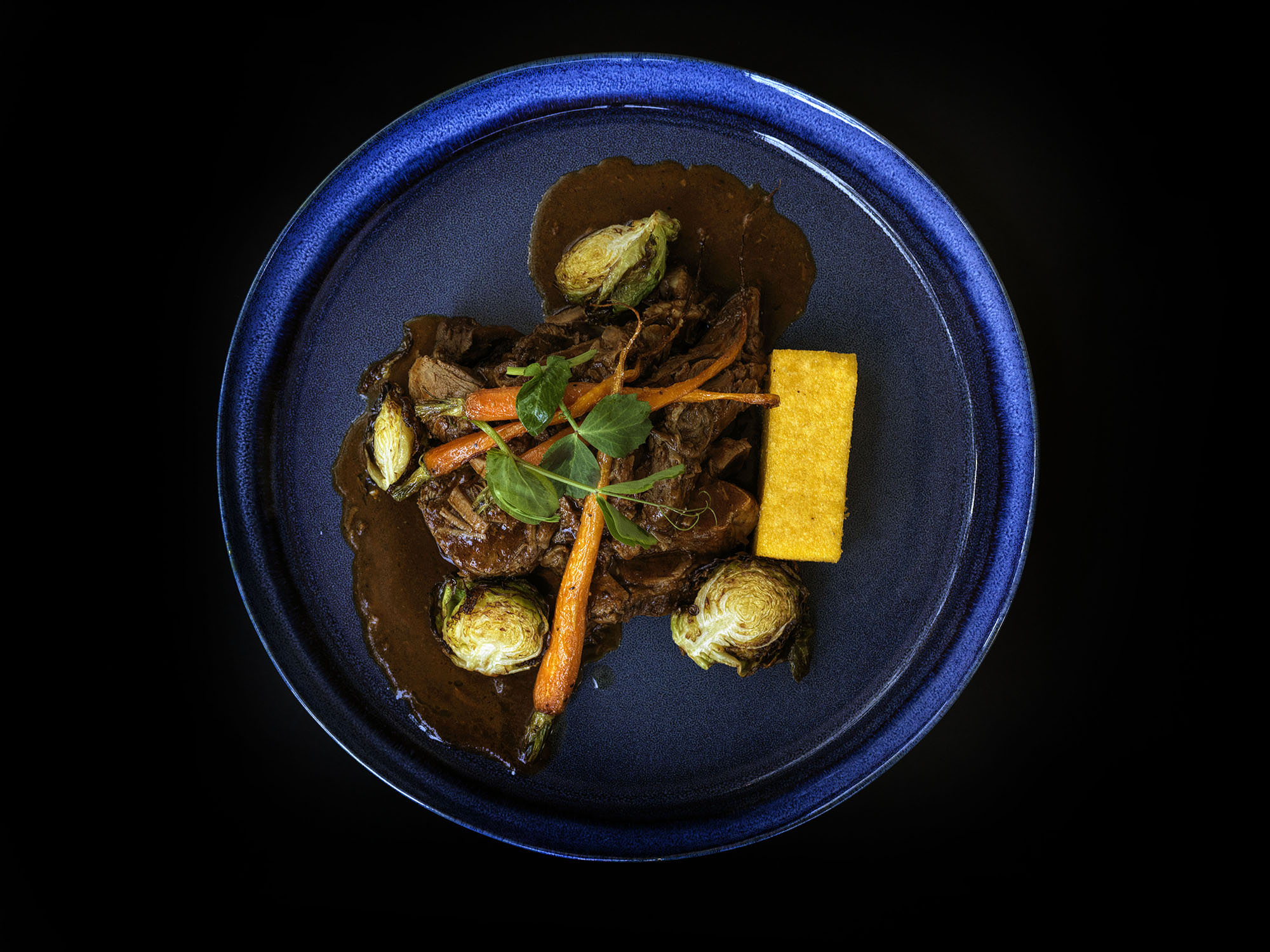Spotlight On
Back to contentsTHE PRICE OF THE PANDEMIC
For the debut of Spotlight On, Mark talks to various participants through the supply chain about the effects of COVID-19.
With the impact of COVID-19 continuing to unfold; the emergence from prolonged drought and a devastating bushfire season; and the near-complete shutdown of the Tourism industry – 2020 will go down as one of the most challenging the foodservice sector has ever faced.
The foodservice shutdown across the country and around the world meant that Australian red meat exports – representing 70% of Australian red meat production – were restricted or stopped altogether. Such an abrupt halt to such a significant channel for Australian red meat sent a shockwave through the industry. It was a unique scenario in how quickly it occurred and the fact that it more or less impacted all markets at once.
The canary in the coal mine was Stockyard Beef Managing Director Lachie Hart.
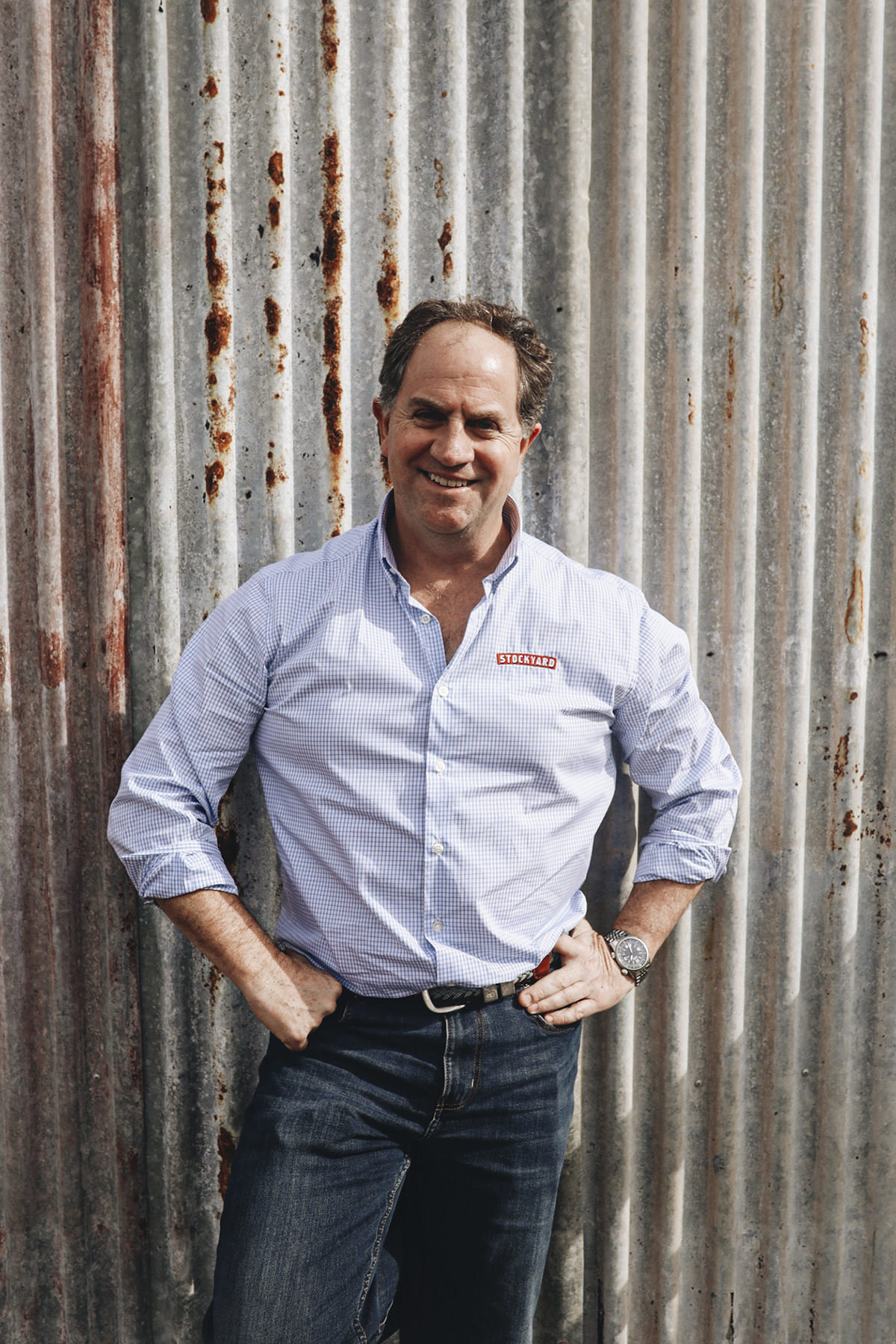
Stockyard Beef Managing Director Lachie Hart.
“We first heard about Coronavirus from one of our distributors in China towards the end of January. We watched it very closely as it developed into a pandemic during February. But I remember the week, it was about the second week of March, very clearly; and that’s when governments around the world just went into complete lockdown,” he said.
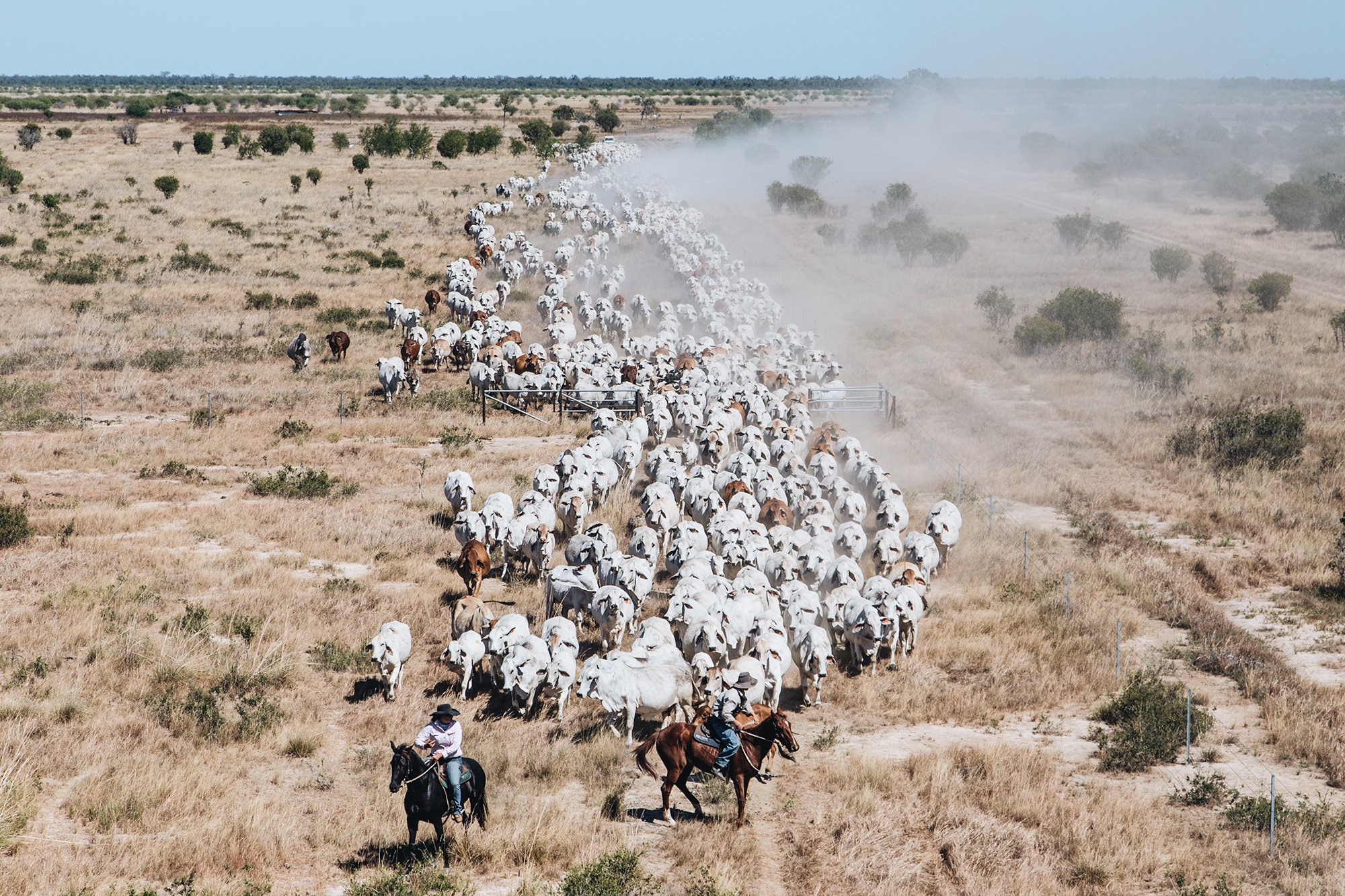
Mustering at Gulf Coast Agricultural Co – a one million hectare property in QLD producing purebred Brahman cattle.
While Stockyard Beef, with its premium lot fed product, felt the effect of COVID-19 early, other producers had a different perspective. Gulf Coast Agricultural Co. is a one million hectare, privately owned pastoral station in the Gulf of Carpentaria in Queensland, raising pure Brahman cattle. As livestock producers, Karina O’Neil acknowledges that they didn’t really see the worst effects of COVID-19 like many other industries did.
“While it was tragic to see the effects of COVID-19 on the restaurant, hospitality and tourism industries, sales of red meat through supermarkets and butcher shops more than covered this gap in the market and demand for cattle has remained consistent,” she said.
Tim Burvill, Managing Director of South Australian Cattle Co, felt a significant impact on his operation – a paddock to plate business producing its own Hereford cattle for its steakhouse restaurants.
“It was massive for us, and not in a good way. Both our A Hereford Beefstouw steakhouses in Adelaide and Melbourne were shut down as were our ten sister restaurants in Denmark.”
“We also supply dry-aged beef to all of the restaurants in our group and all of these sales came to a complete stop. On top of our own internal sales of beef, in Australia, we also supply many foodservice operators with dry-aged beef. So, pretty much overnight, our entire business was decimated. It was a horrific thing to go through.”
As the industry begins the process of recovery, one component is paradoxical – that despite a dramatic drop in exports – red meat prices have remained at a premium.
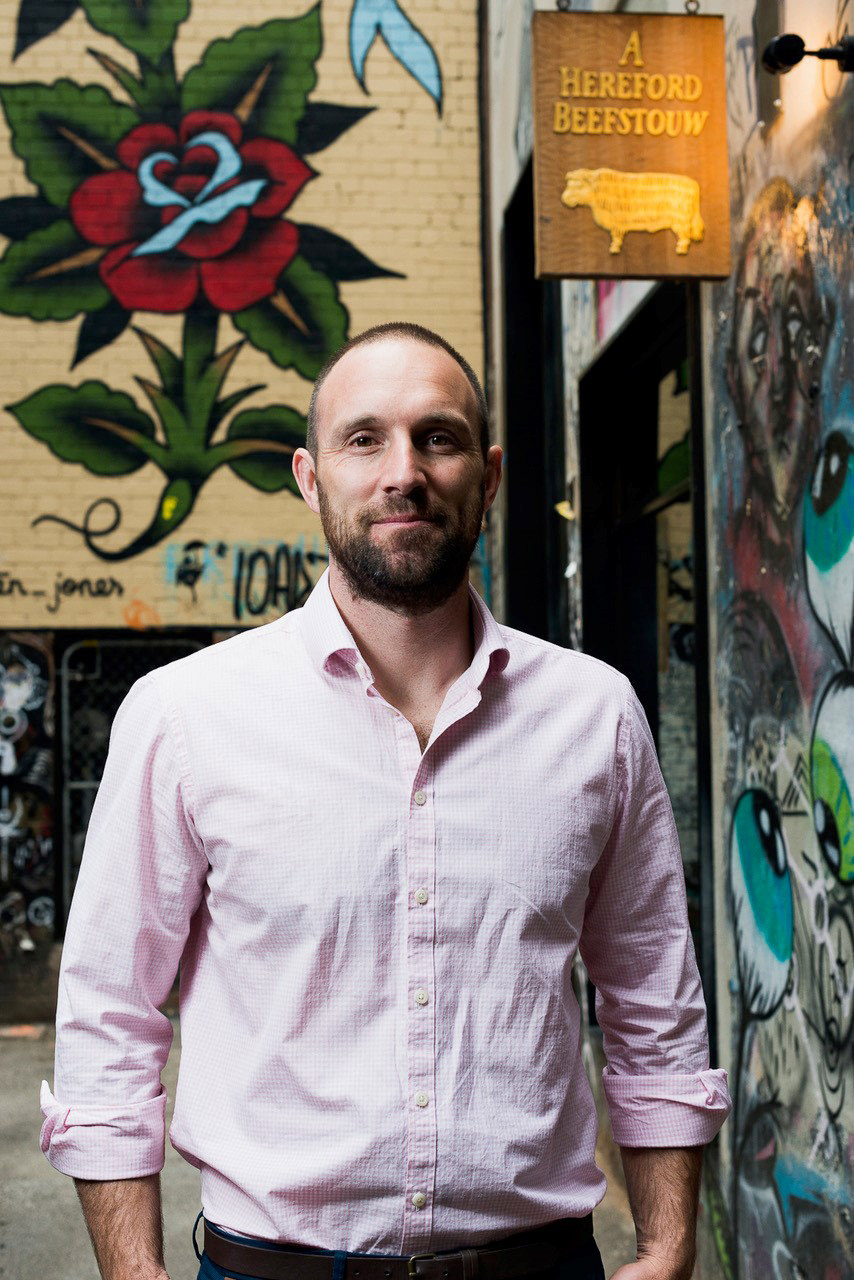
Tim Burvill outside his A Hereford Beefstouw restaurant.
“Coming into 2020 many producers were looking to rebuild their herd and from late January a number of widespread rainfall events swept across northern and eastern Australia driving reprieve from the dry conditions and reinvigorating producers demand and desire for livestock,” Meat and Livestock Australia’s Scott Tolmie explains.
“This has led to a significant immediate tightening of available livestock for slaughter and, as is typically the case, a drop in supply has led to higher prices.”
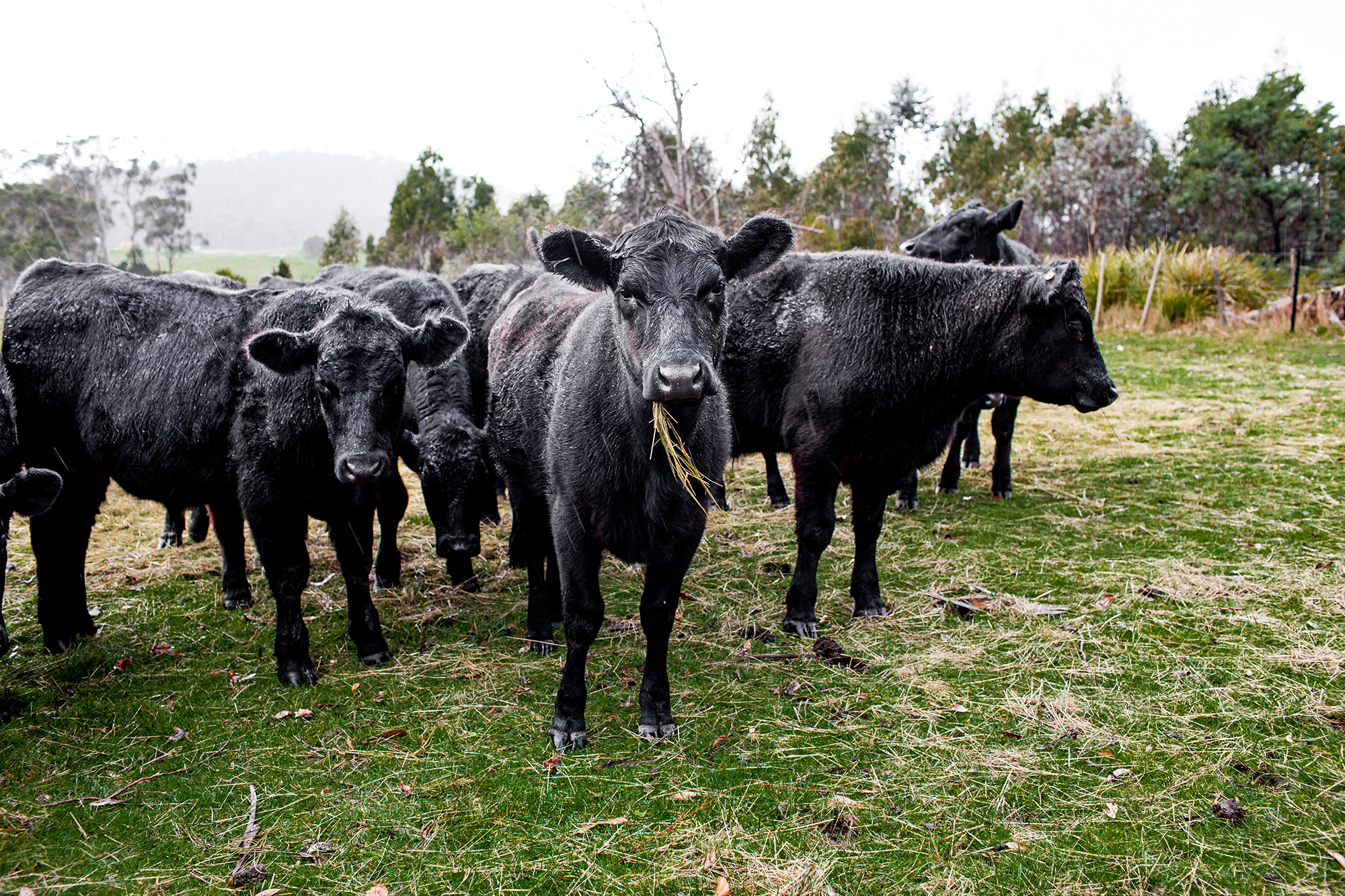
Widespread rainfall has driven up the price of livestock as producers look to restock their herds after prolonged drought conditions.
Karina O’Neil of Gulf Coast has felt the effects of the prolonged dry spell saying that while there has been late summer rain throughout many drought-affected areas, it has not necessarily been enough to fully recover.
“Throughout most of the North of Australia and a lot of areas of Queensland and NSW, the rain has not really been substantial enough and some areas in central Queensland that had good feed from late summer rain, then received early winter rain, decimating the feed and are now having to destock. For others, the prolonged drought has knocked pastures around to such an extent that even with significant rain they will take years to recover.”
“There may have been a drop in exports but demand has remained strong on the domestic market and we are looking at shorter availability of cattle for processors as producers look to restock,” she said.
Lachie Hart says that drought has had an enormous impact on the Australian red meat industry and significantly reduced supply.
“Along with the cost of restocking, that is certainly pushing up prices. While global demand has been pegged back, particularly in foodservice, in retail the demand is actually very strong and has remained strong,” he said.
Another contributing factor driving price is the significant drop in high-value loin sales to the domestic and export foodservice sectors with the beef industry facing a significant challenge in moving the entire carcase while minimising impact on overall value.
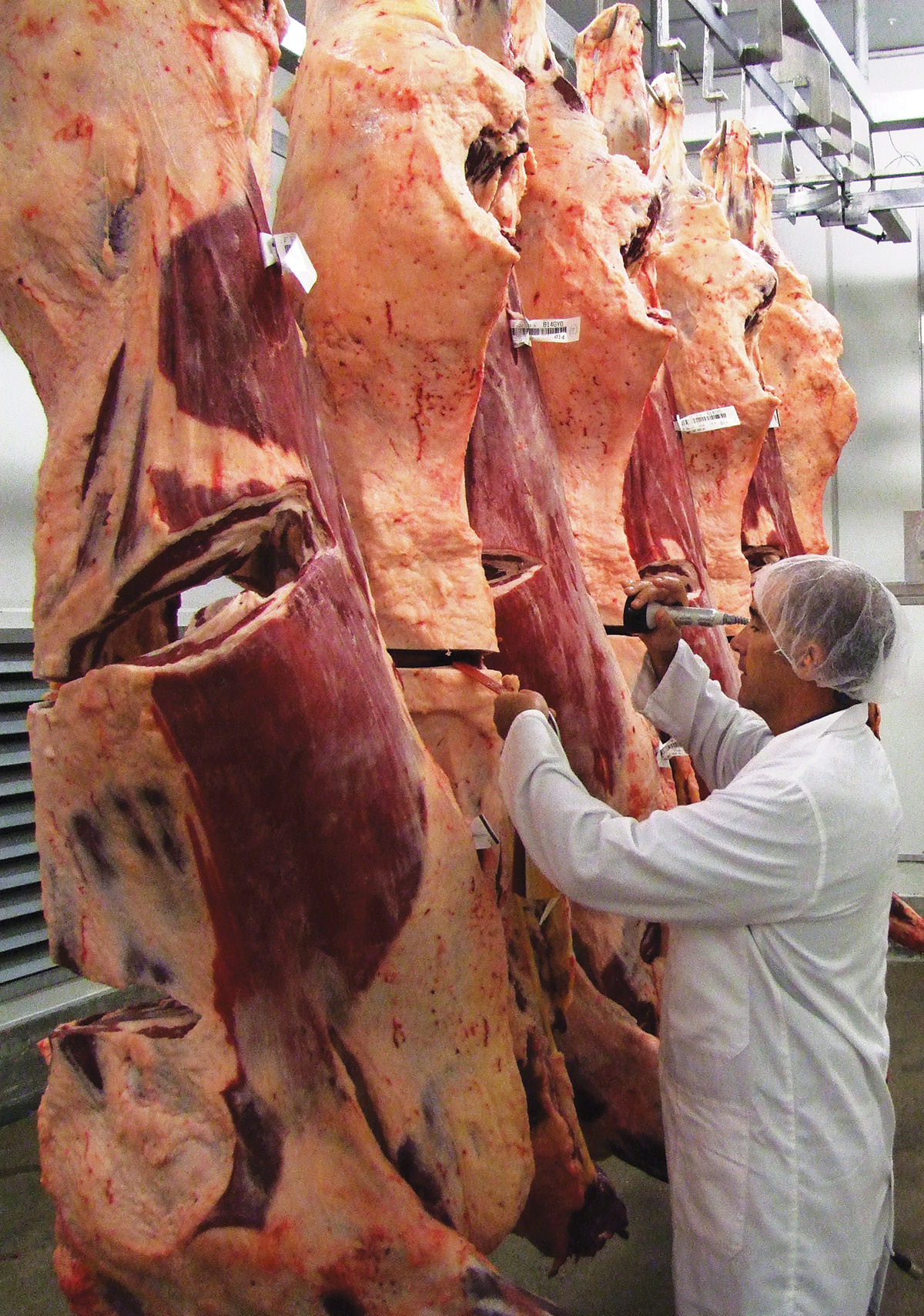
The foodservice shut down saw a significant drop in demand for high-value loin cuts.
Meat & Livestock Australia’s Scott Tolmie says that an operational foodservice channel is critical to the Australian beef industry as it encompasses a diverse range of occasions.
“The rapid change in consumer behaviour meant a big shift in the typical balance of demand for Australian red meat. Our industry supplies a diverse range of occasions from international hawker markets to premium restaurants and the products they require from offal to manufacturing meat to high-end wagyu.”
“Typically, higher value loin cuts make their way into foodservice which balances out the overall value of the carcase for processors. Profit margins on manufacturing meat and secondary cuts are much smaller and the sale of high-value cuts are necessary to maintain profitability. With all markets facing similar shifts in foodservice demand at once, carcase balance became a major challenge, even for a diversified exporter like Australia,” he said.
The financial impact of COVID-19 has been enormous to all sectors and while the restaurant sector has used takeaway to generate income, one of the mitigating factors for producers has been the rapid uplift in online and retail sales.
Lachie Hart says Stockyard has been buoyed by consumer demand for beef at the retail level – especially through speciality butchers where there is an ability to educate.
“There’s a chain of butcher shops in Brisbane that we have been selling to for some time where we offer our premium Kiwami brand, something we would normally sell for over $100 per kilogram. I took some samples in and it walked out the door. They increased their orders the following week and they just kept increasing.”
“It’s opened my eyes to the fact that there are consumers here in Australia that are quite happy to make that investment, to buy something that is going to give them enormous enjoyment. So I think there are enormous opportunities for high-quality beef in the domestic market,” he said.
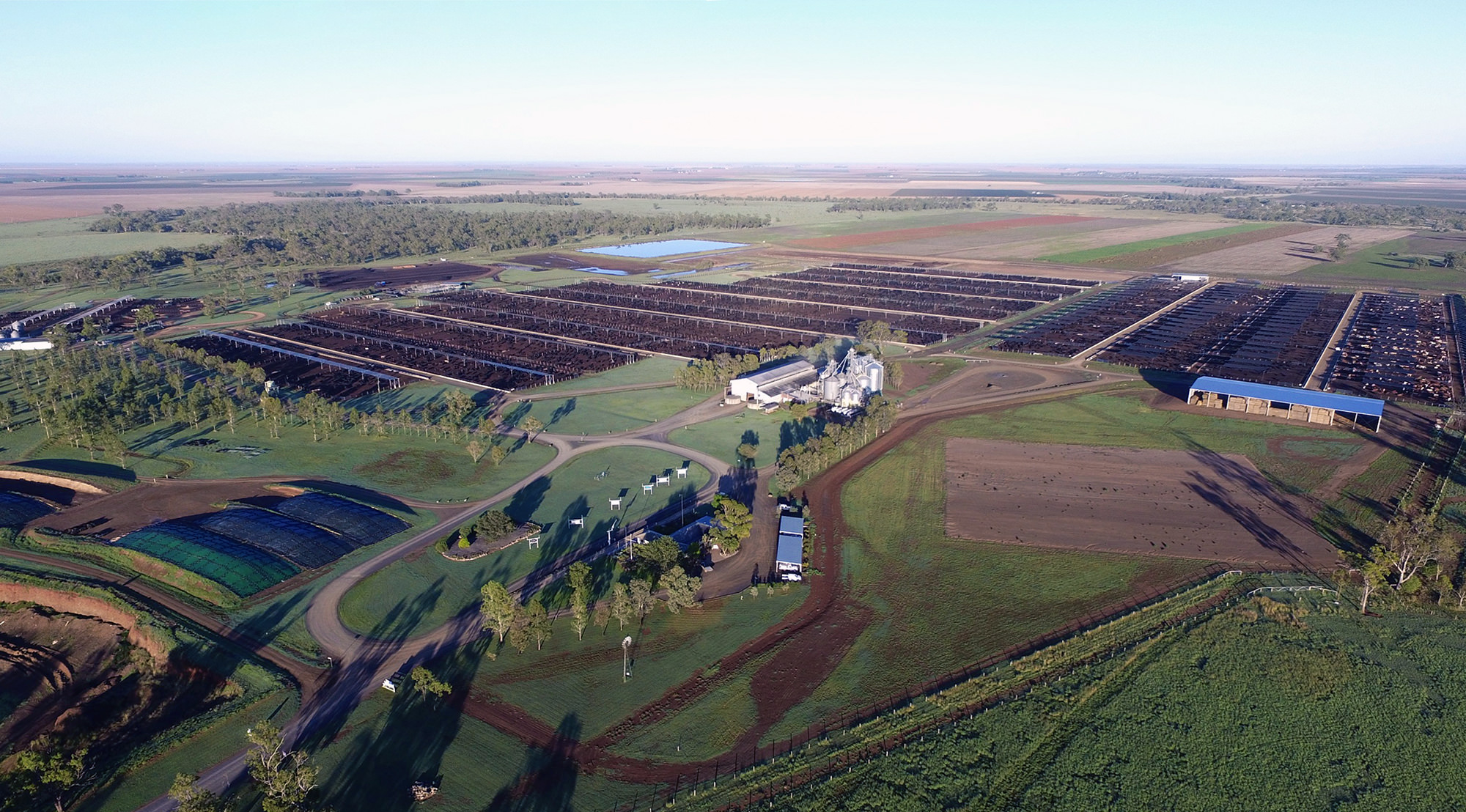
Stockyard Beef’s Kerwee Feedlot in QLD’s Darling Downs.
Meat supplier Vic’s Meat’s foodservice business is extensive including a significant dry ageing program and when COVID-19 hit, they were left holding the baby.
“In March I was looking at $4.5 million dollars of high-end product wondering what we were going to do. By the end of June, it was all sold through our online retailing and weekend market days. We put it online and it was gone. I couldn’t believe it,” said Vic’s purchasing officer Jack Churchill.
While changes to consumer behaviour and perception can be difficult to predict, thinking differently about how foodservice venues source, prepare and sell their beef to the diner can alleviate some of the uncertainty.
For chef Neil Perry of Rockpool Group, this has come in the form of a whole carcase program which he has had in place for 14 years. Currently, he takes three whole carcases every month and says not only do his customers see real value in all parts of the beast but also doing it this way makes the premium cuts great value.
“We have taken whole carcases for a long time, particularly in Melbourne where the weather allows for things like corned beef, braised briskets and burgers. With the shoulder cuts, we break them down to pretty much a lot of grilling cuts now – the Denver and blade and so forth, just breaking it down into individual muscles,” he said.
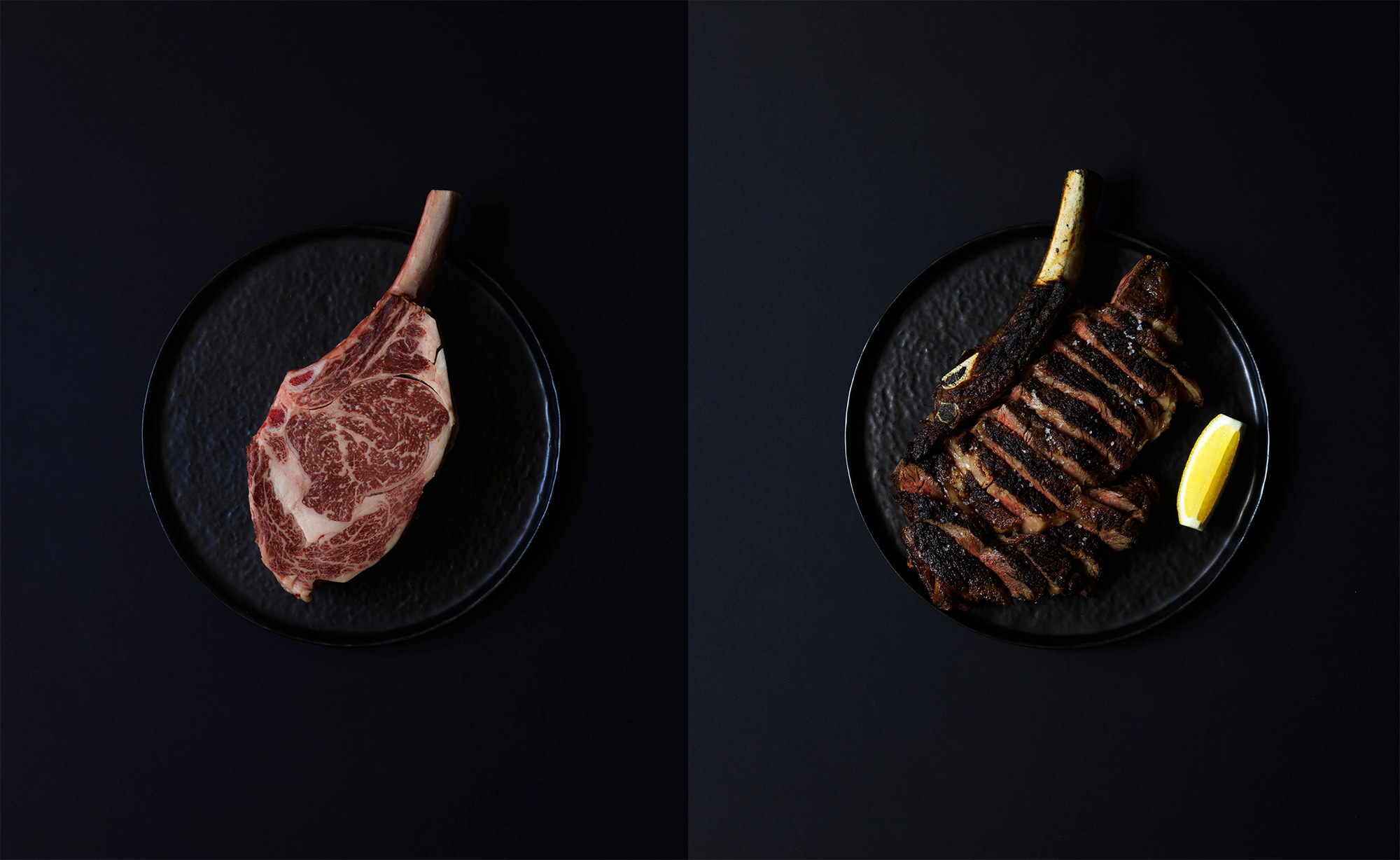
Neil Perry says Rockpool’s whole carcase program makes premium cuts great value.
With 20 years’ experience as a beef producer raising English Longhorns and other breeds in South Australia and Tasmania and a retailer and supplier to foodservice, Richard Gunner knows a thing or two about high-quality beef.
“It is much easier to manage price changes if there is more interconnectivity of cut use. Operators who do intelligent things like promoting ‘the butchers cut of the day’ as well as presenting cuts in a way that differentiates them from the look of the original primal, makes a big difference. Minimising the price differential between cuts would be very beneficial to the ability of market participants to move beef prices more easily in line with cattle prices,” he said.
Tenderness has long been the prime quality indicator for beef – thus driving the pricing of loin cuts which consist of the muscles that do the least work. With loin cuts representing only around eight percent of the carcase – can customer perception be influenced to raise the value of the remaining 92 percent and bring the carcase back into balance?
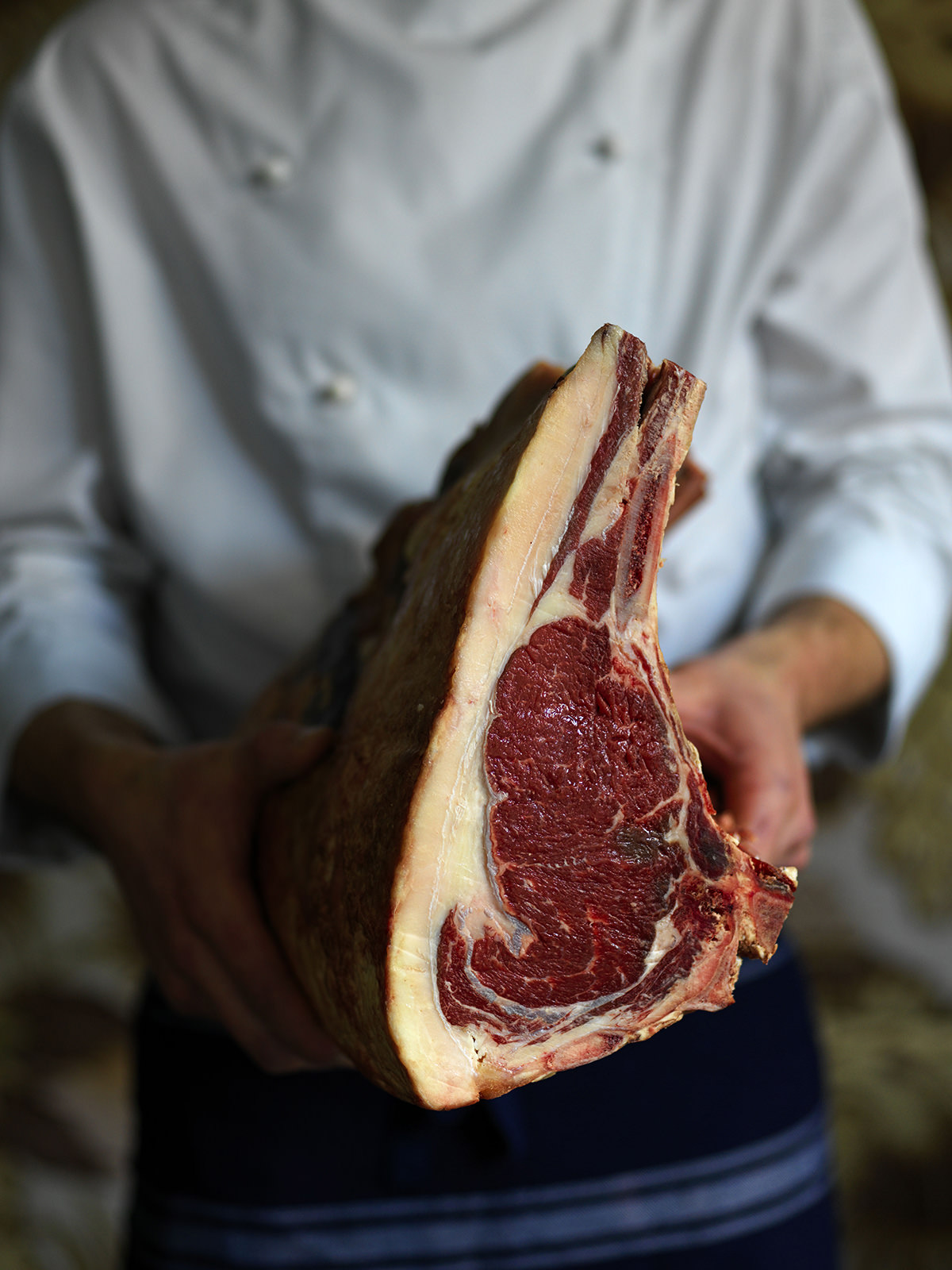
Loin cuts represent just 8 percent of the beef carcase.
Tim Burvill isn’t sure it is achievable – citing that western cultures love tenderness in red meat above all else.
“We’ve been eating red meat for hundreds of years, so society has some very established beliefs in what constitutes an elite eating experience, it’s what the customer wants. I think a better approach is to educate diners and consumers on alternative cooking methods for secondary cuts and demonstrate they can achieve a very good eating experience by preparing and cooking the meat in a different way,” he said
However, Neil Perry feels that as long as there is an explanation behind it, his customers are ready to take on something new.
“When the customer feels comfortable that the venue has got control of what’s going on, they feel very at home and willing to try whatever we are pushing – it is not difficult for us to say we have a nine-year-old shorthorn that we’d love you to try or a cut that they may not have heard of.”
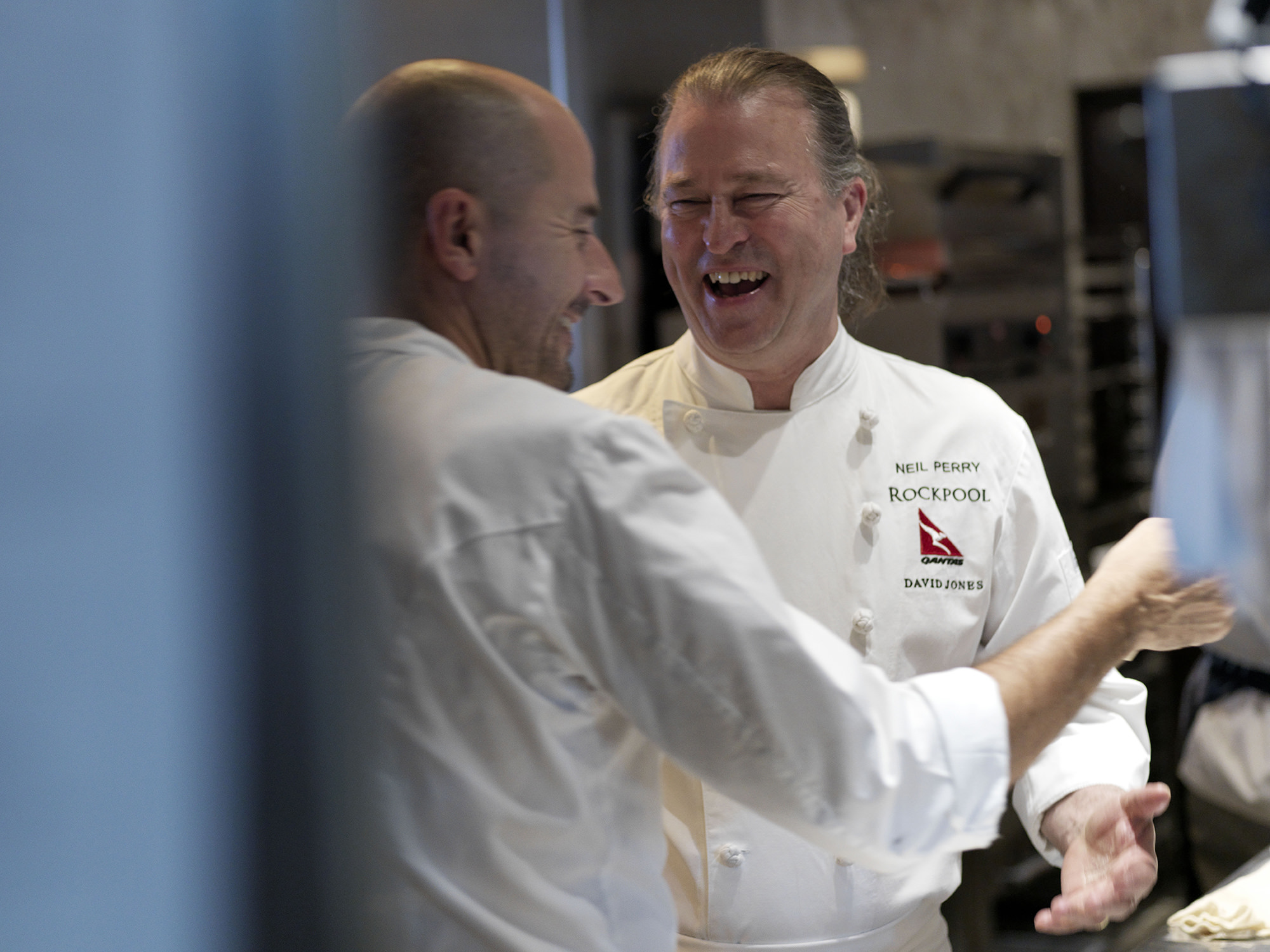
Neil Perry says customers will try new things as long as there is an explanation.
As a producer, Karina O’Neil agrees and suggests that education and marketing is key – particularly when it is linked to sustainability.
“We cannot afford to waste any of the beast and nor should we have to. Every part of the carcase has value nutritionally and its own attributes or characteristics. The less-tender cuts of meat often have a far superior depth of flavour but require a different preparation and cooking style – whether that is through dry ageing or cooking low and slow. This requires more time but is so worth the reward and is part of the reason for the increased popularity in American BBQ with smoked brisket, hump and ribs,” she said.
Richard Gunner agrees that things are changing and that customers and diners want stories along with authenticity and experience.
When we first started all we could sell was fillet and scotch – now we can sell almost any cut and even retired dairy cow. Education is key and chefs are naturally innovative – we just need to amplify their message and the rest will follow.”
Karina O’Neil and Gulf Coast Co has had a long association with leading chefs and sees them as the key link to driving red meat consumption through the COVID-19 crisis and into the future.
“With better education of chefs and increased access to the full food supply chain, chefs are in a position to set the trends that then flow down through the foodservice sector and ultimately through to consumer trends.”
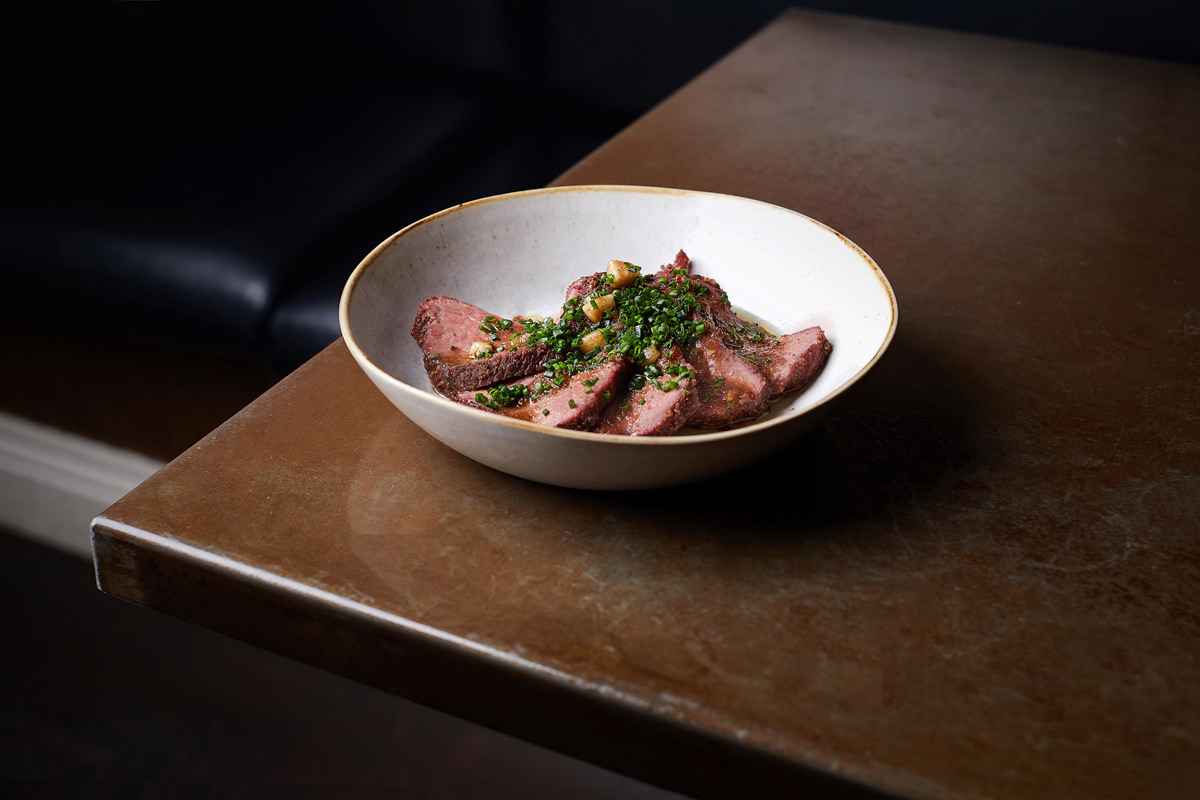
Chefs are in a position to set the trends that flow down through foodservice and into retail and consumer trends.
Richard Gunner agrees that supply chain relationships are key and sees resilience in the Australian foodservice sector through the support of the red meat industry.
“The Australian restaurant scene was ever-growing in importance for overall plate share of meals eaten by Australians. It has been belted as few other sectors have ever been belted. What I know is that when you are belted you really appreciate the people that are there for you and support you at these times. You remember them for a long time. If the red meat industry supports restaurants, I think that investment will be returned many times over in the ensuing years,” he said.
COVID-19 has been a time of financial and emotional pain for many but also one of change, and in many cases, personal growth. It has also been an opportunity to reassess old business models and the way the supply chain works together. Producers and the foodservice sector are now looking at how they can work together more closely, to innovate for mutual benefit.



